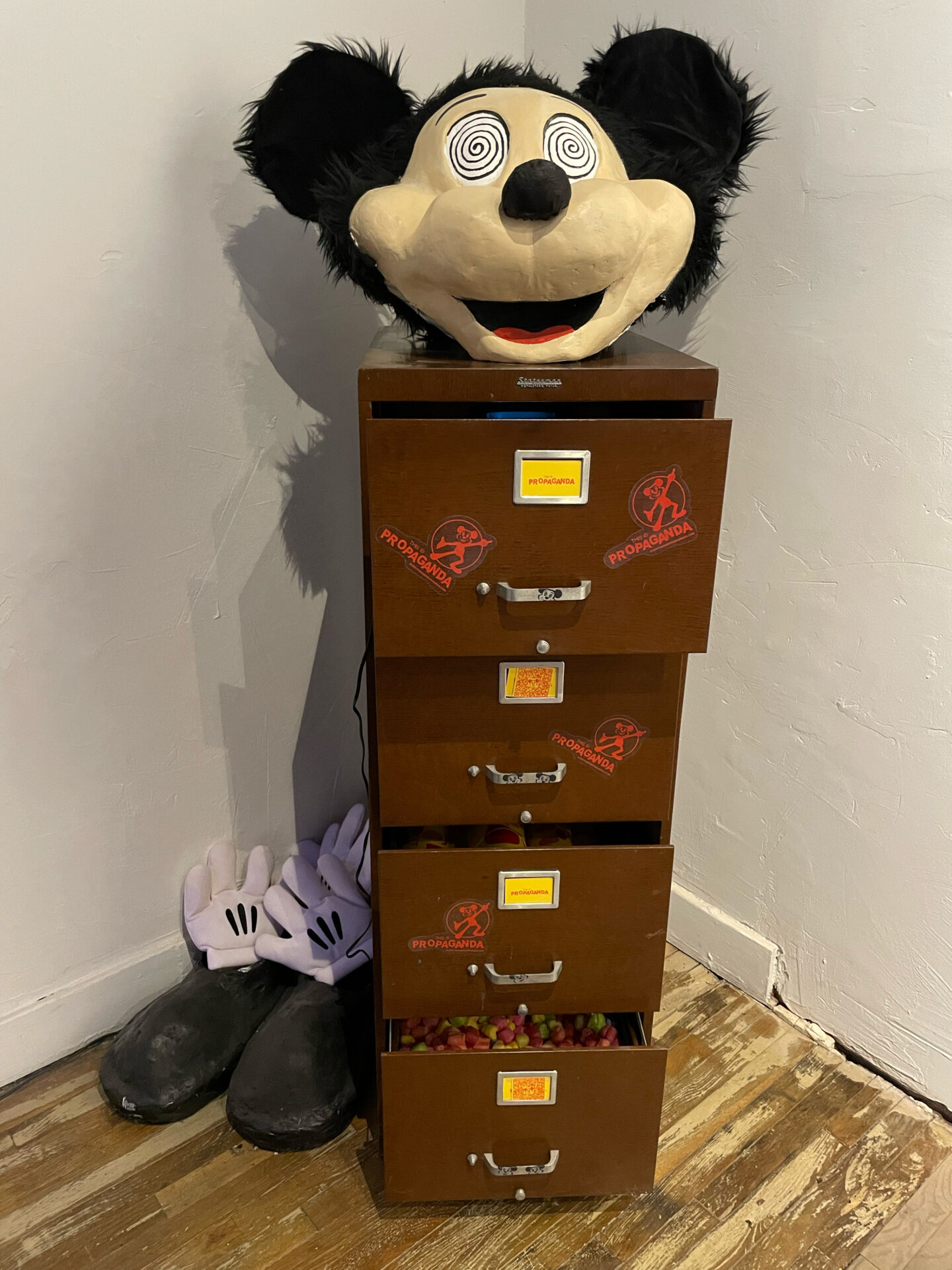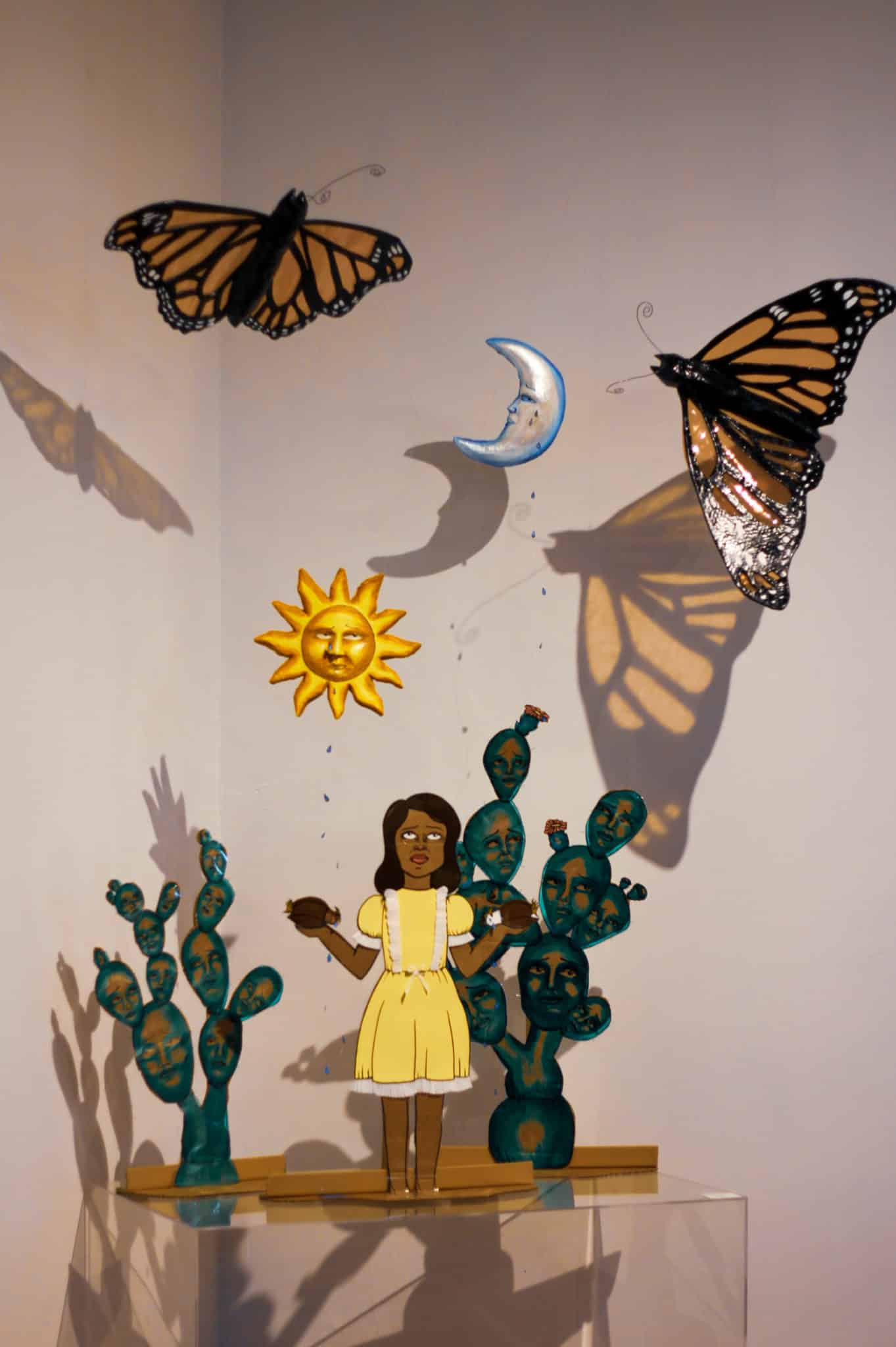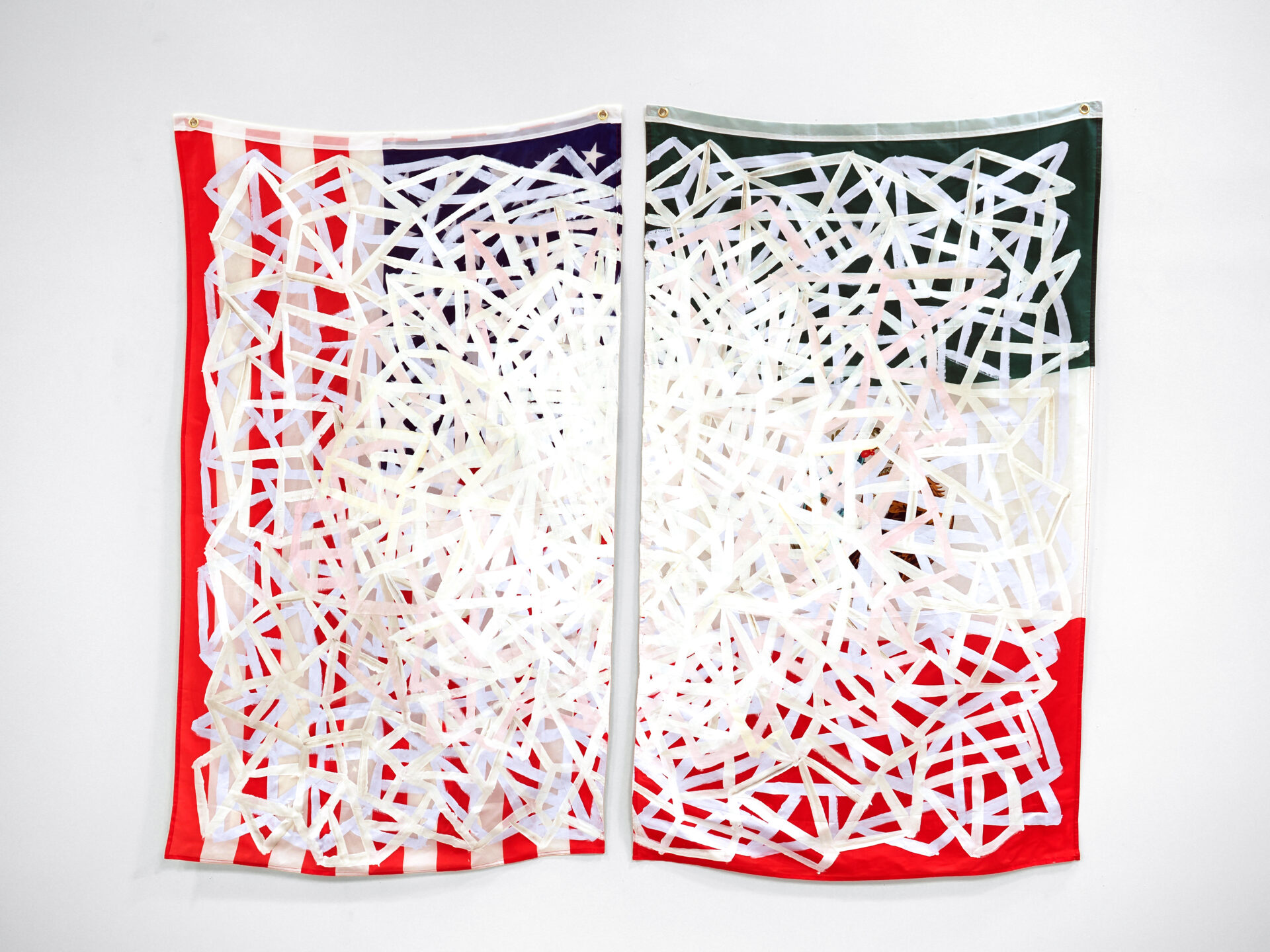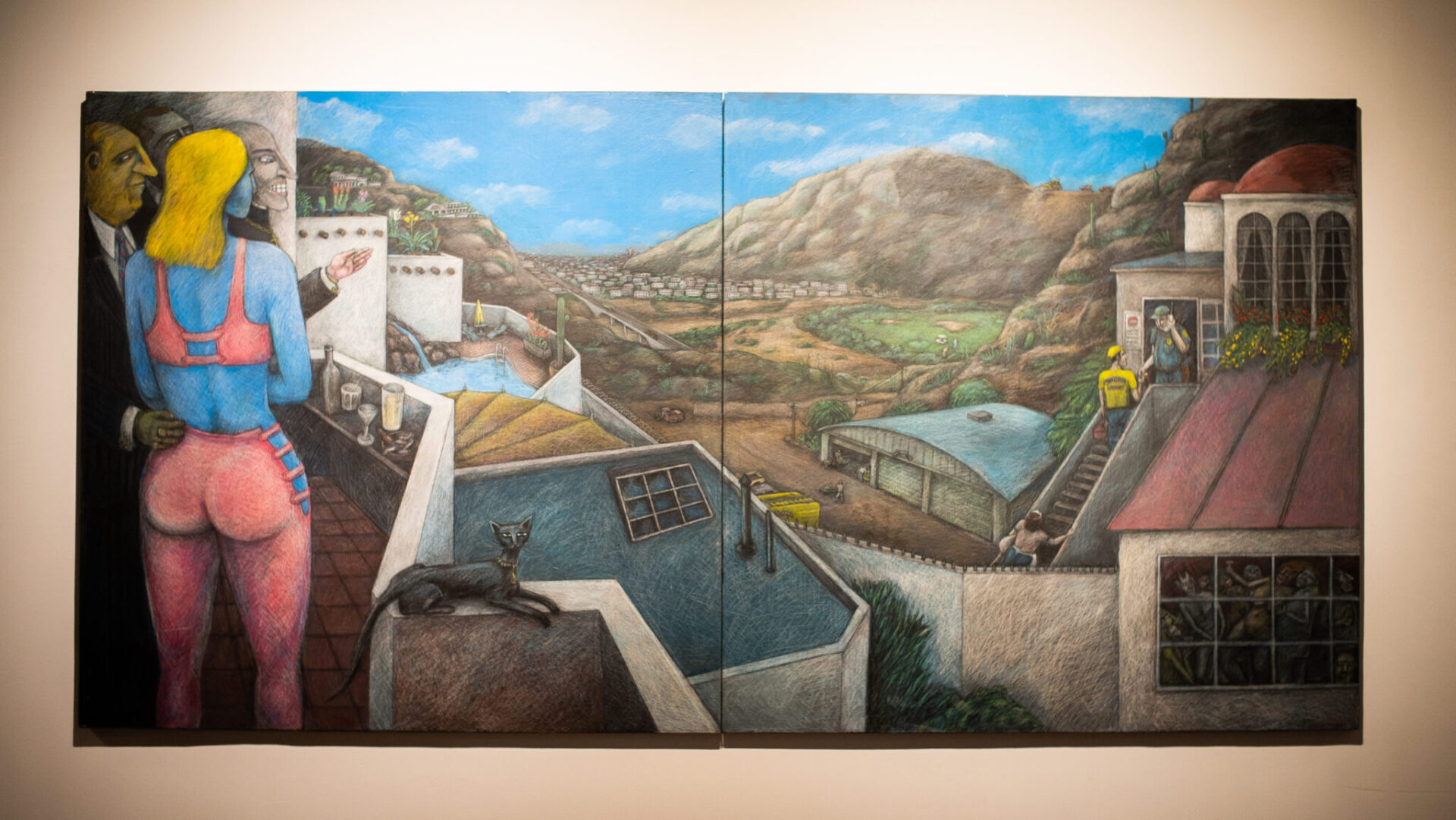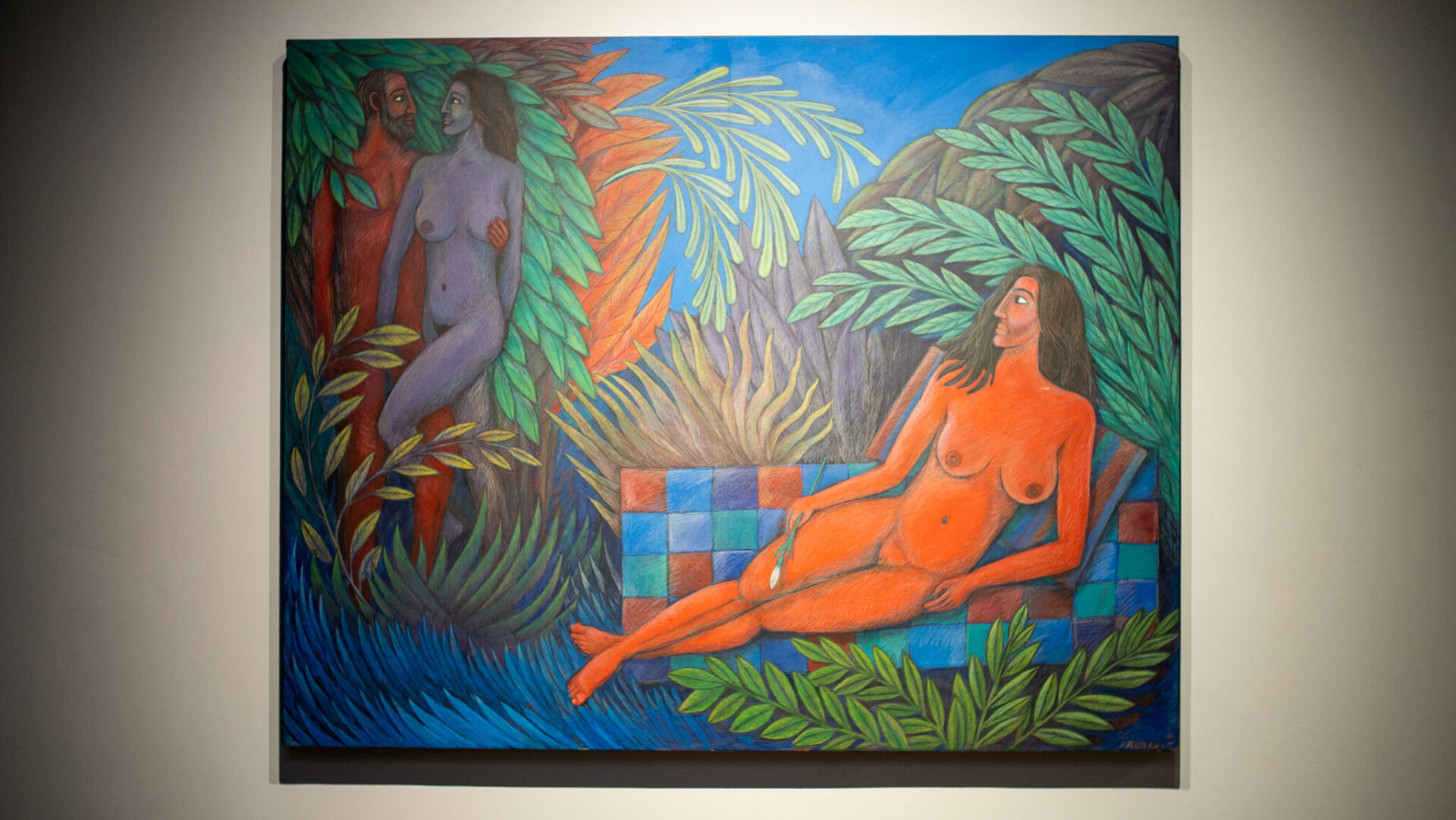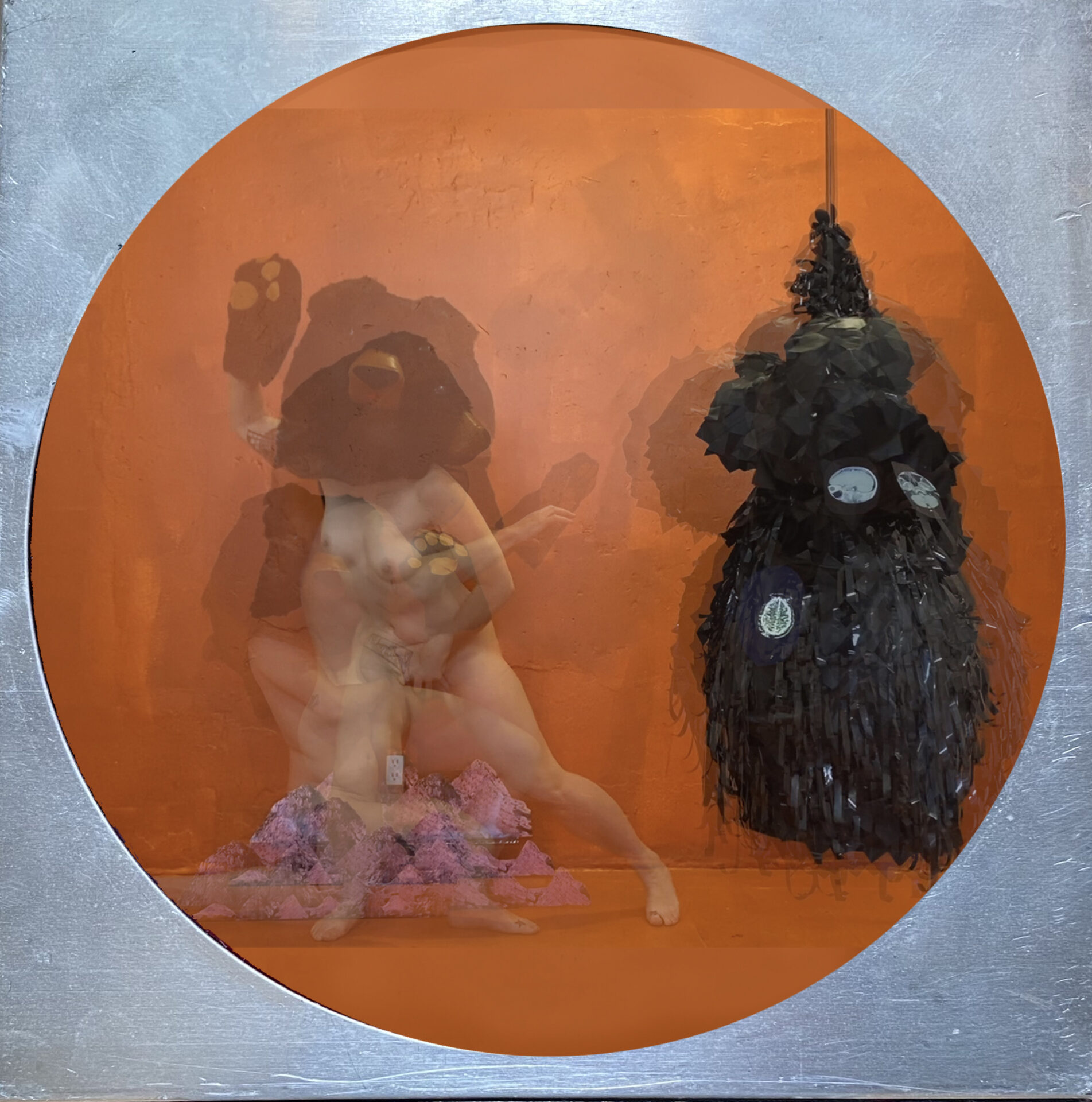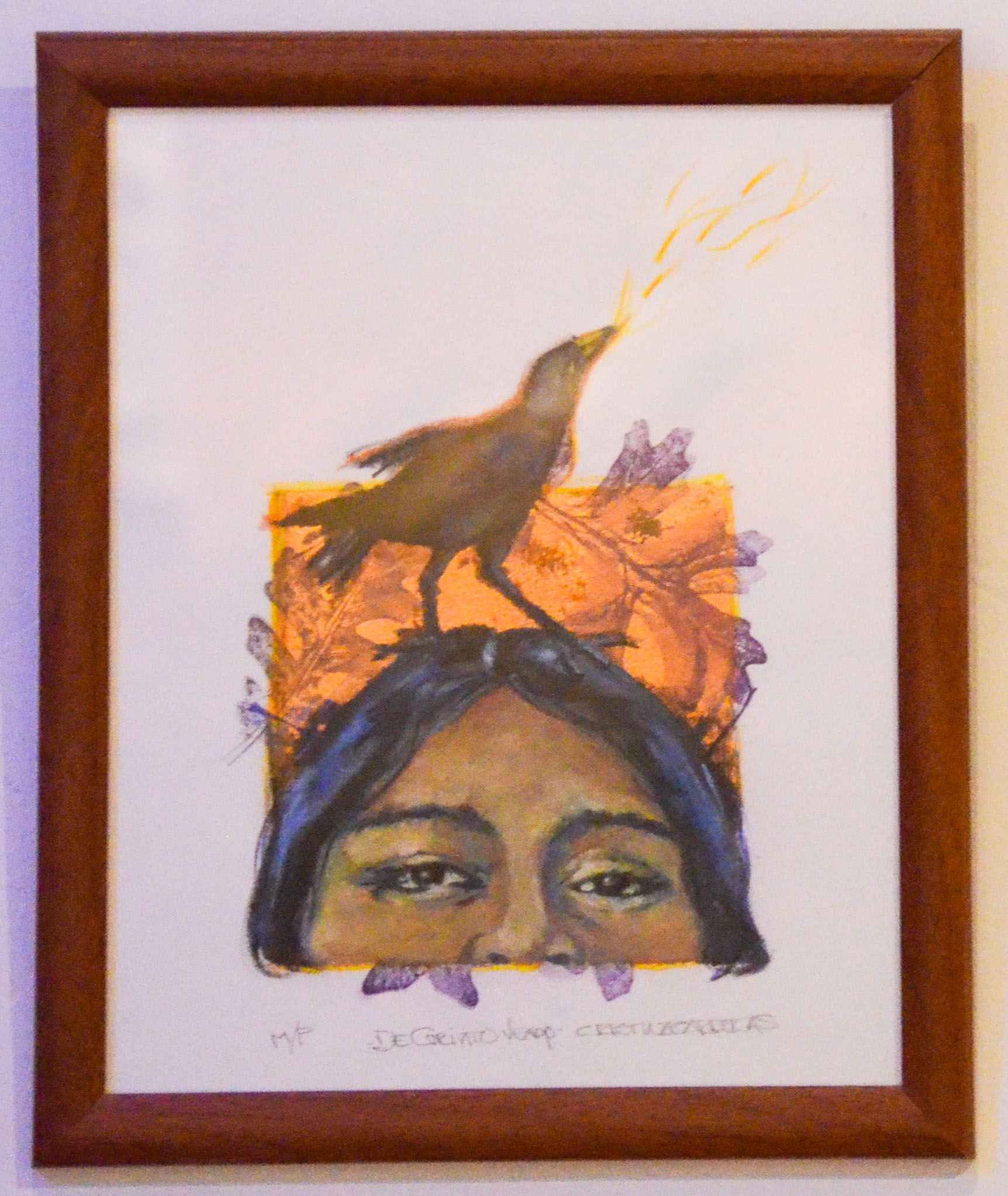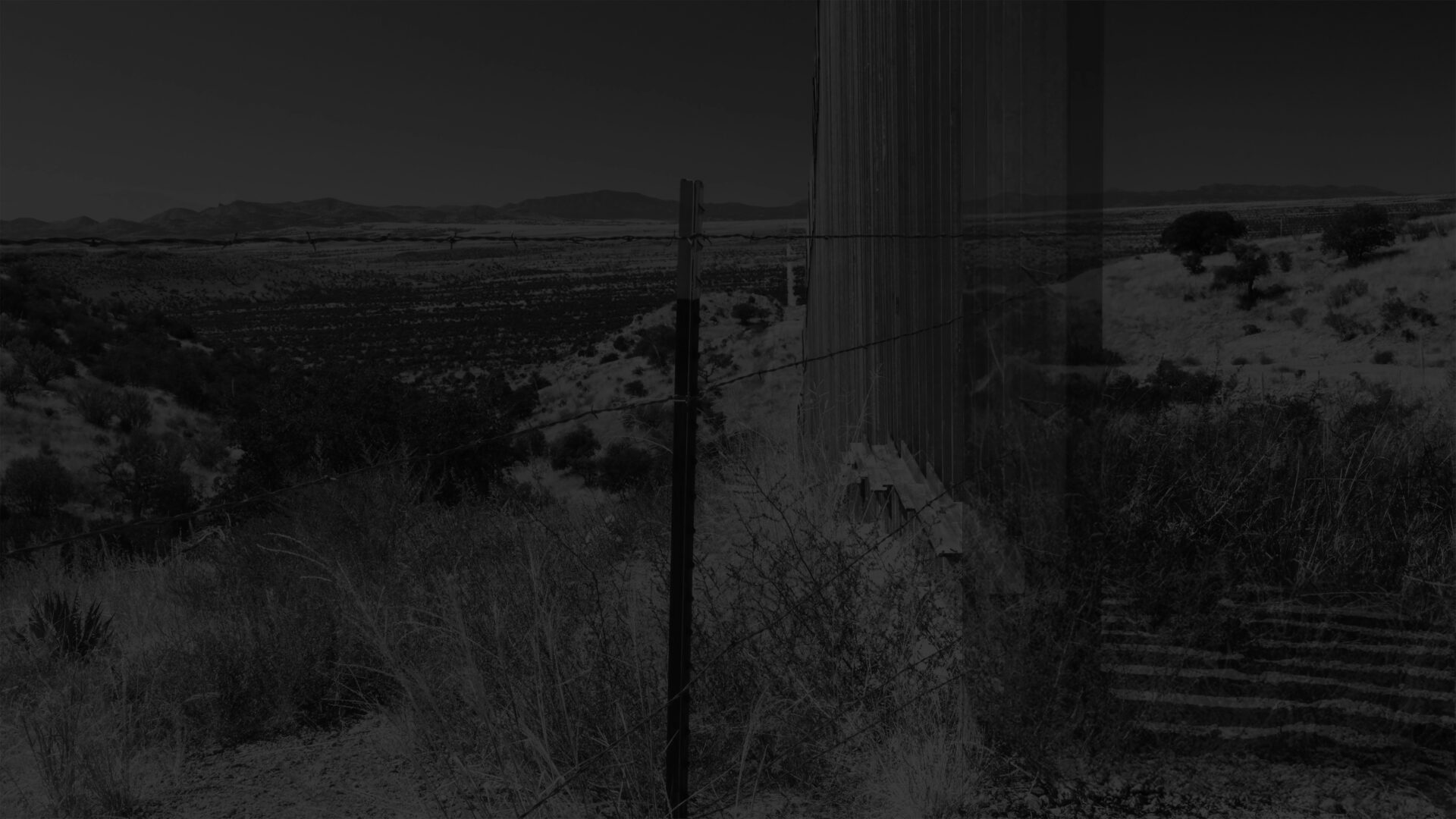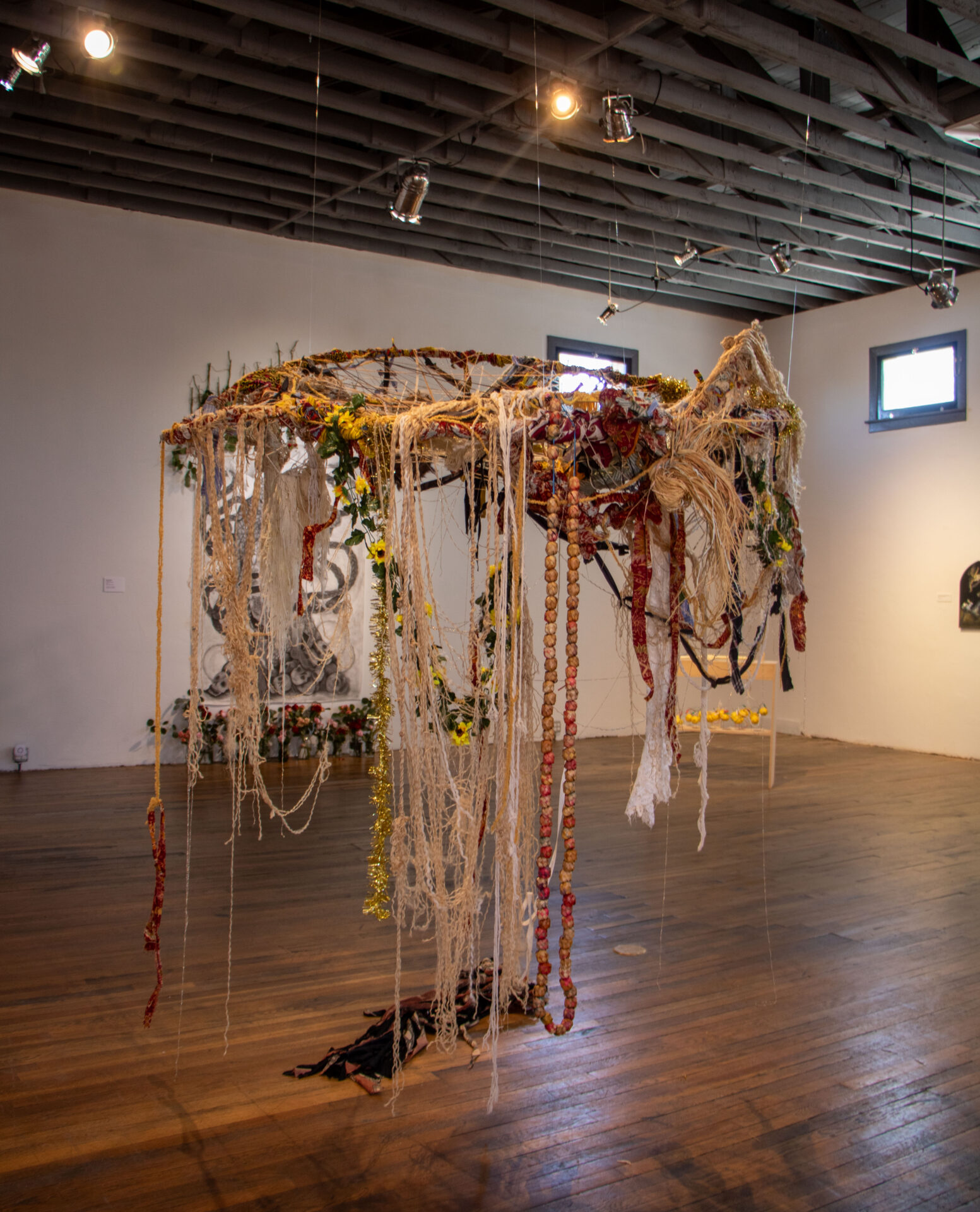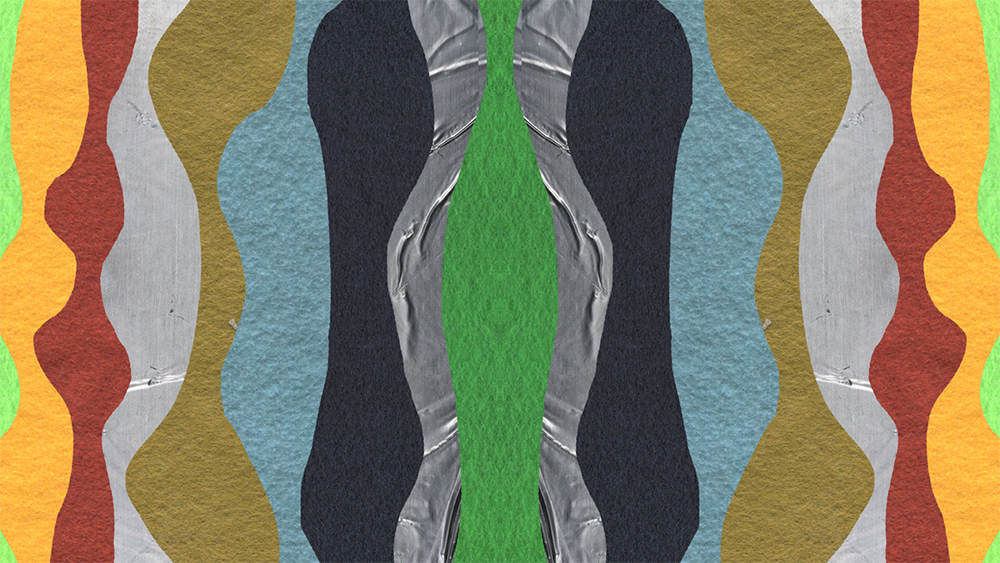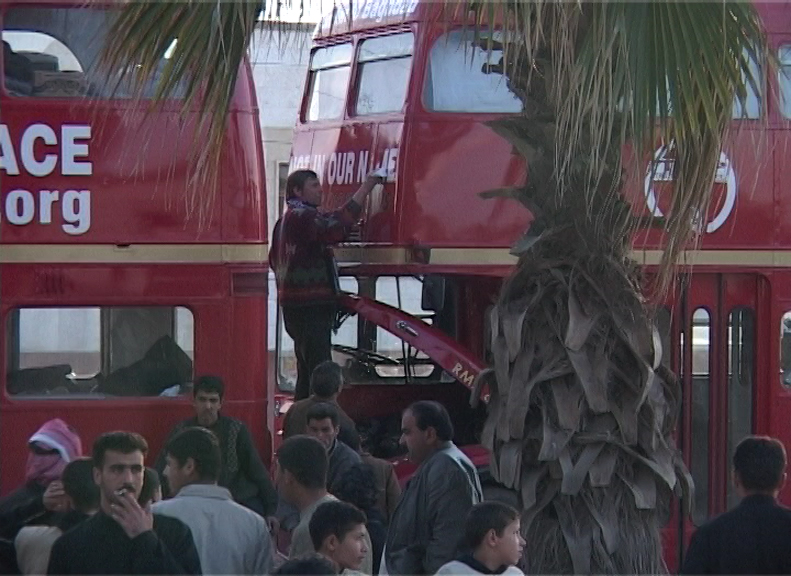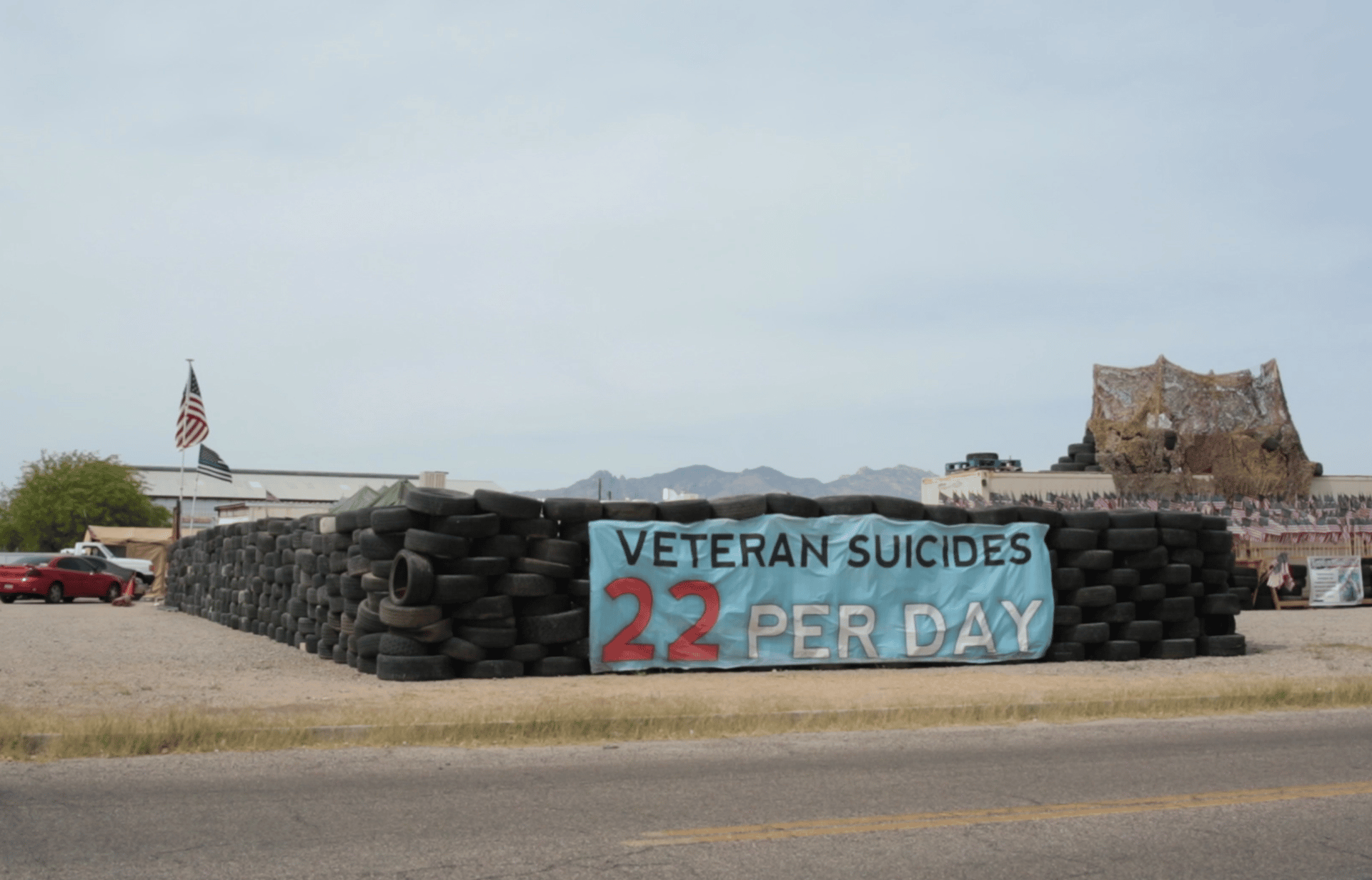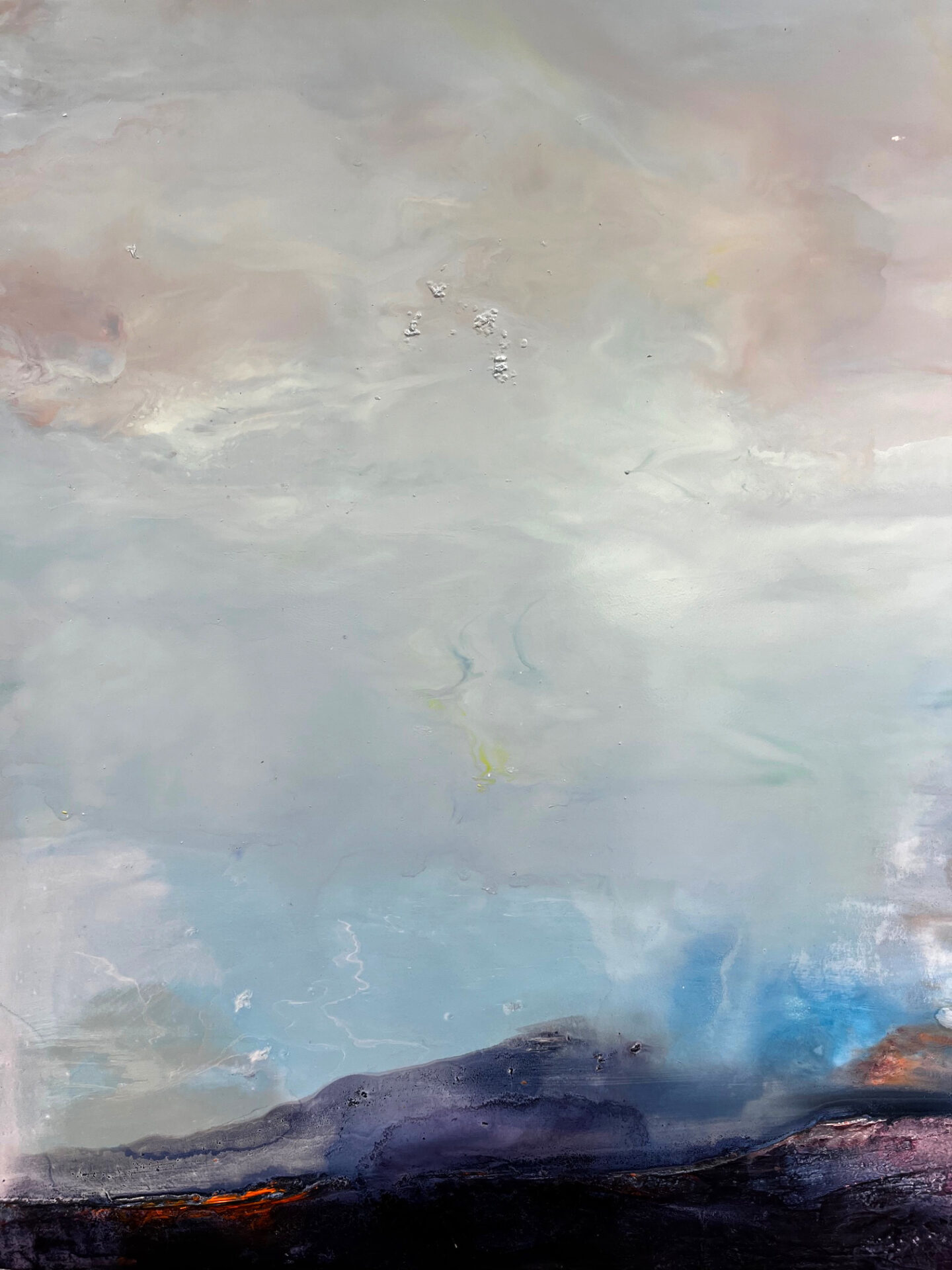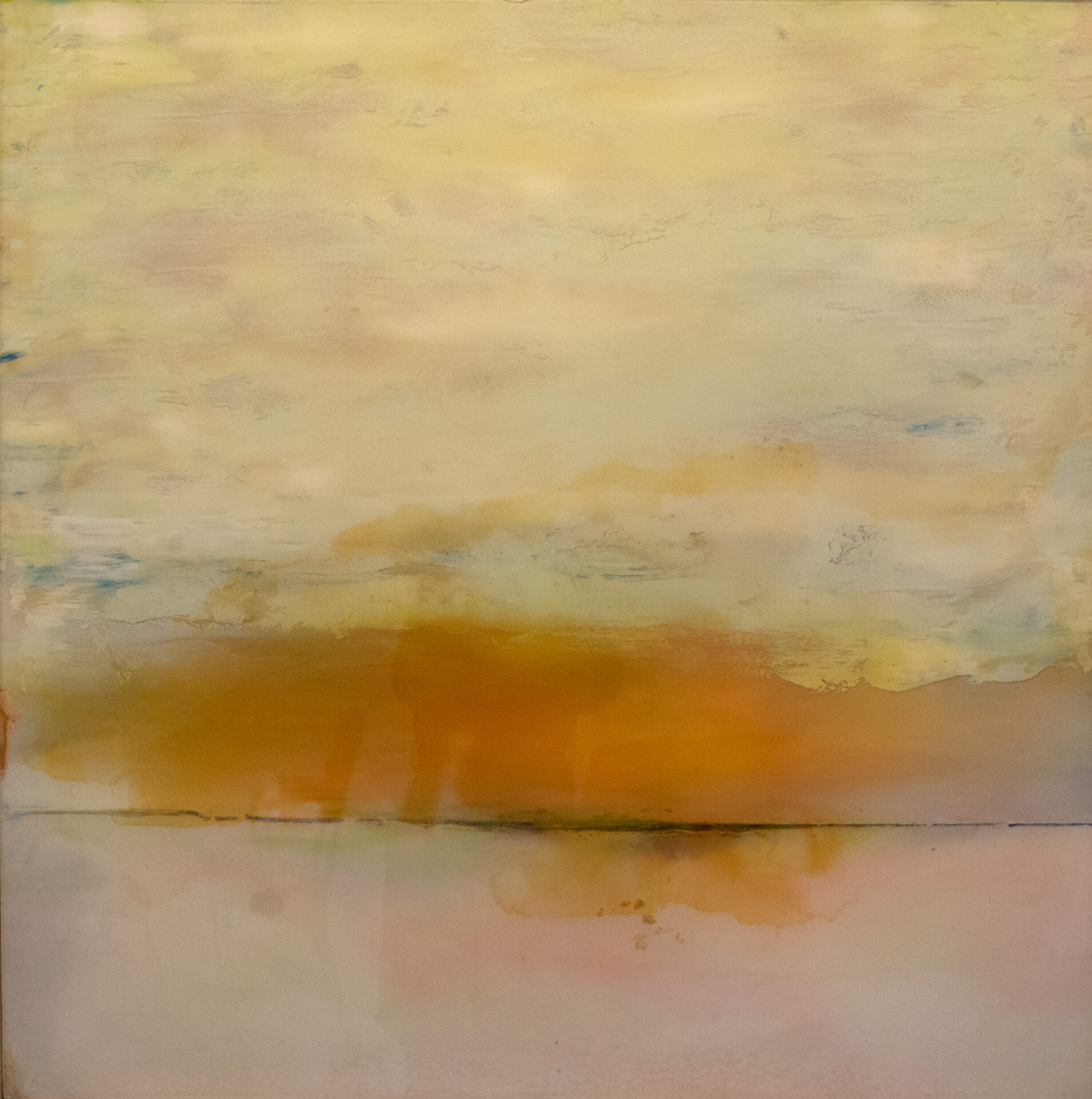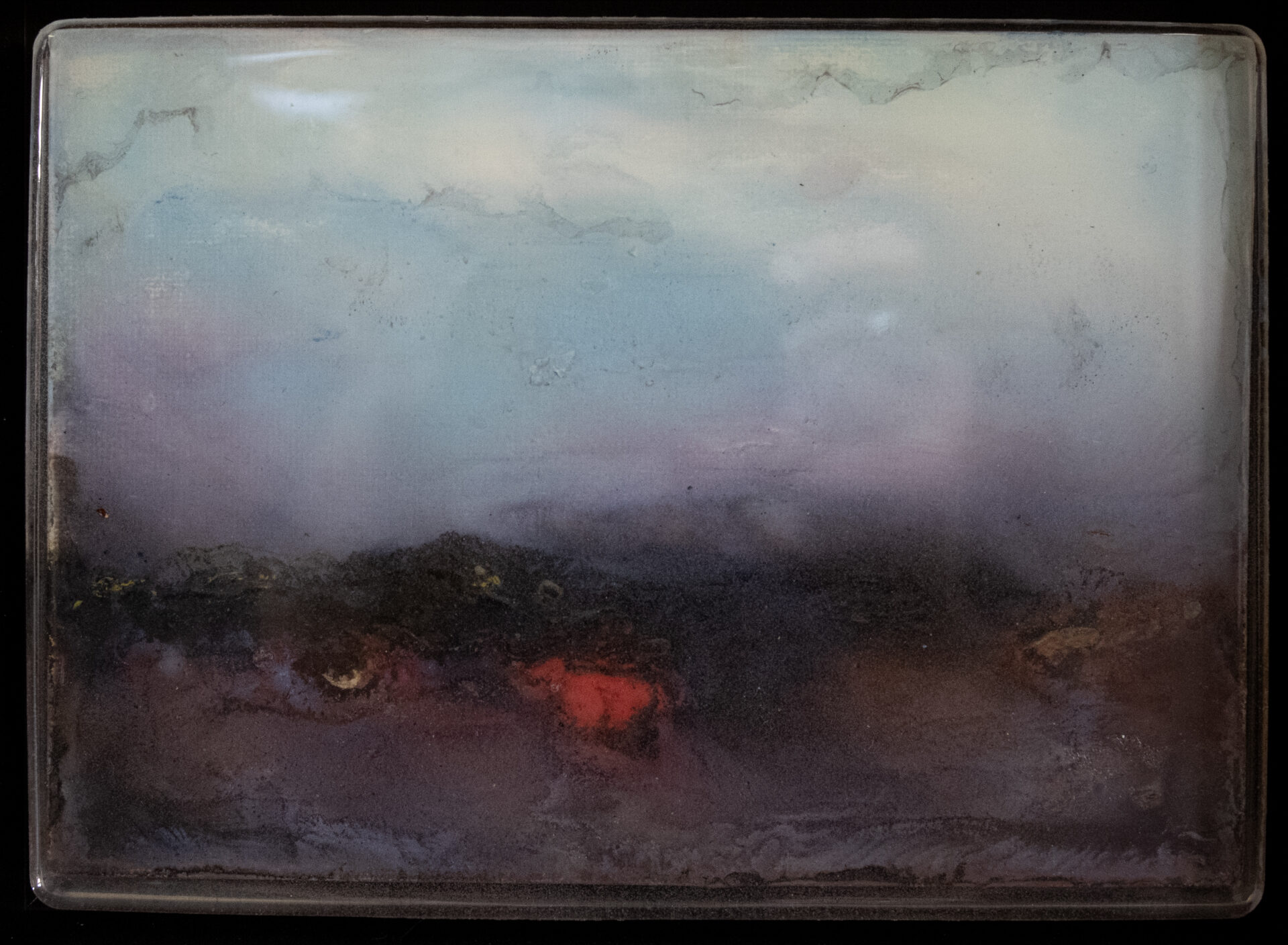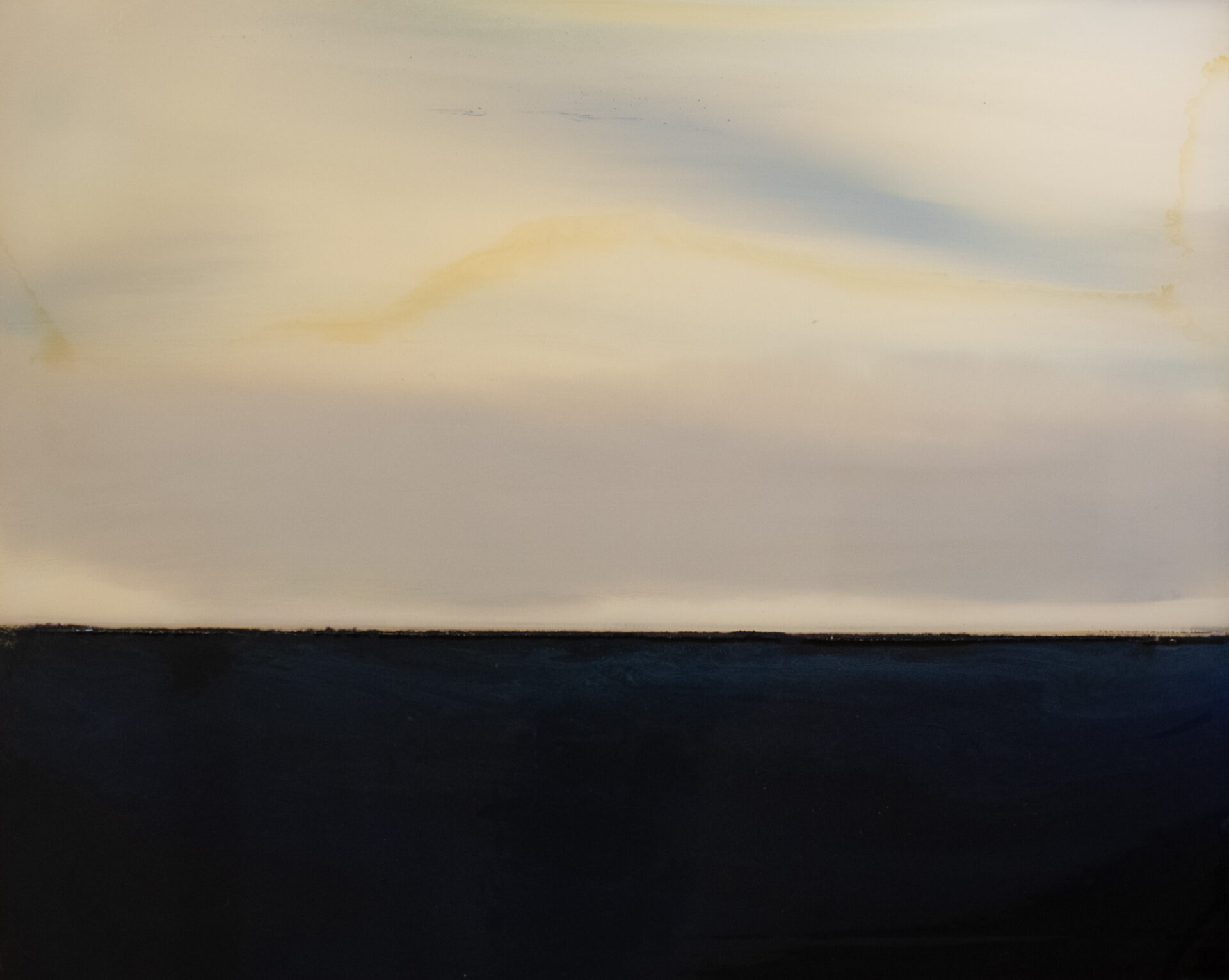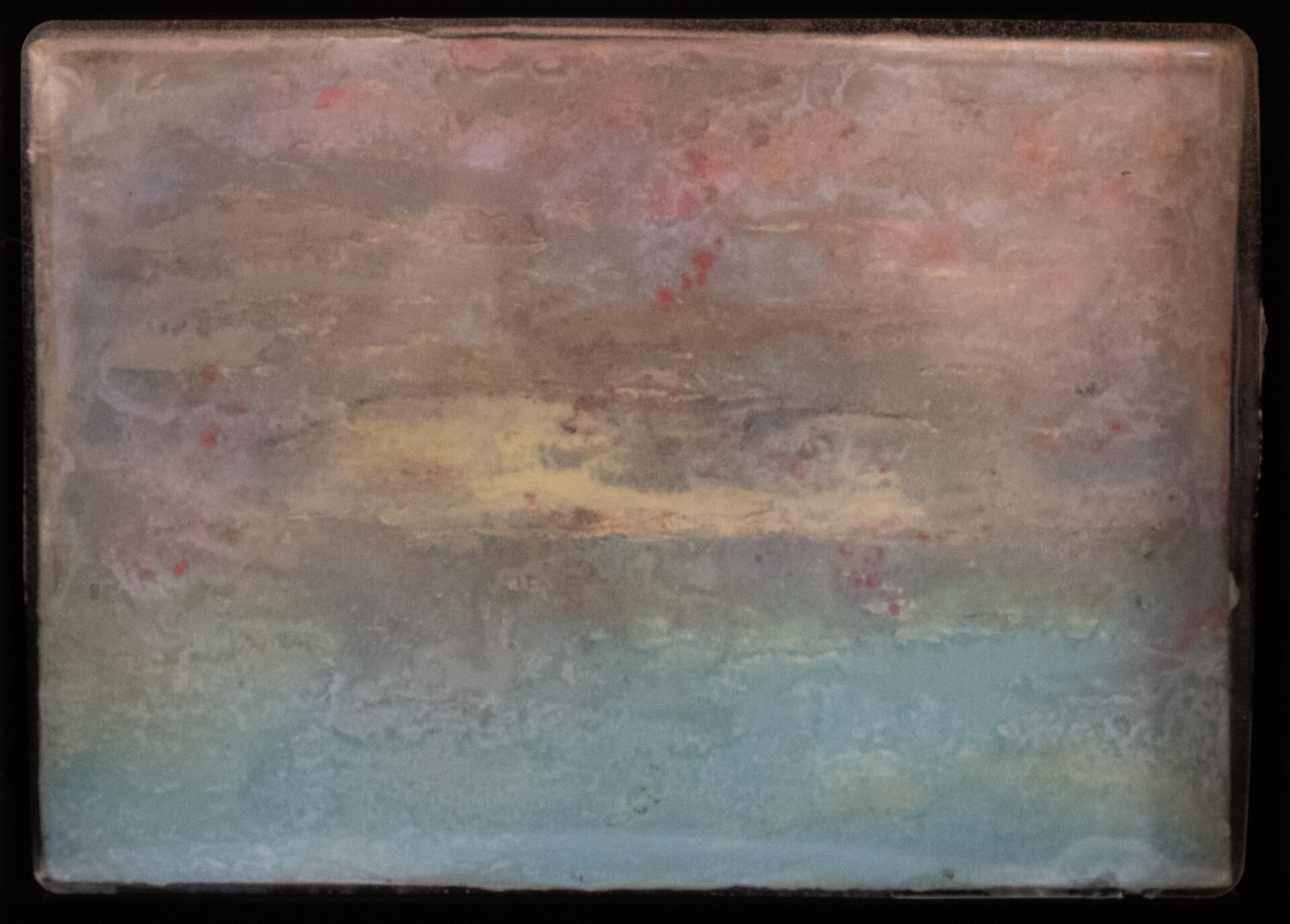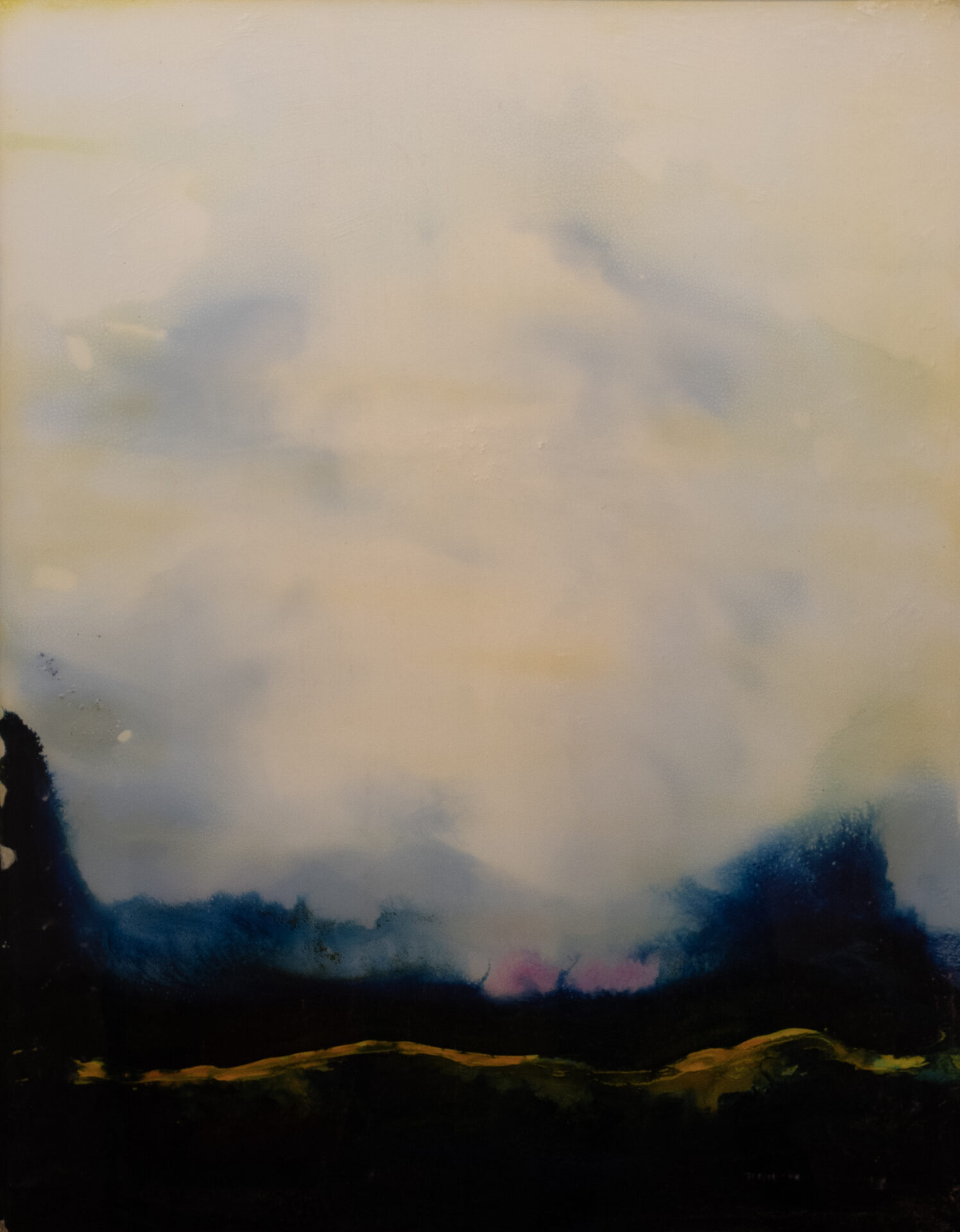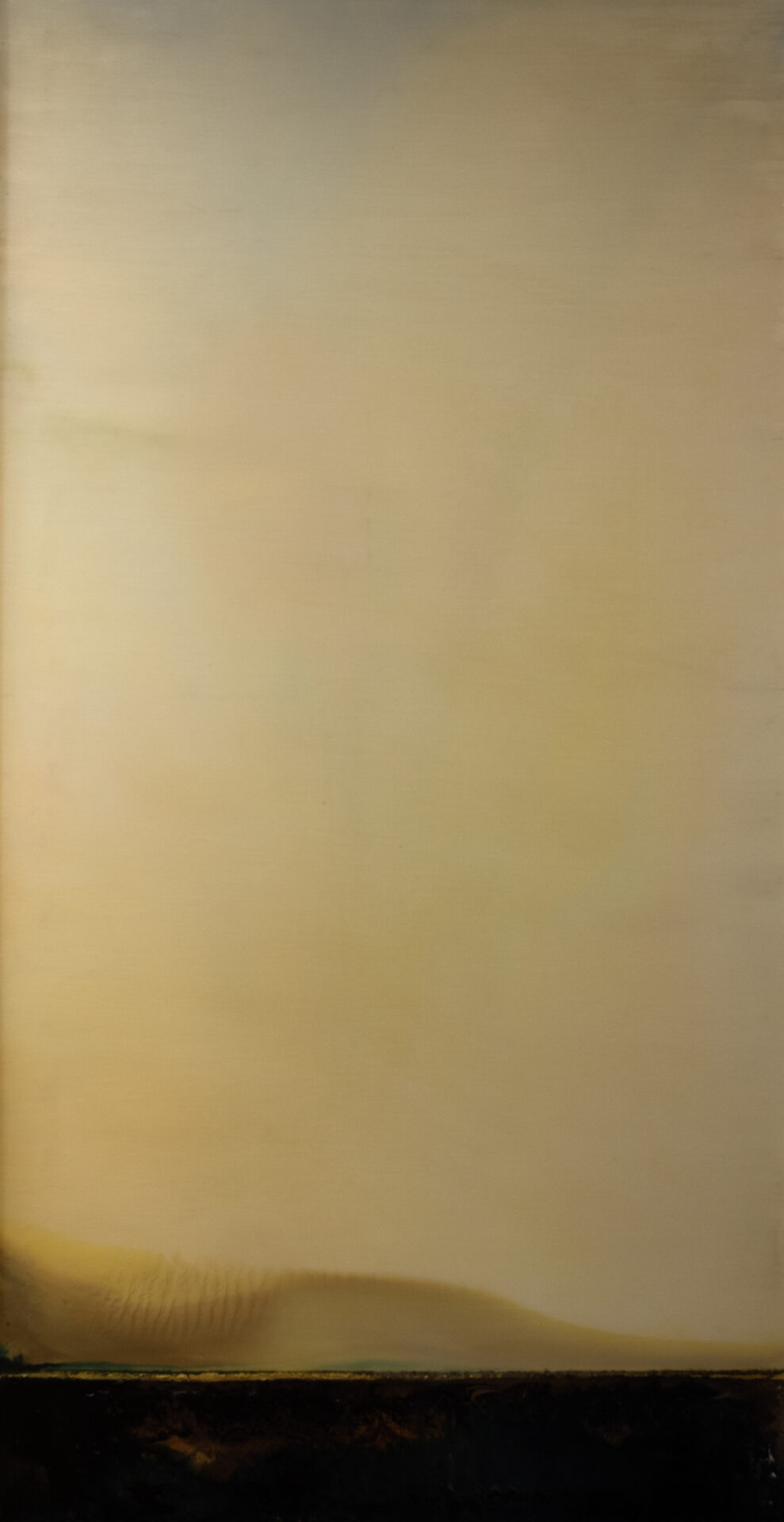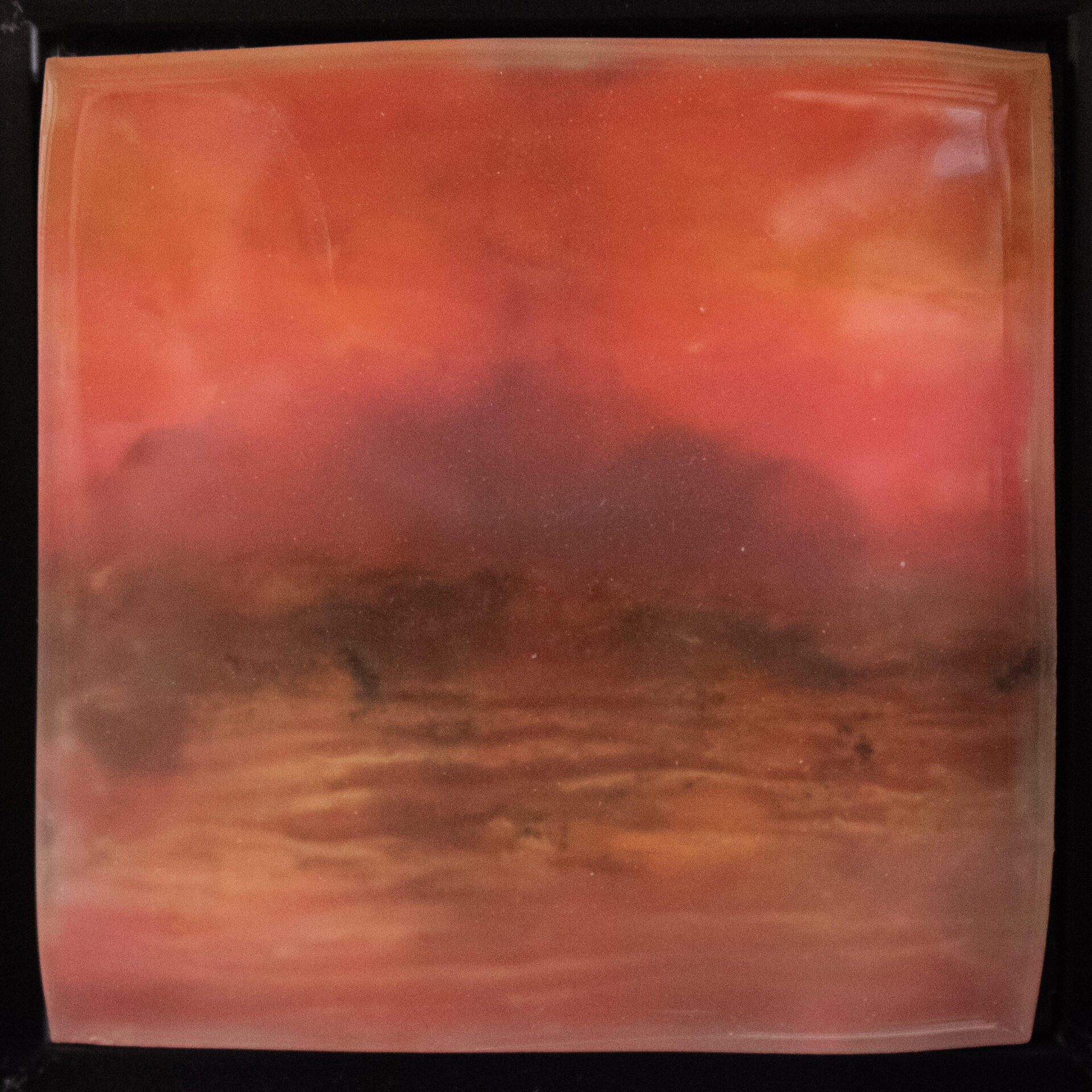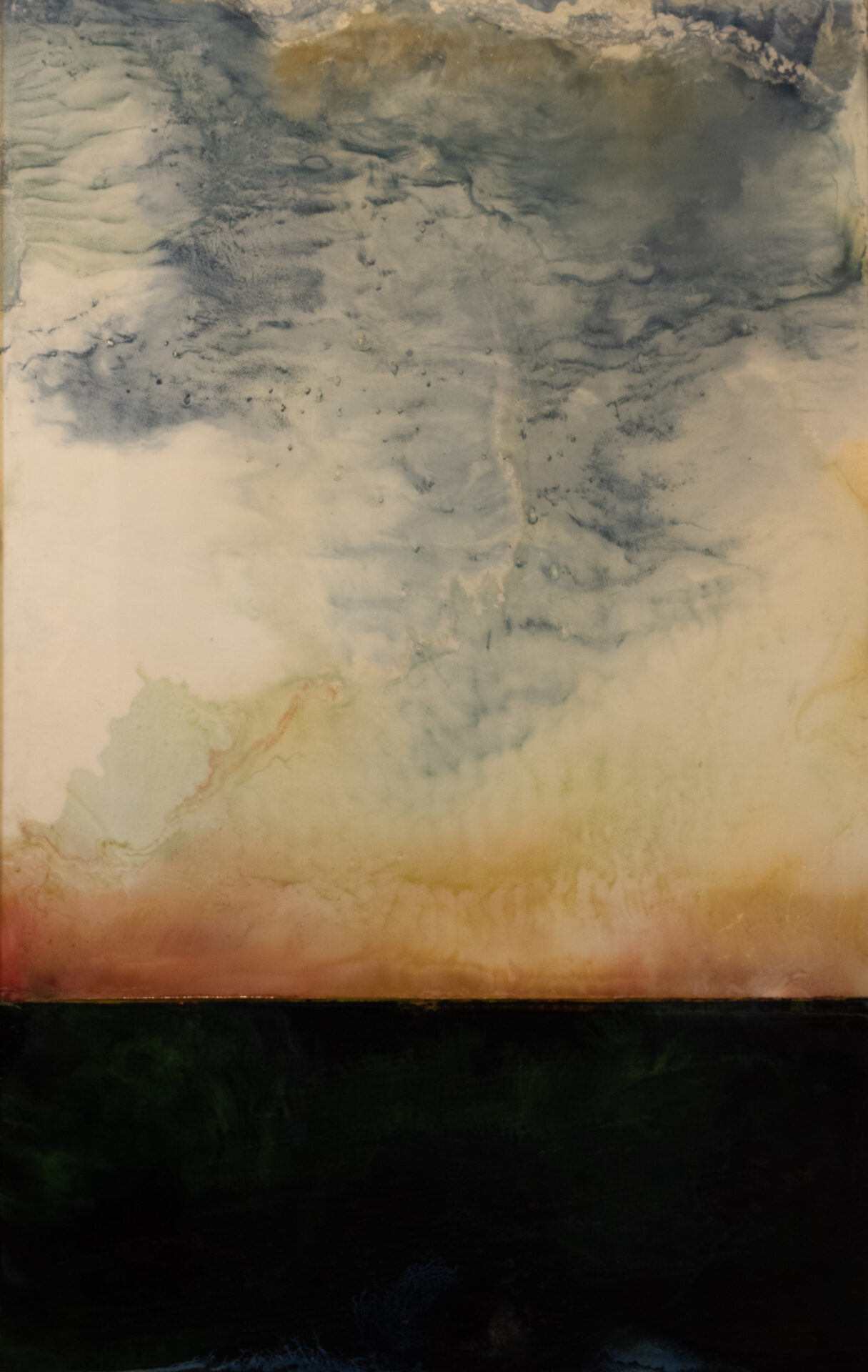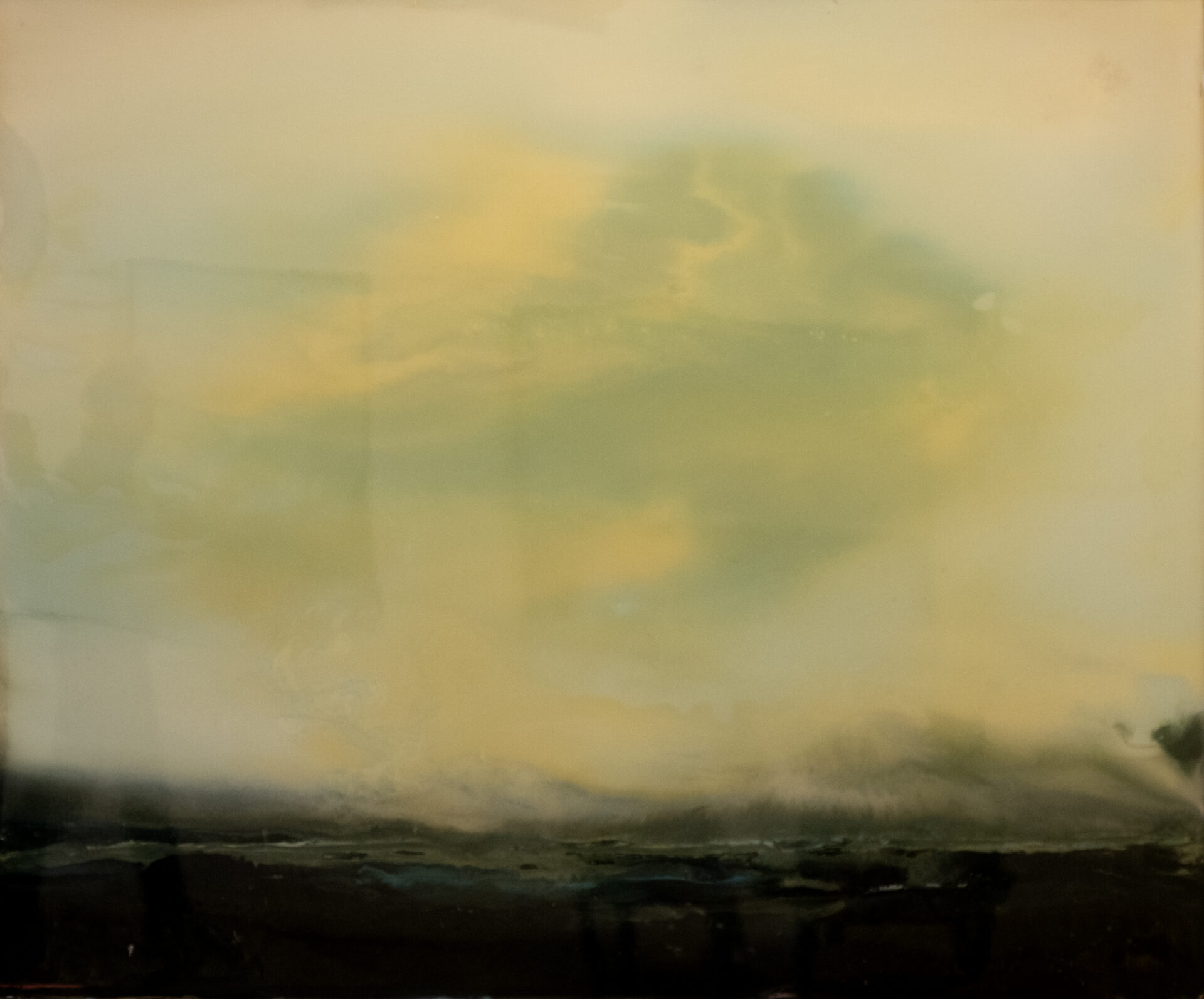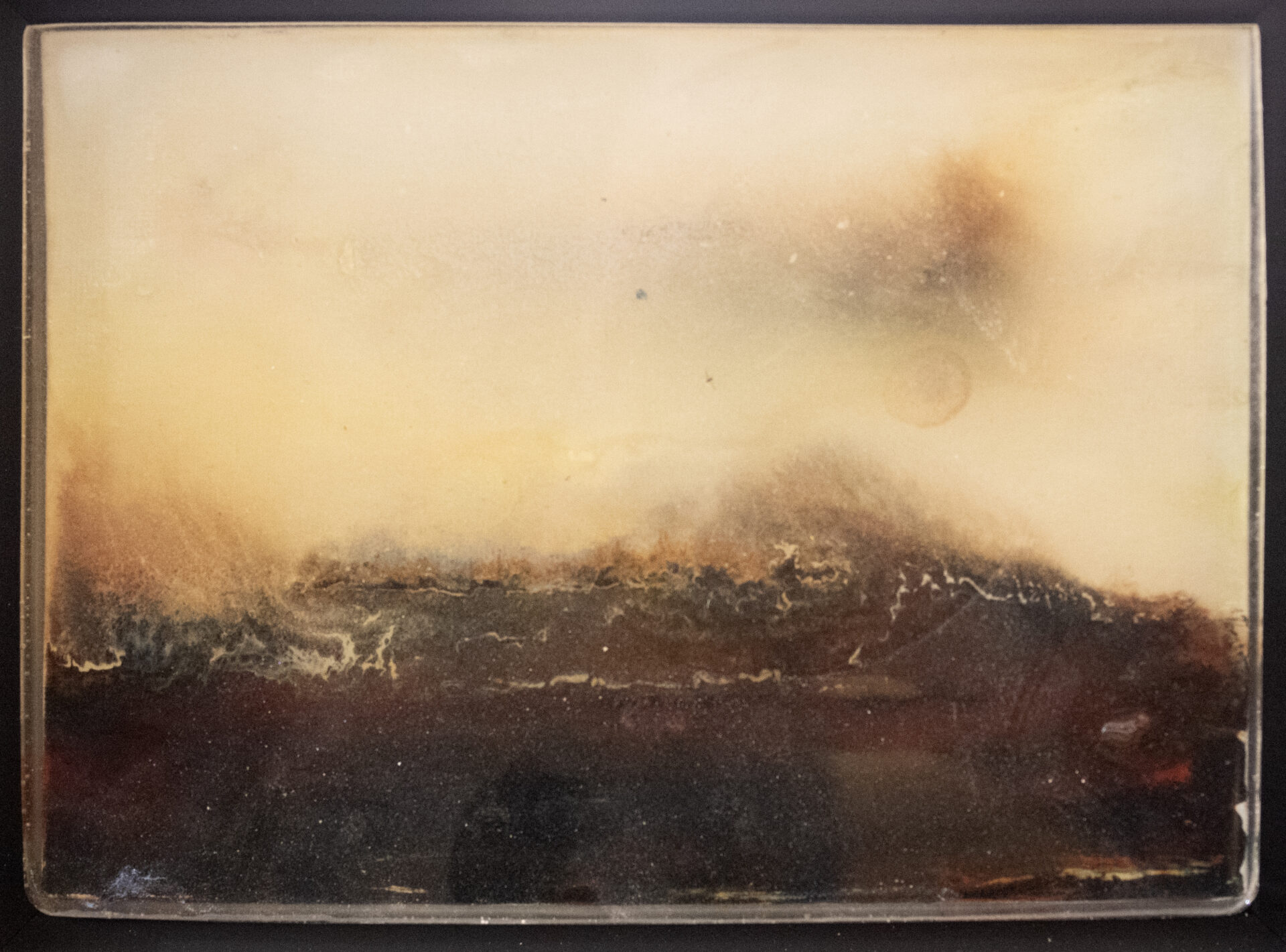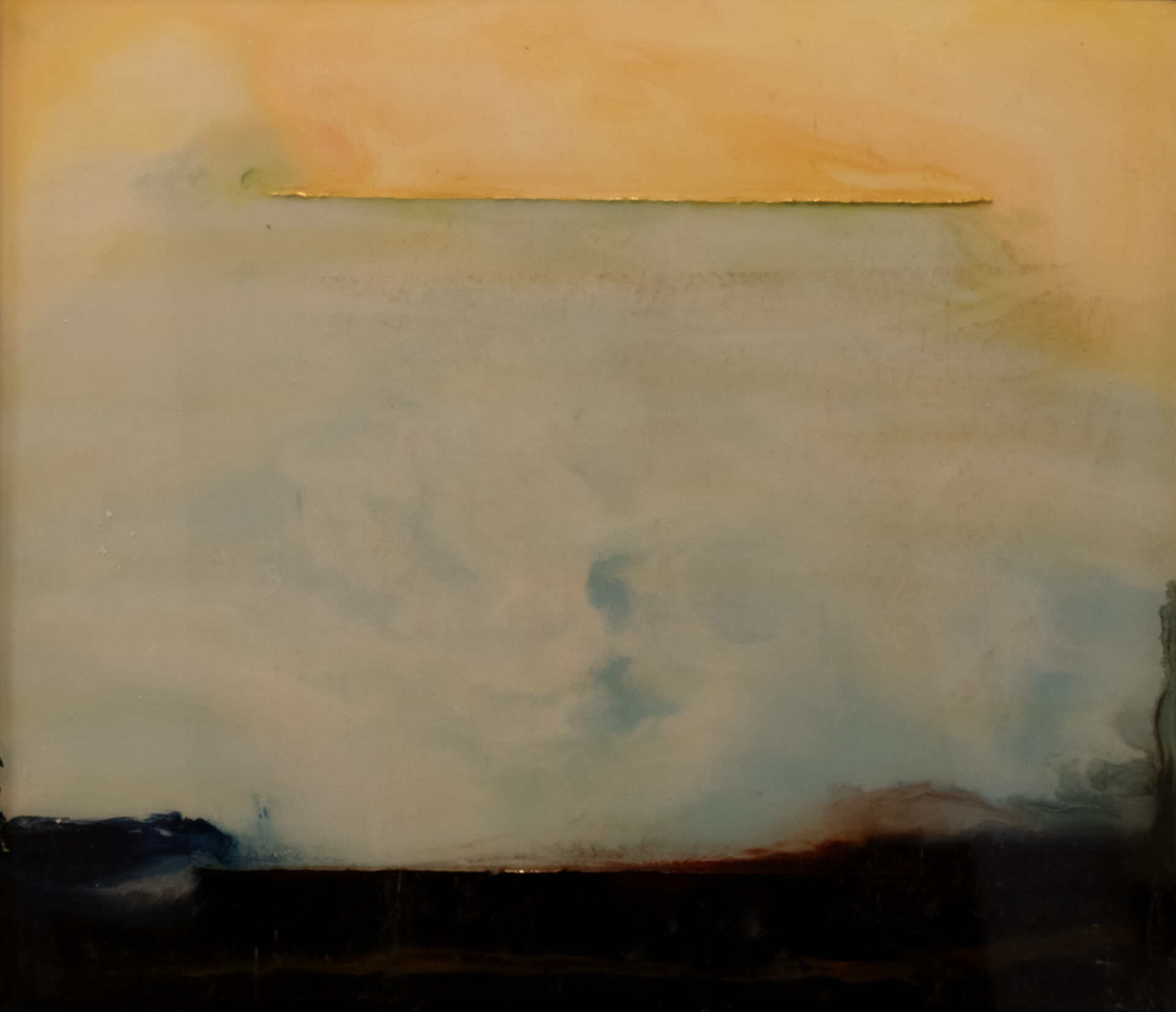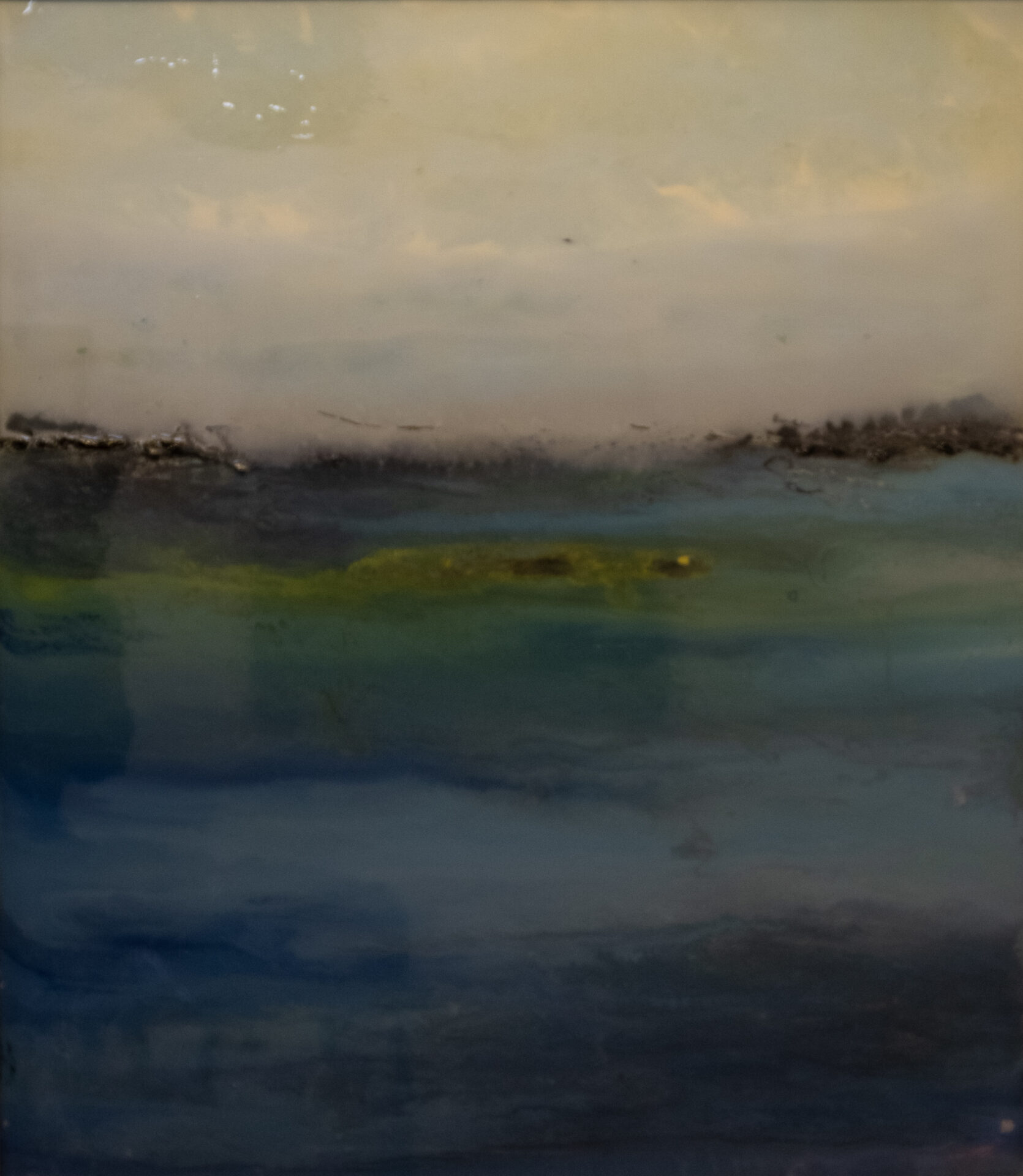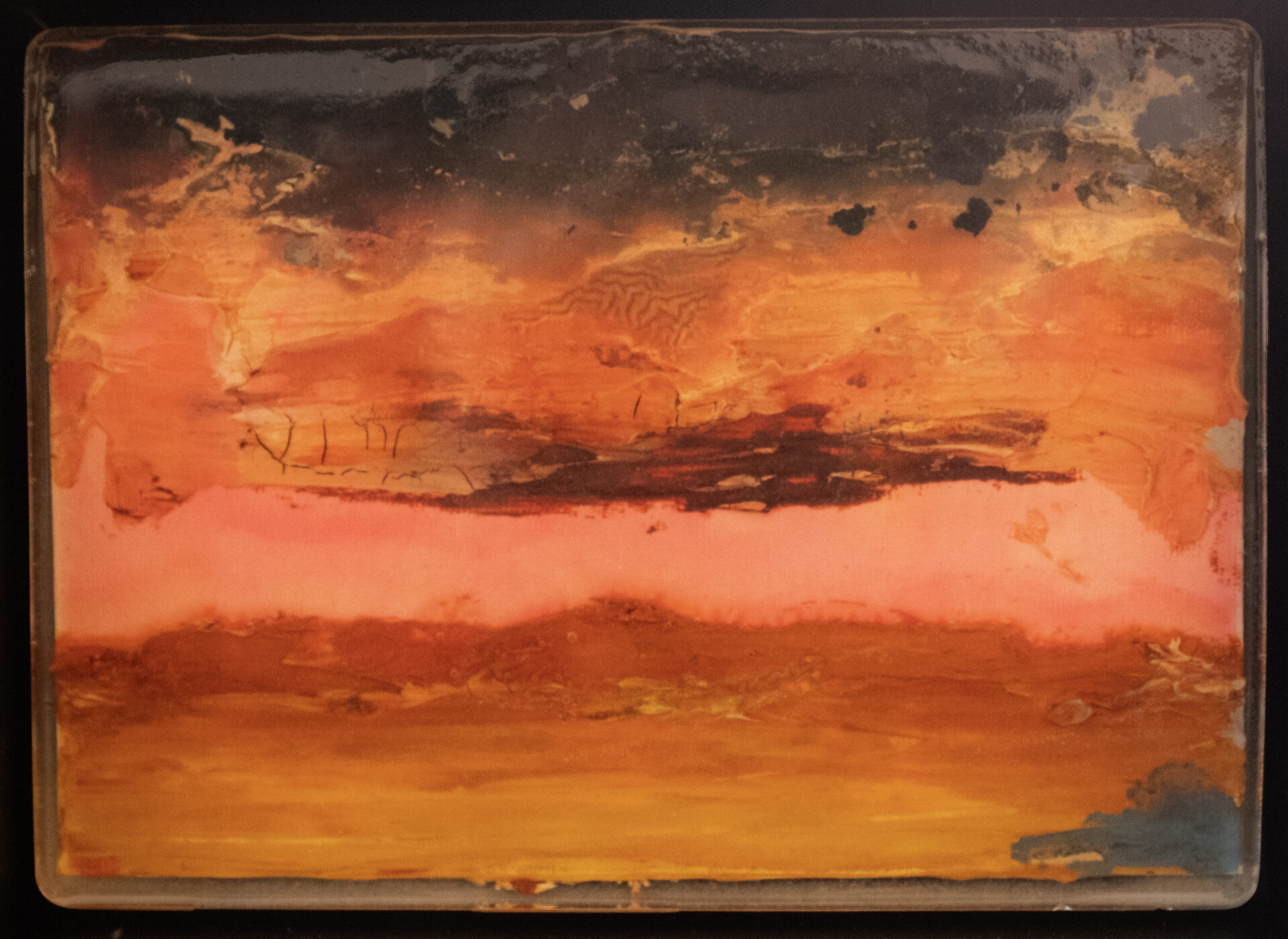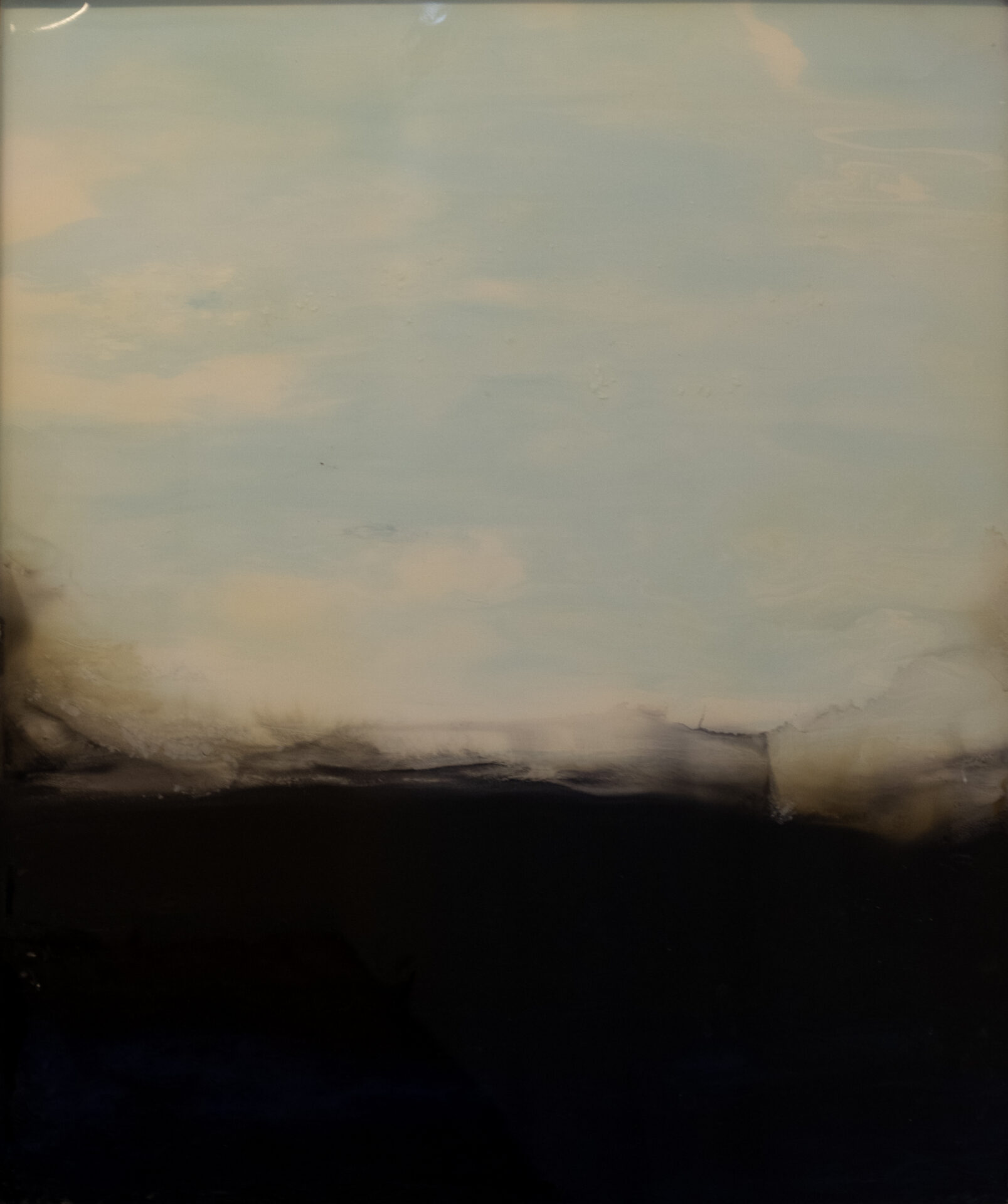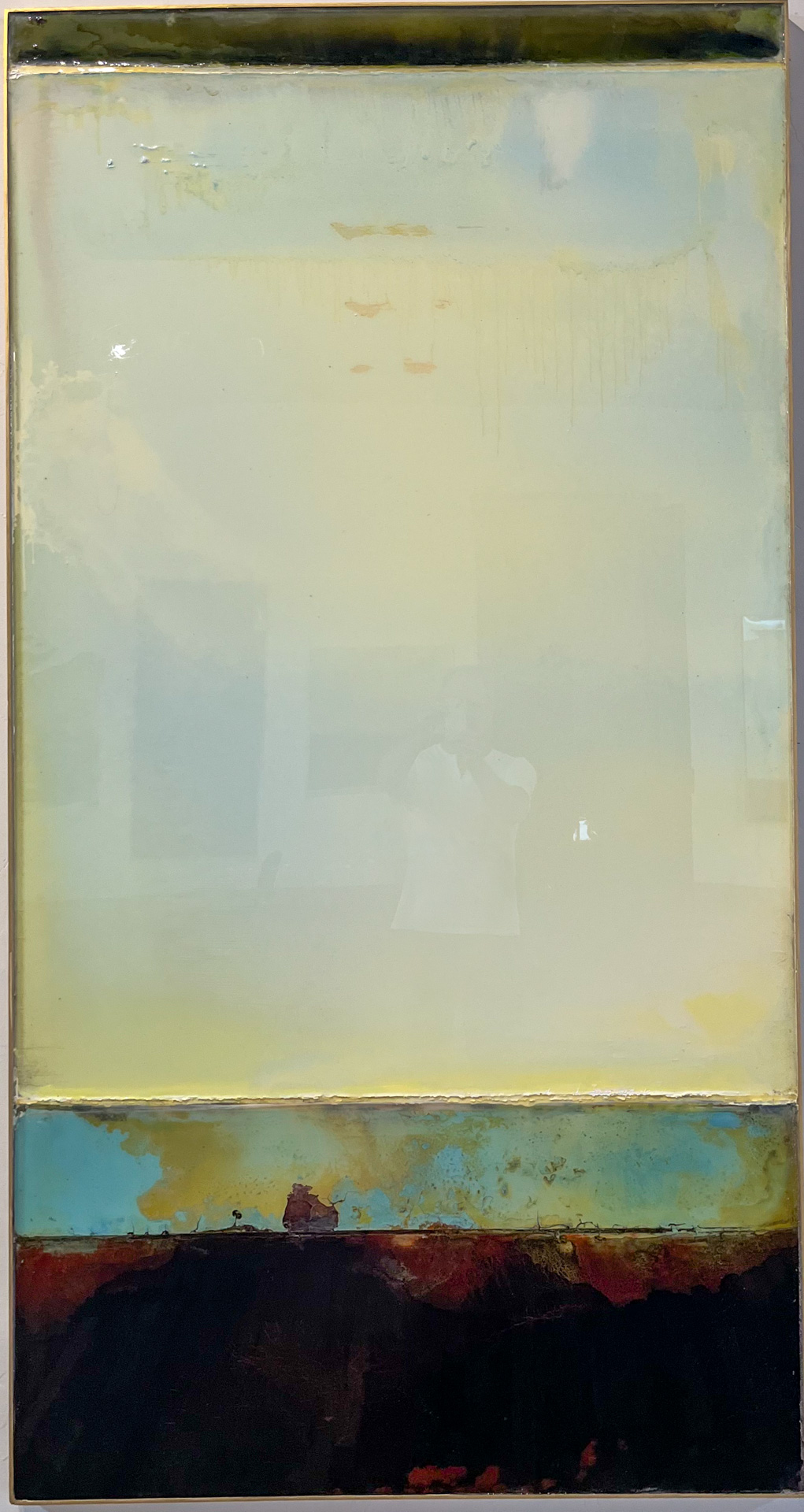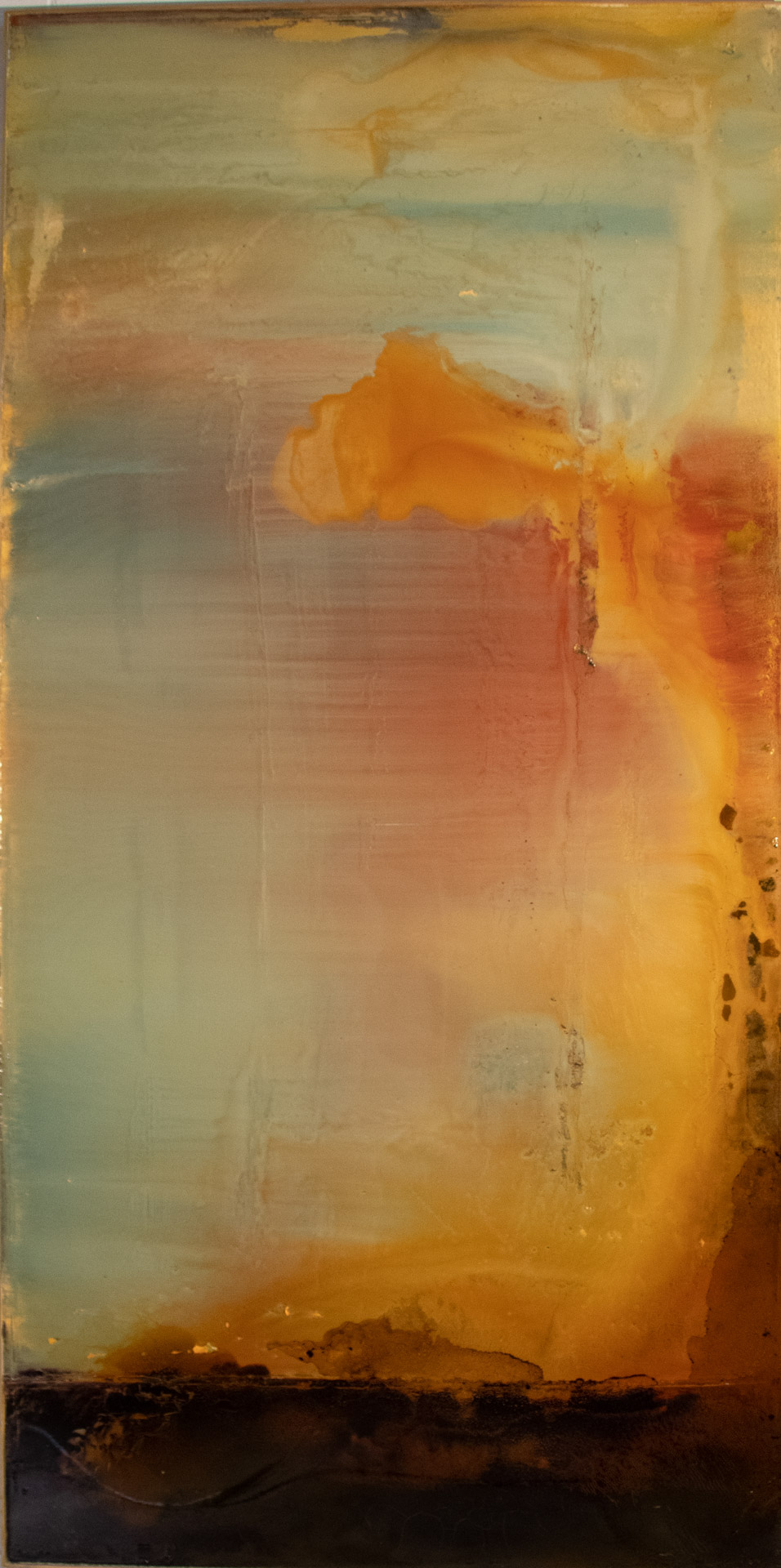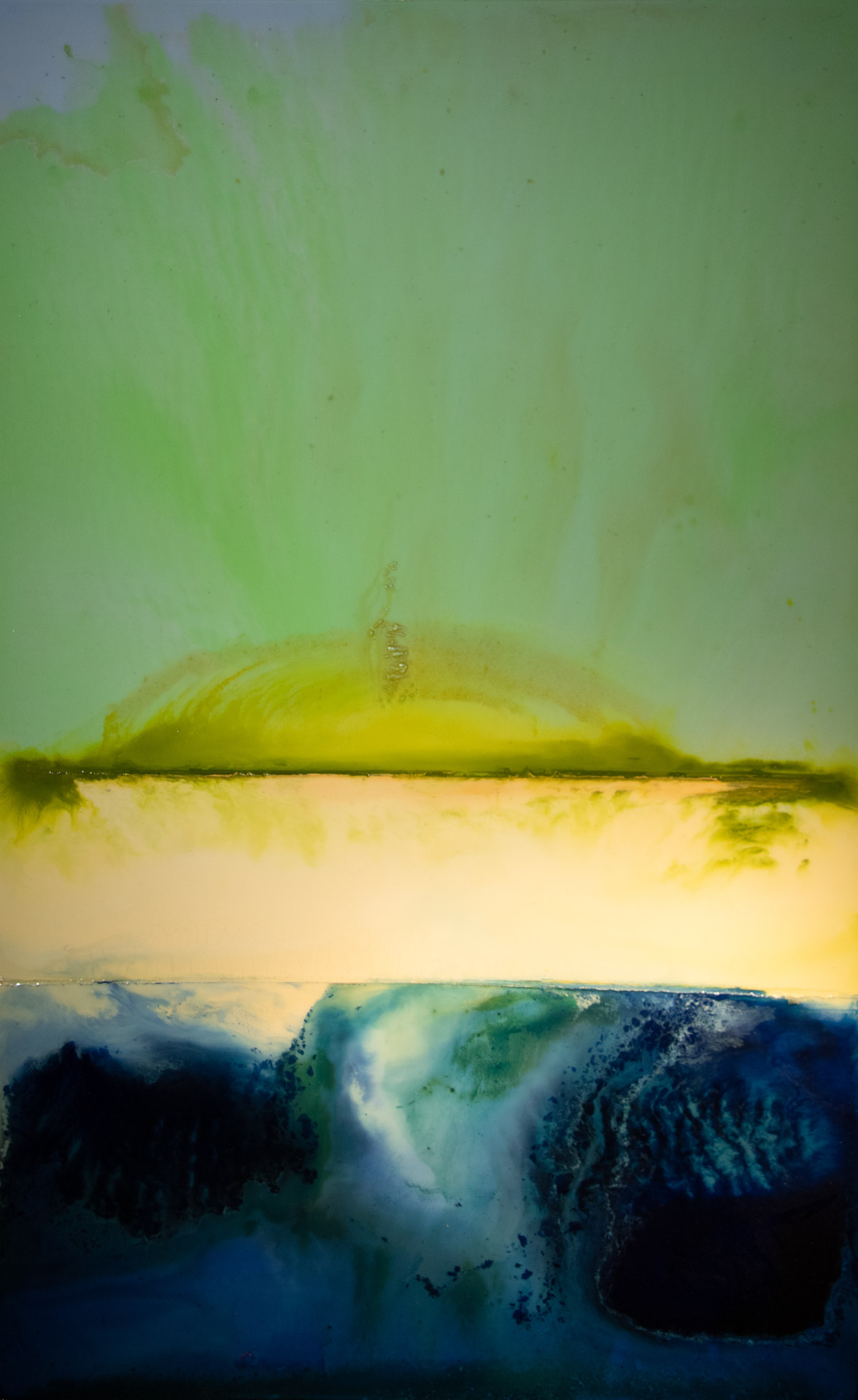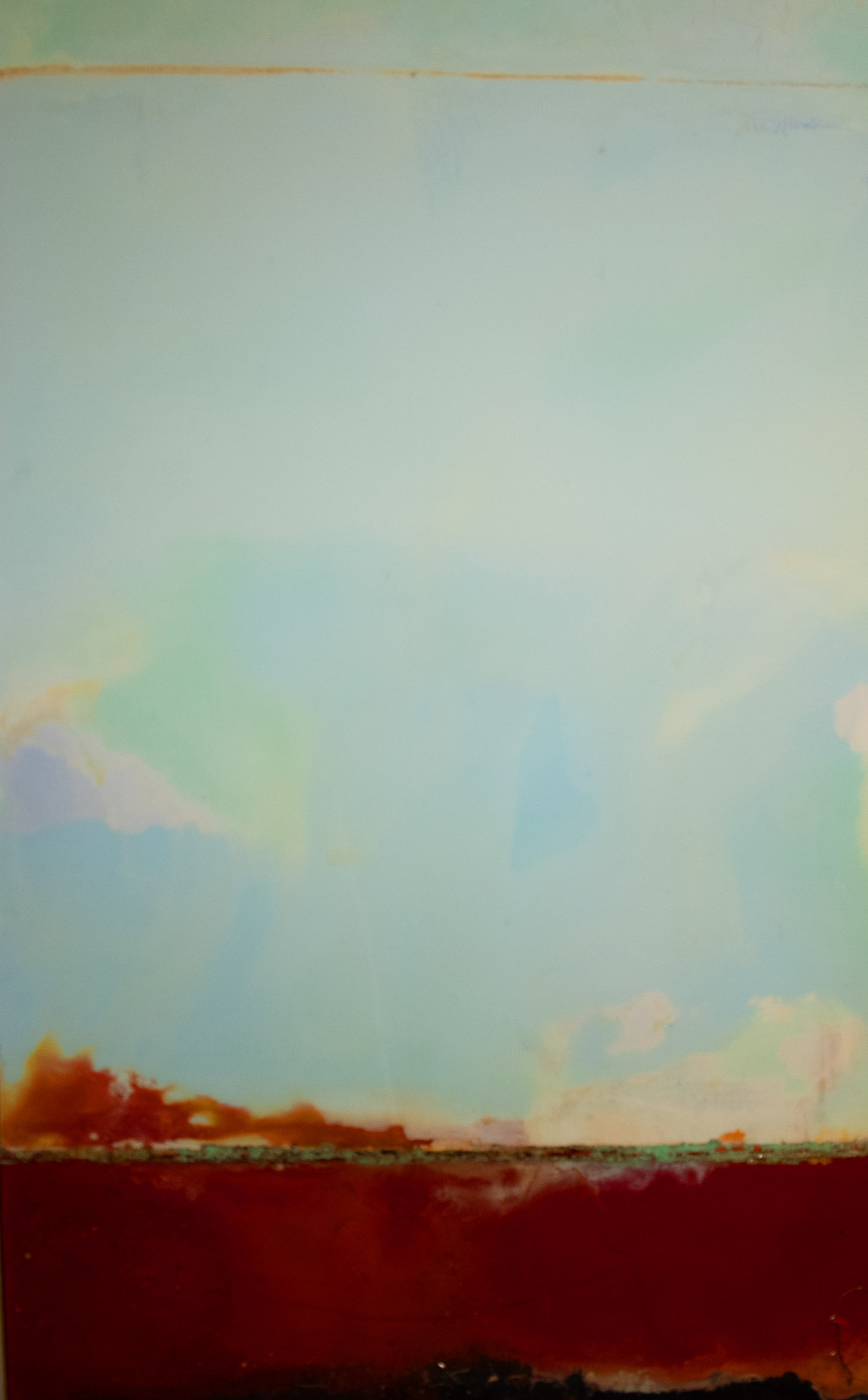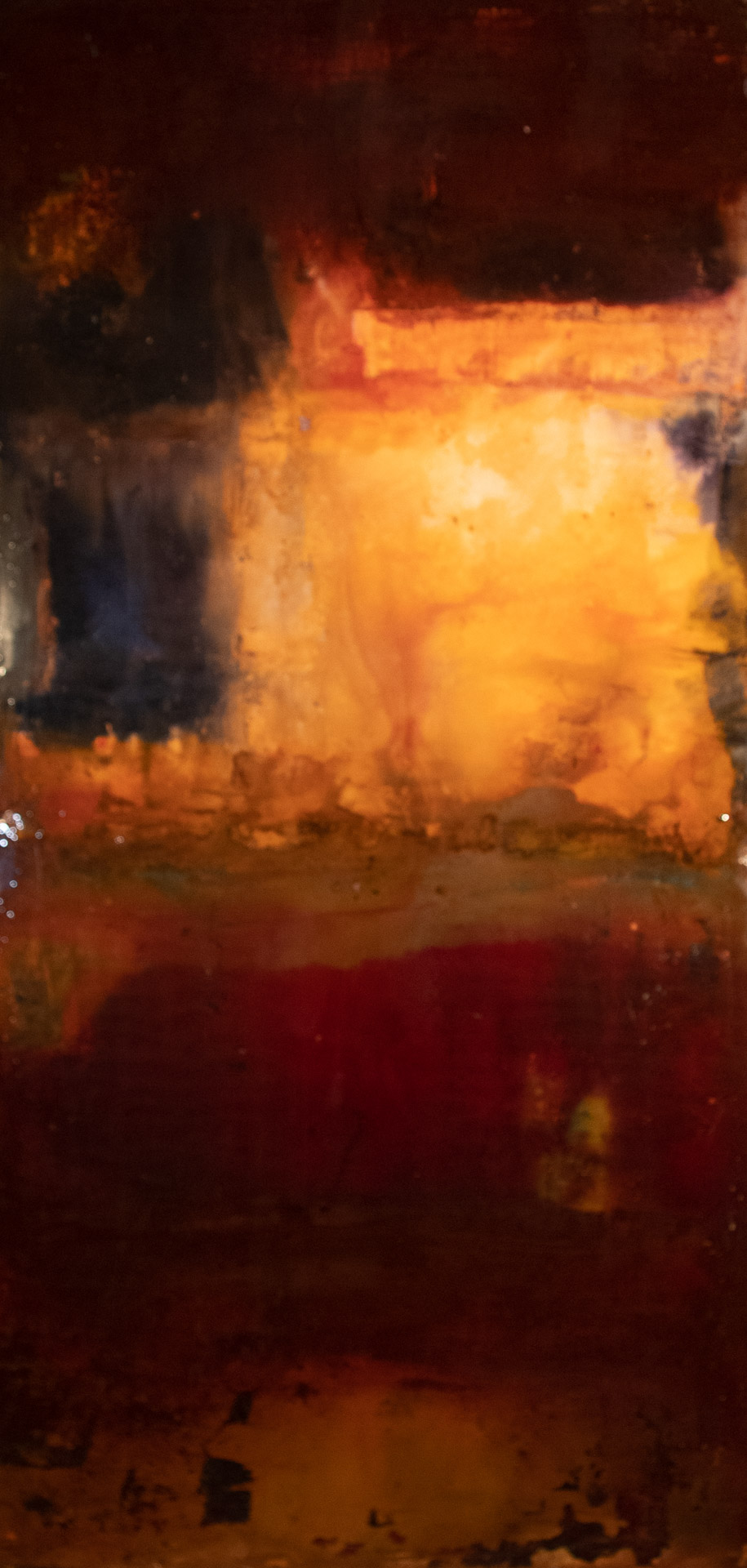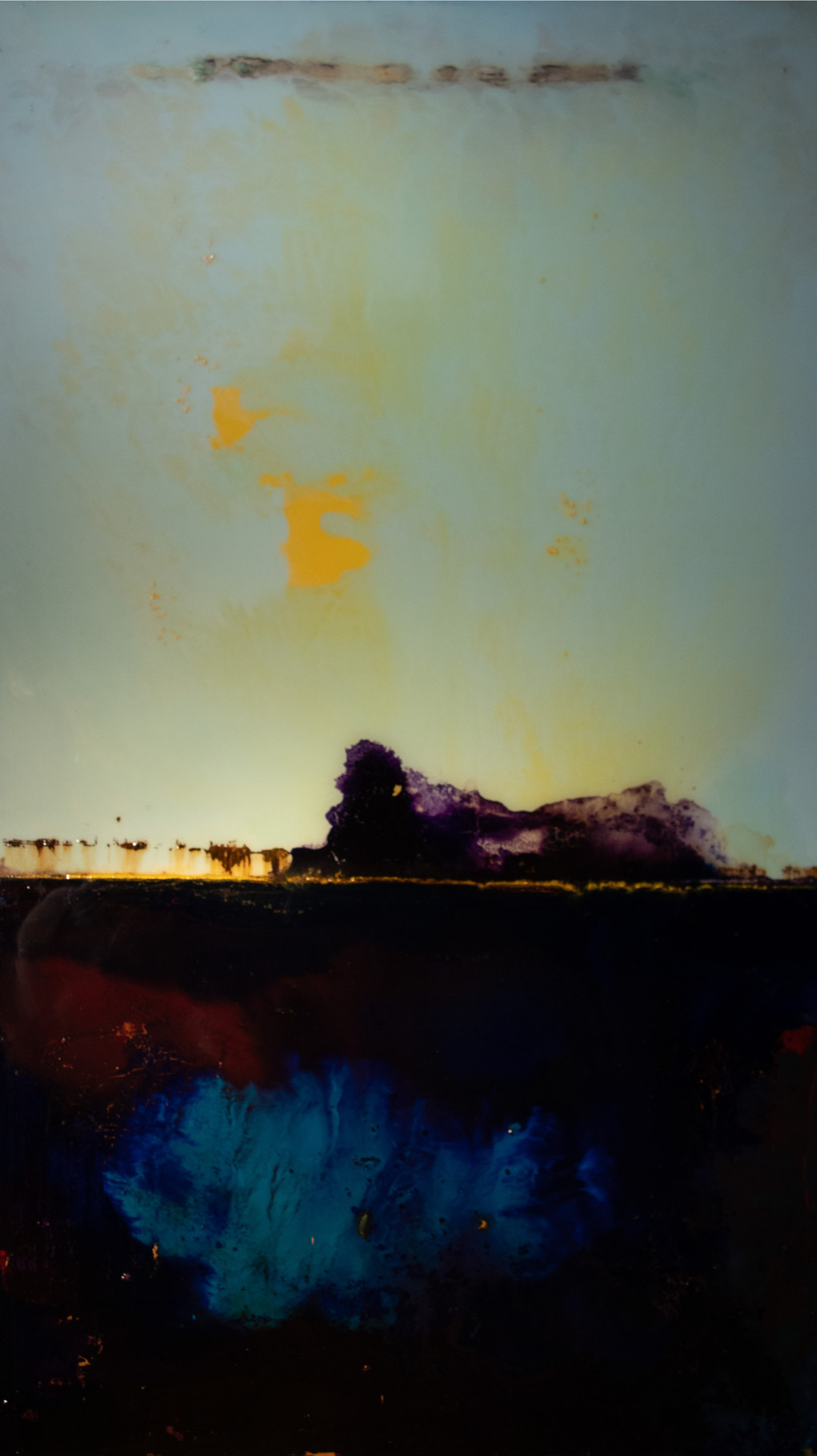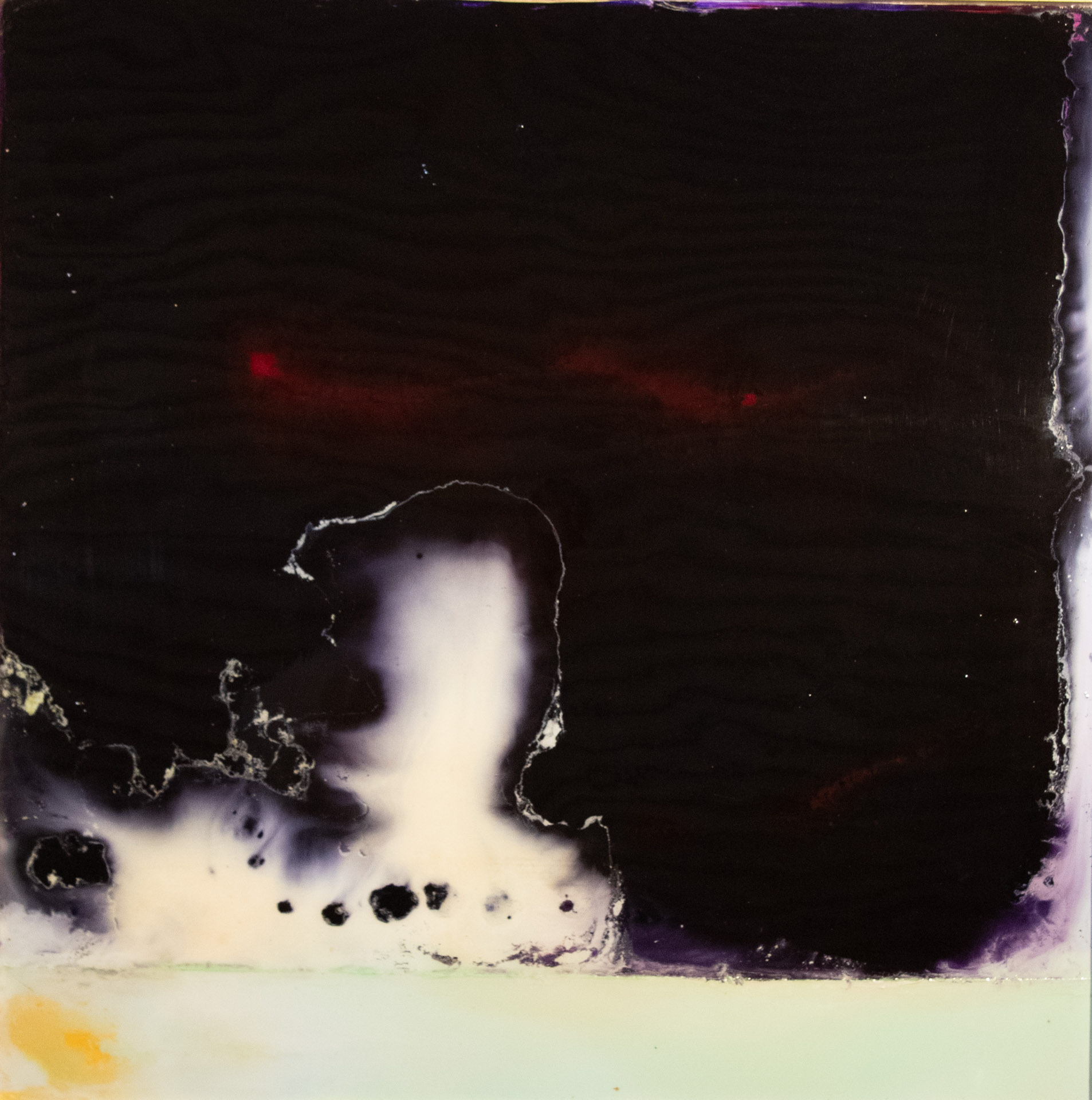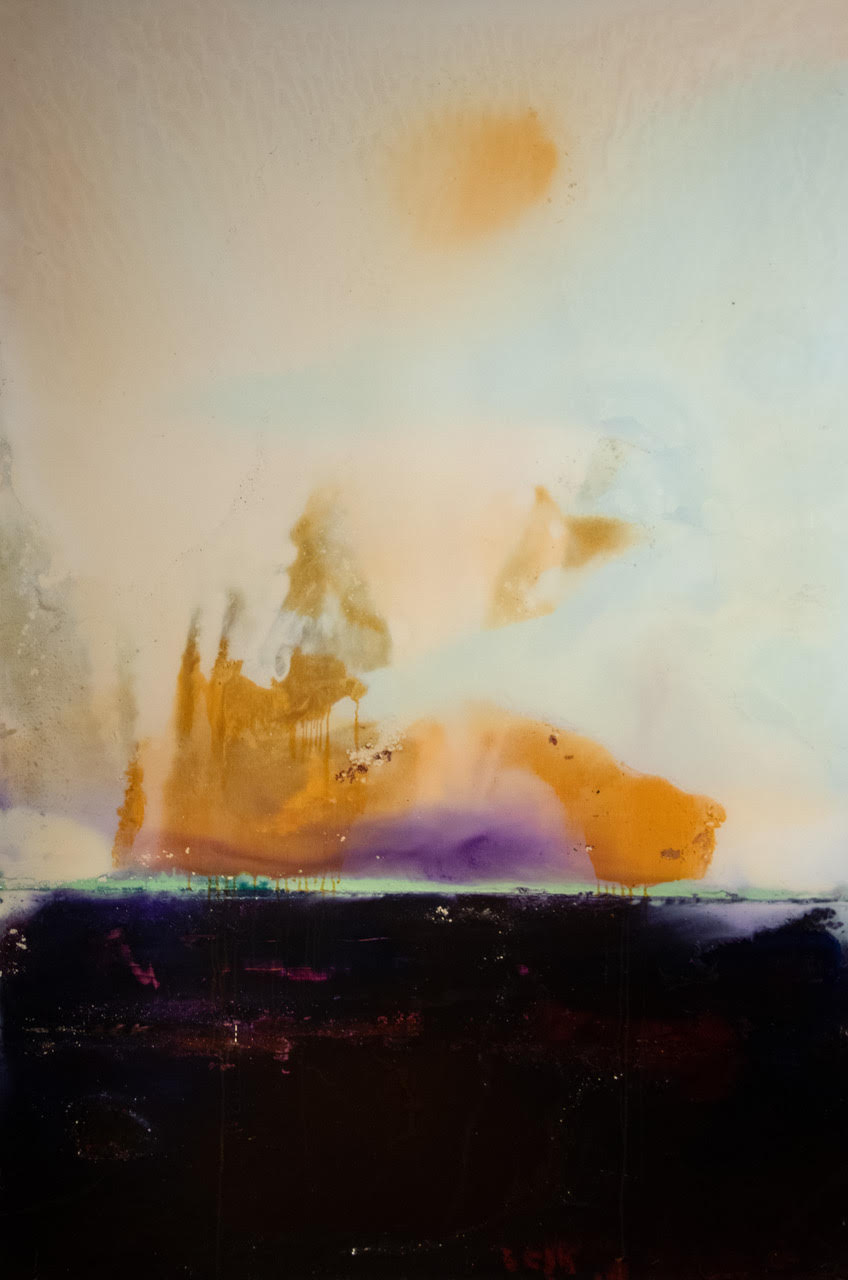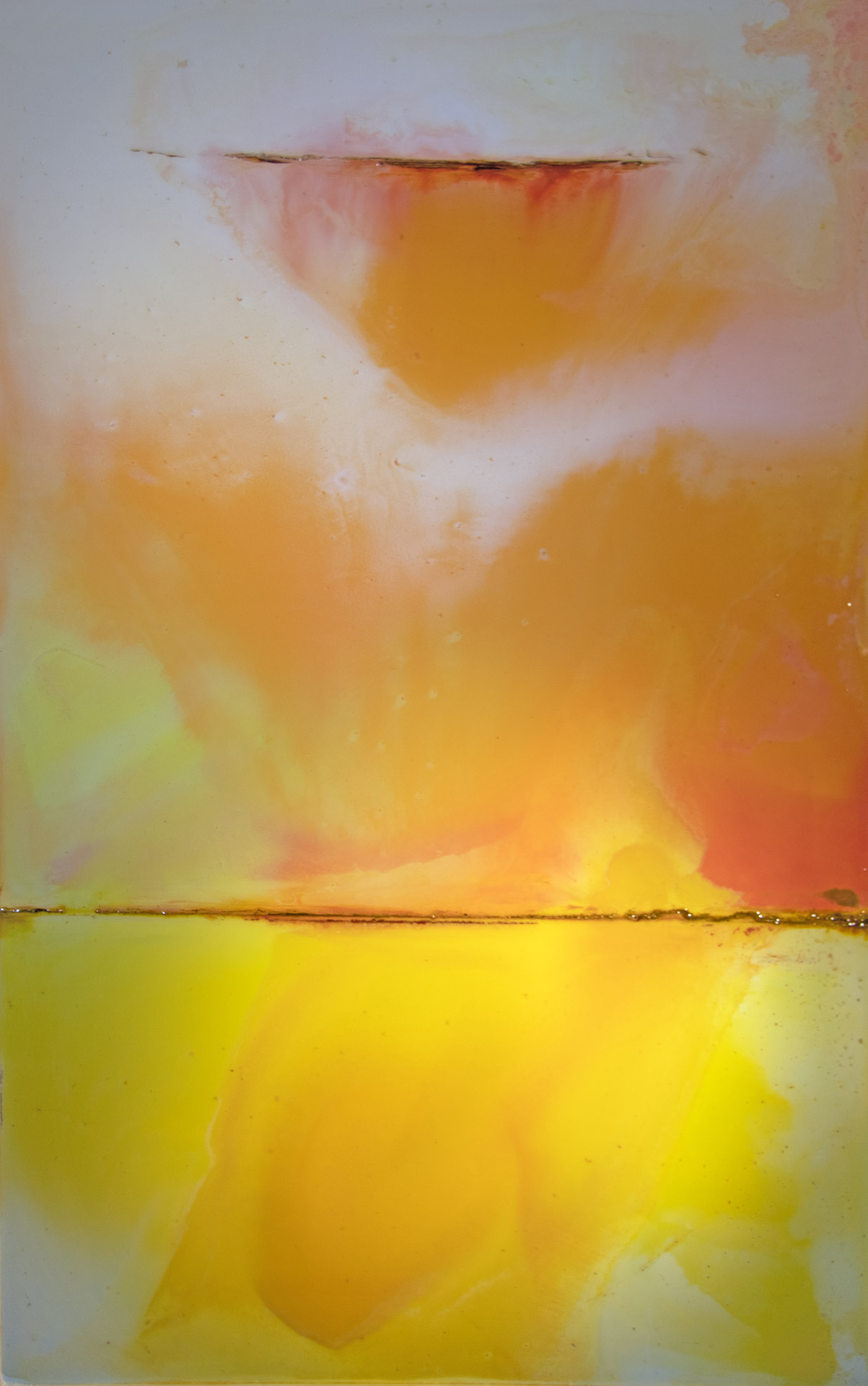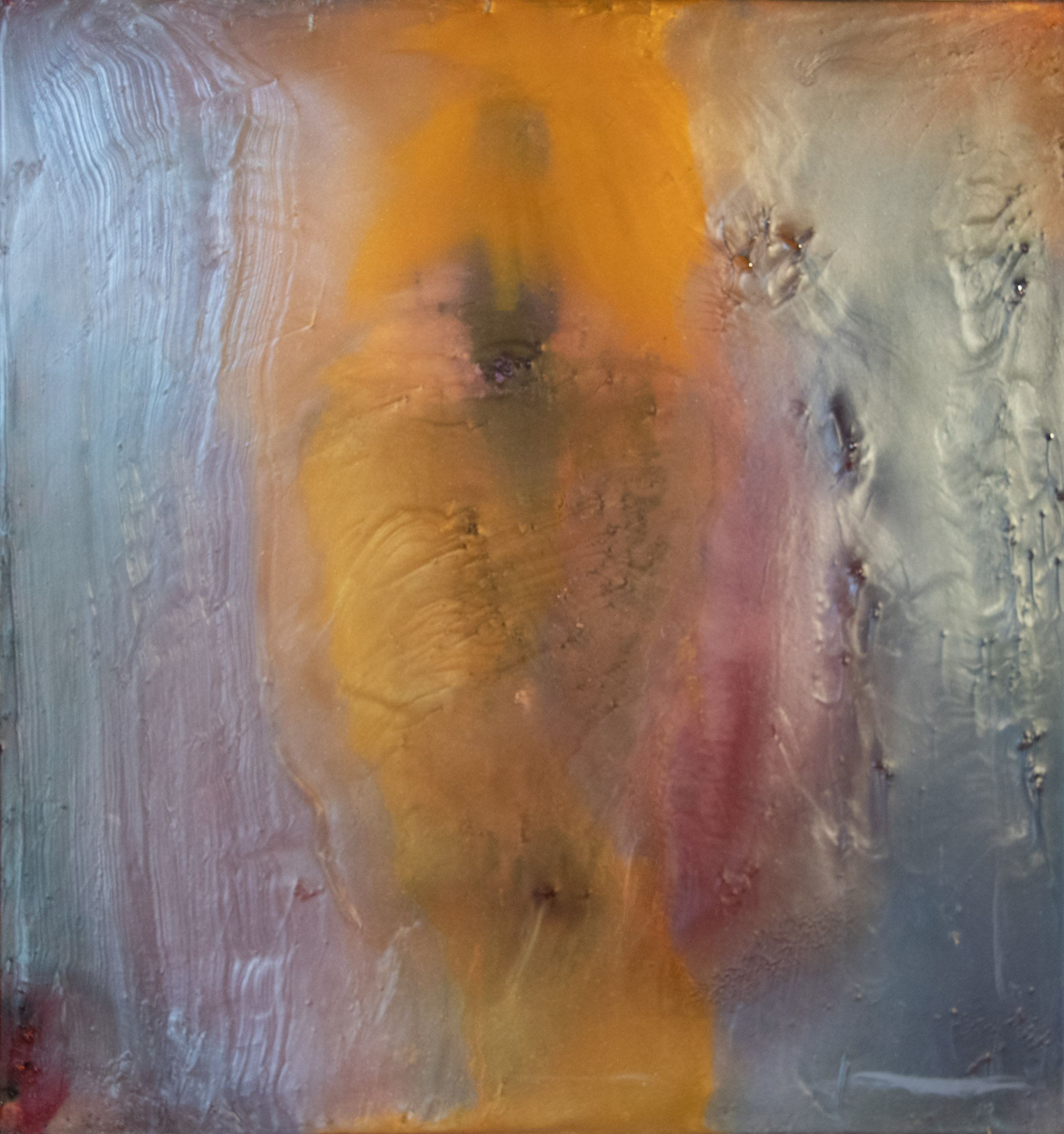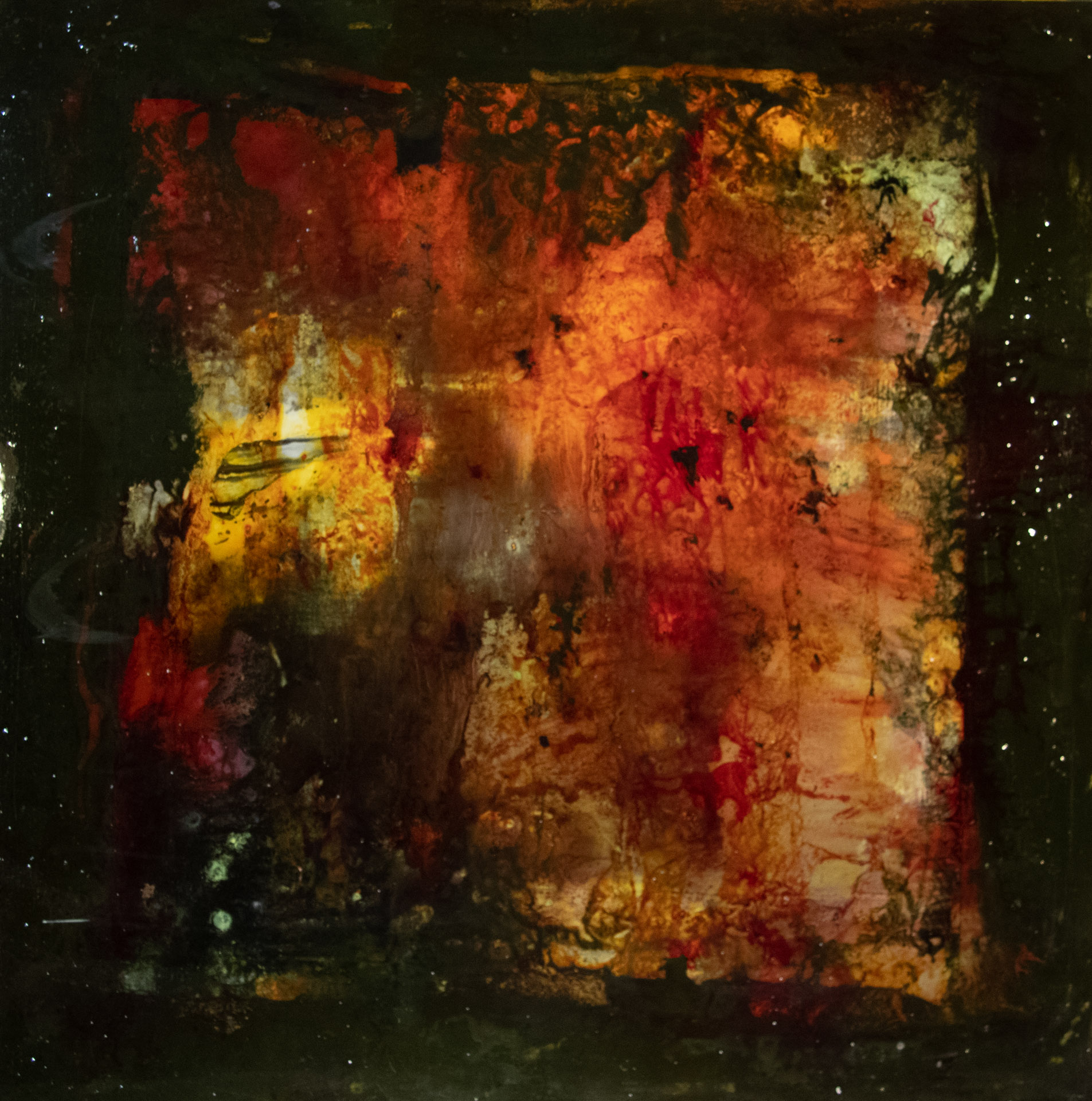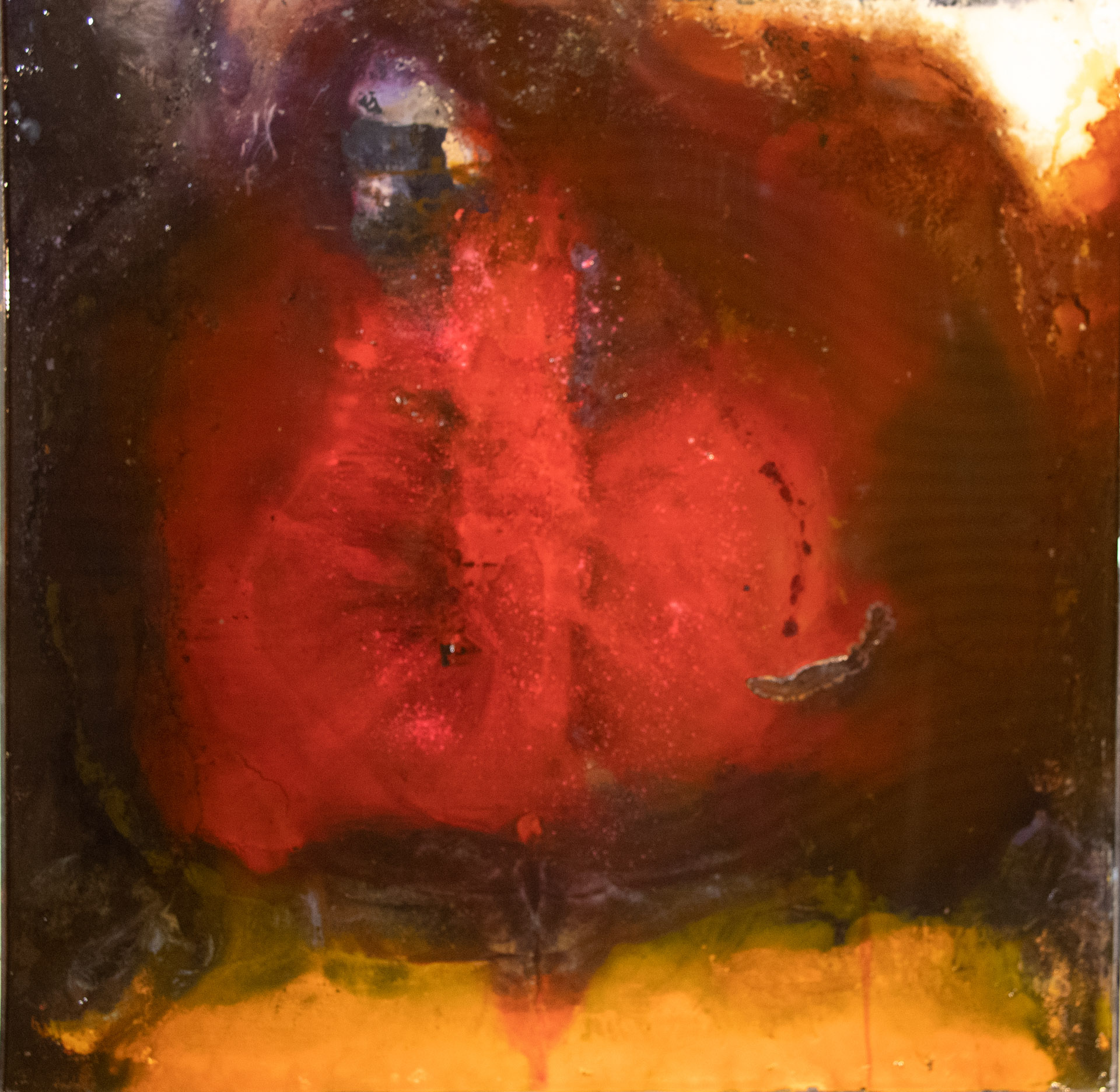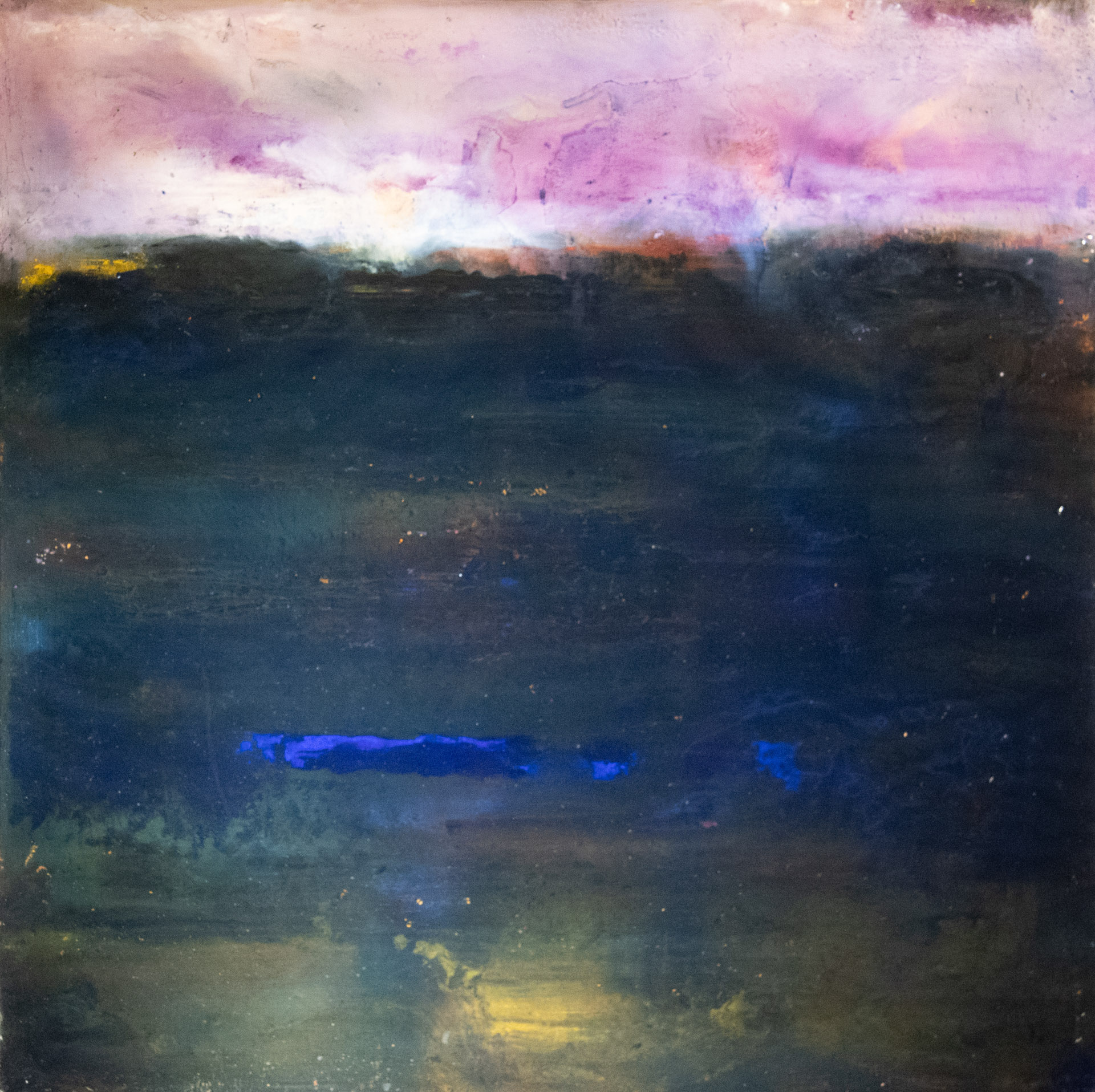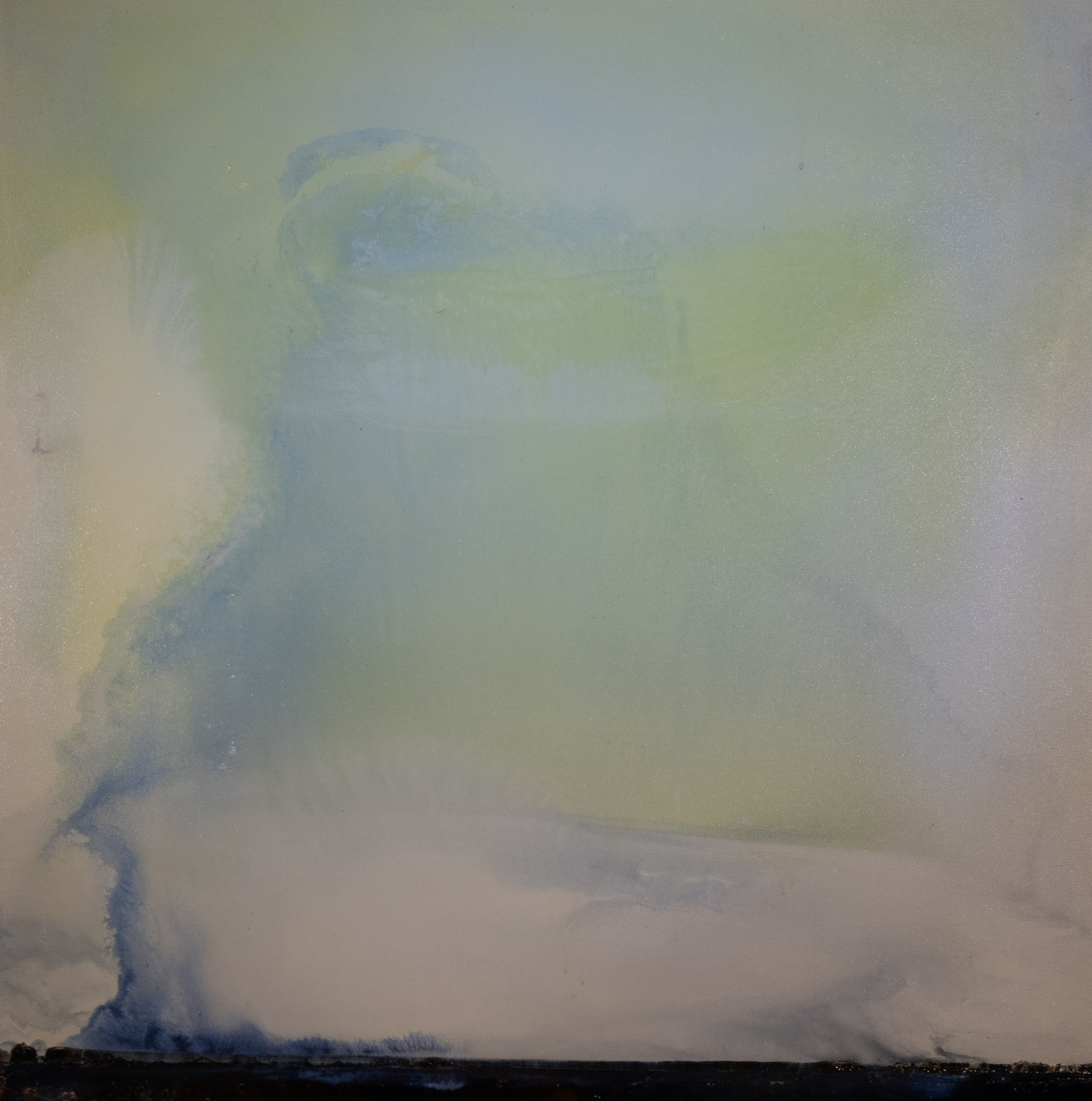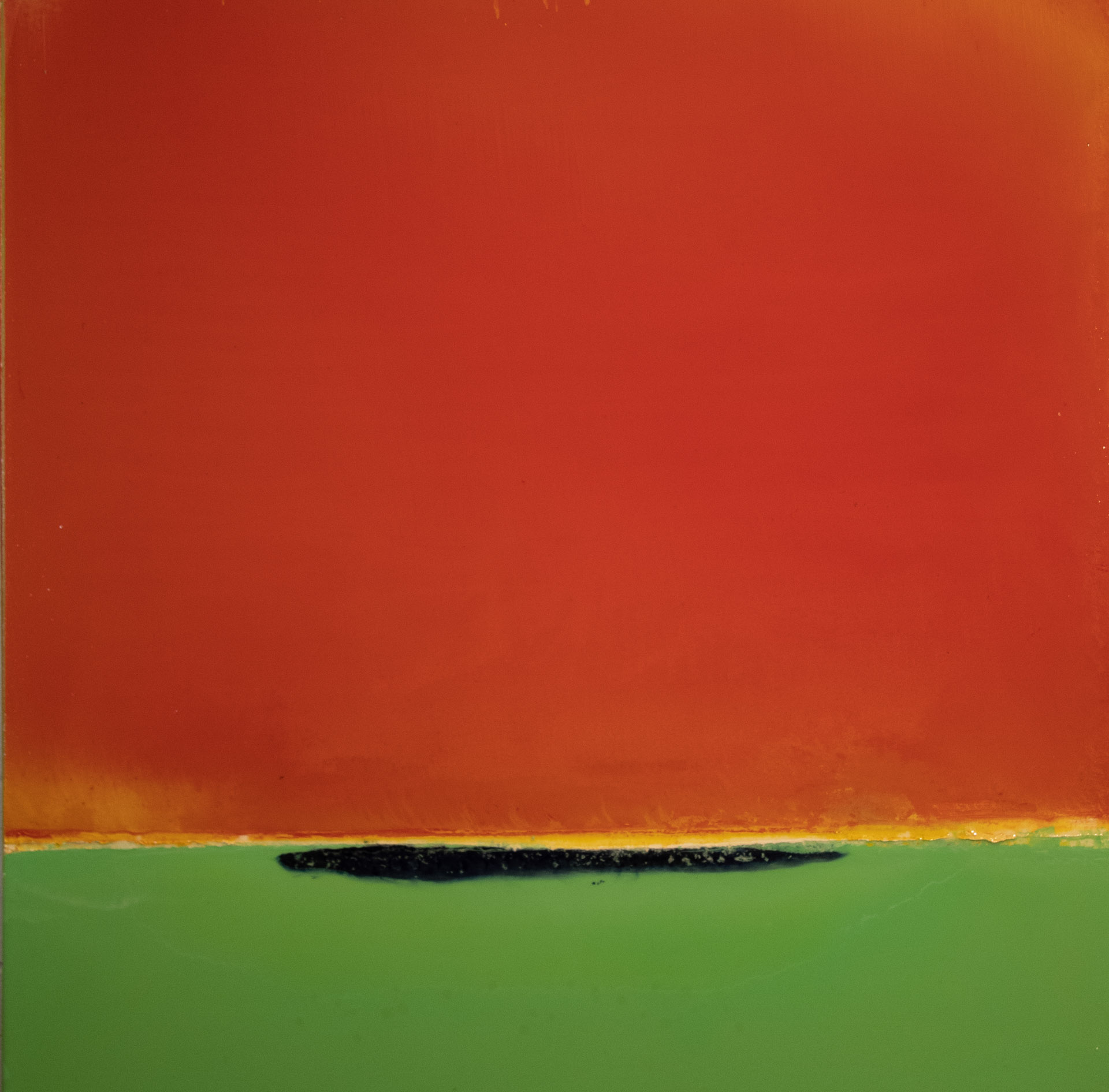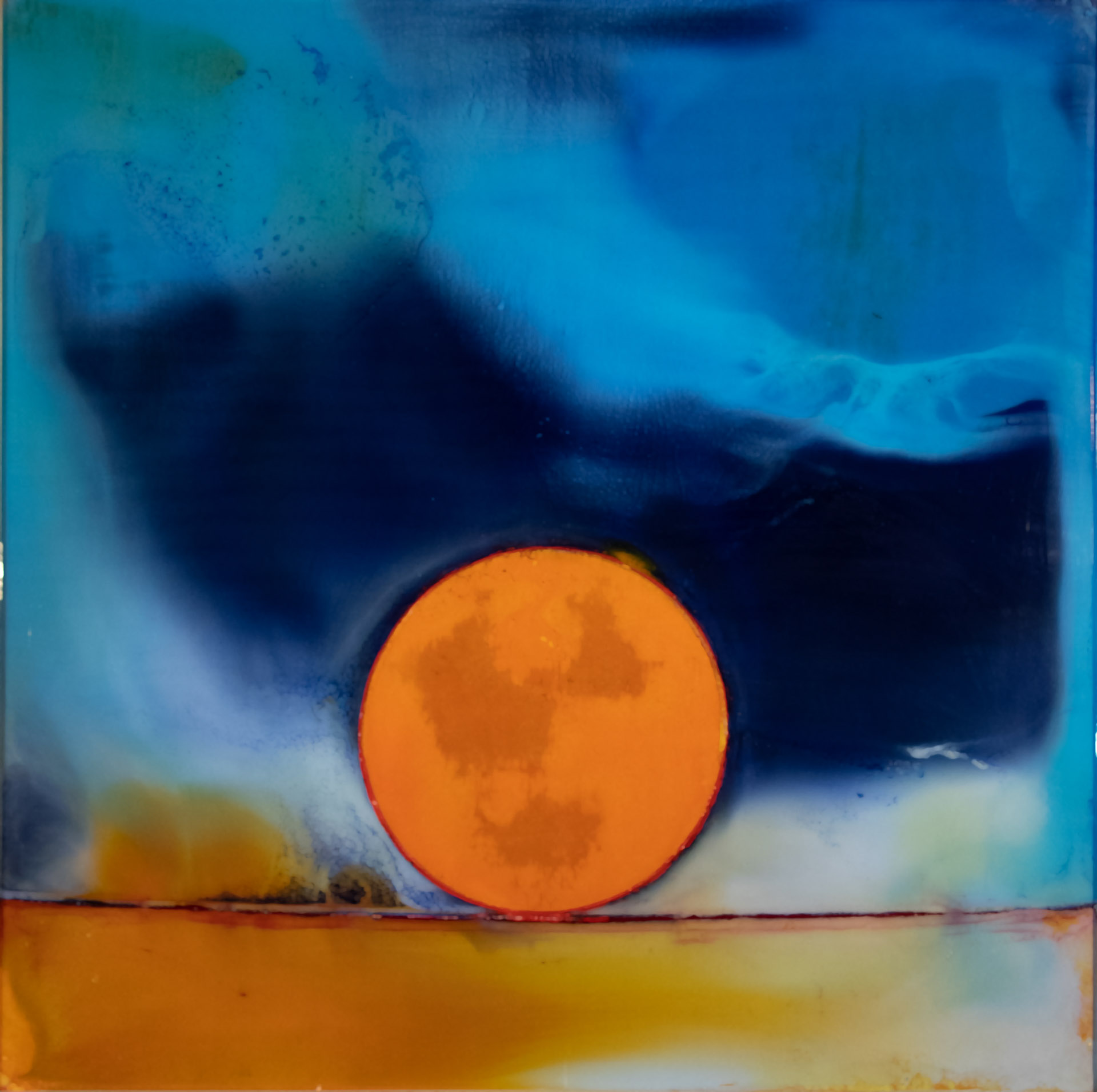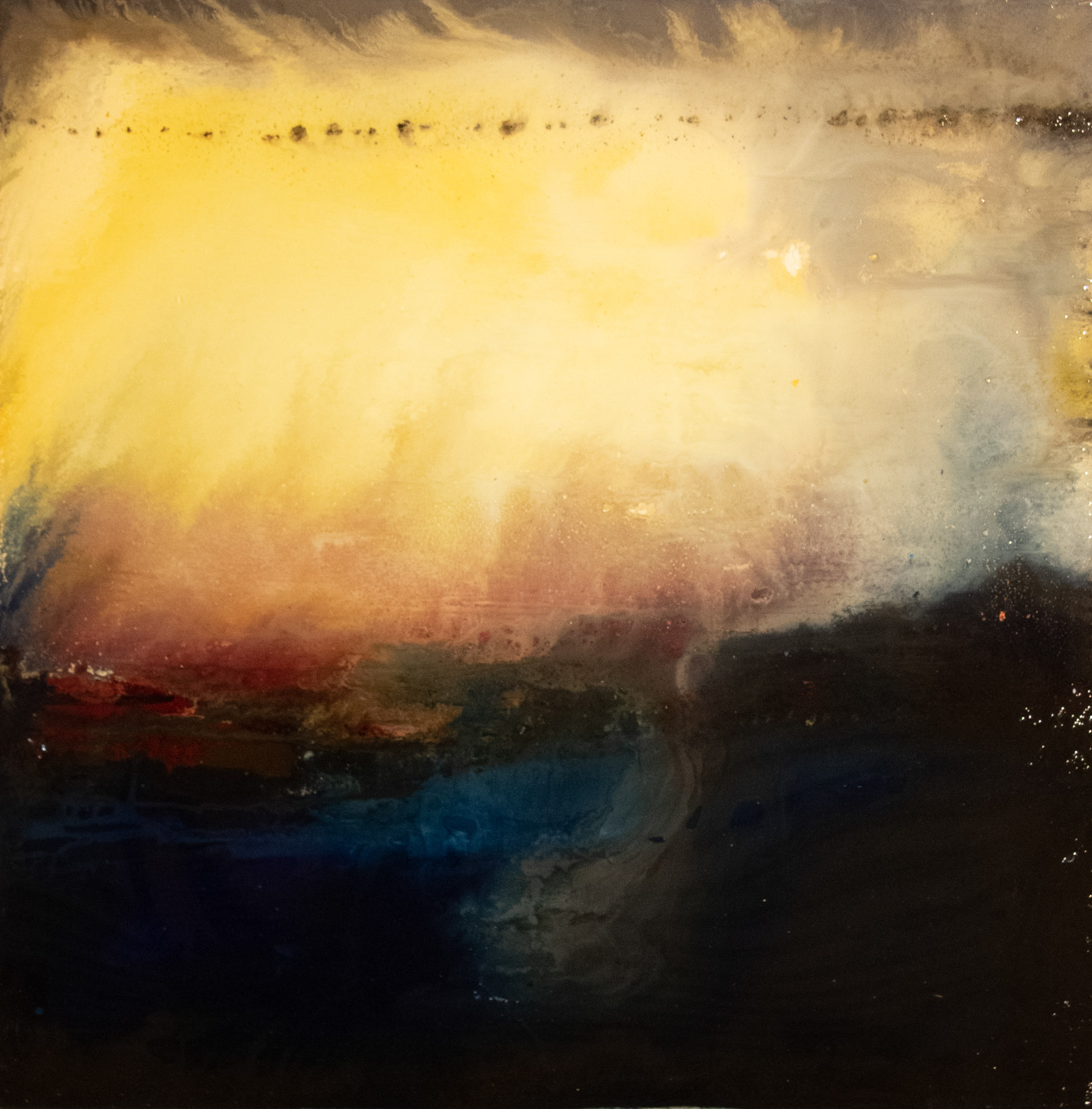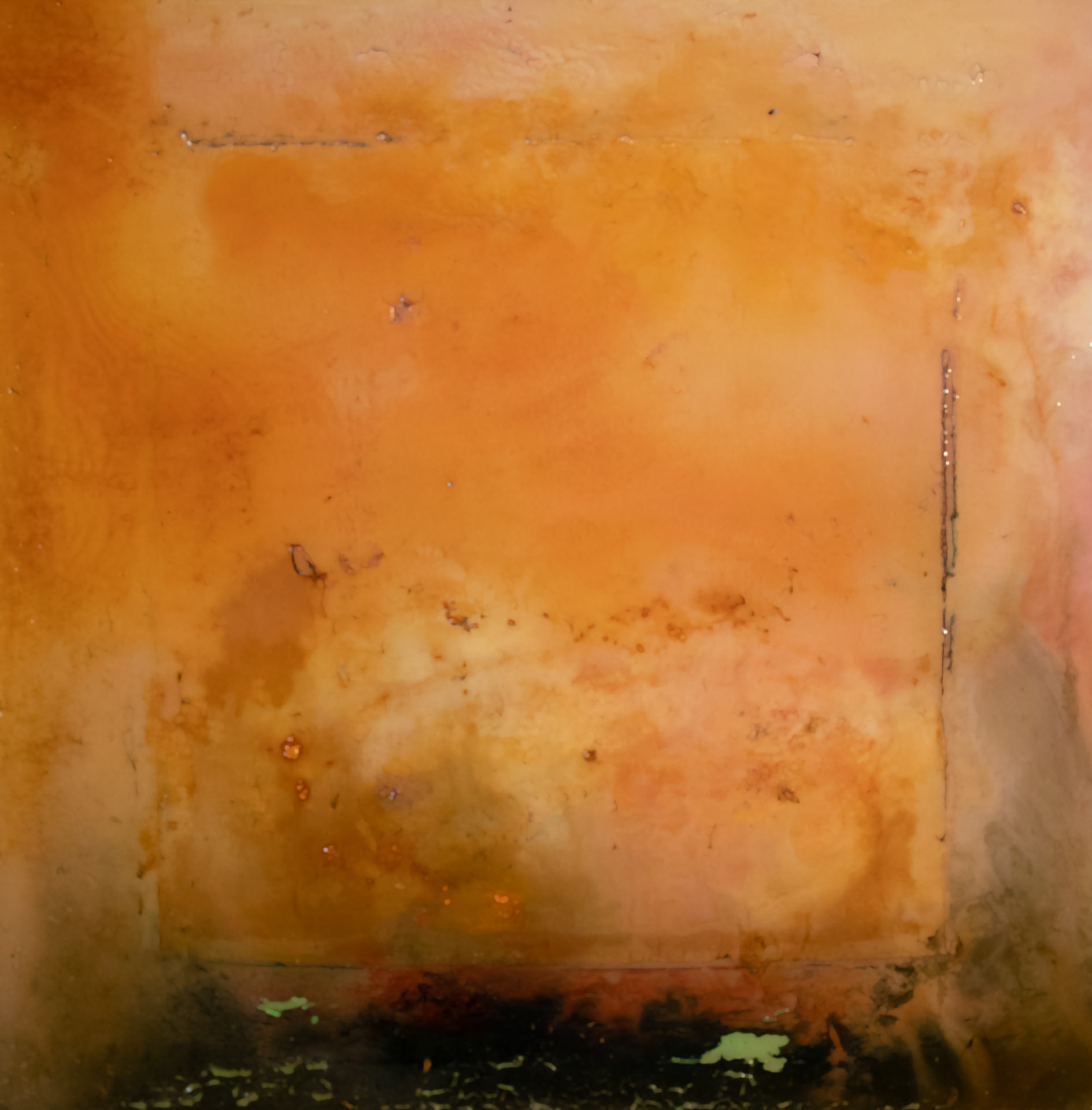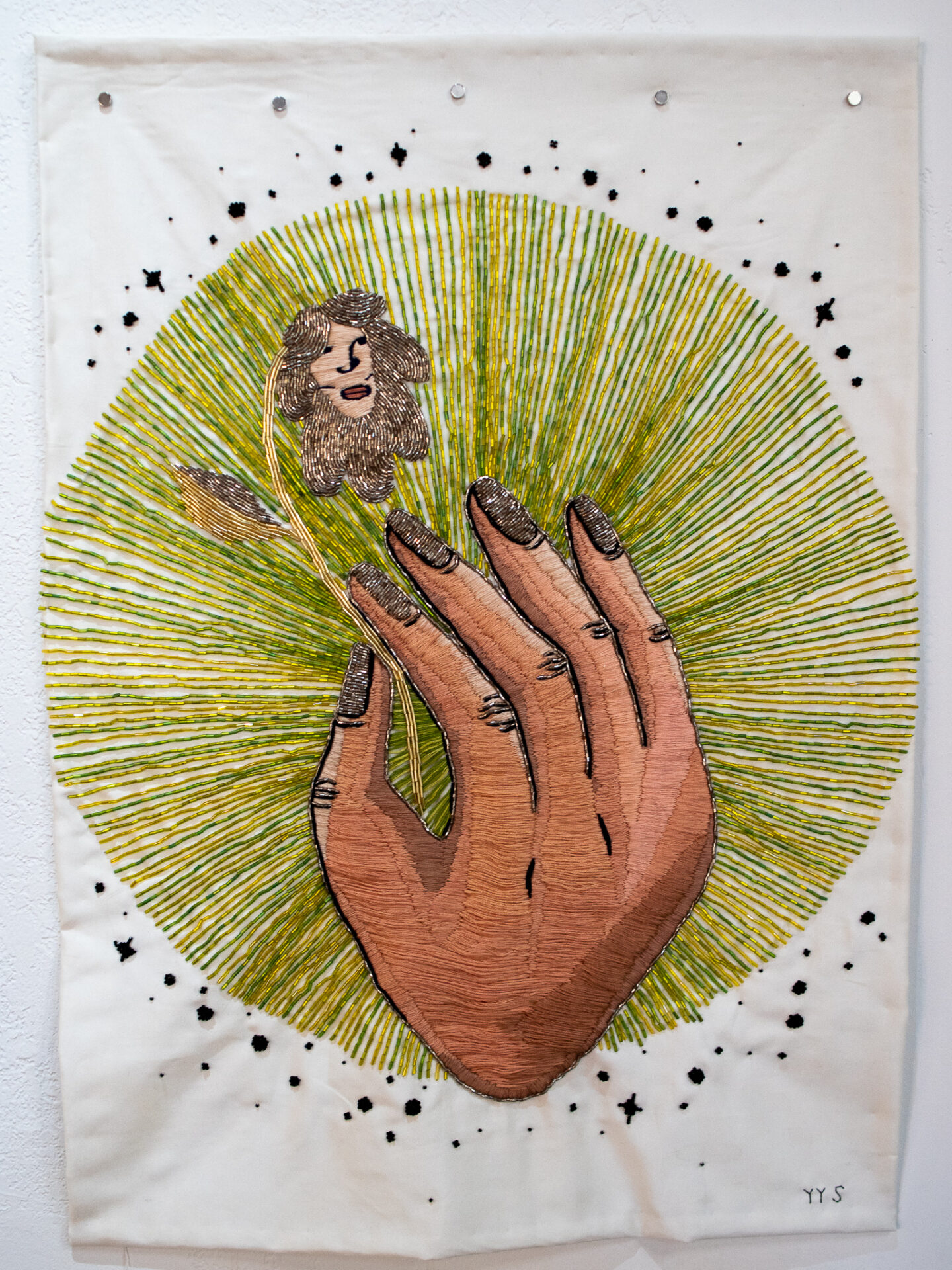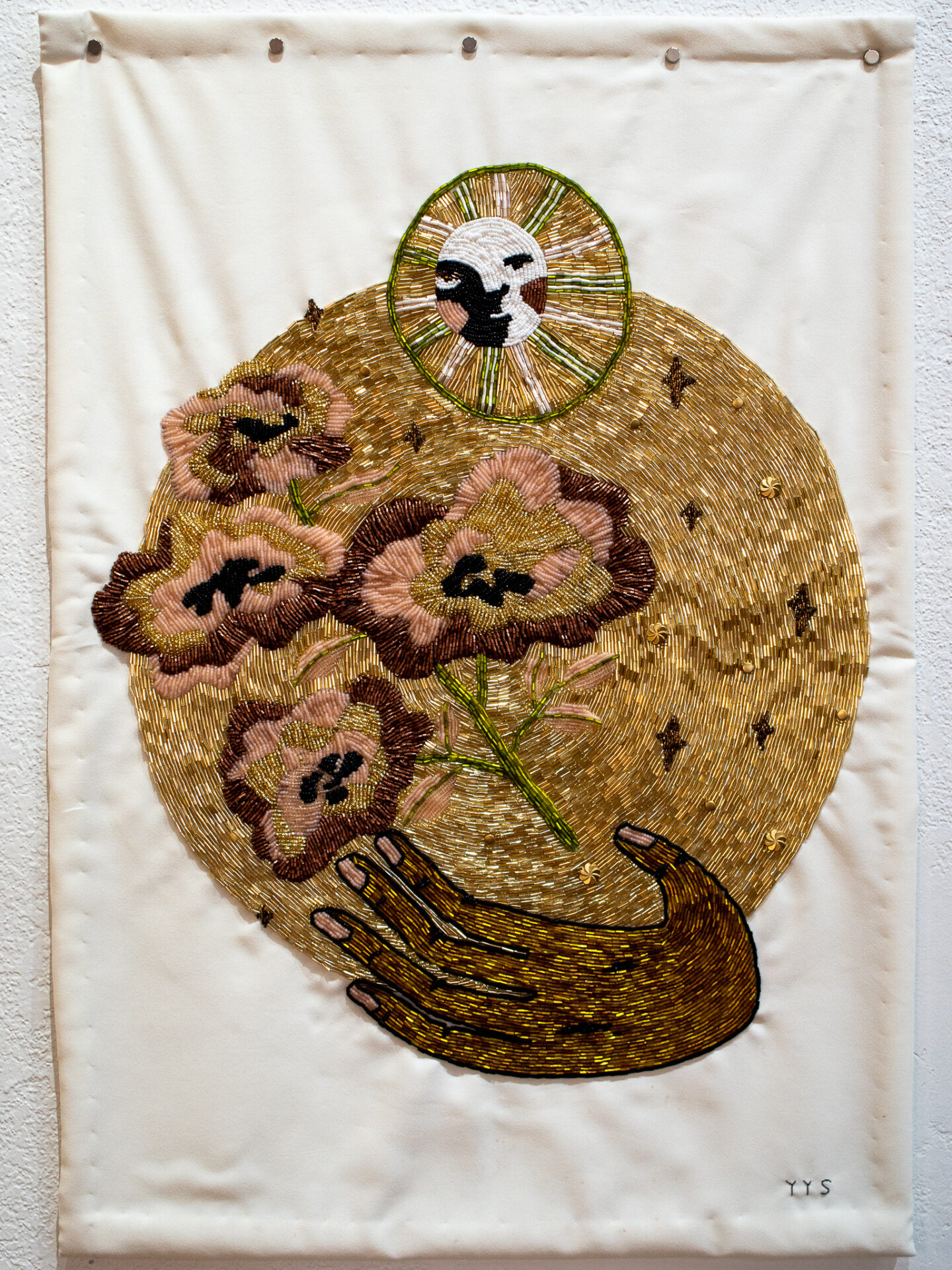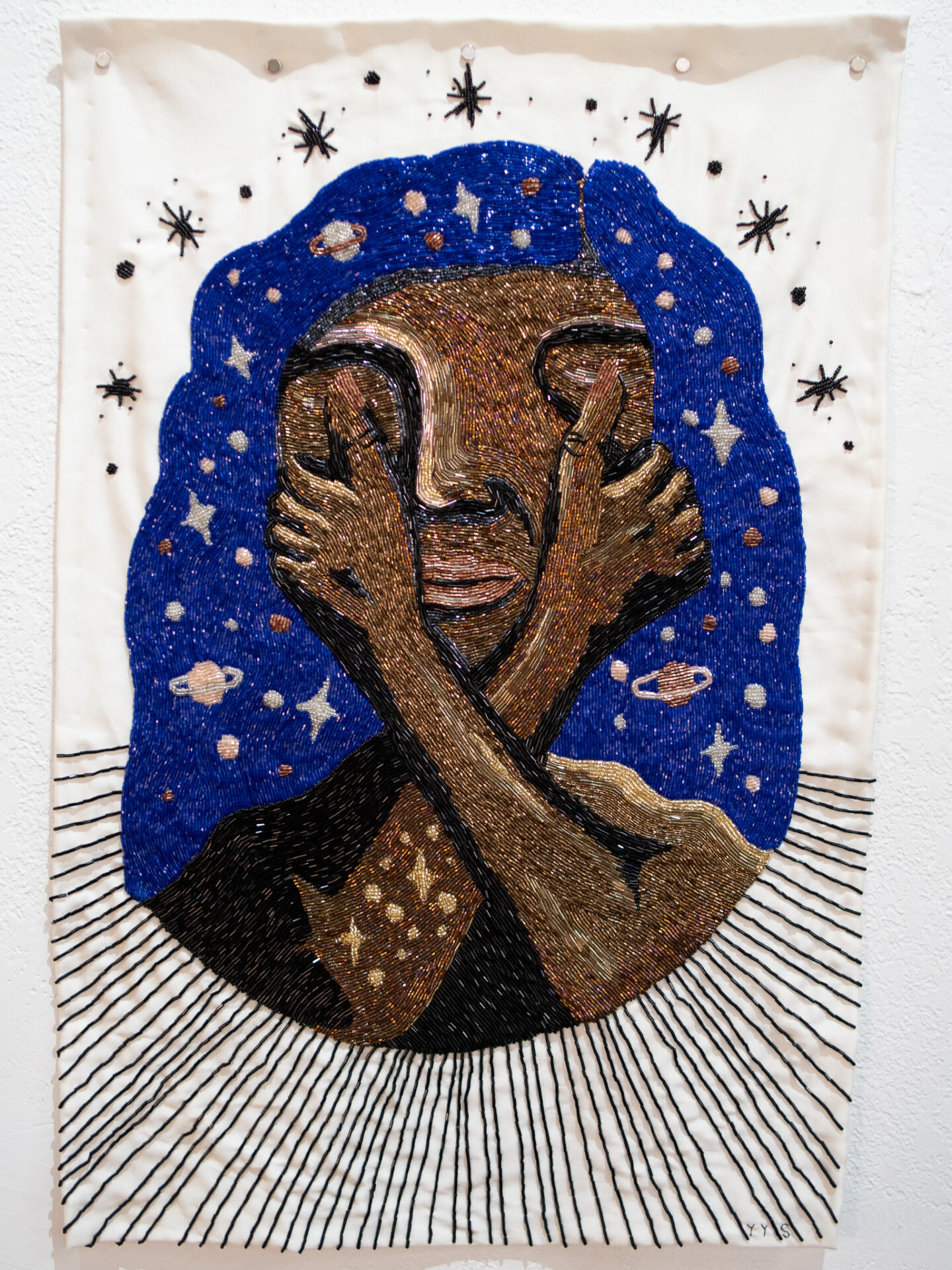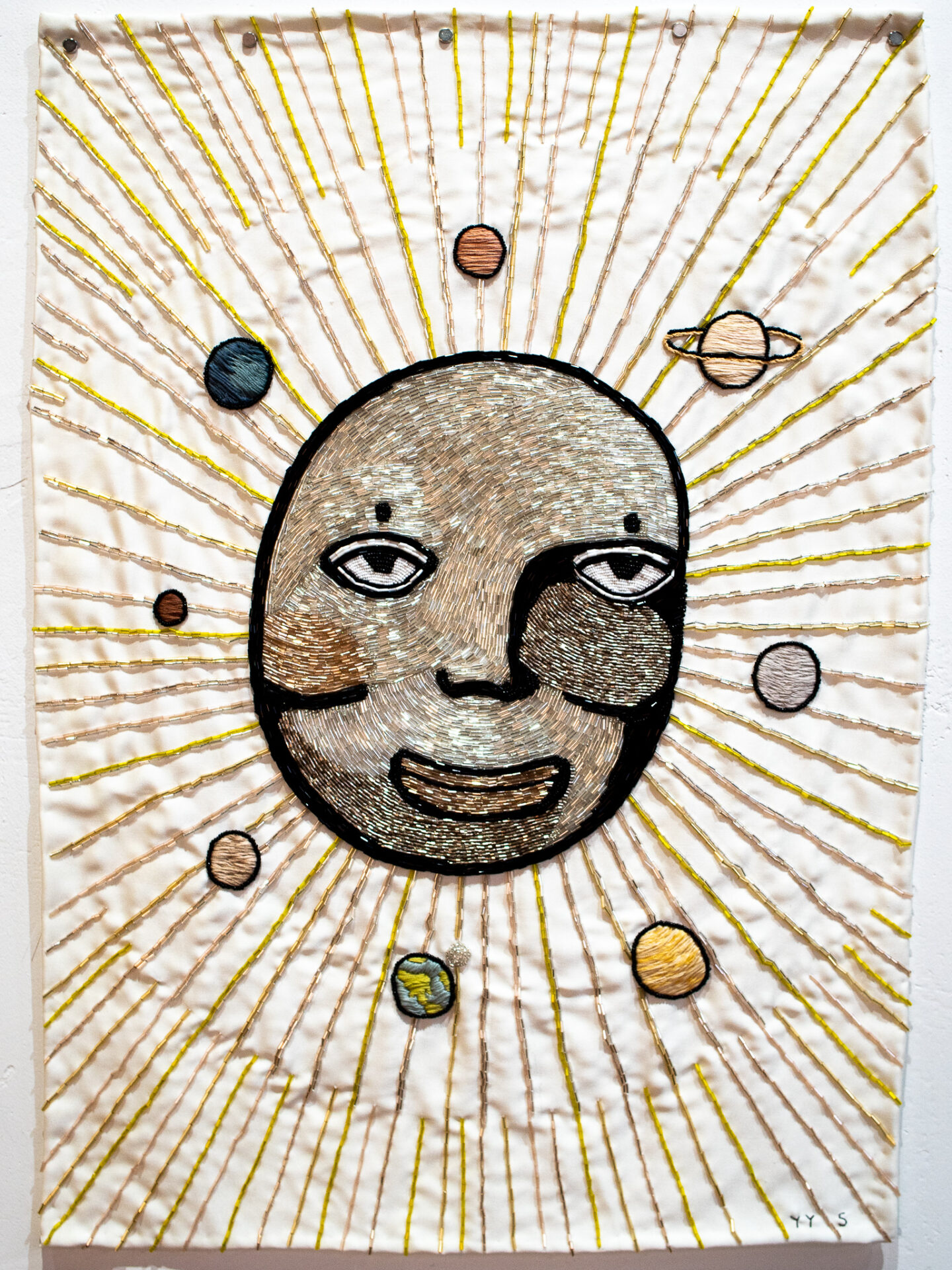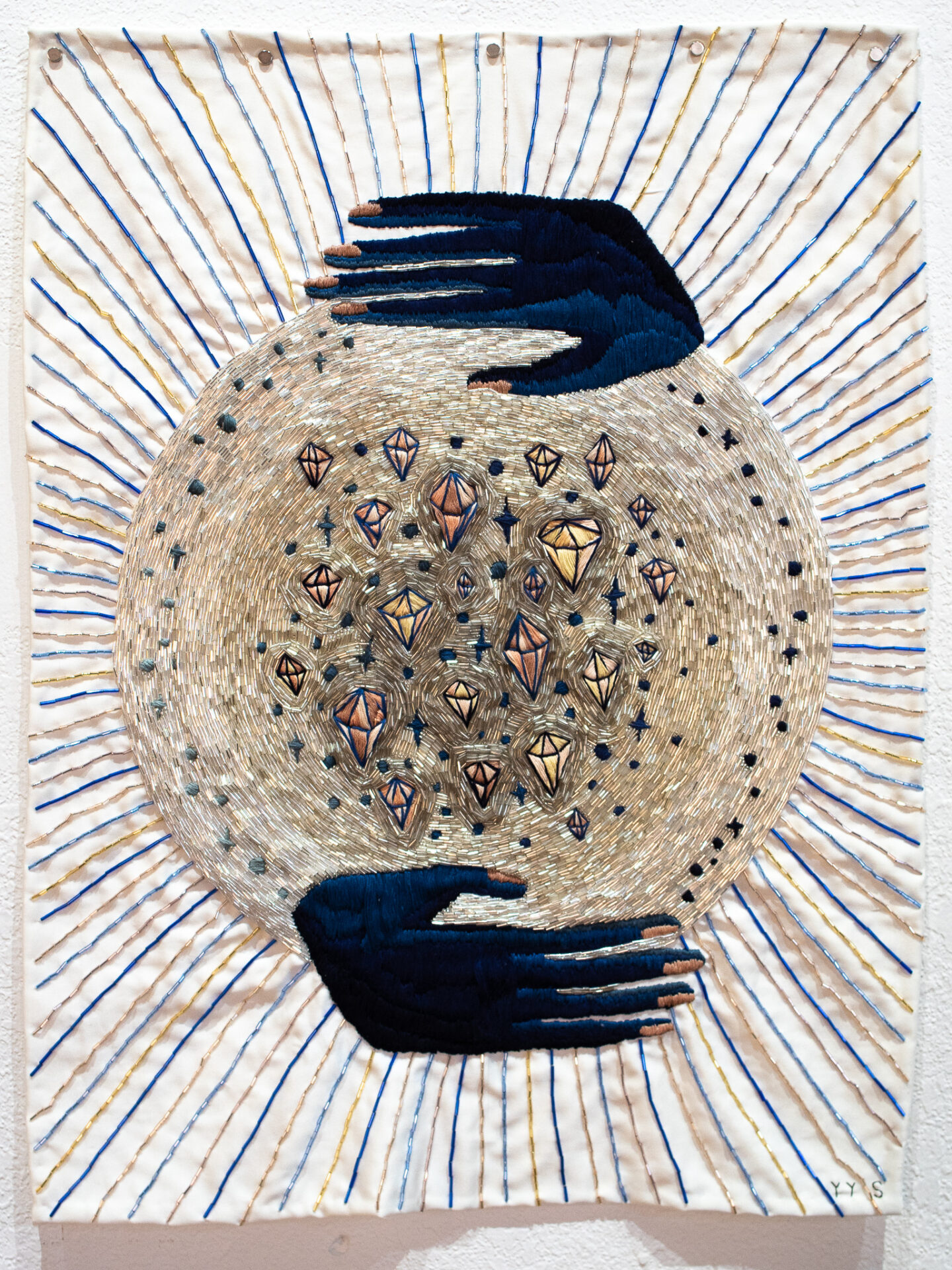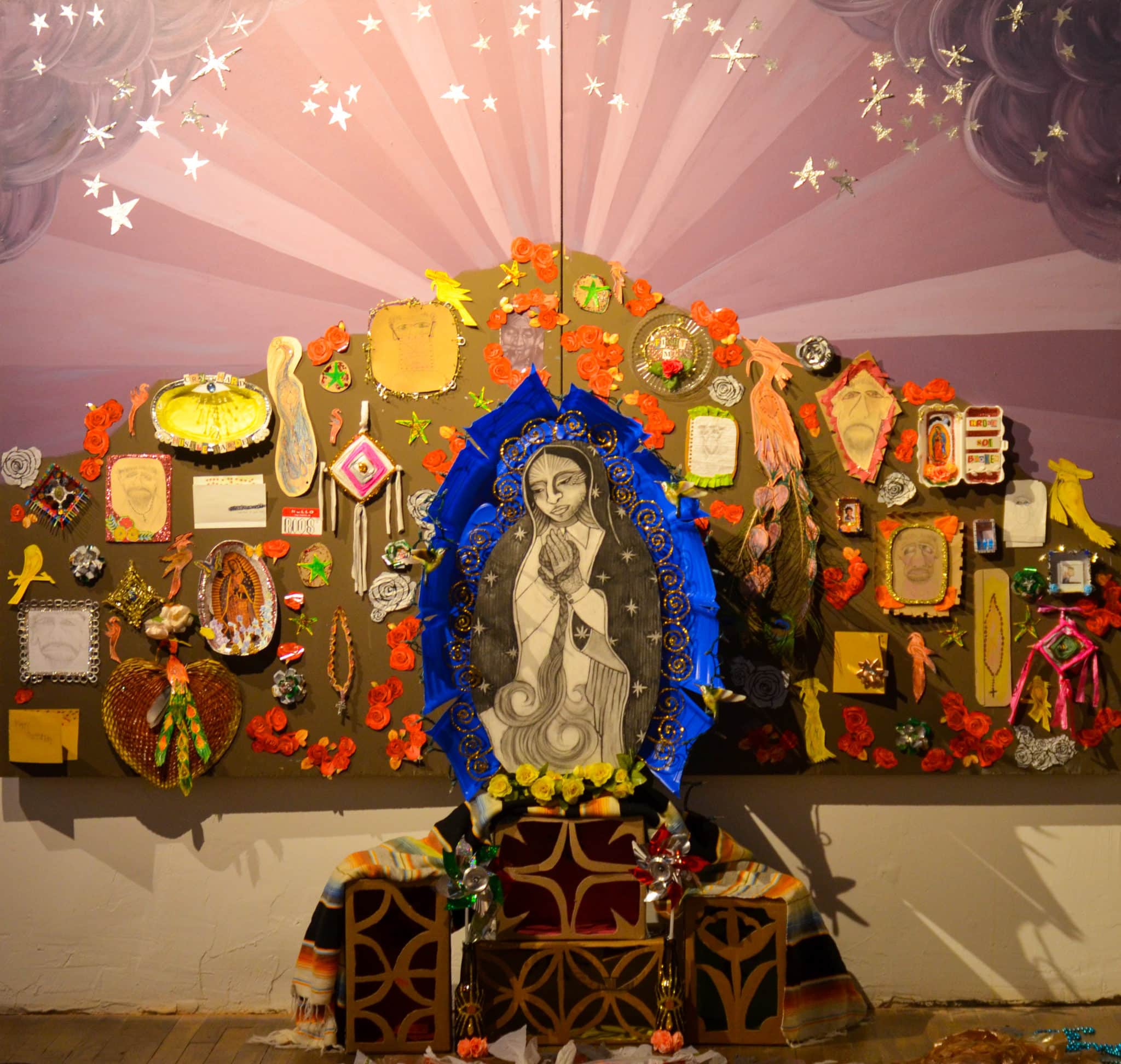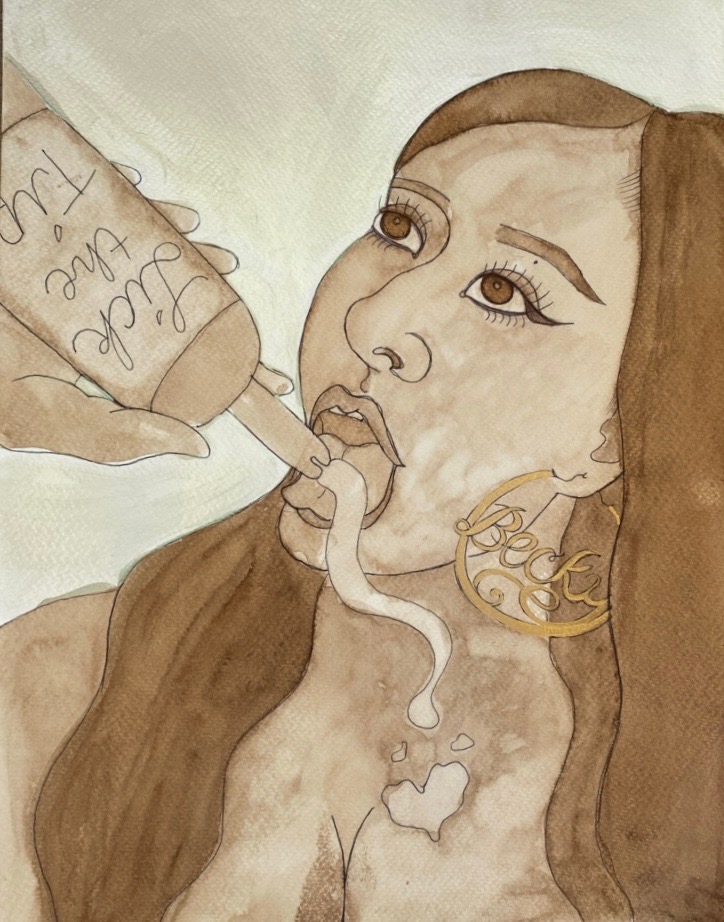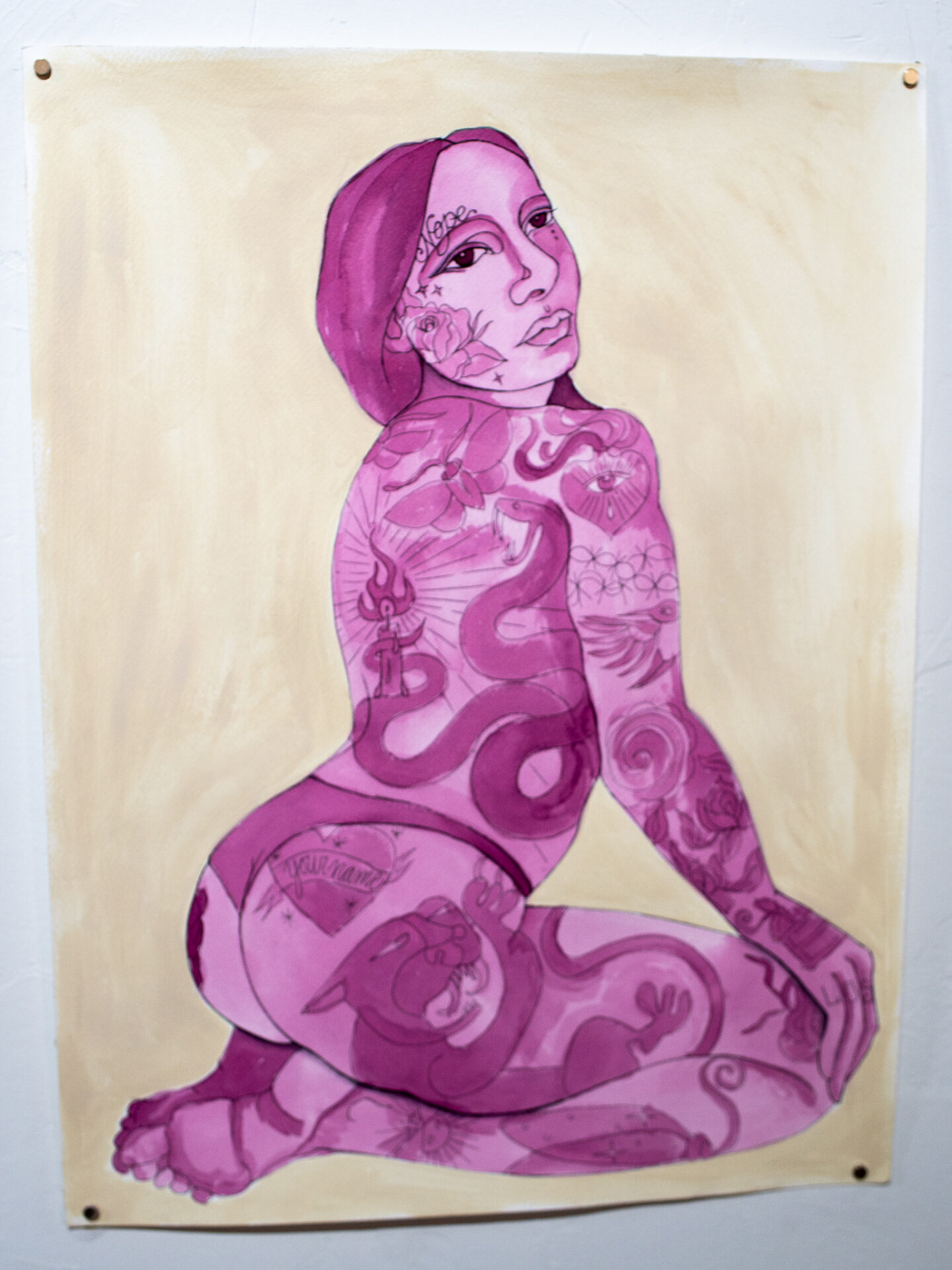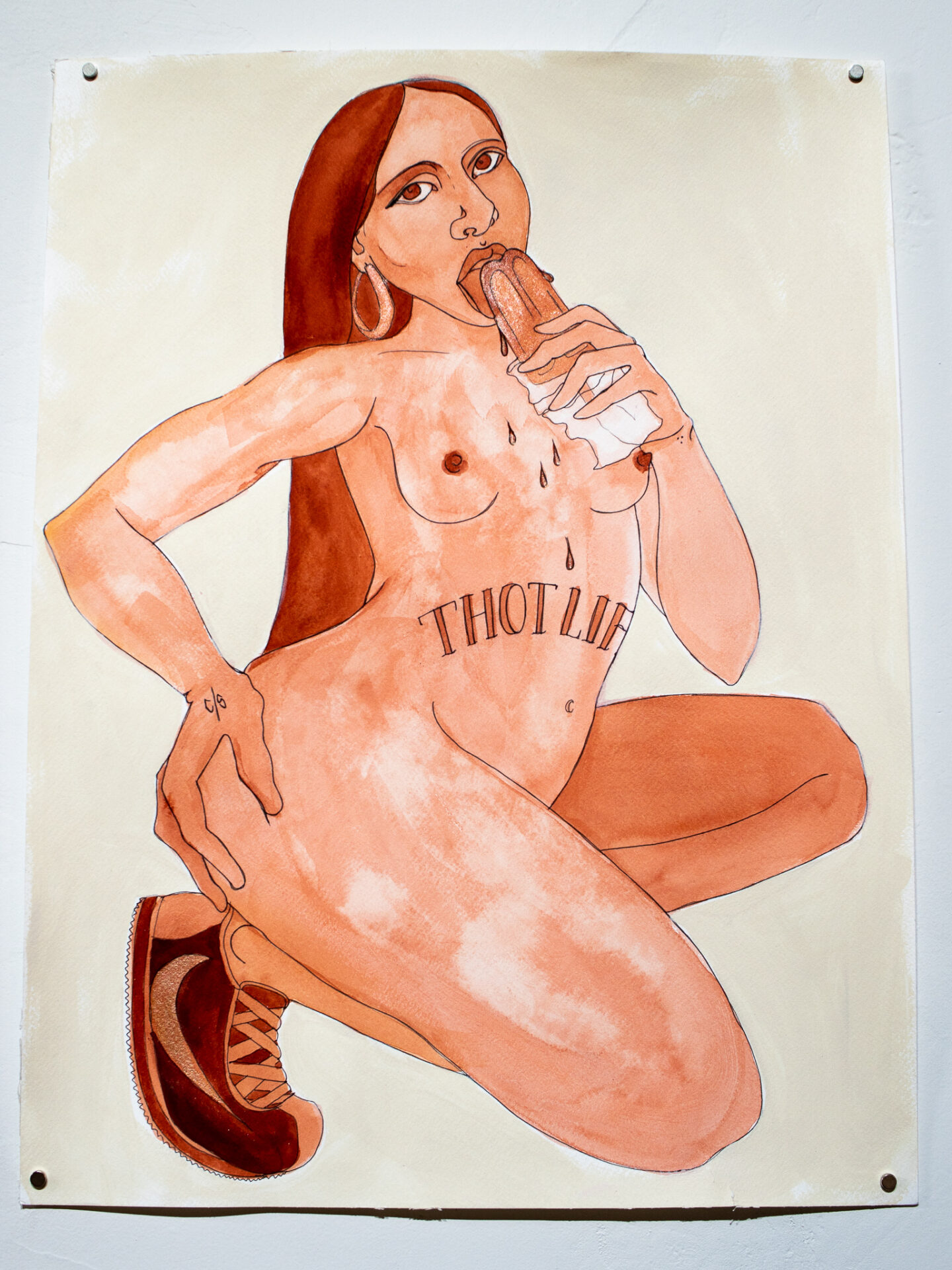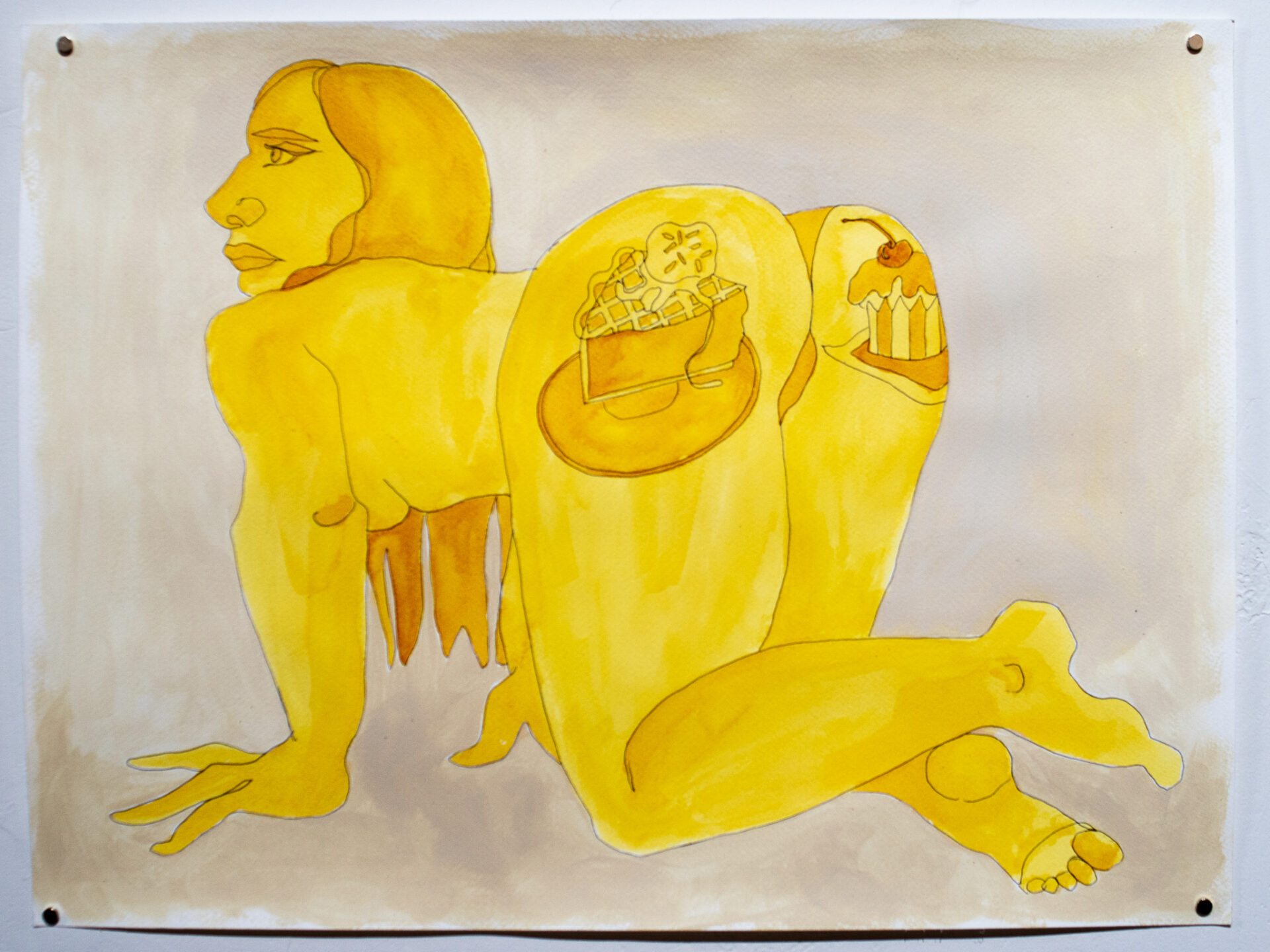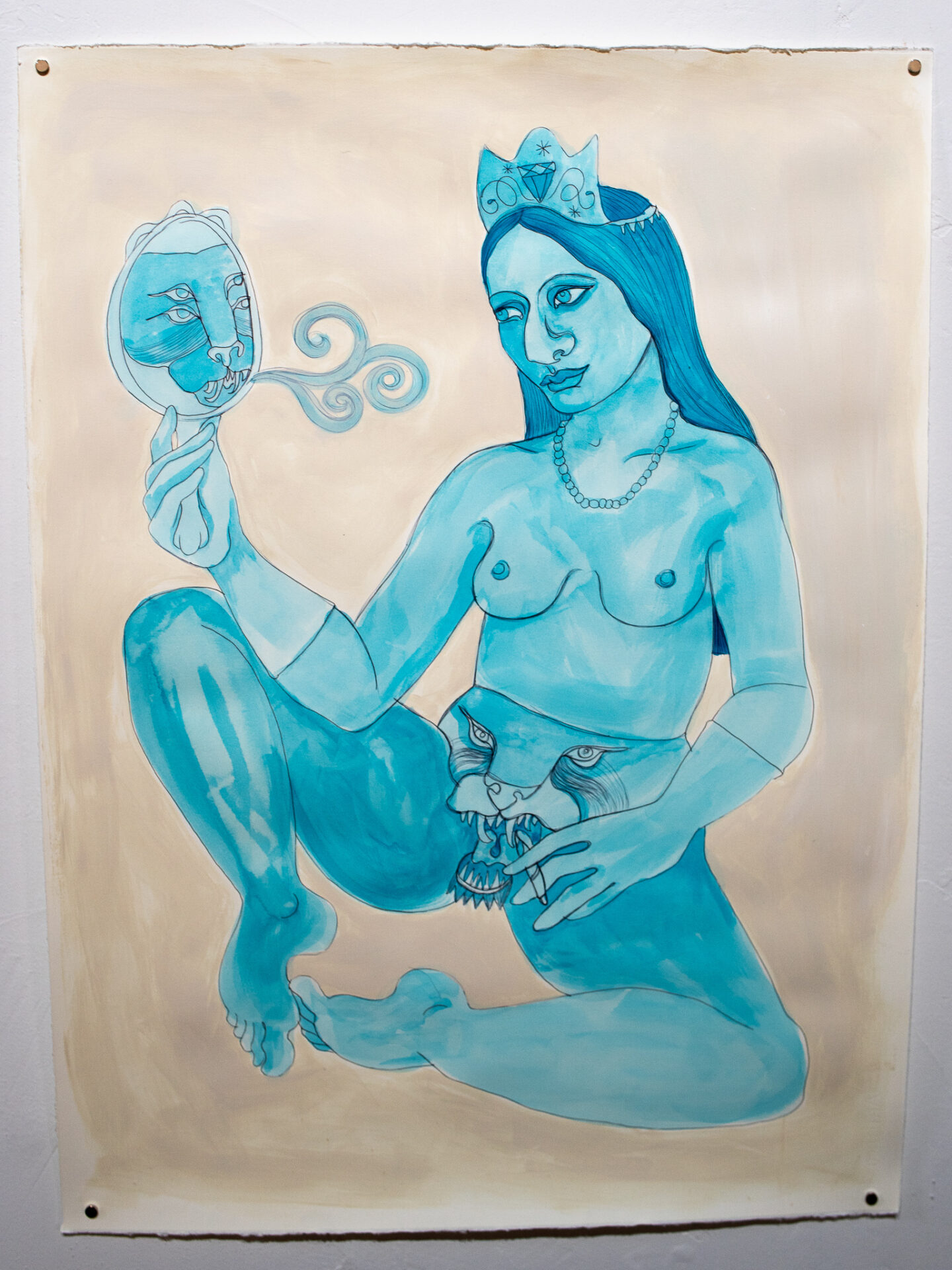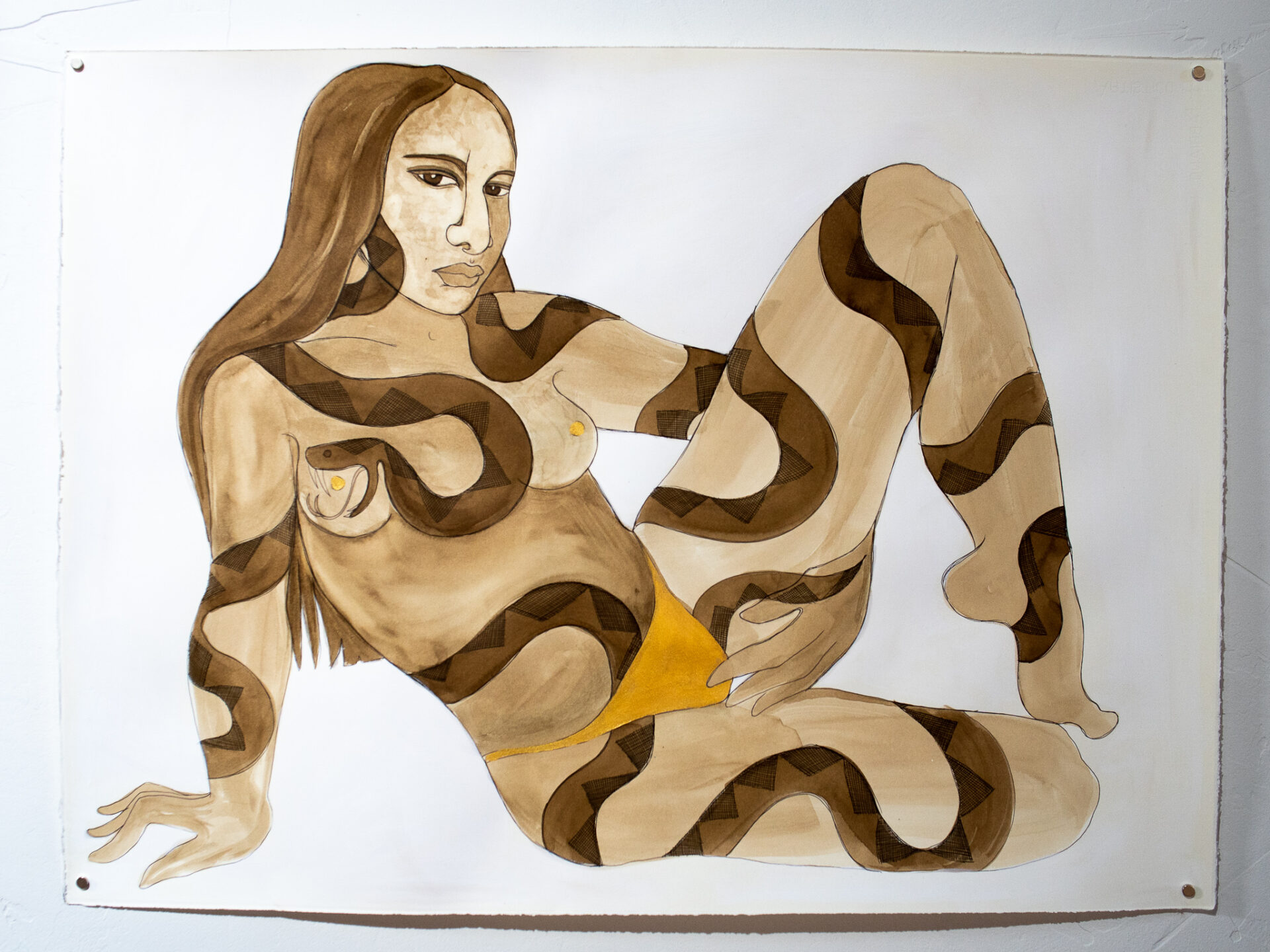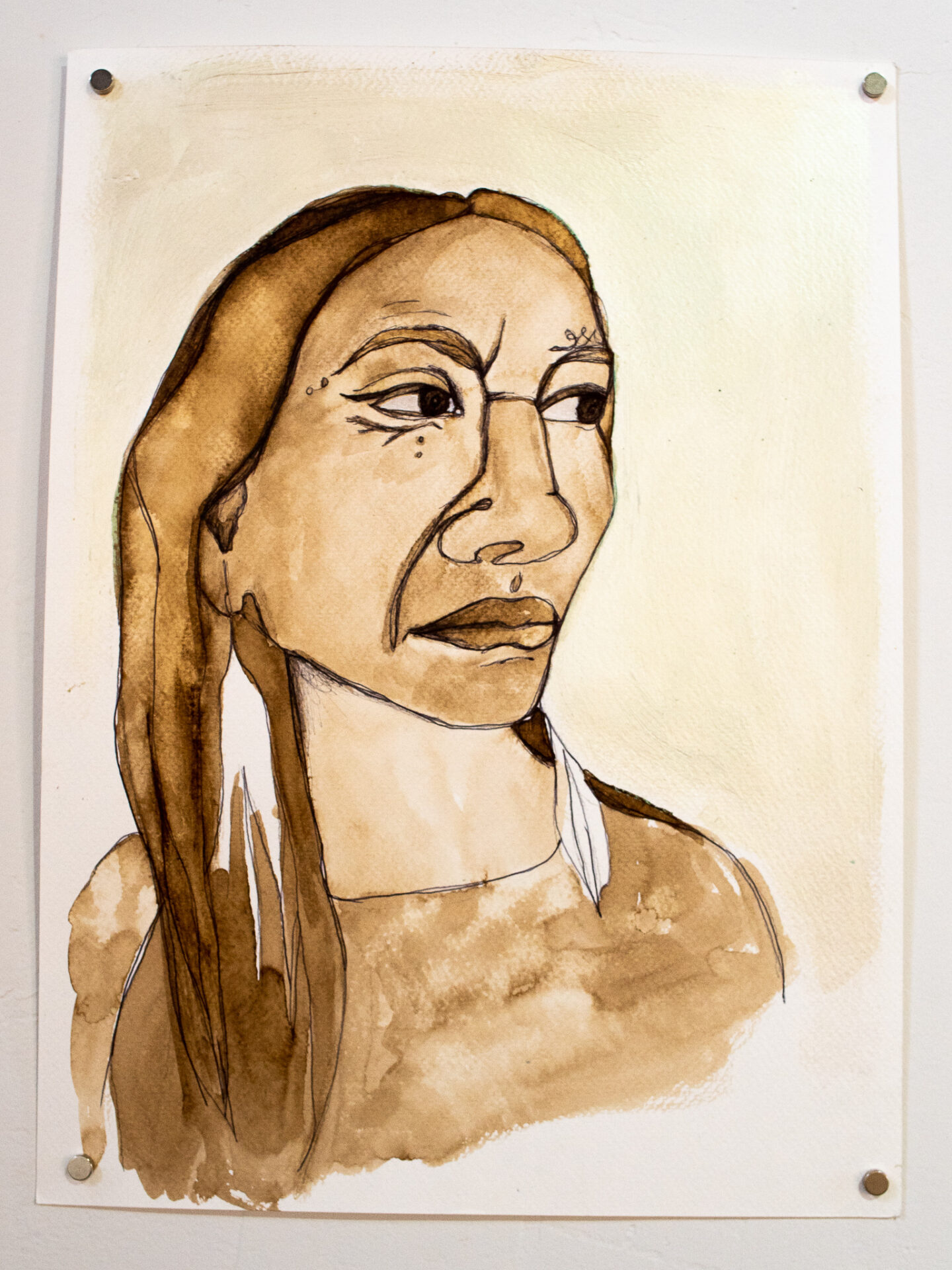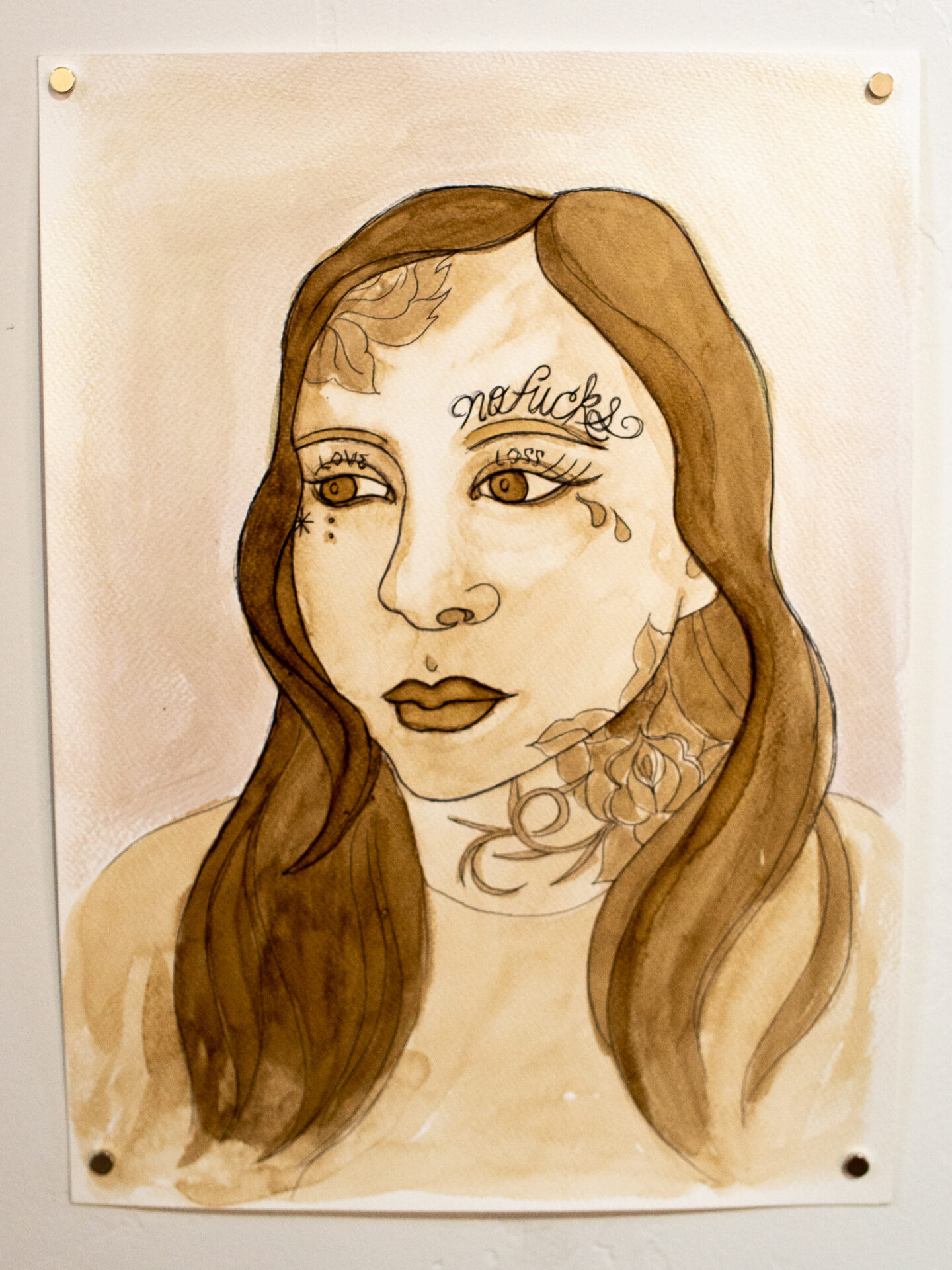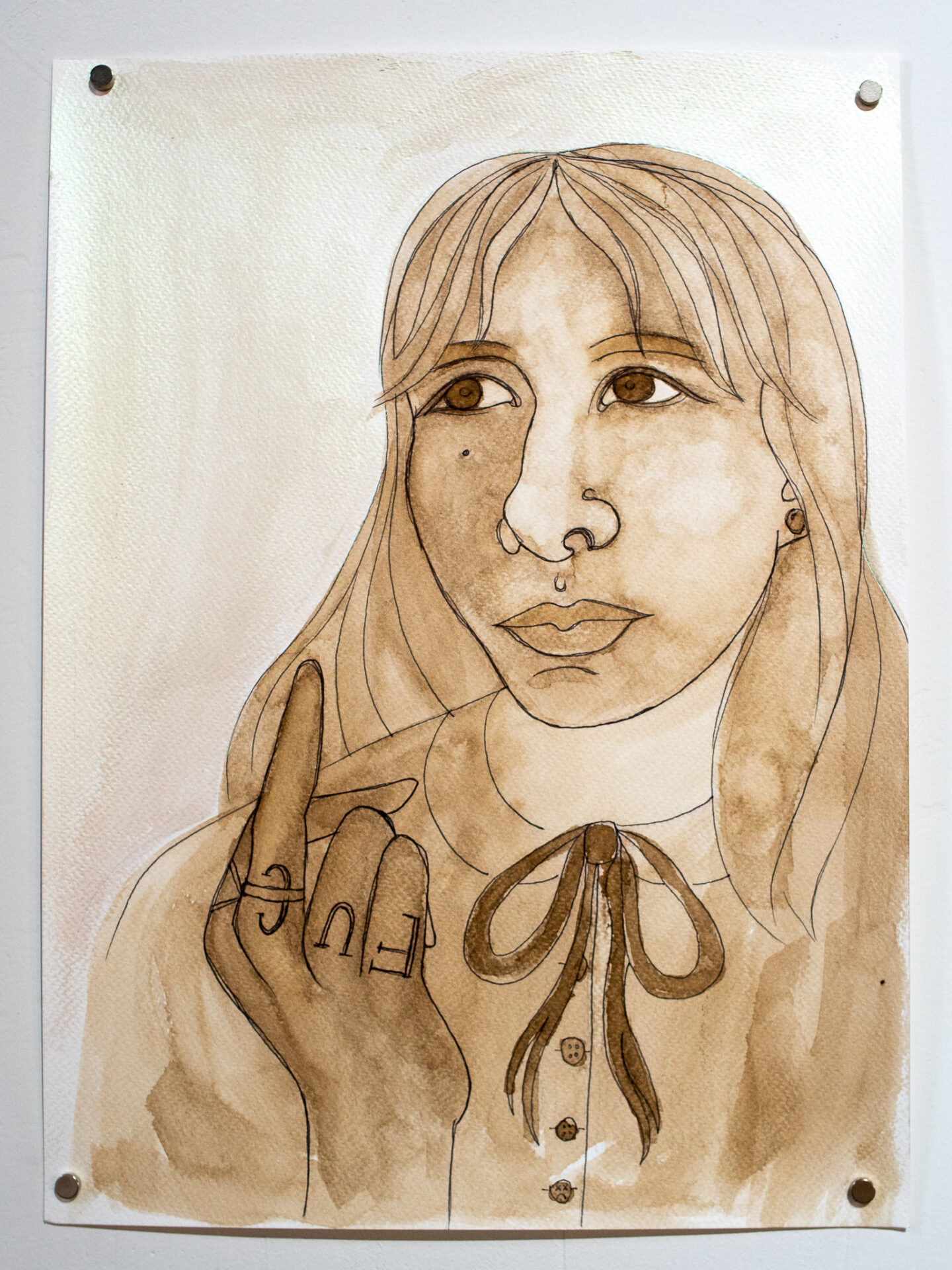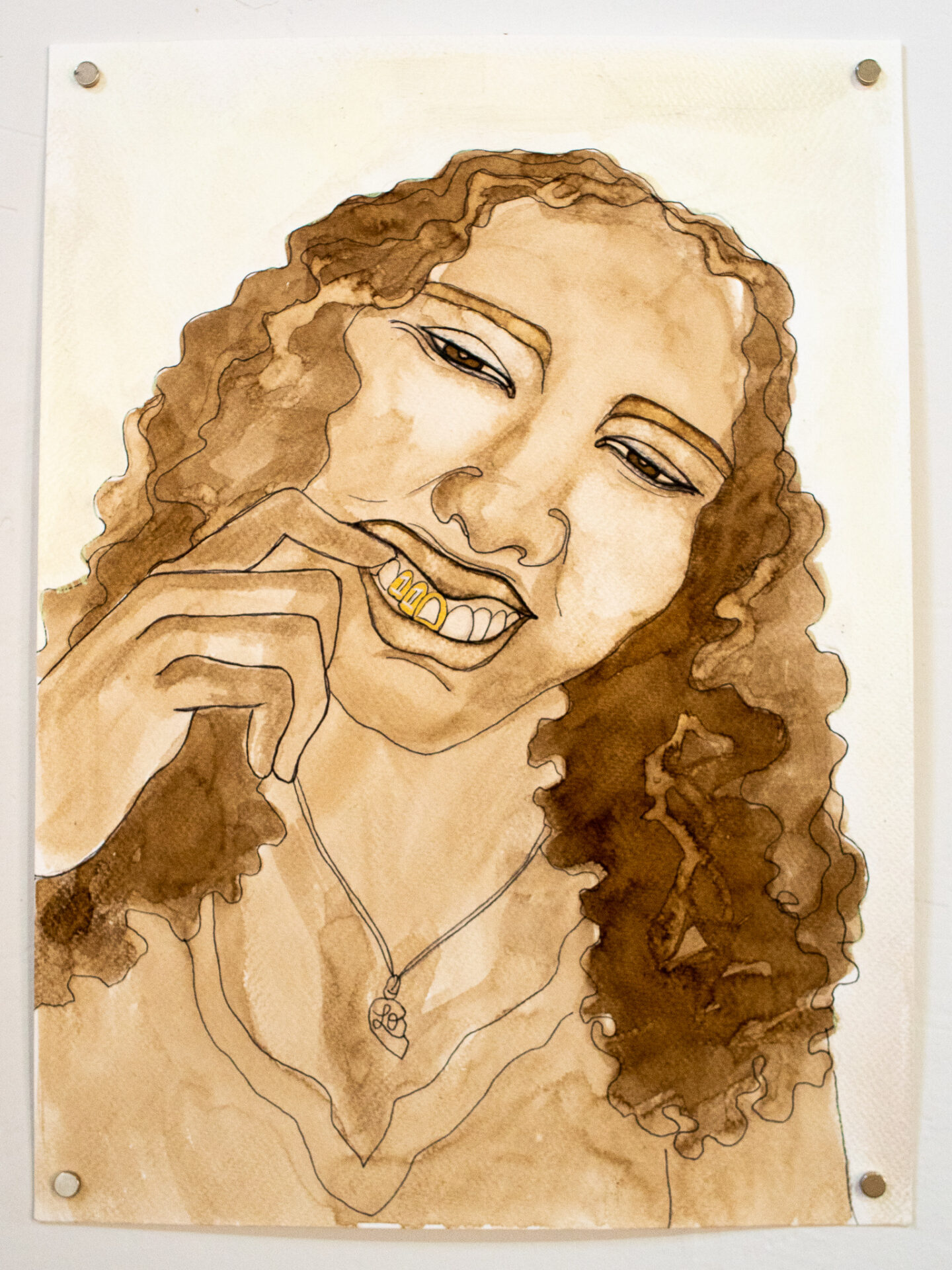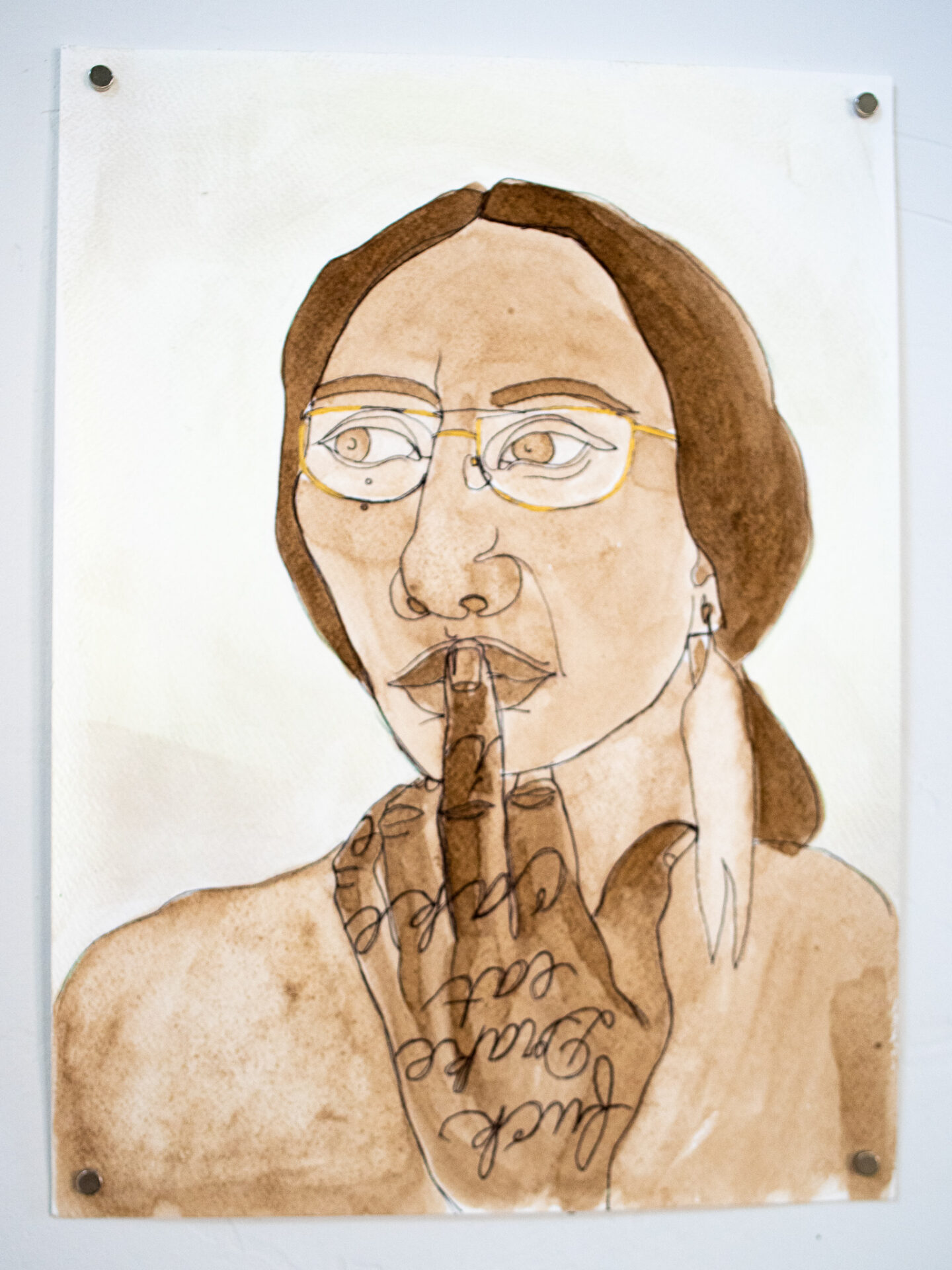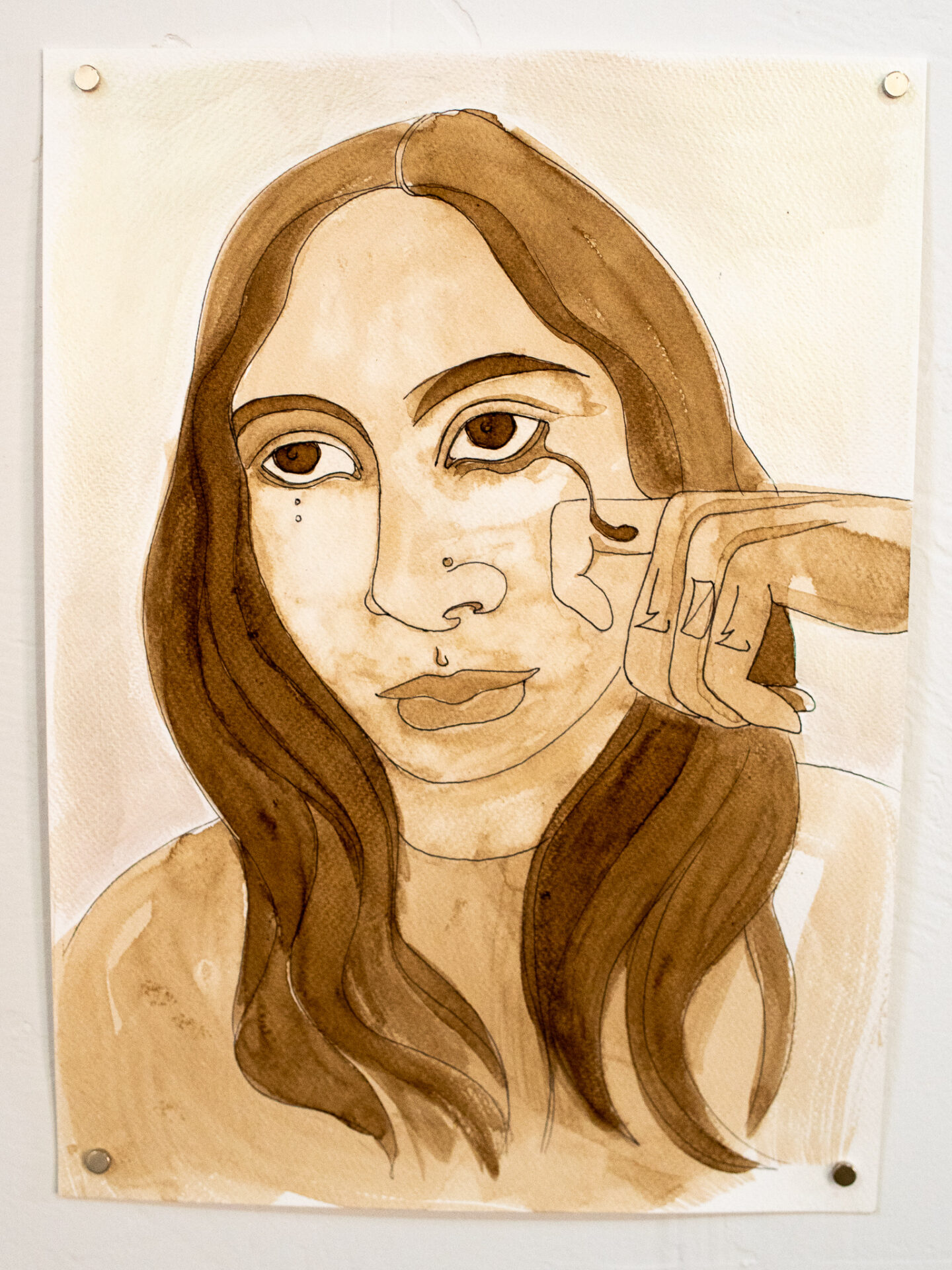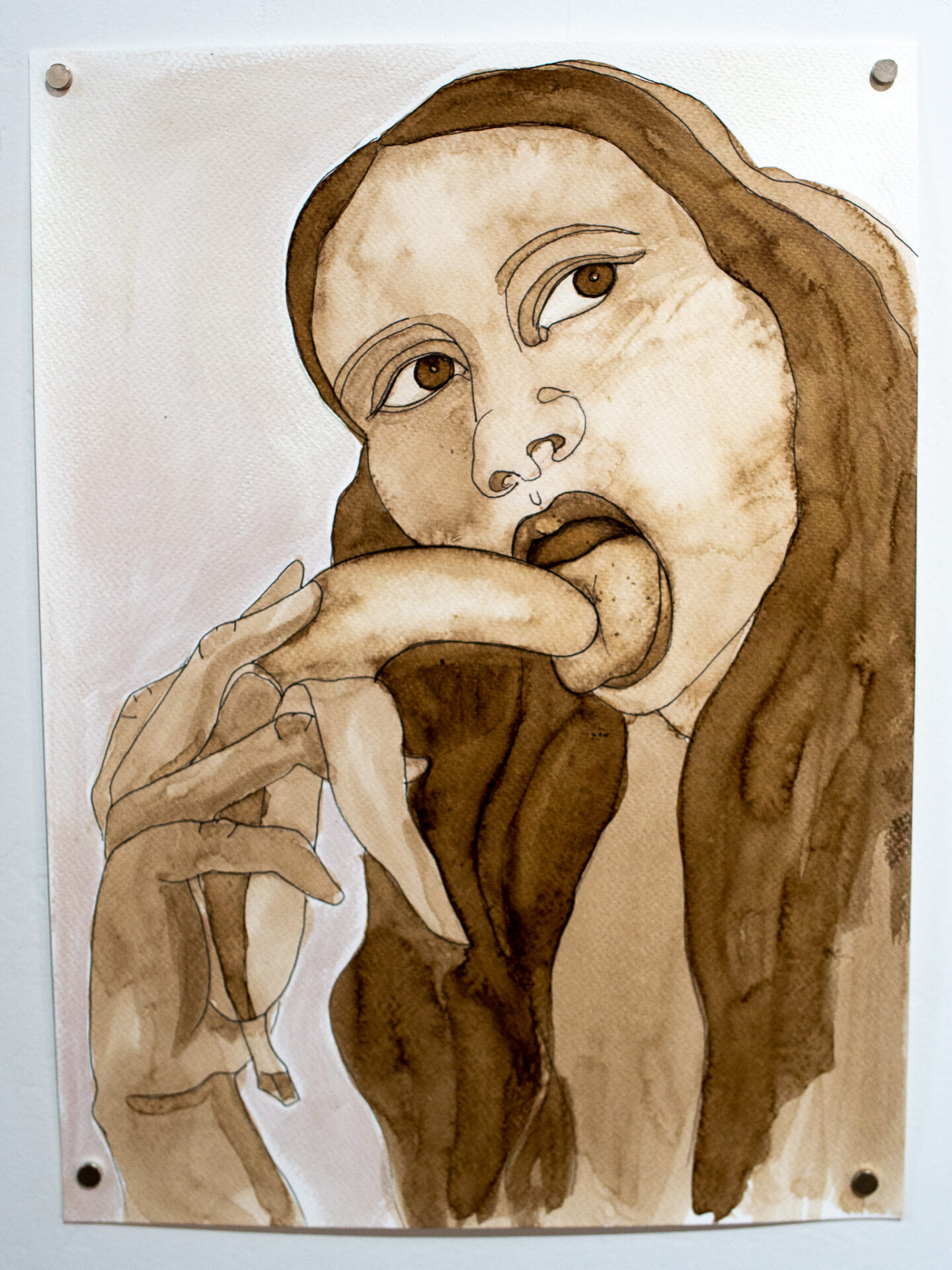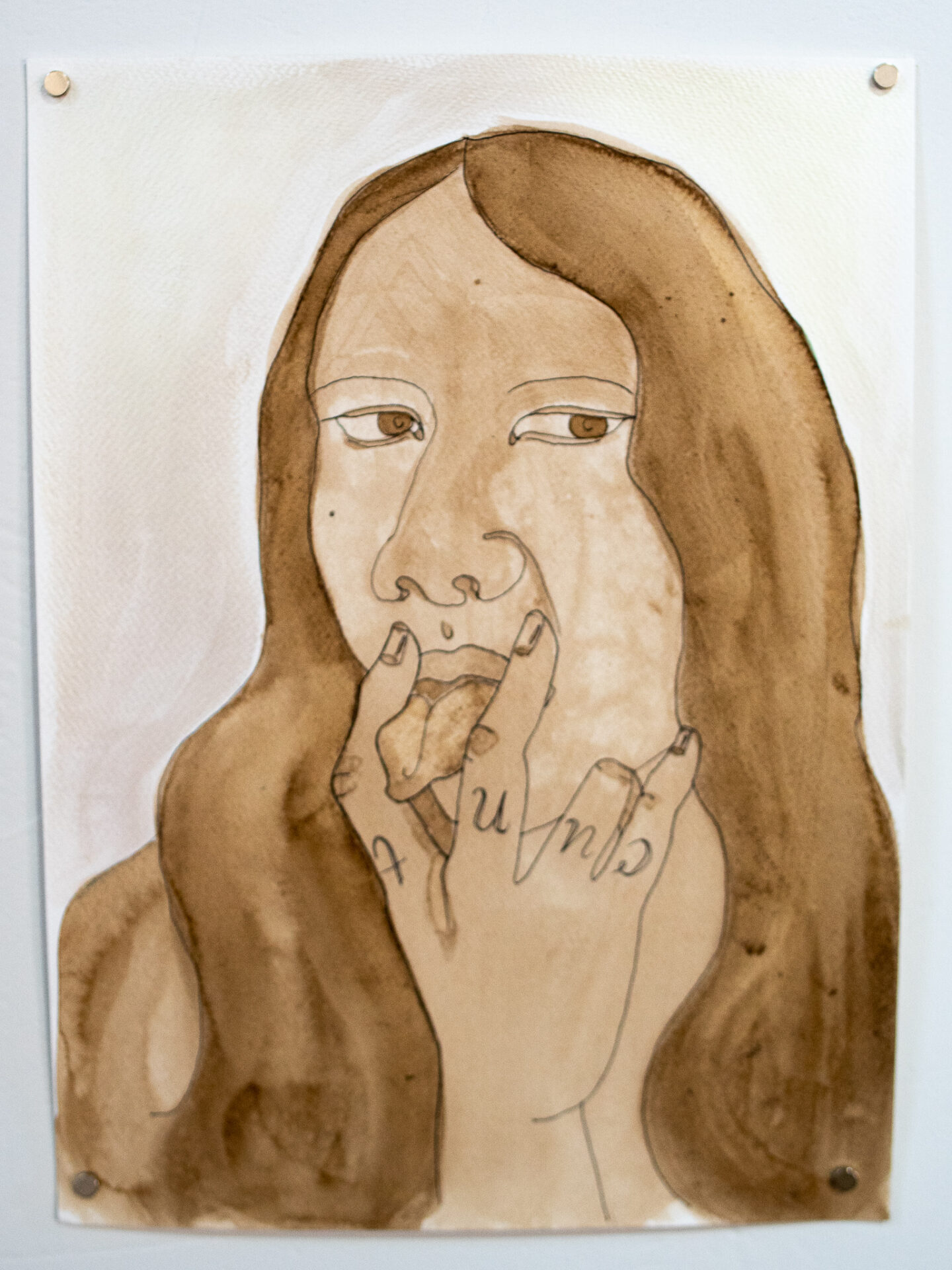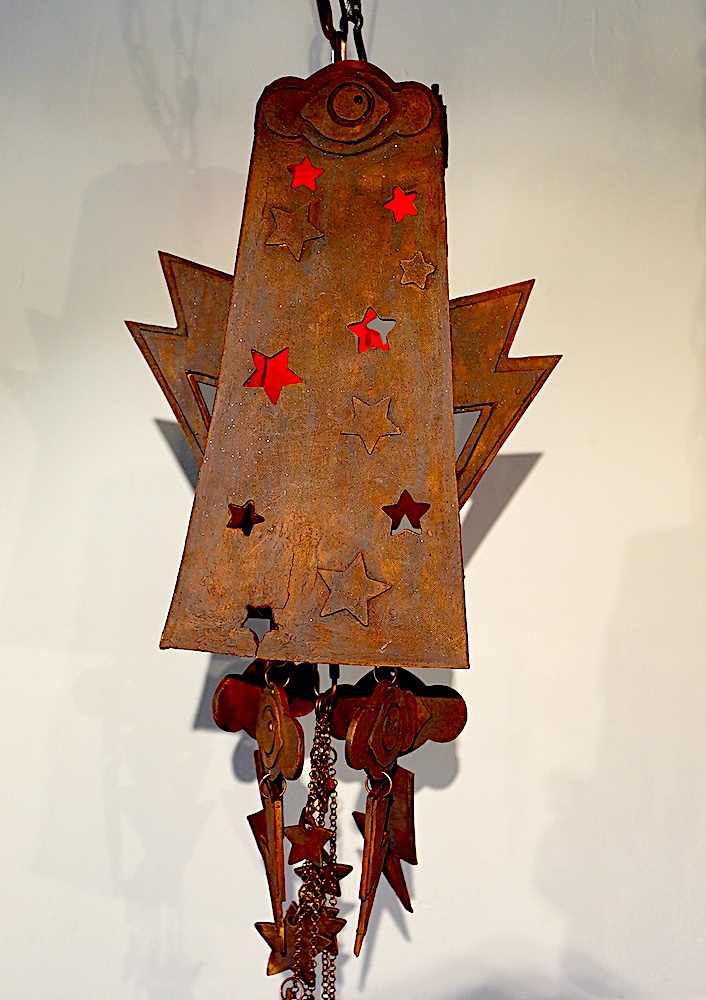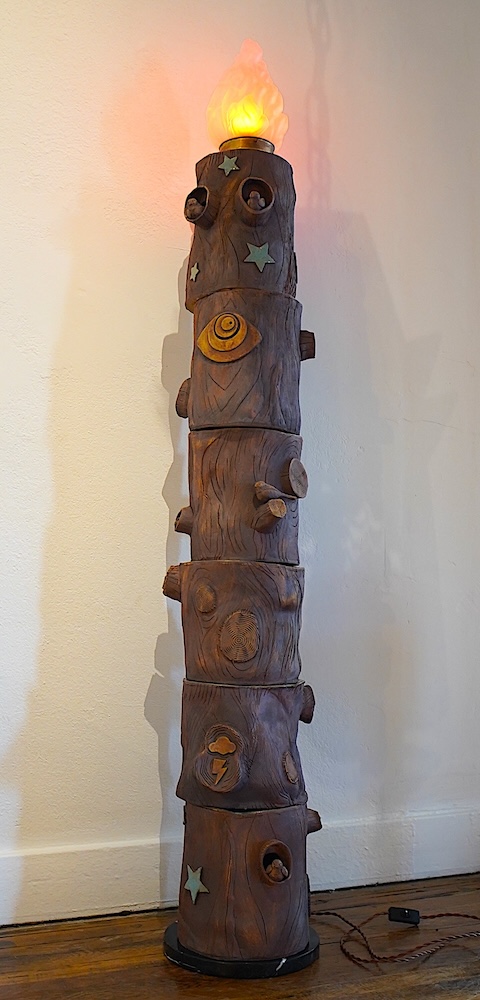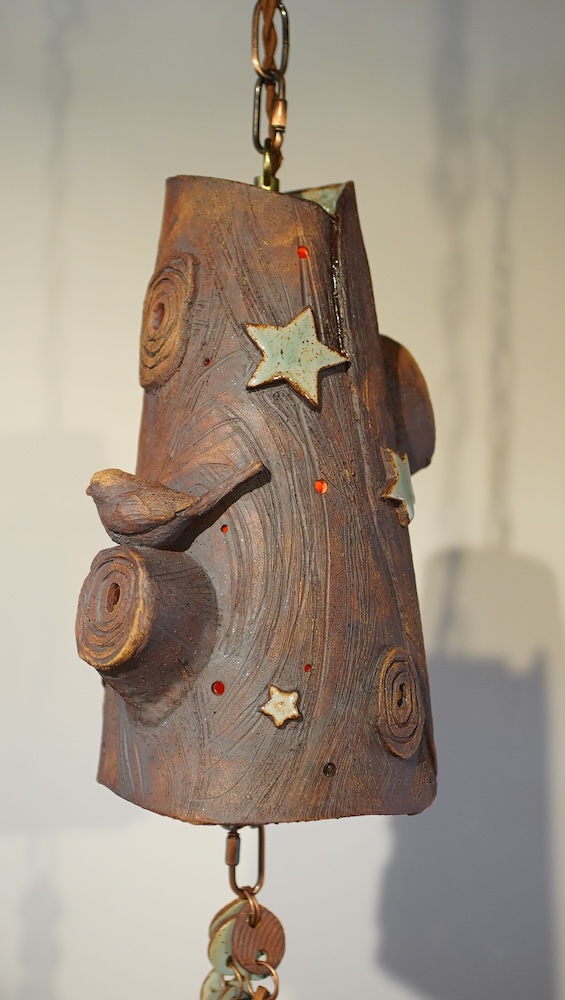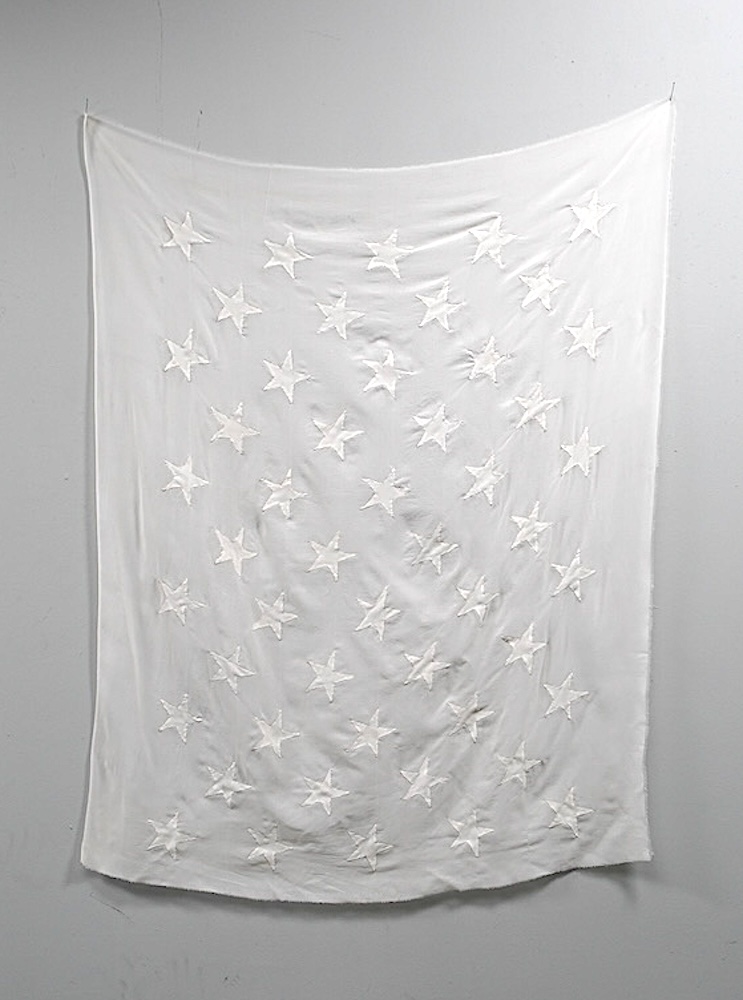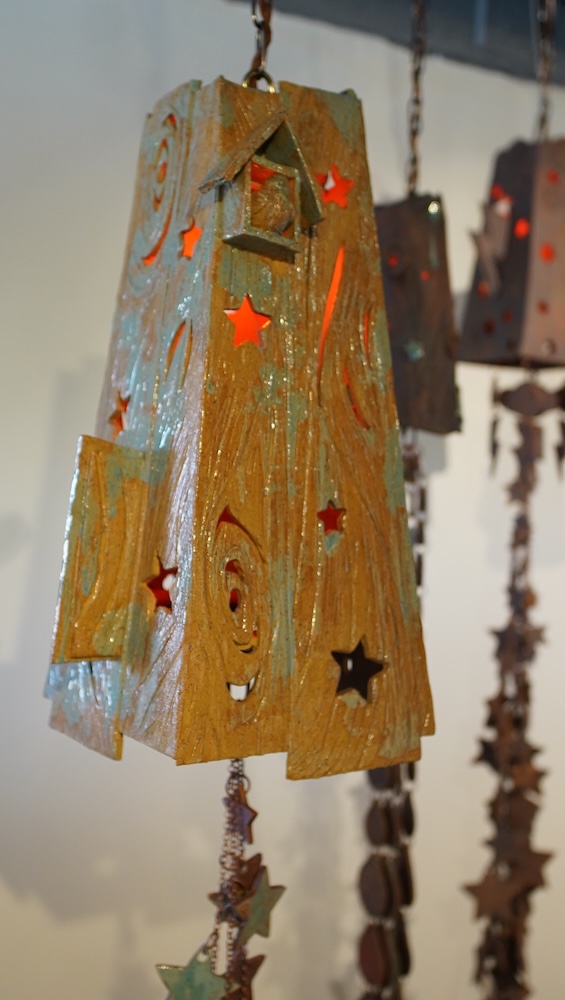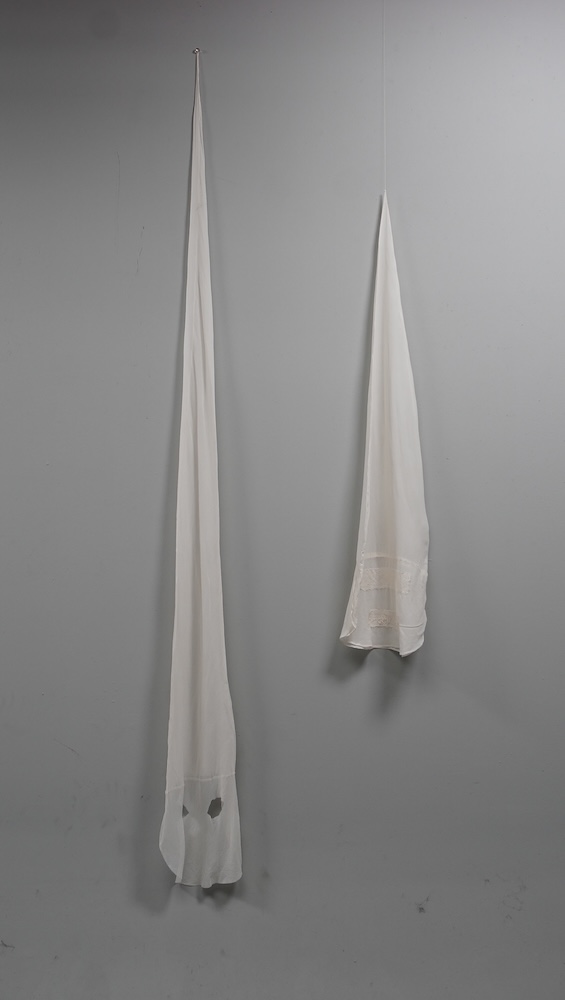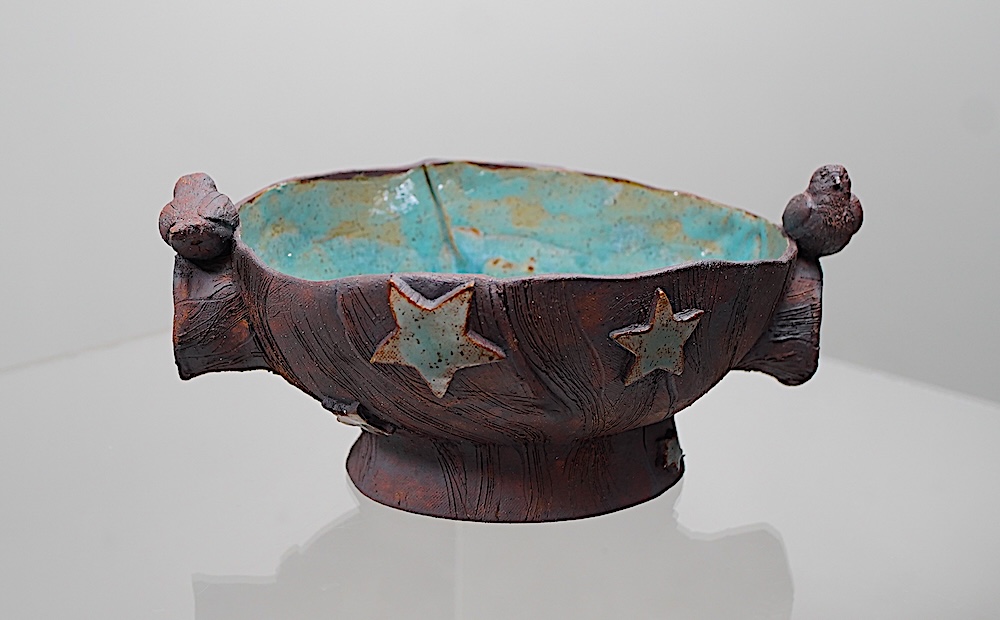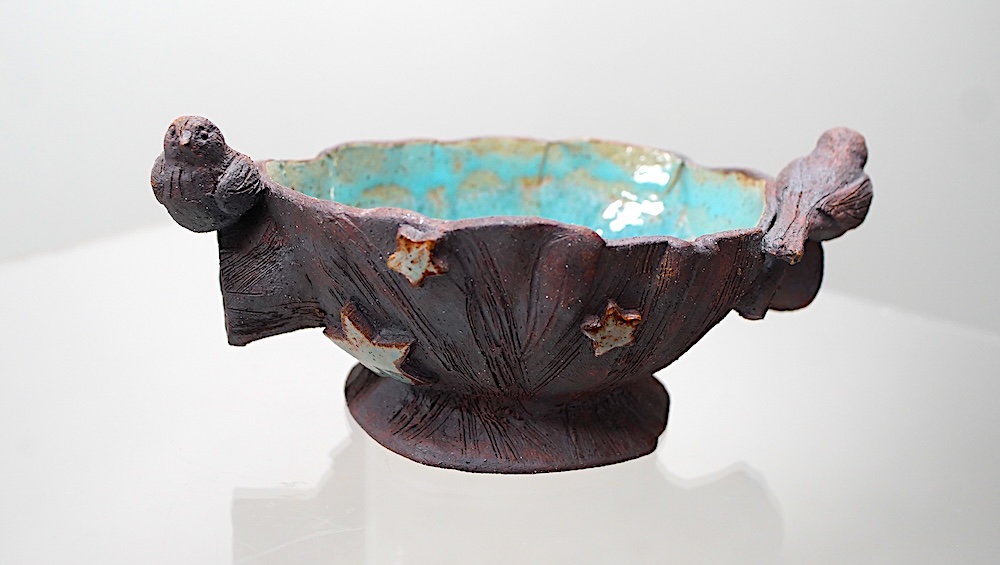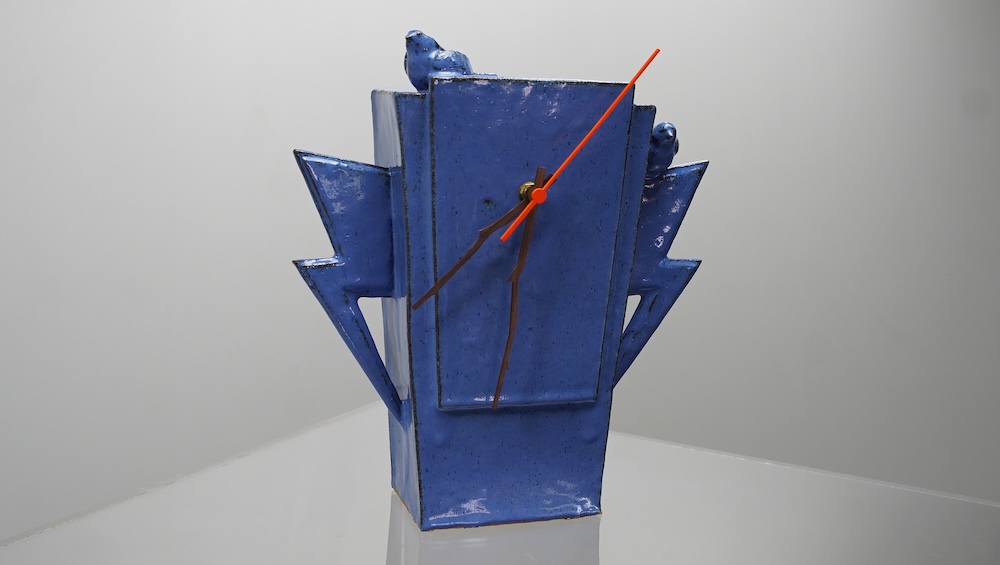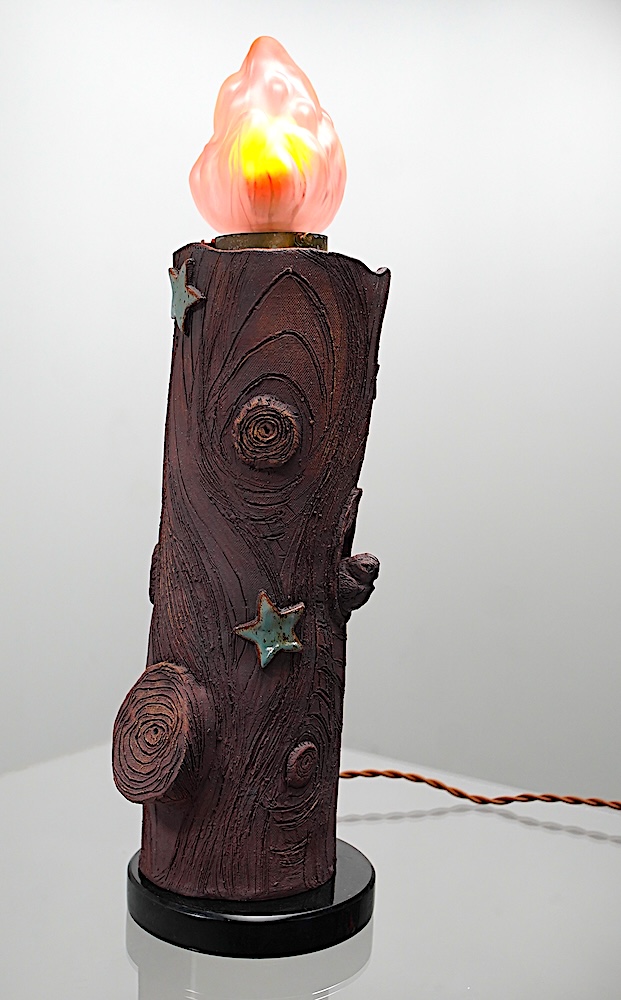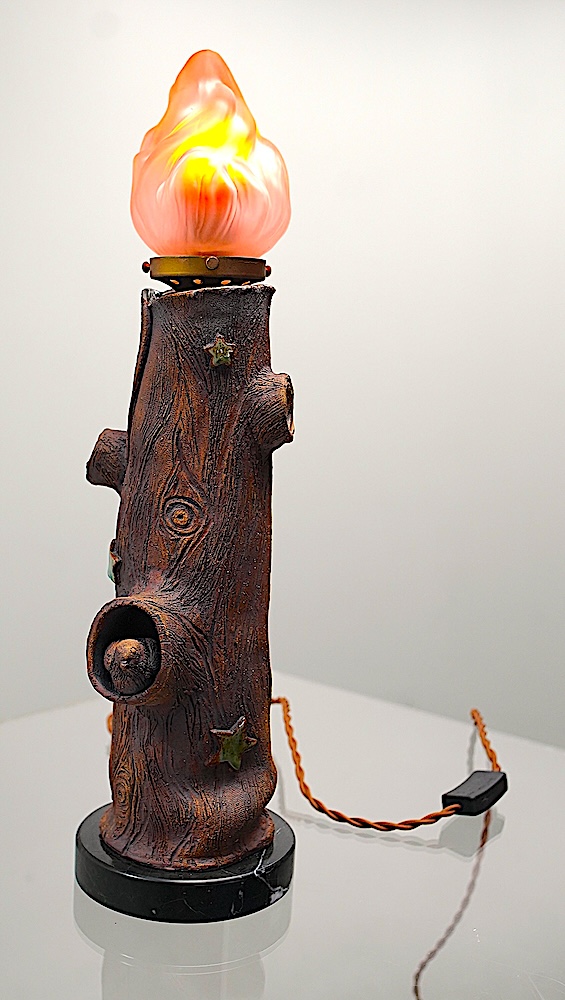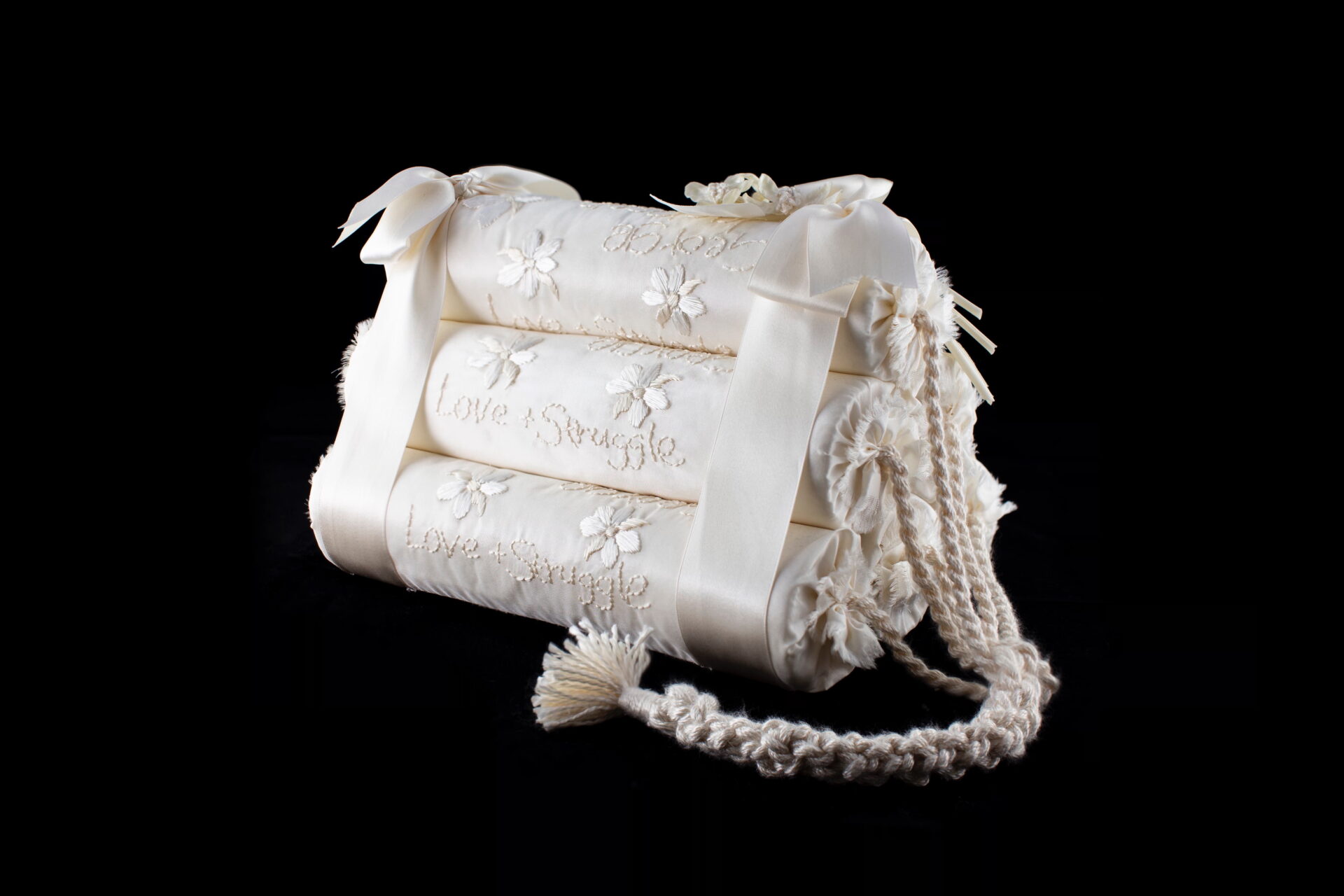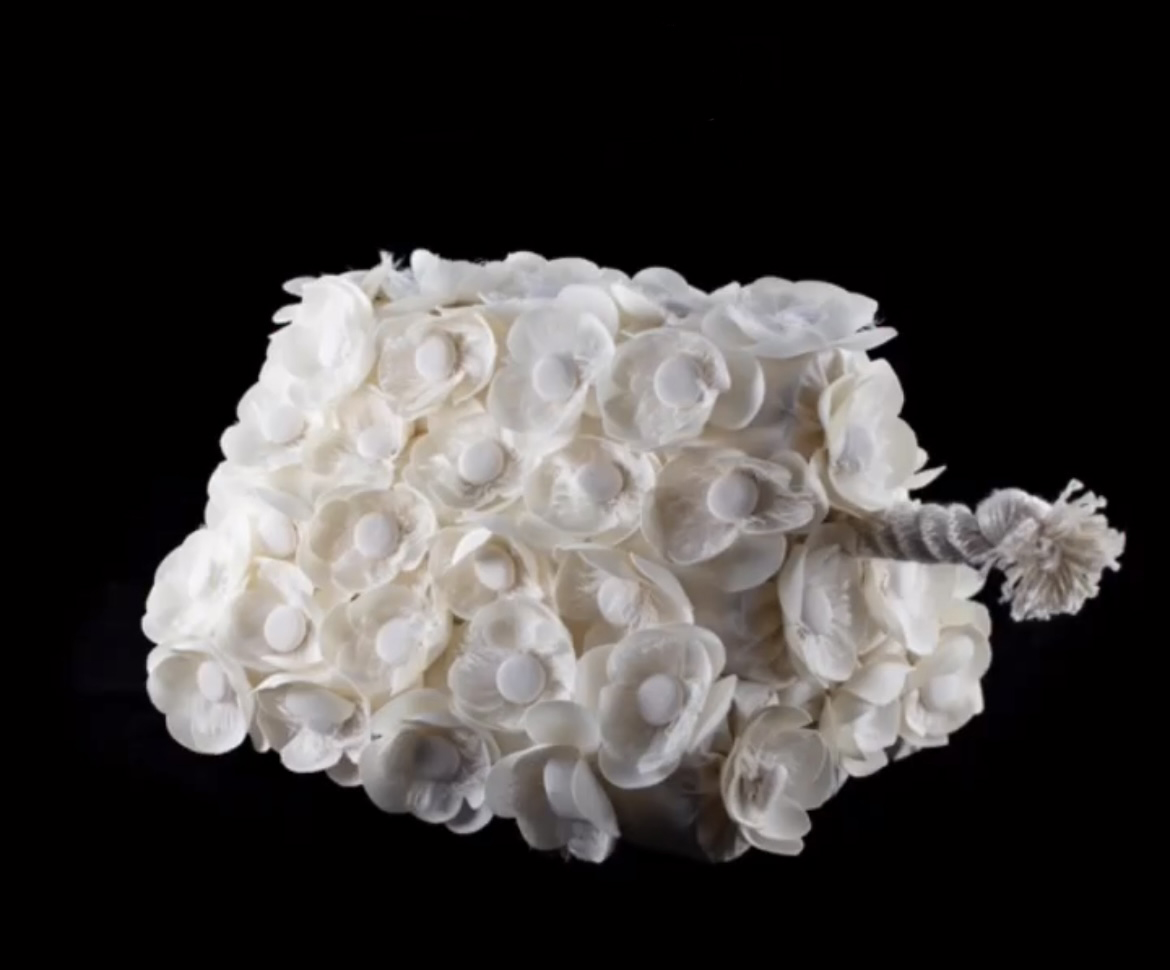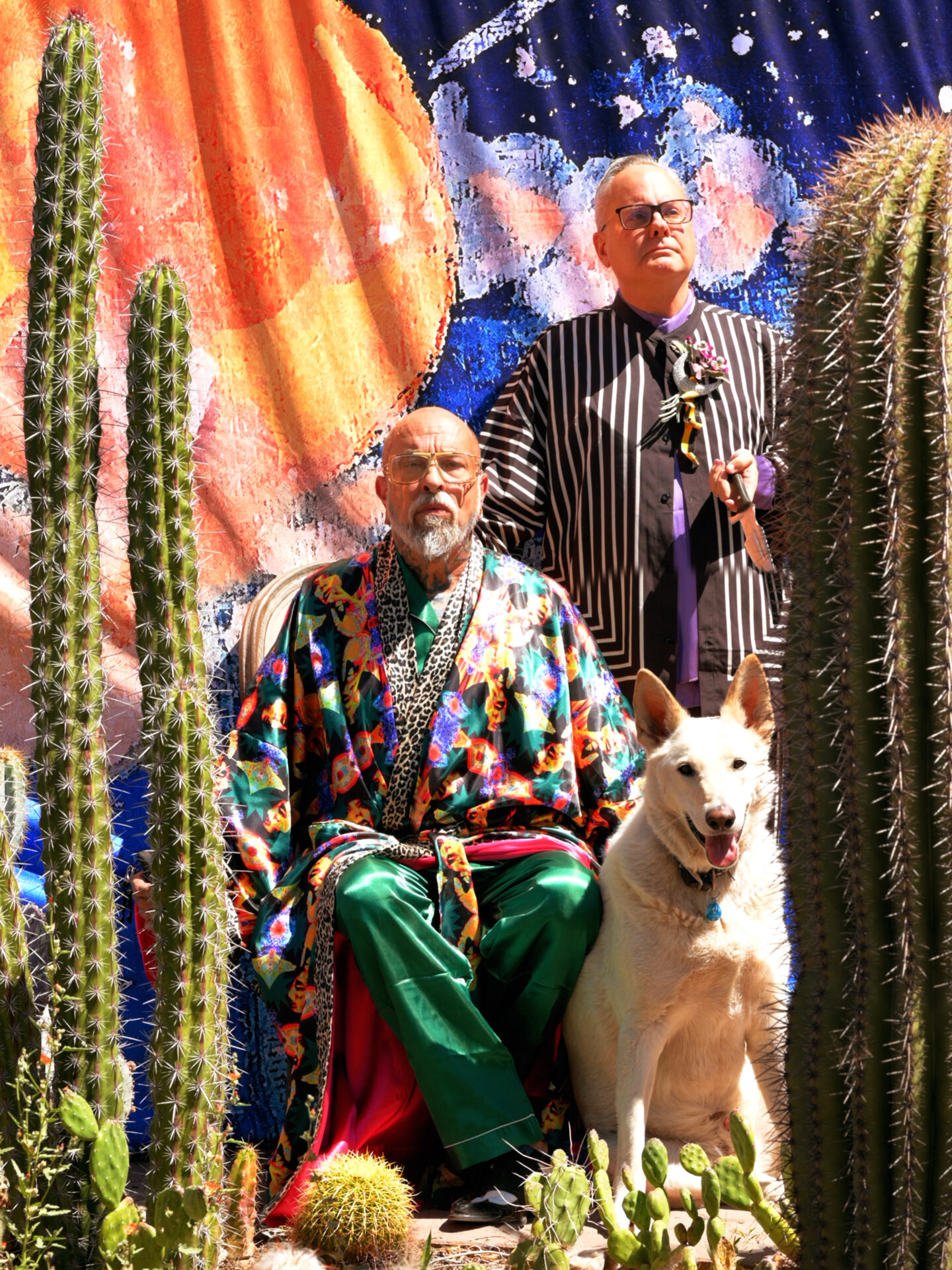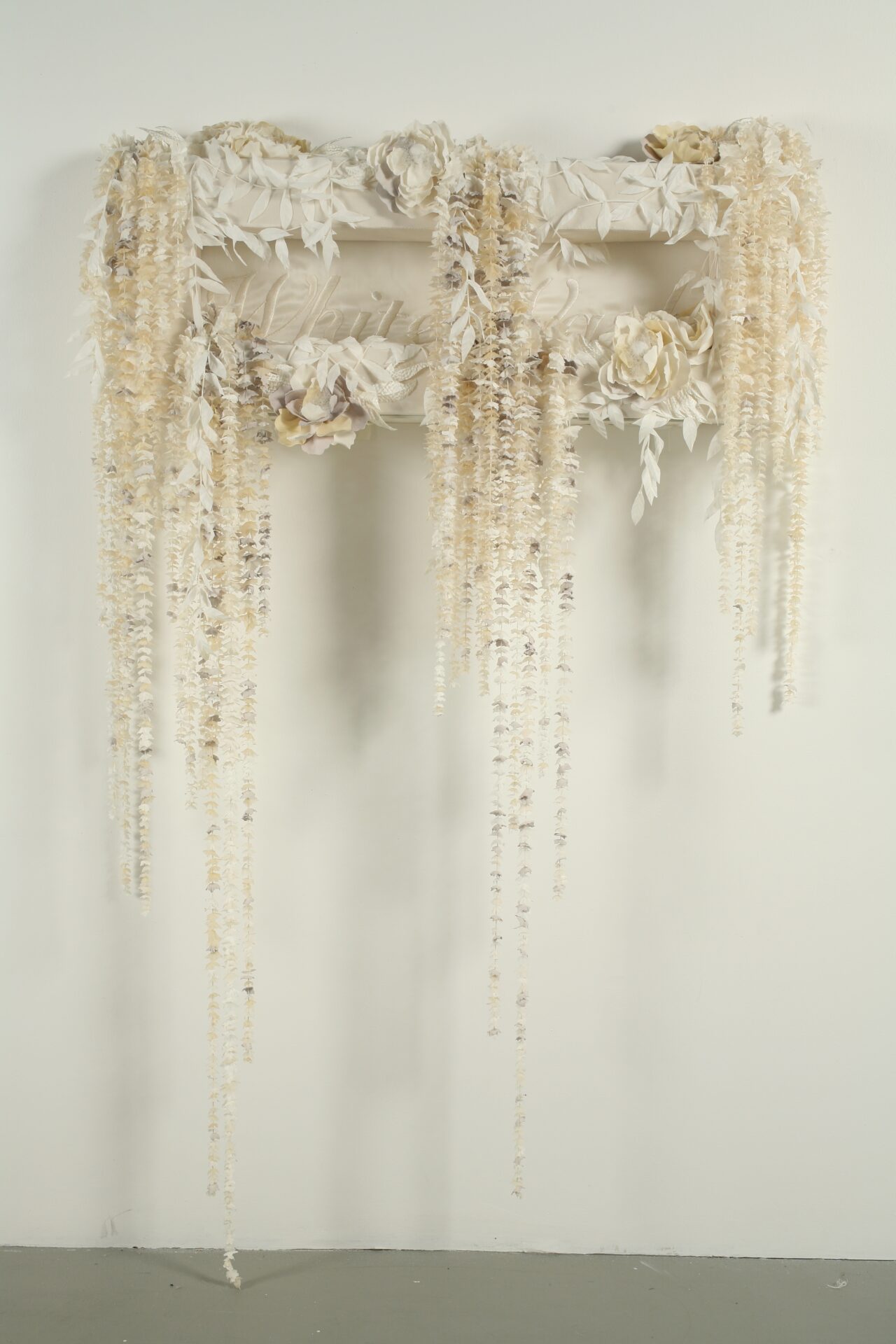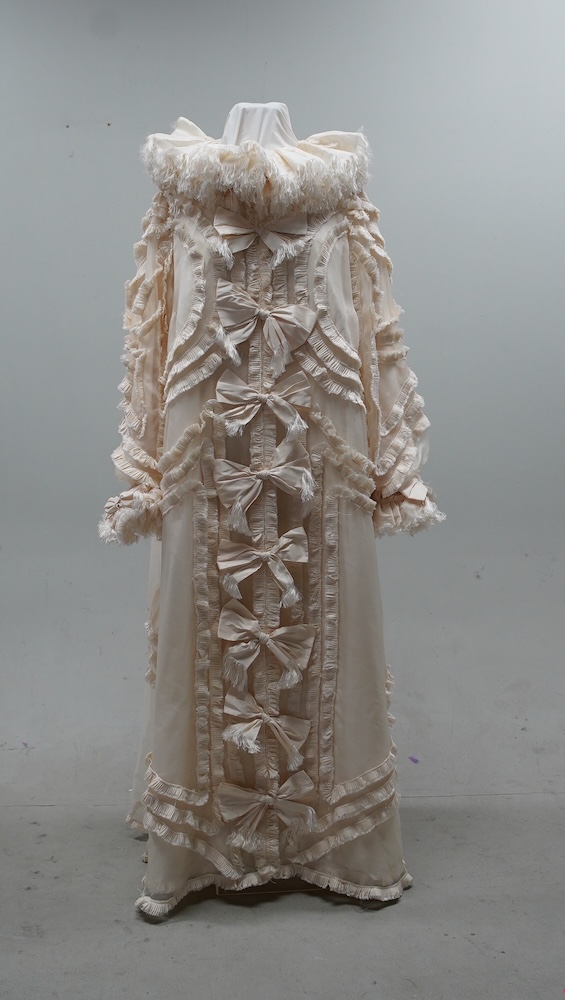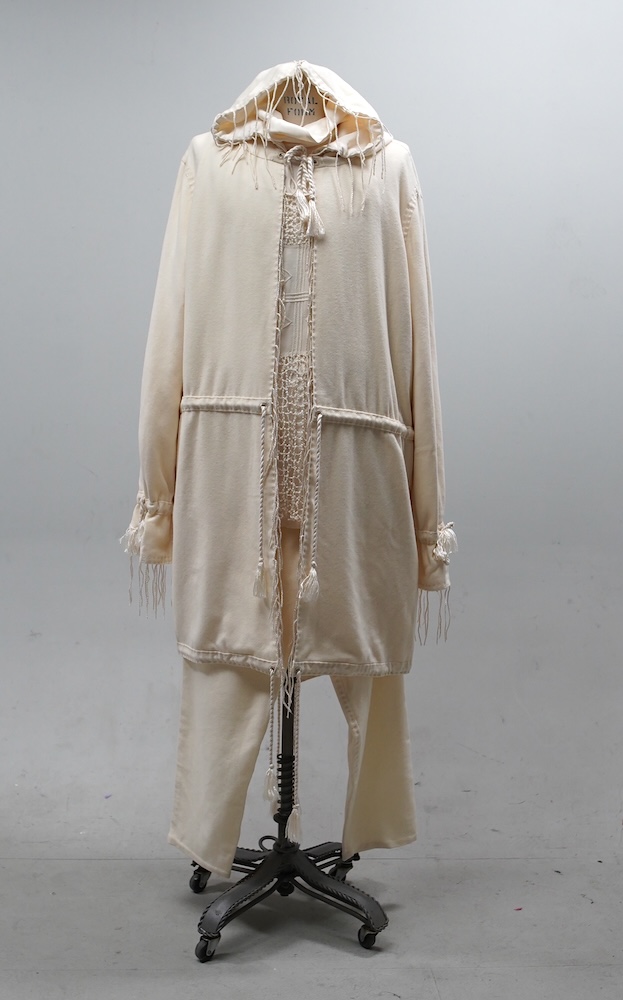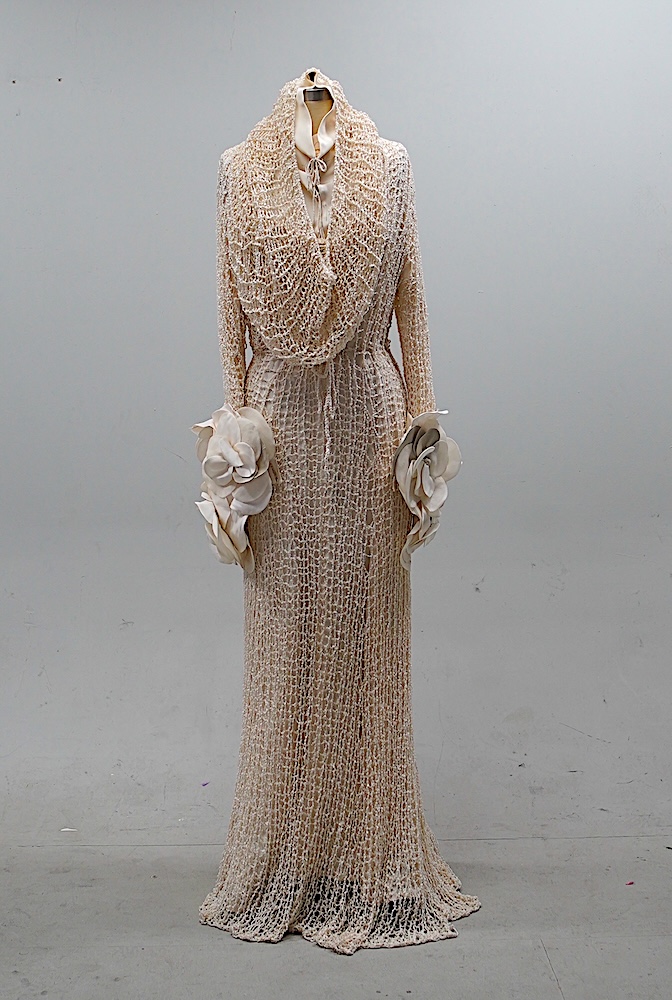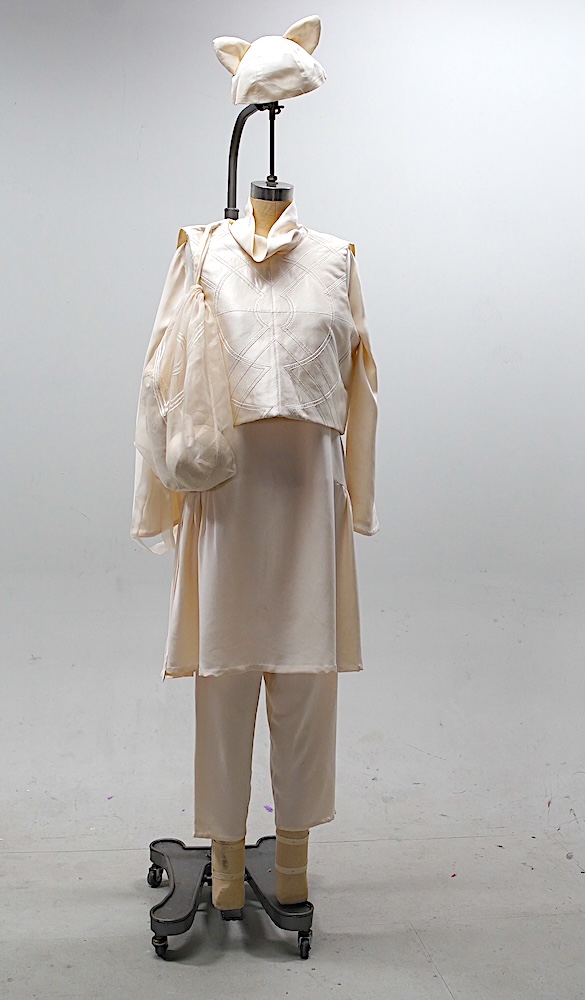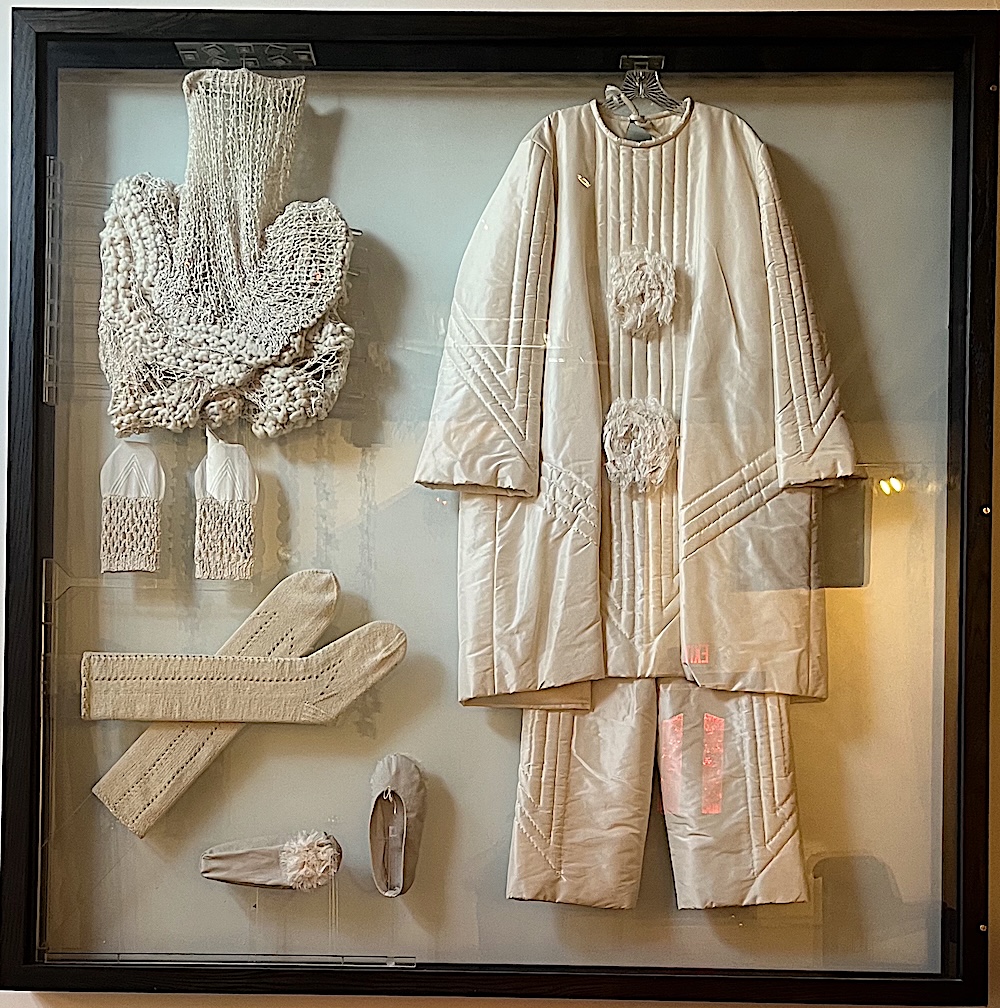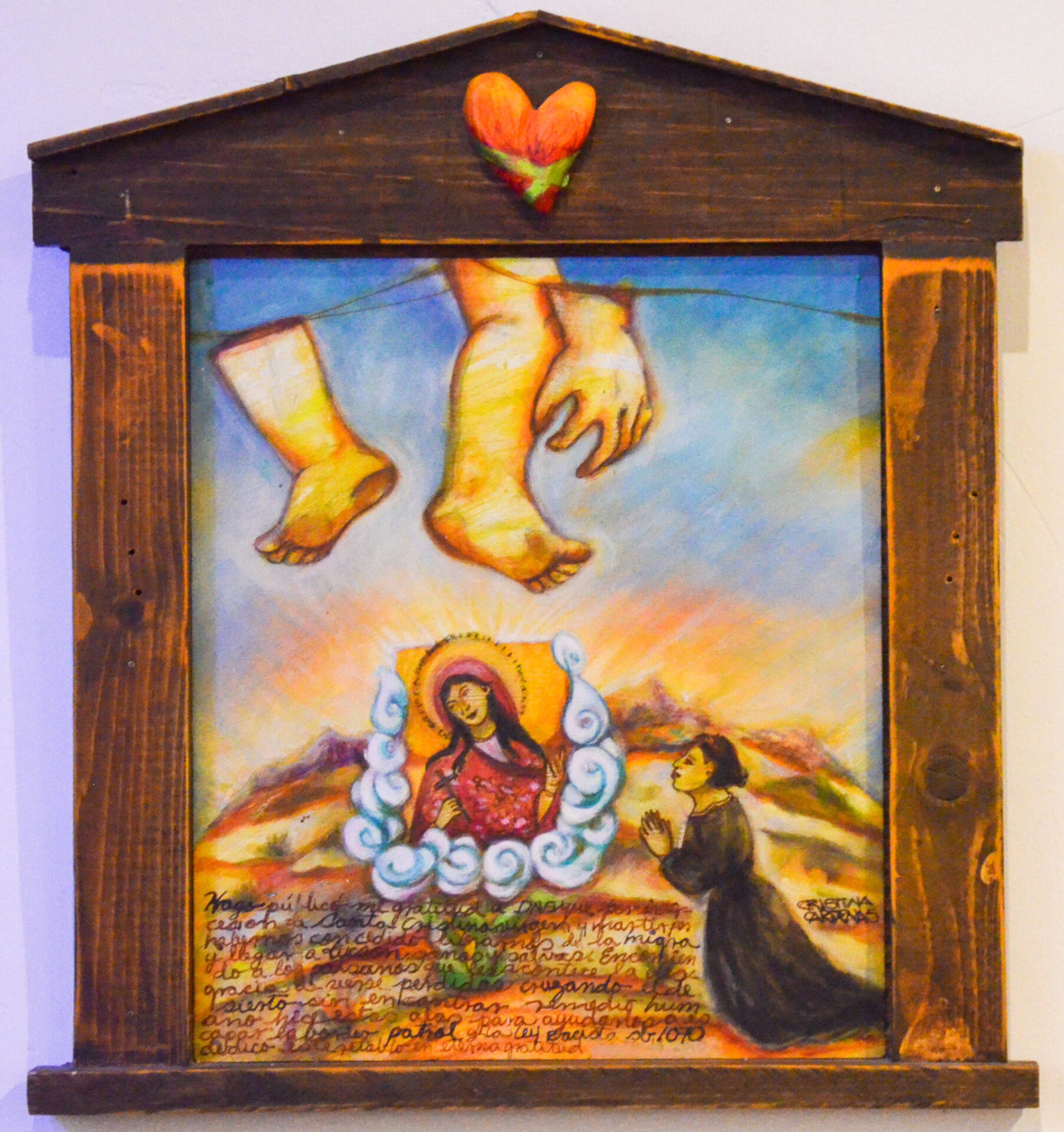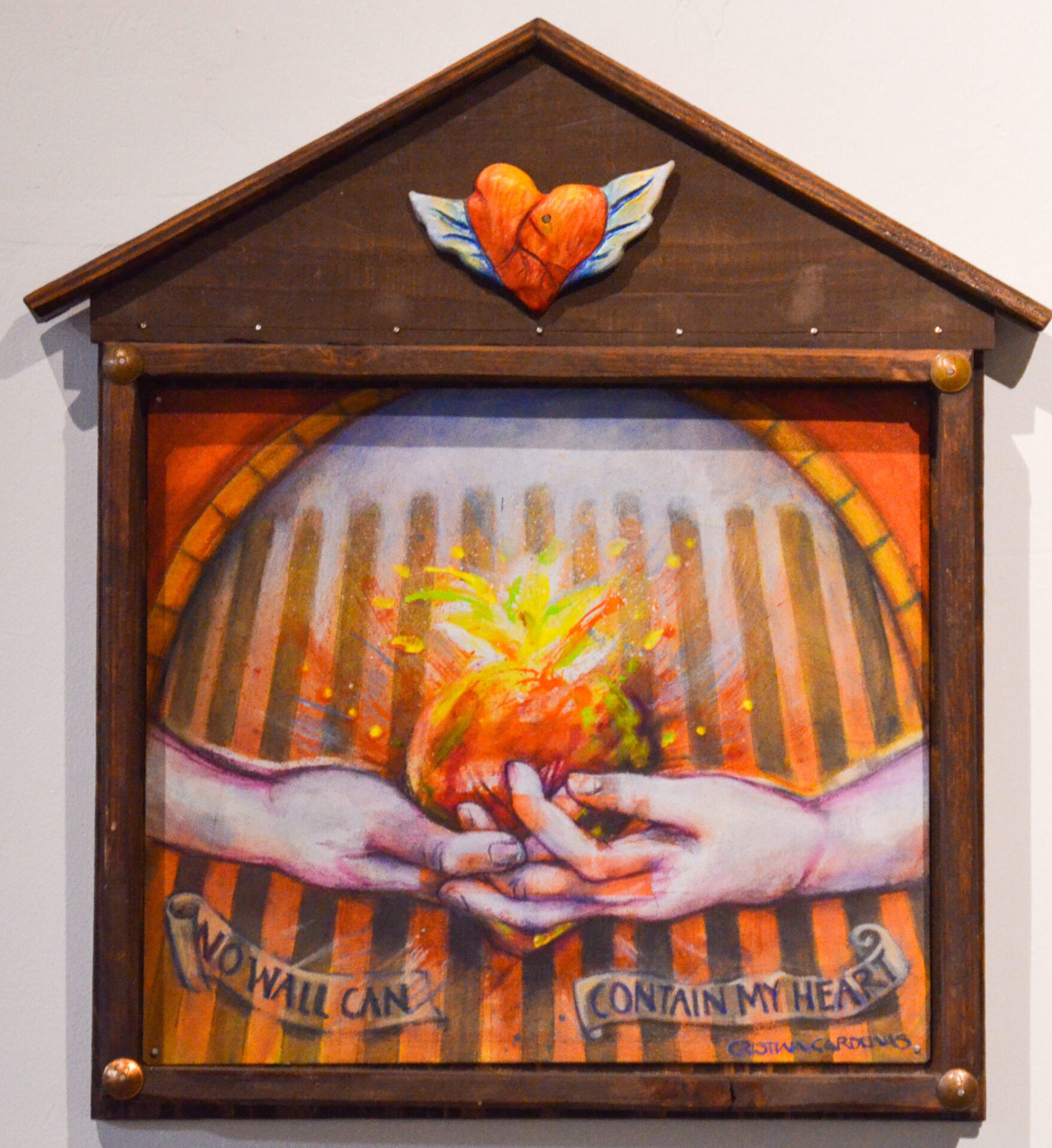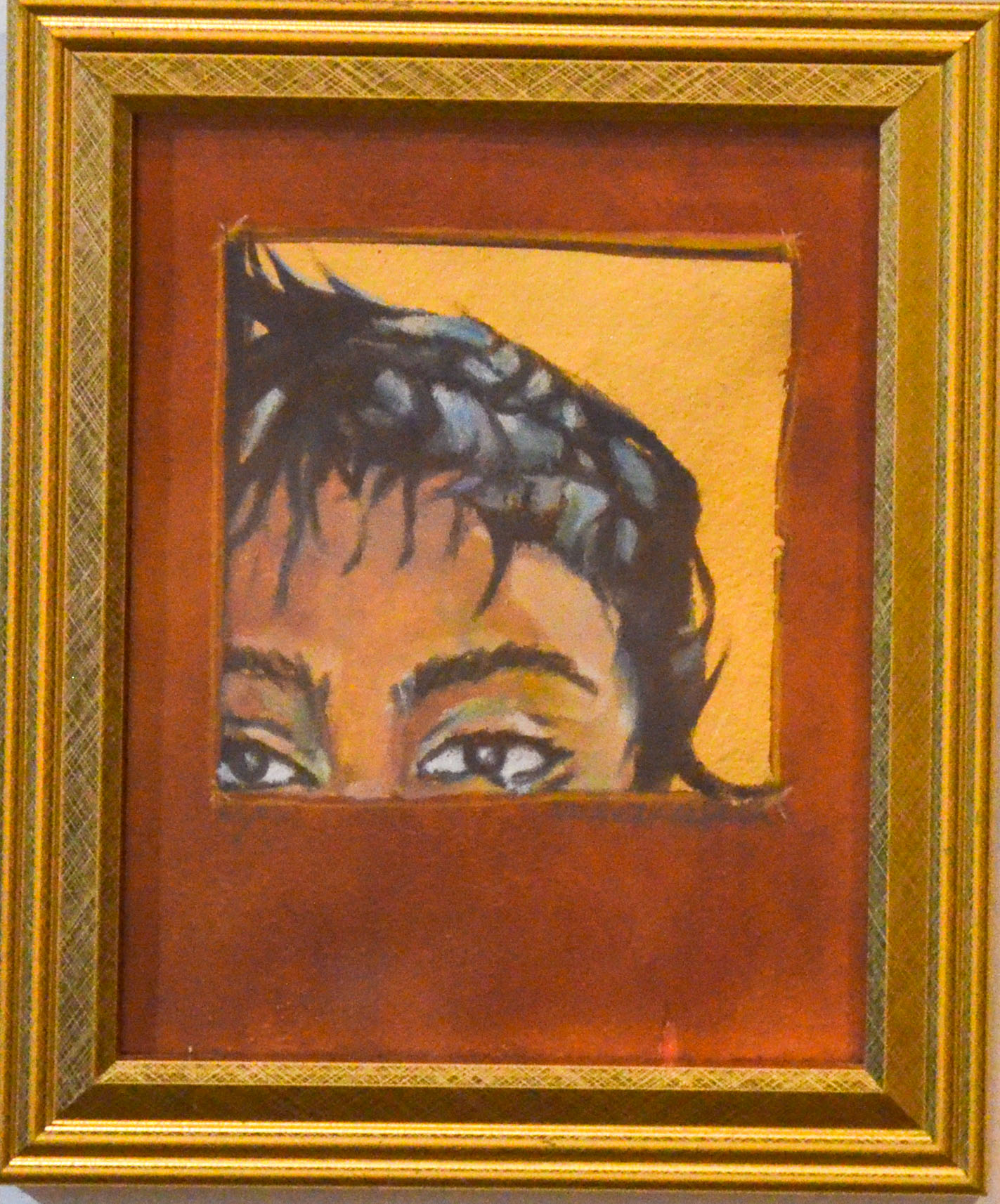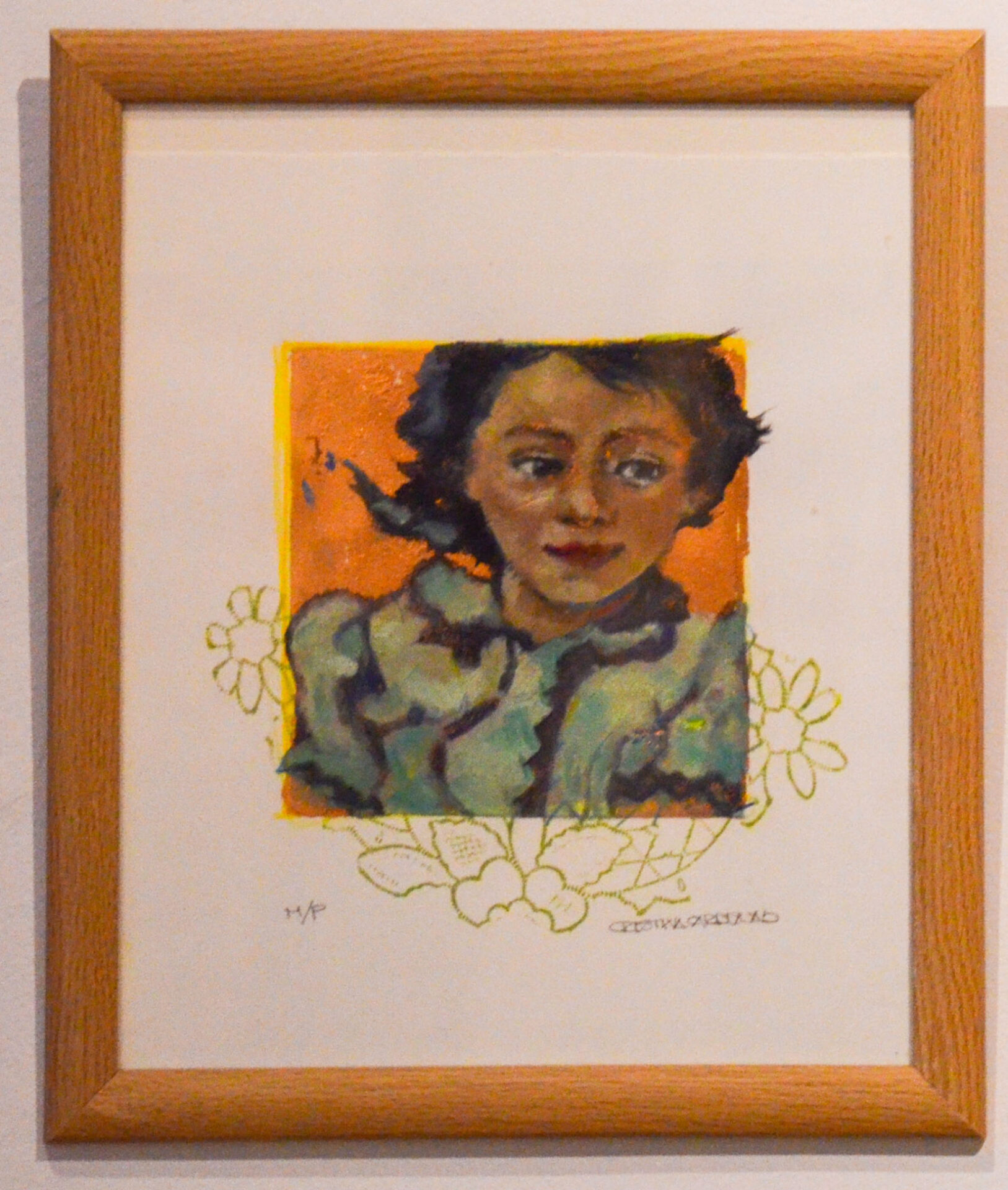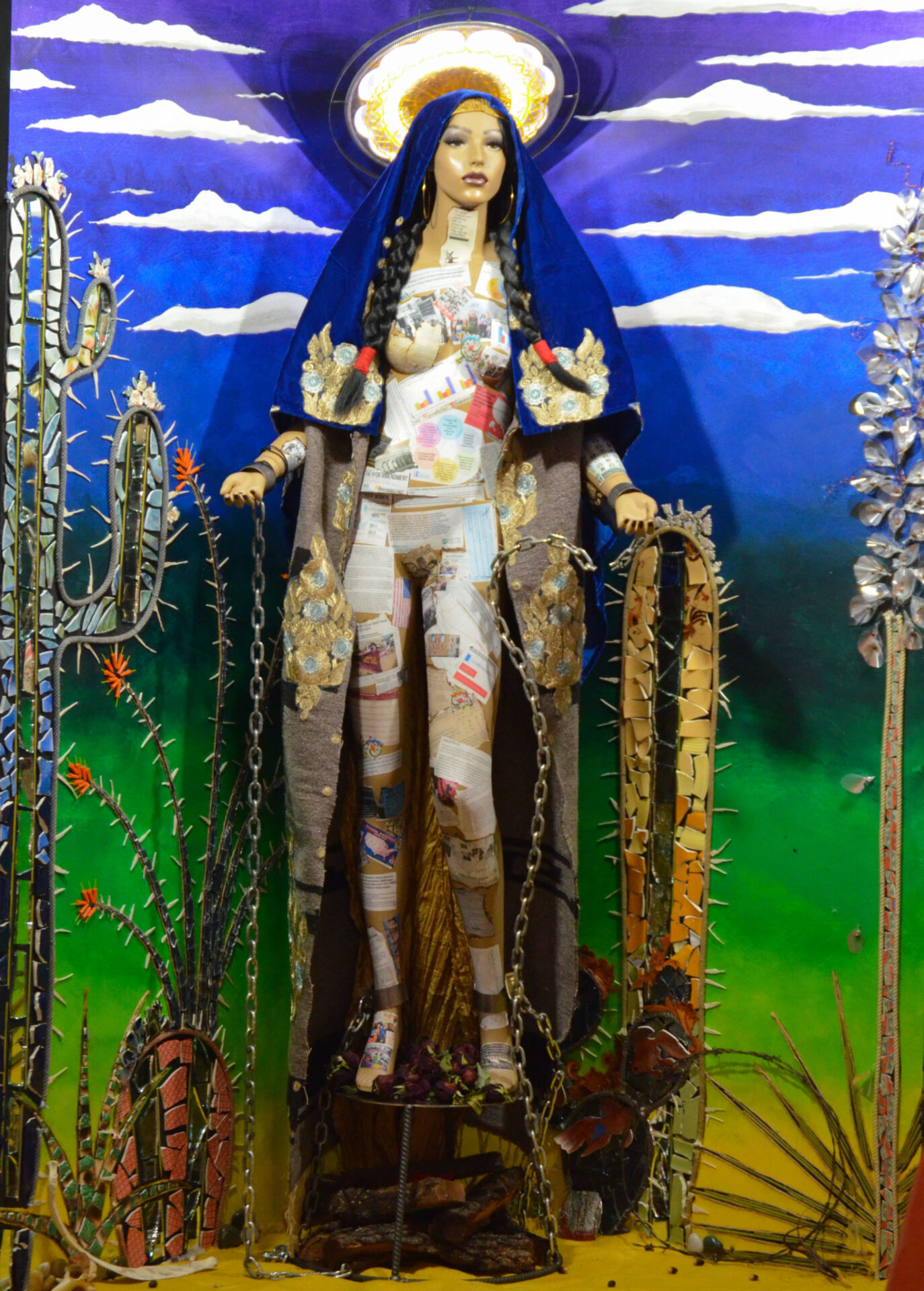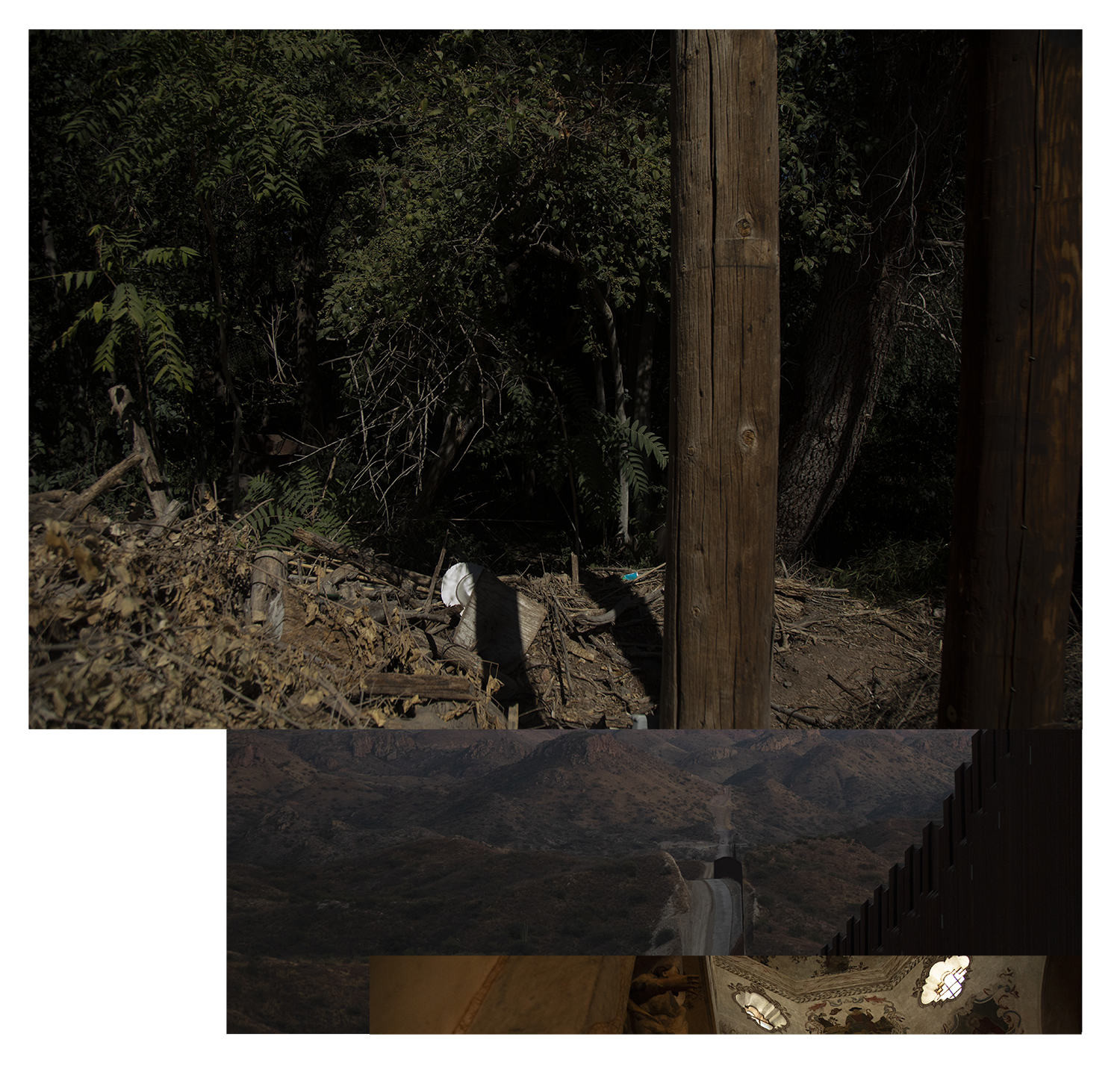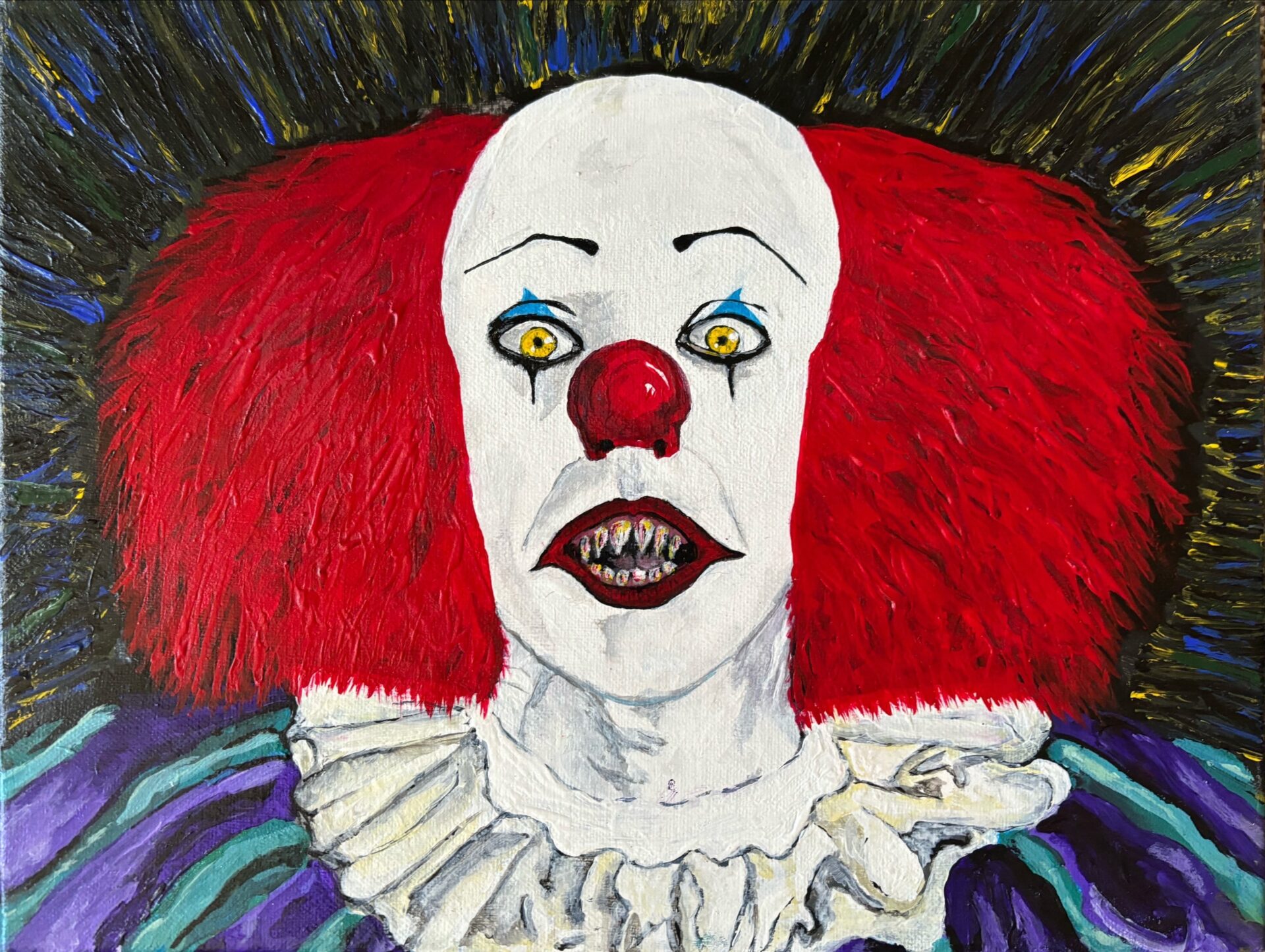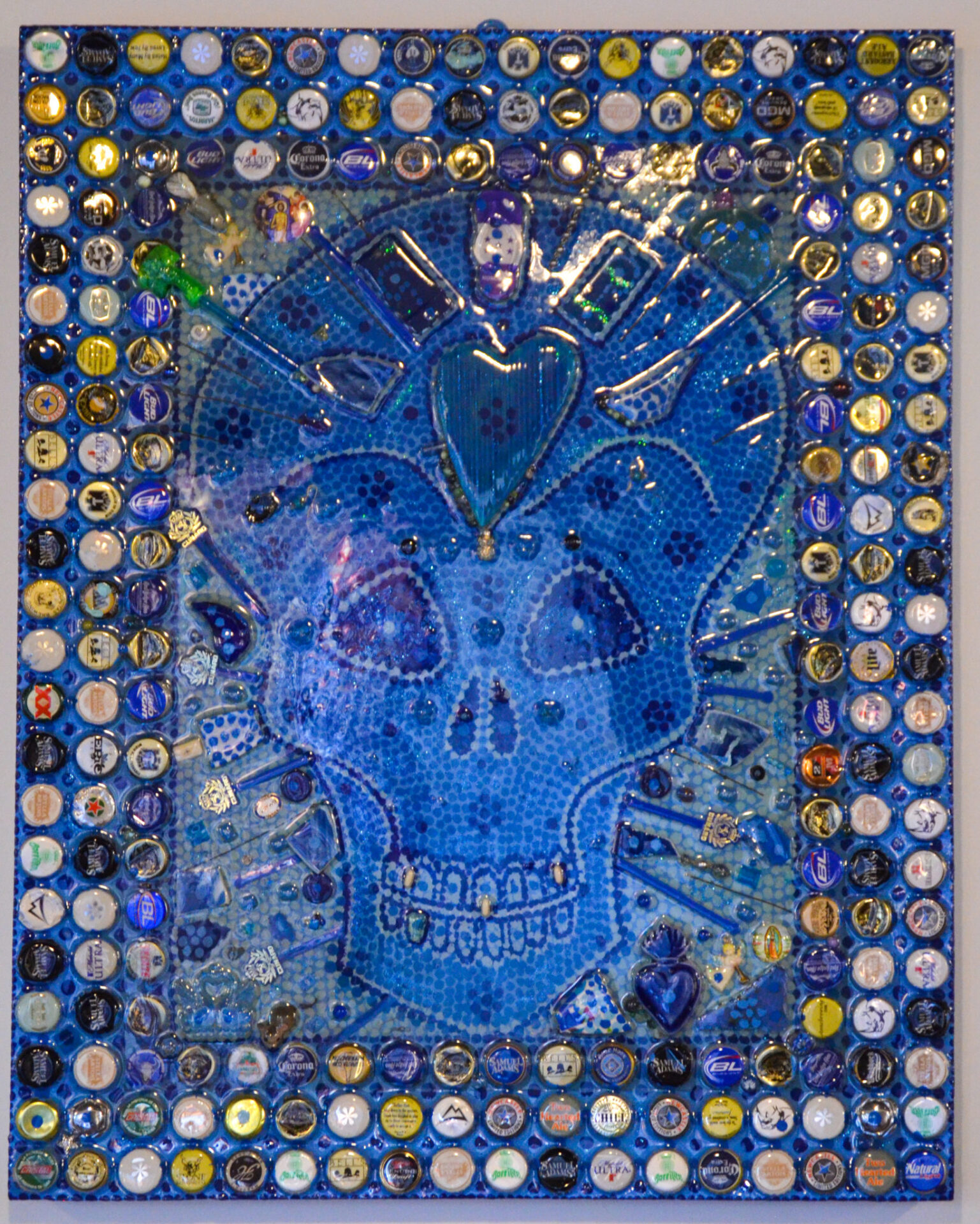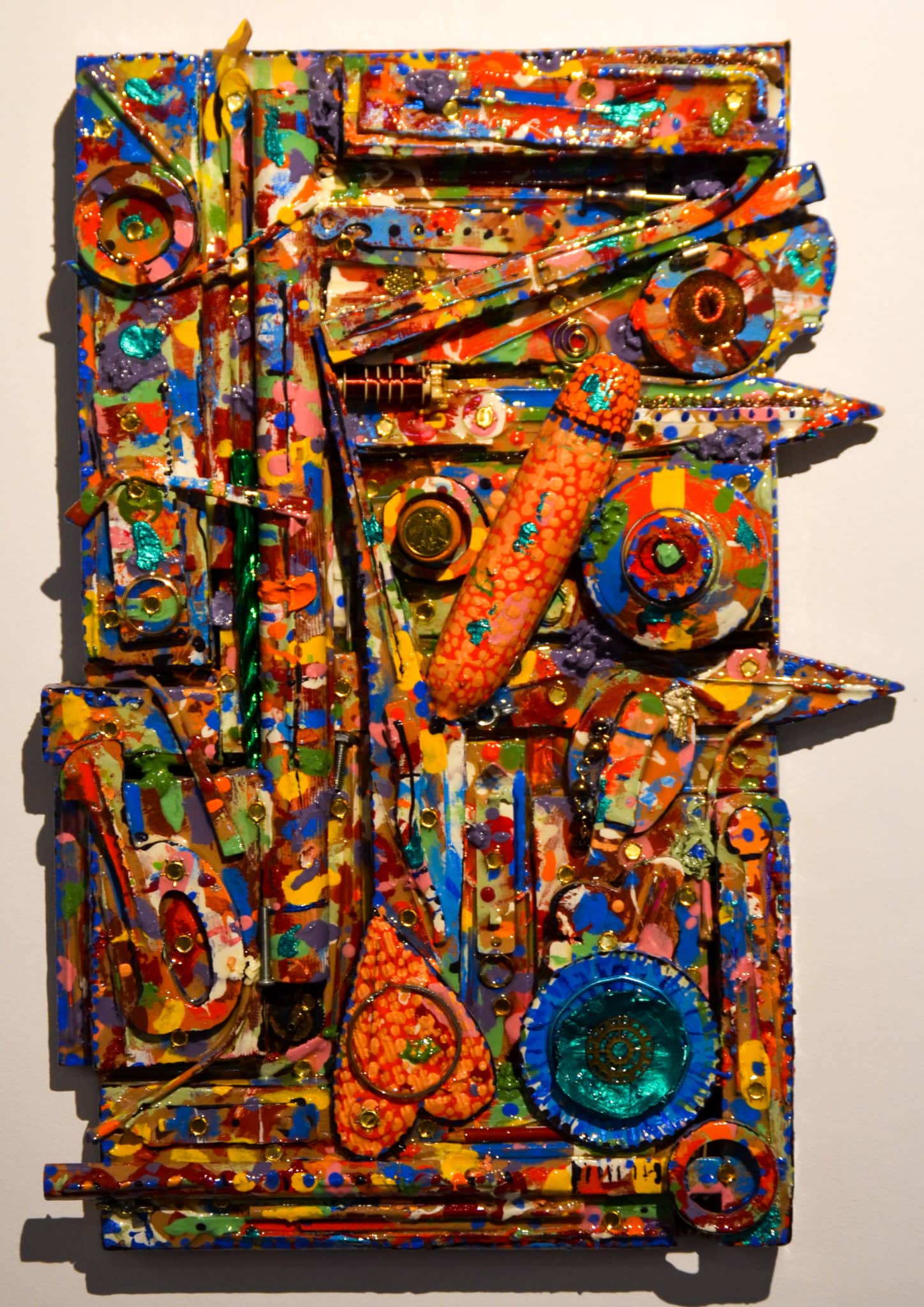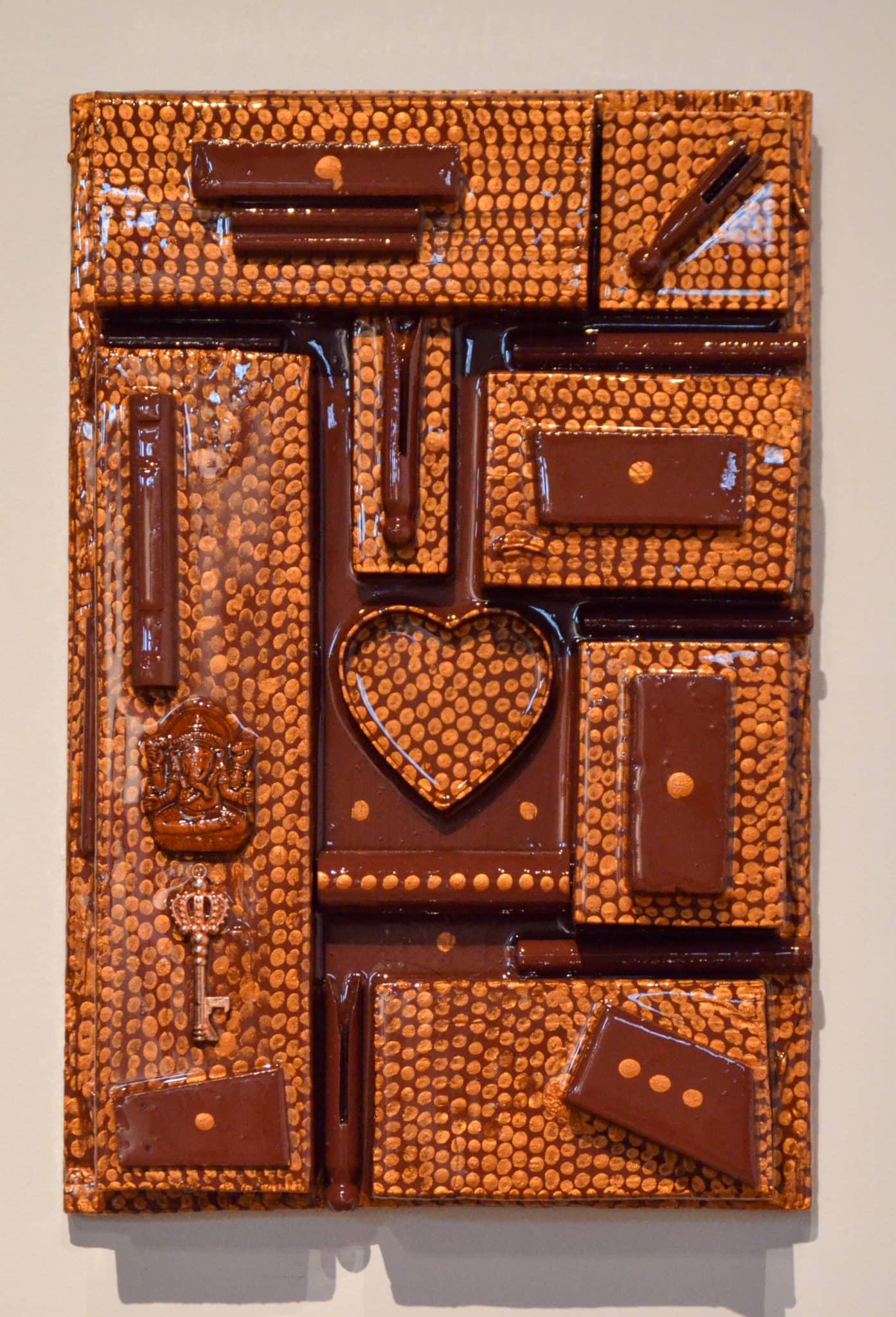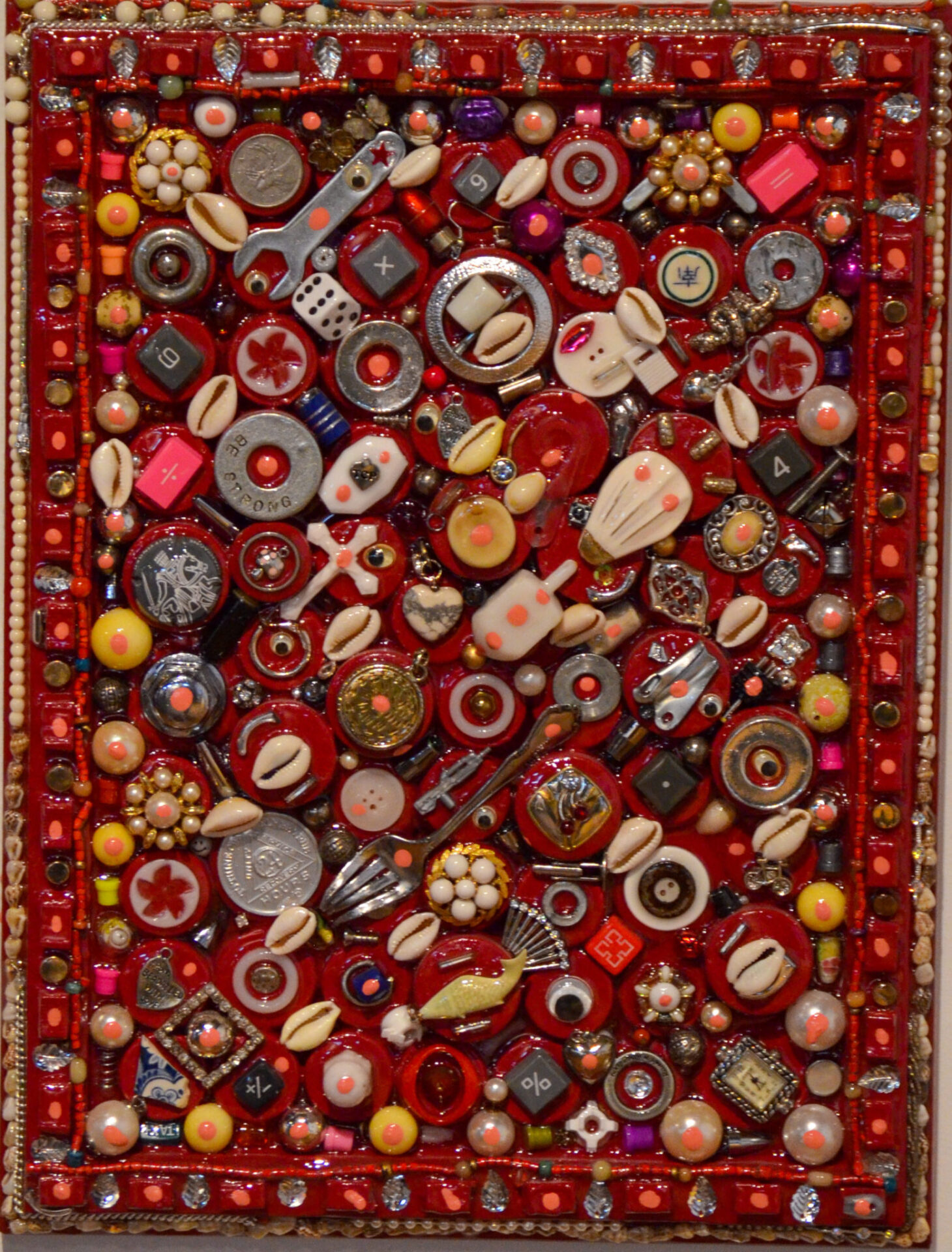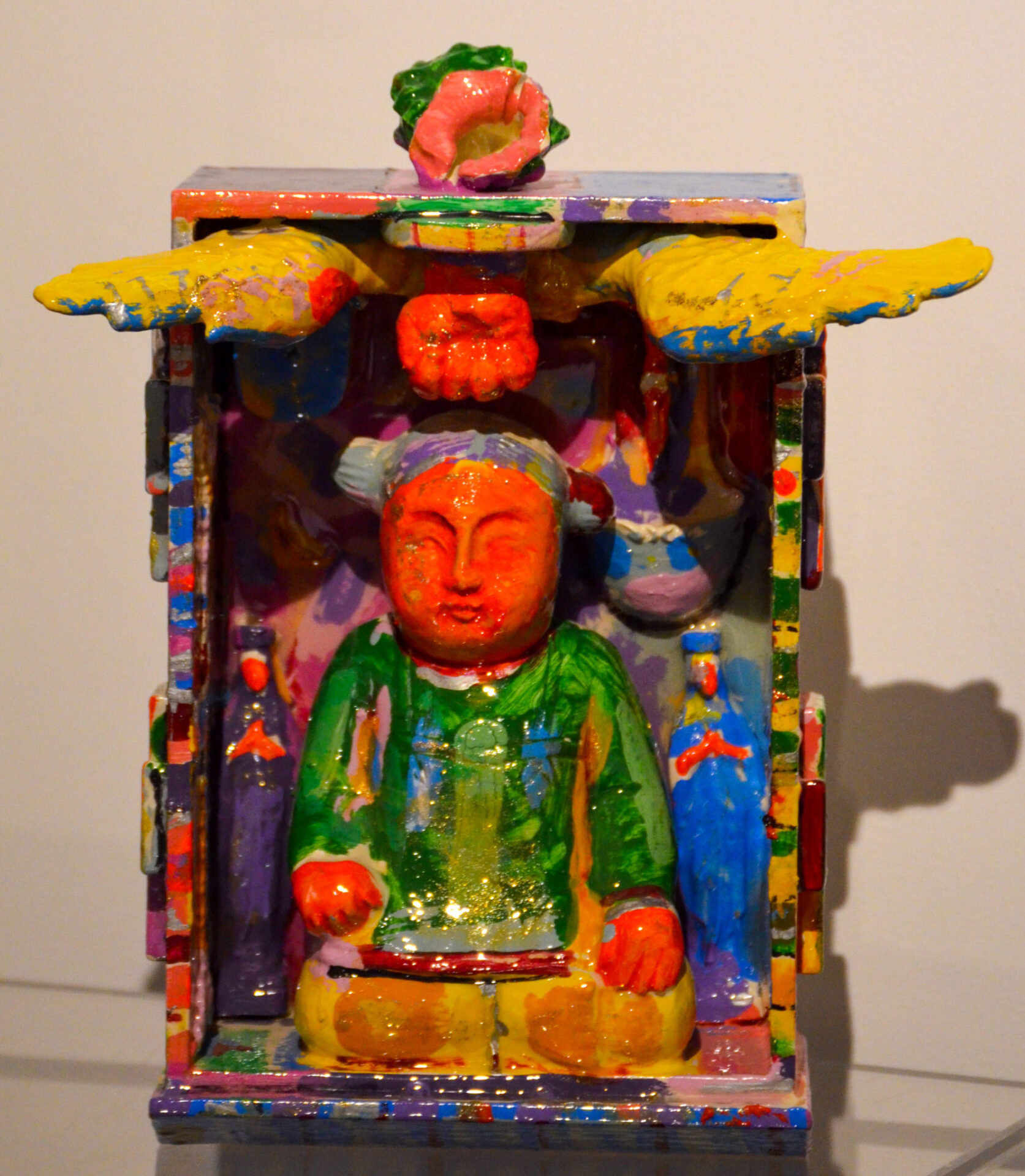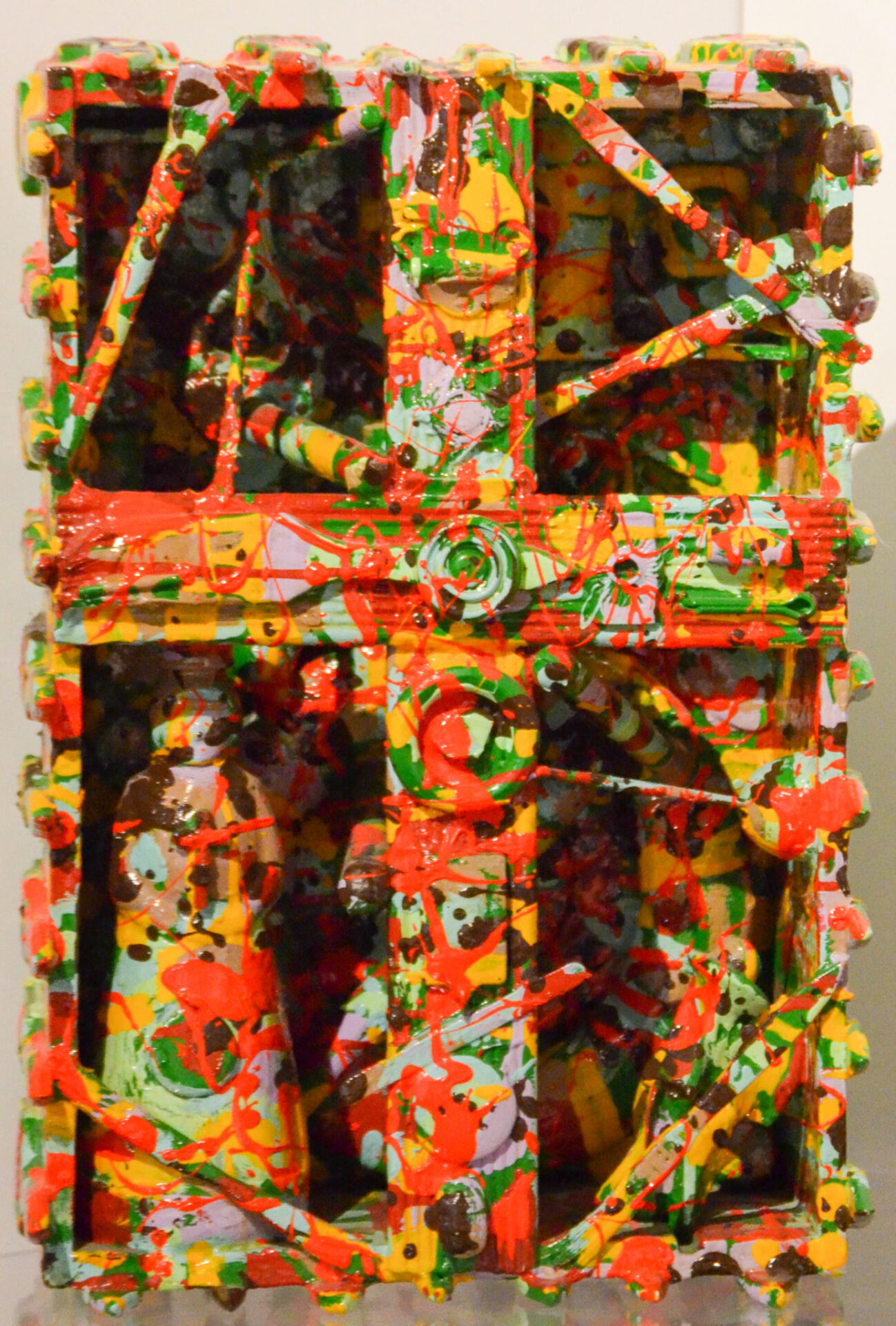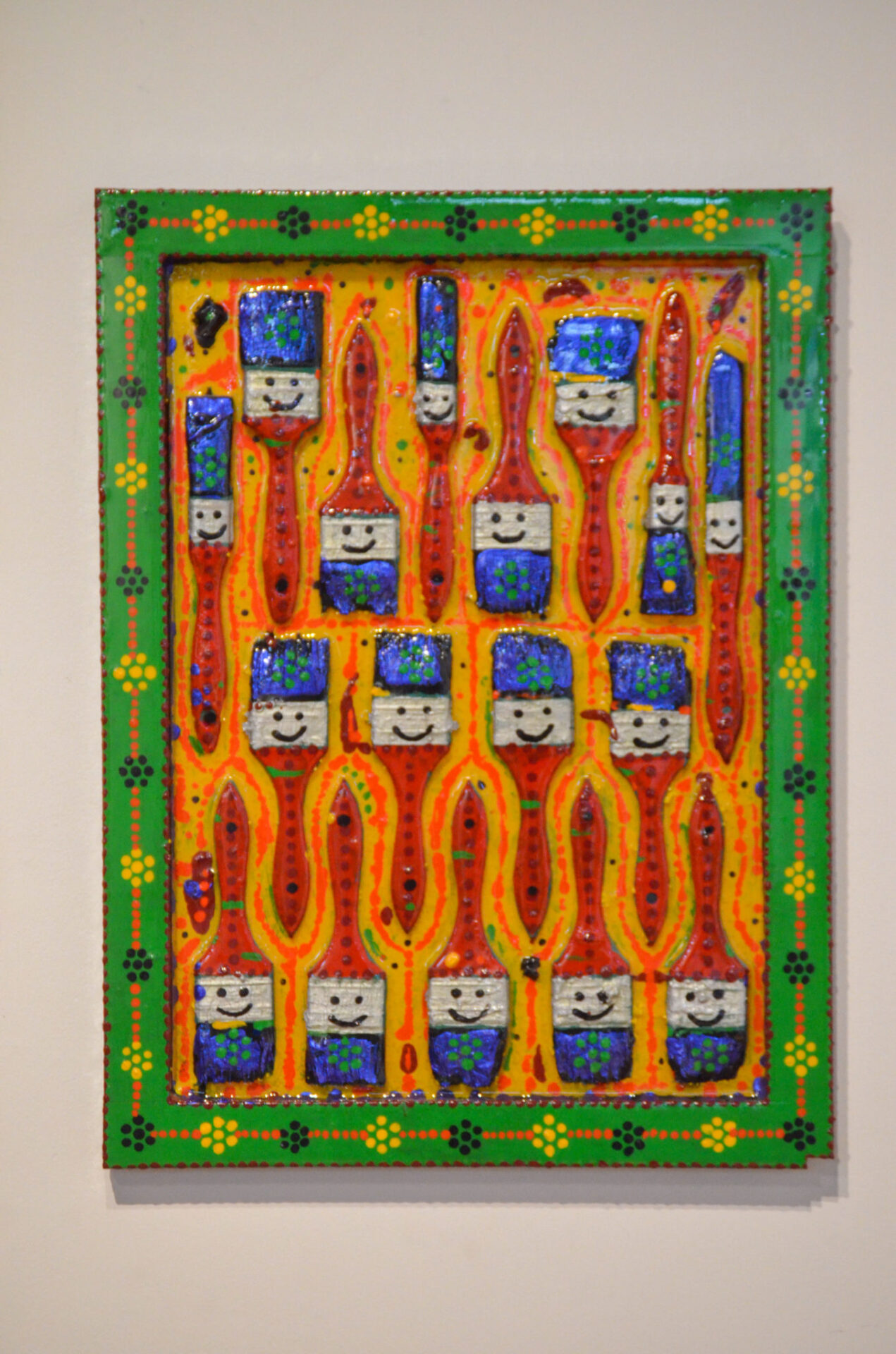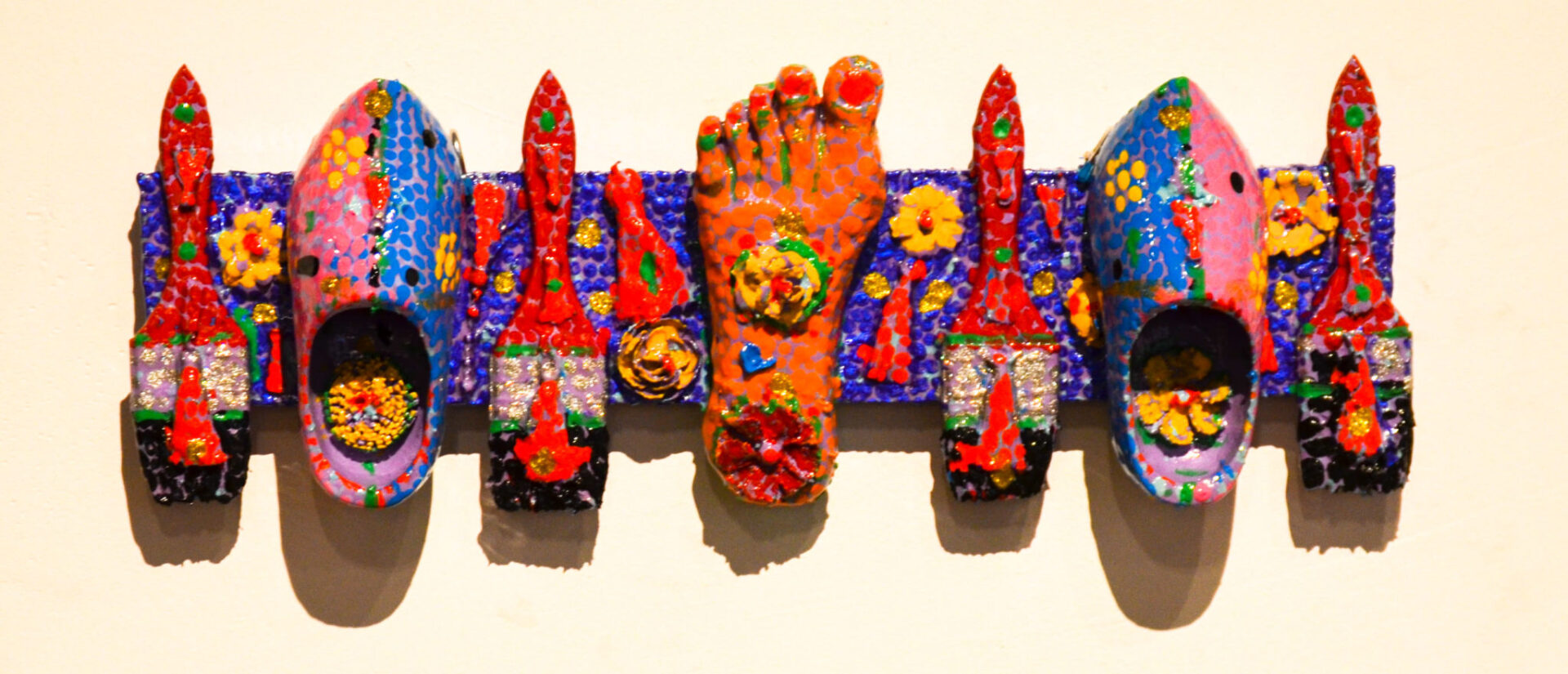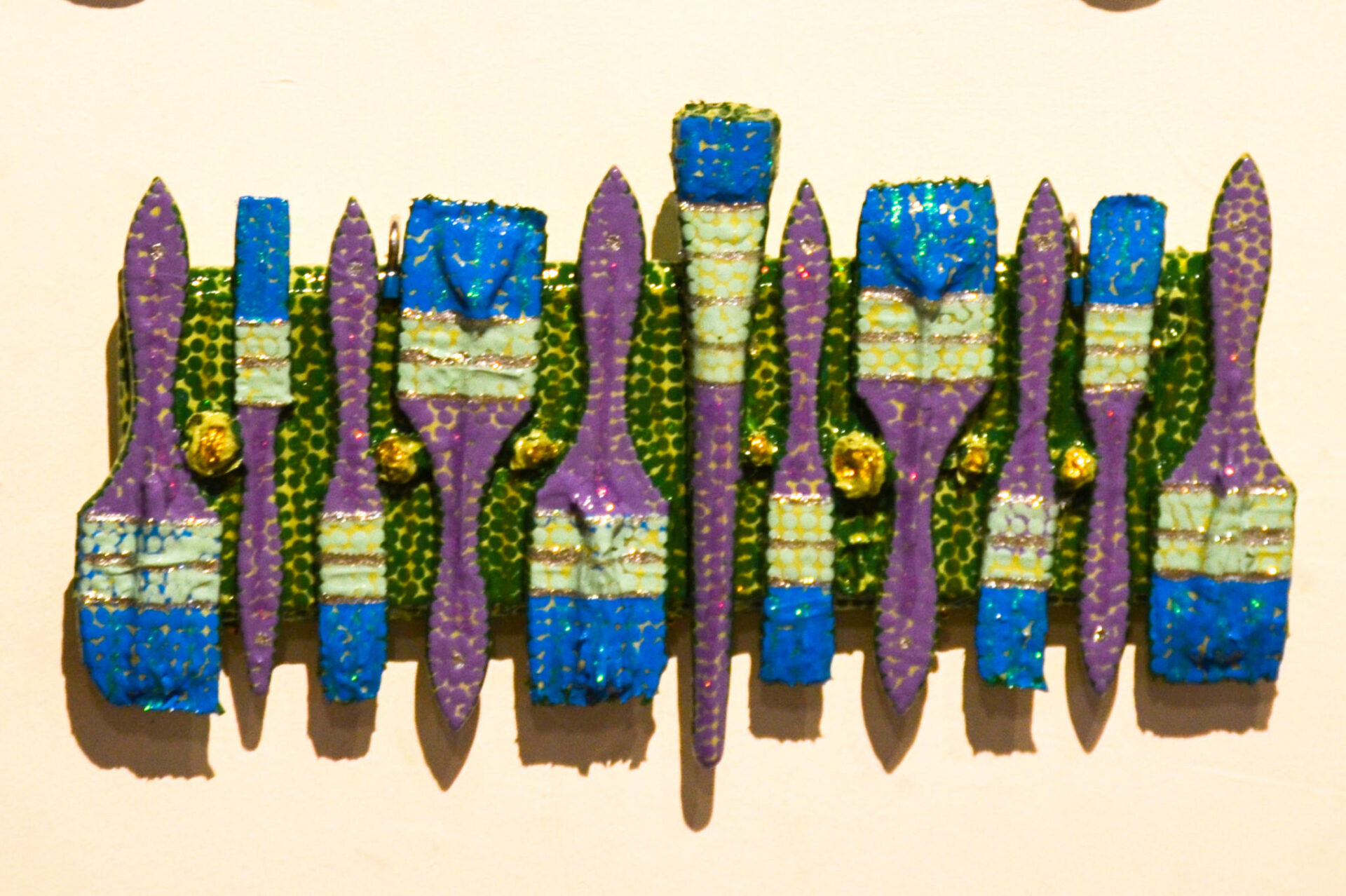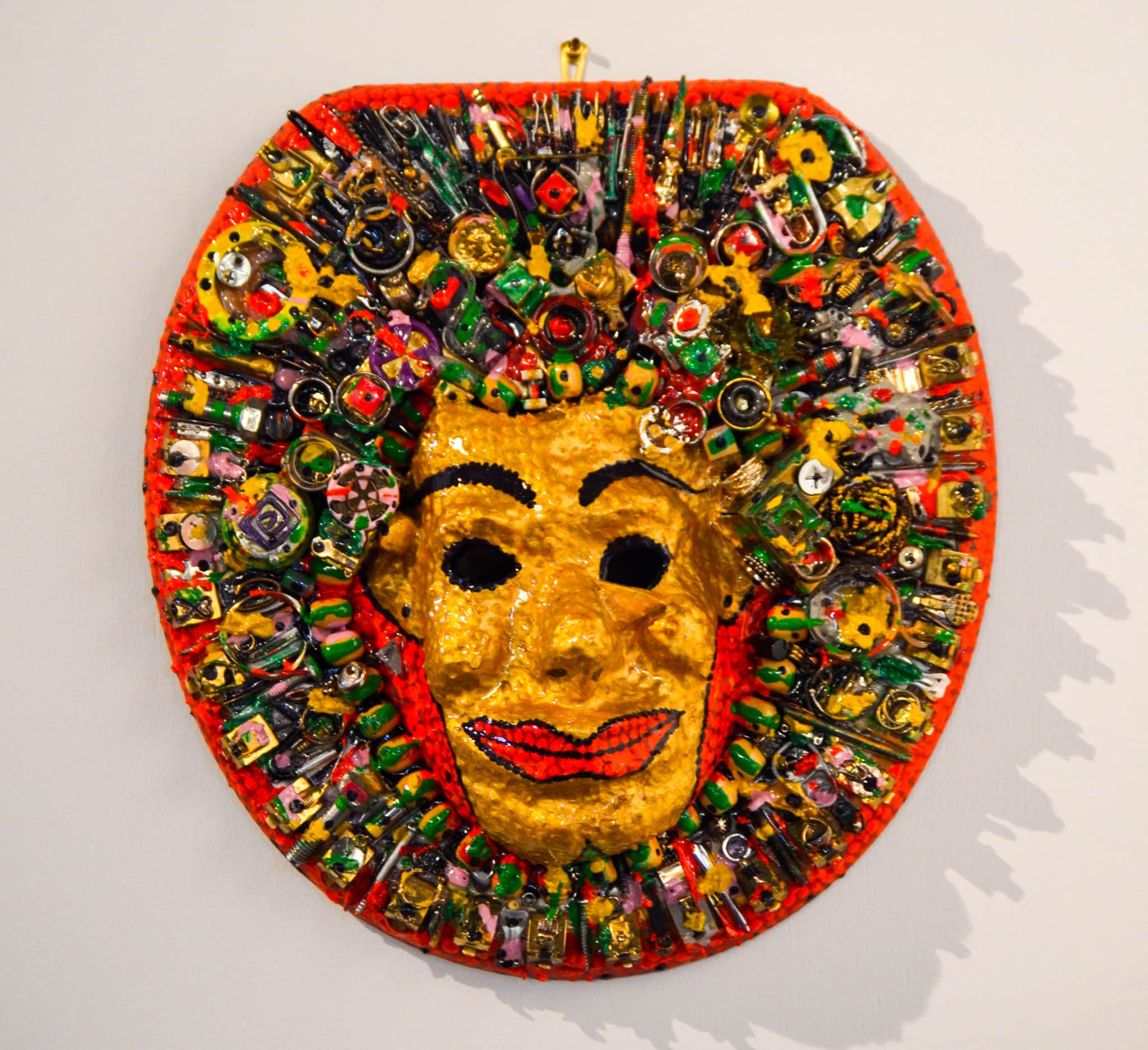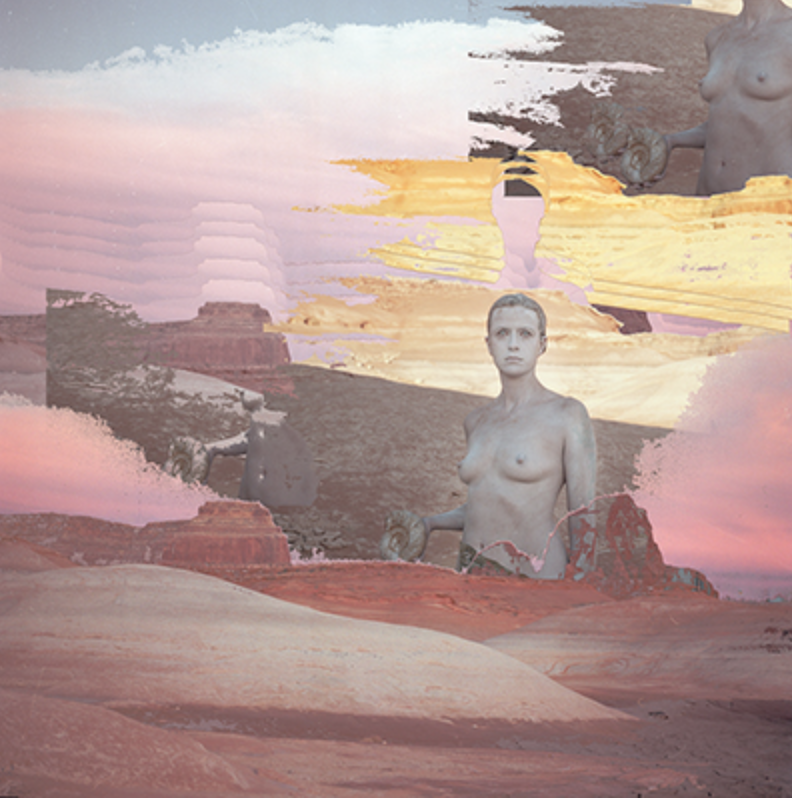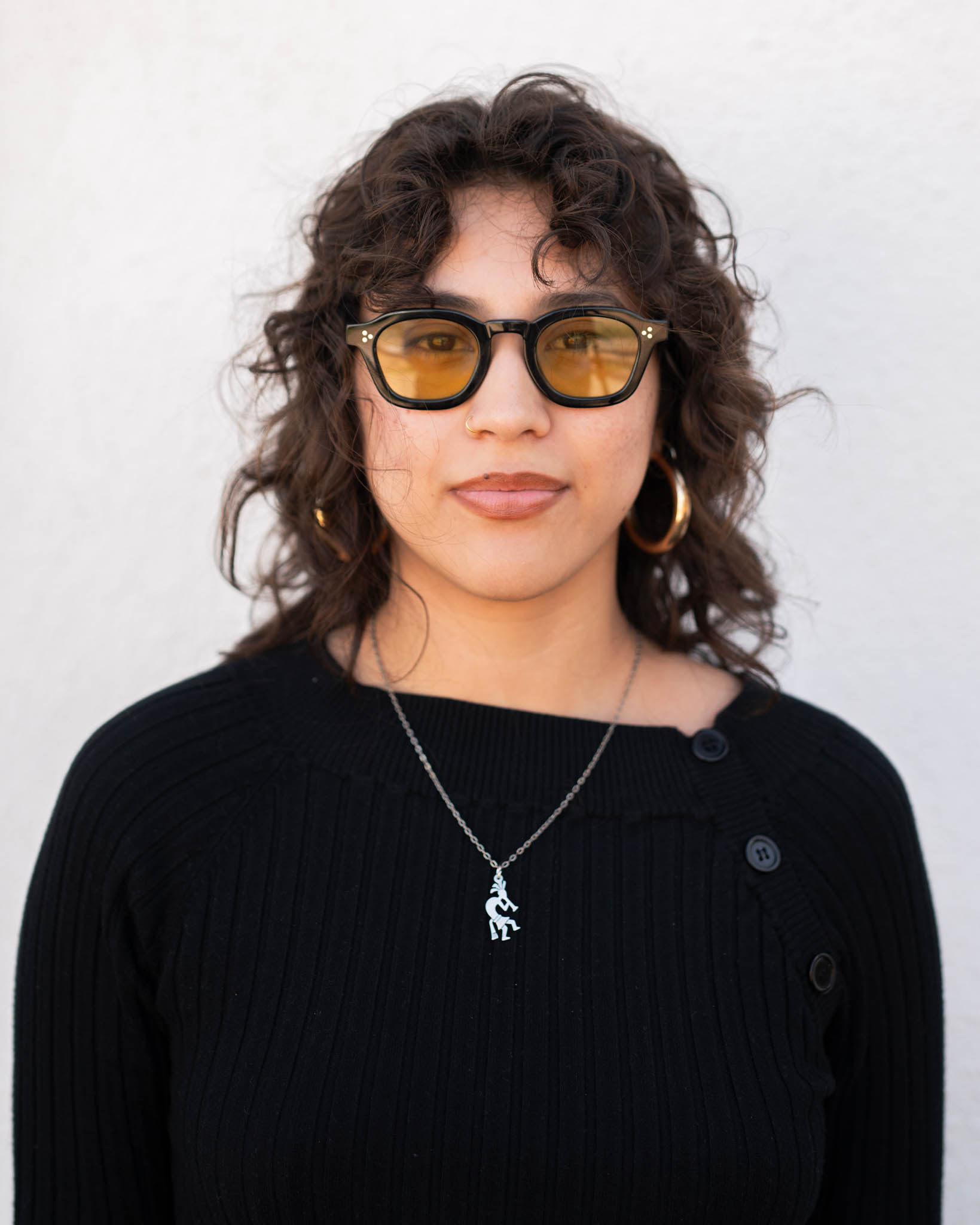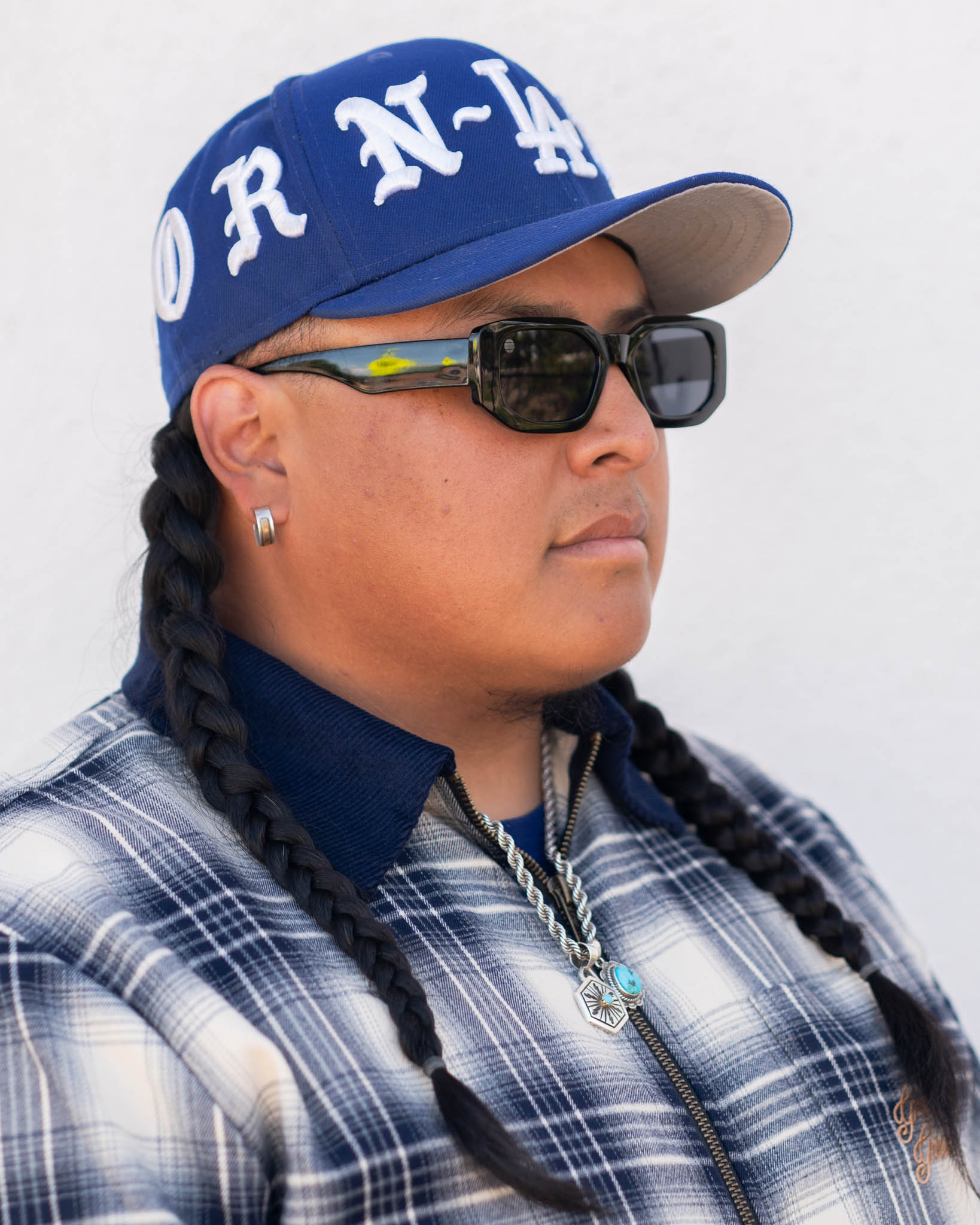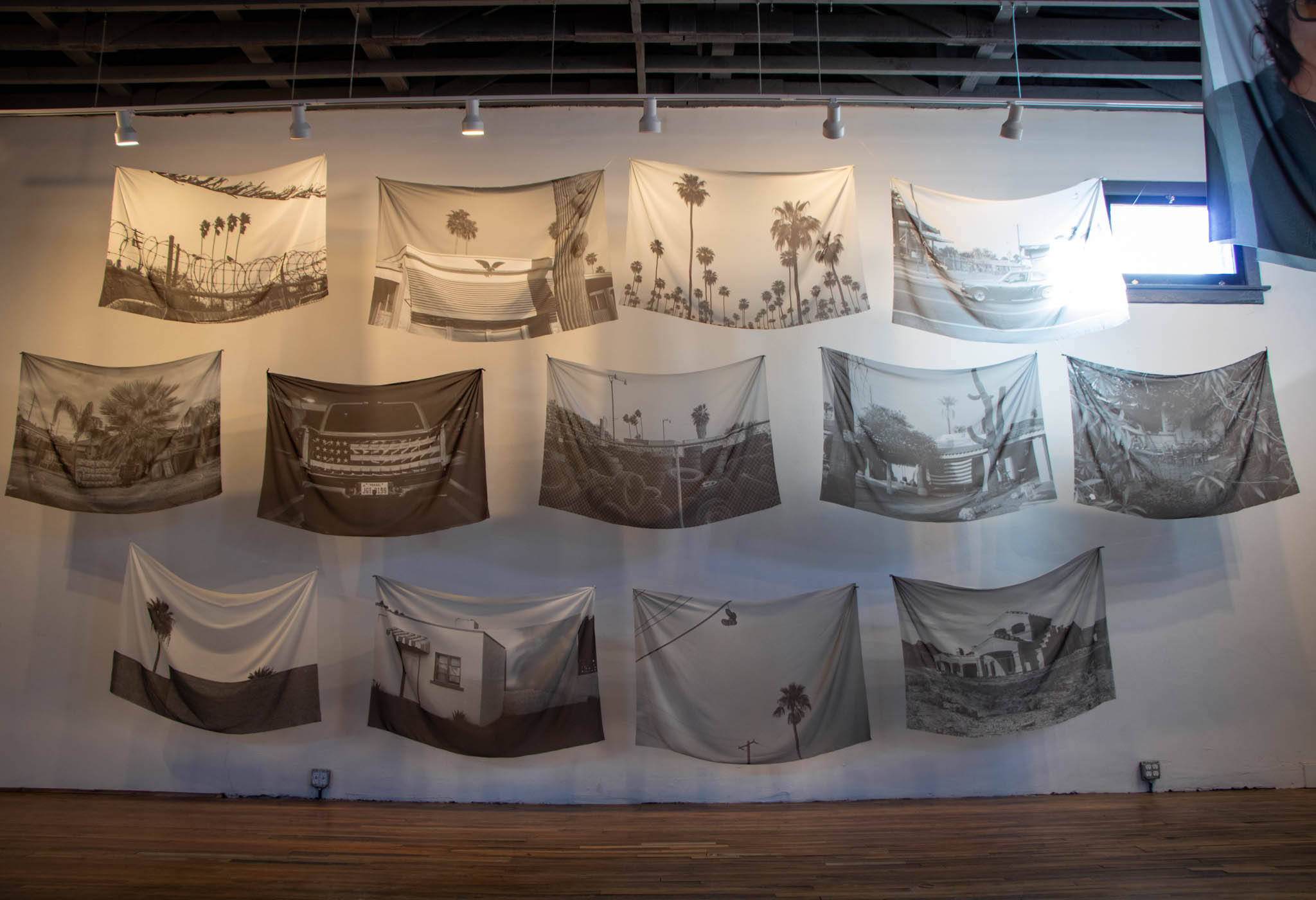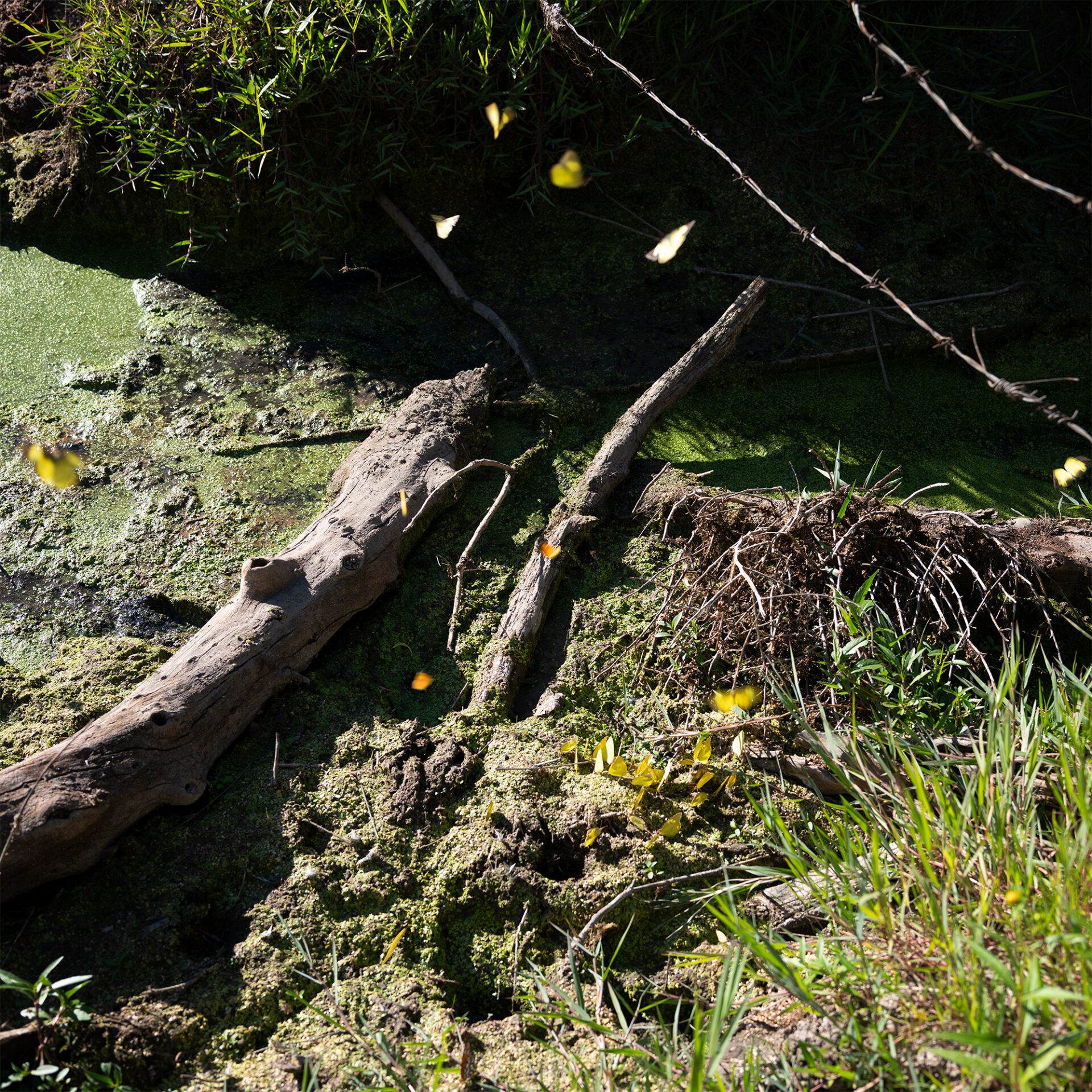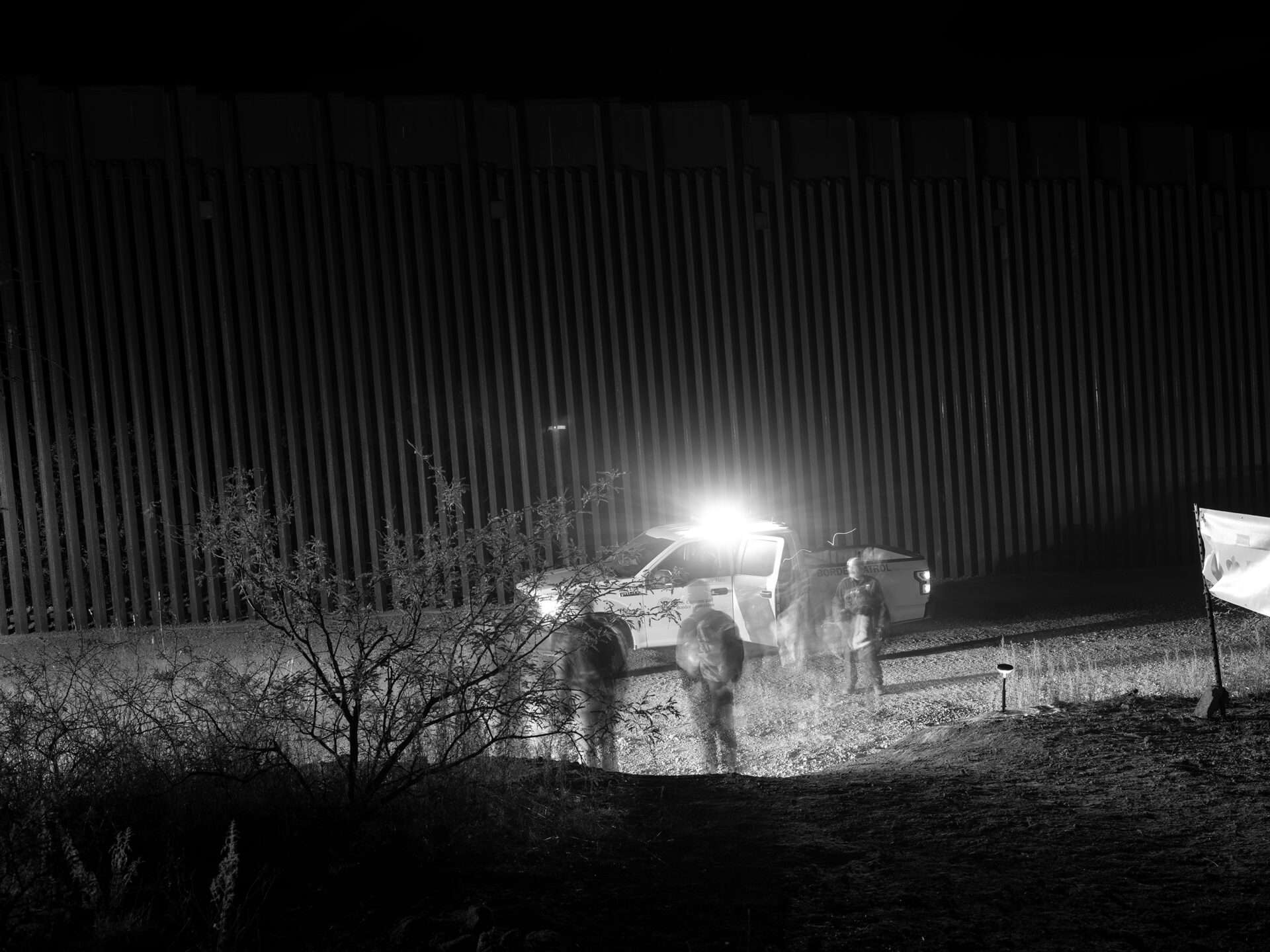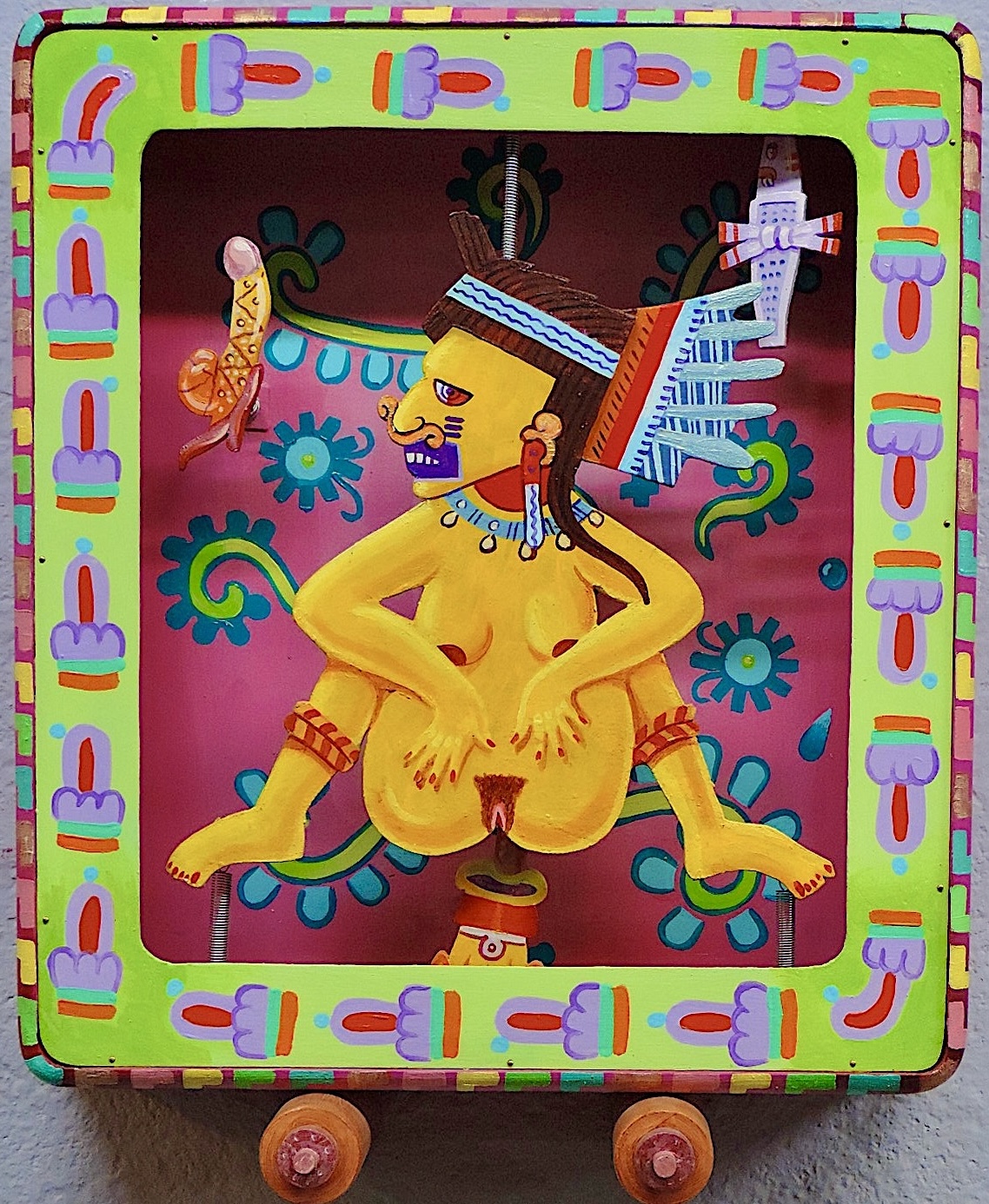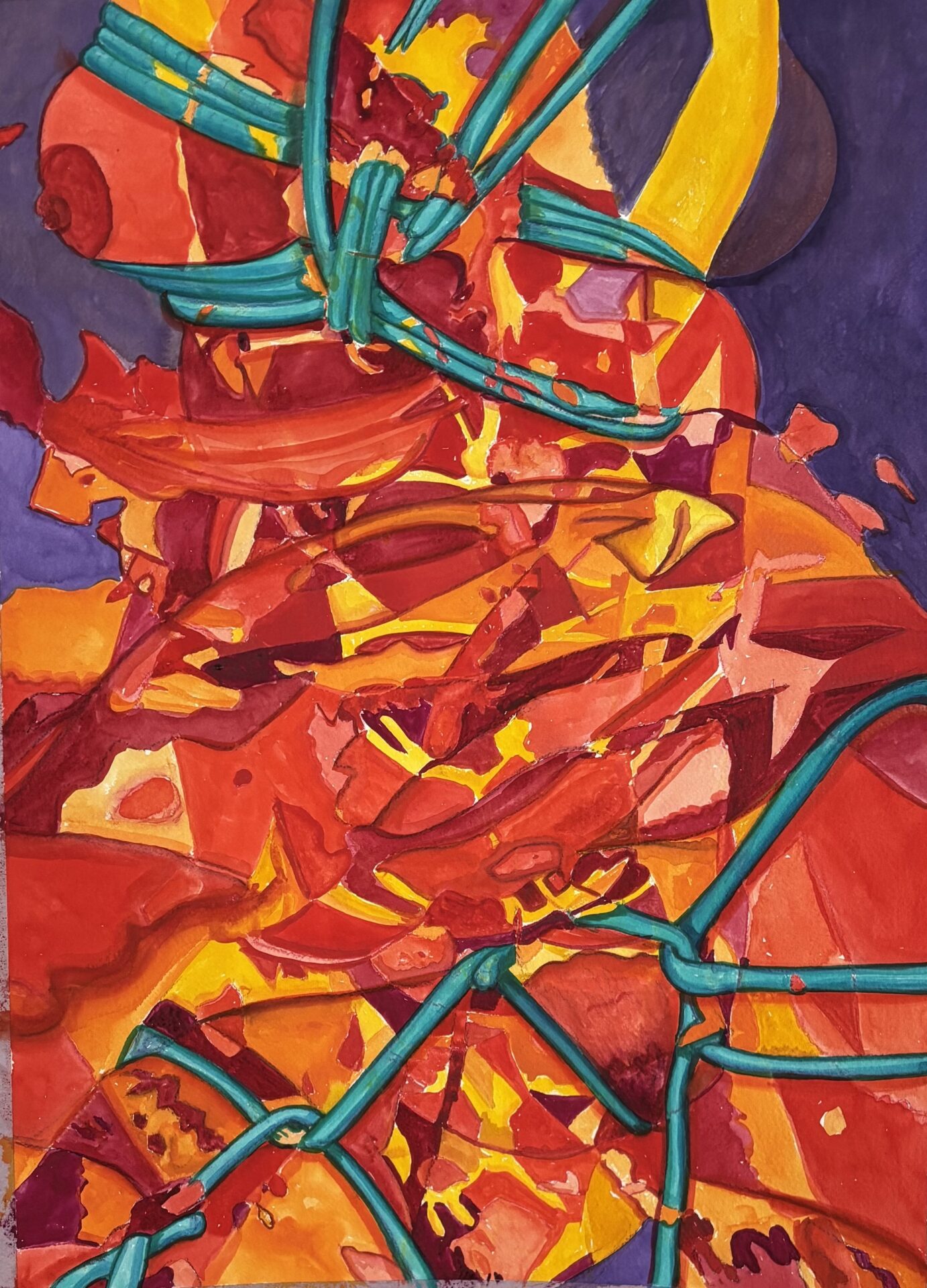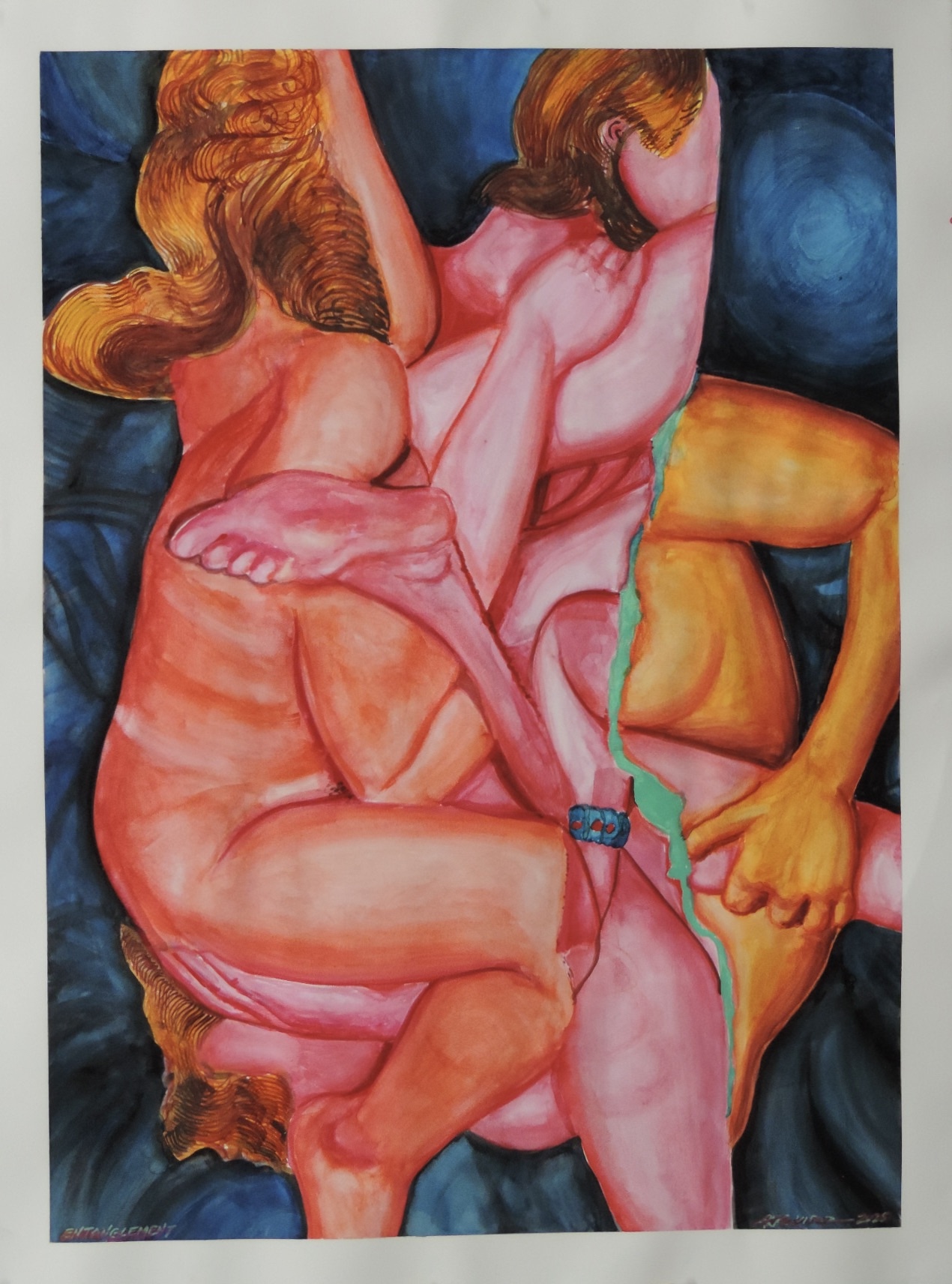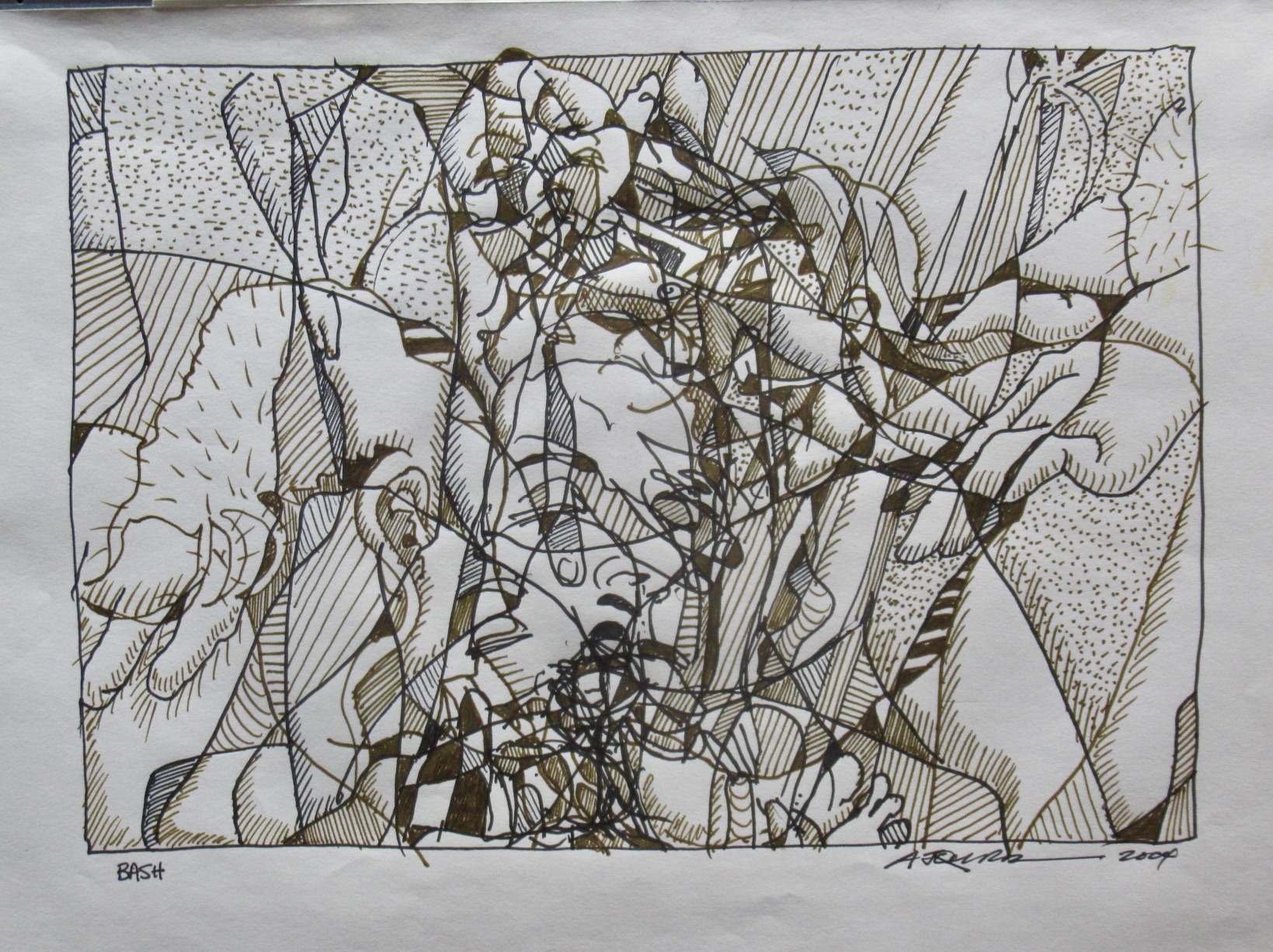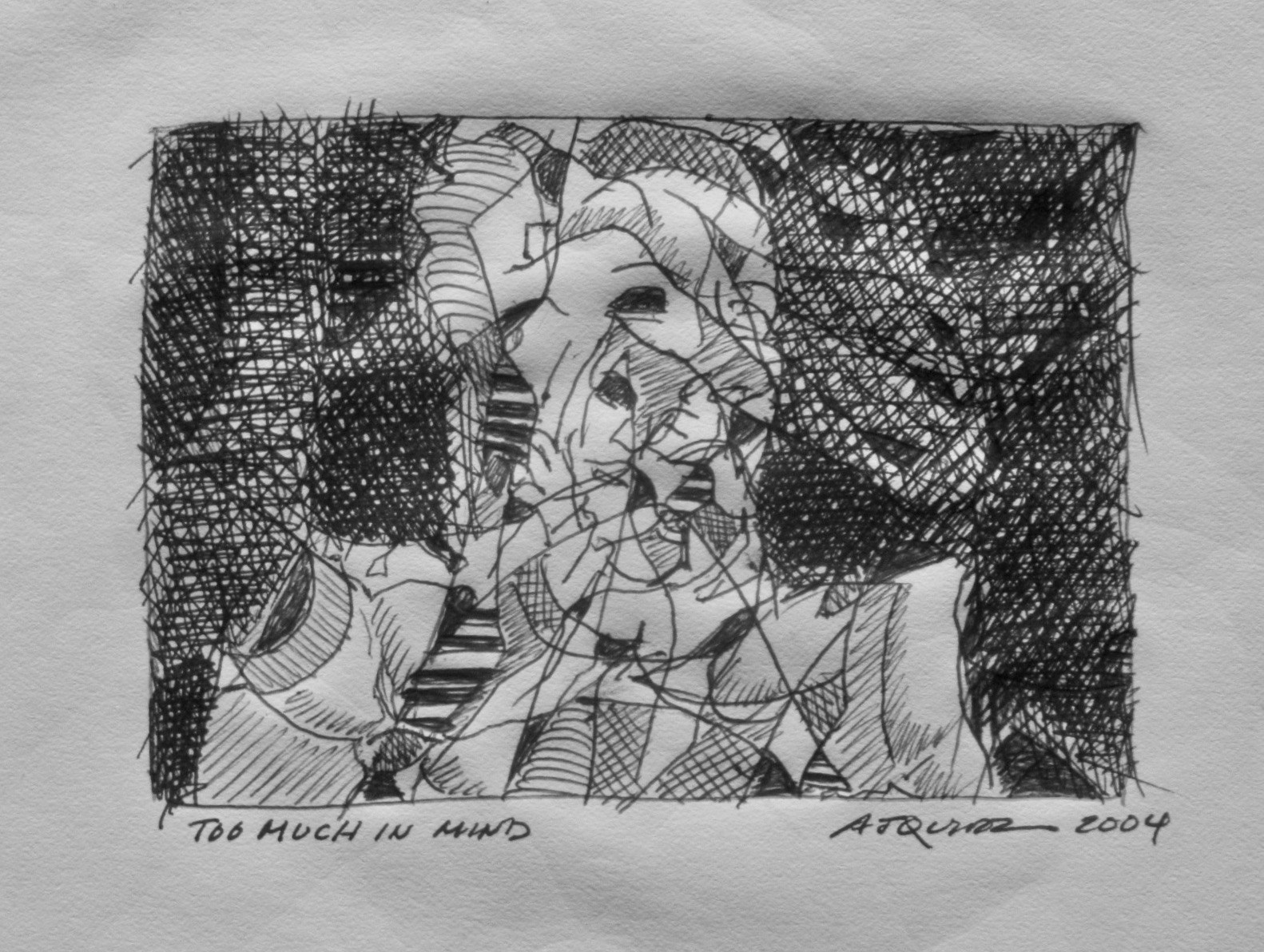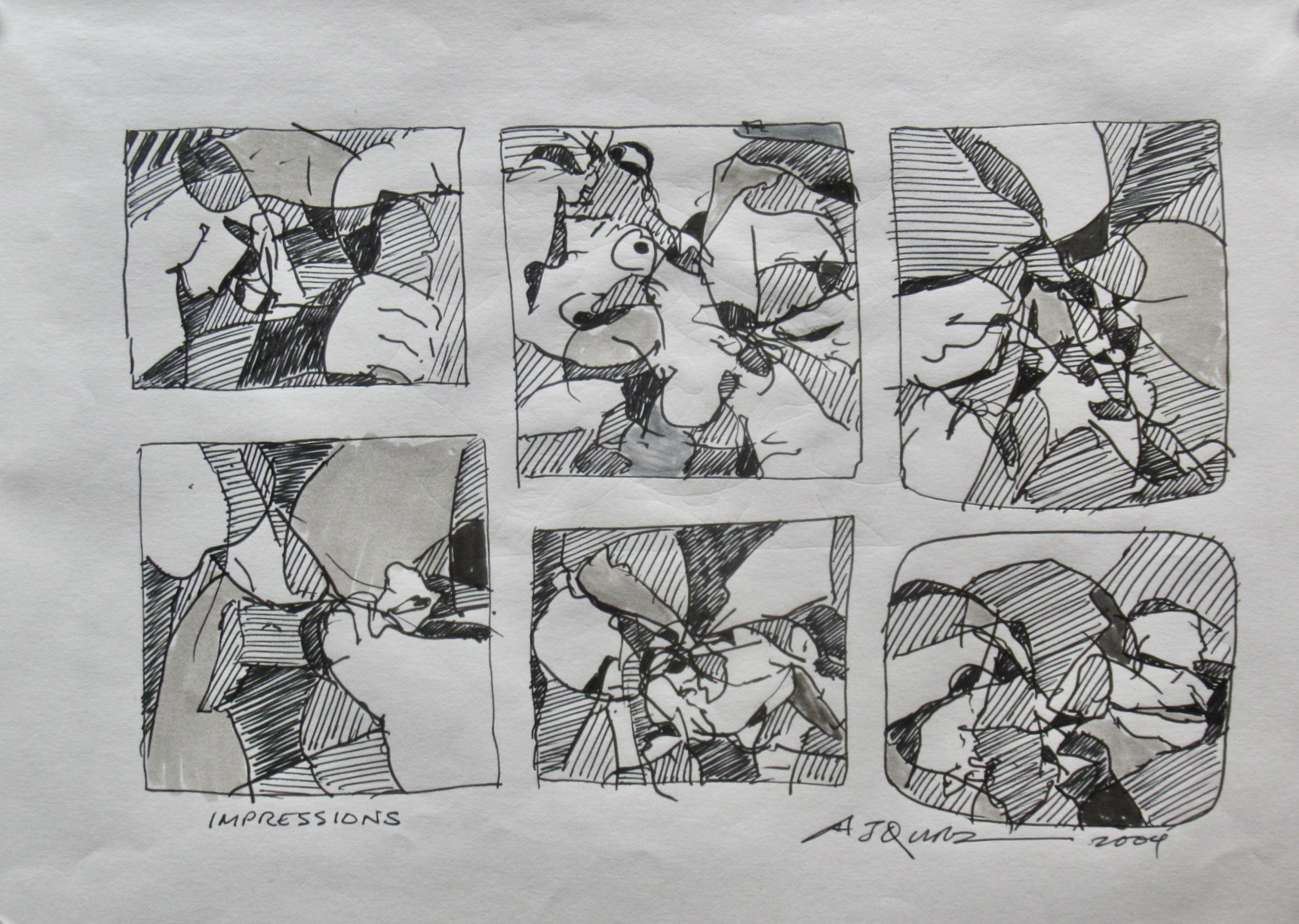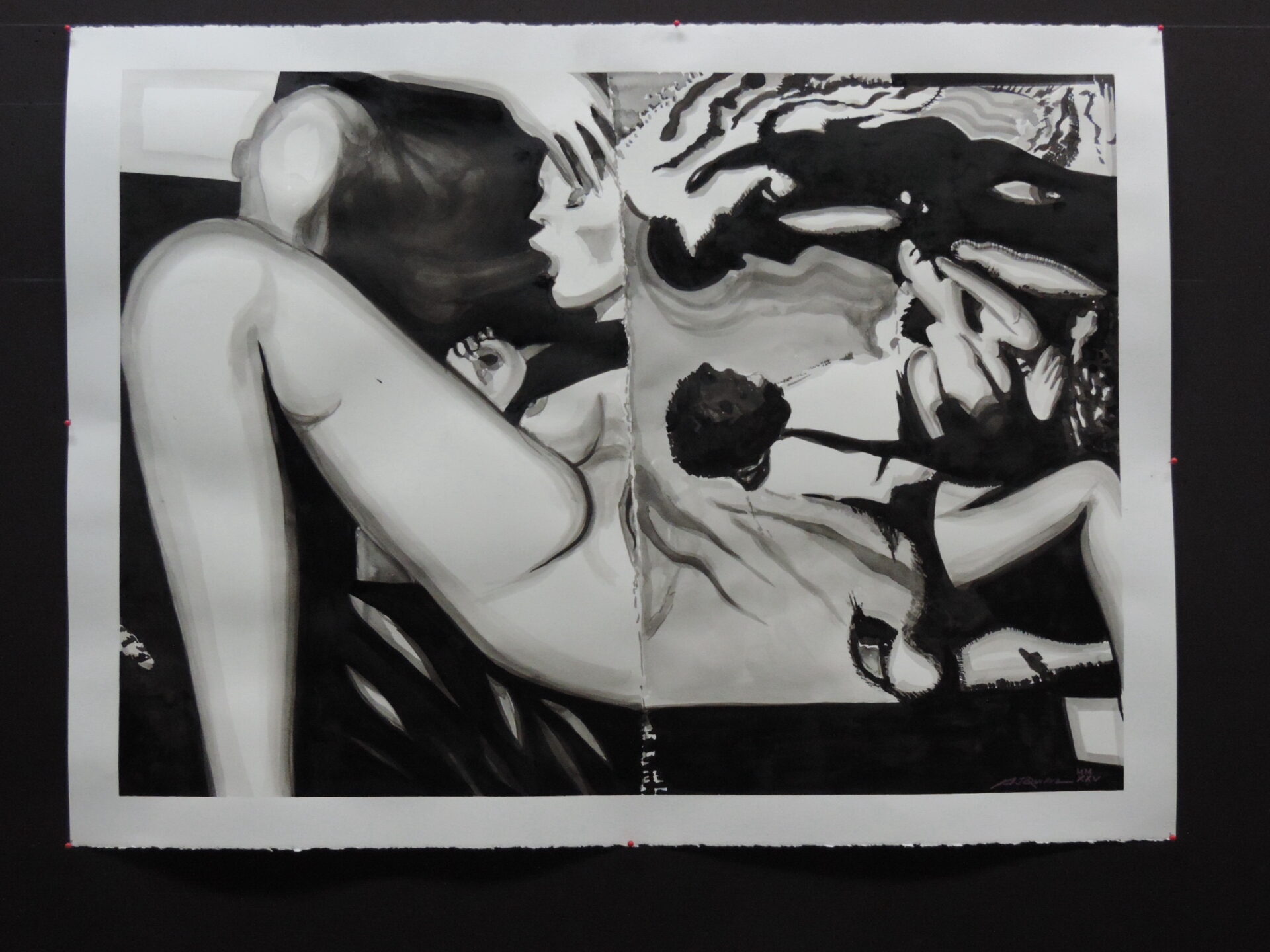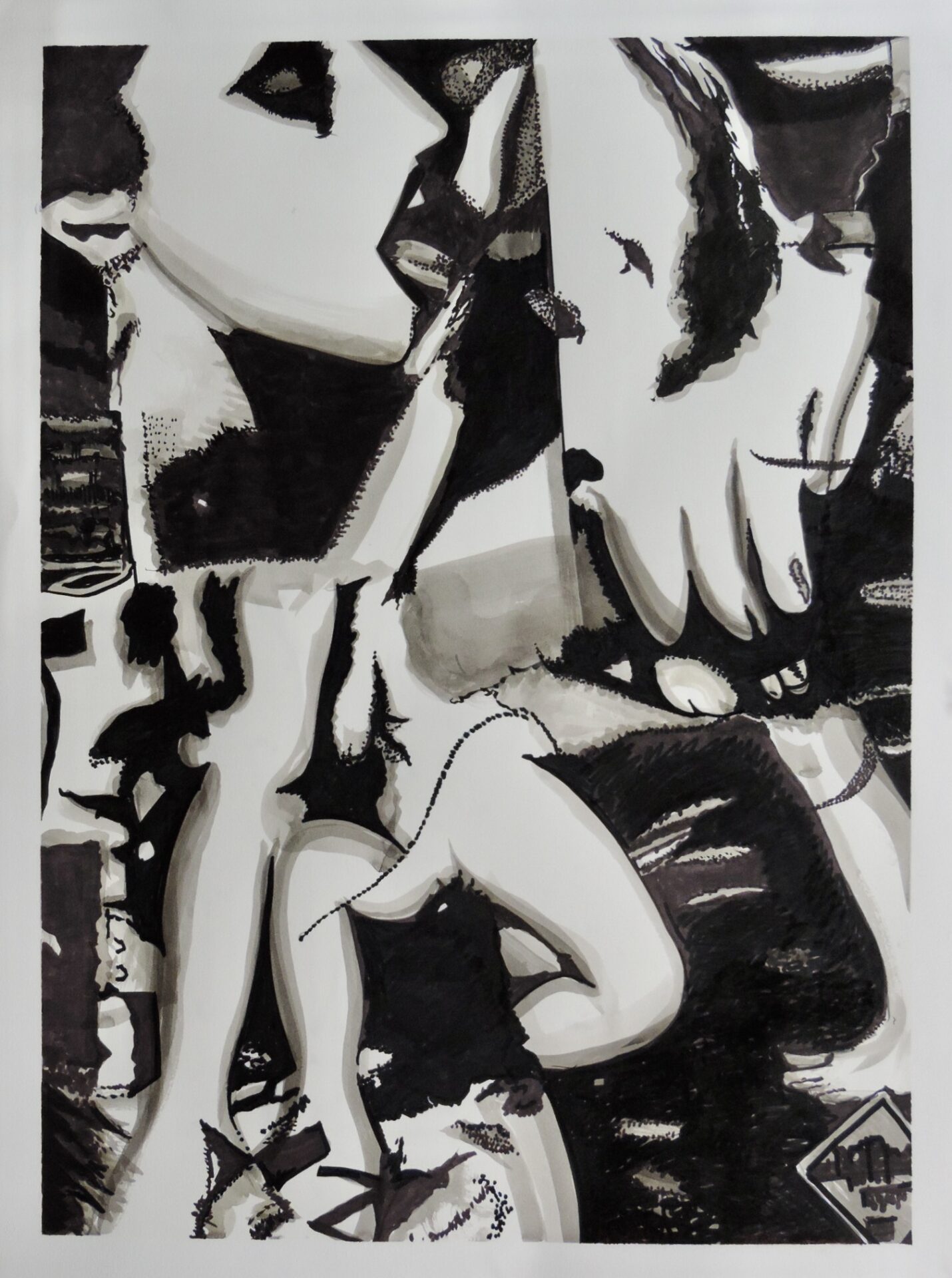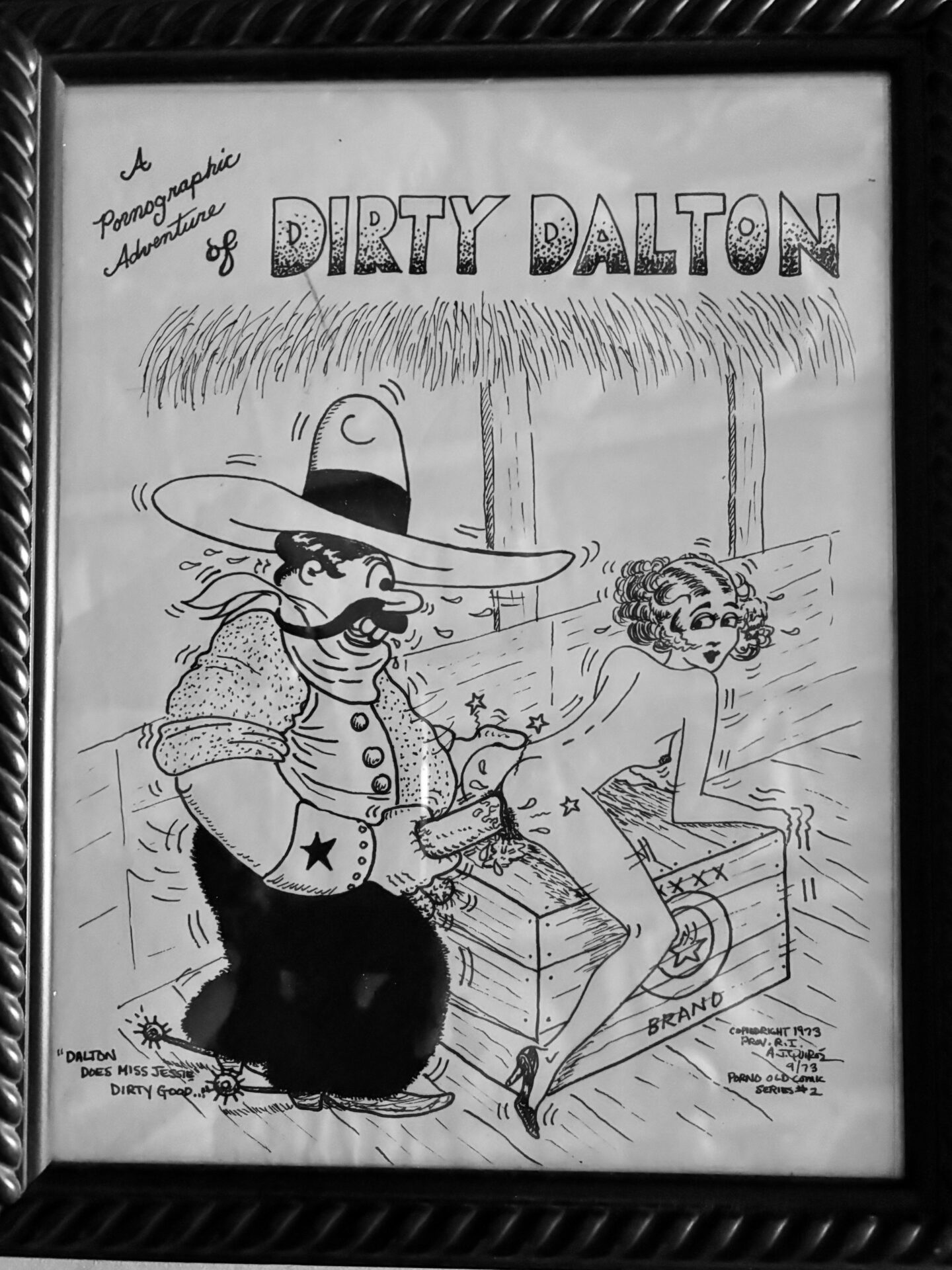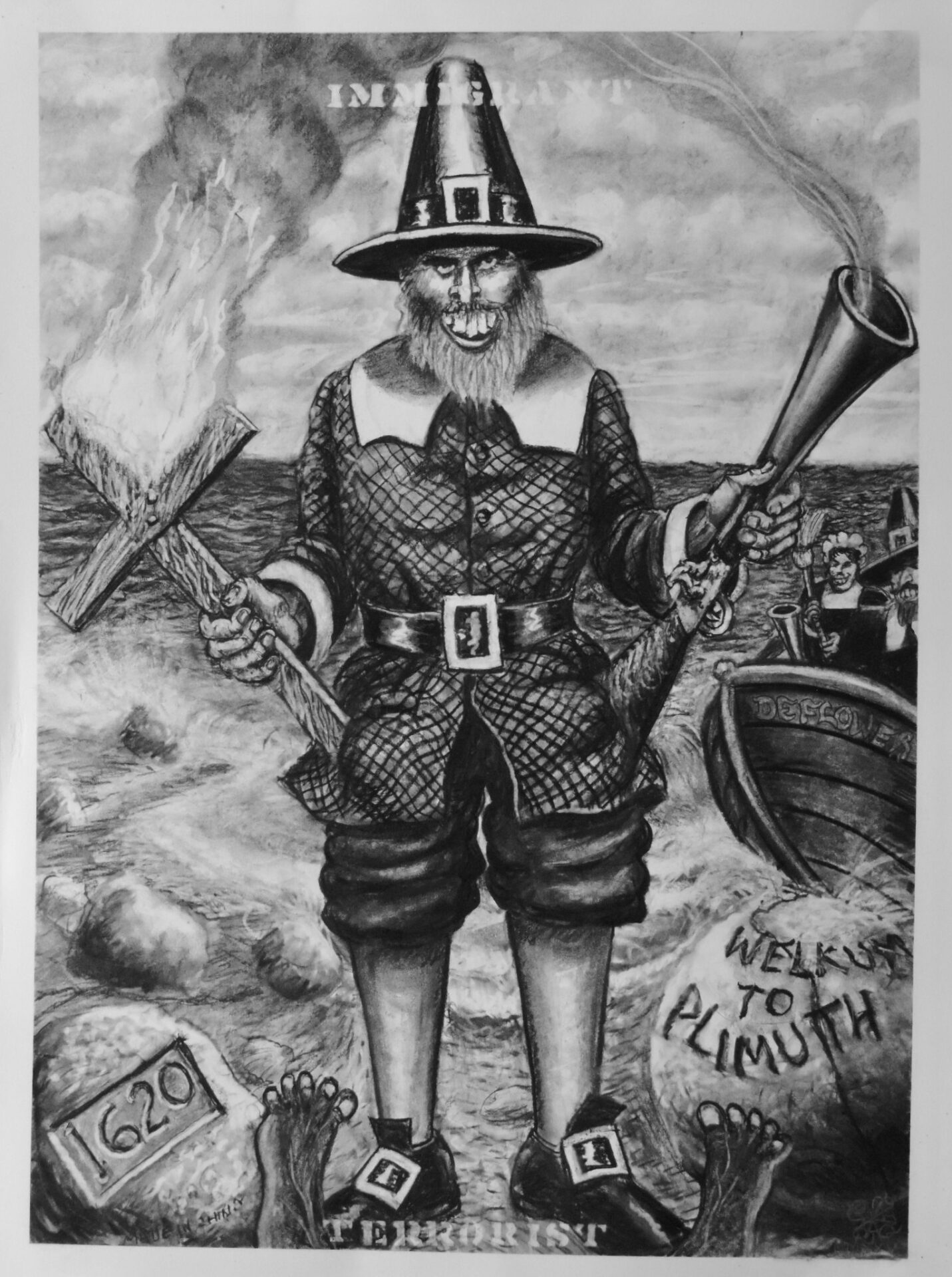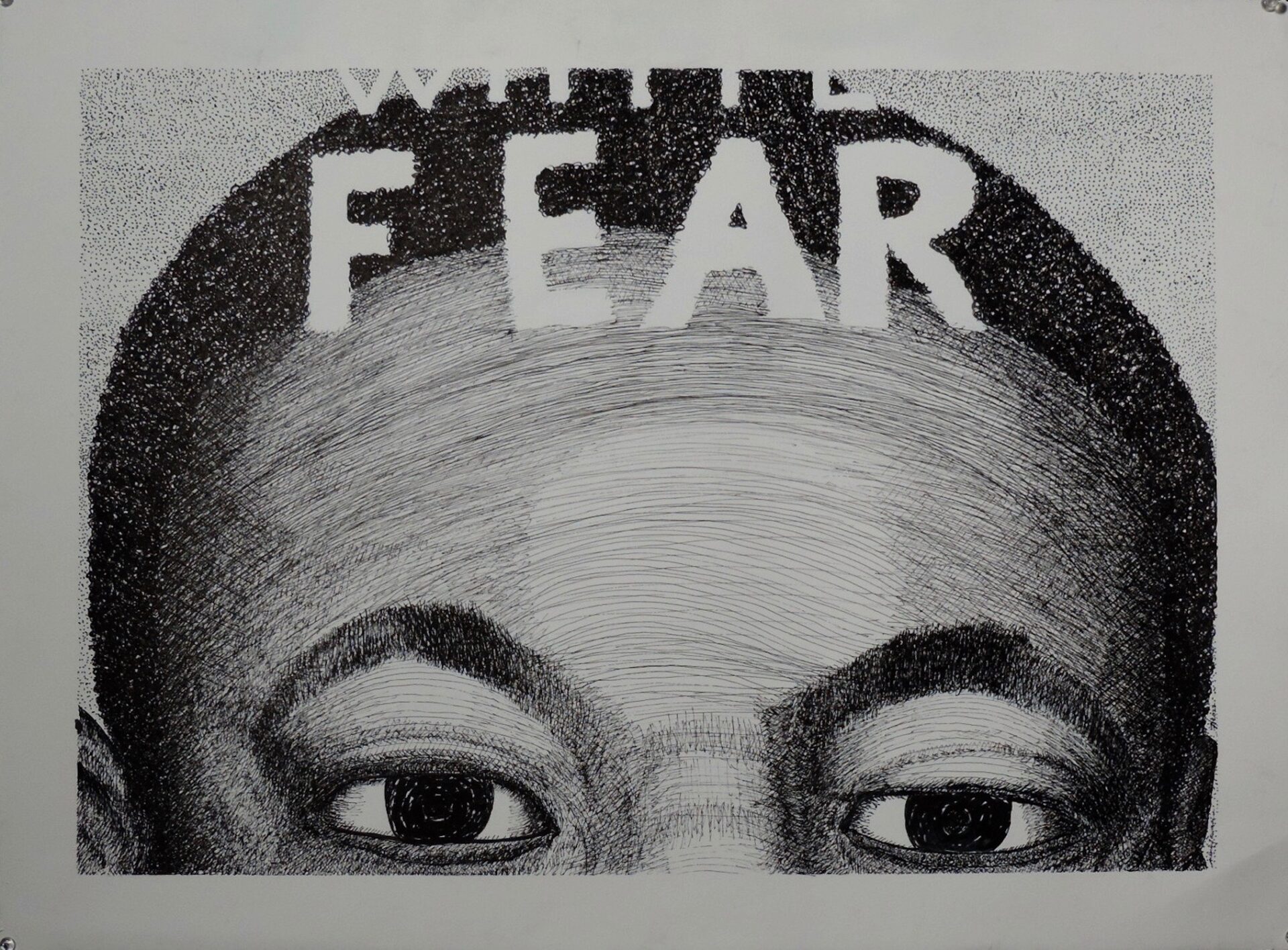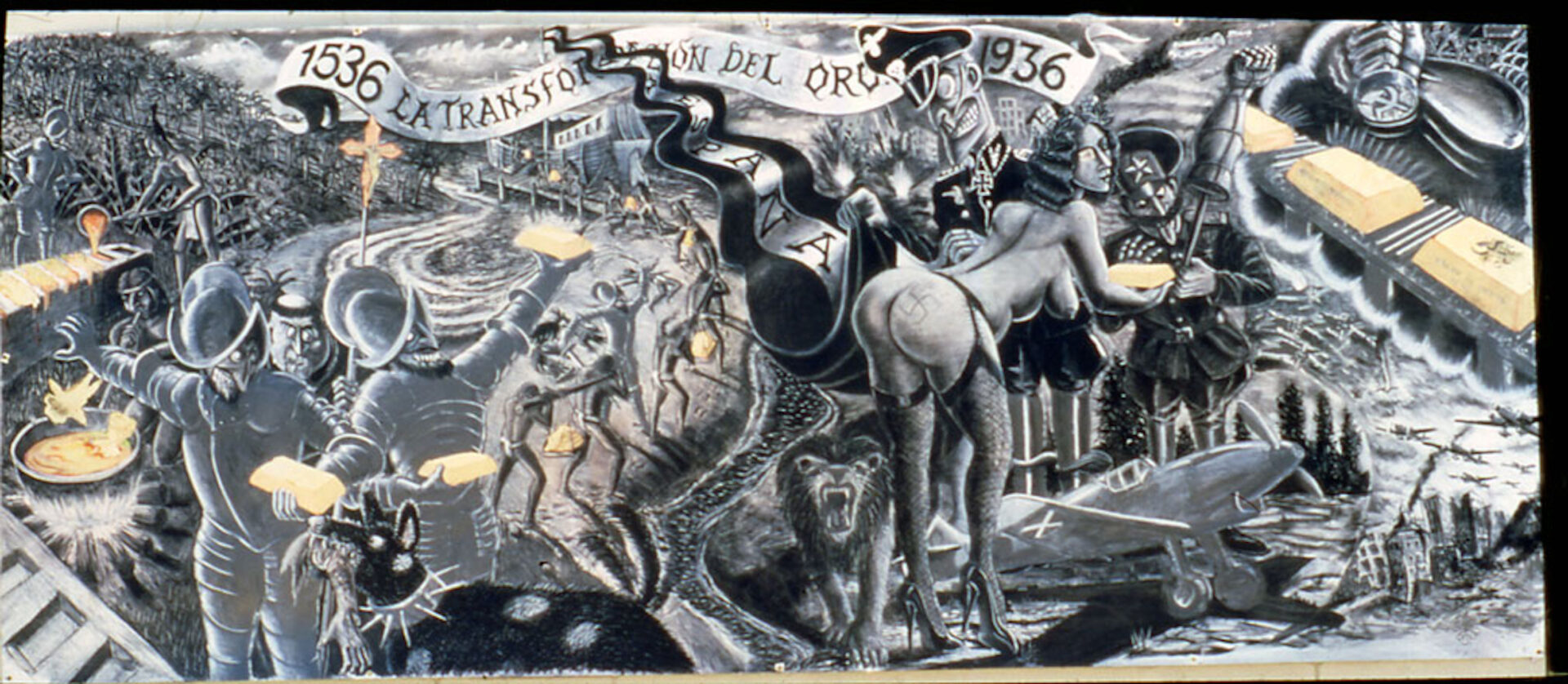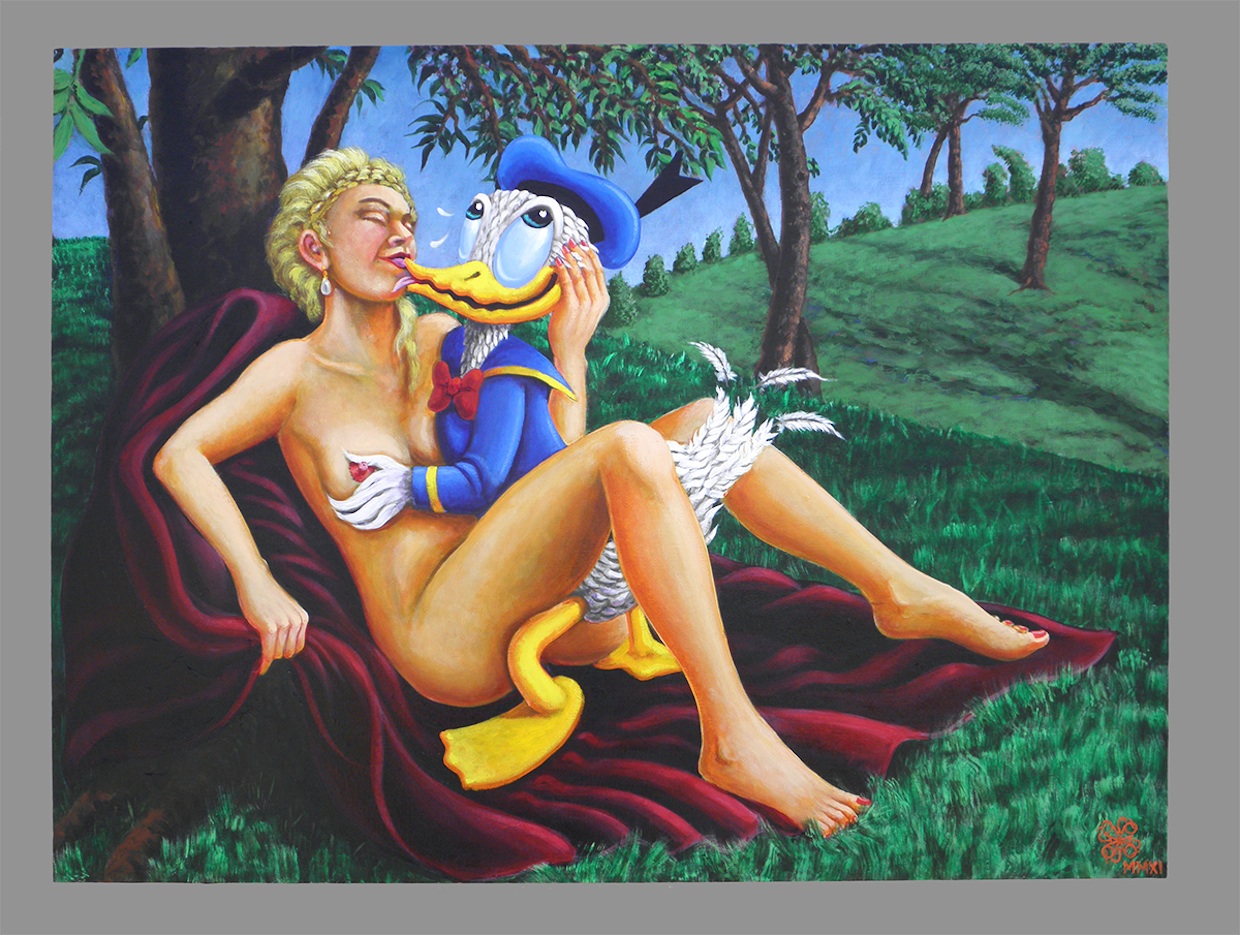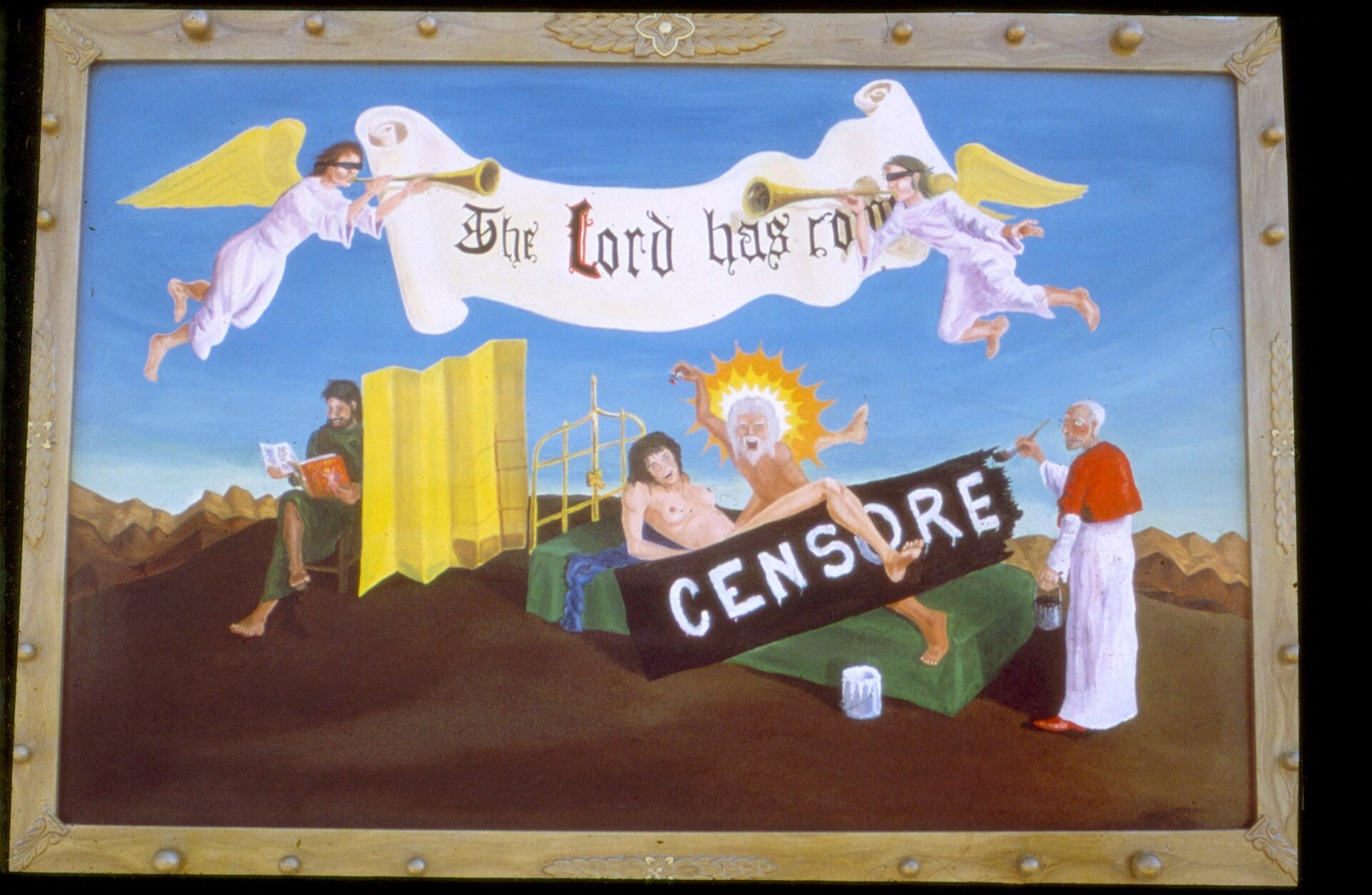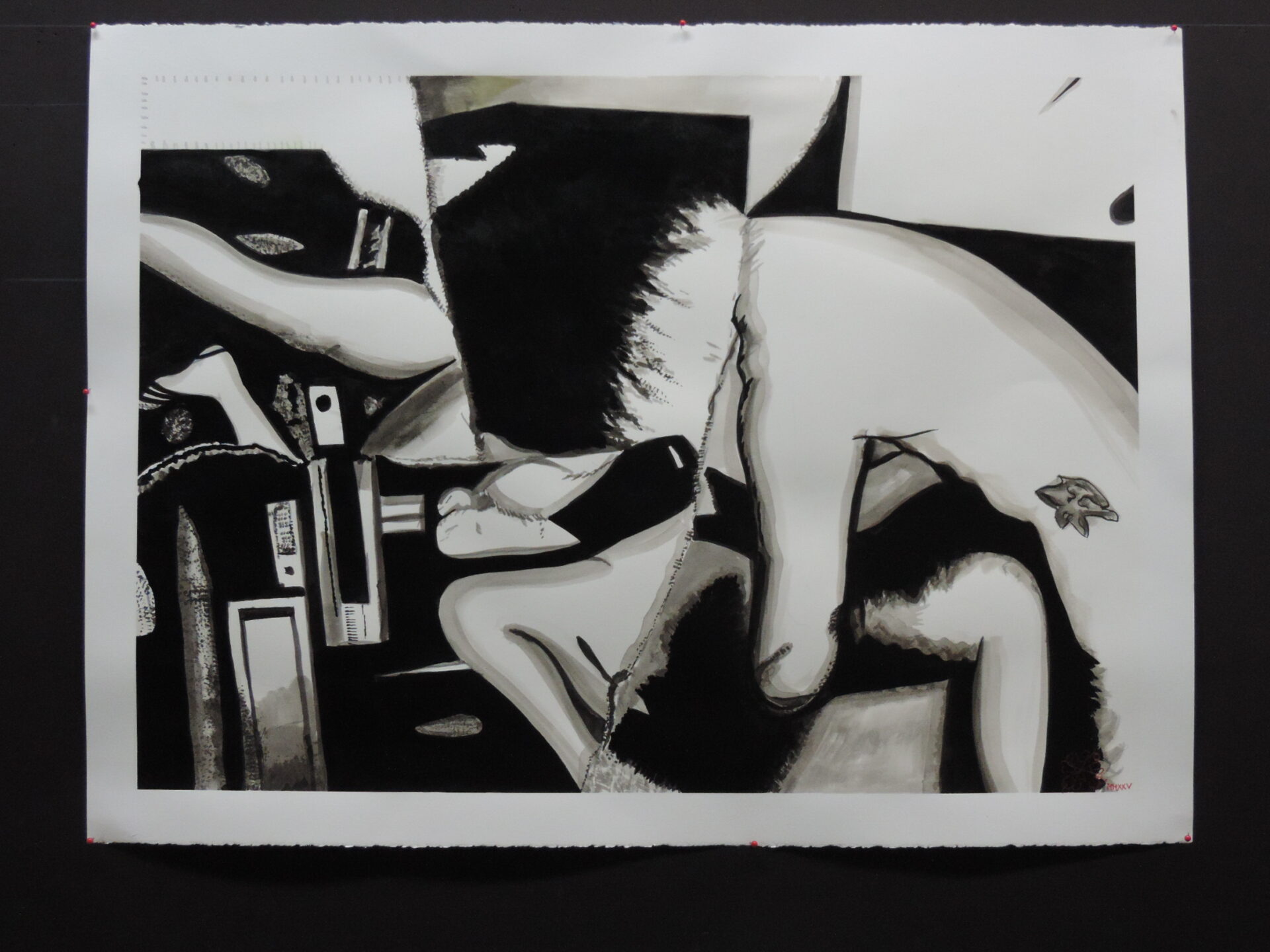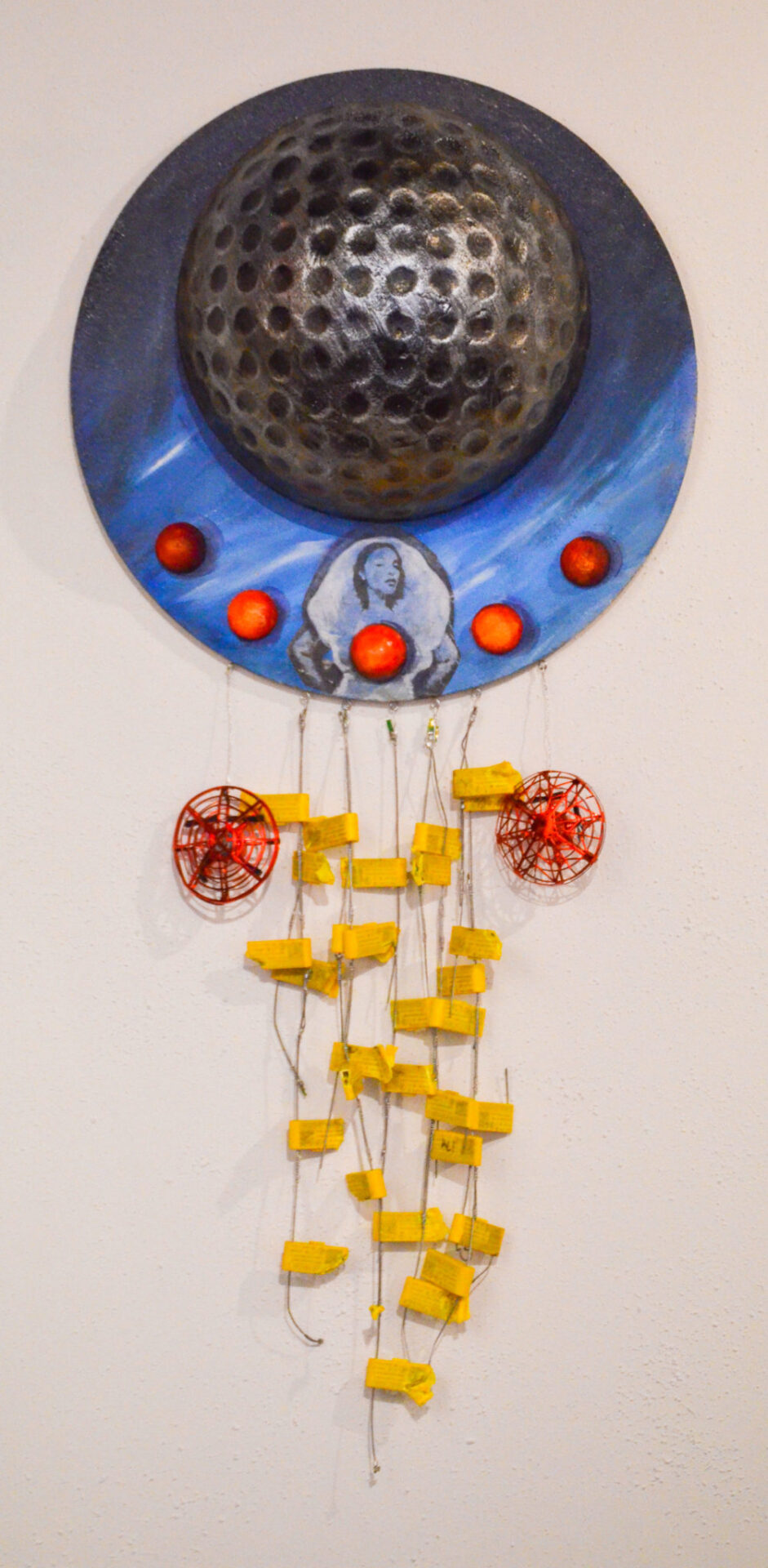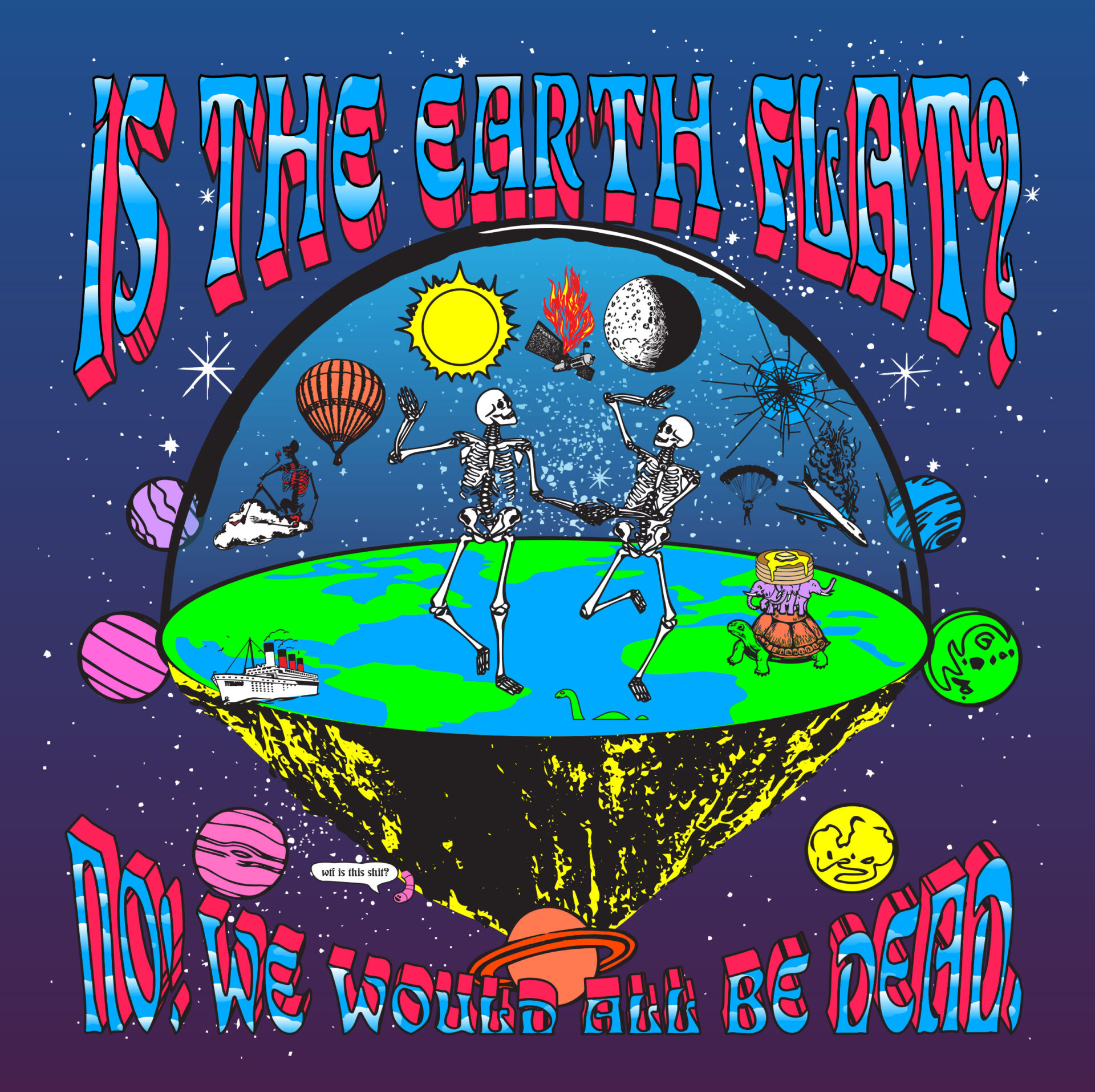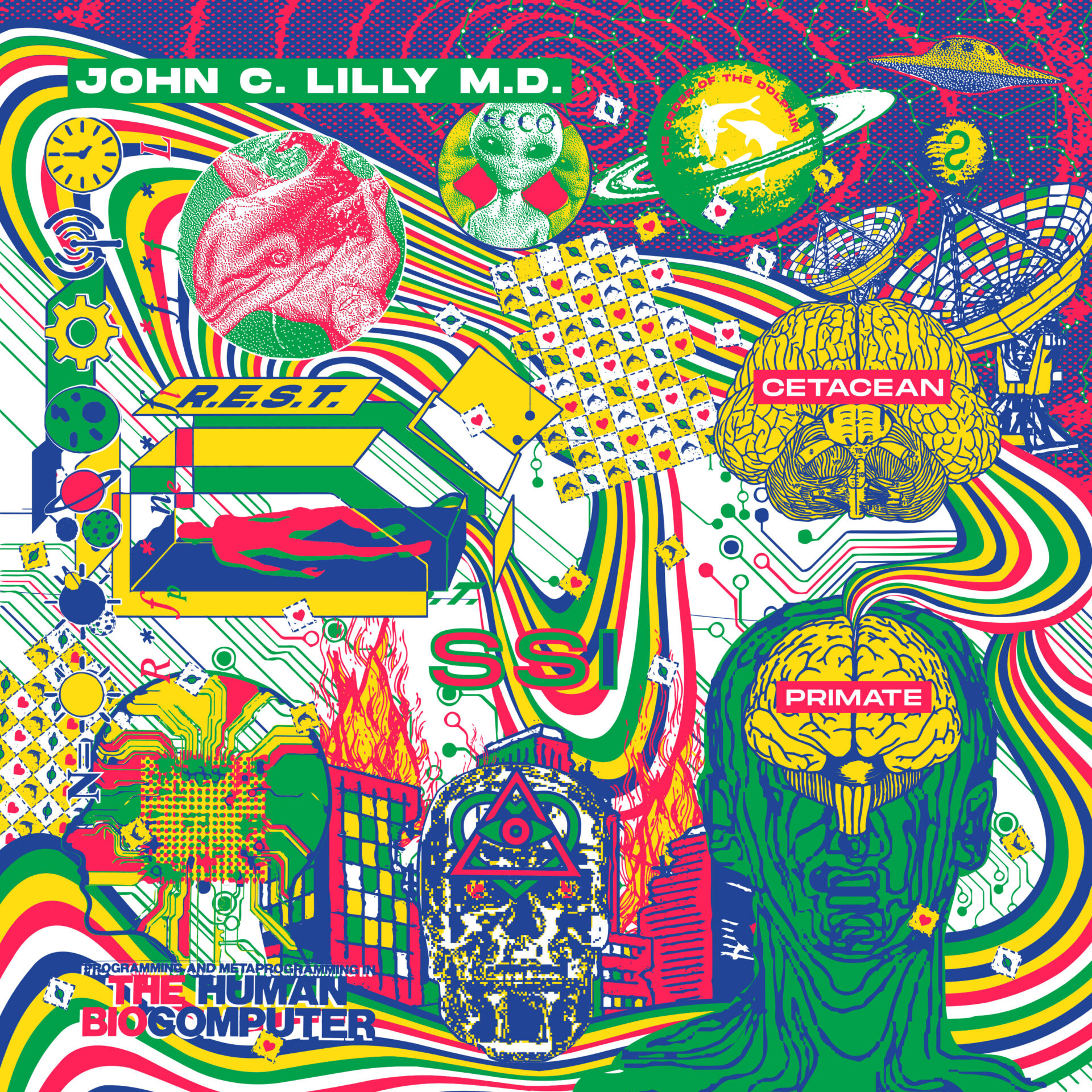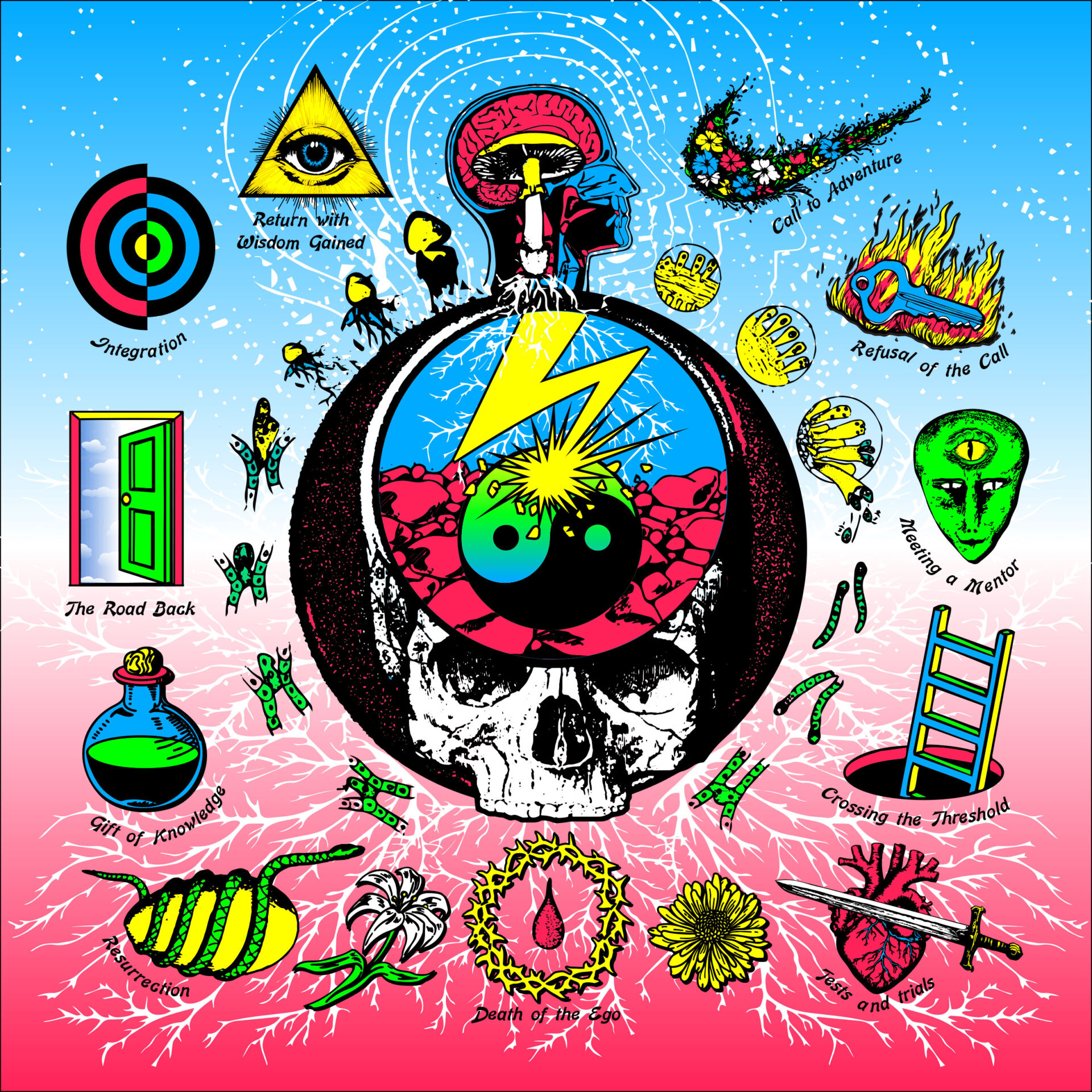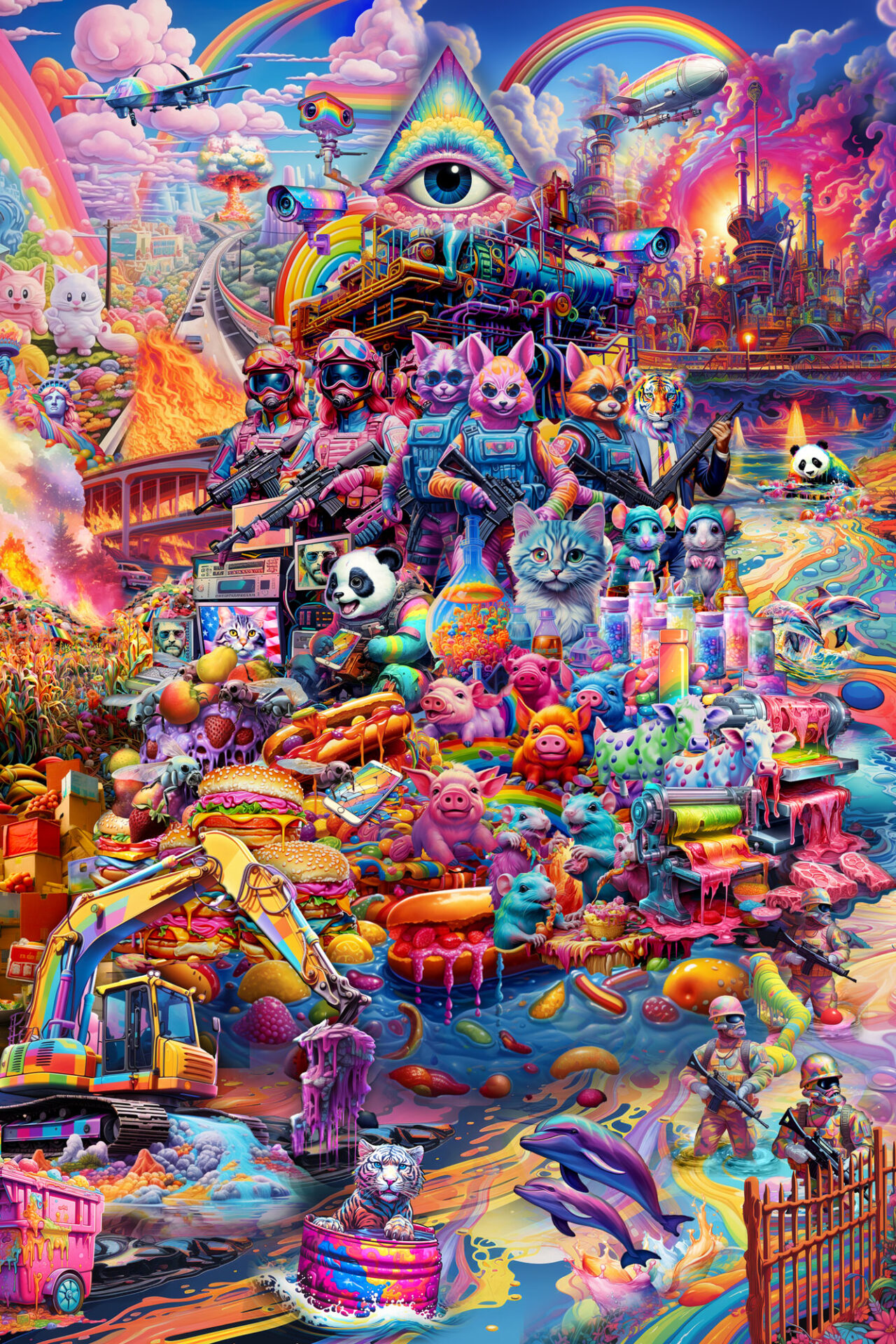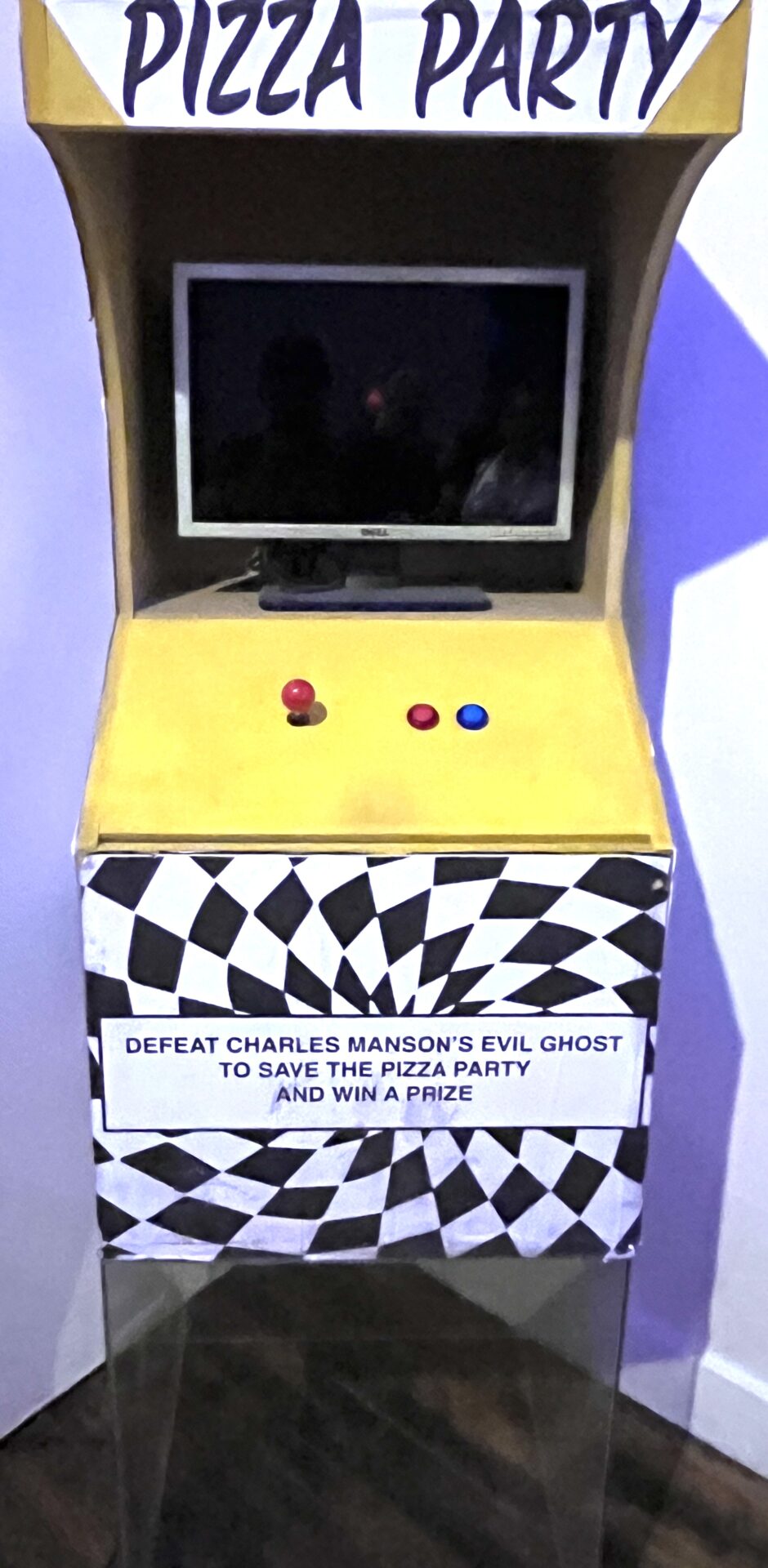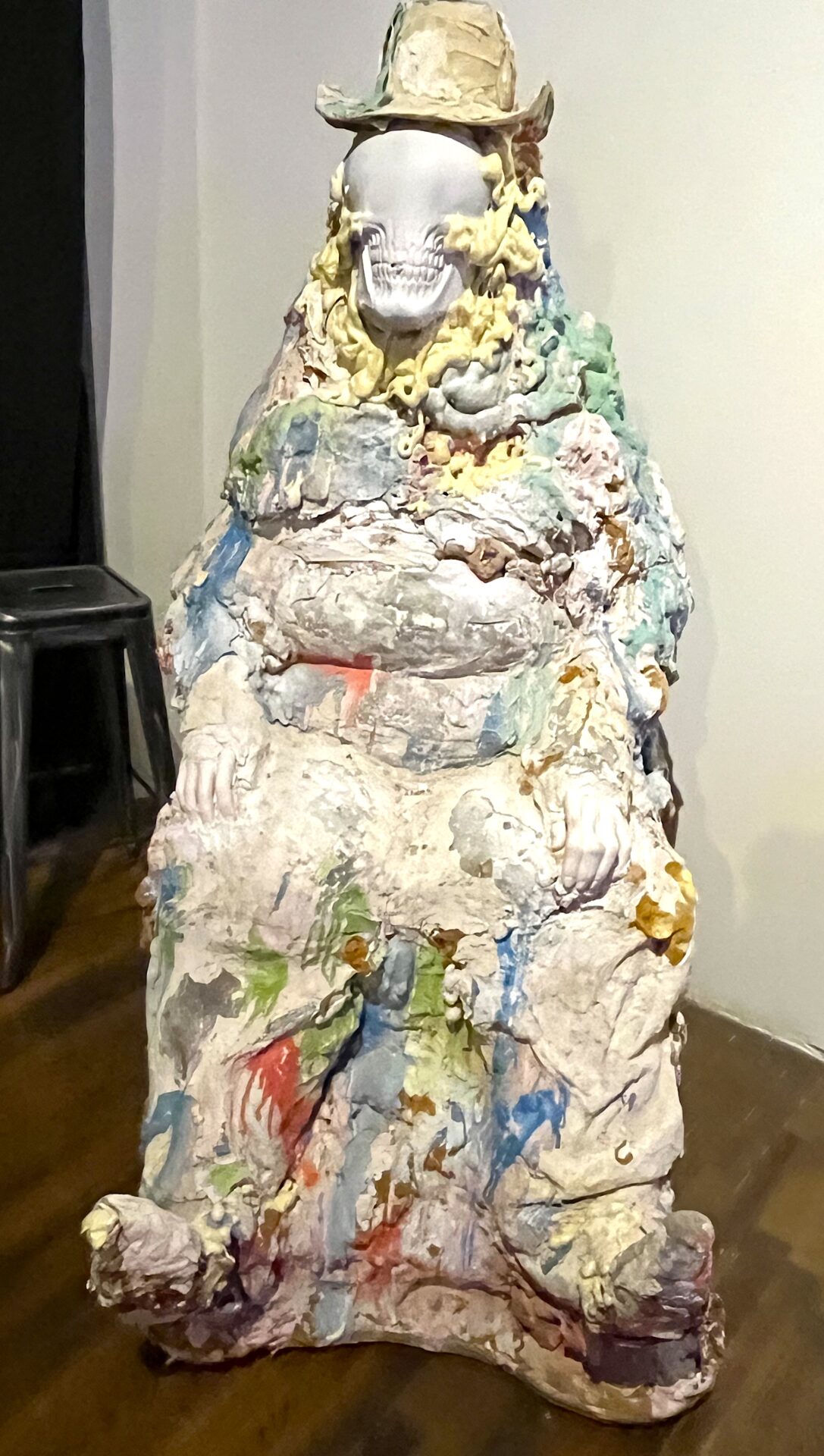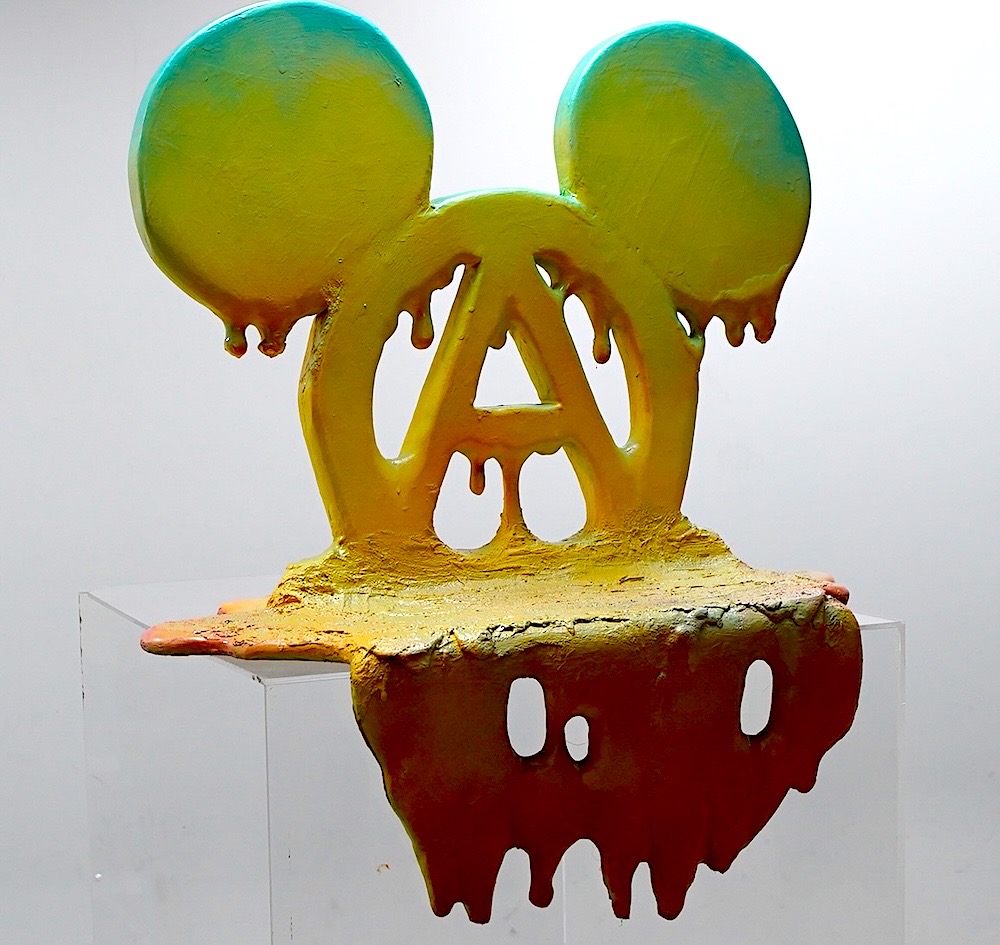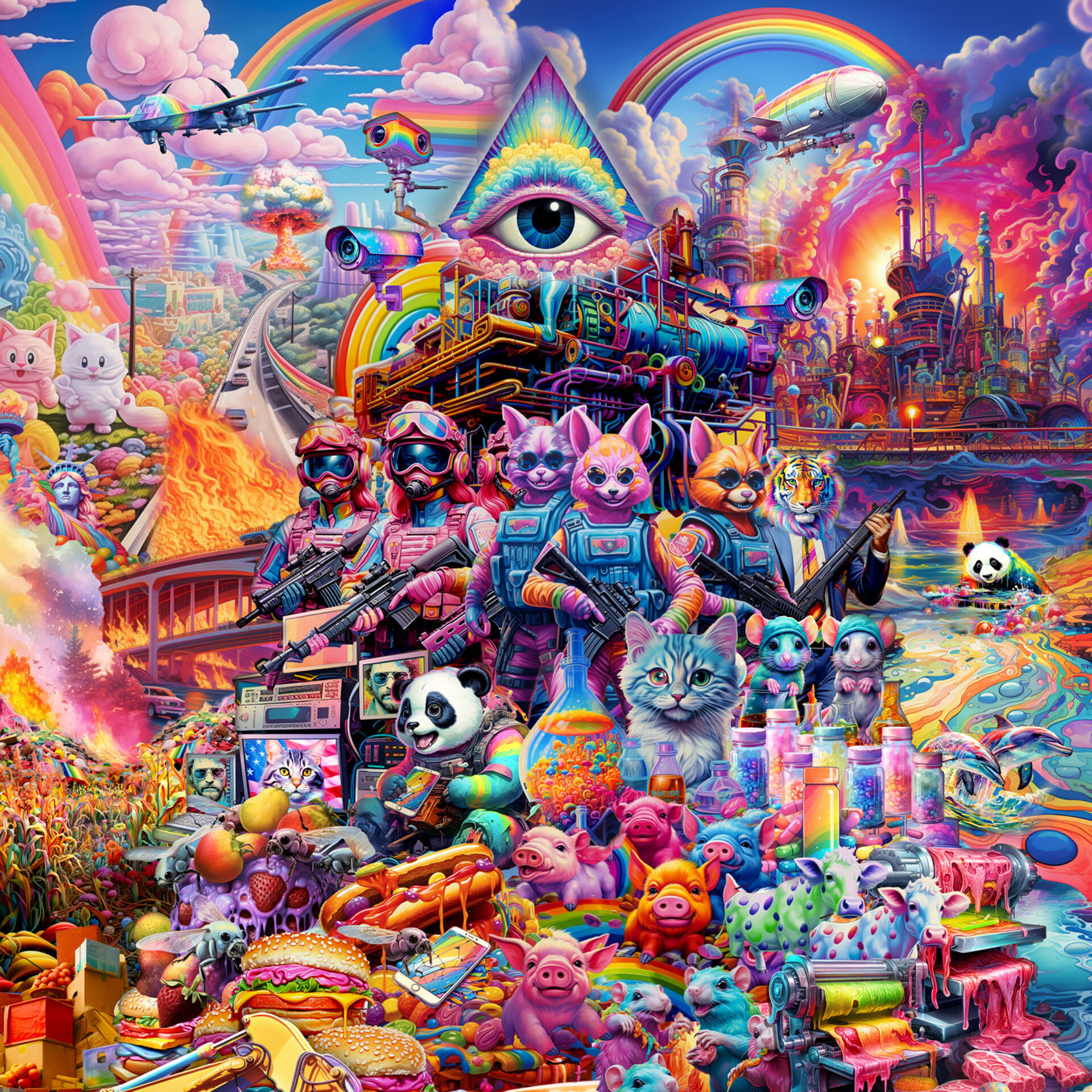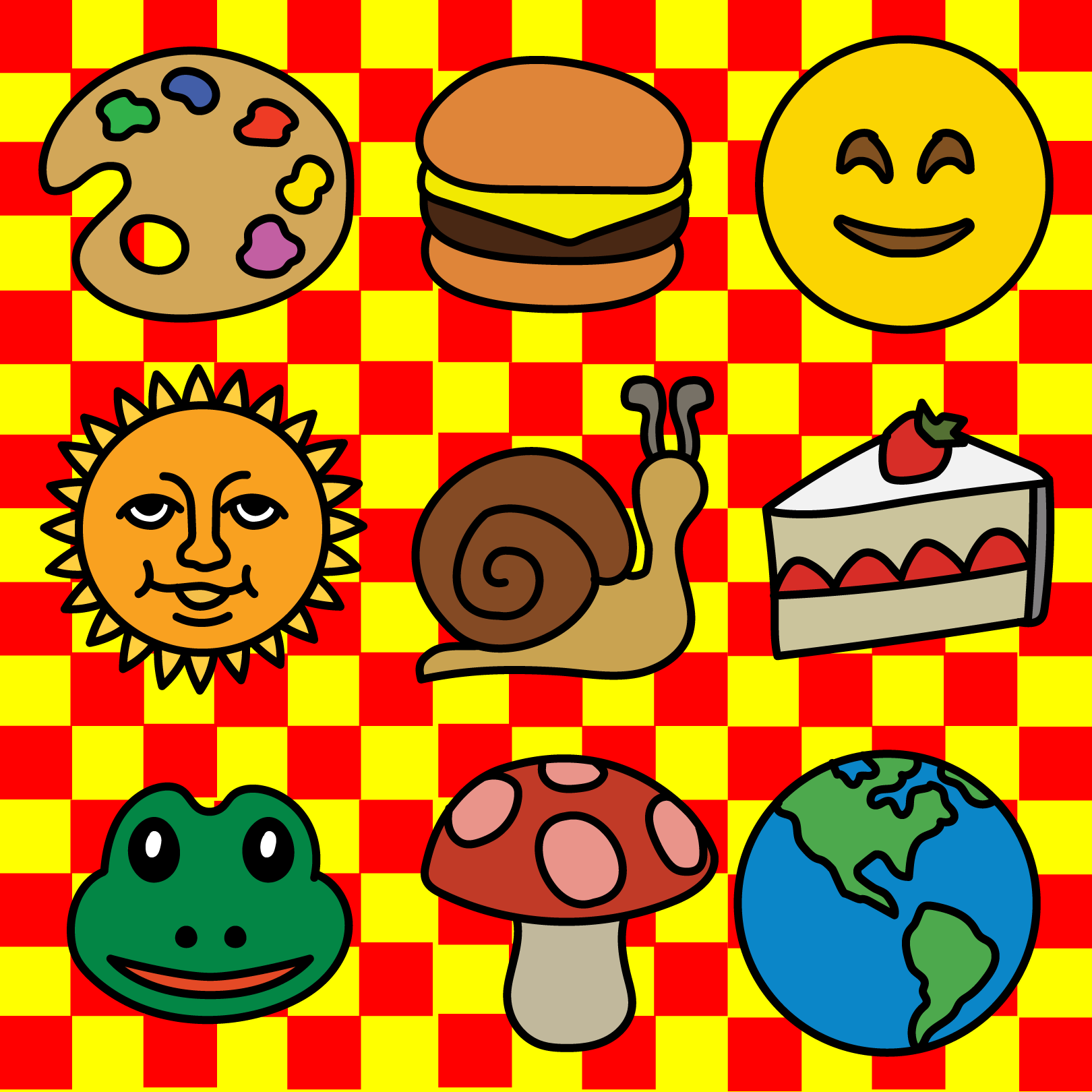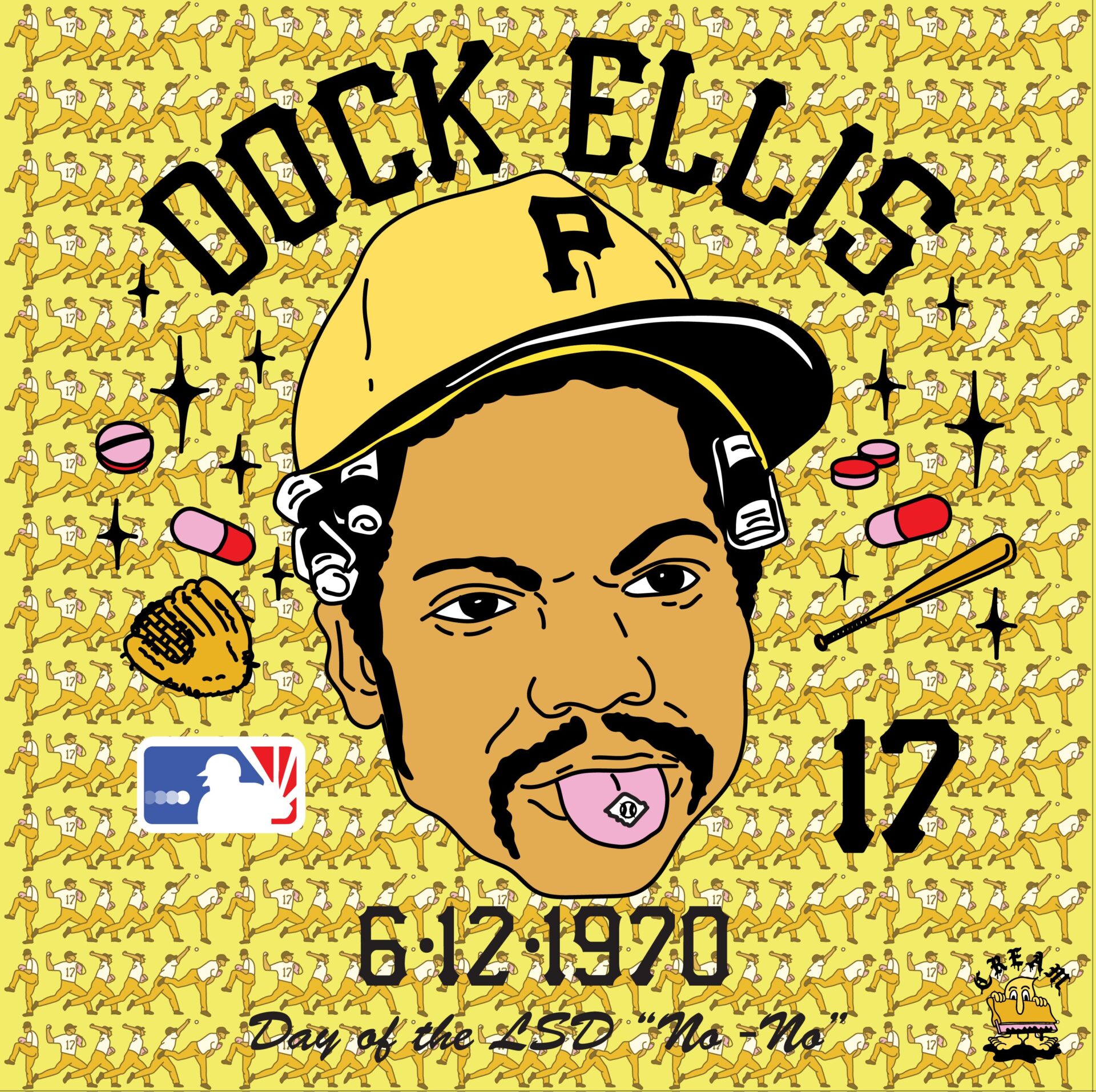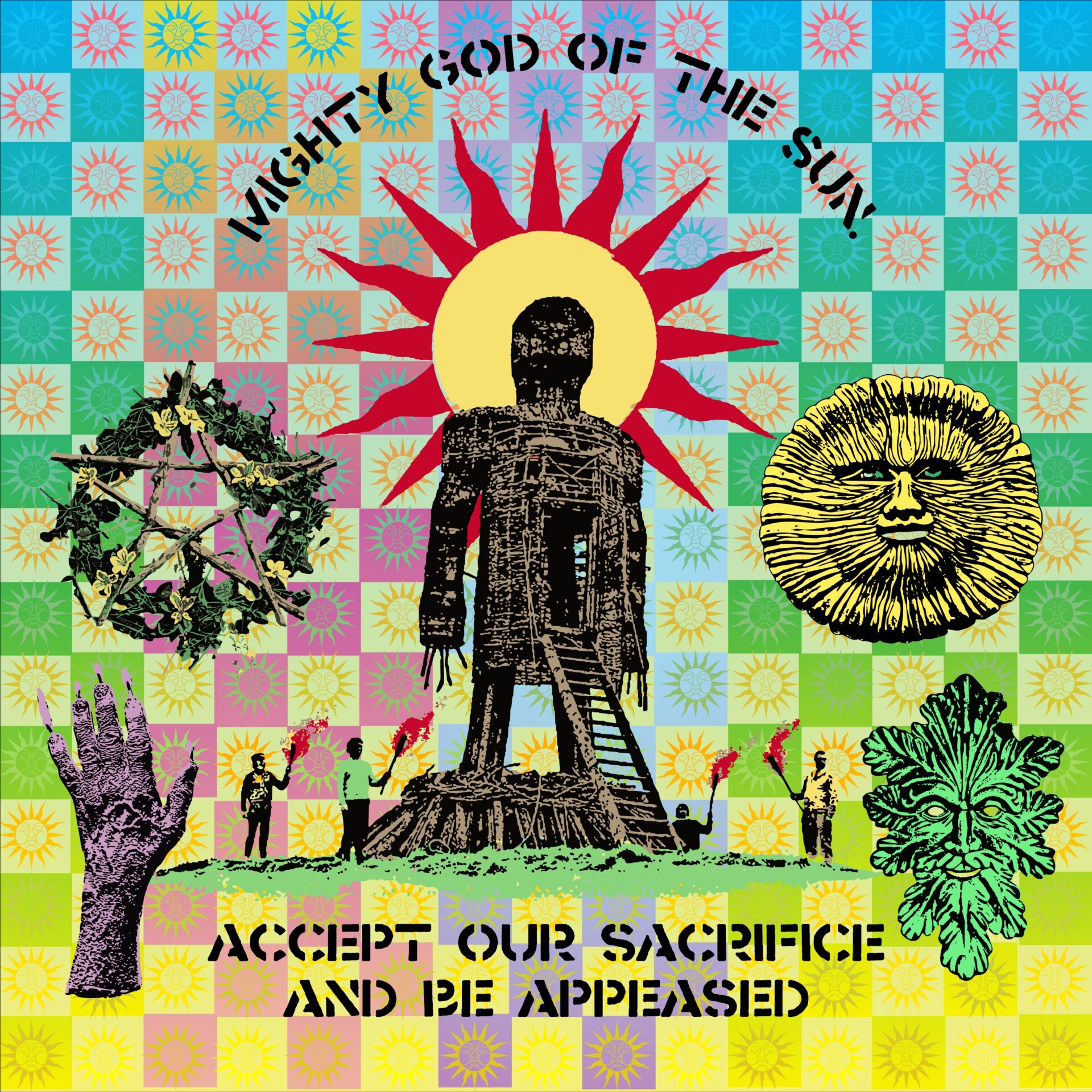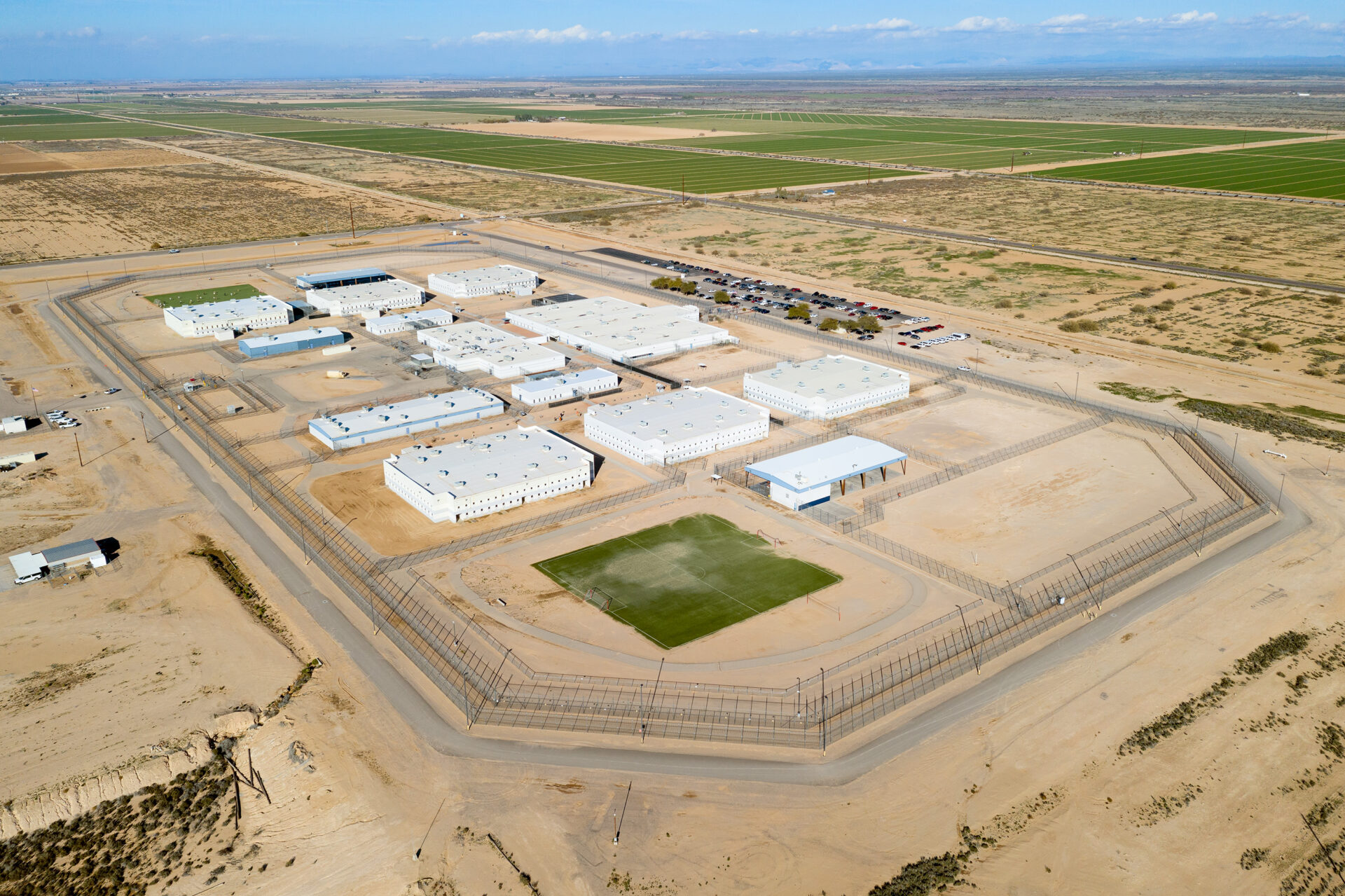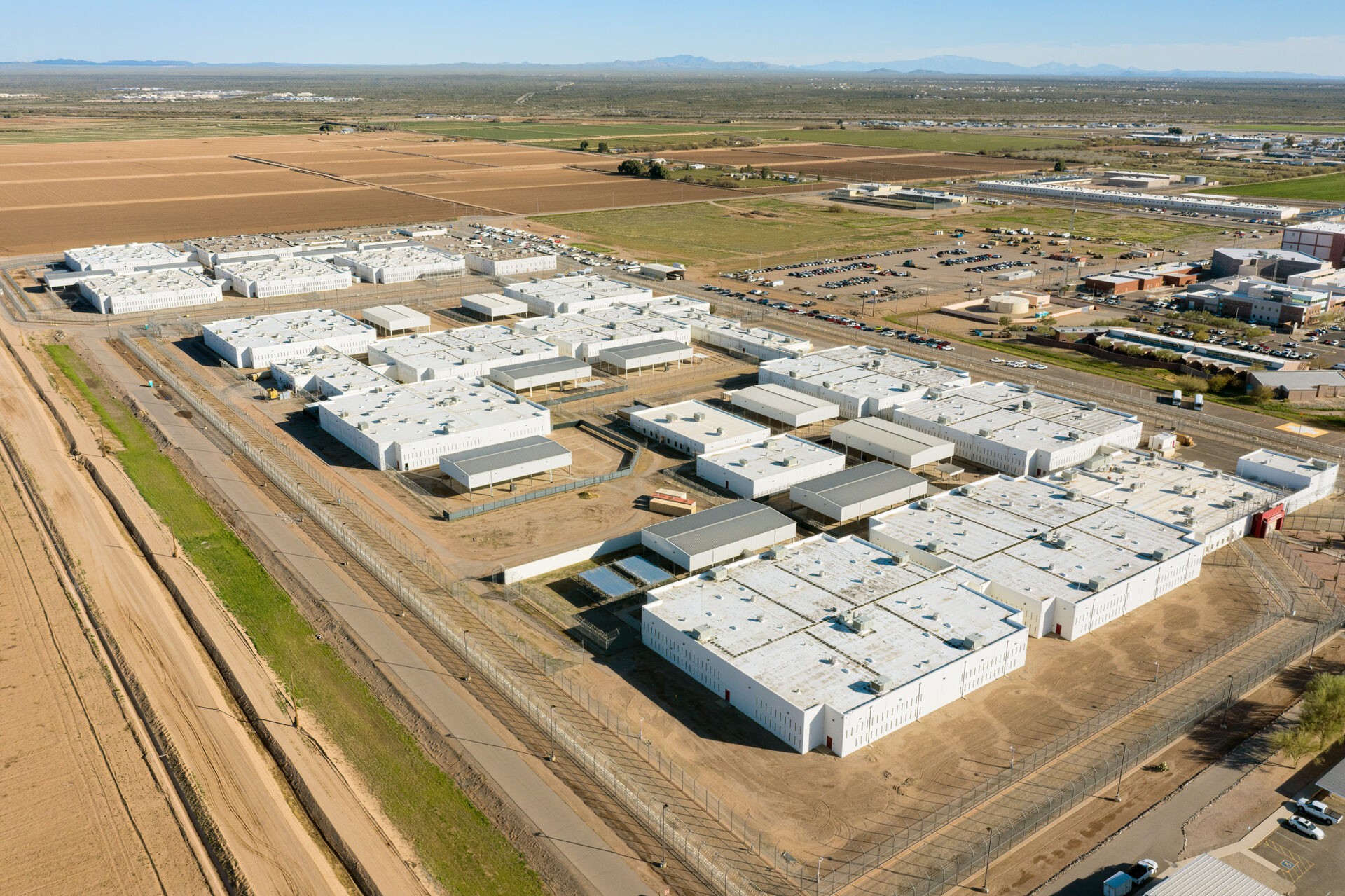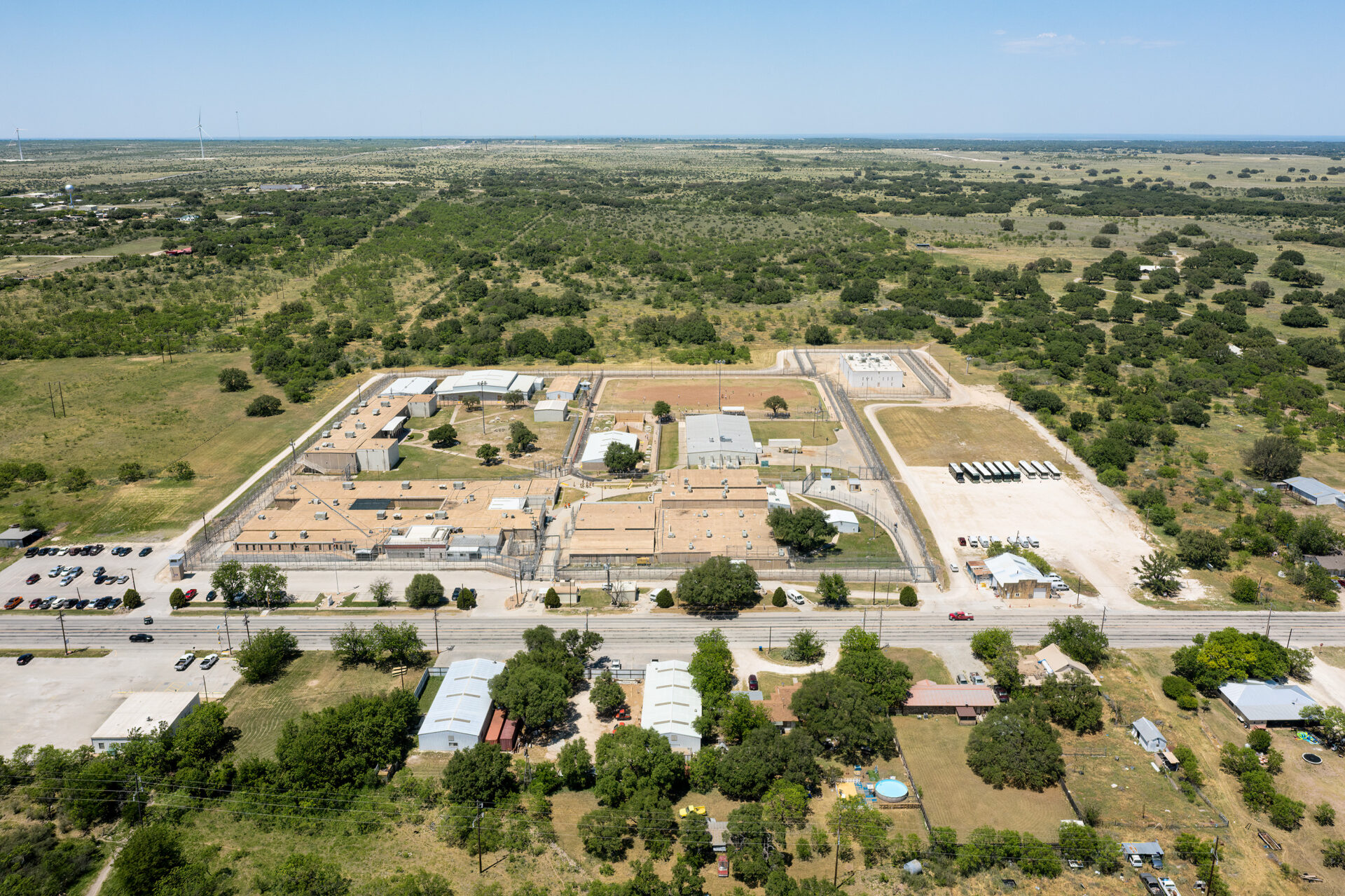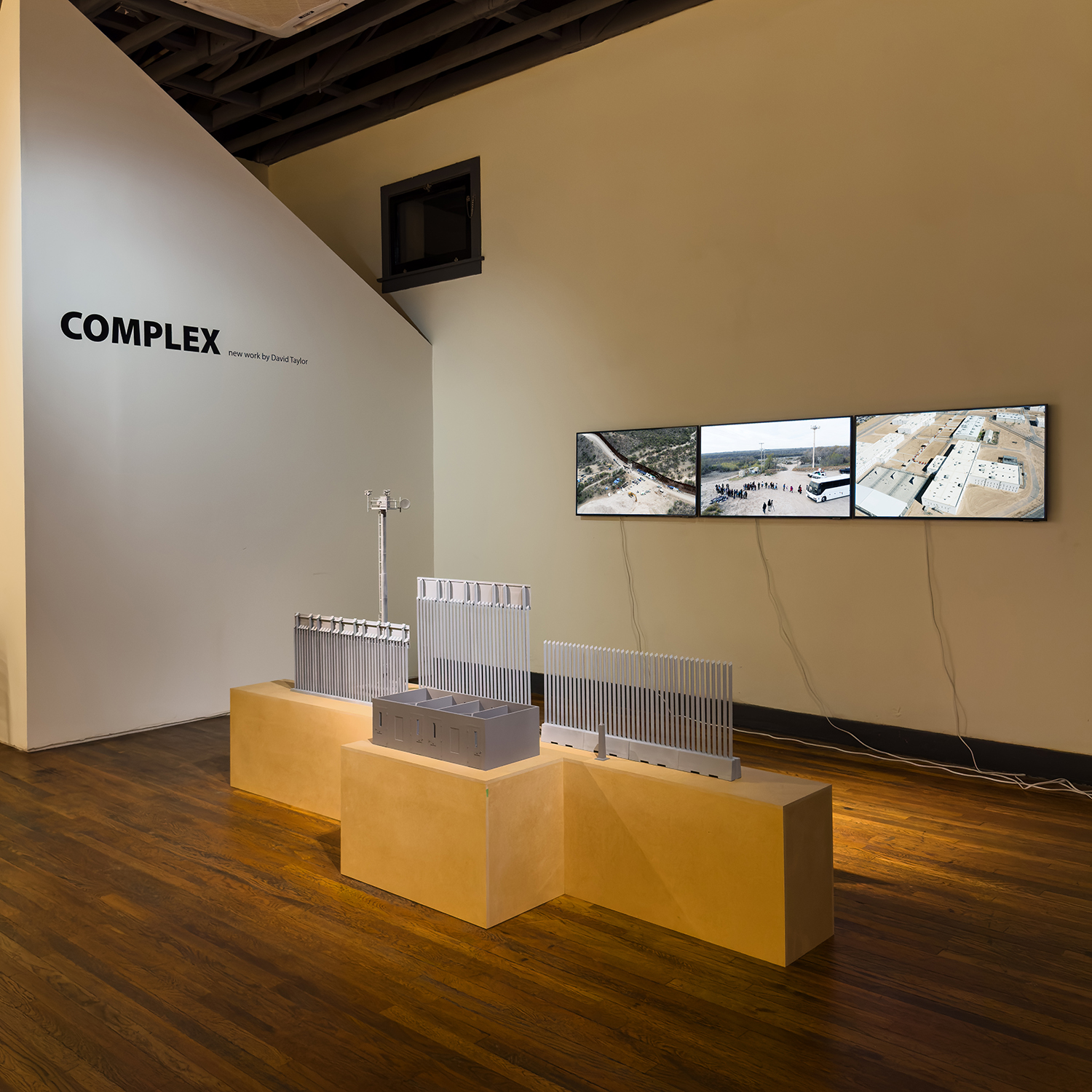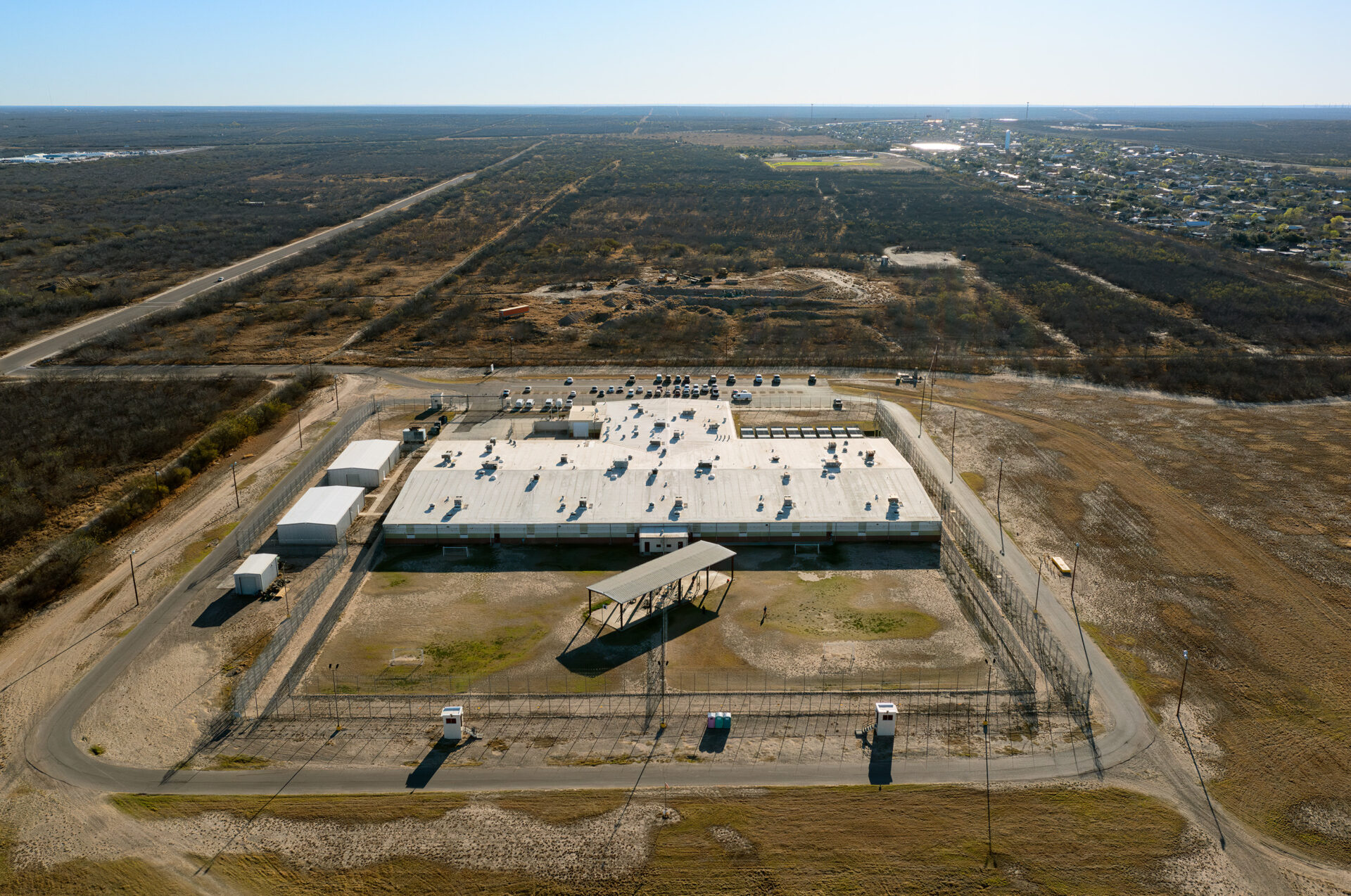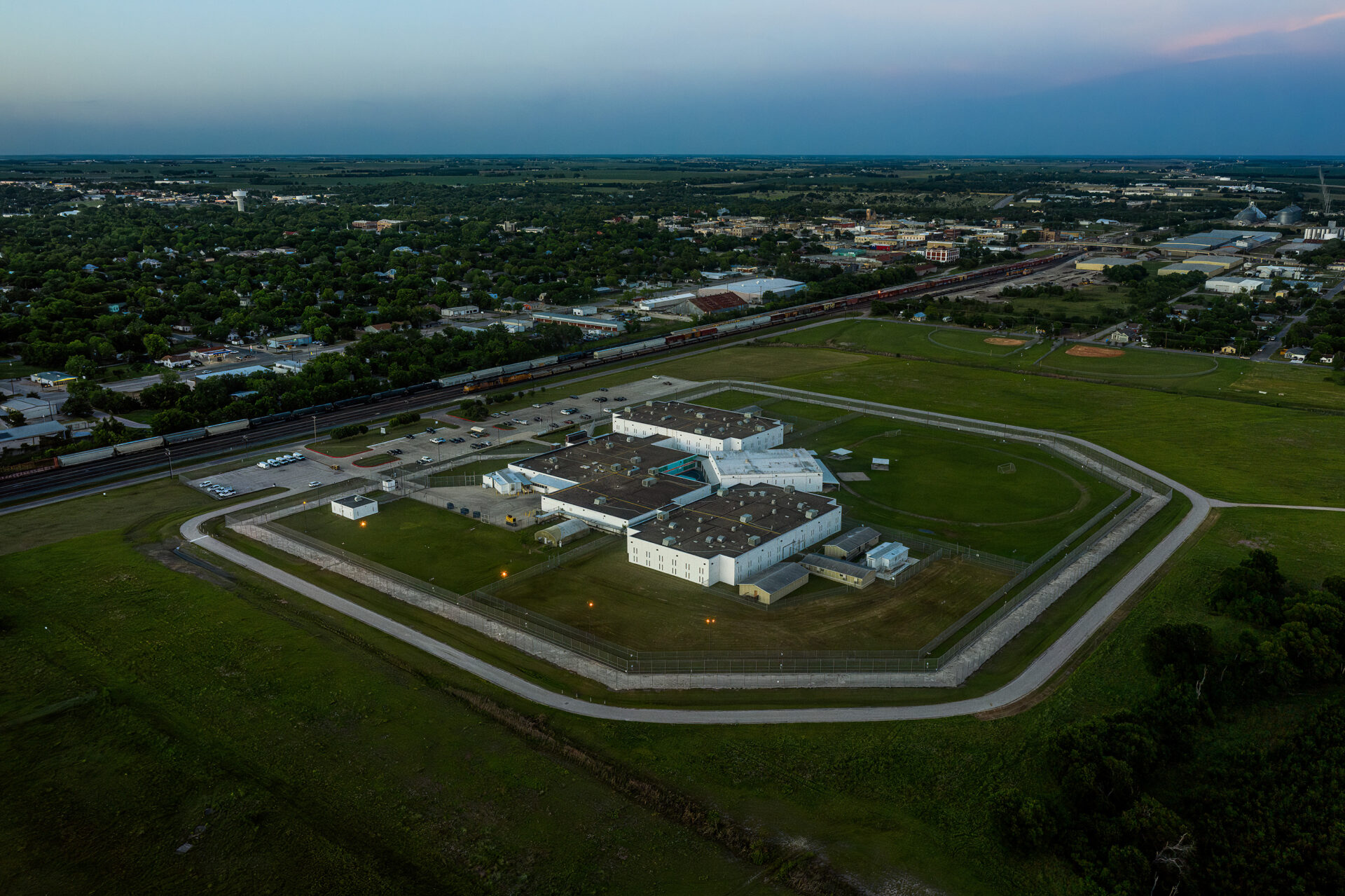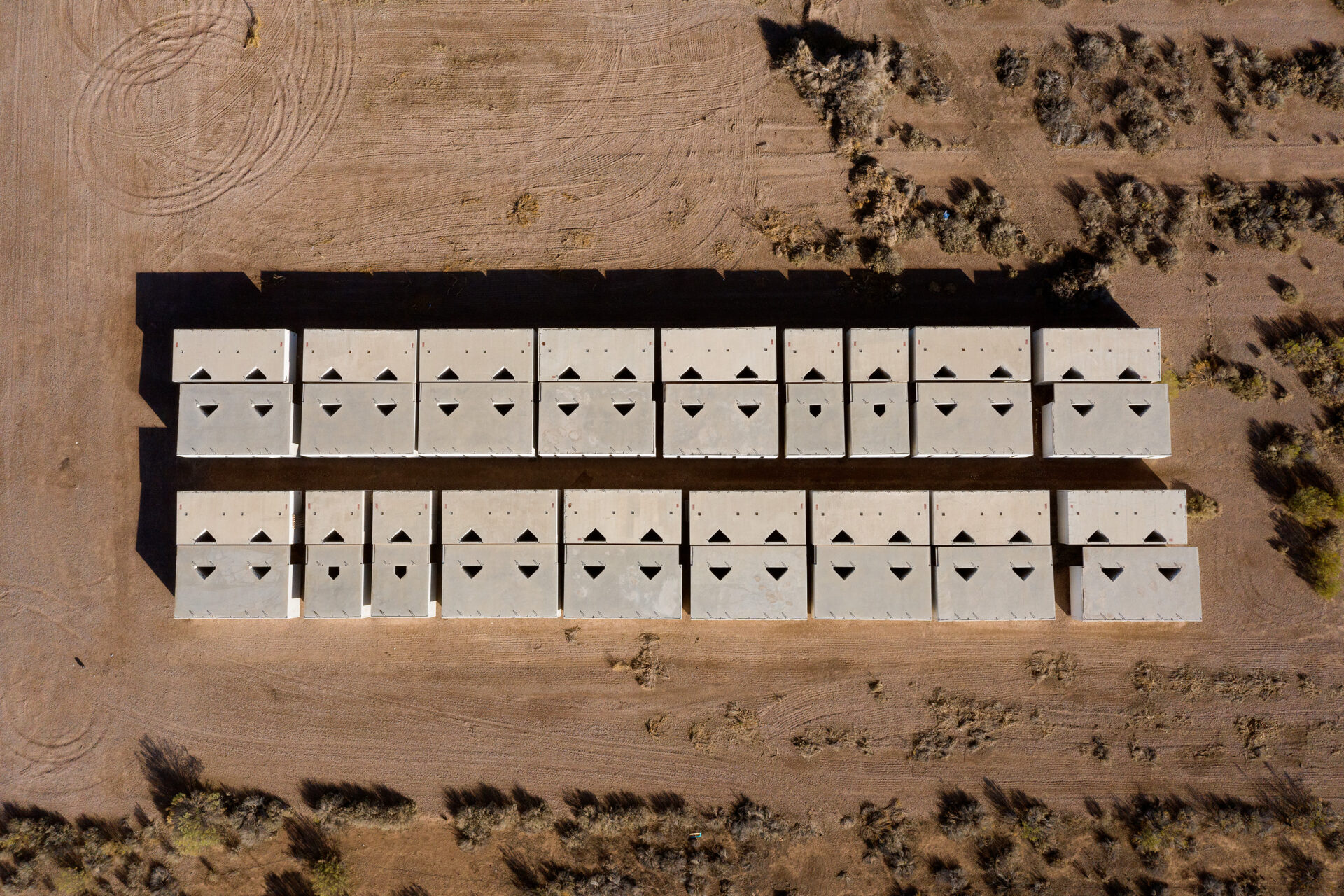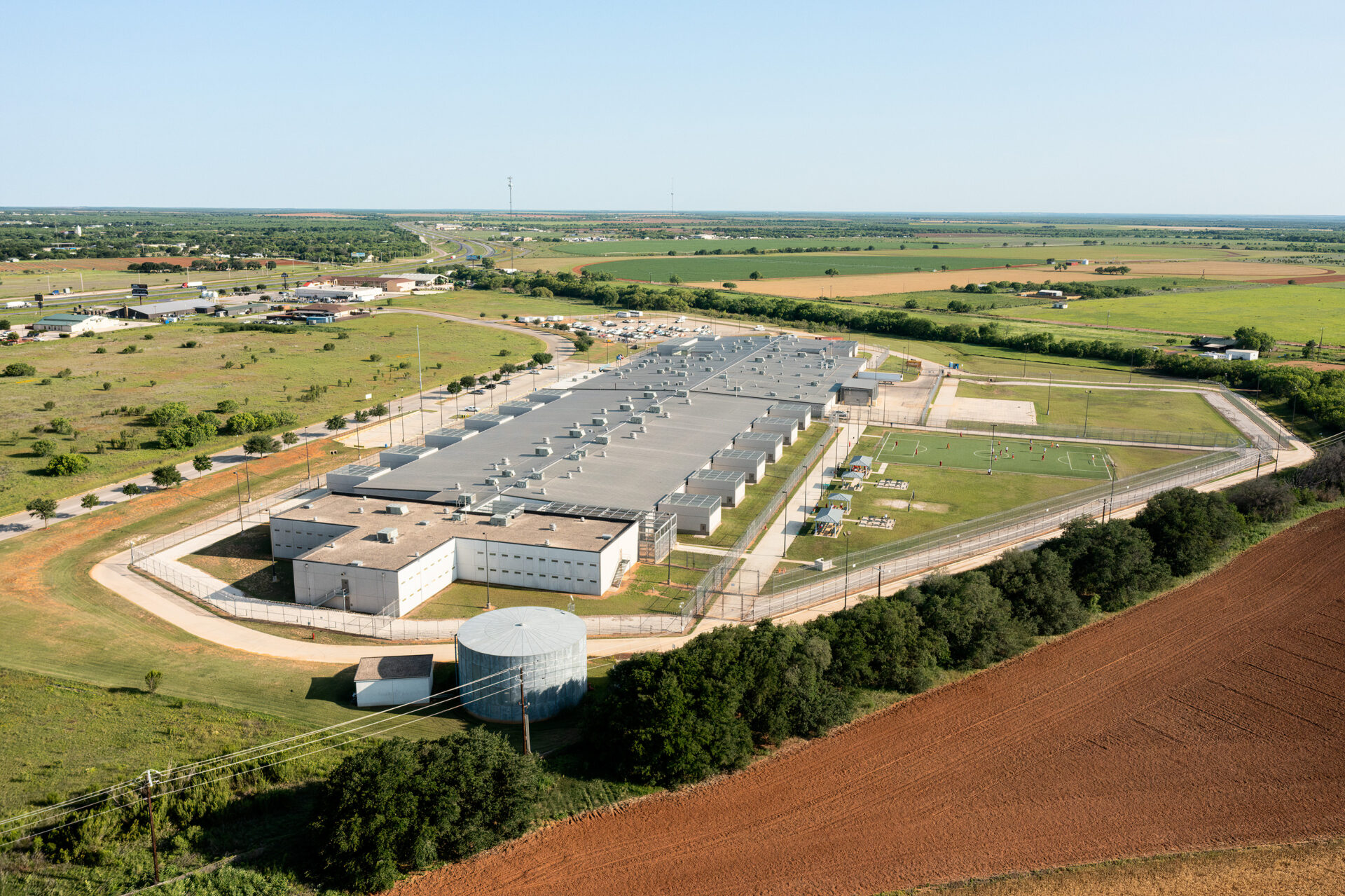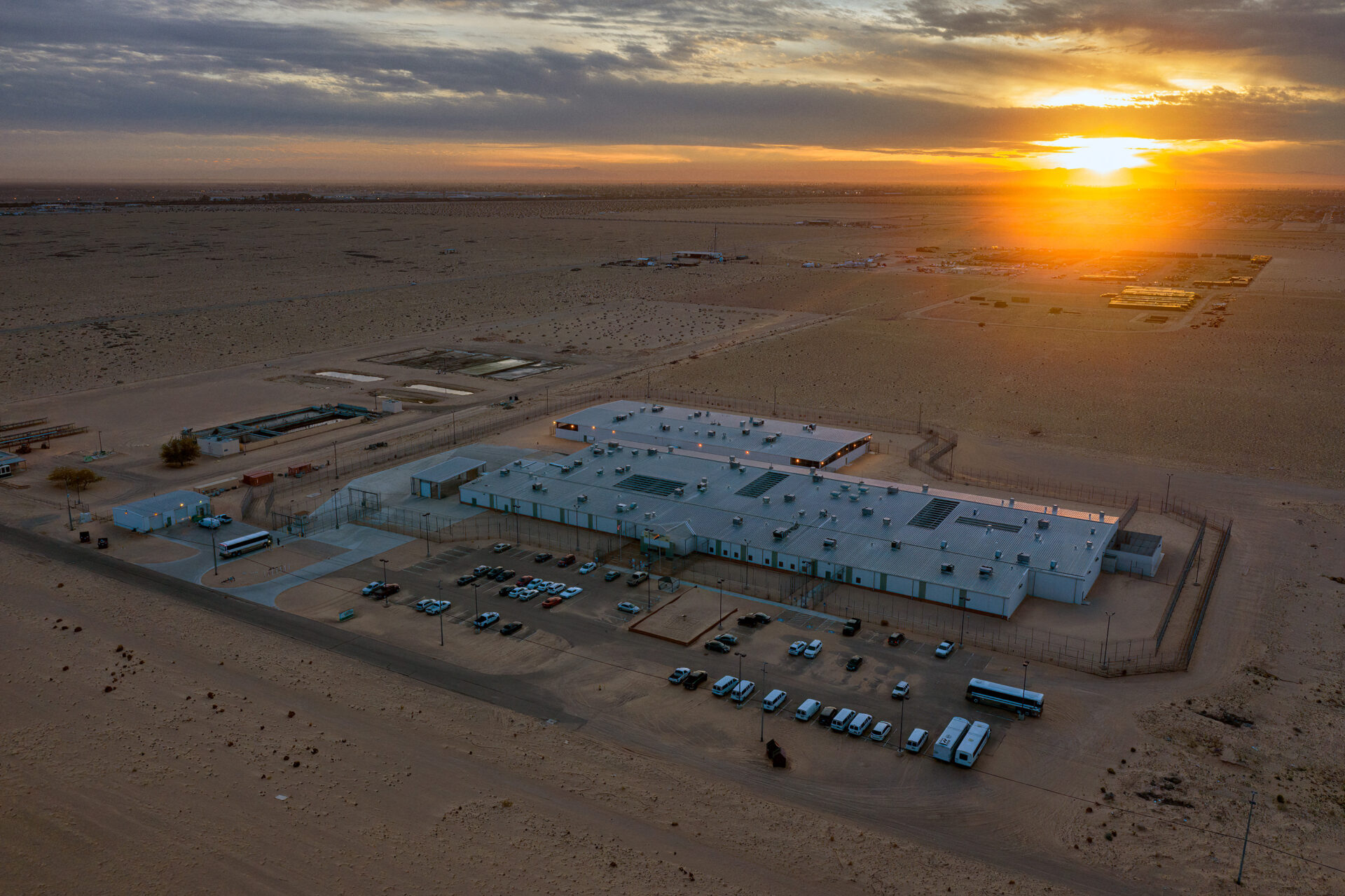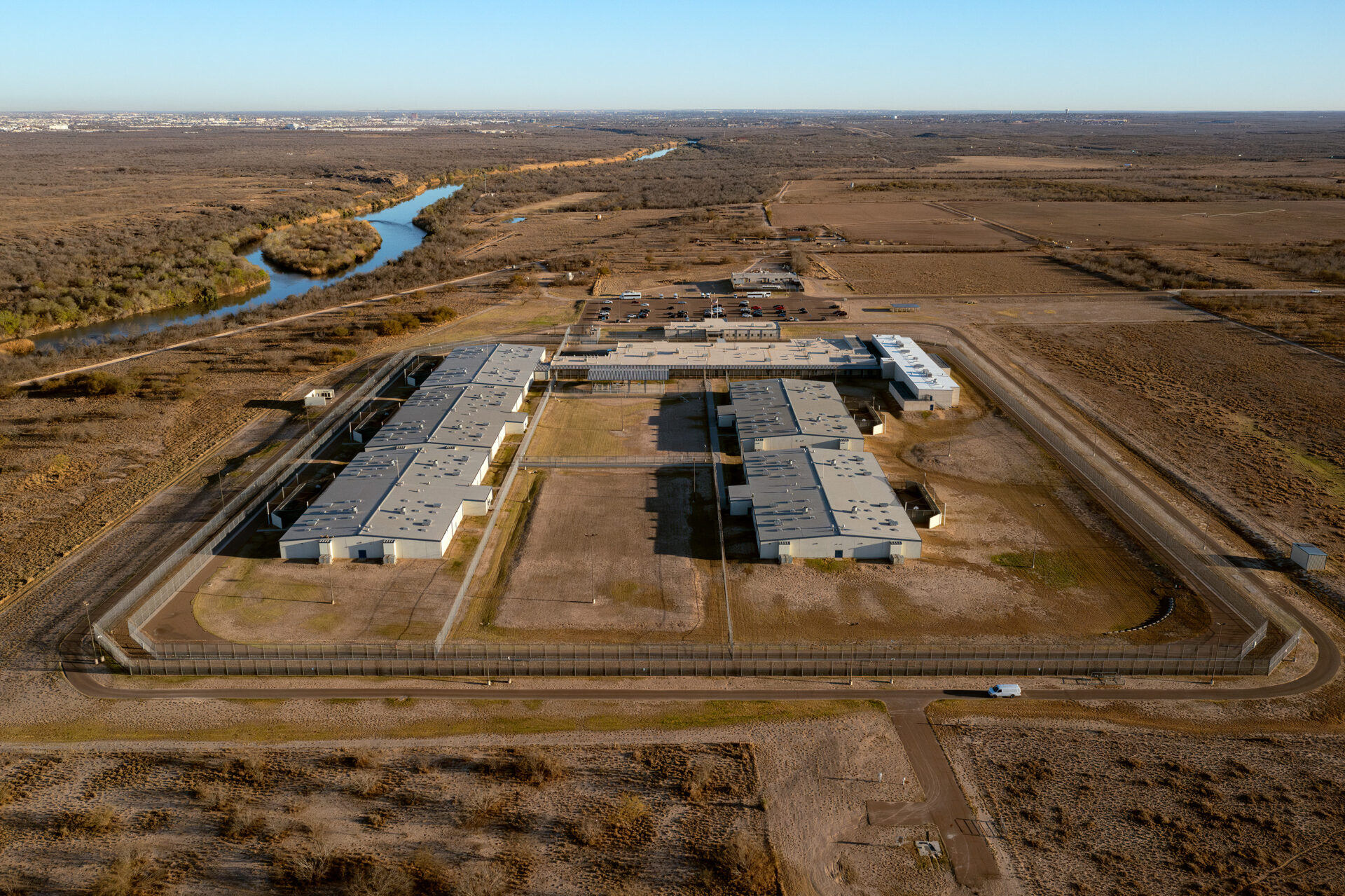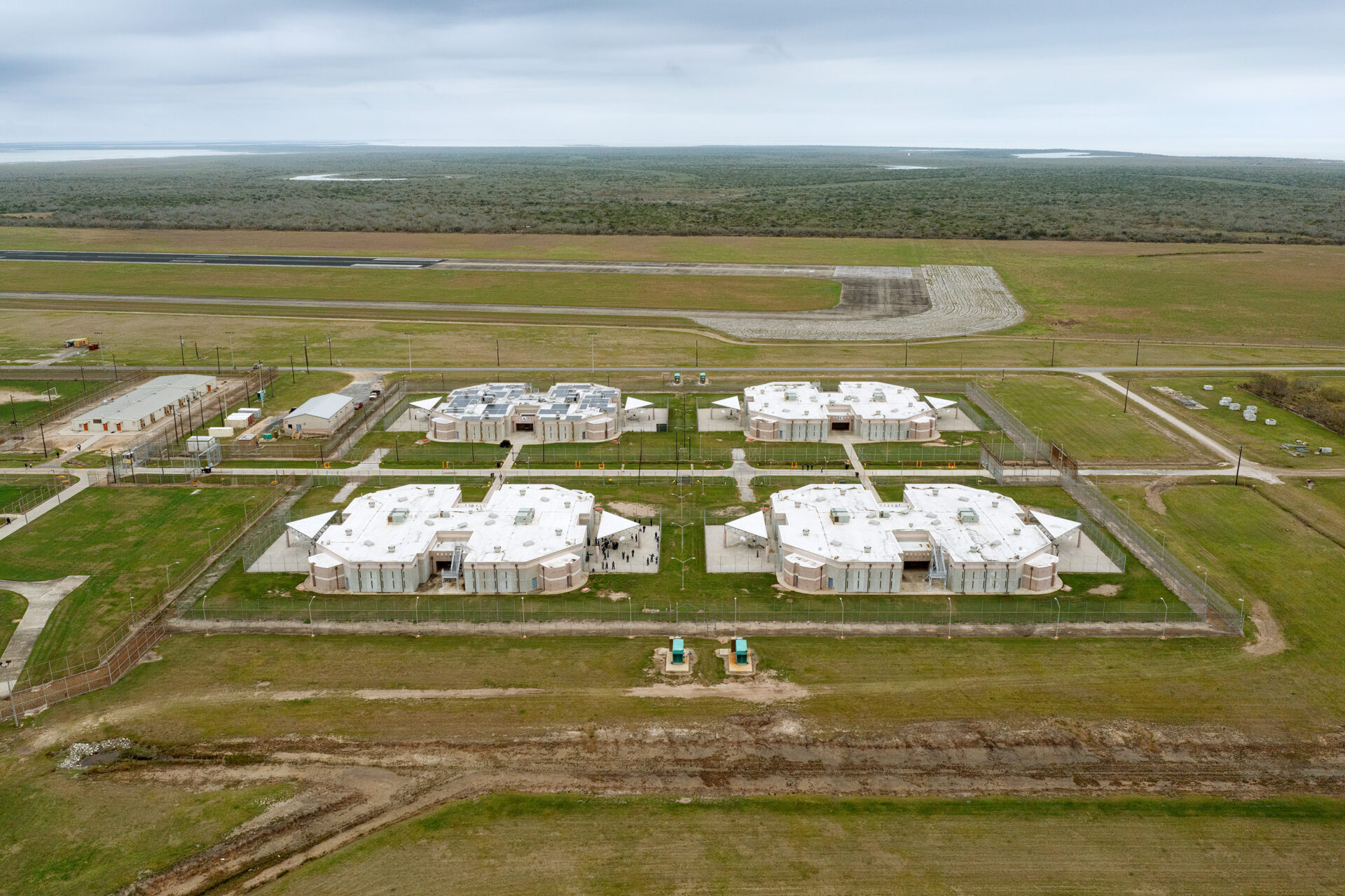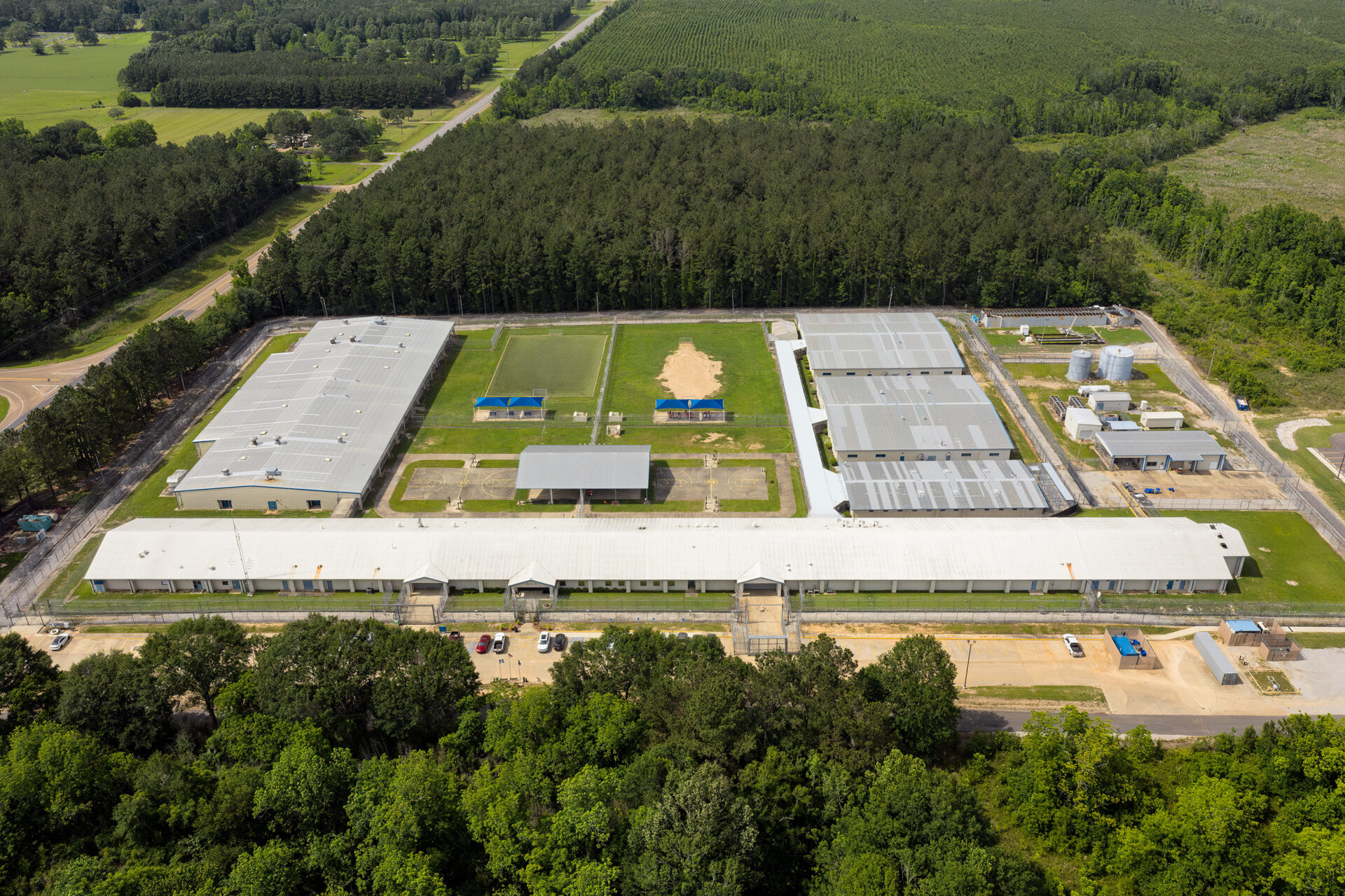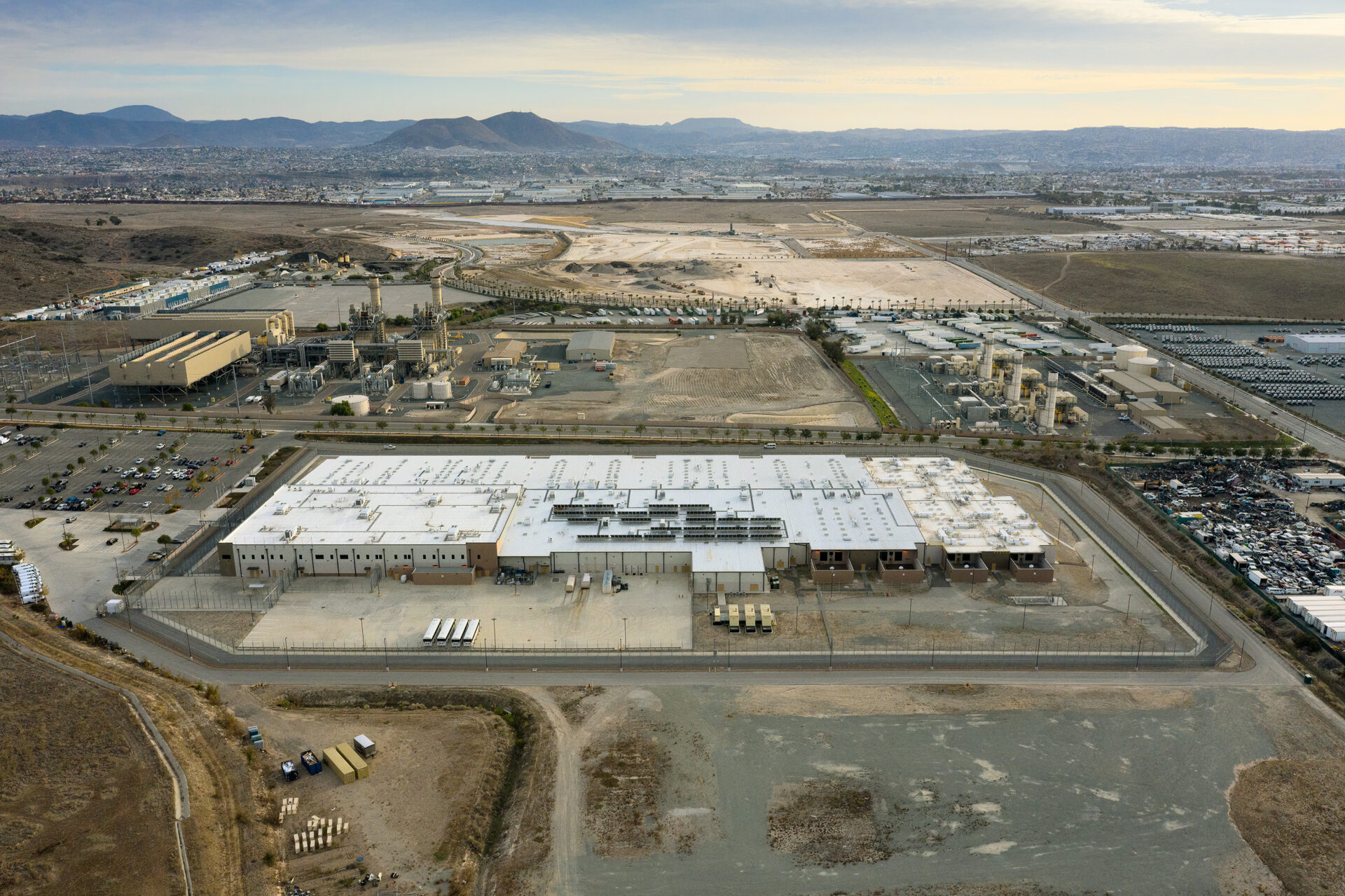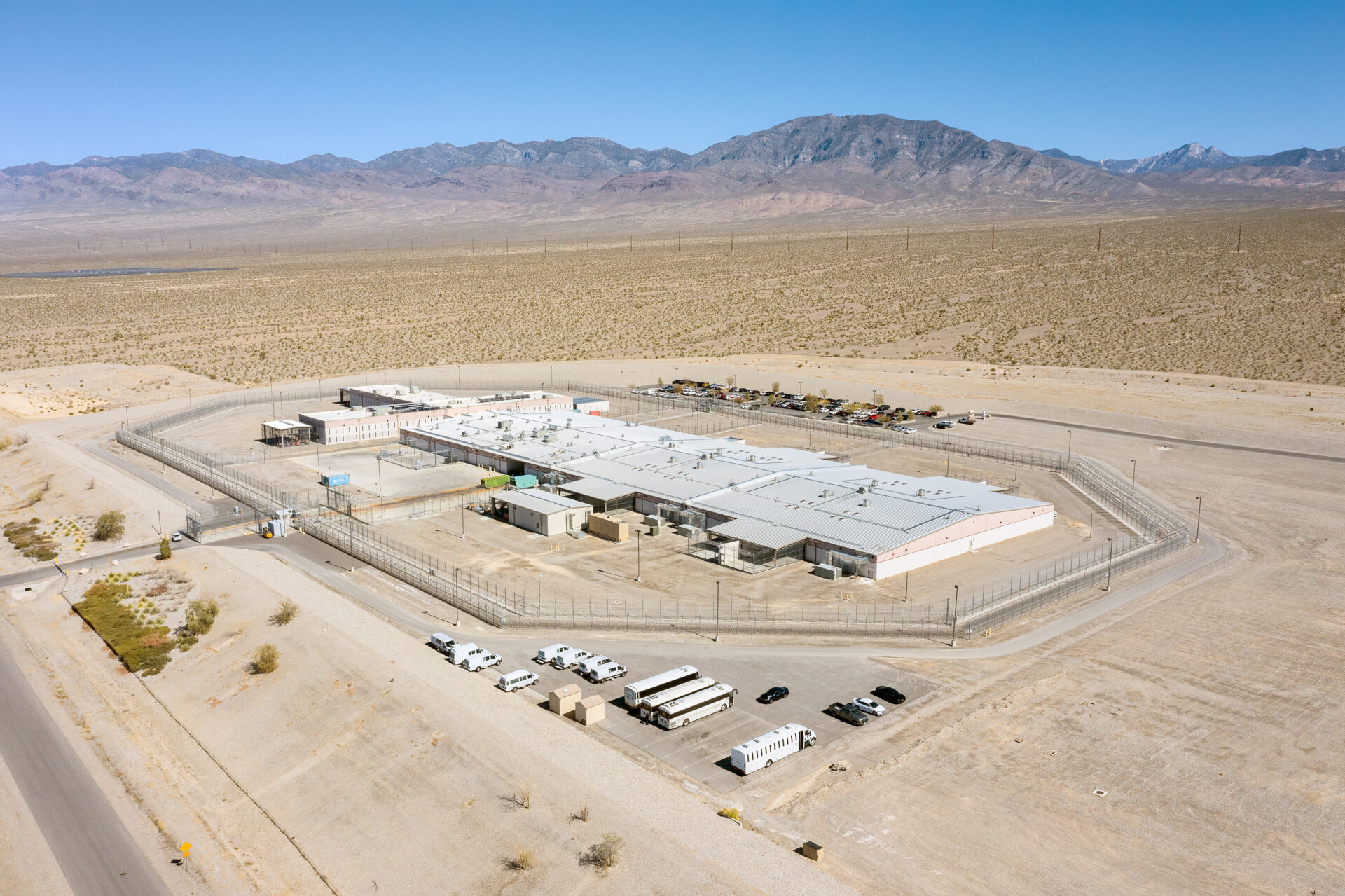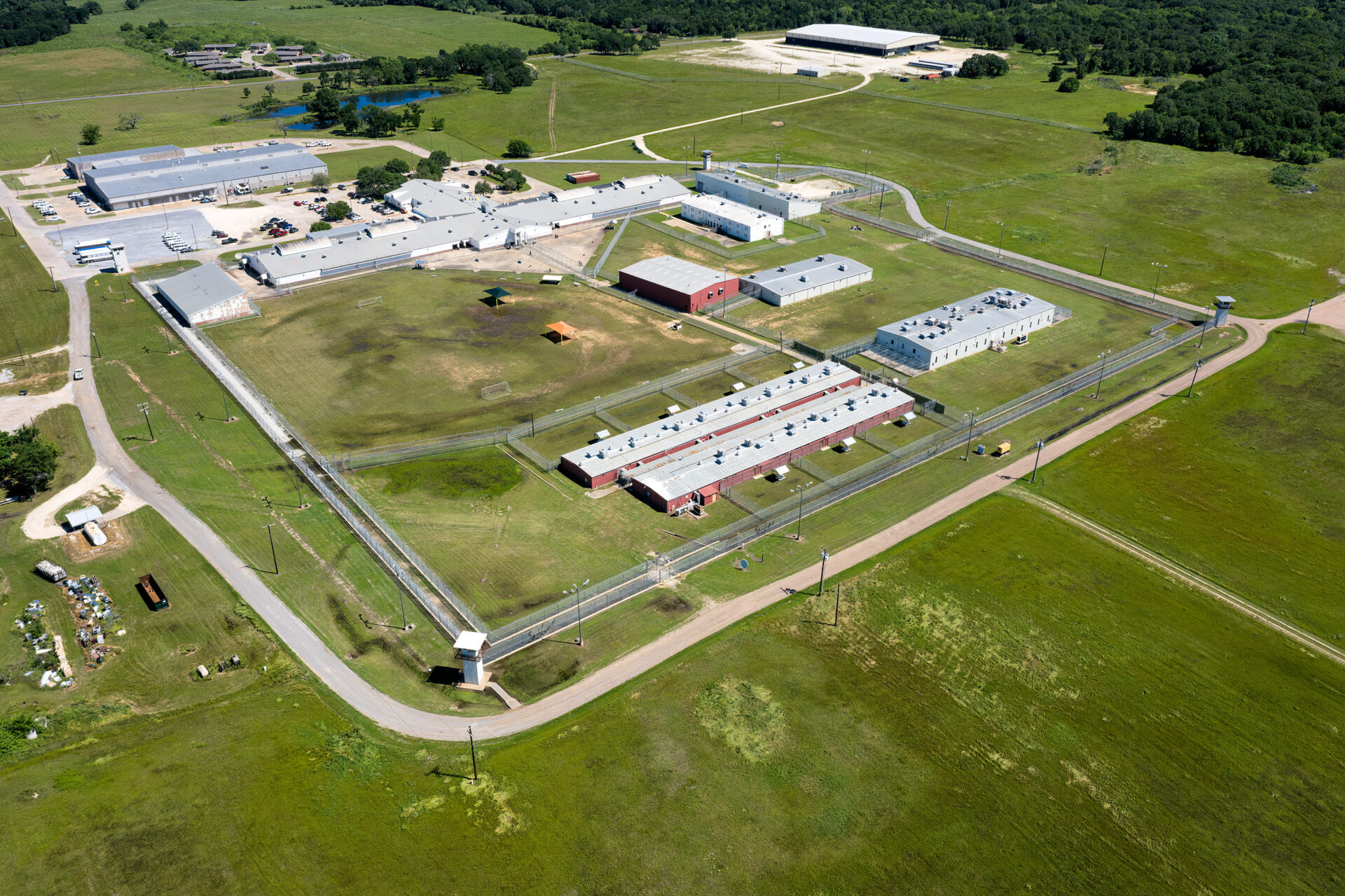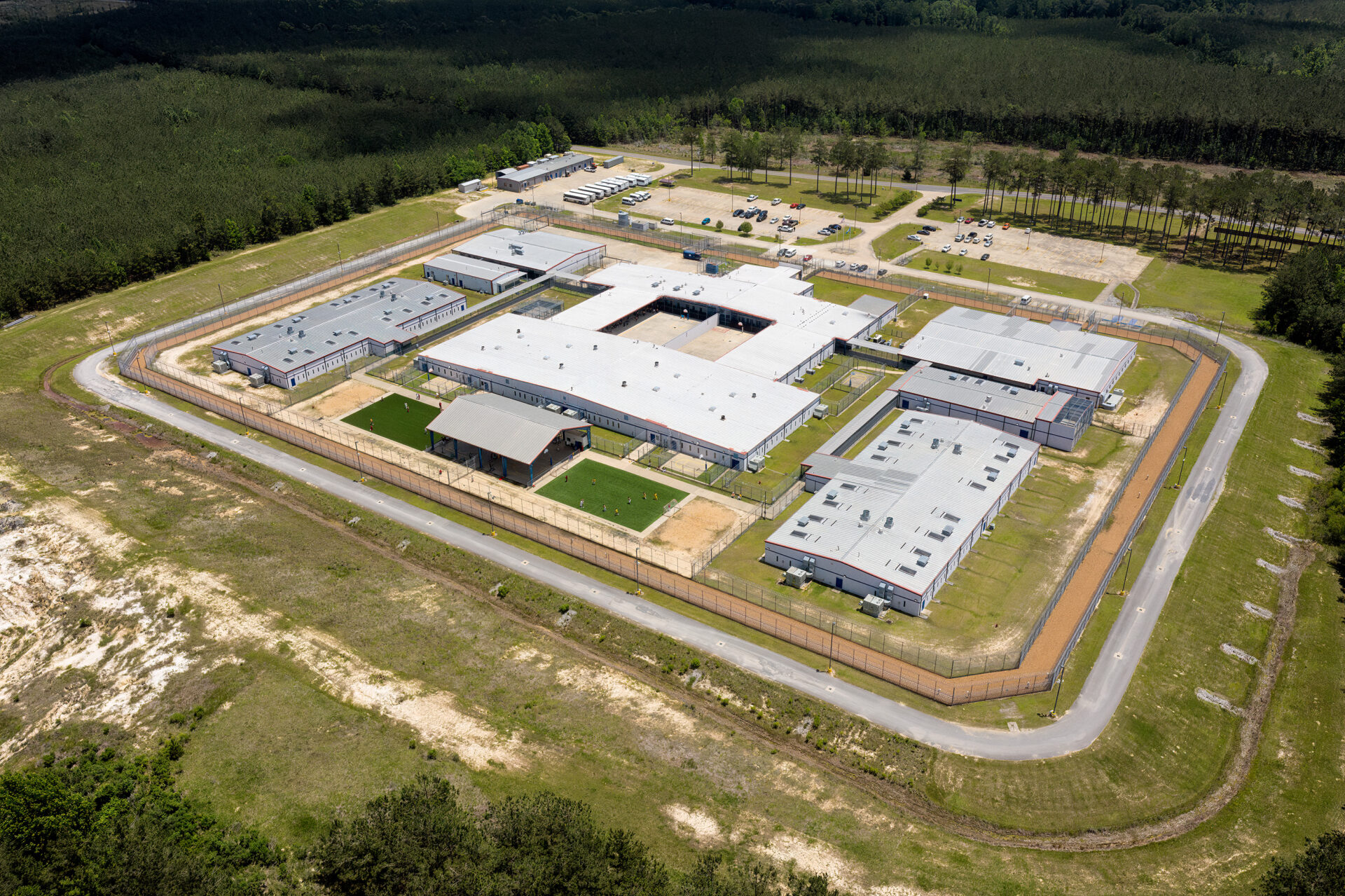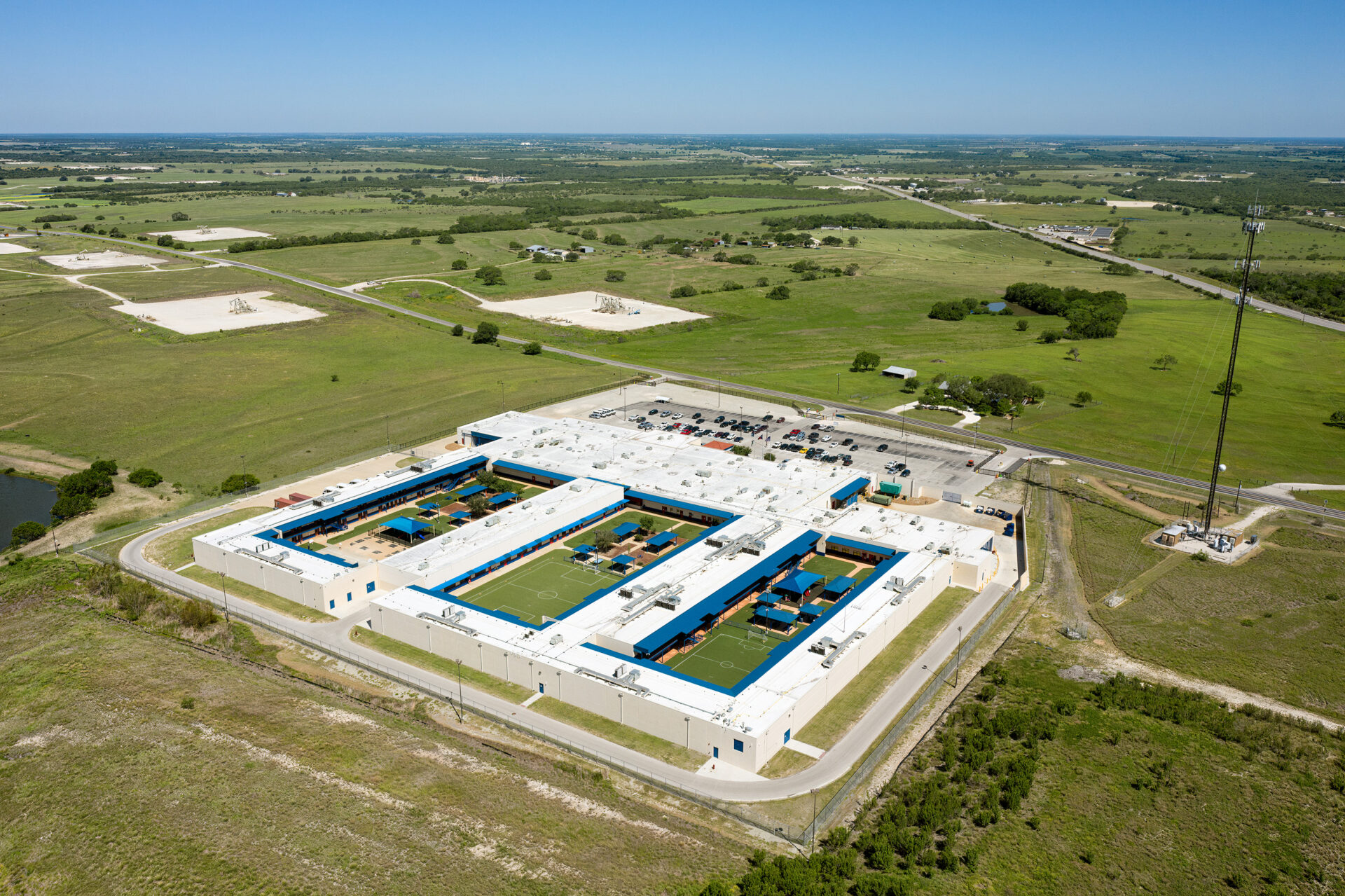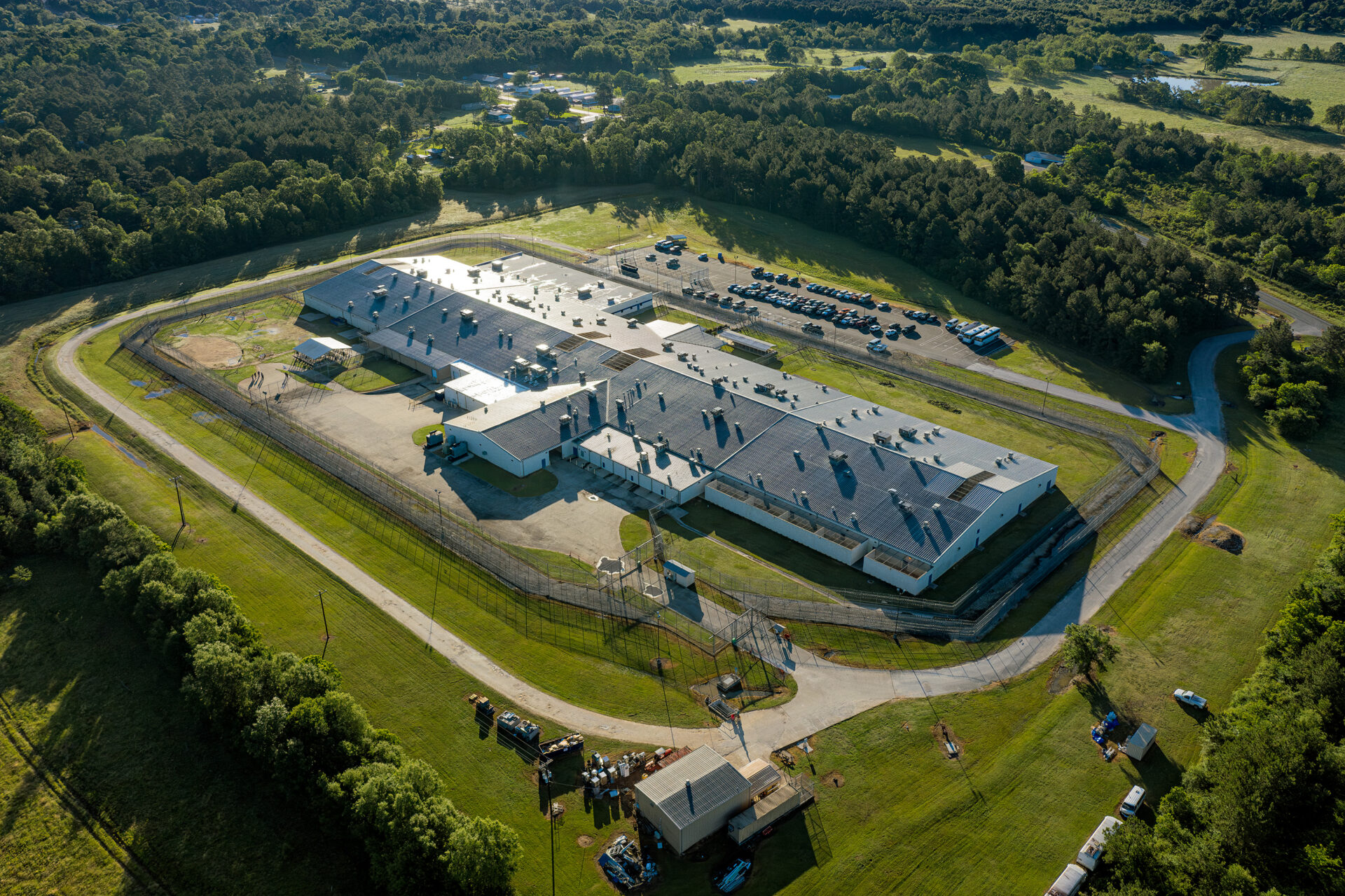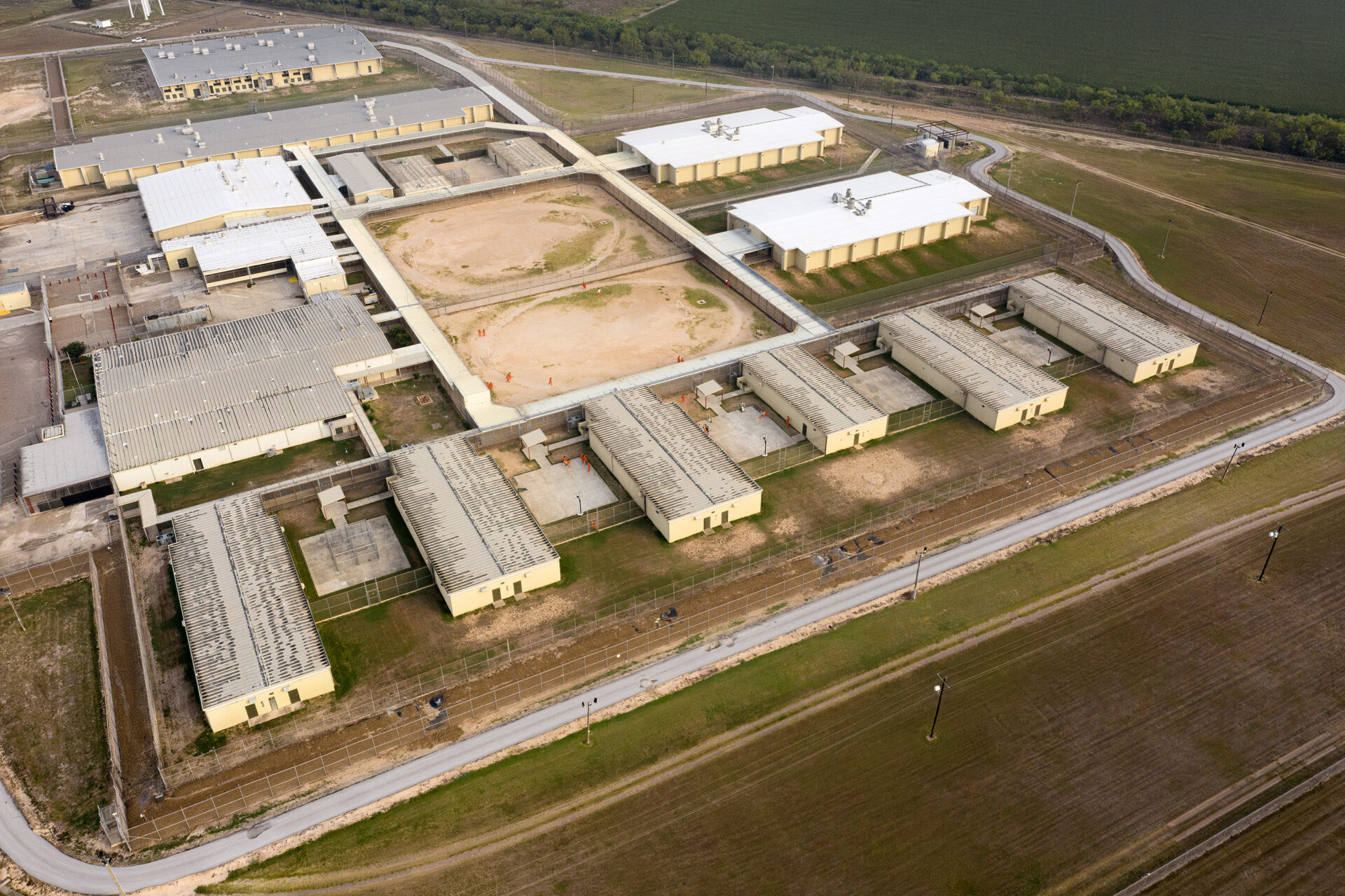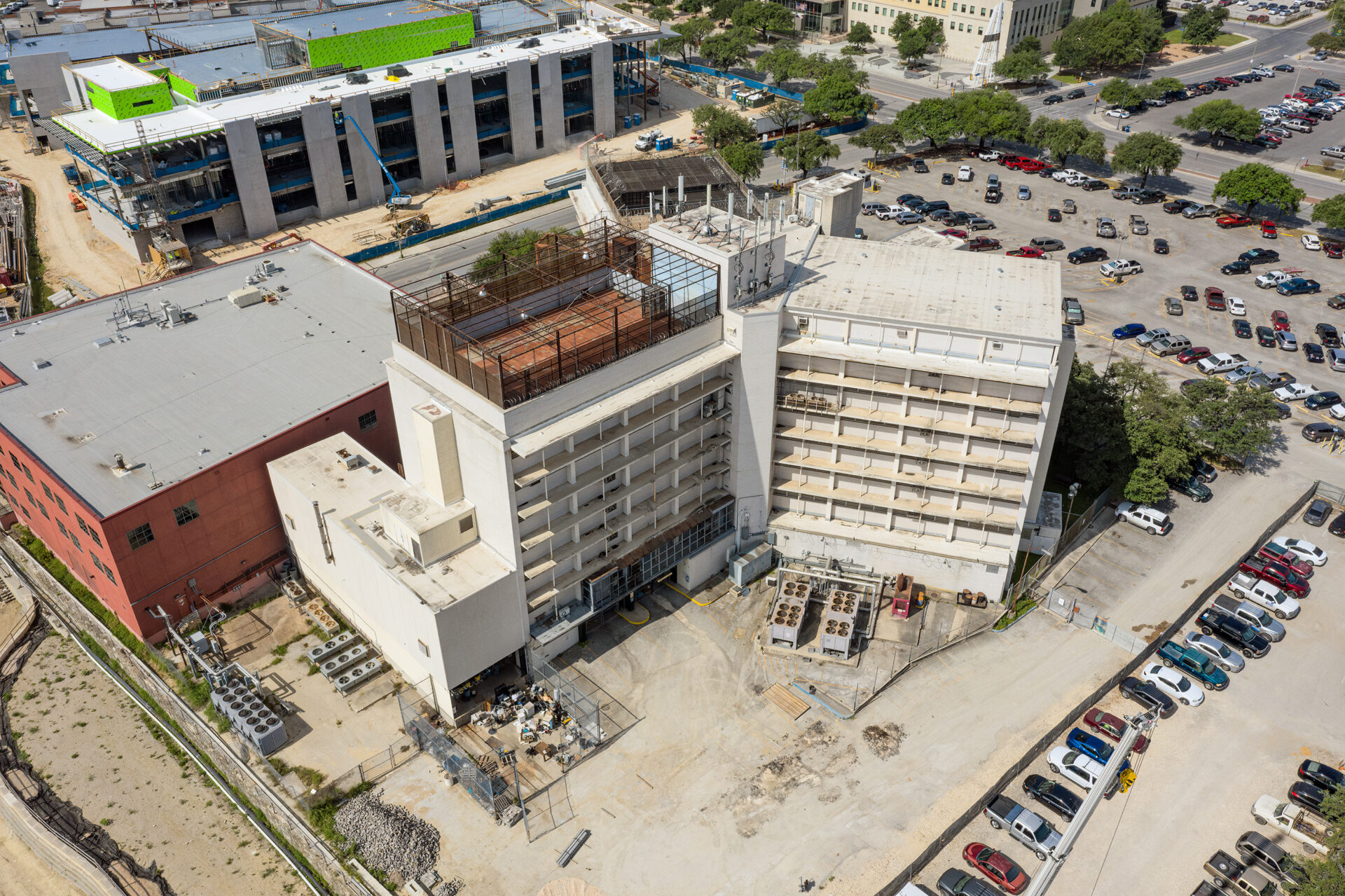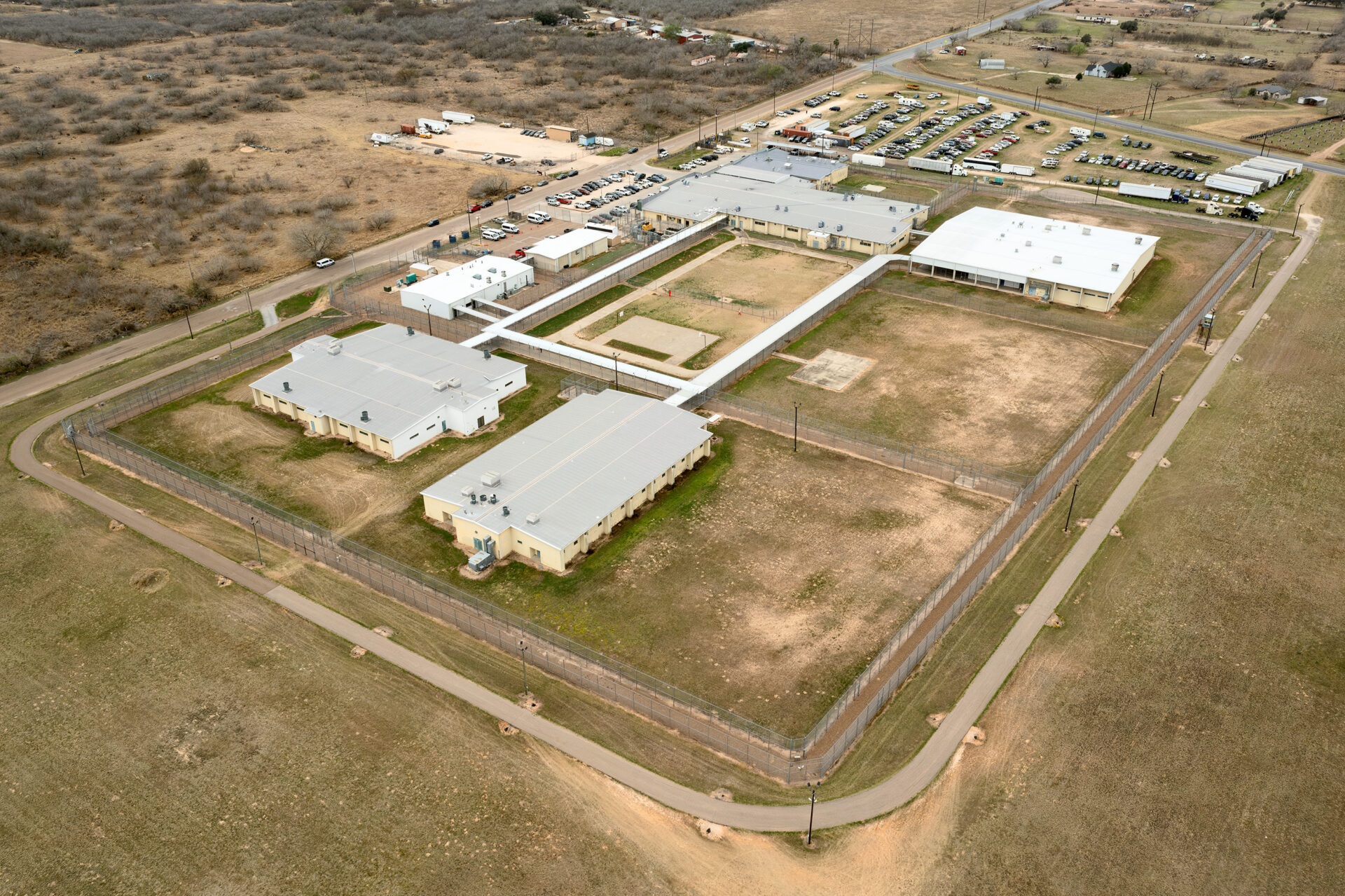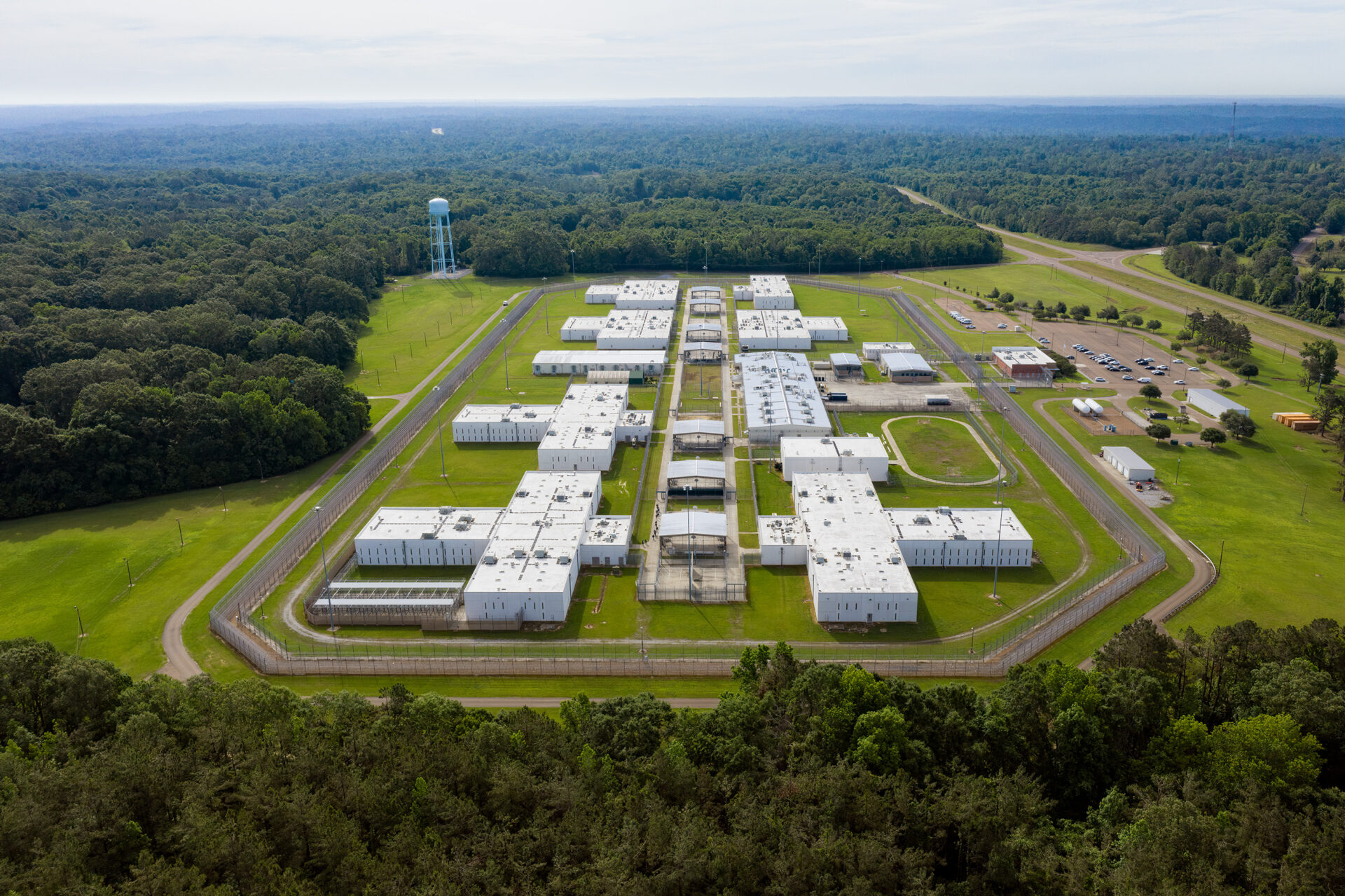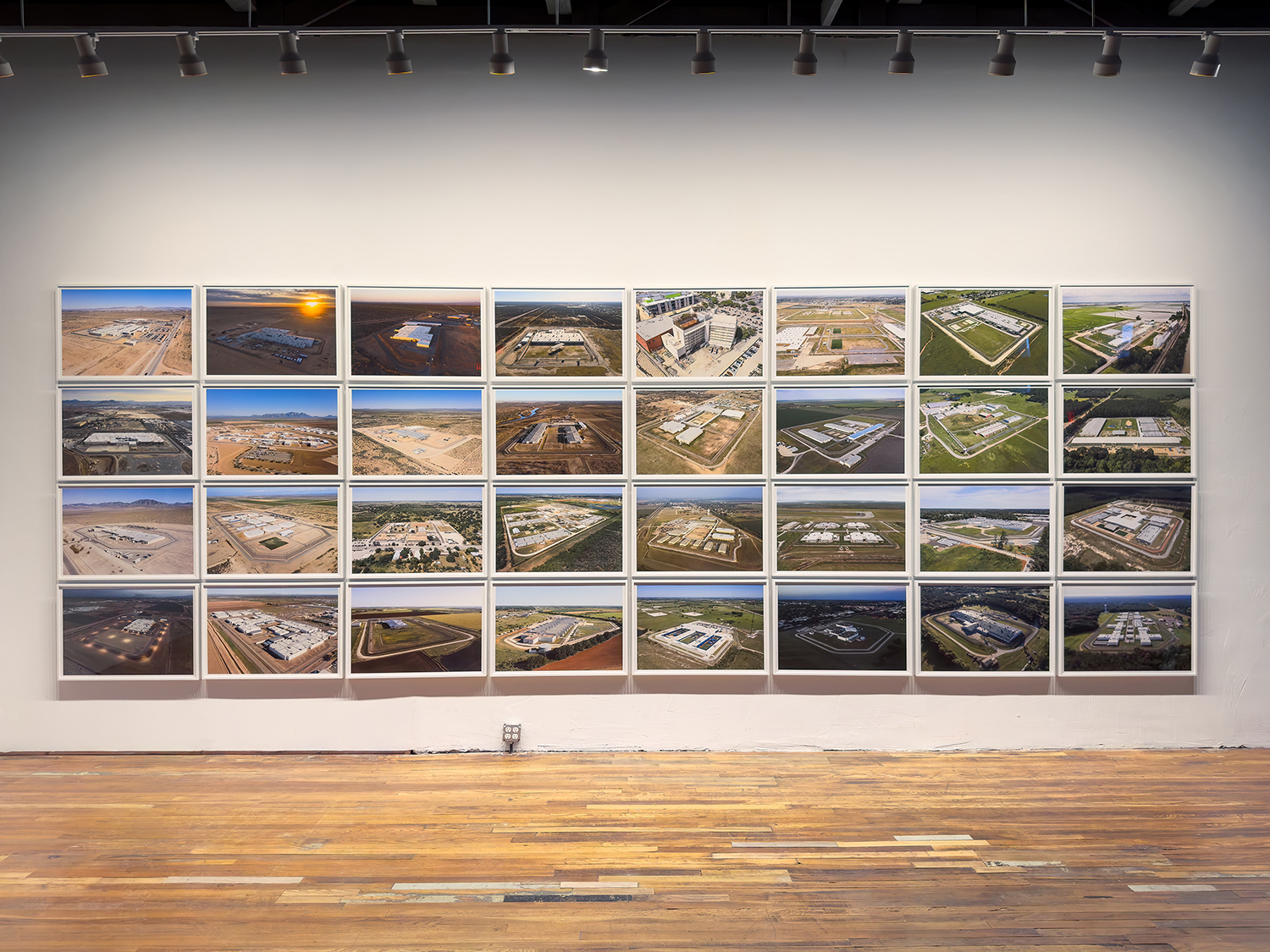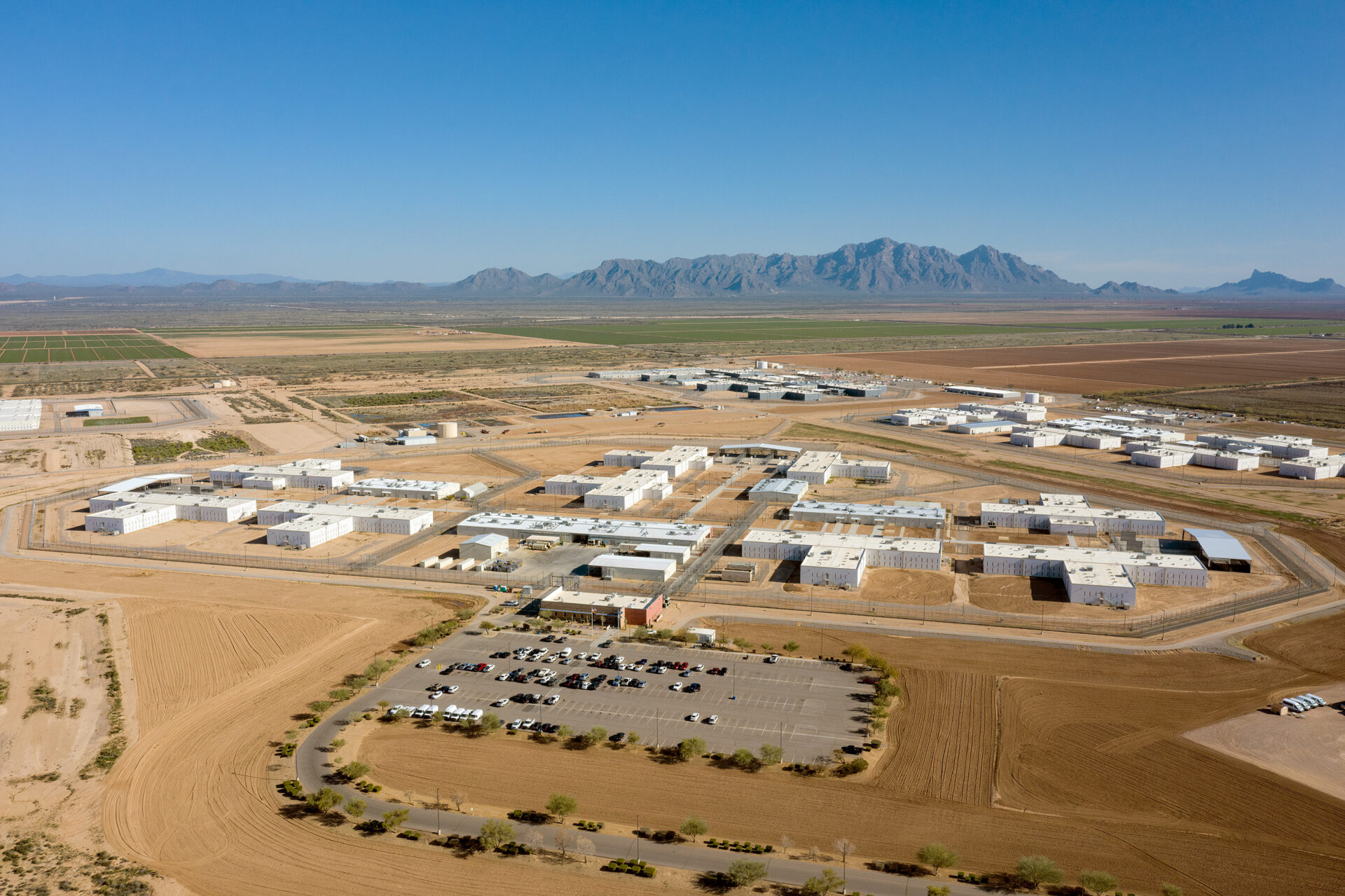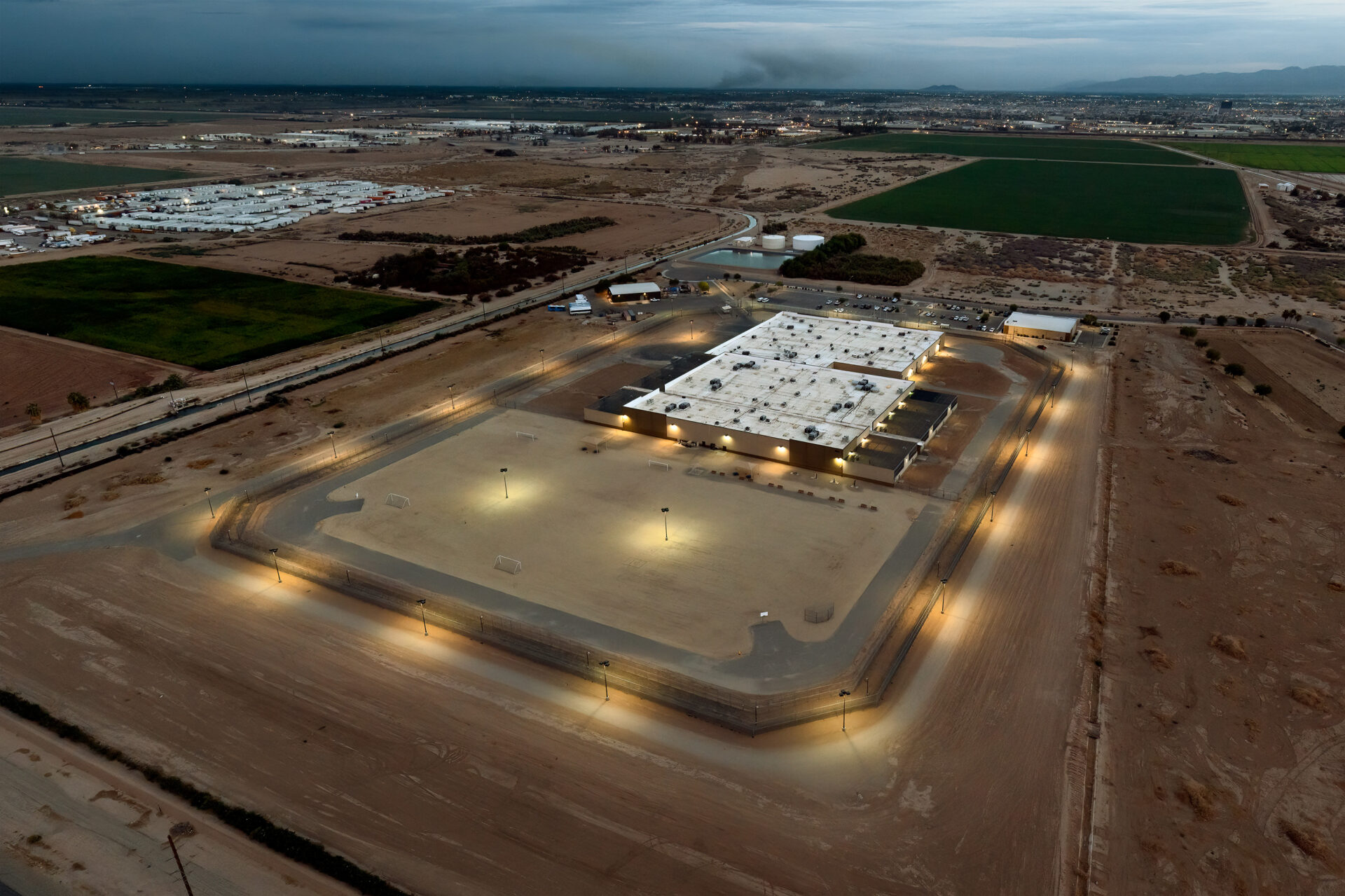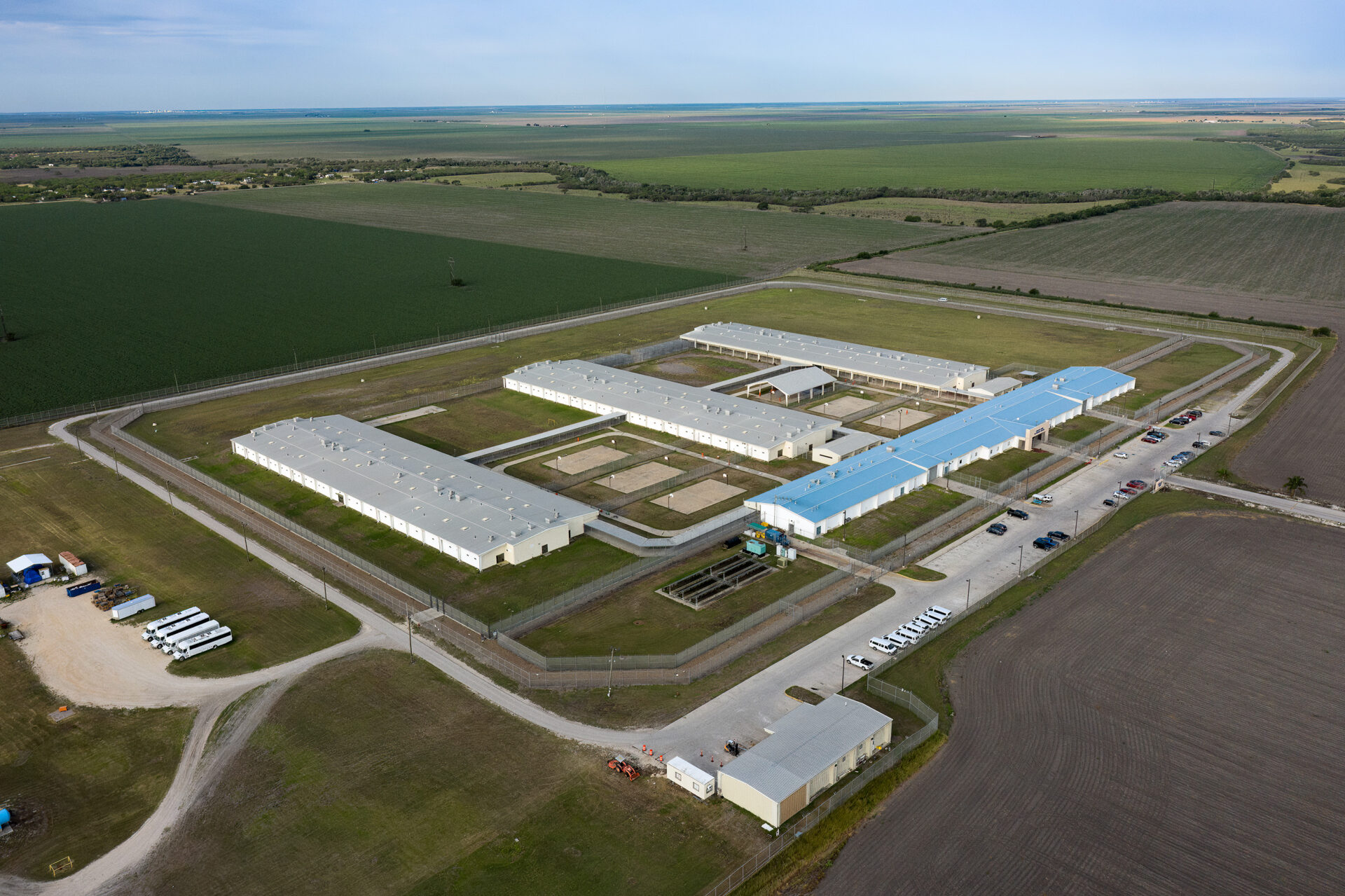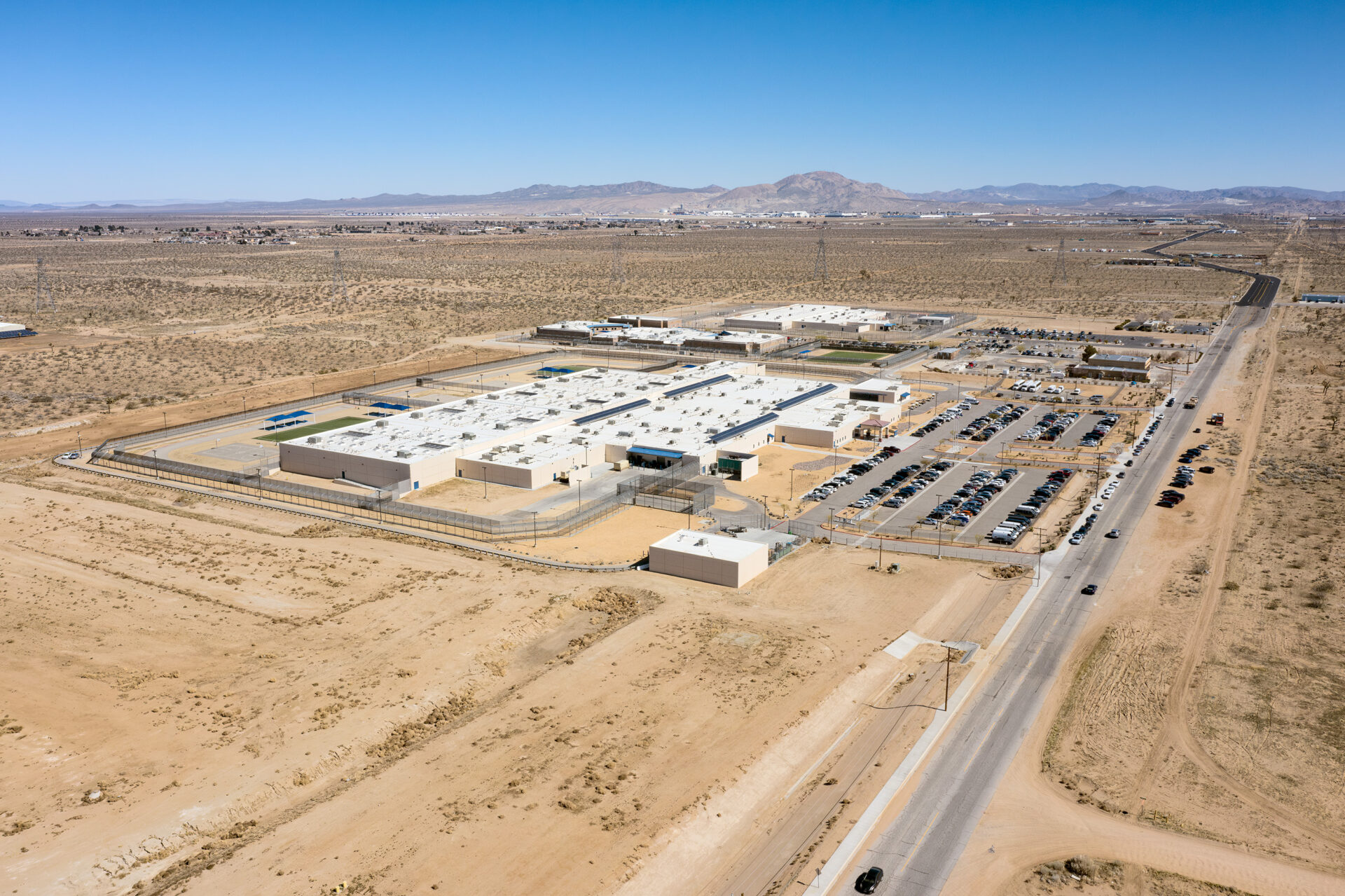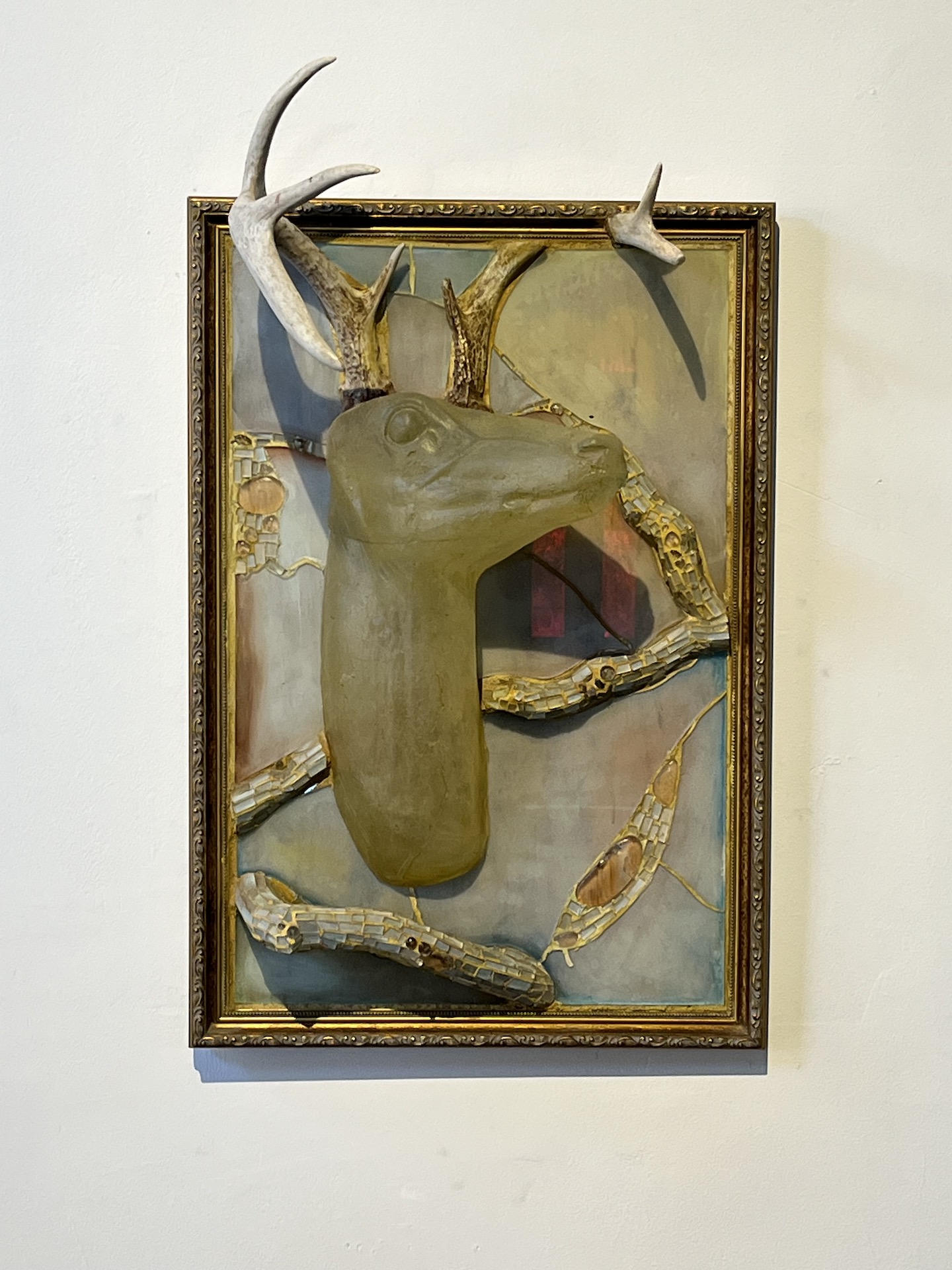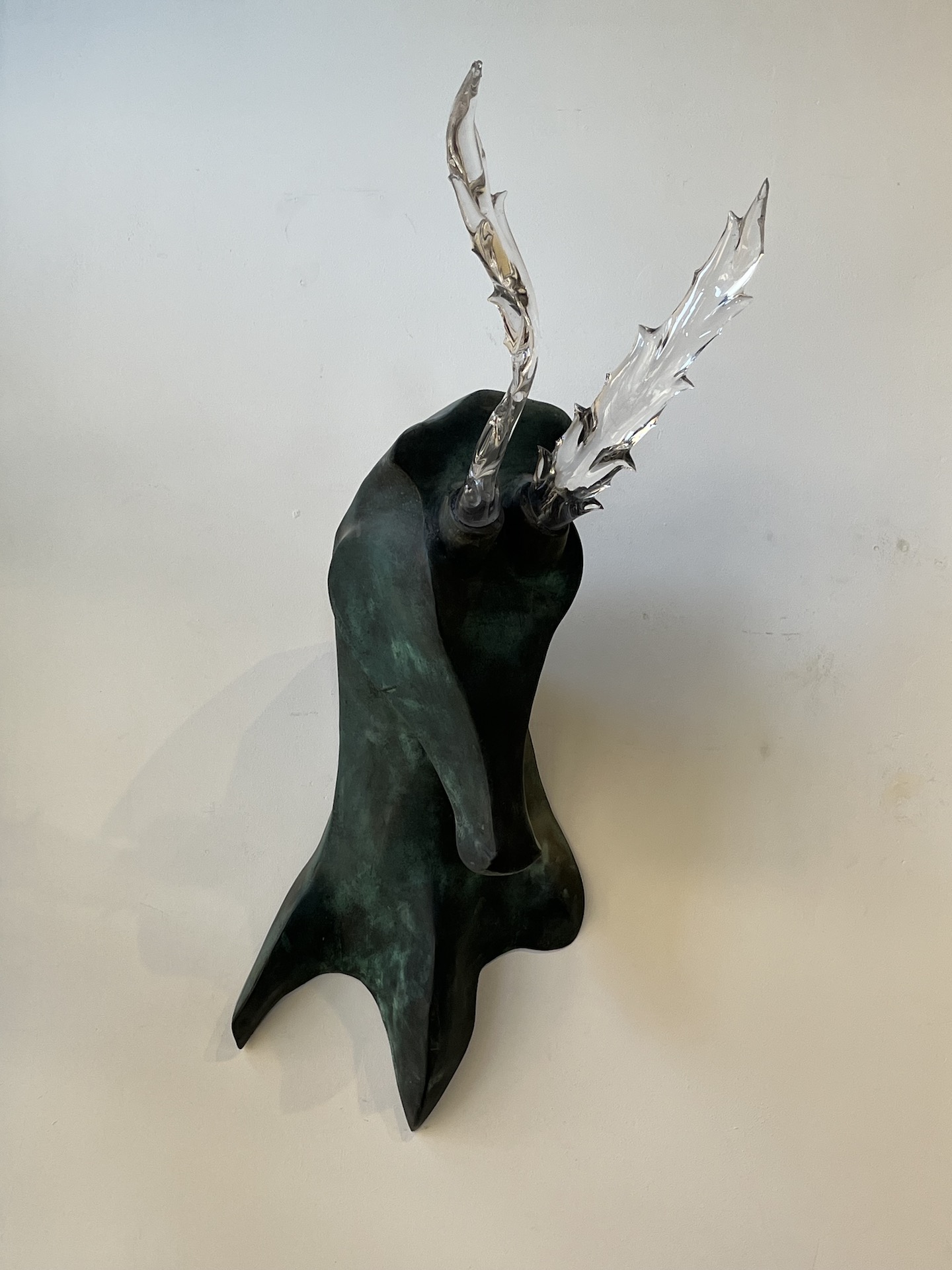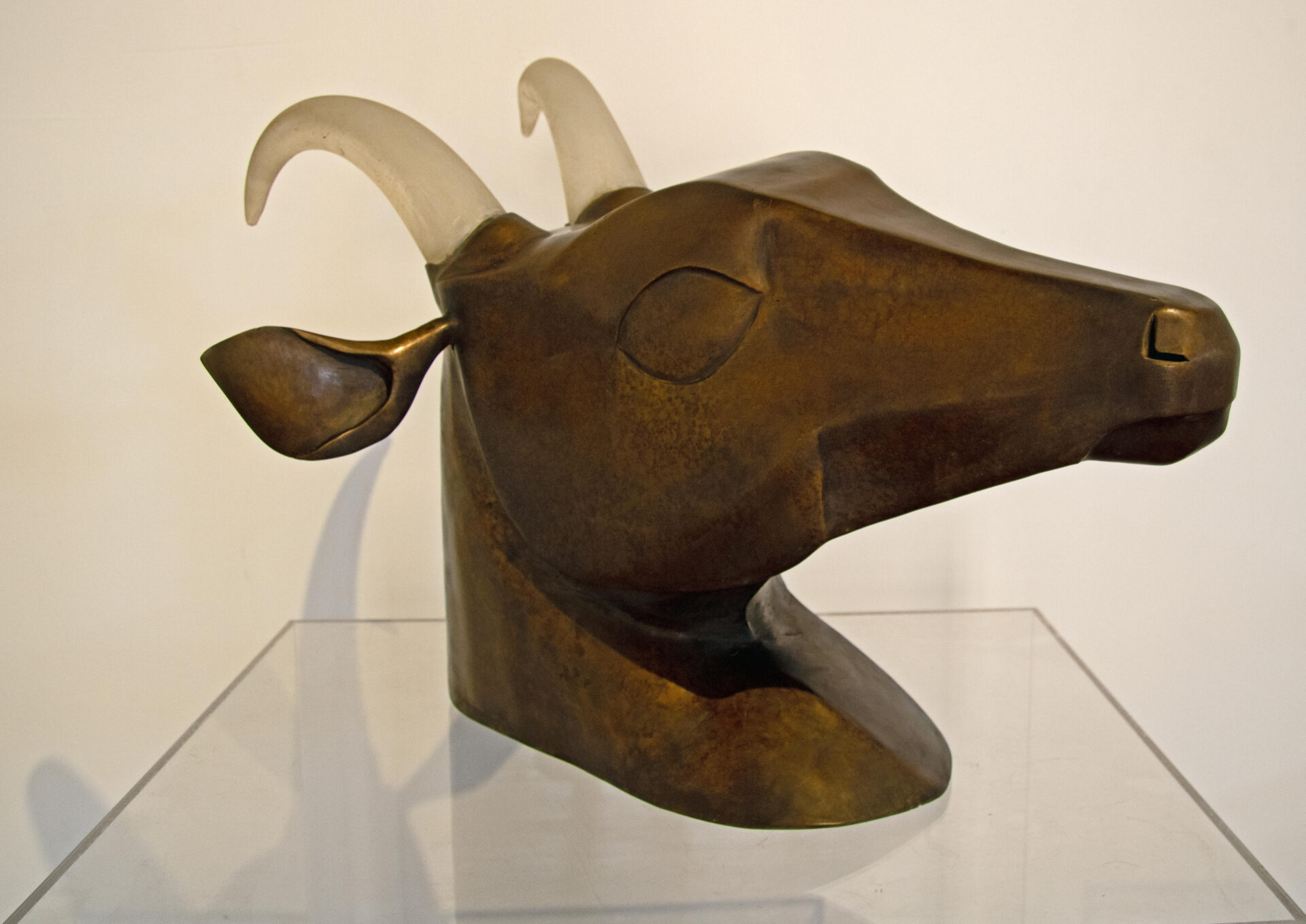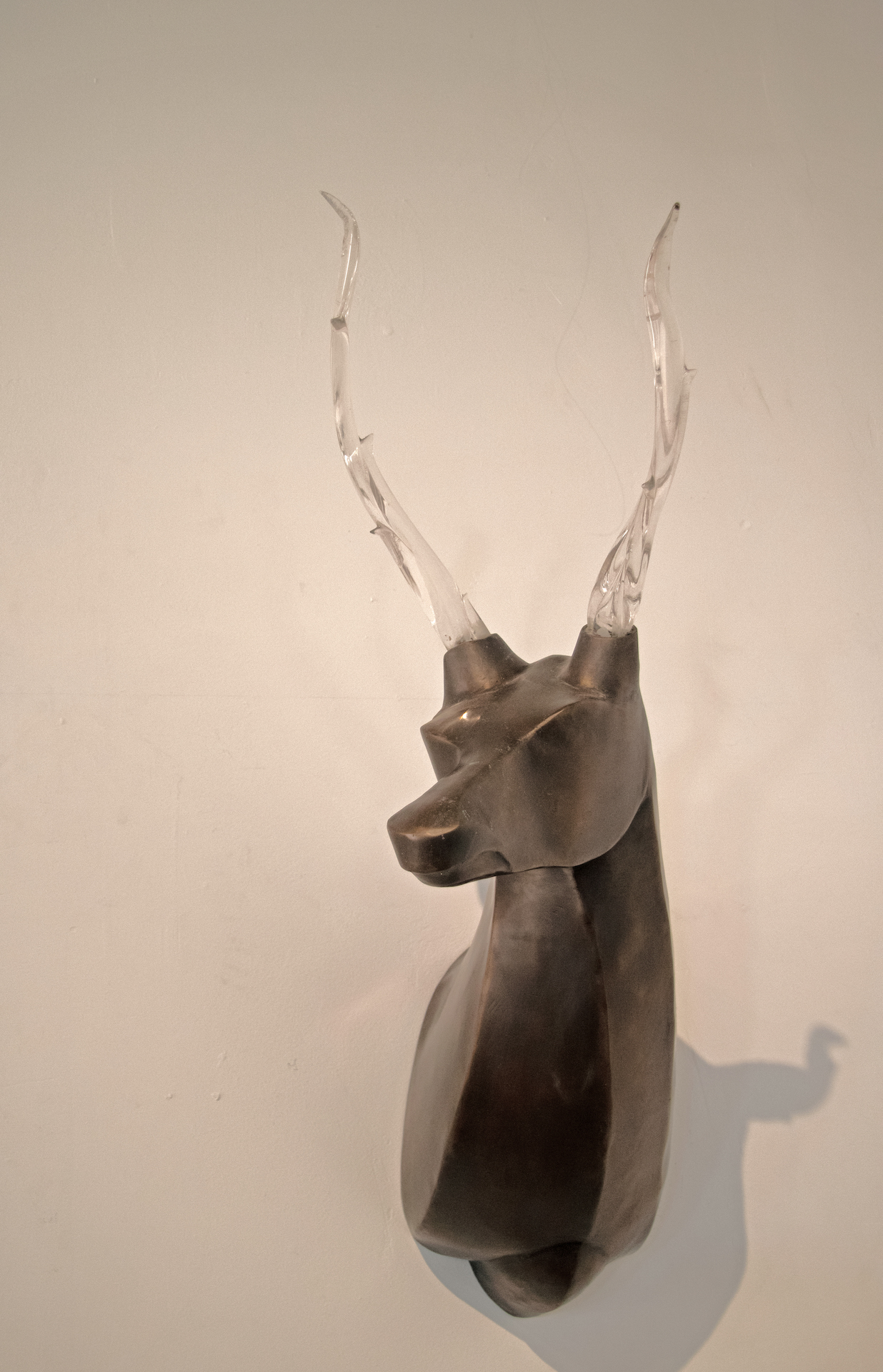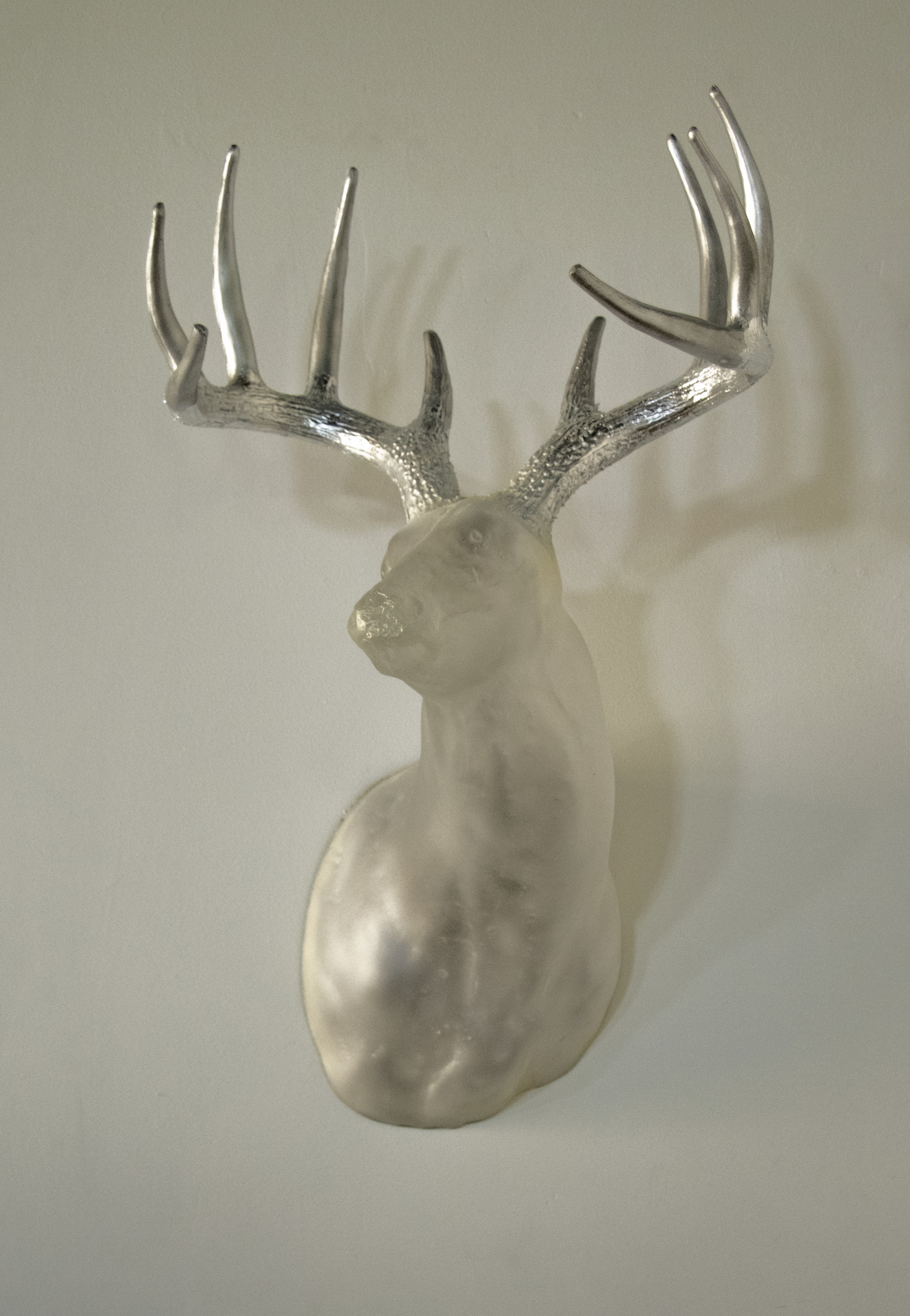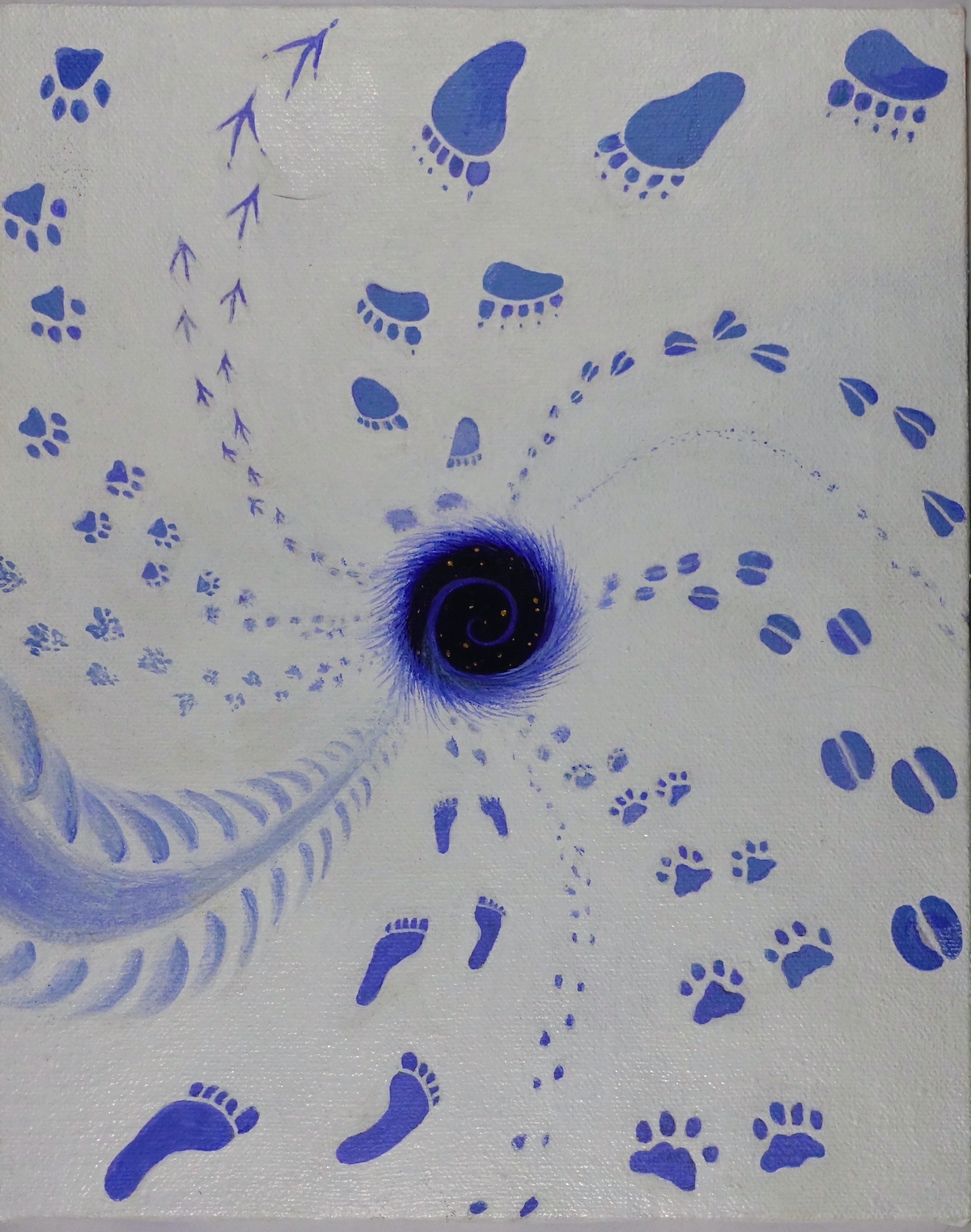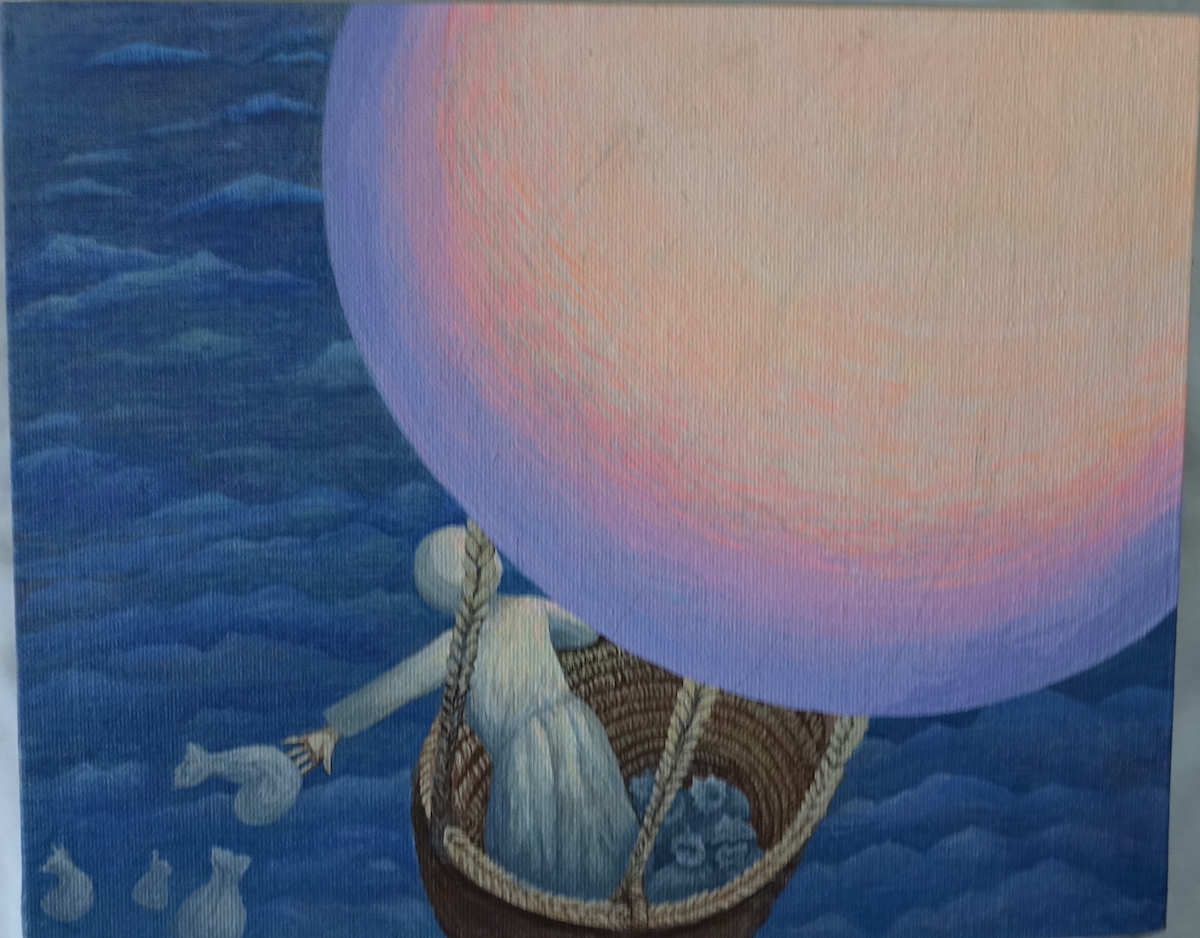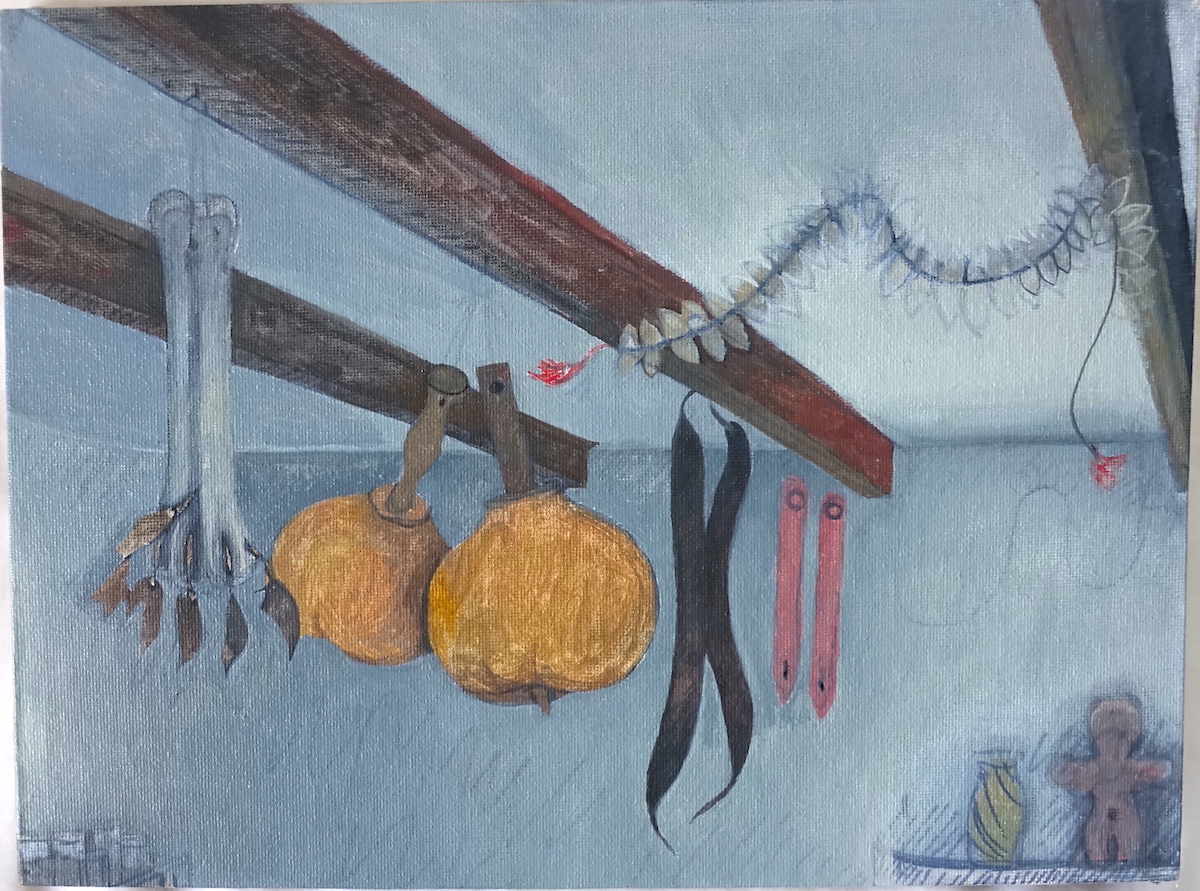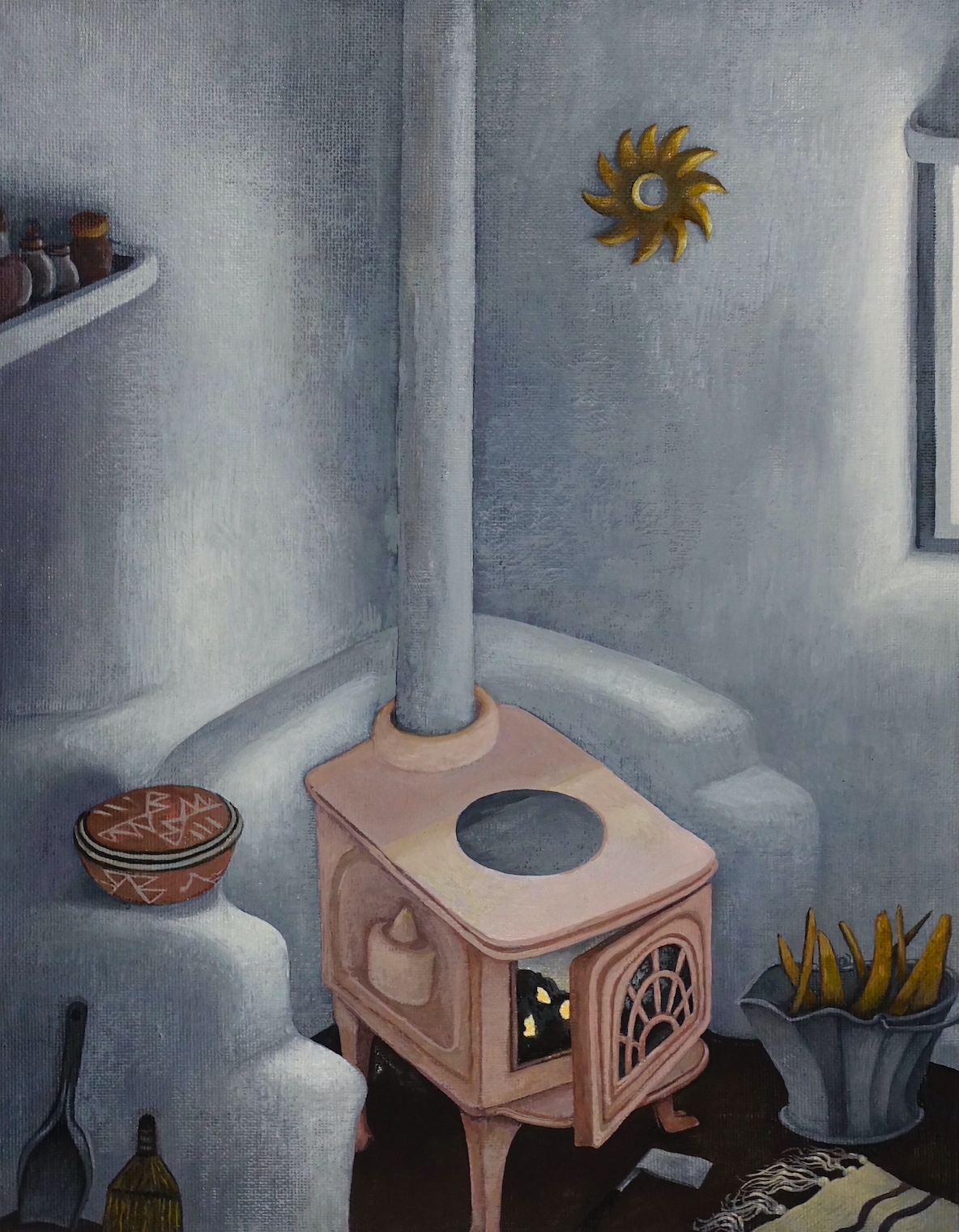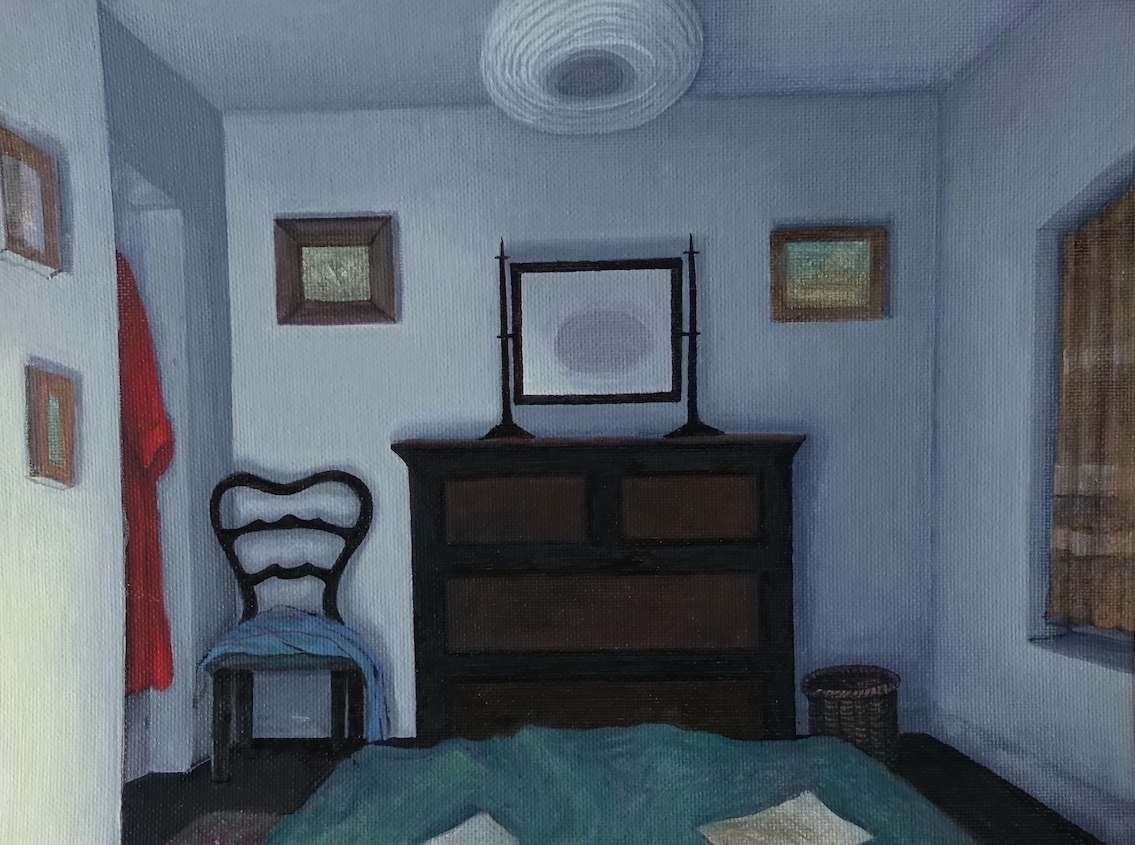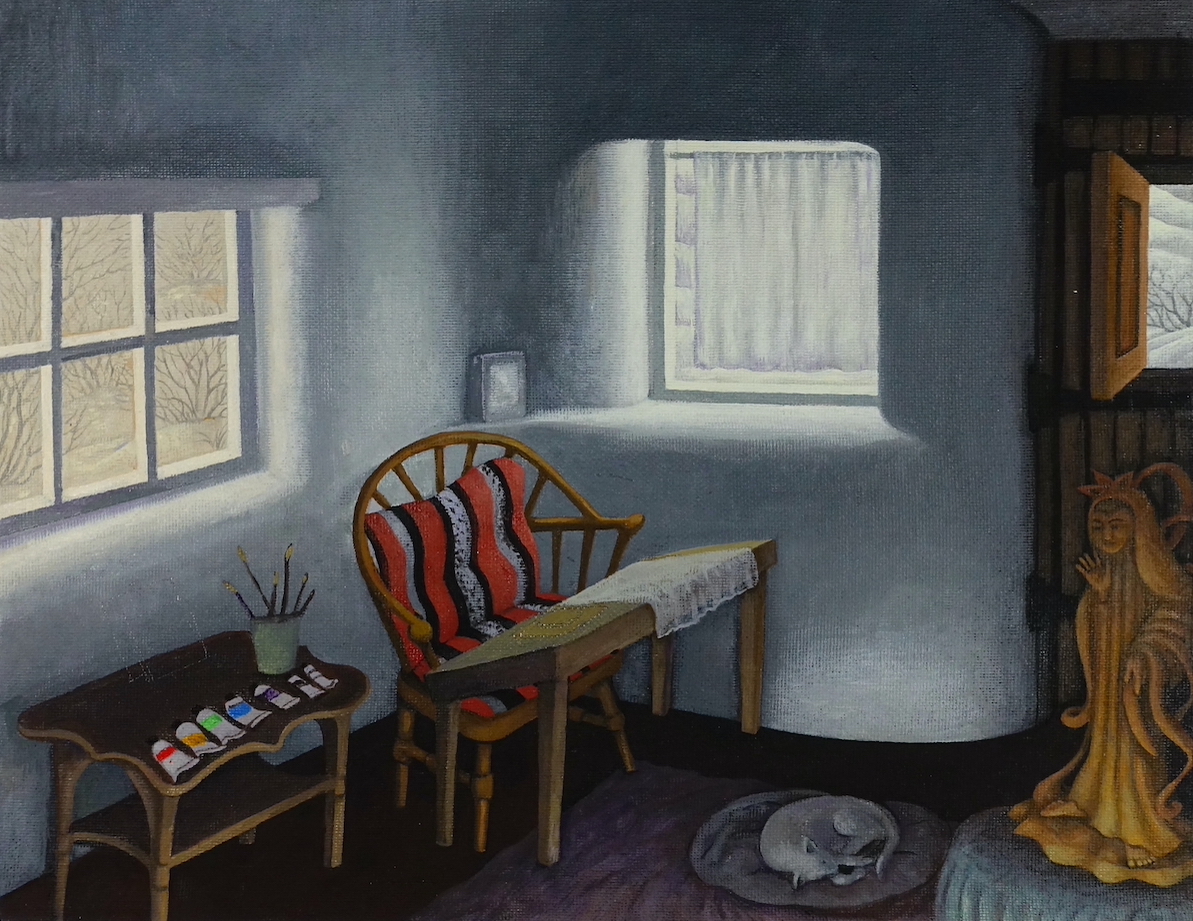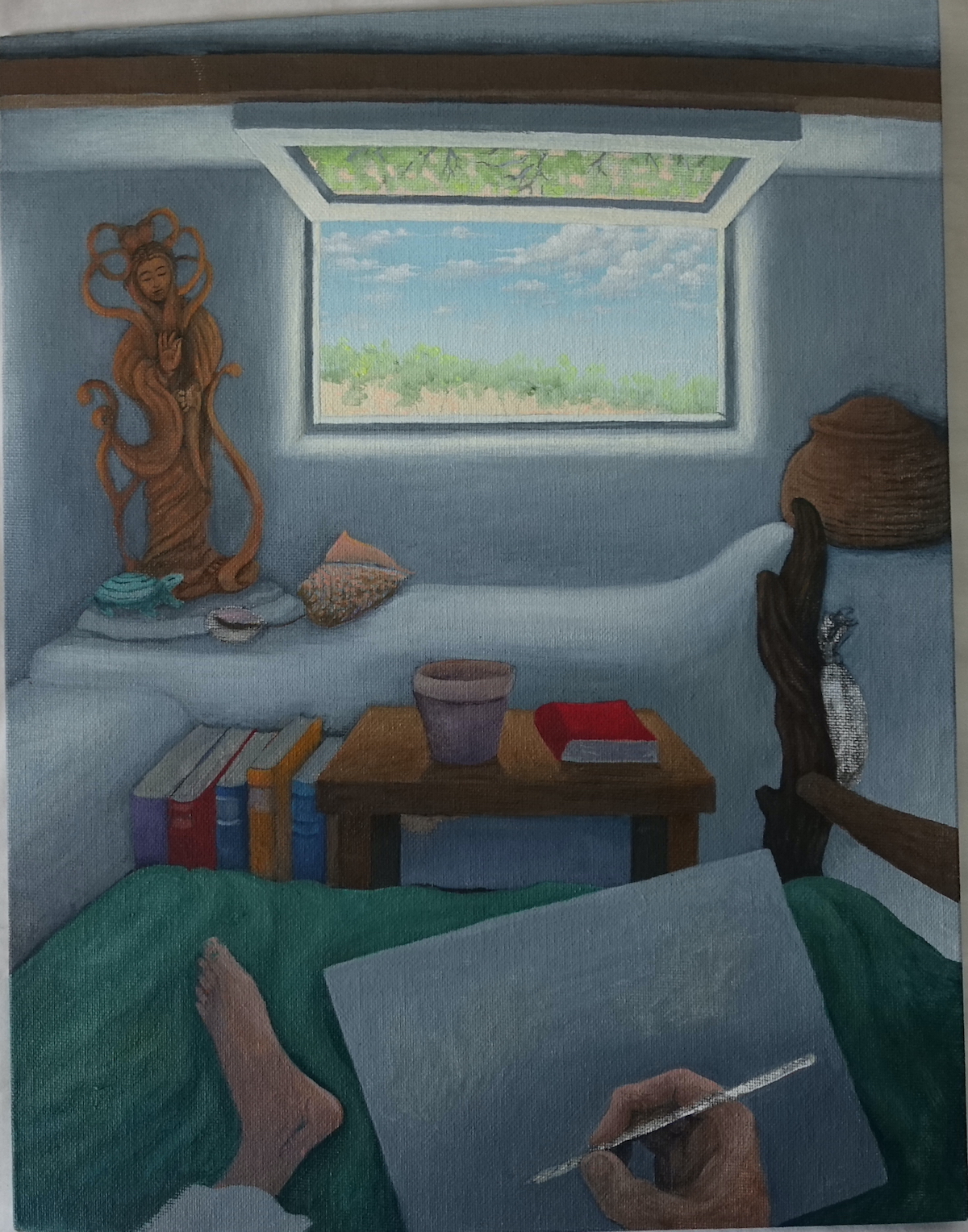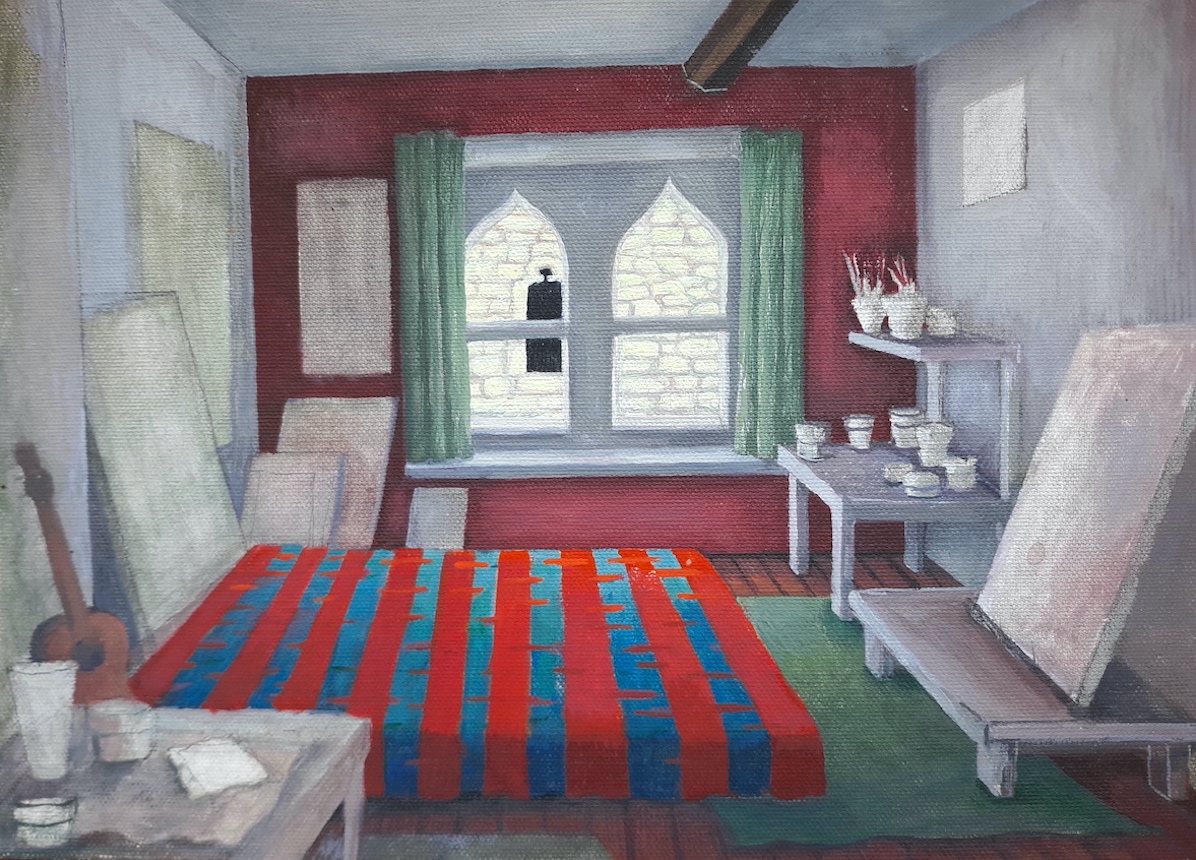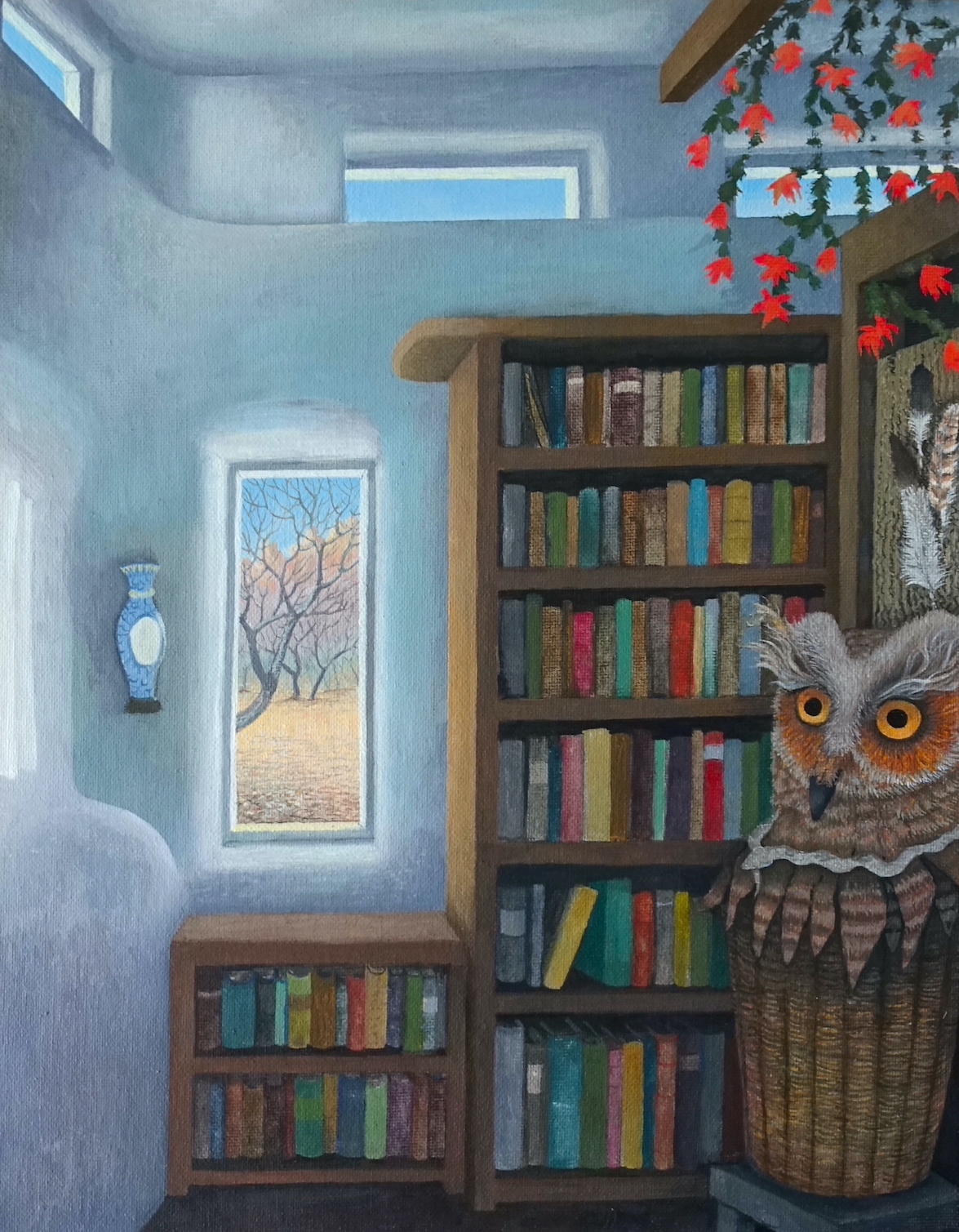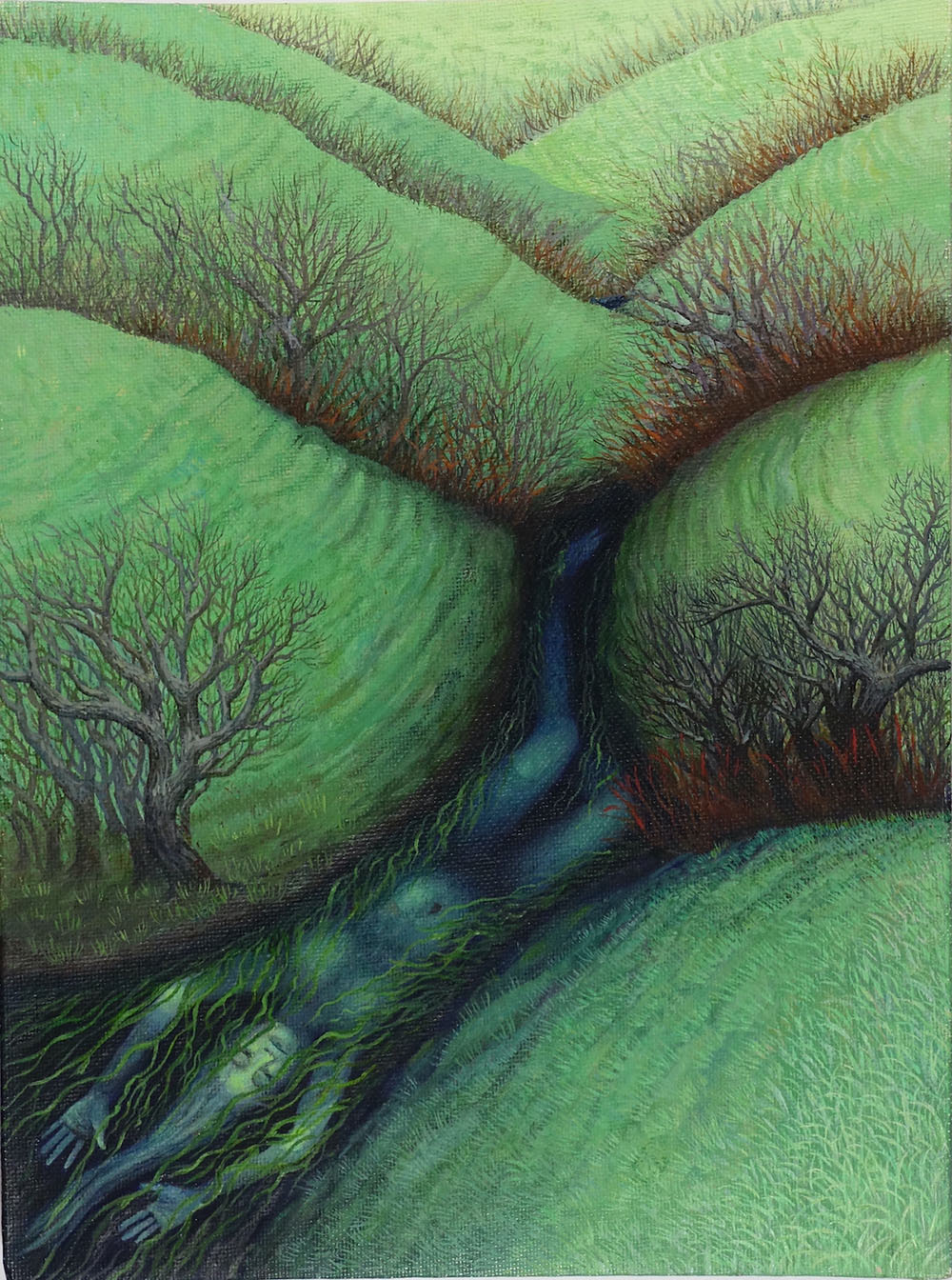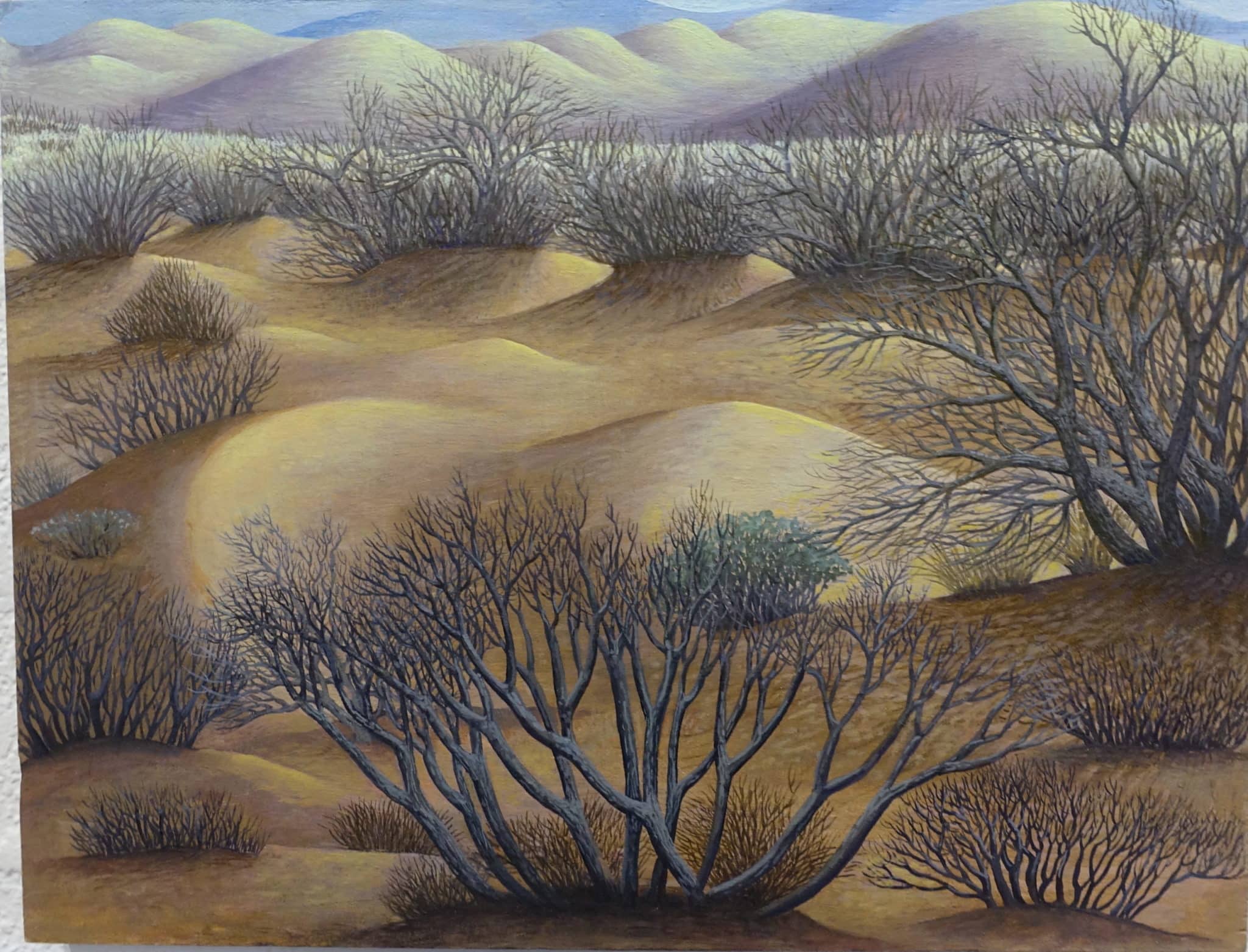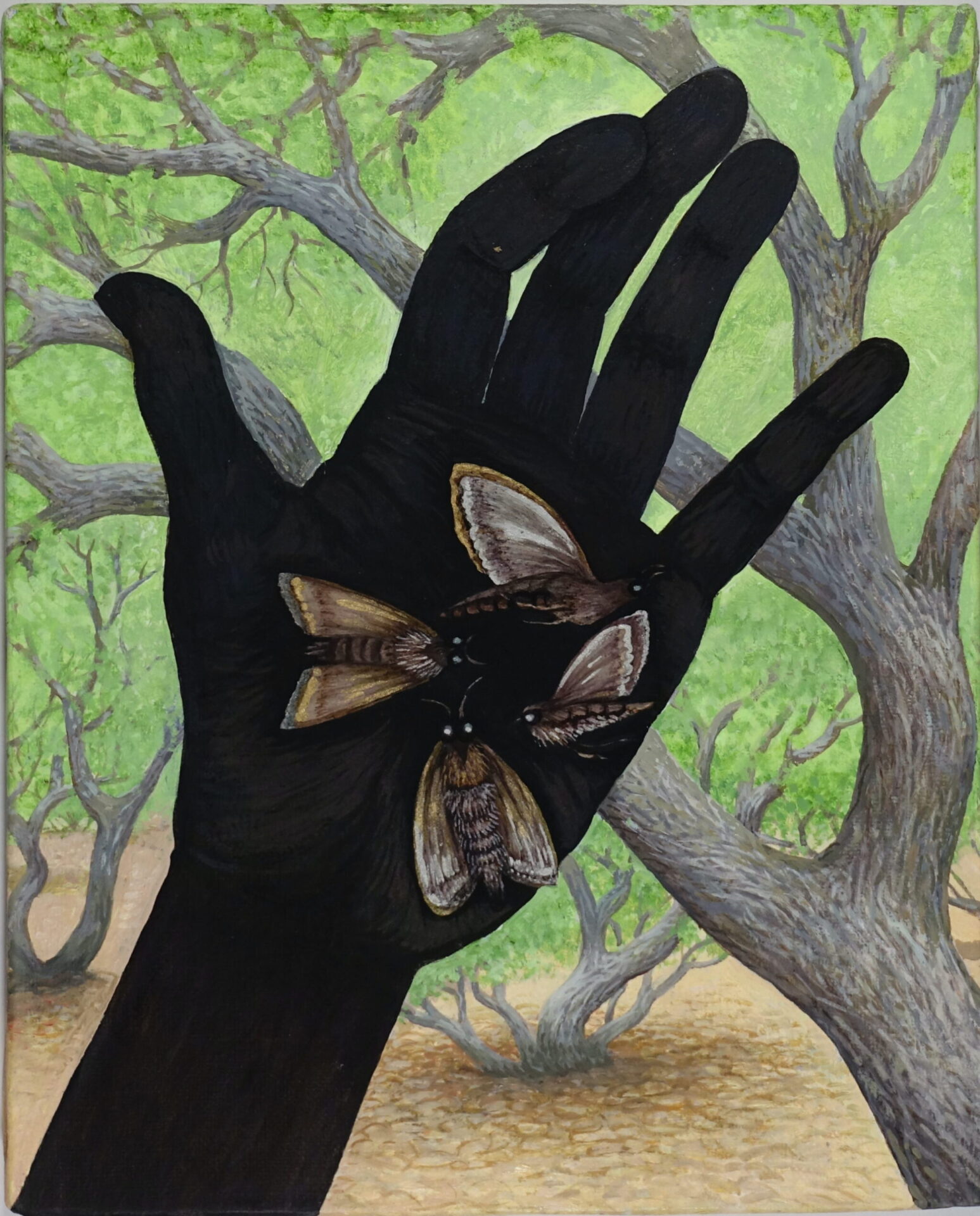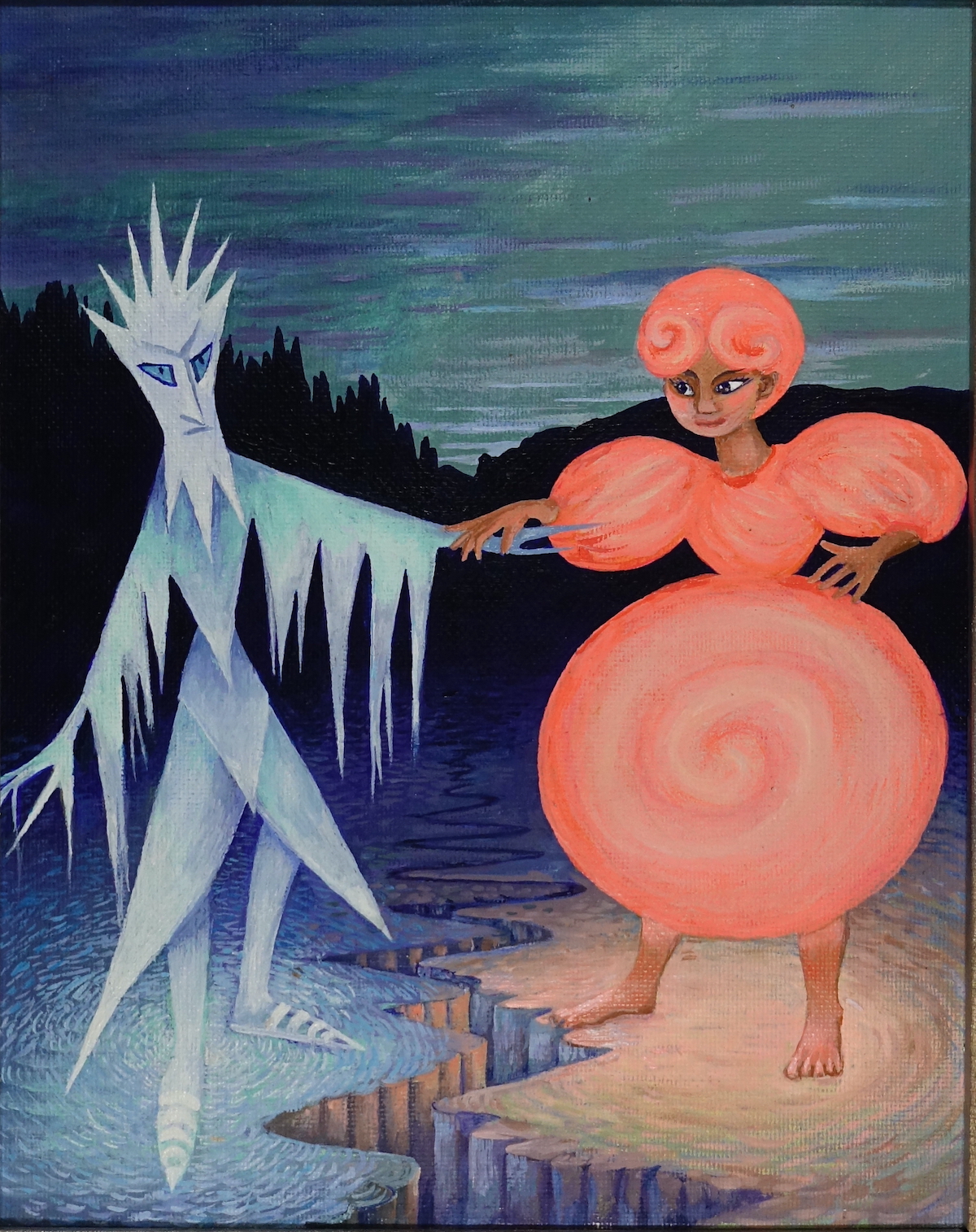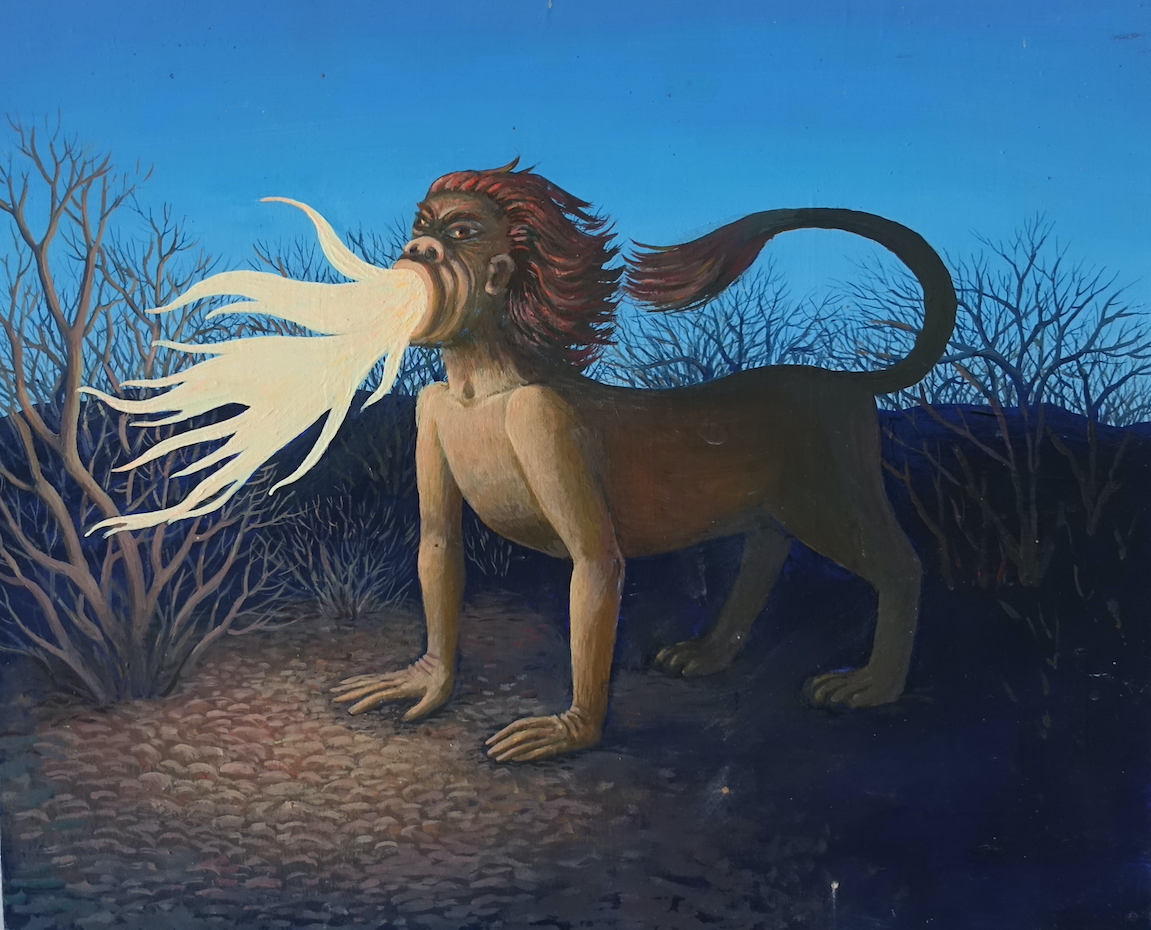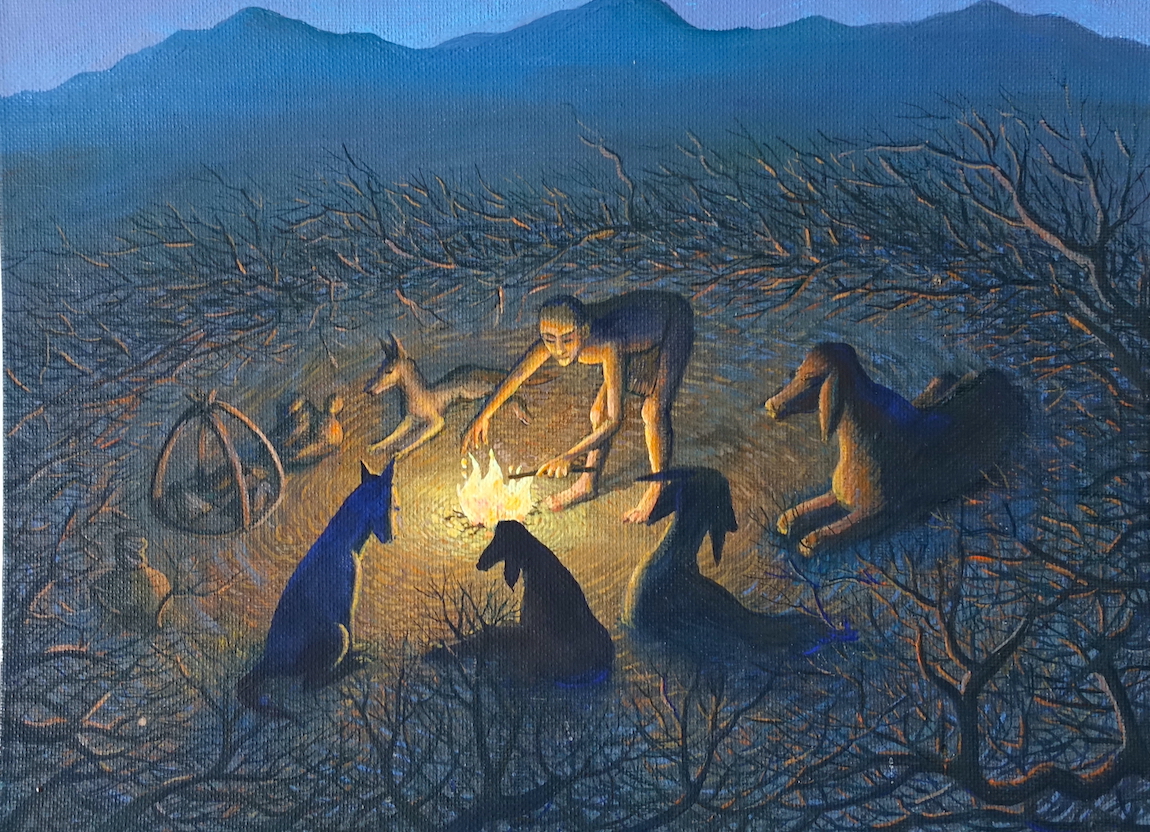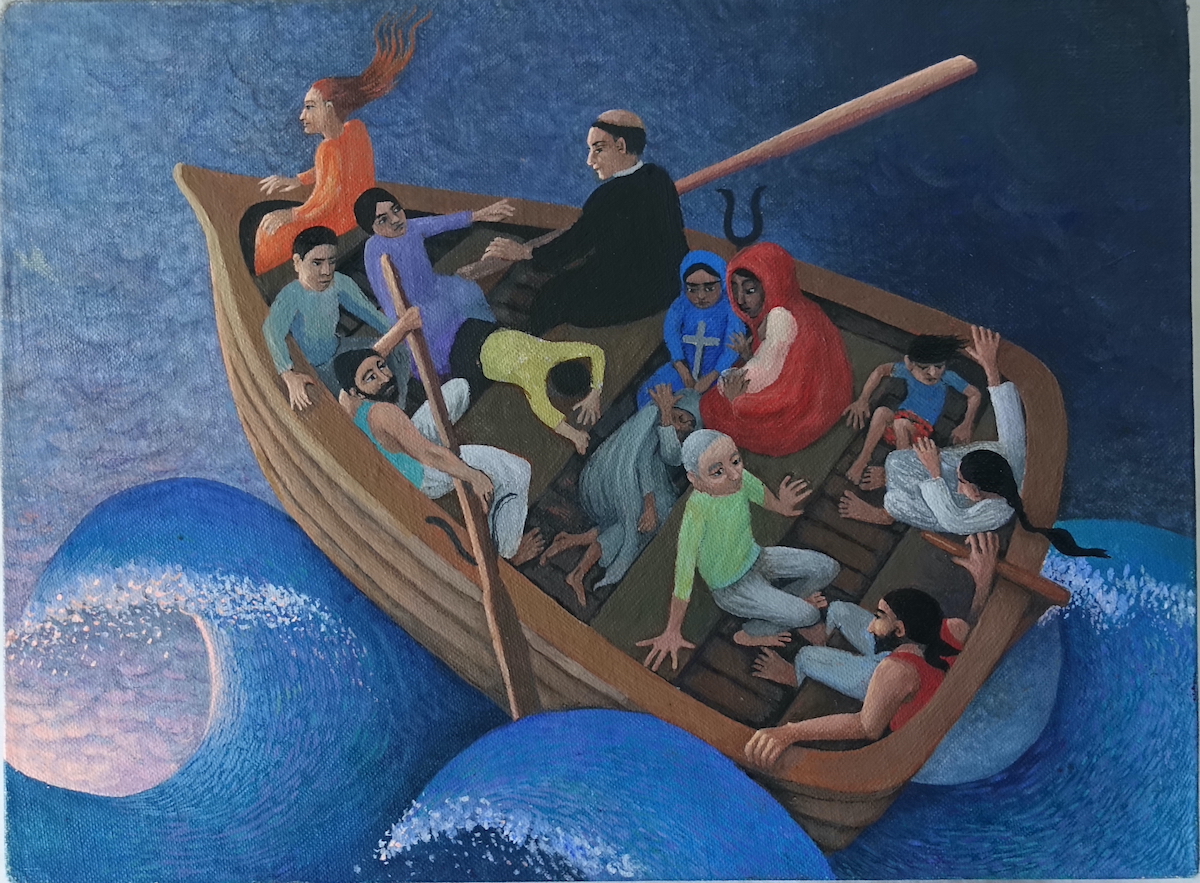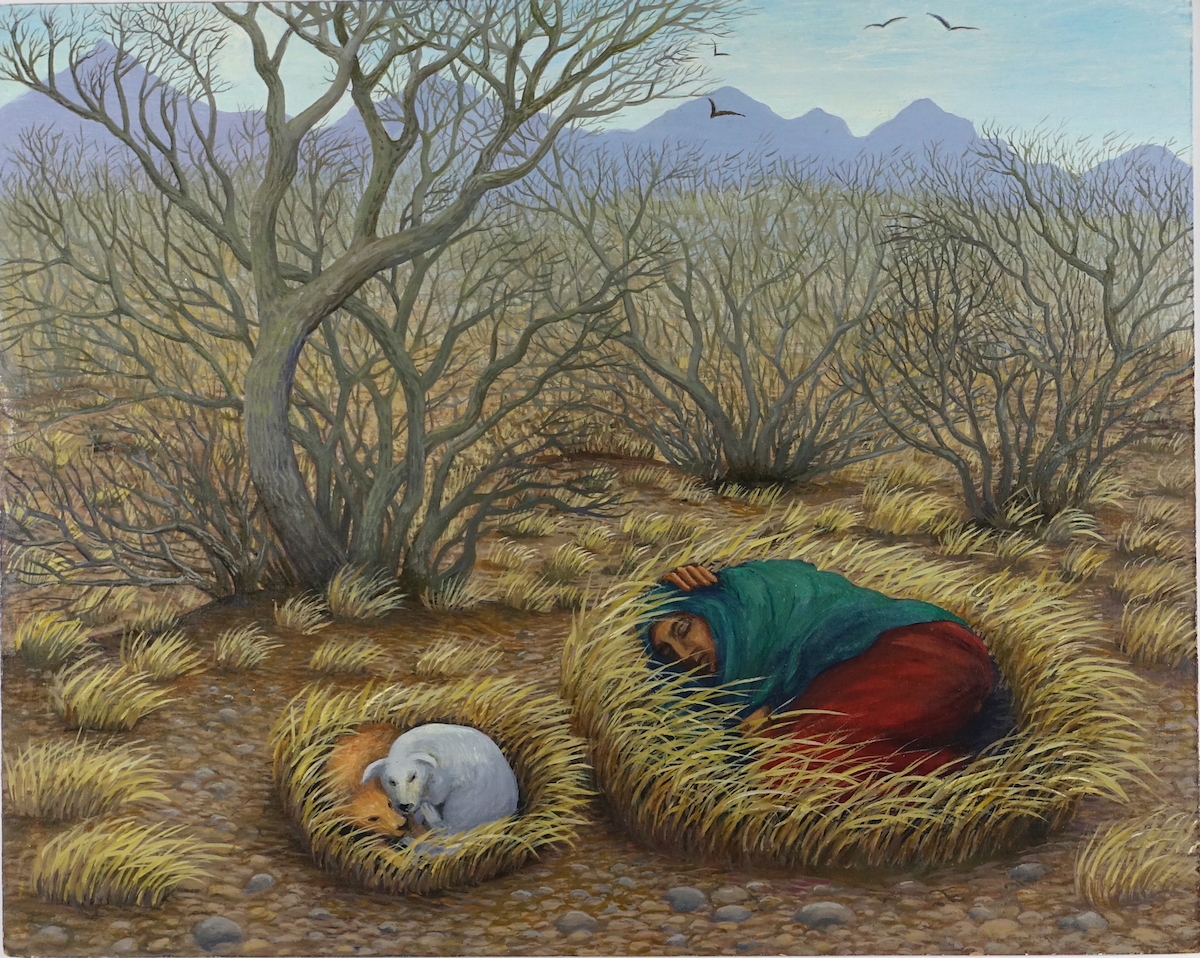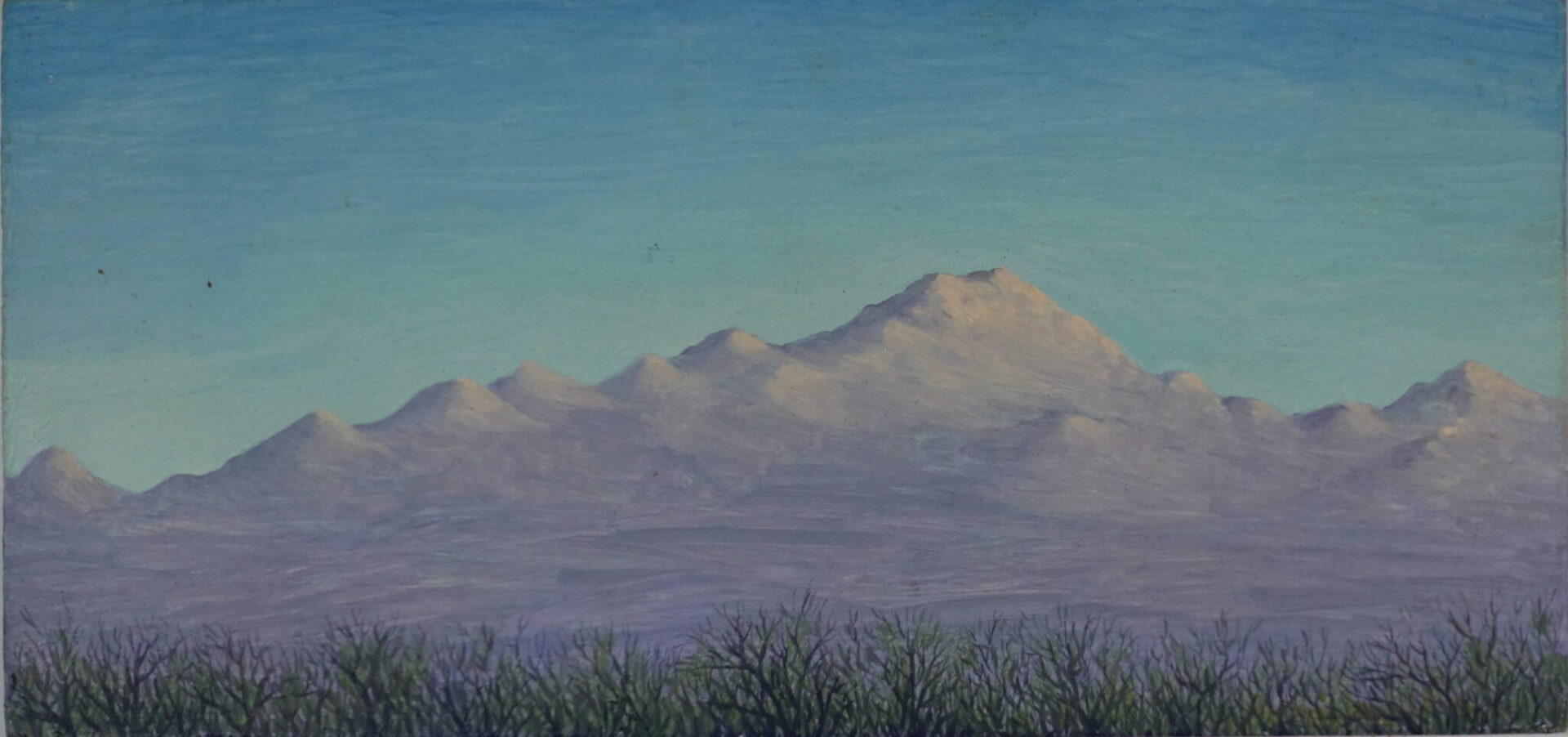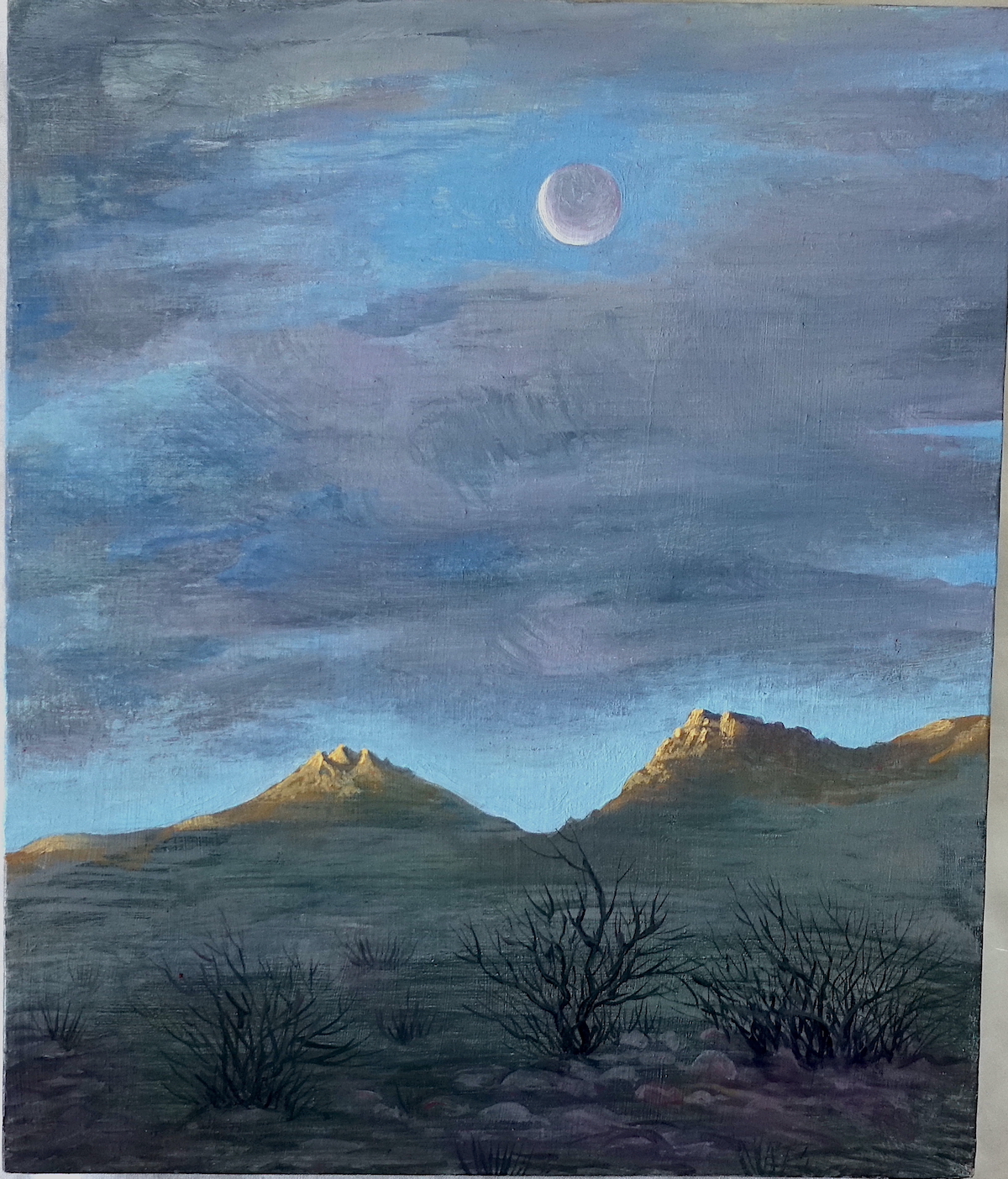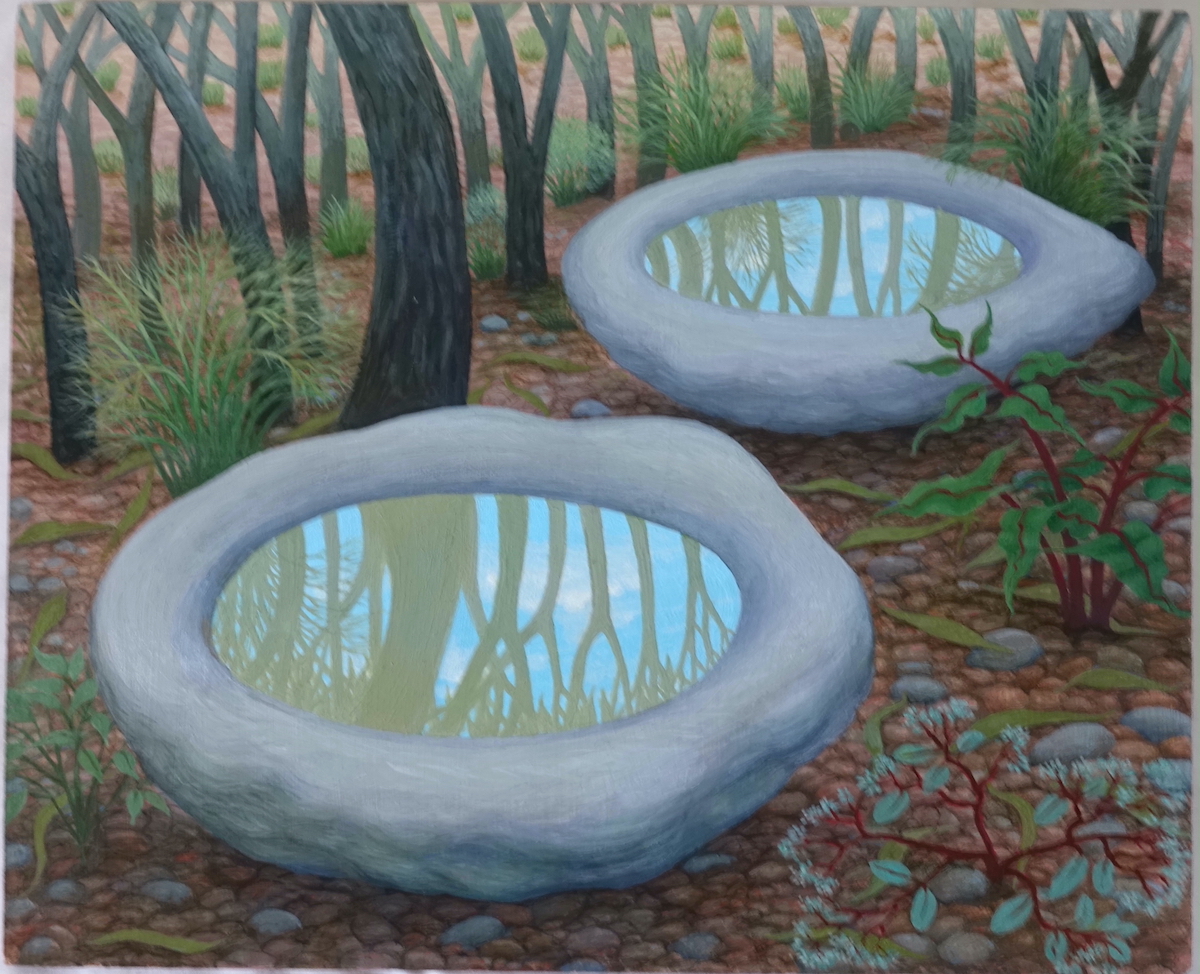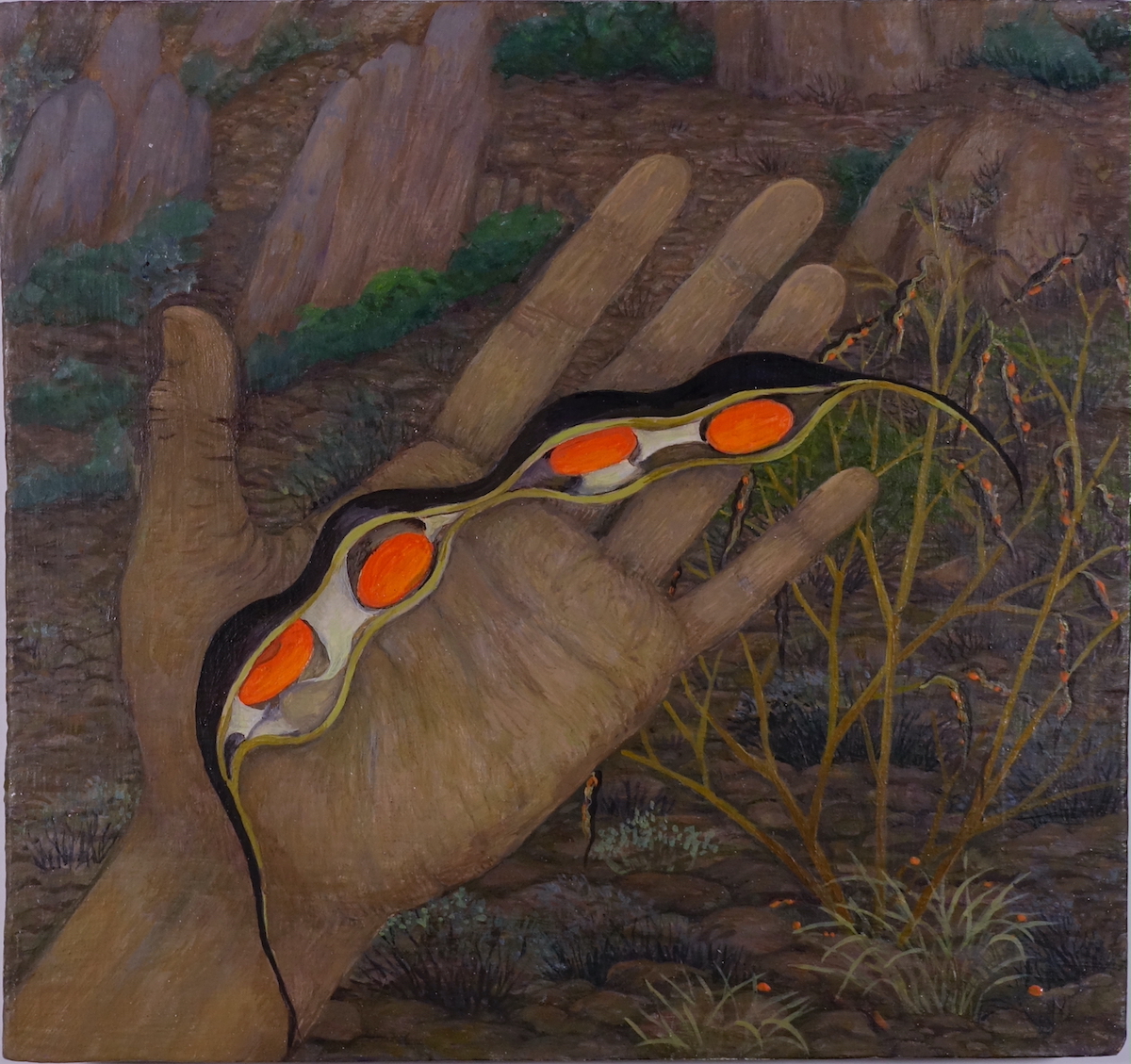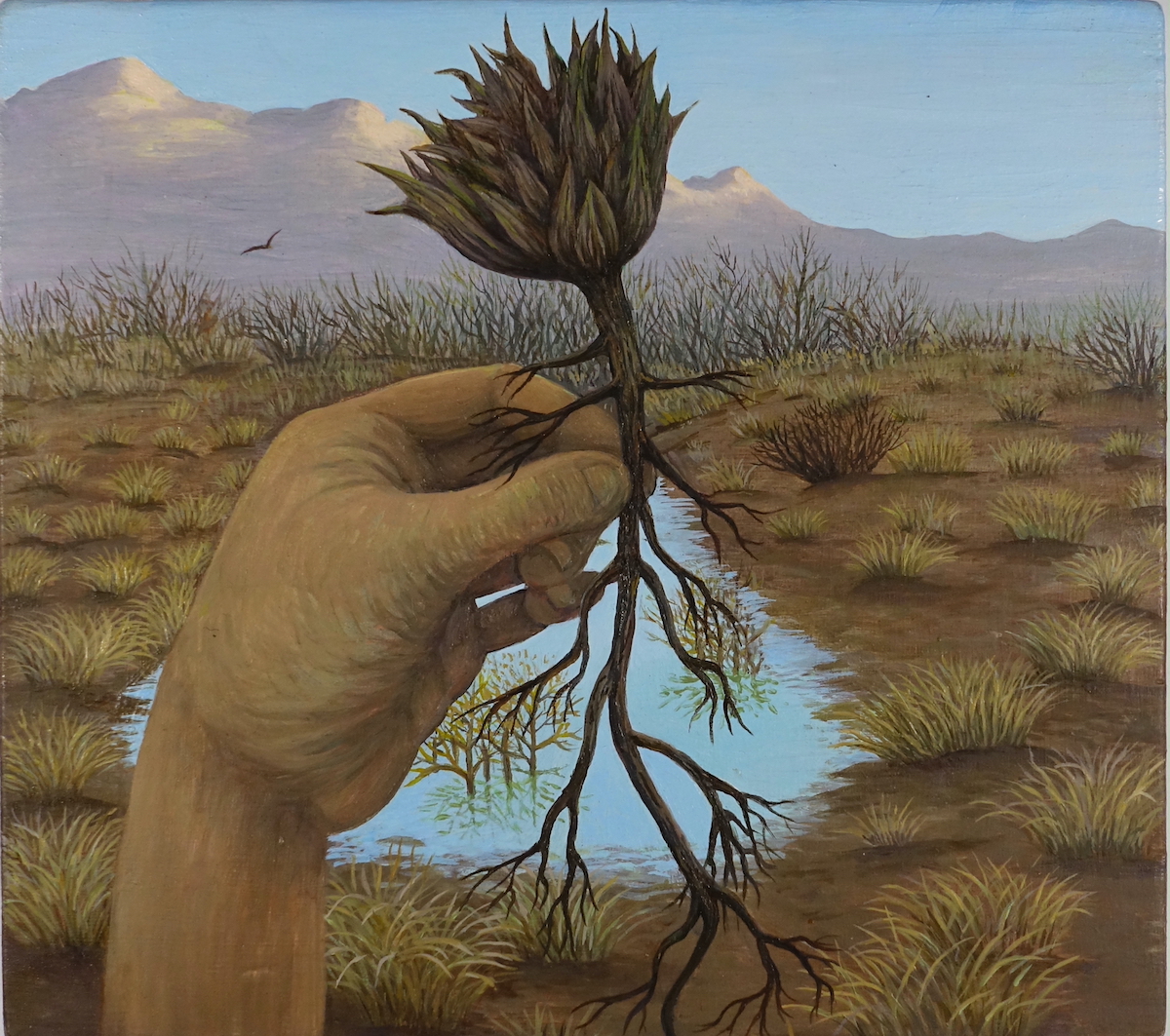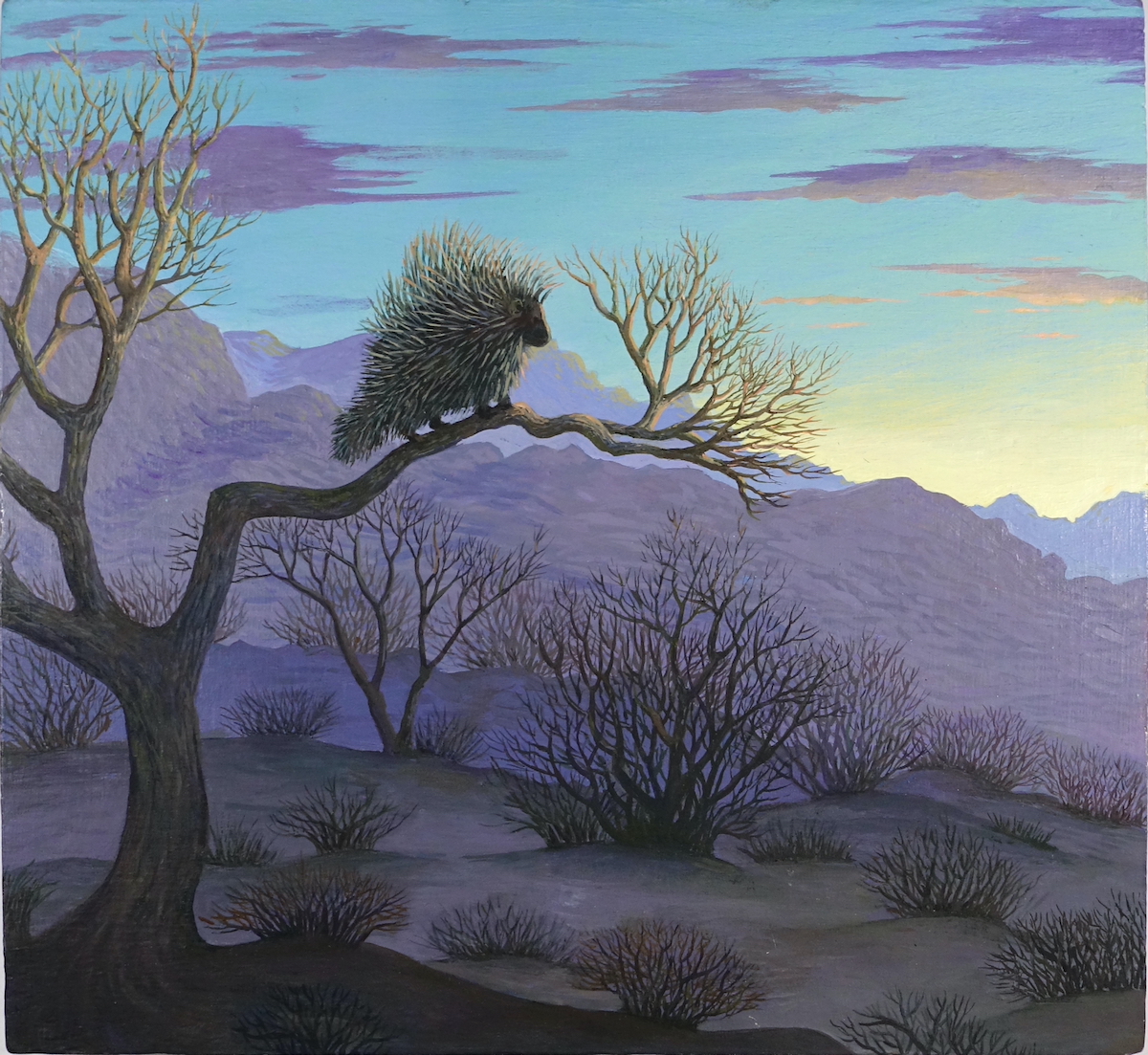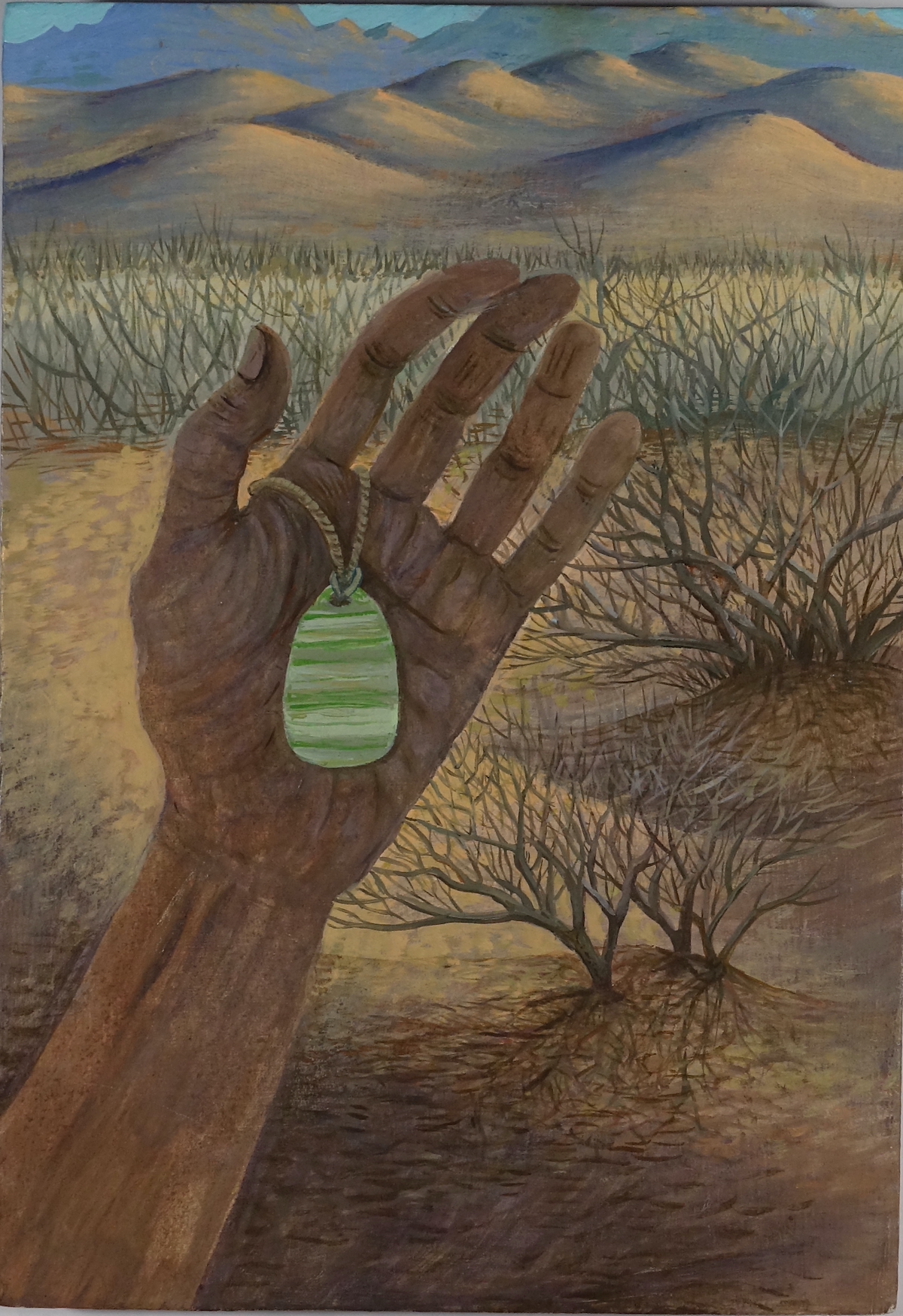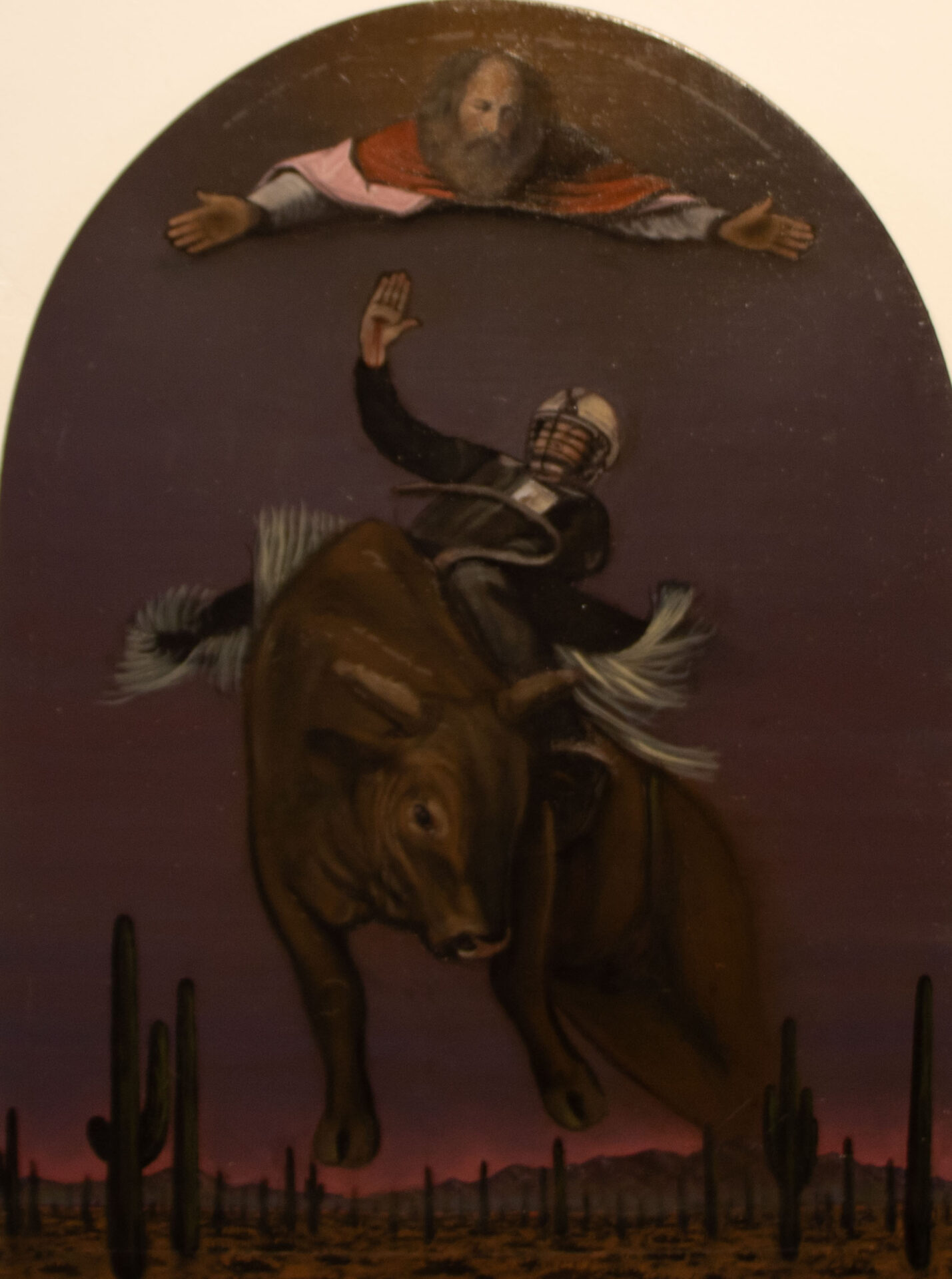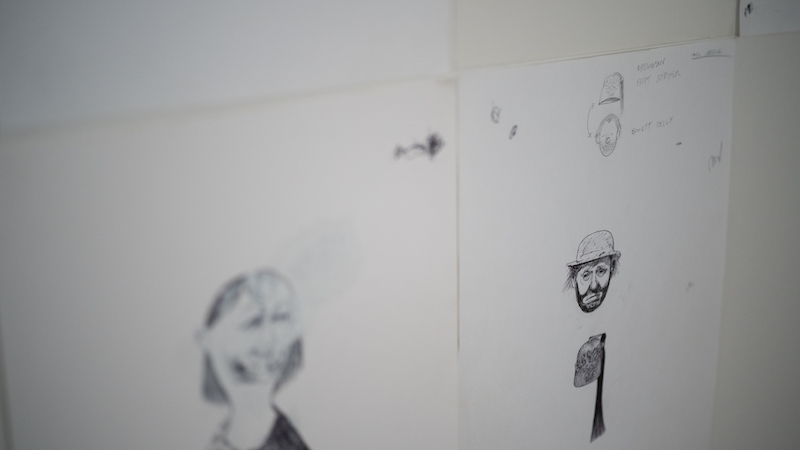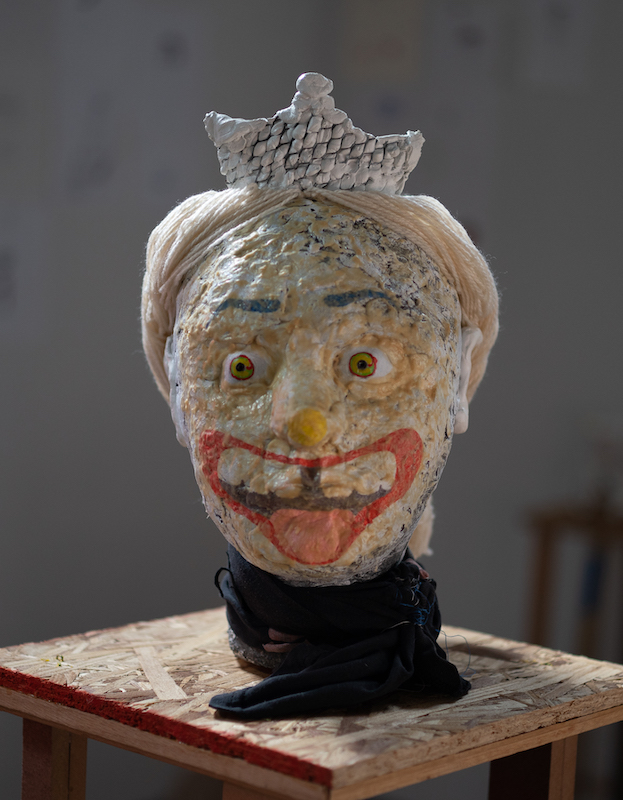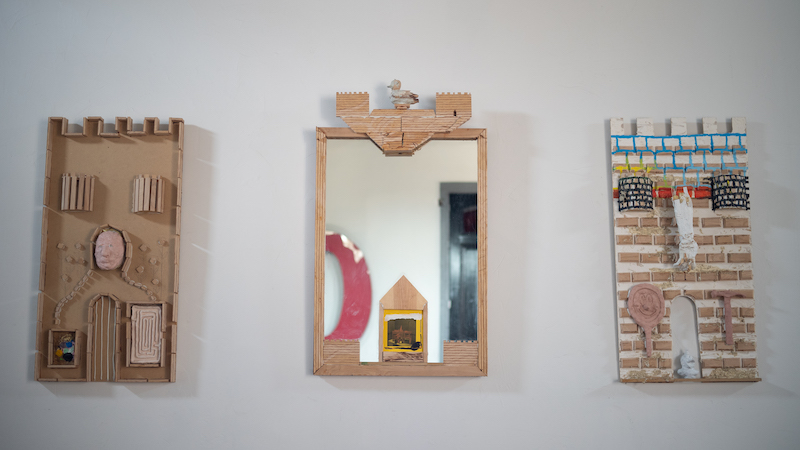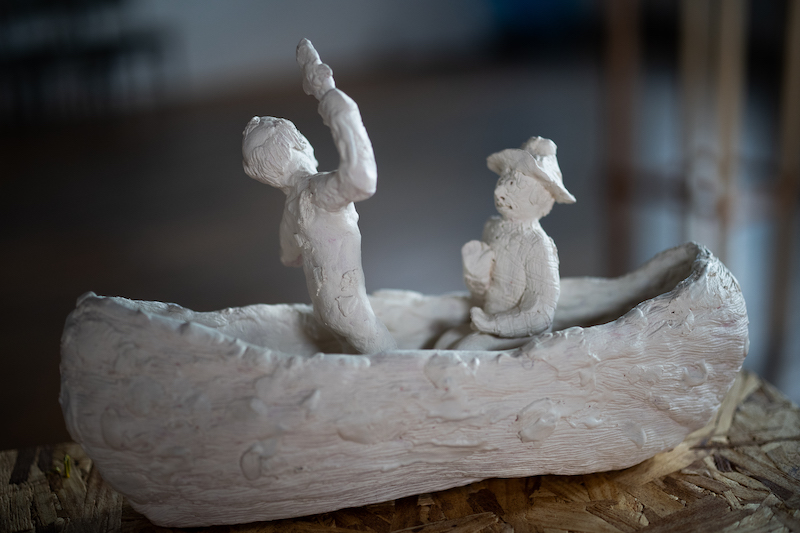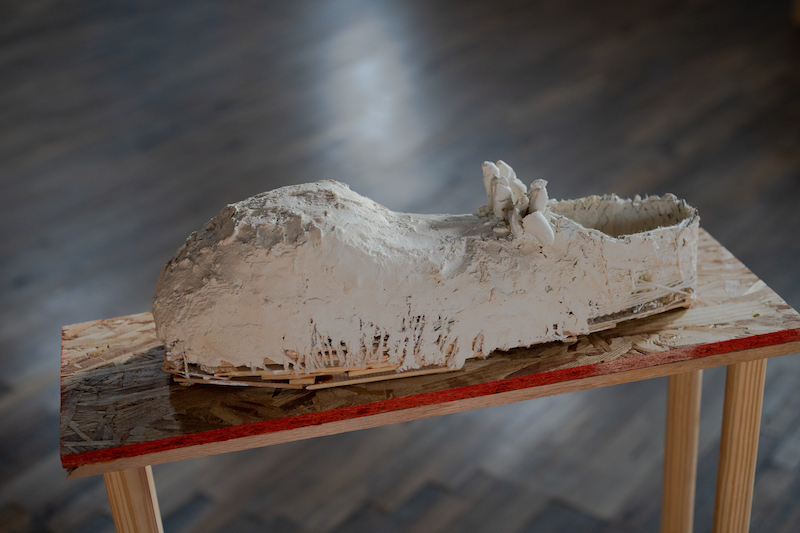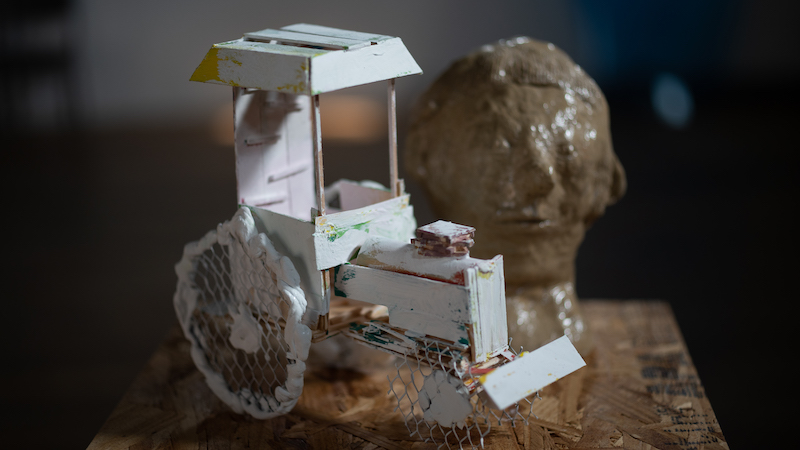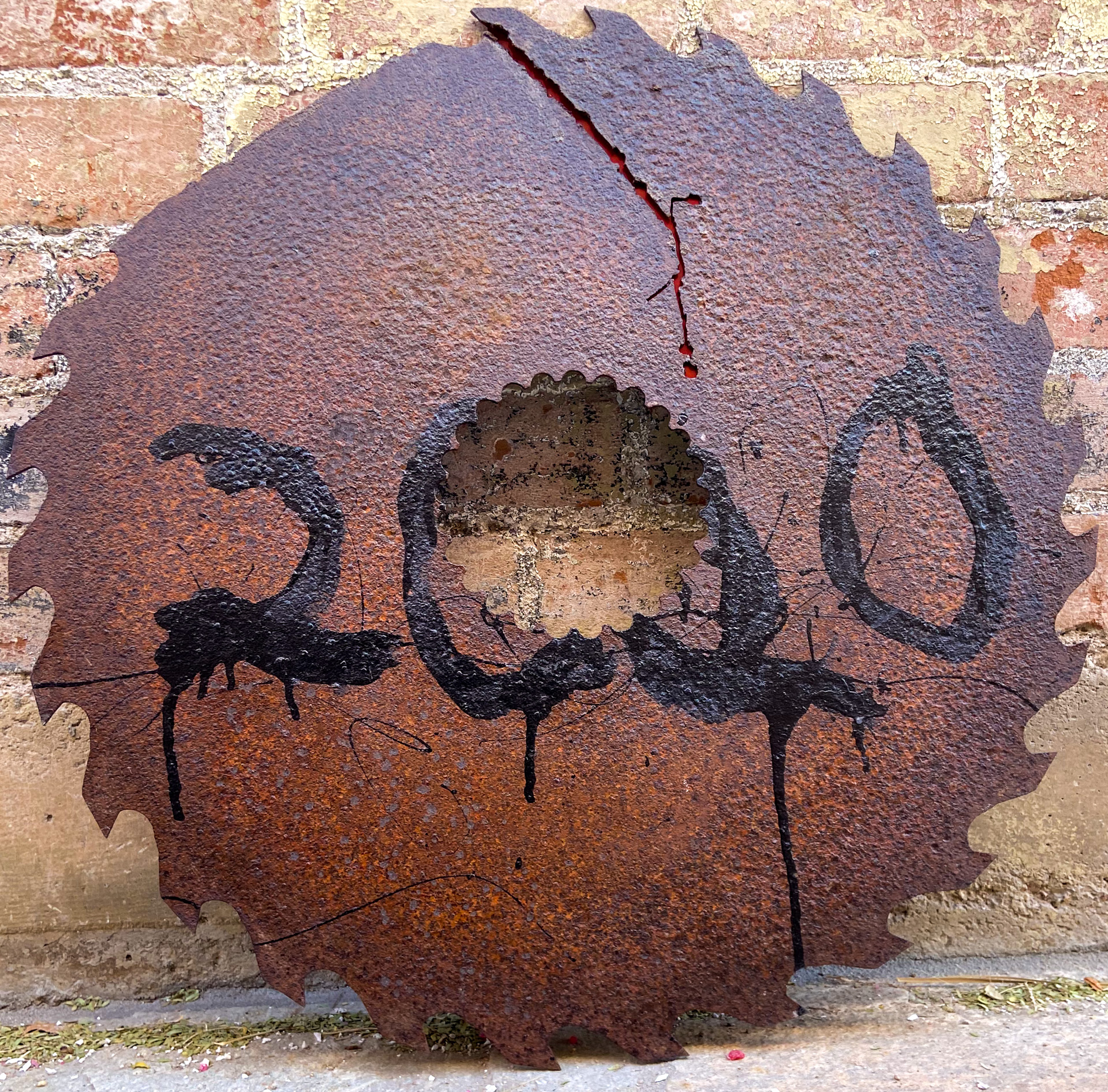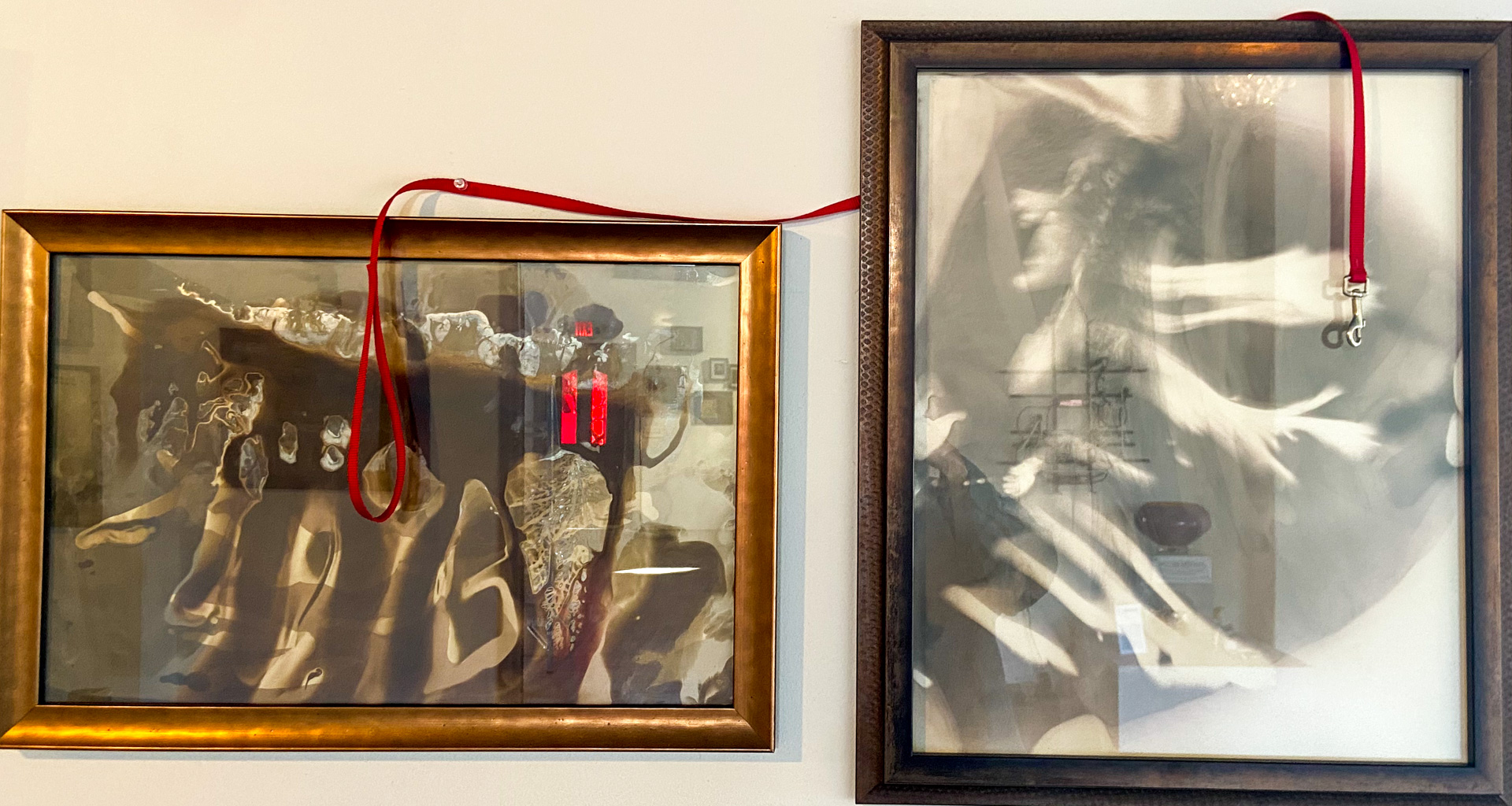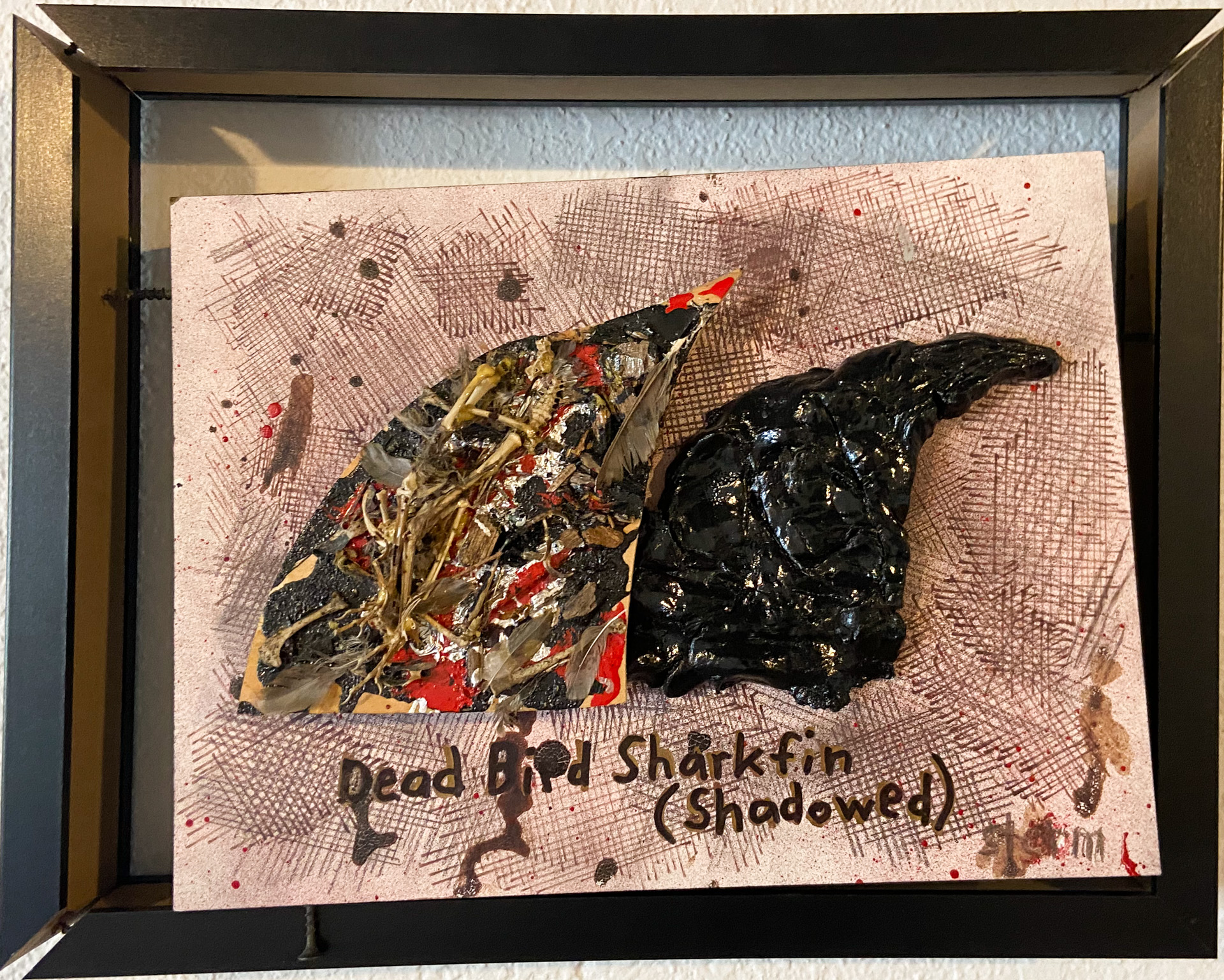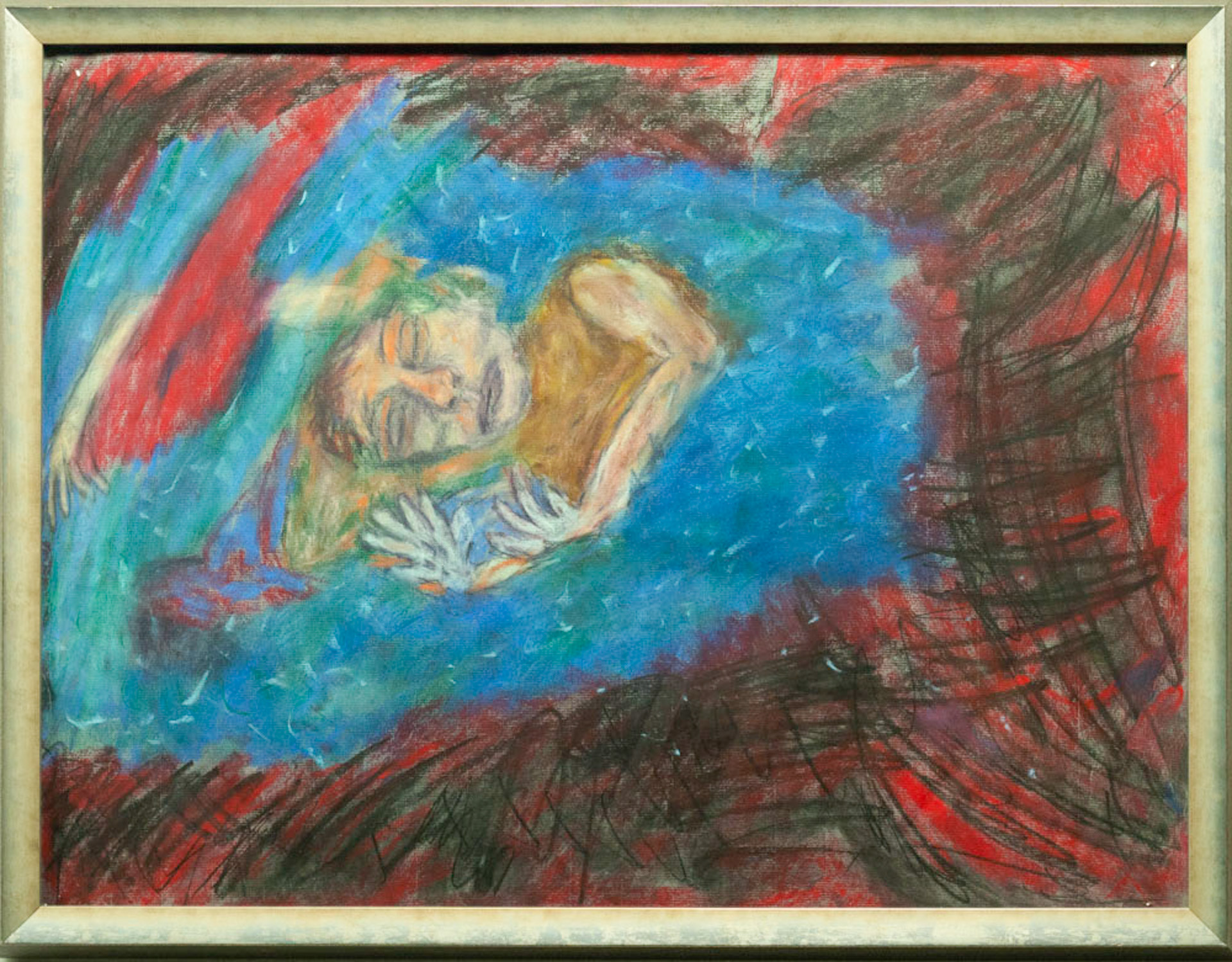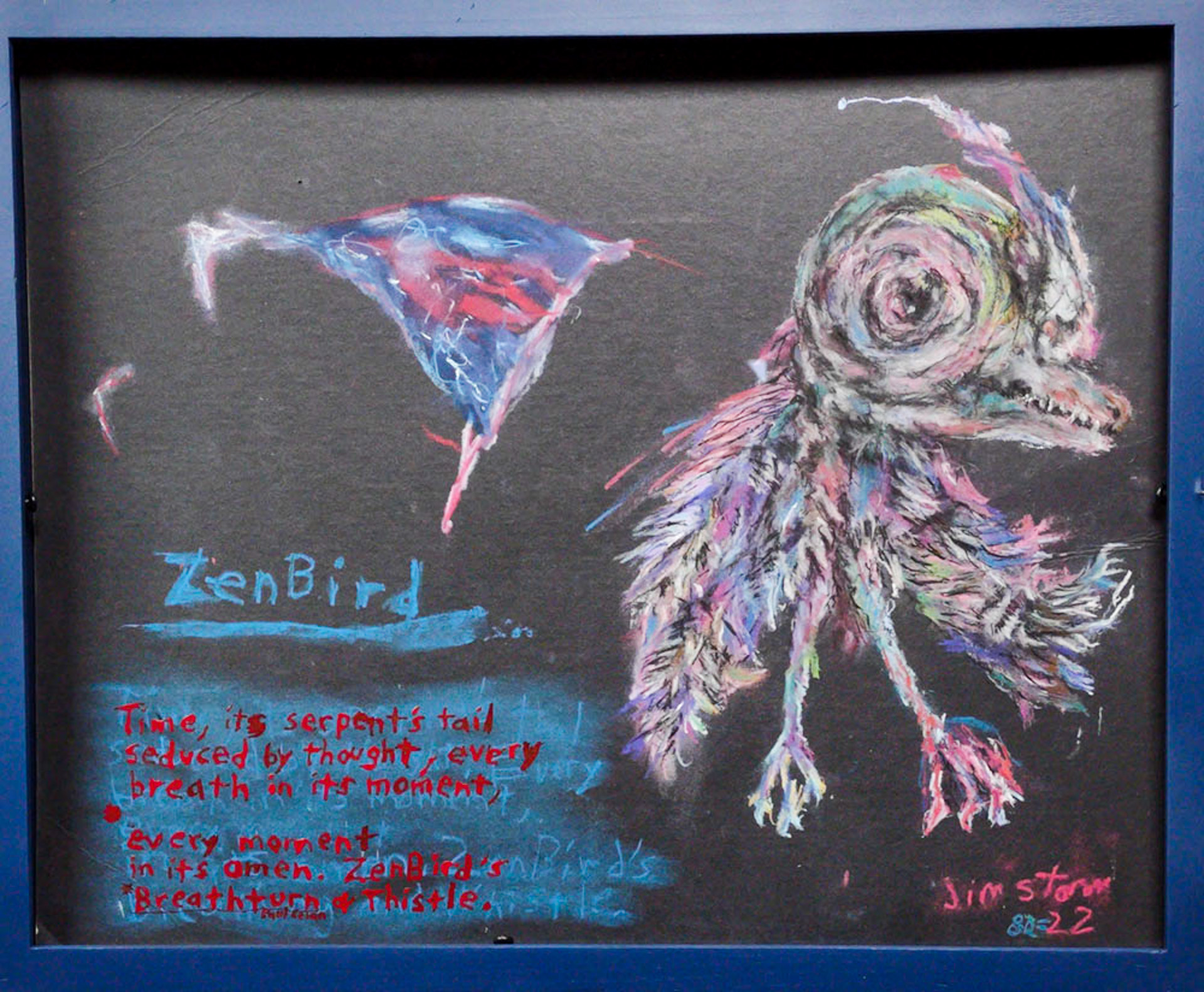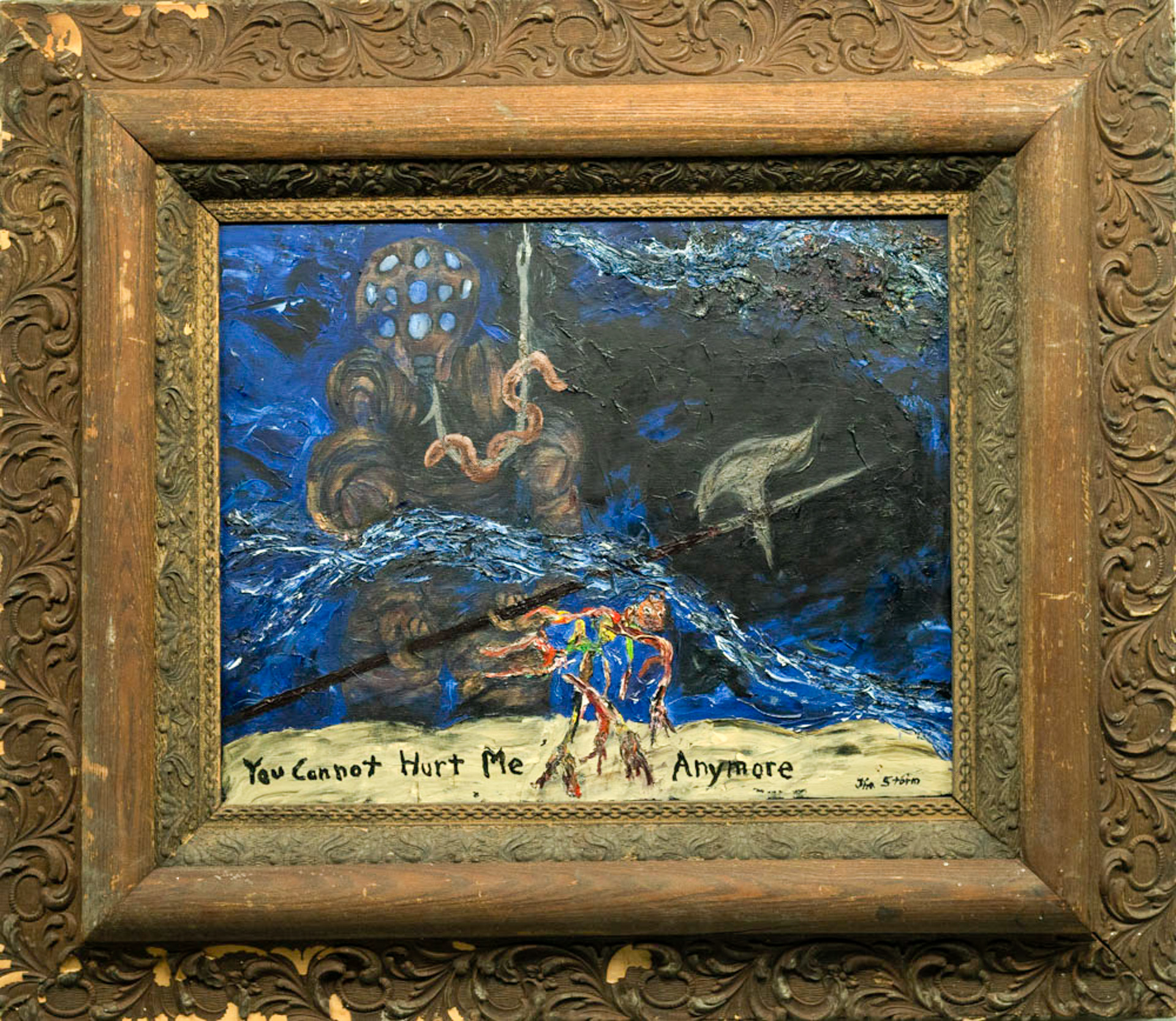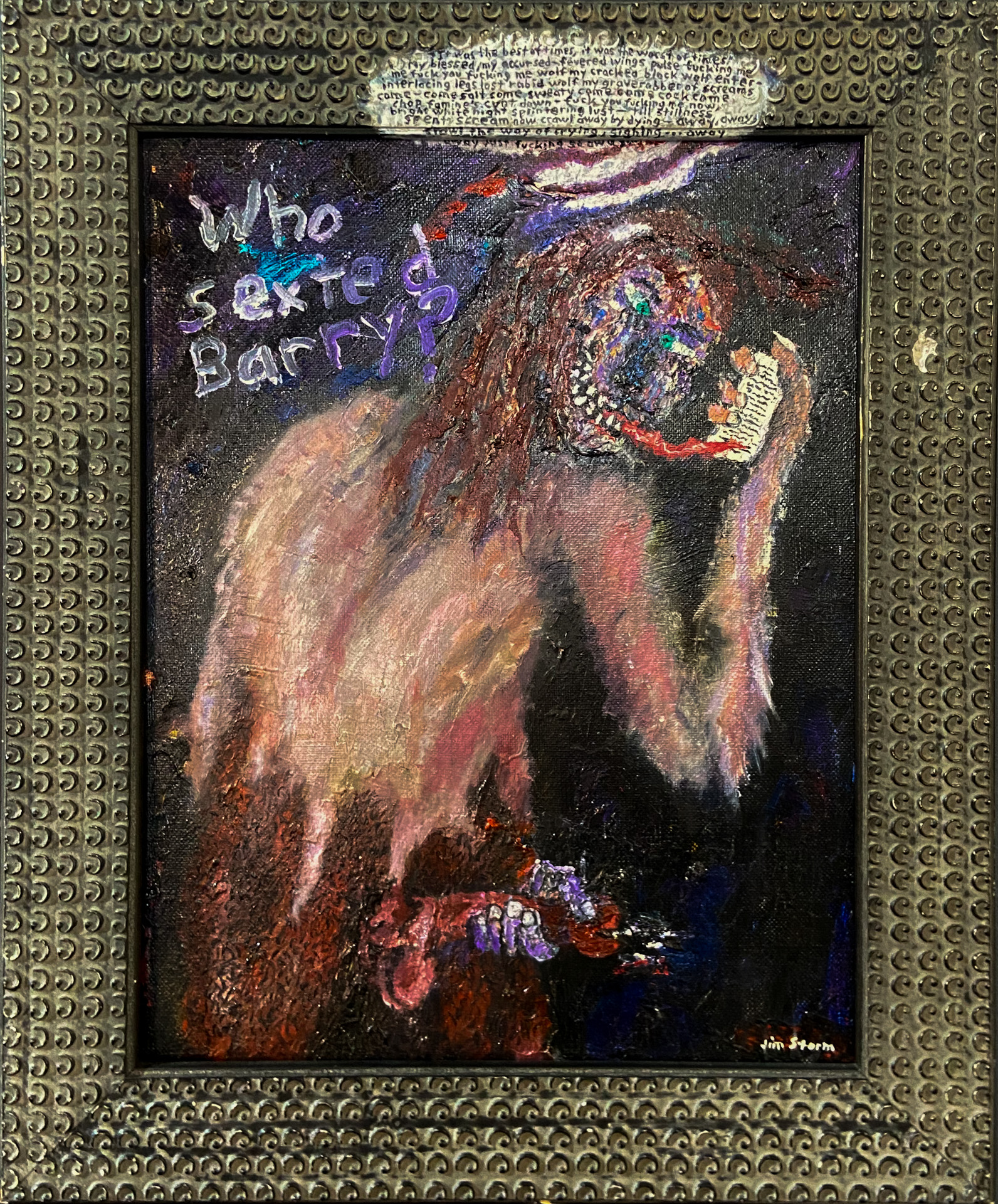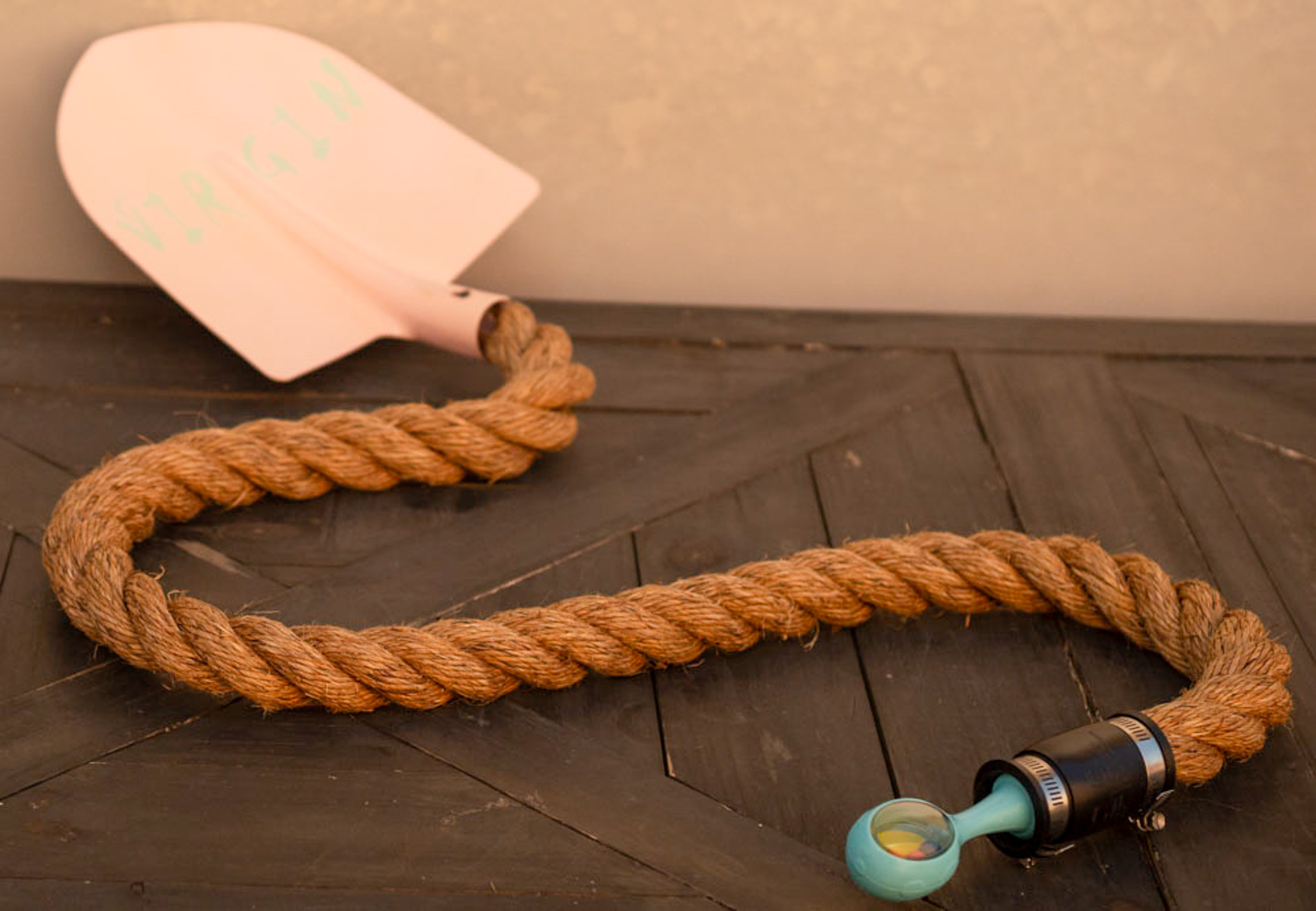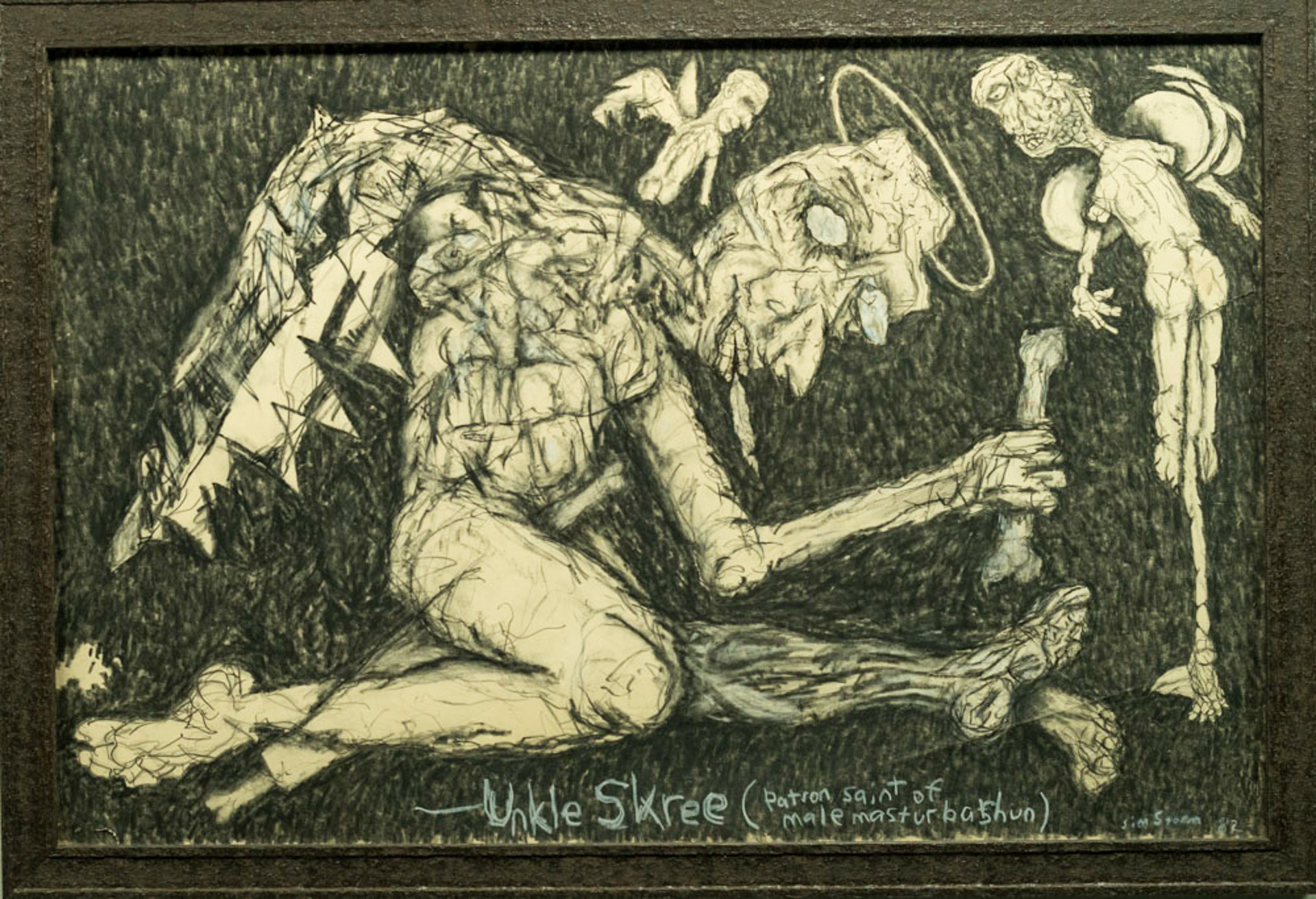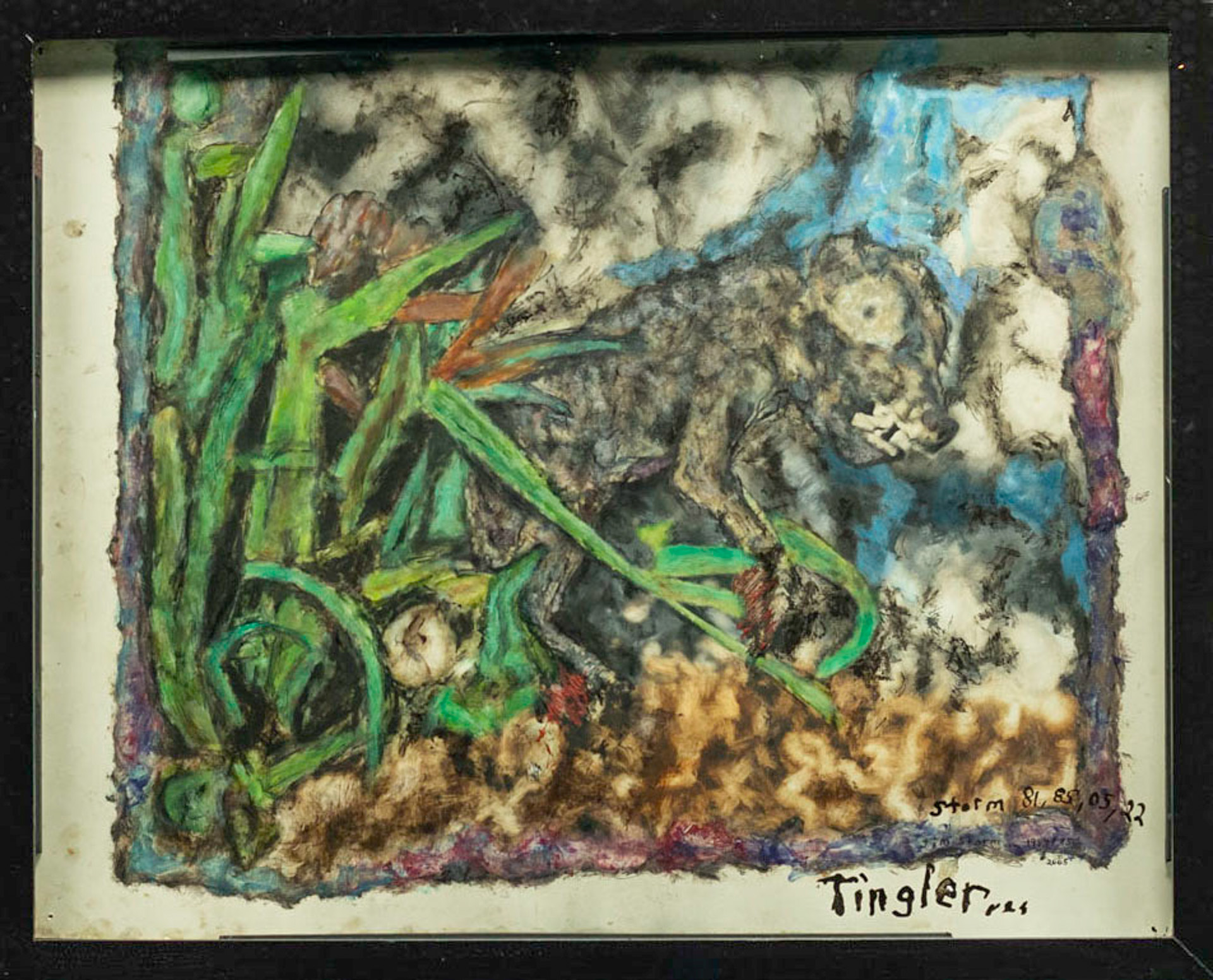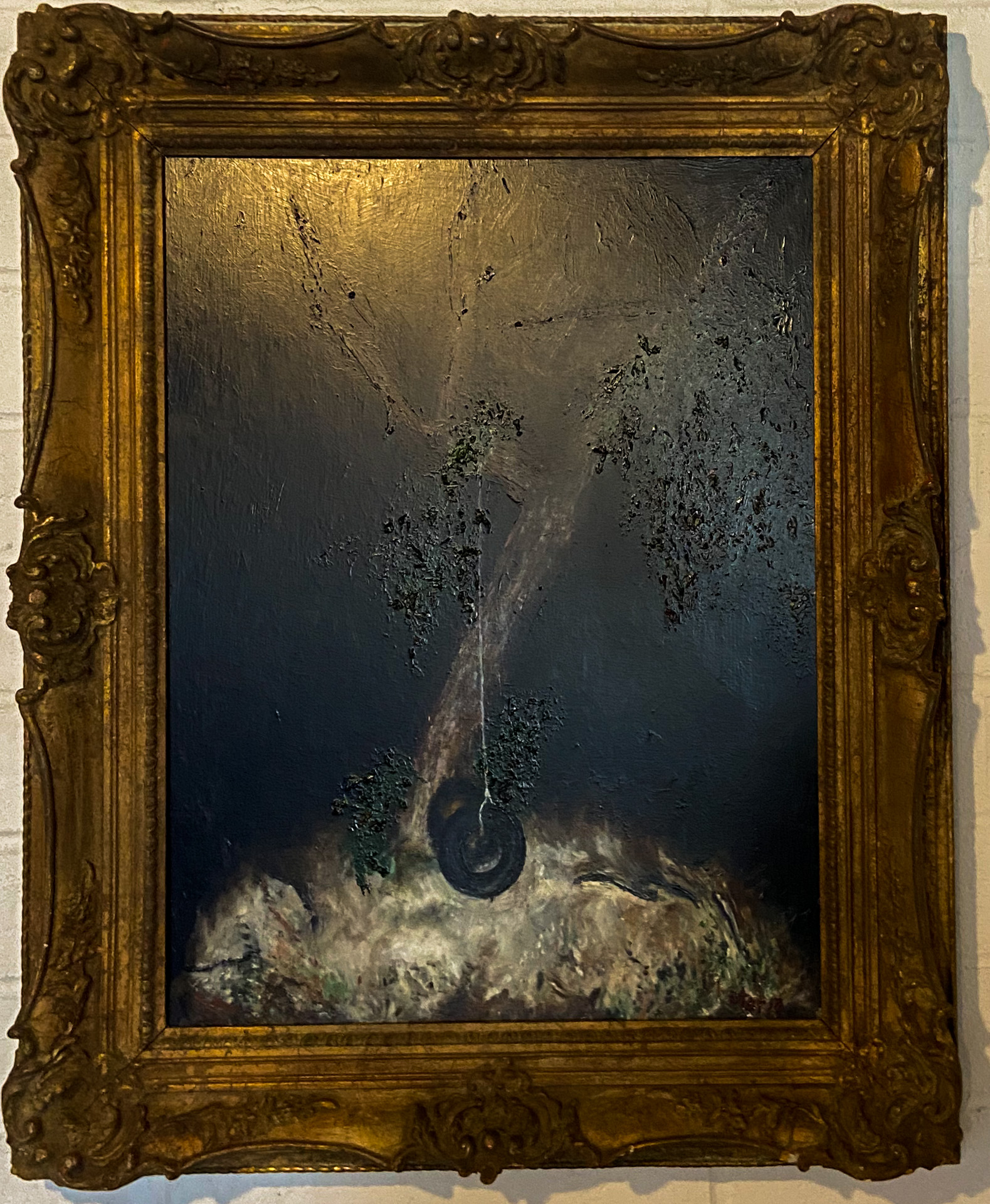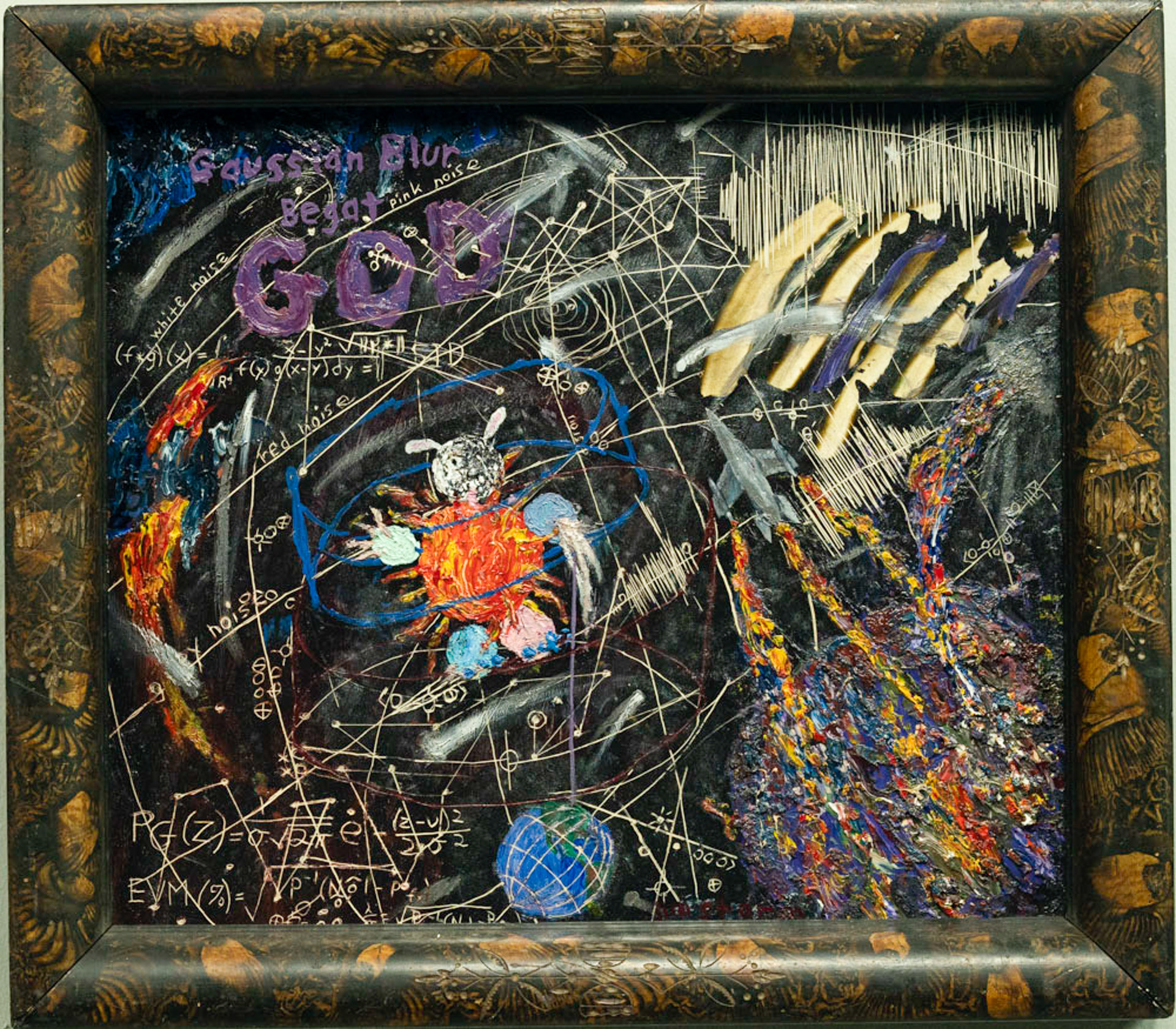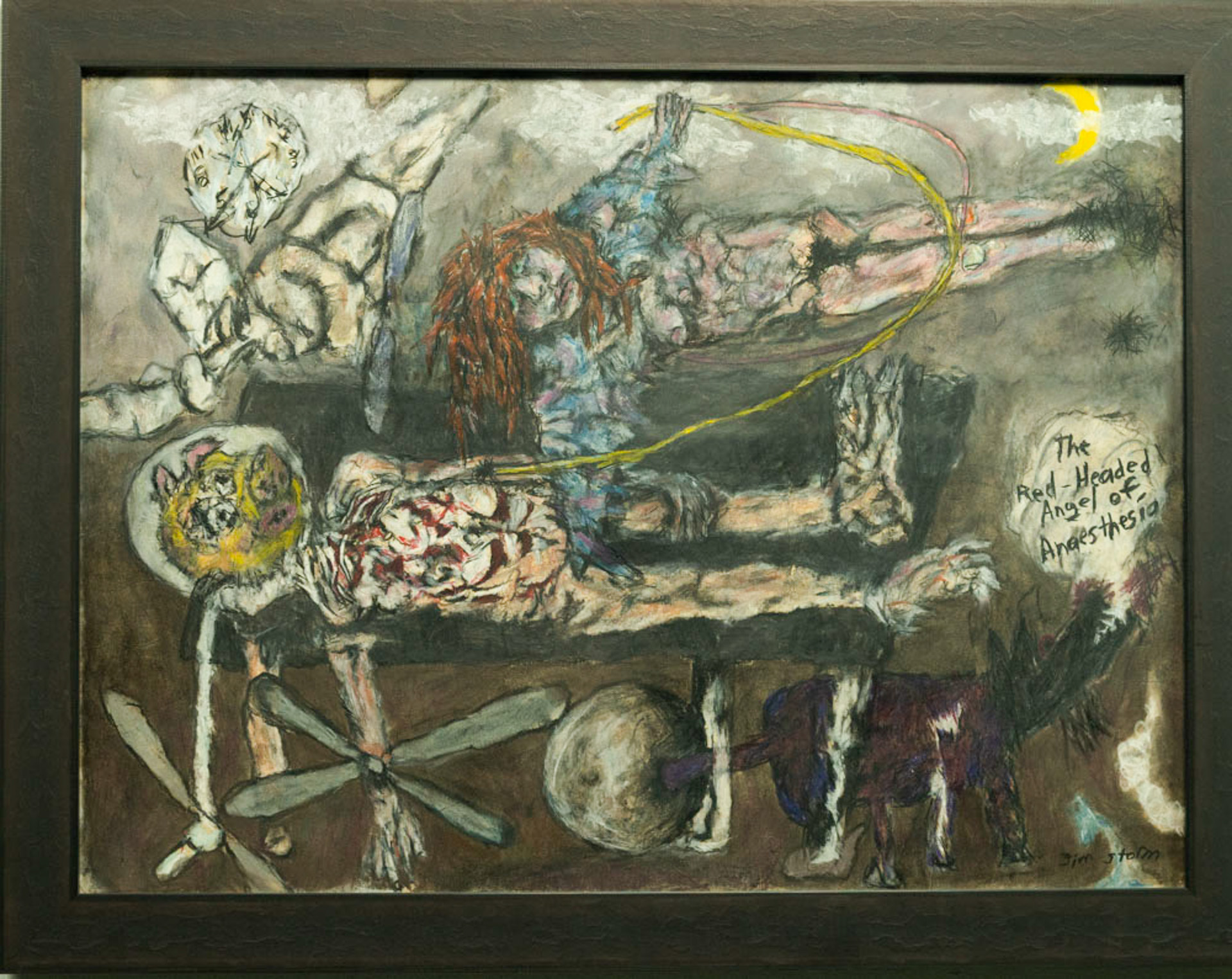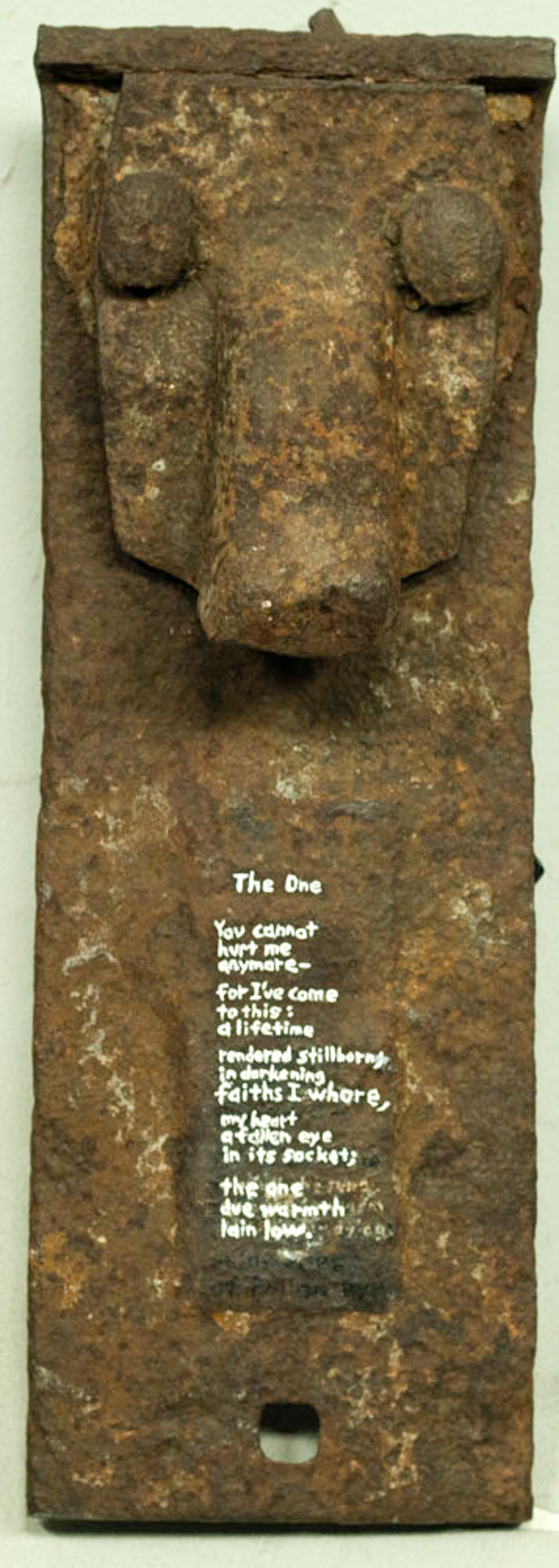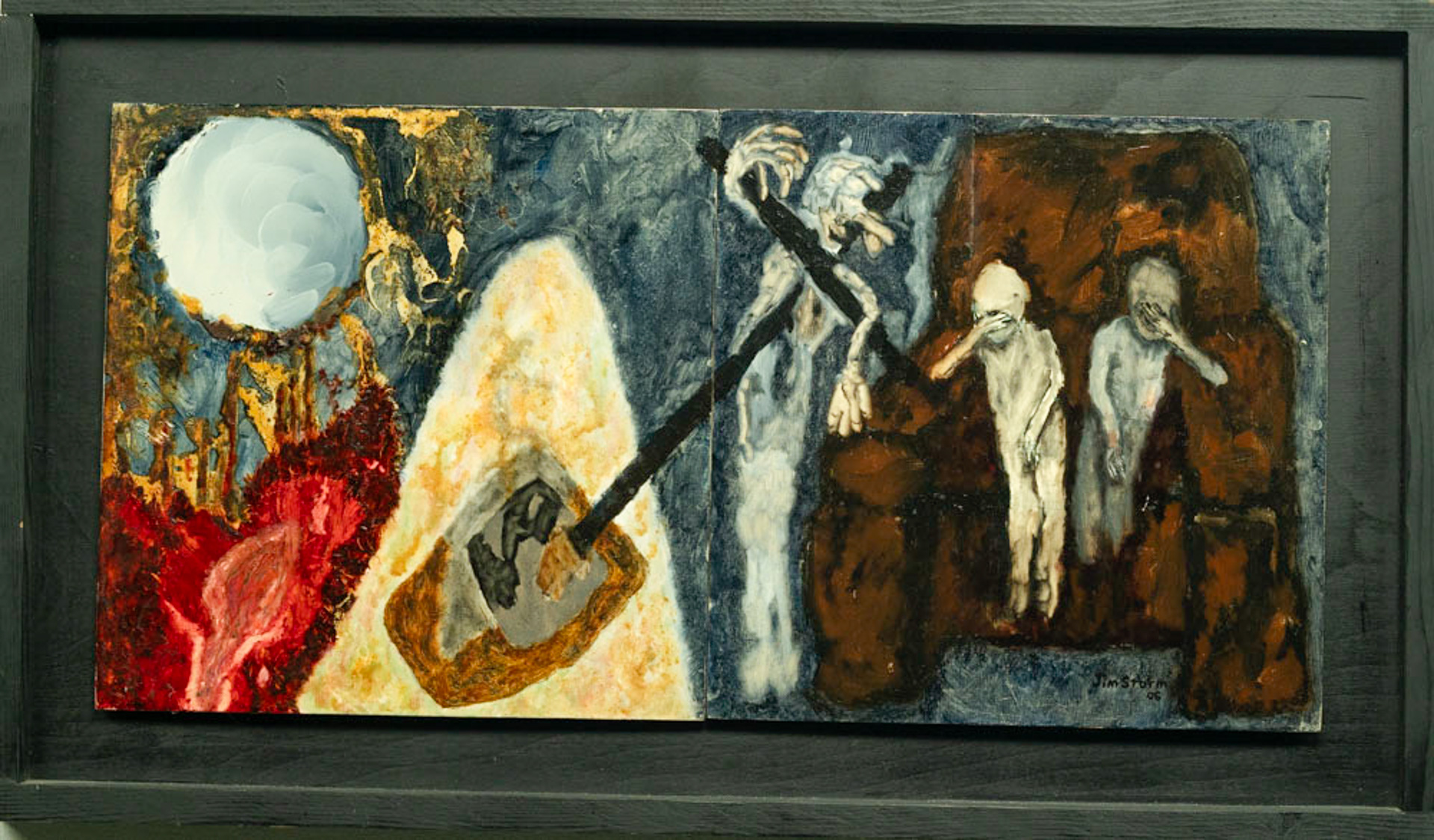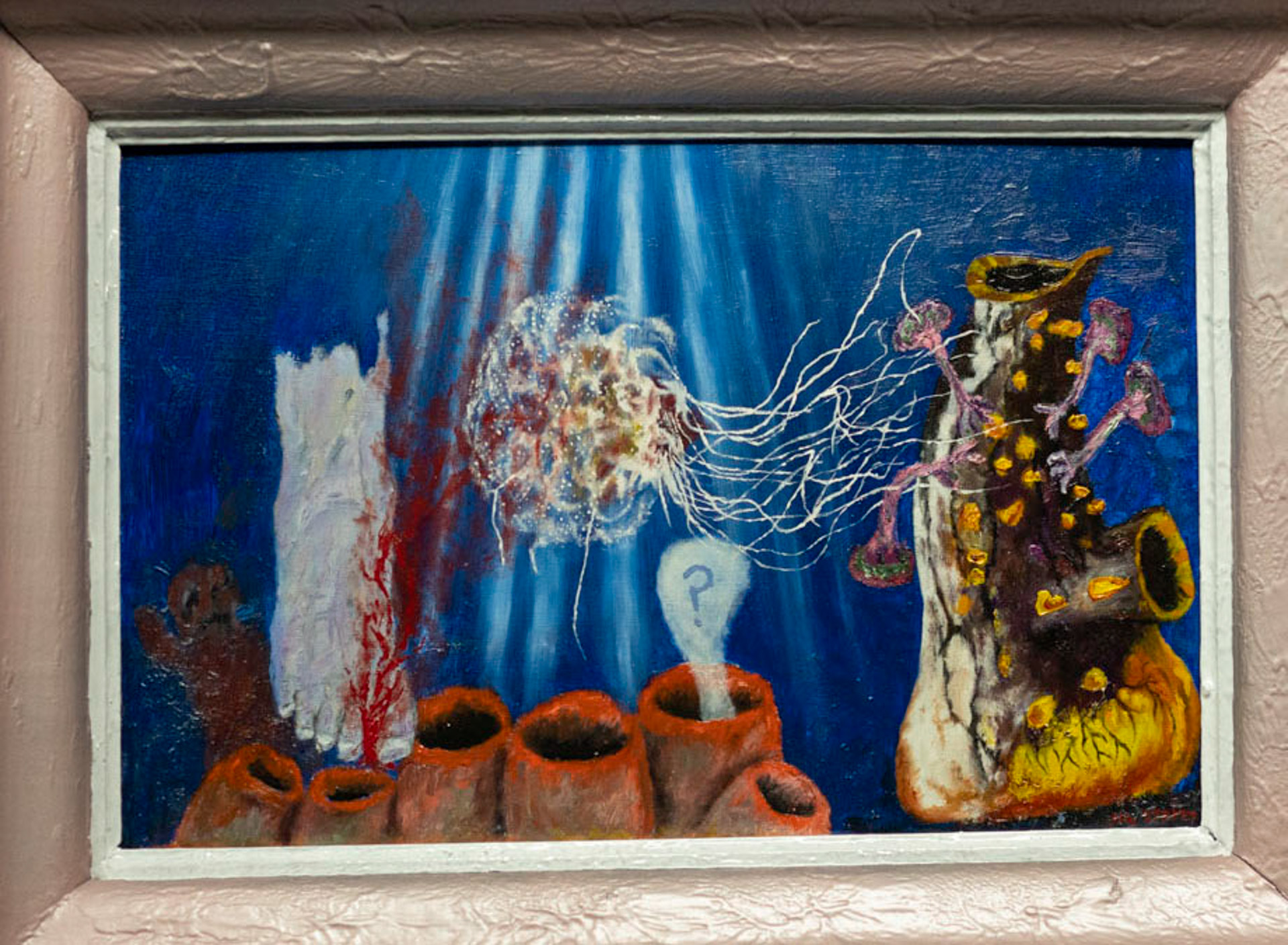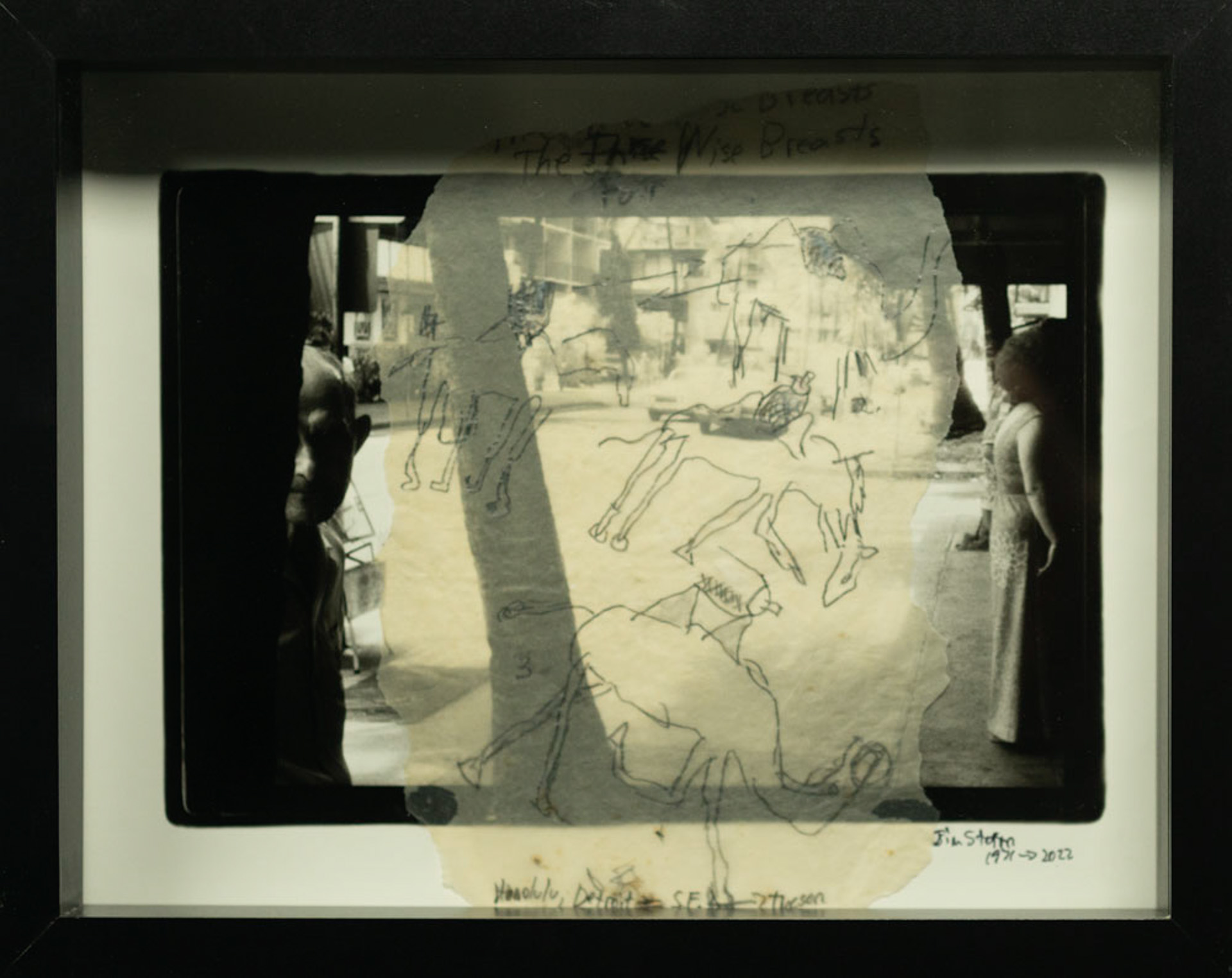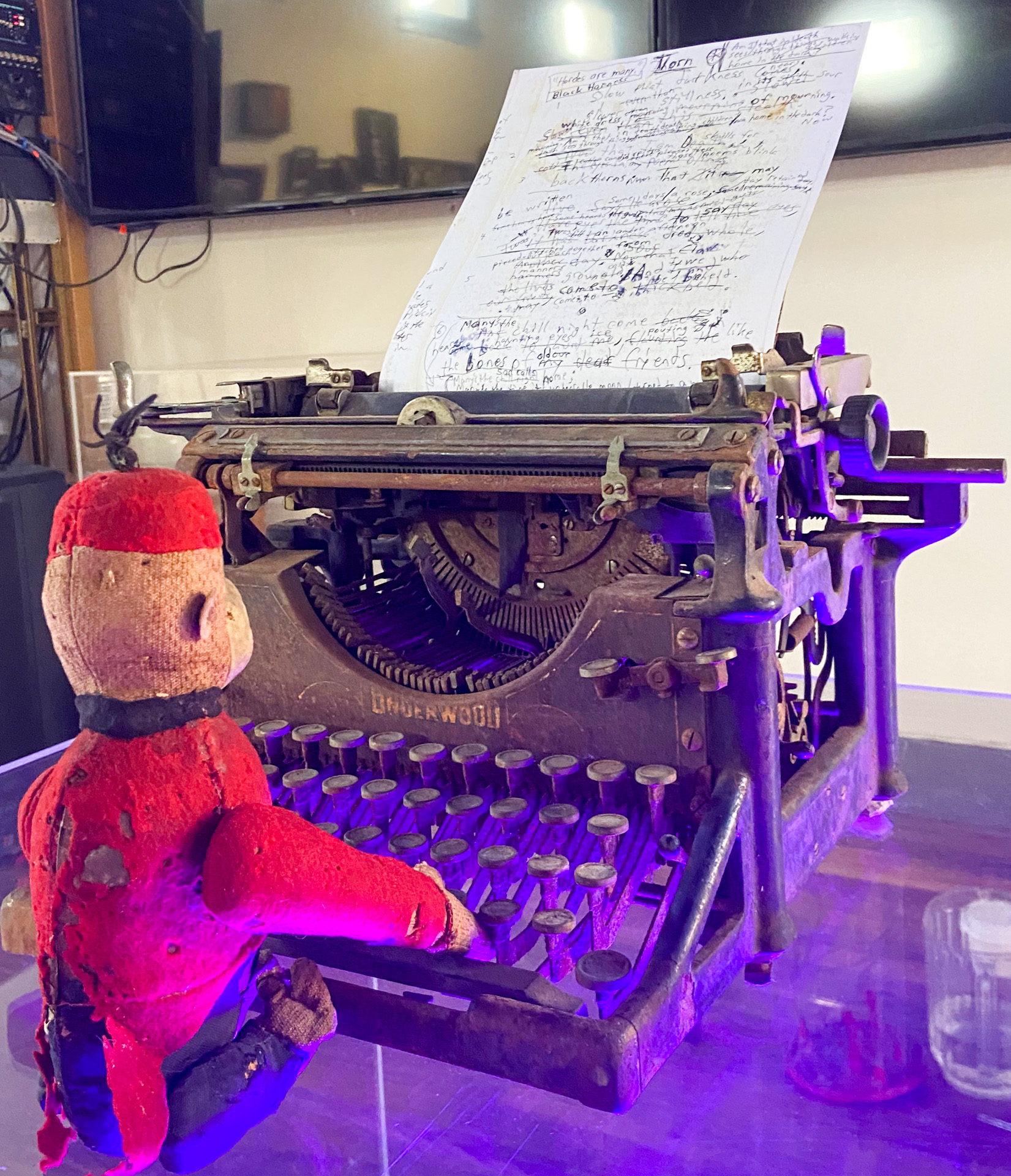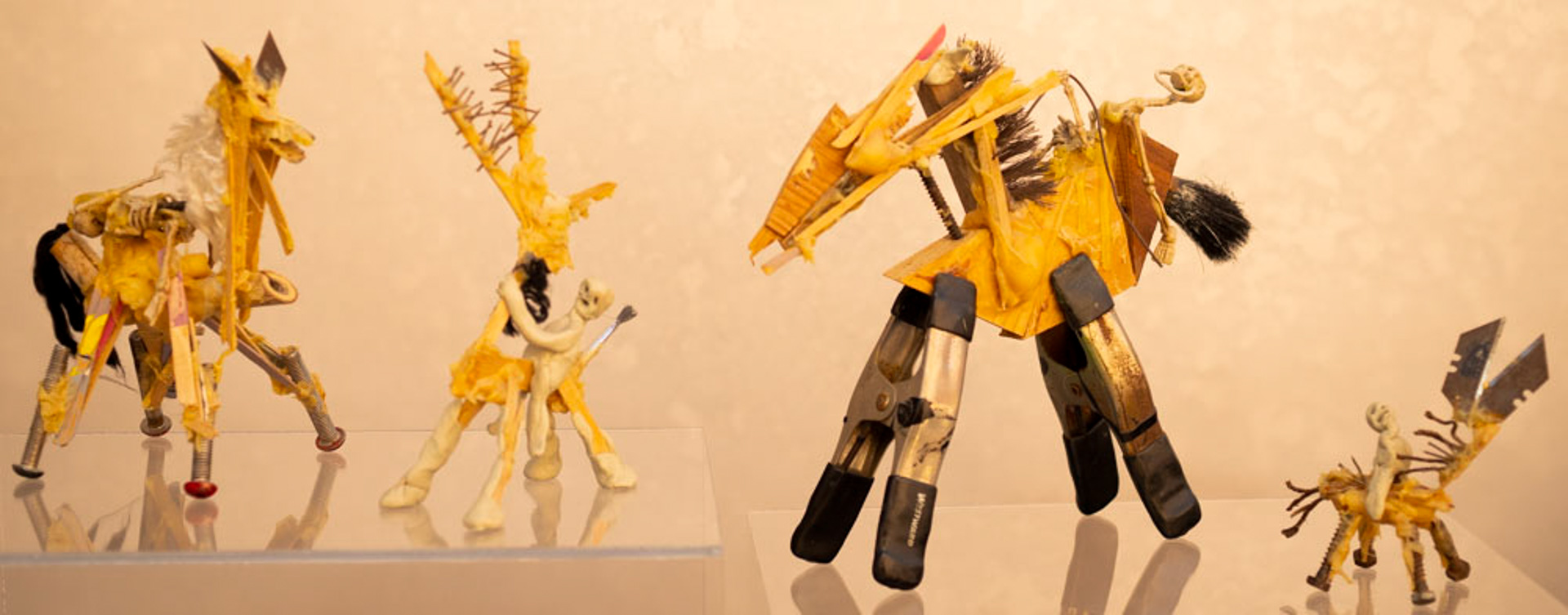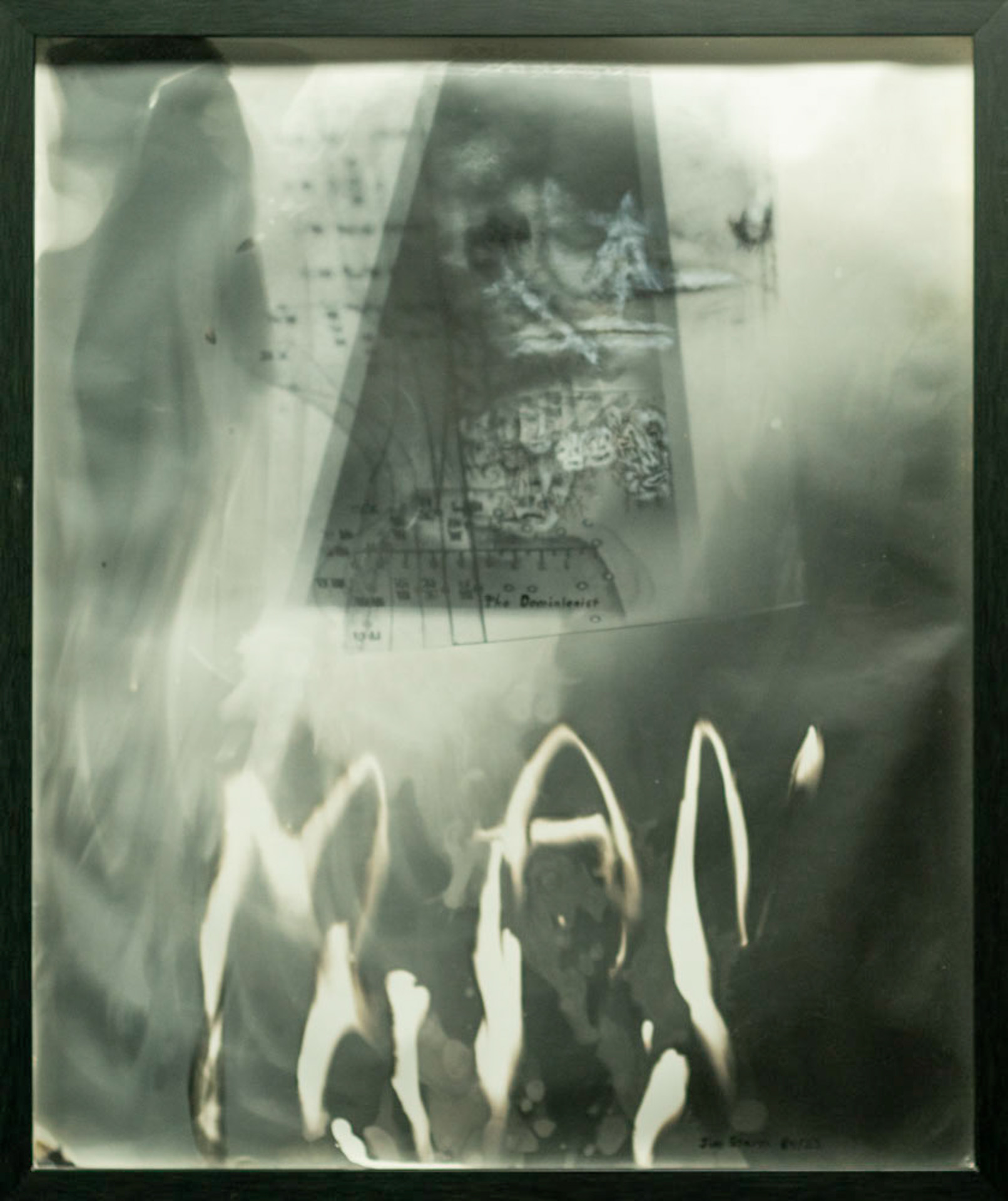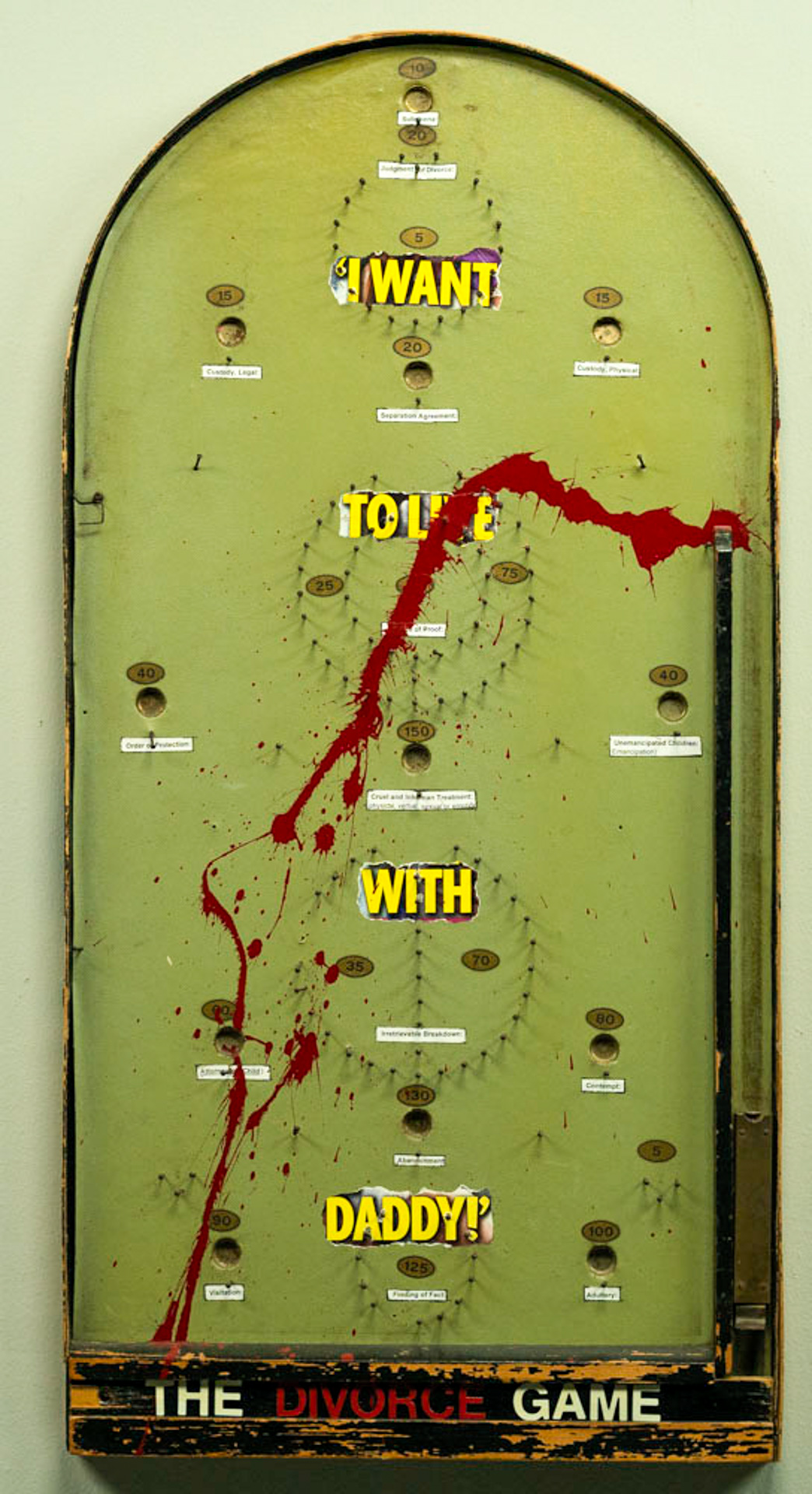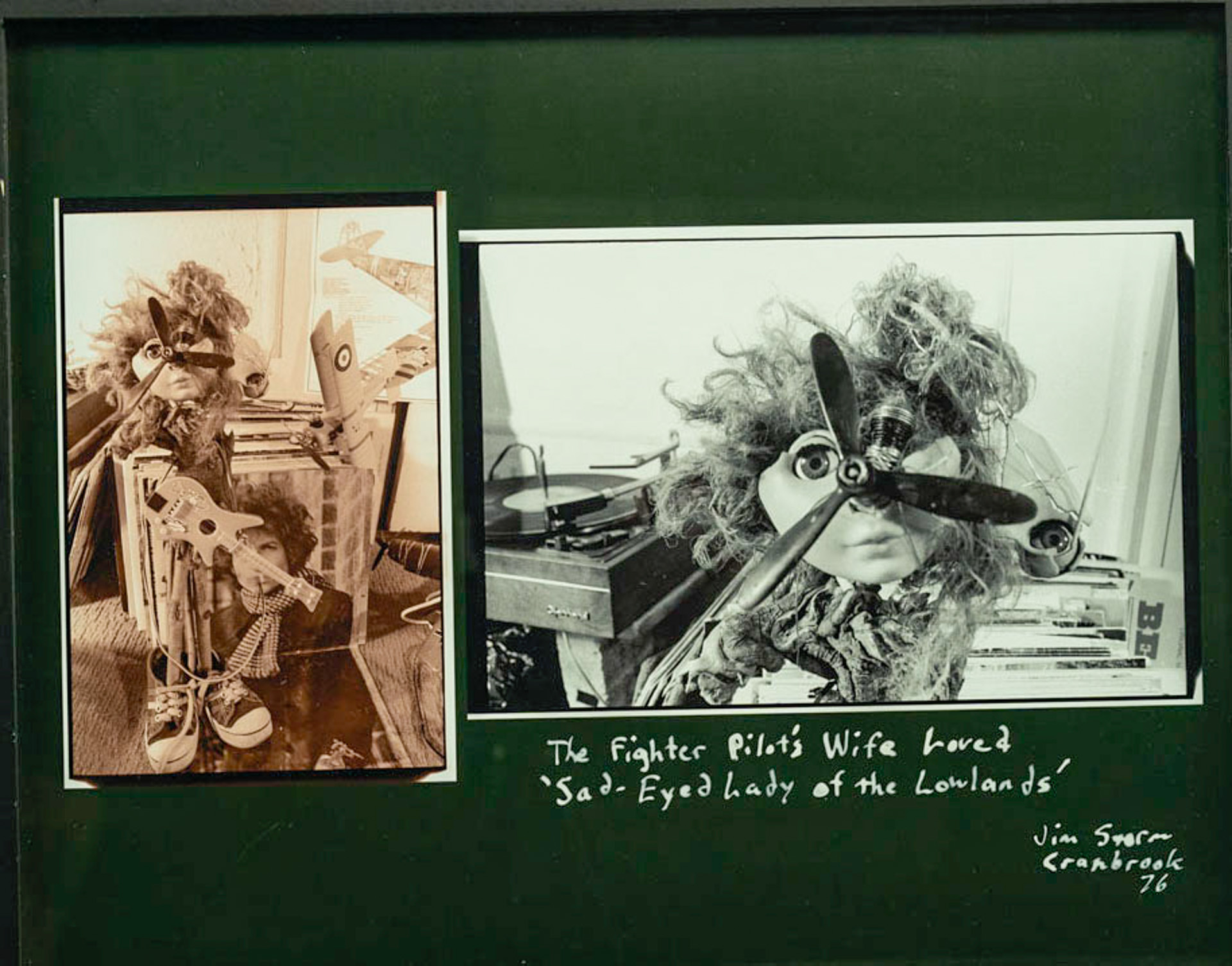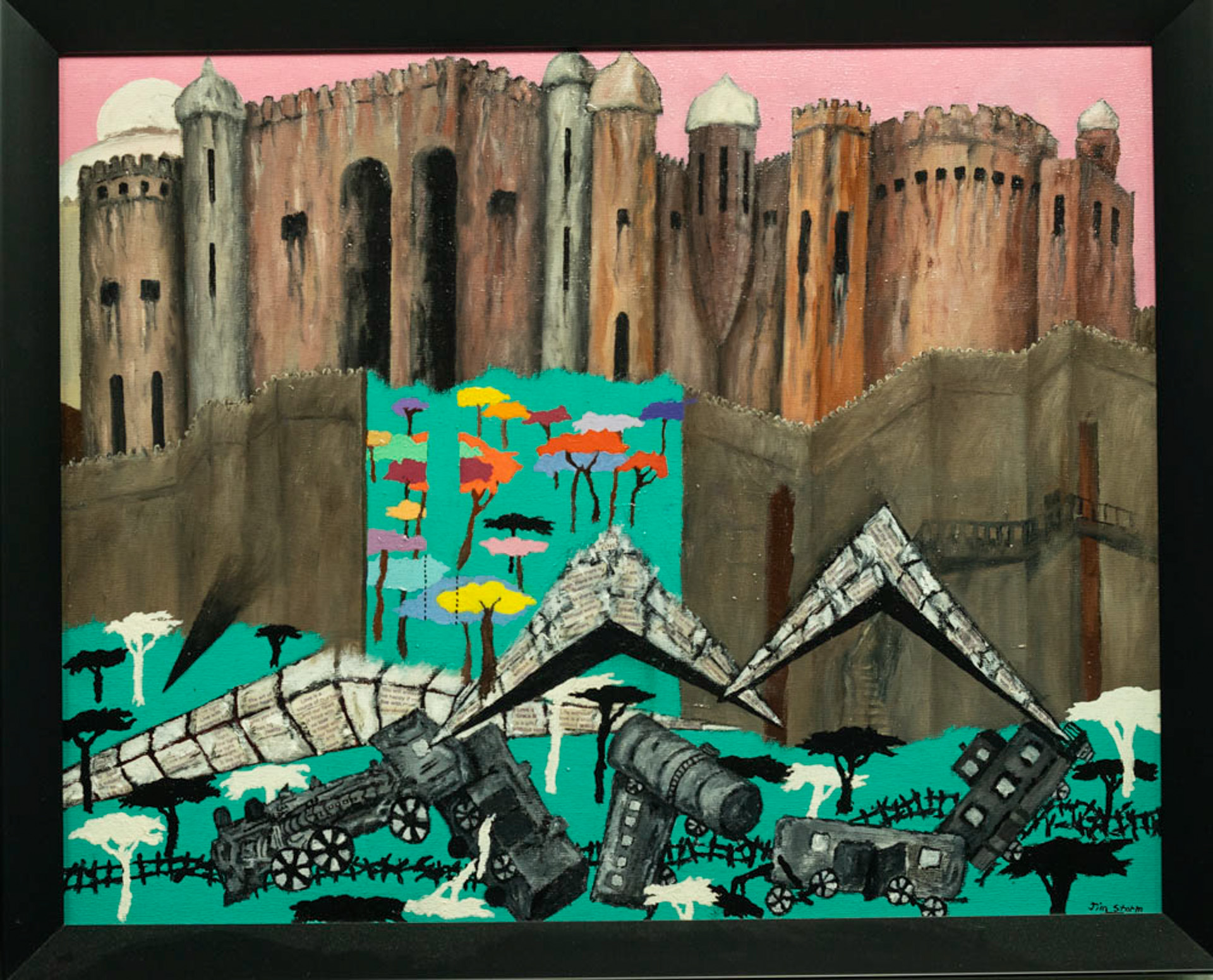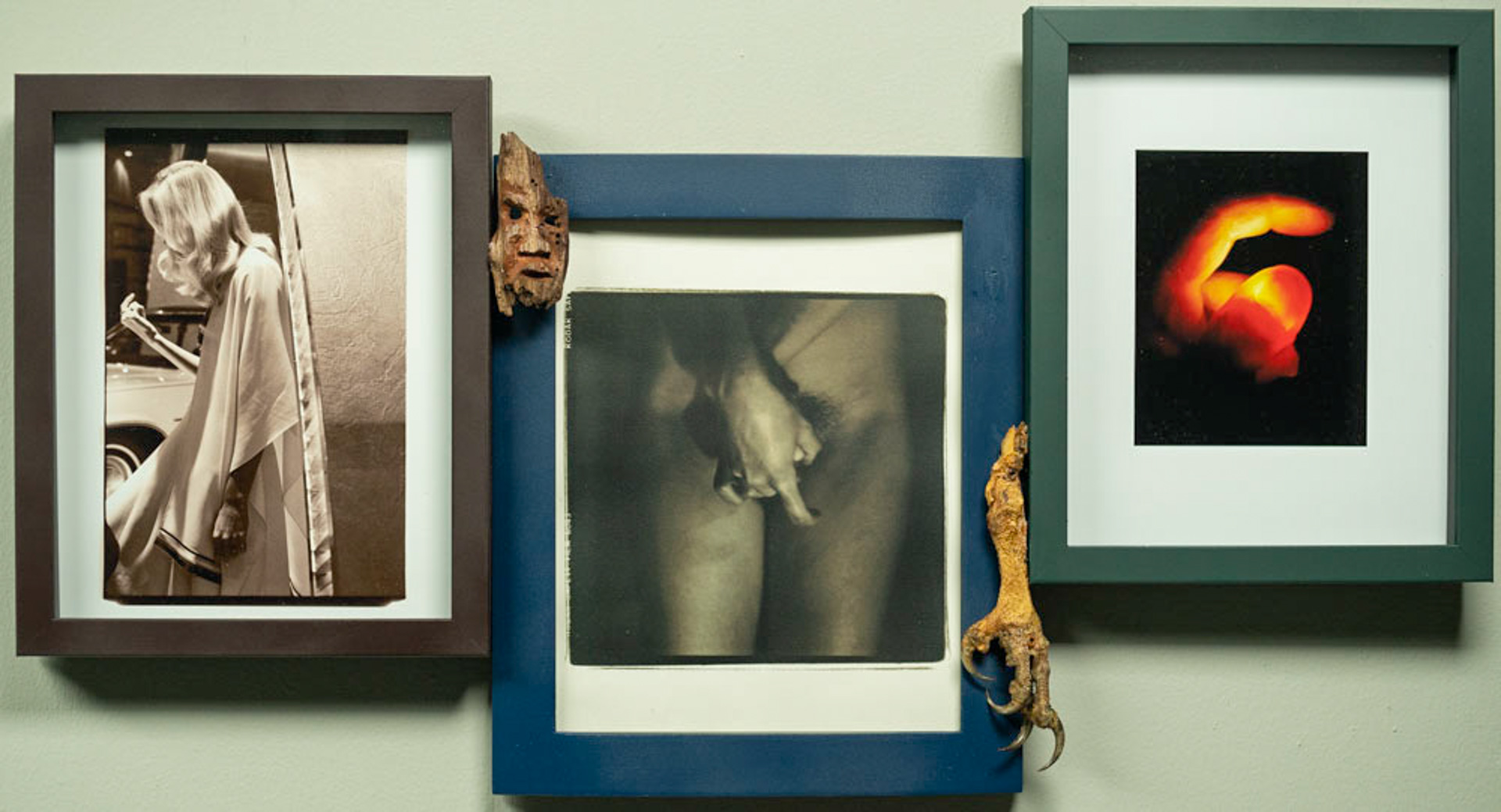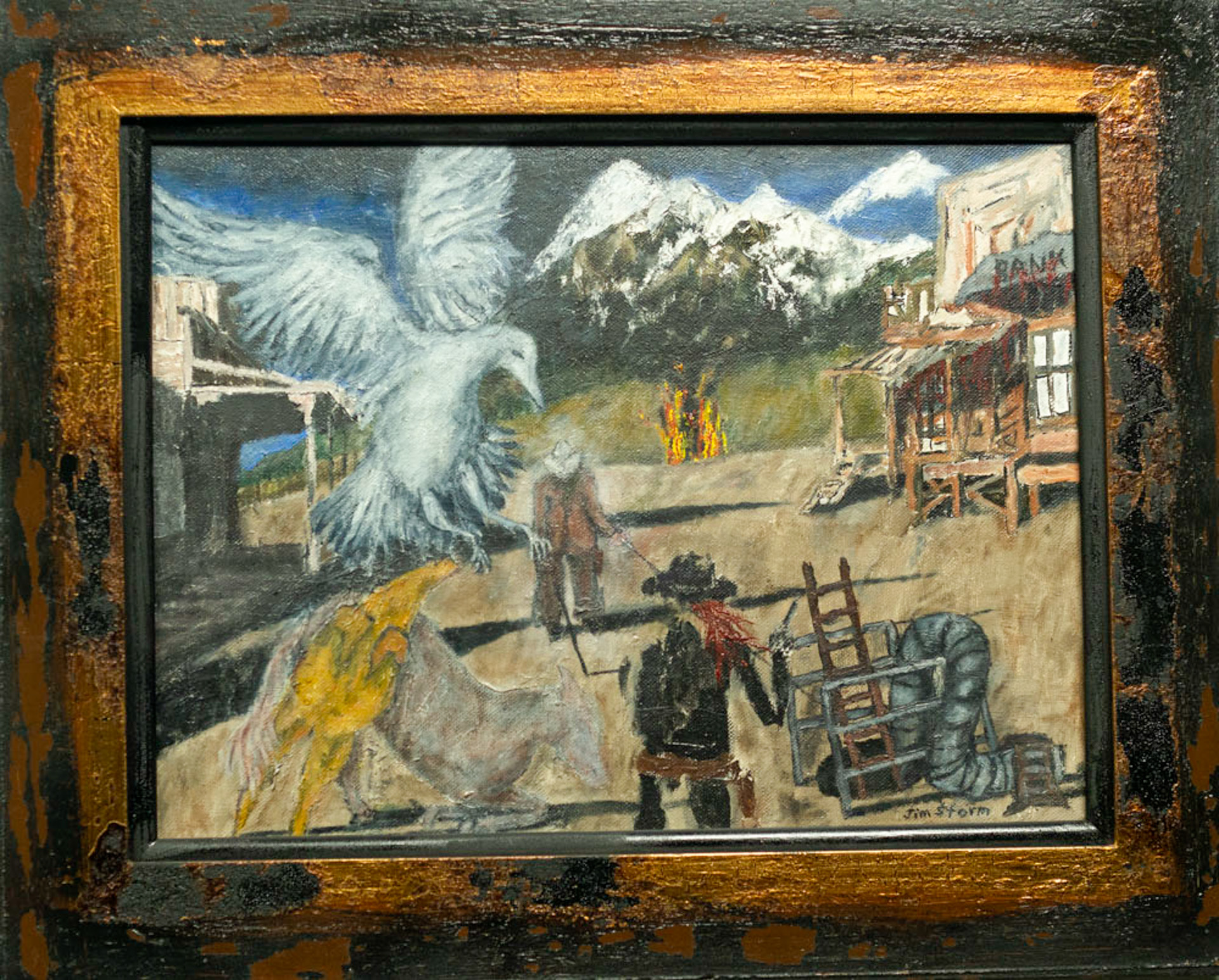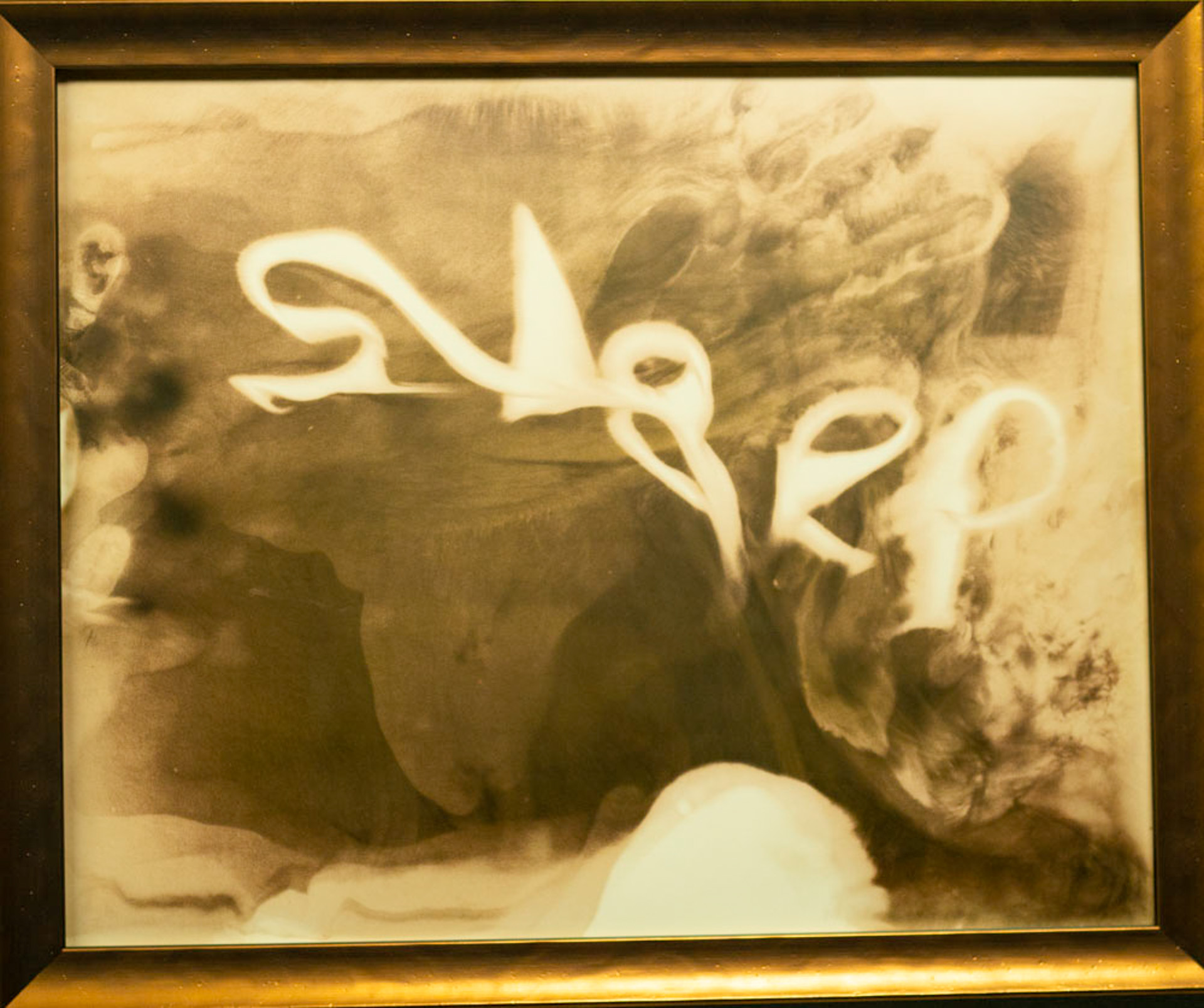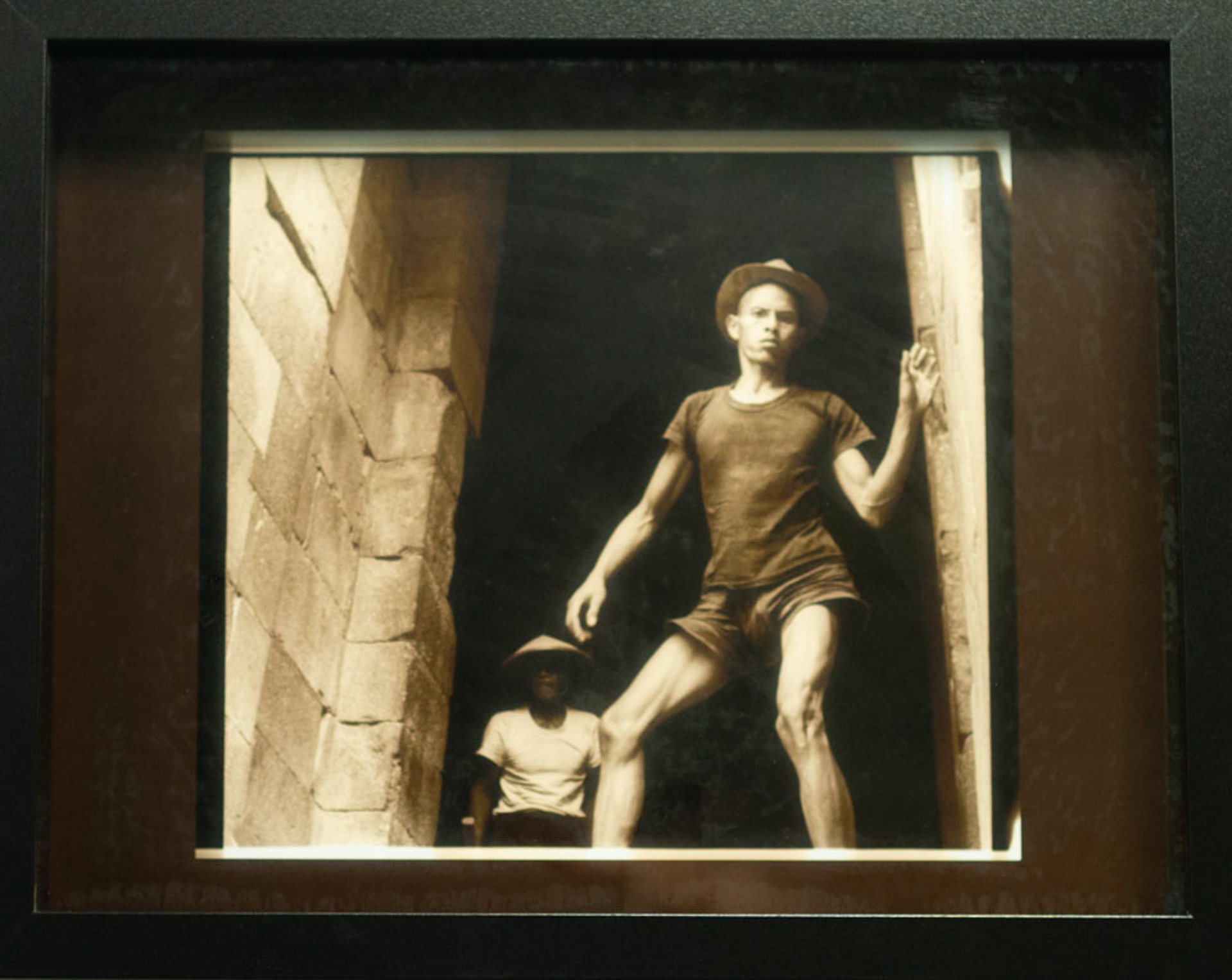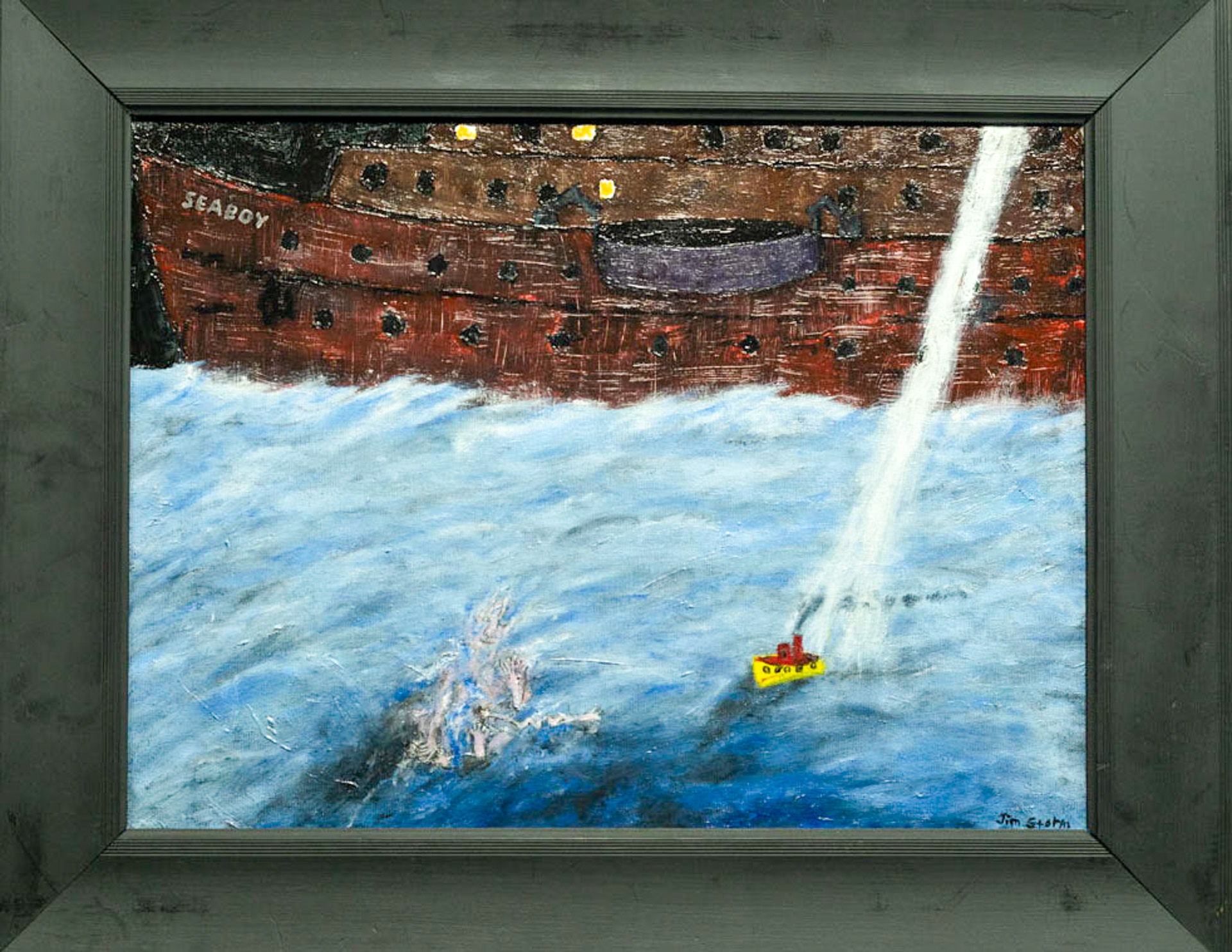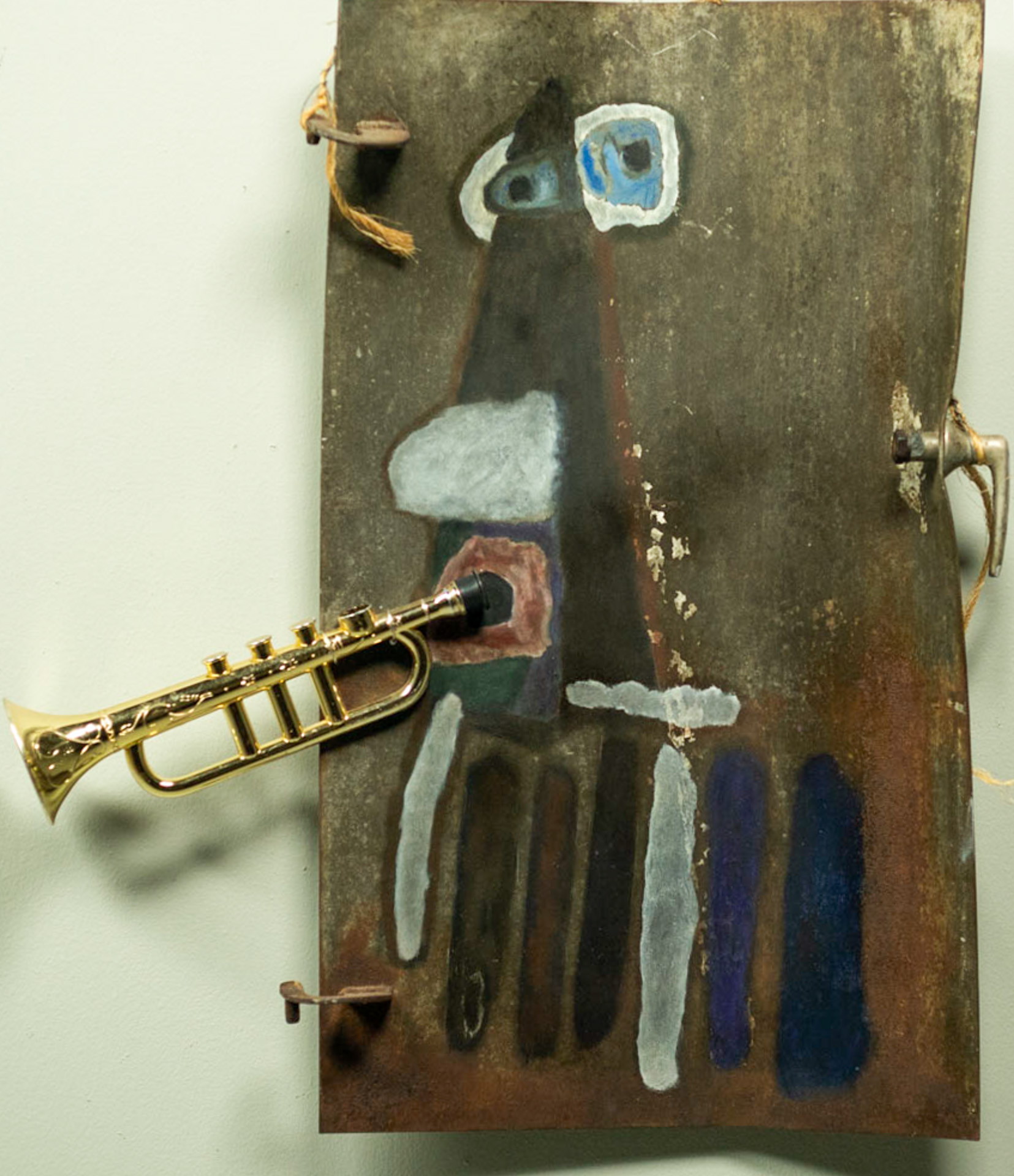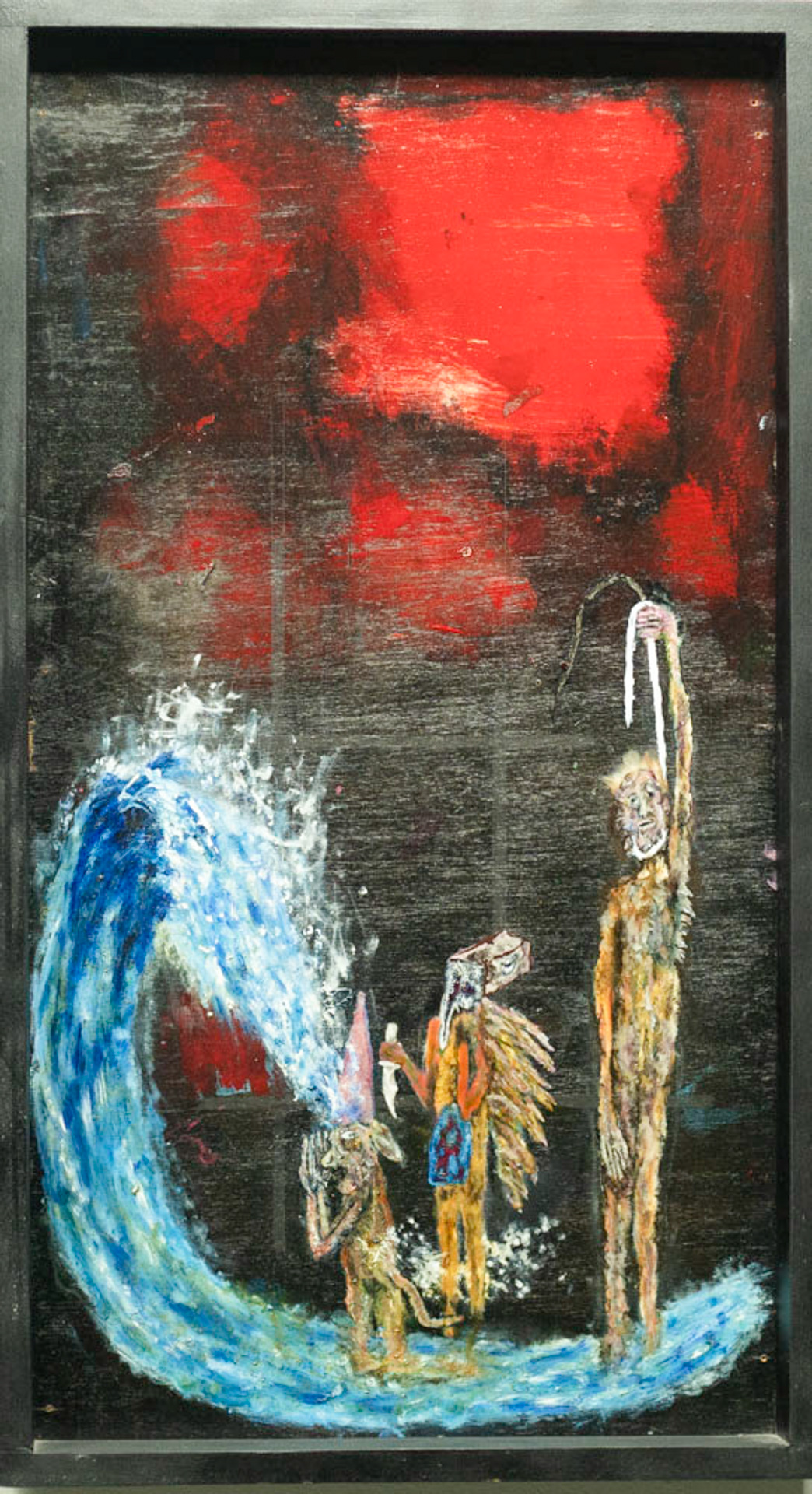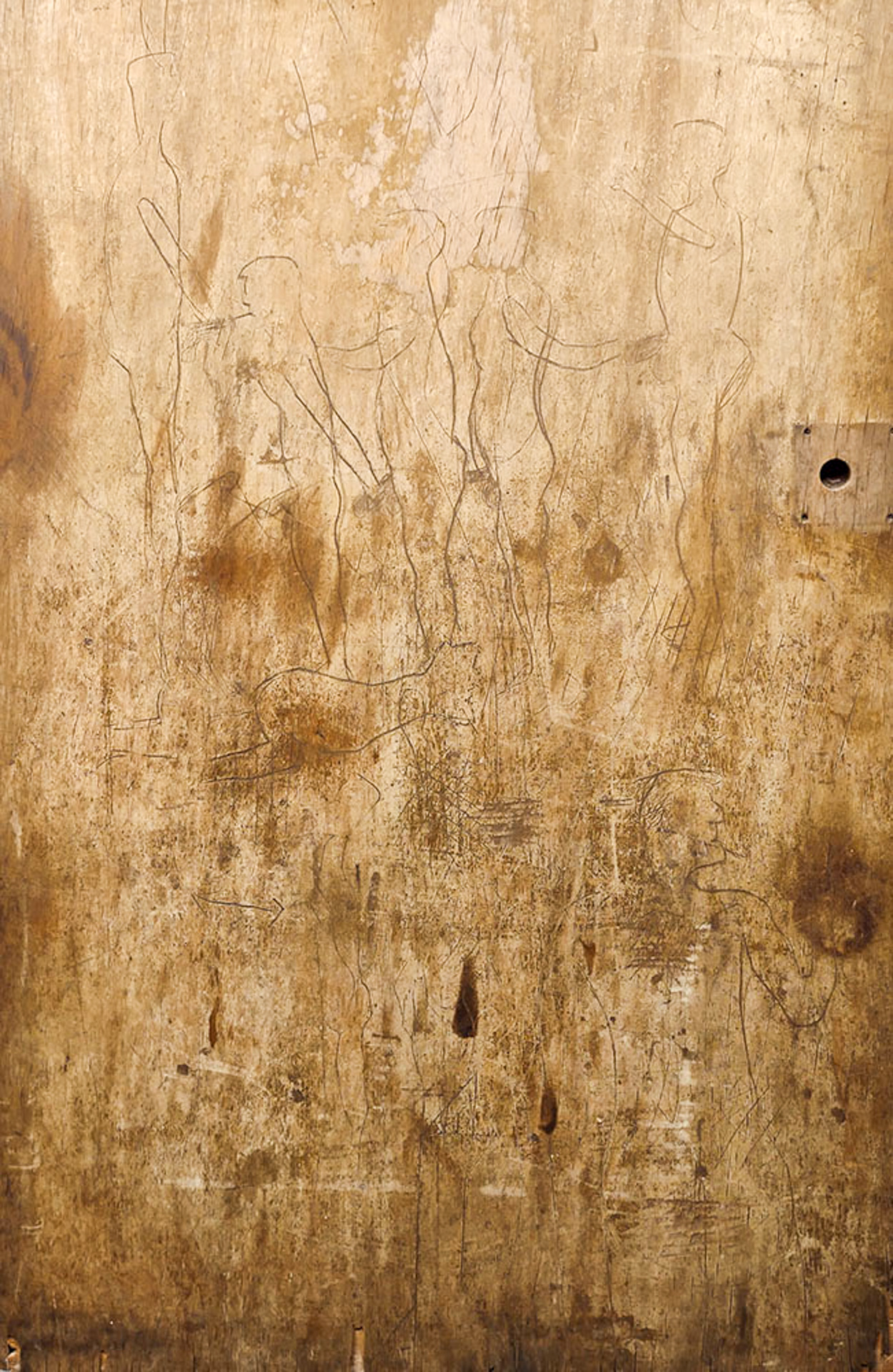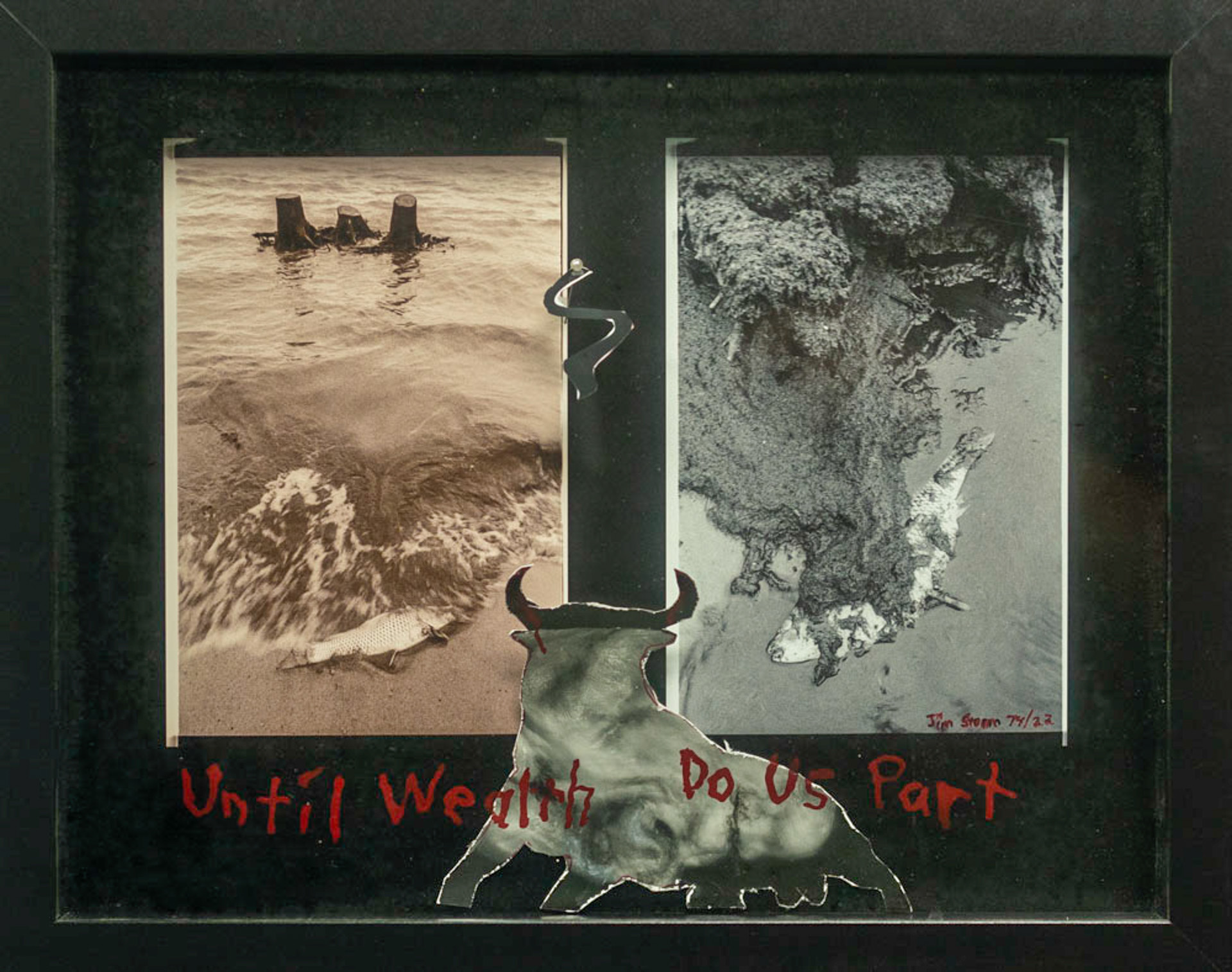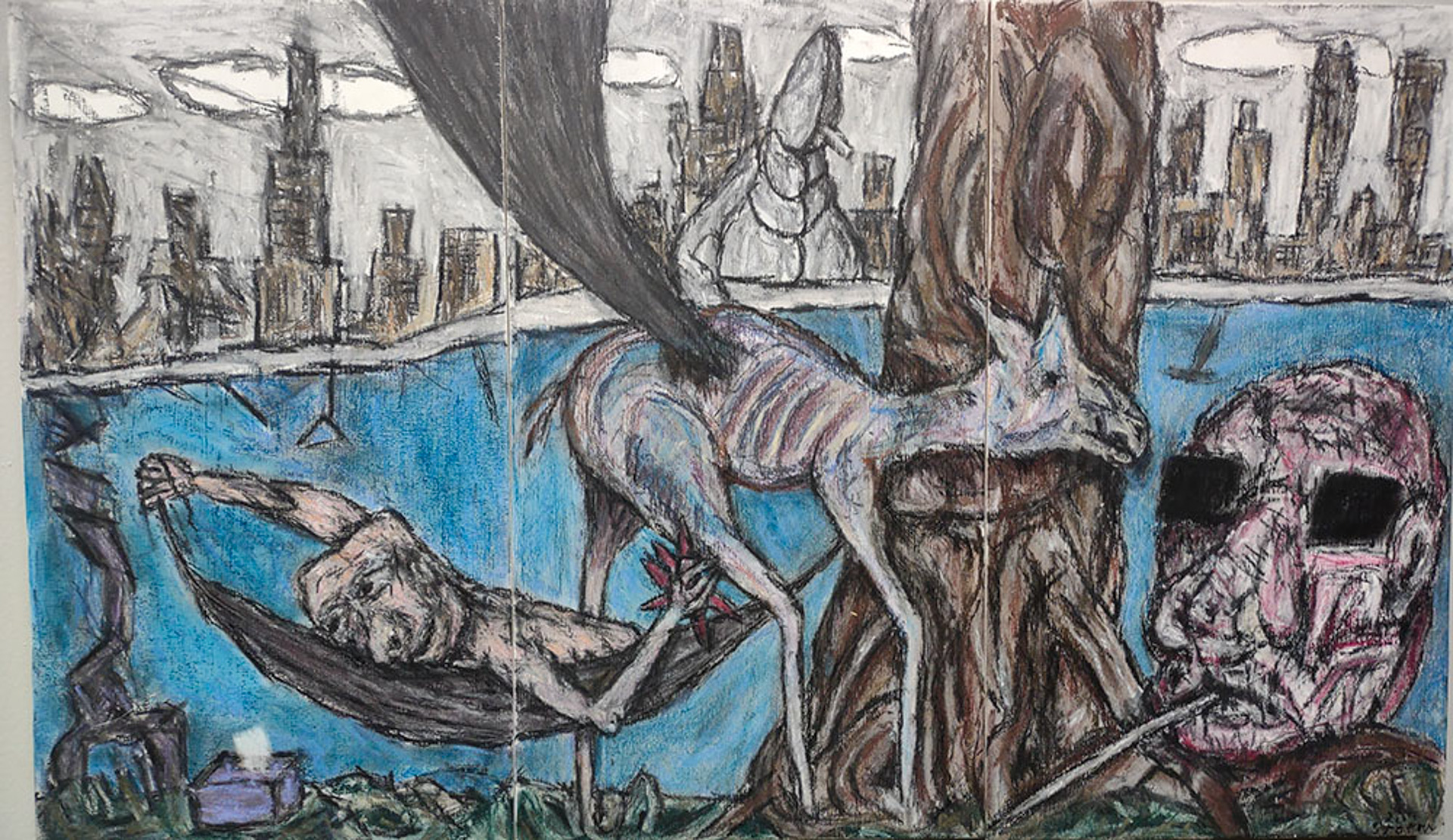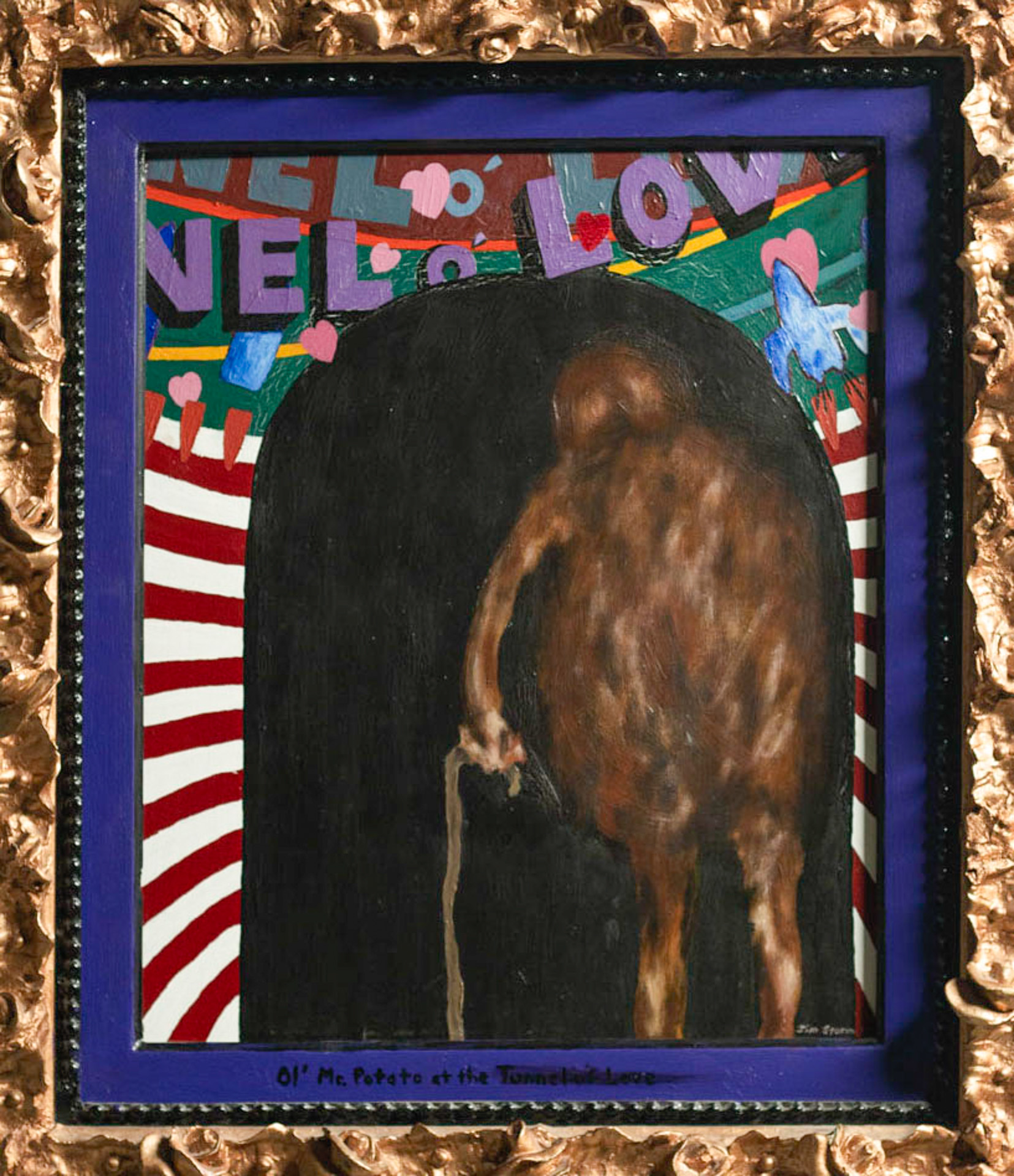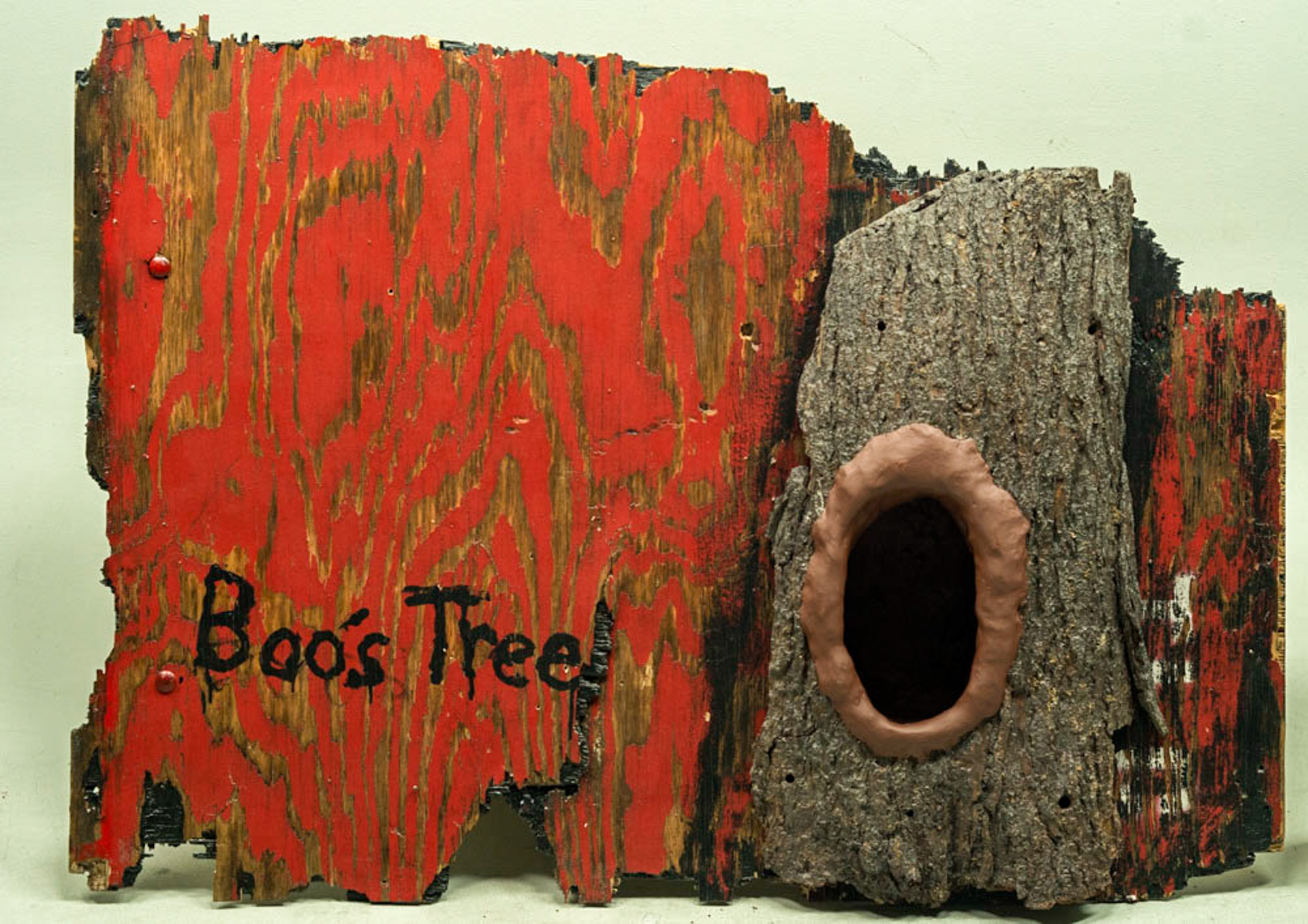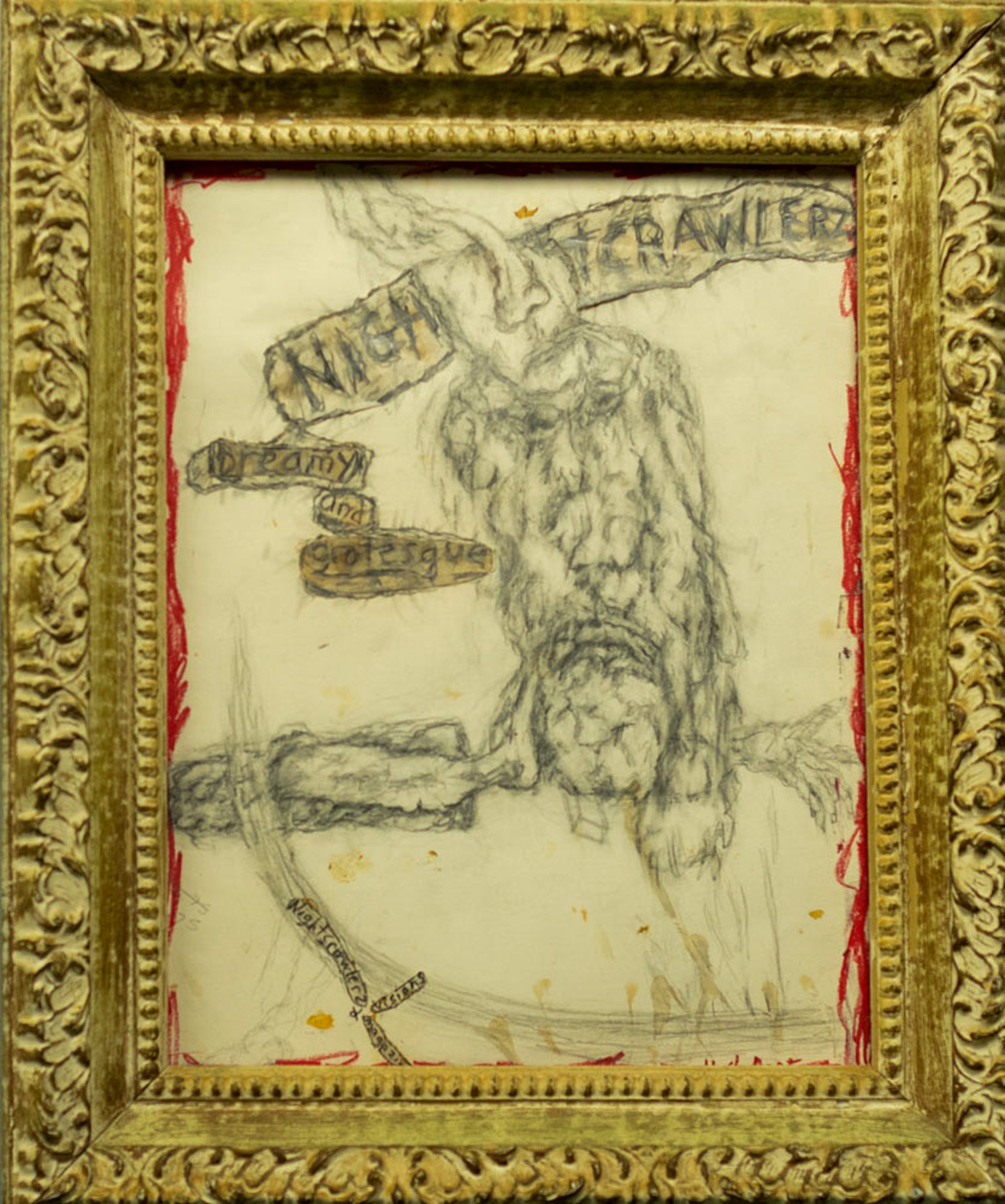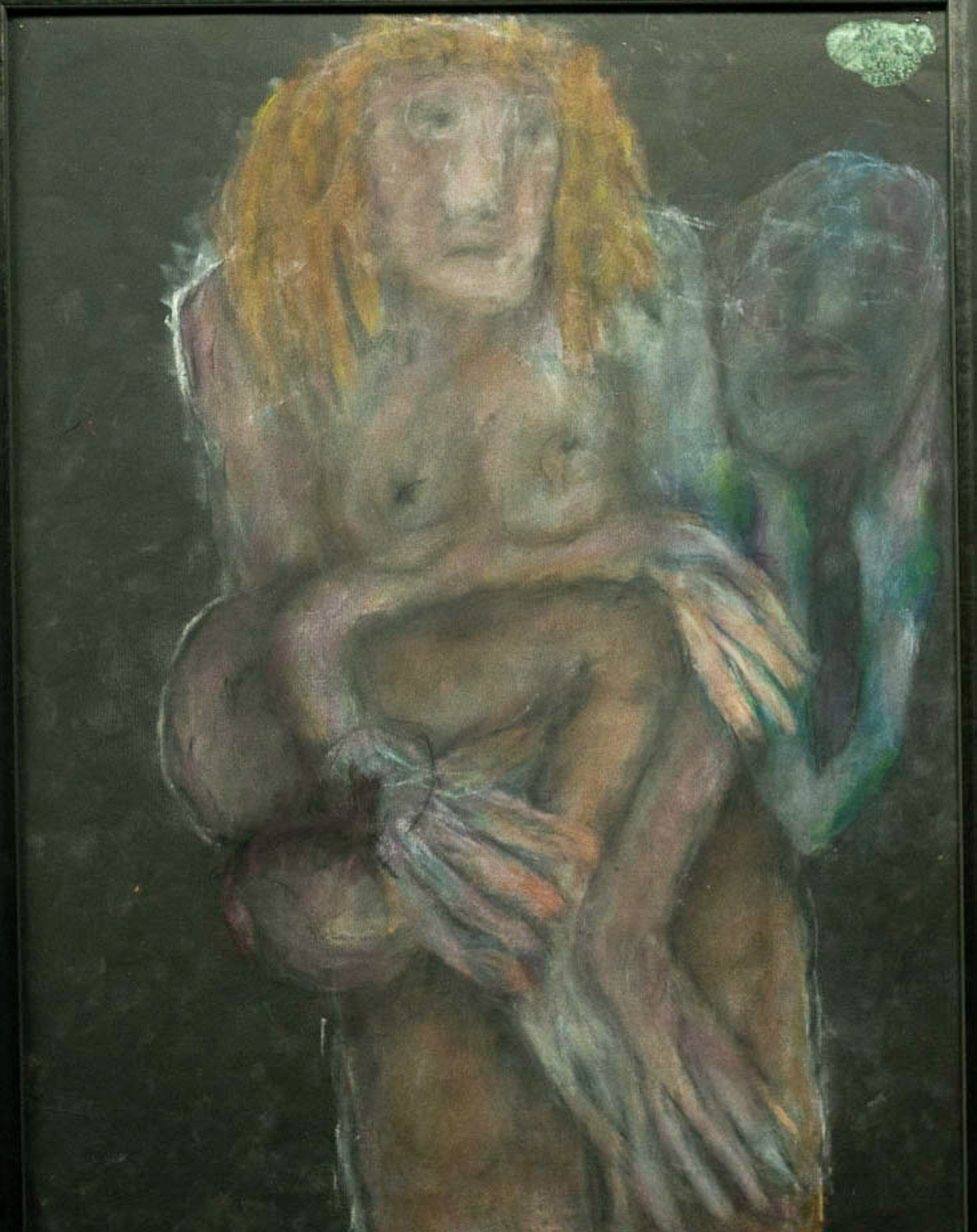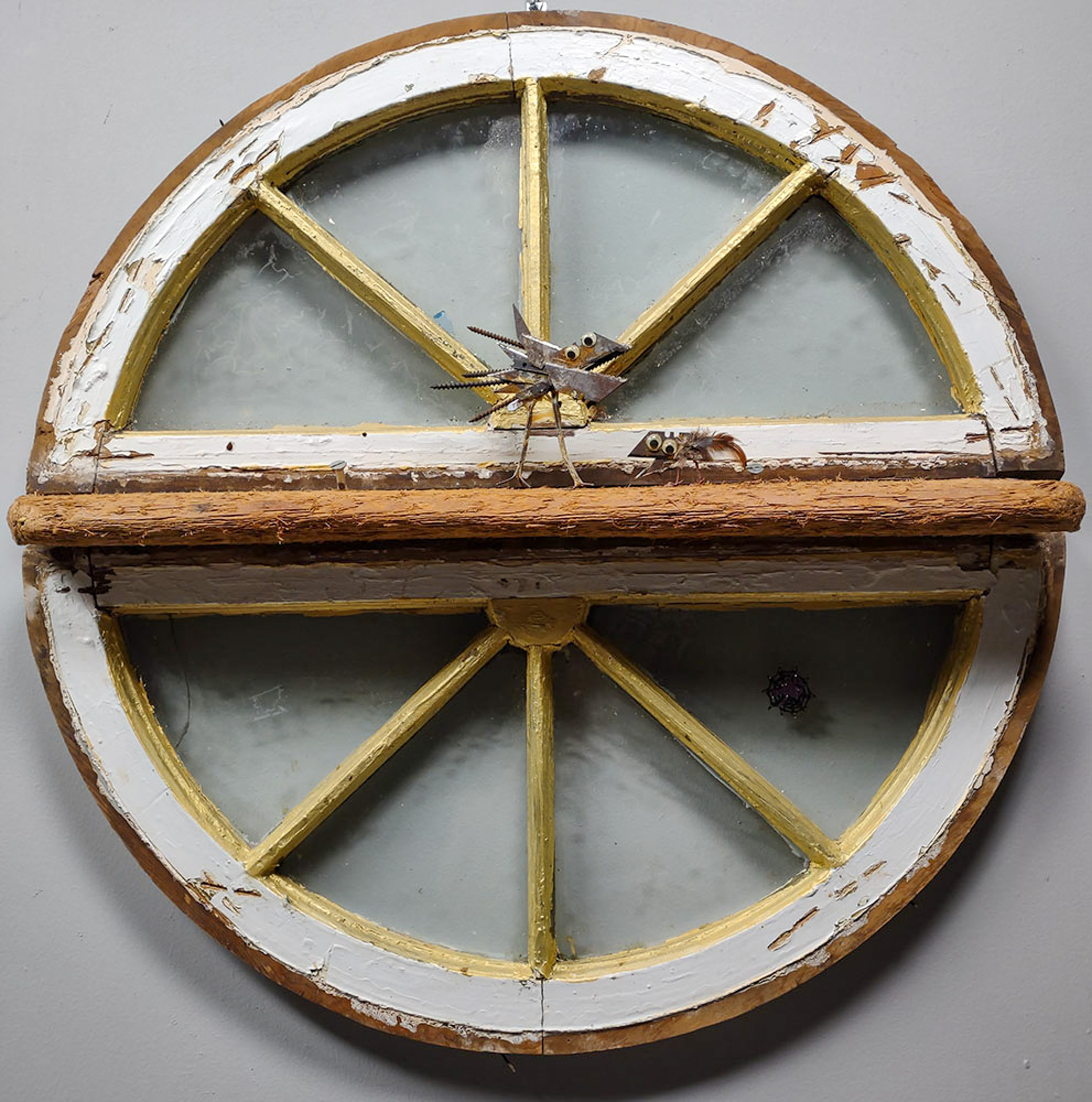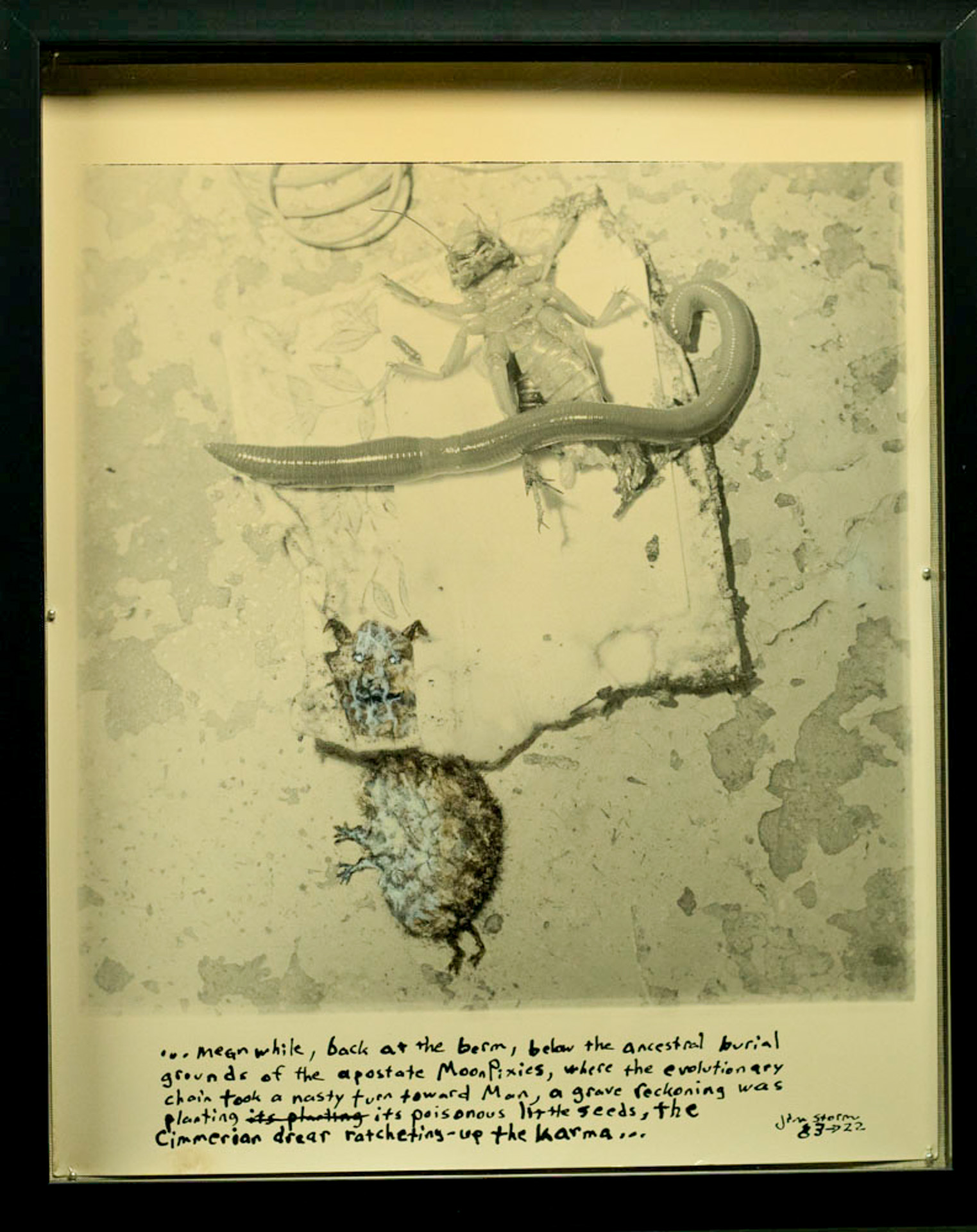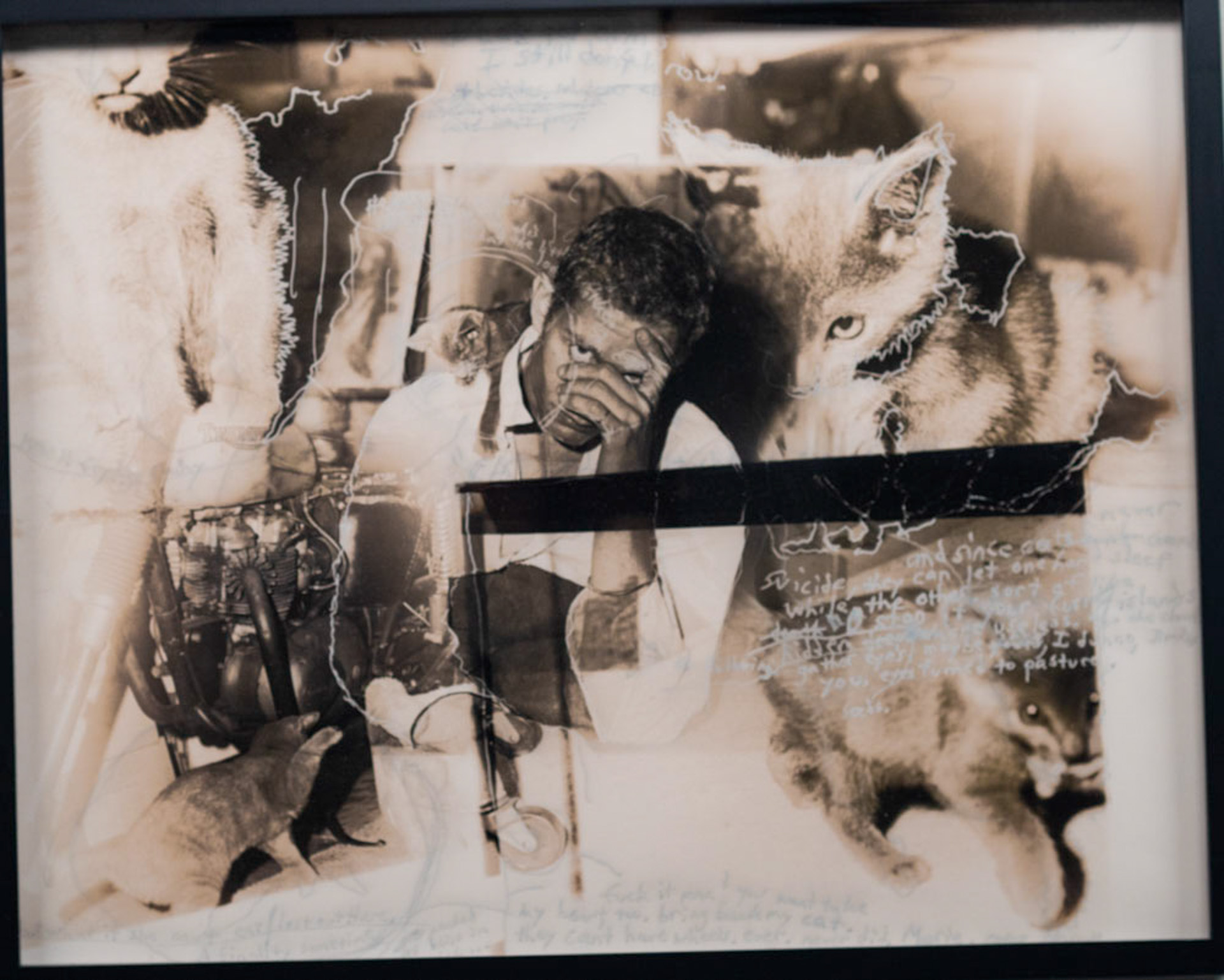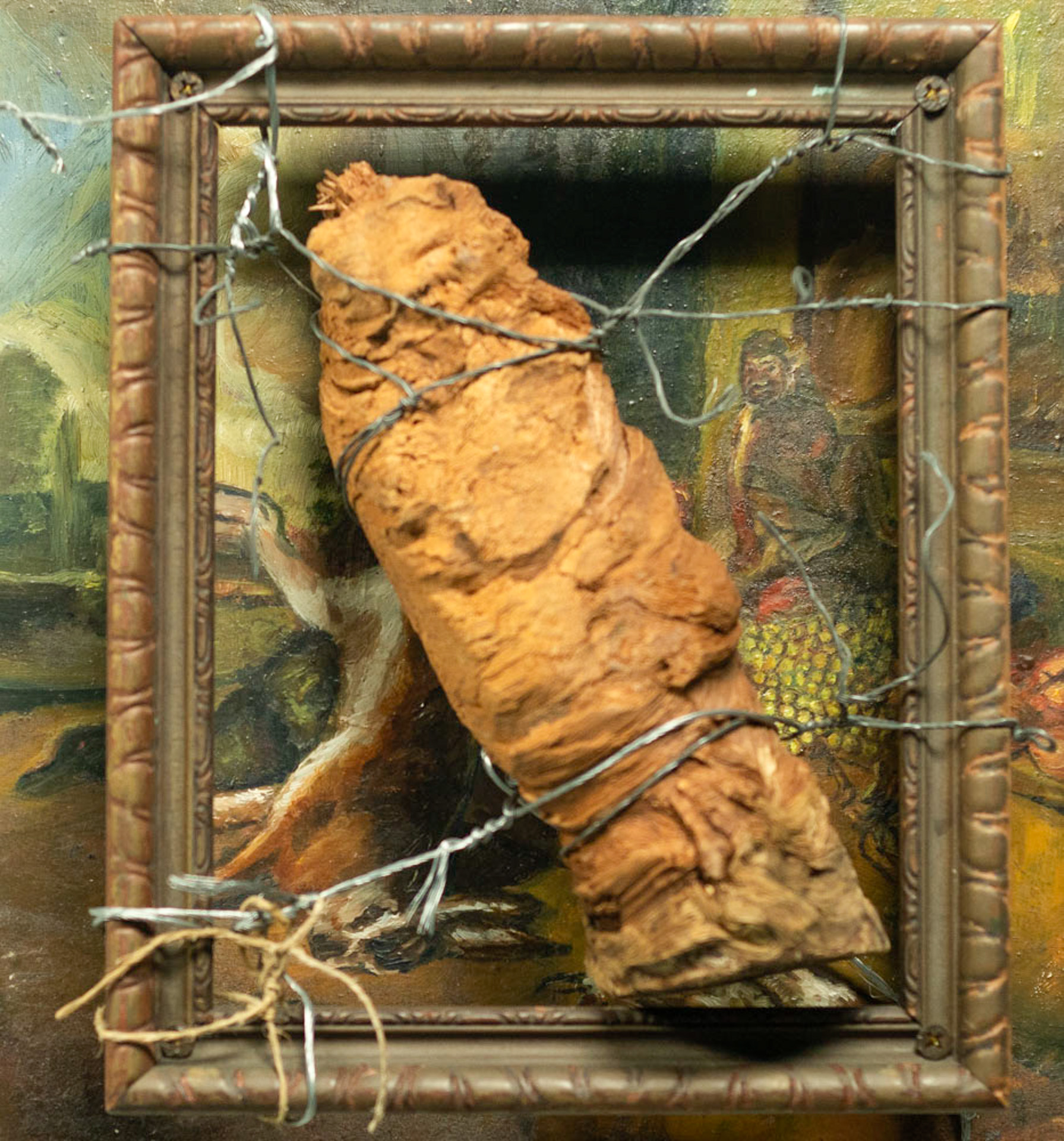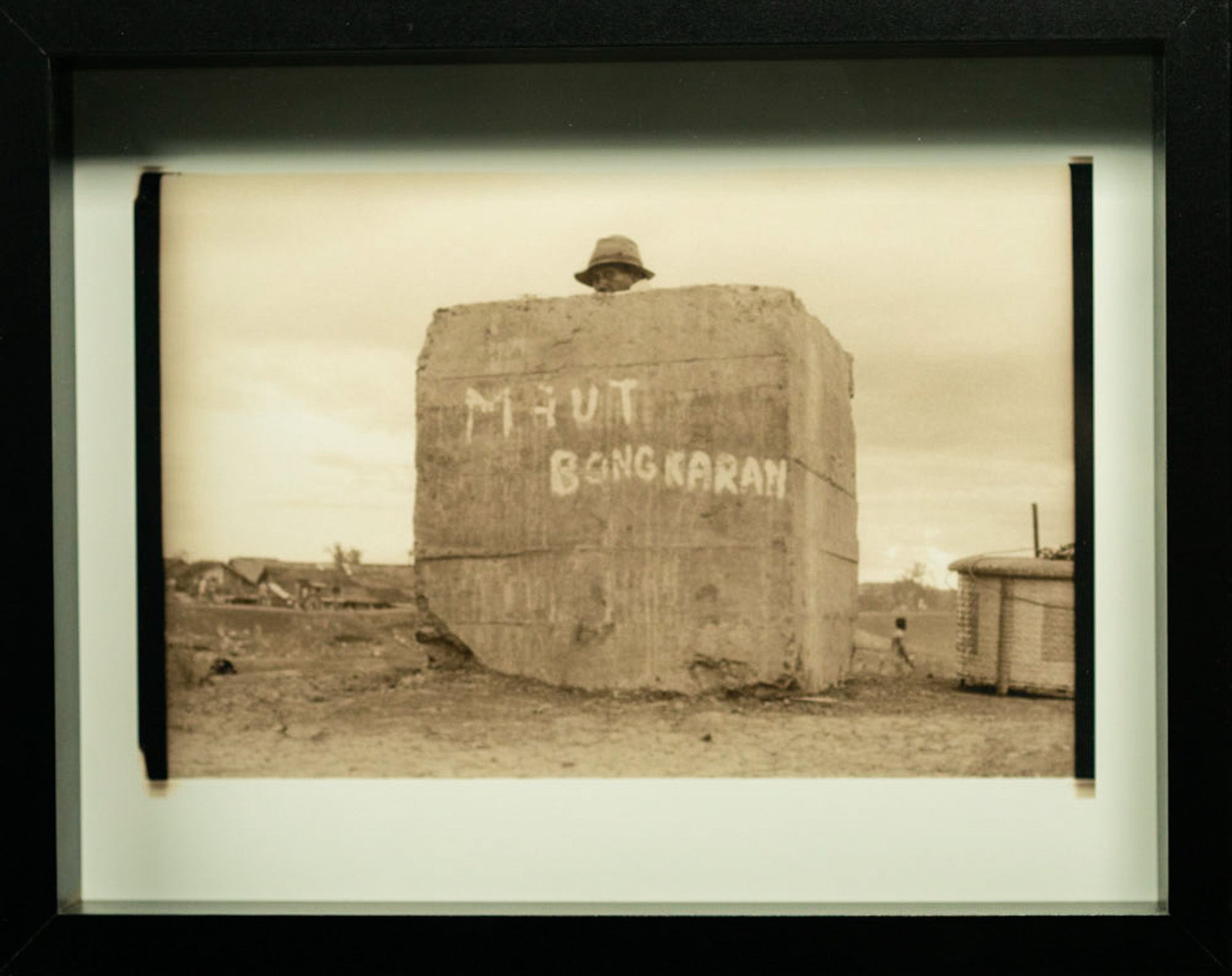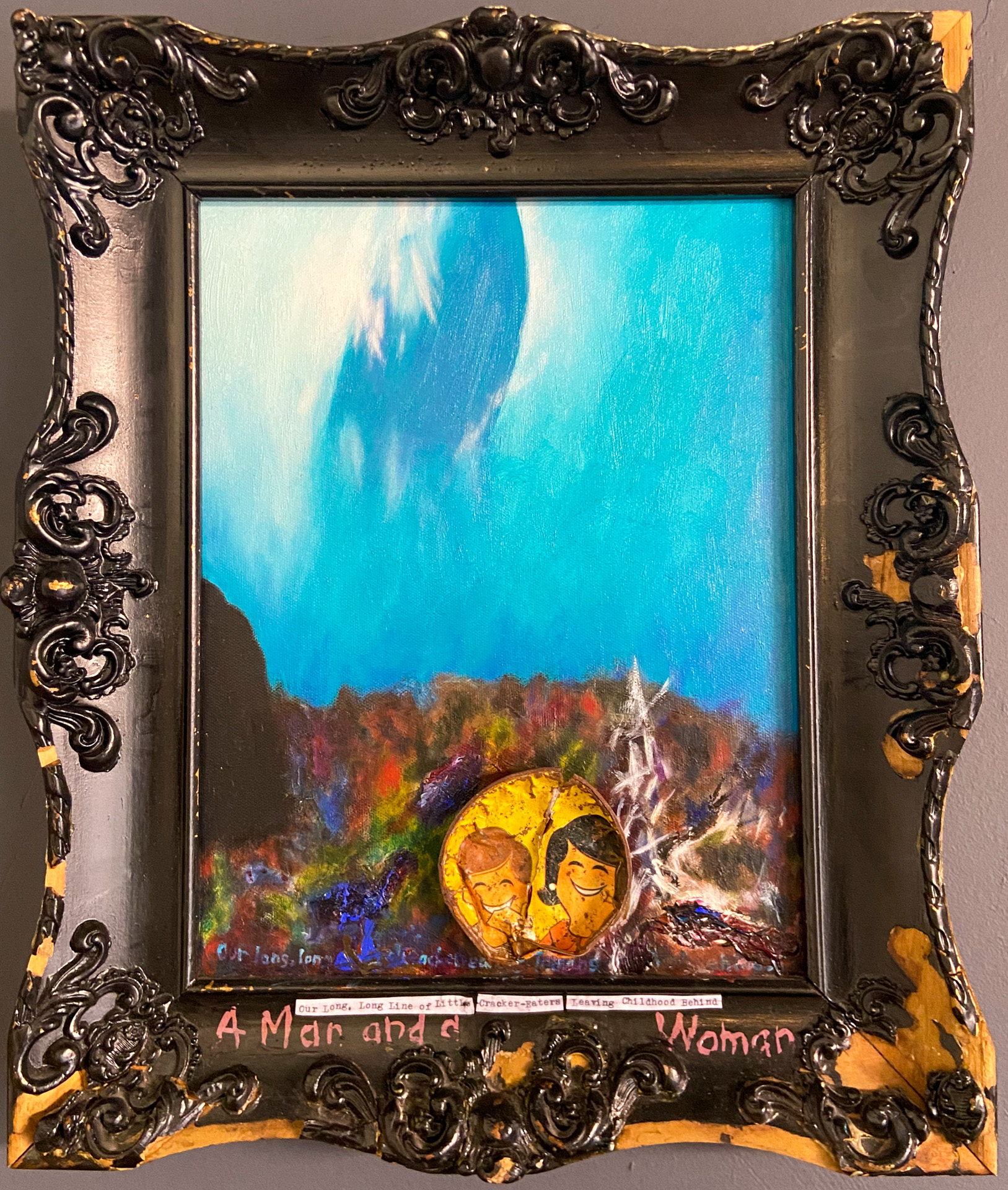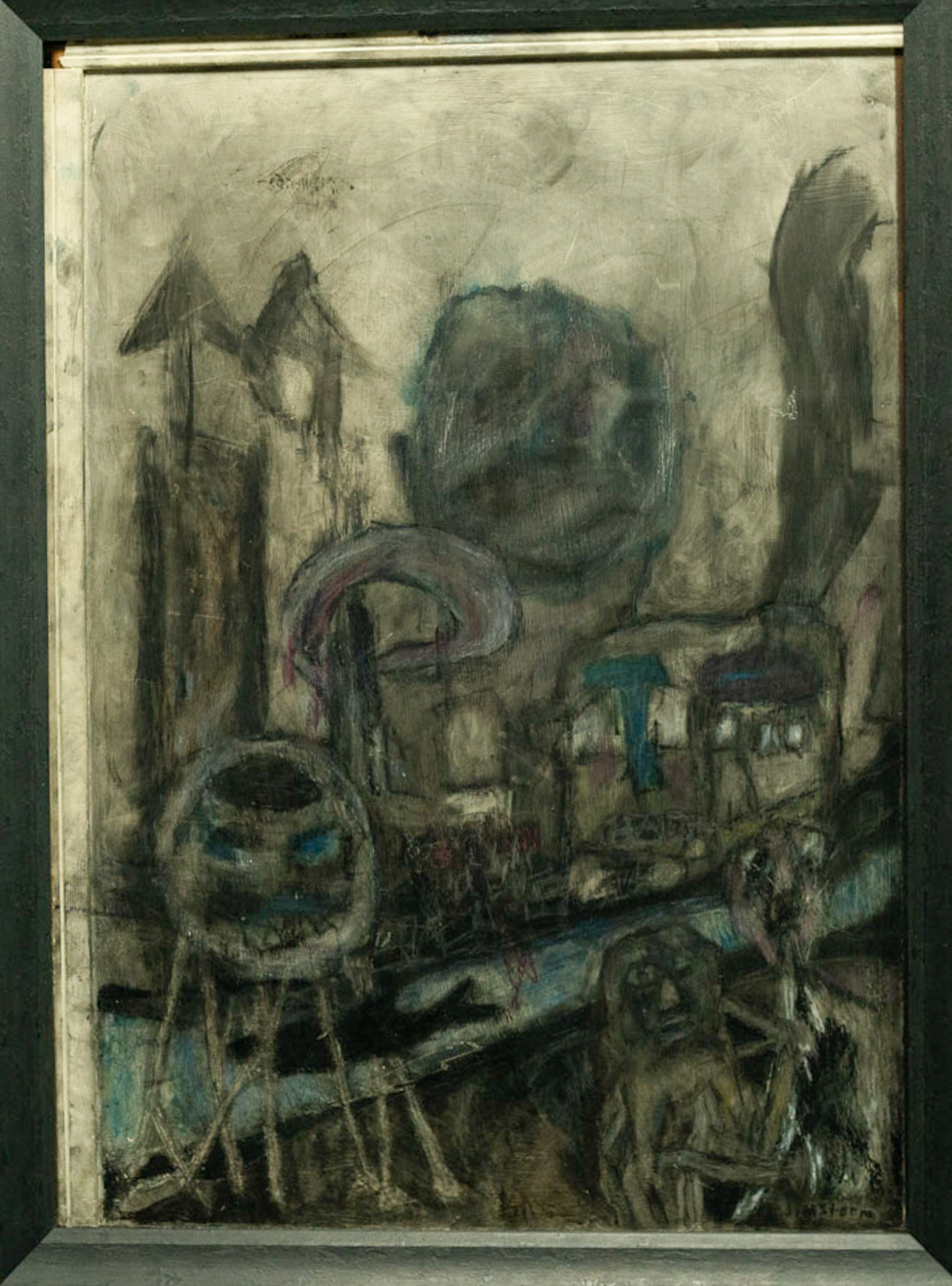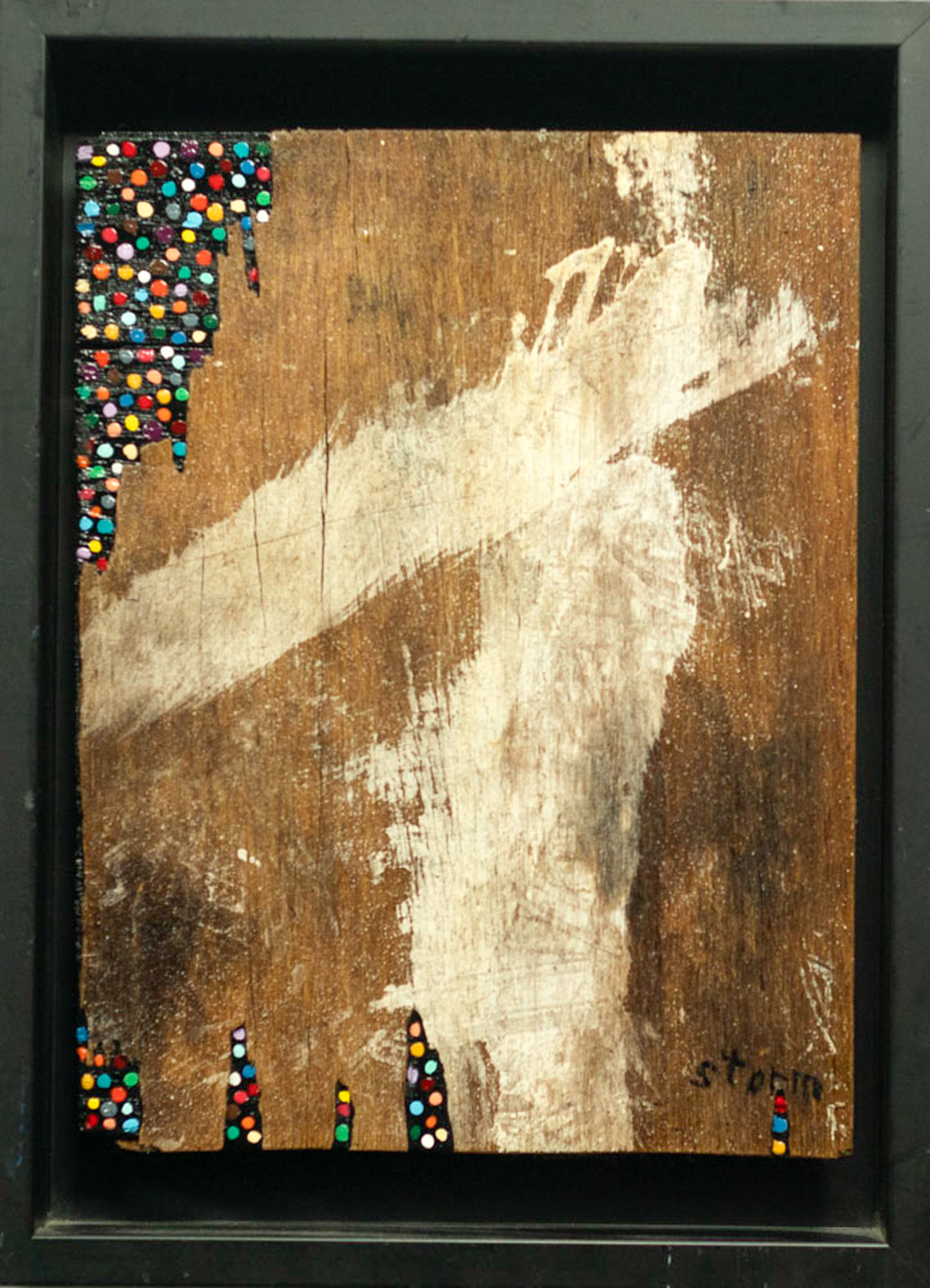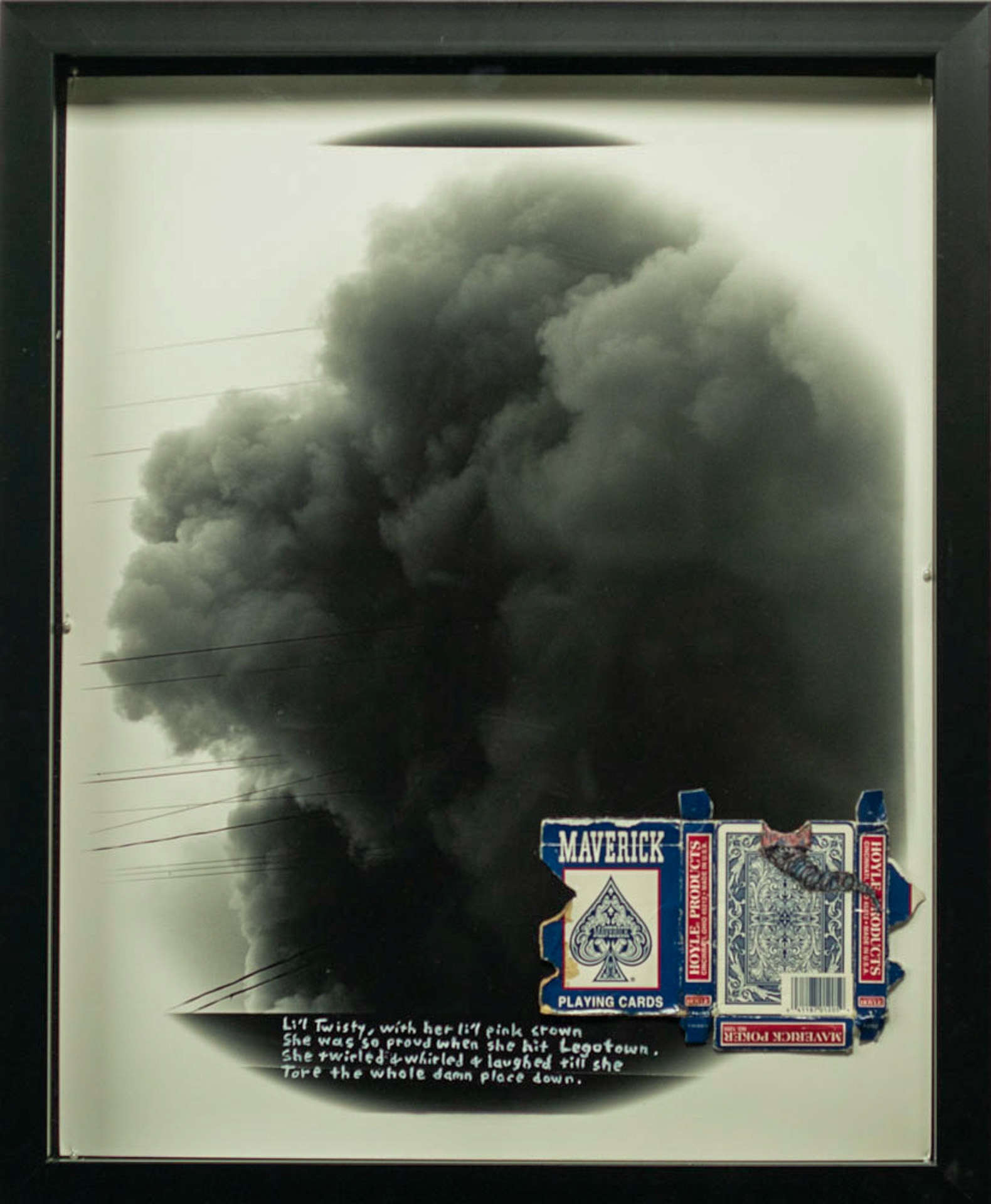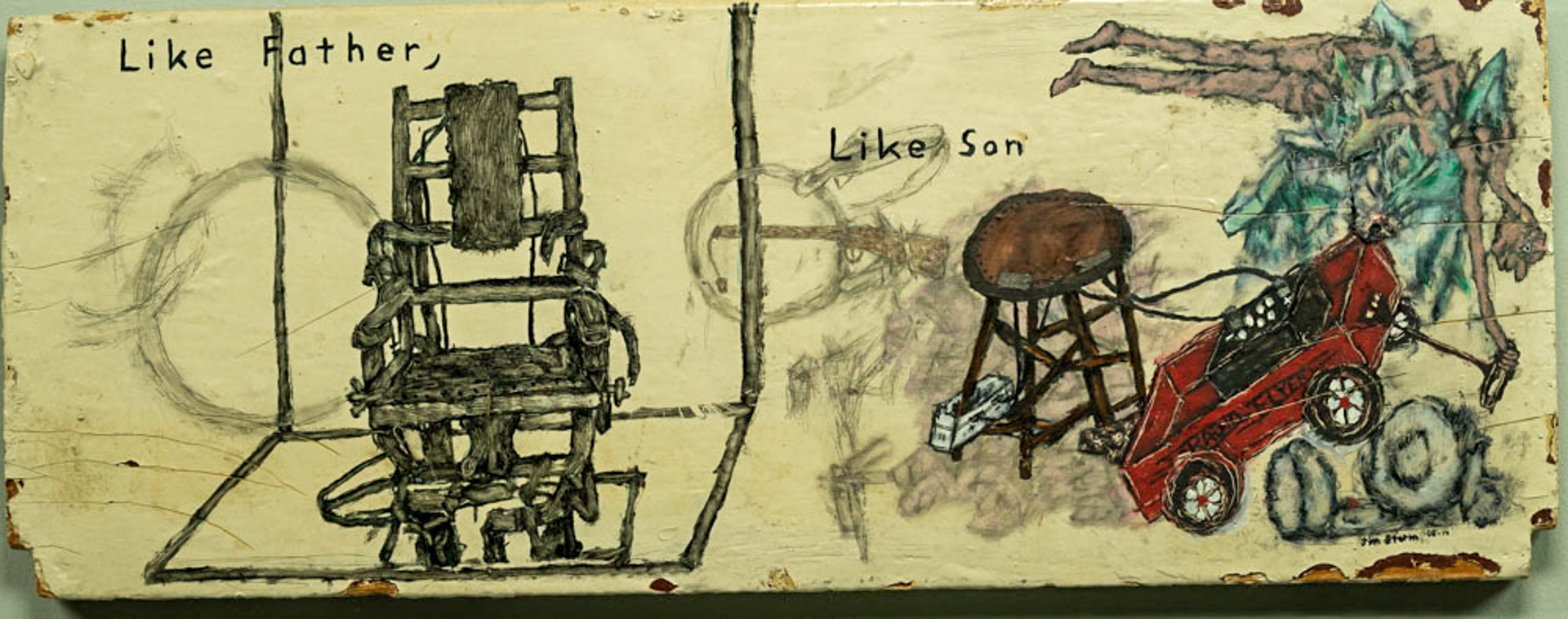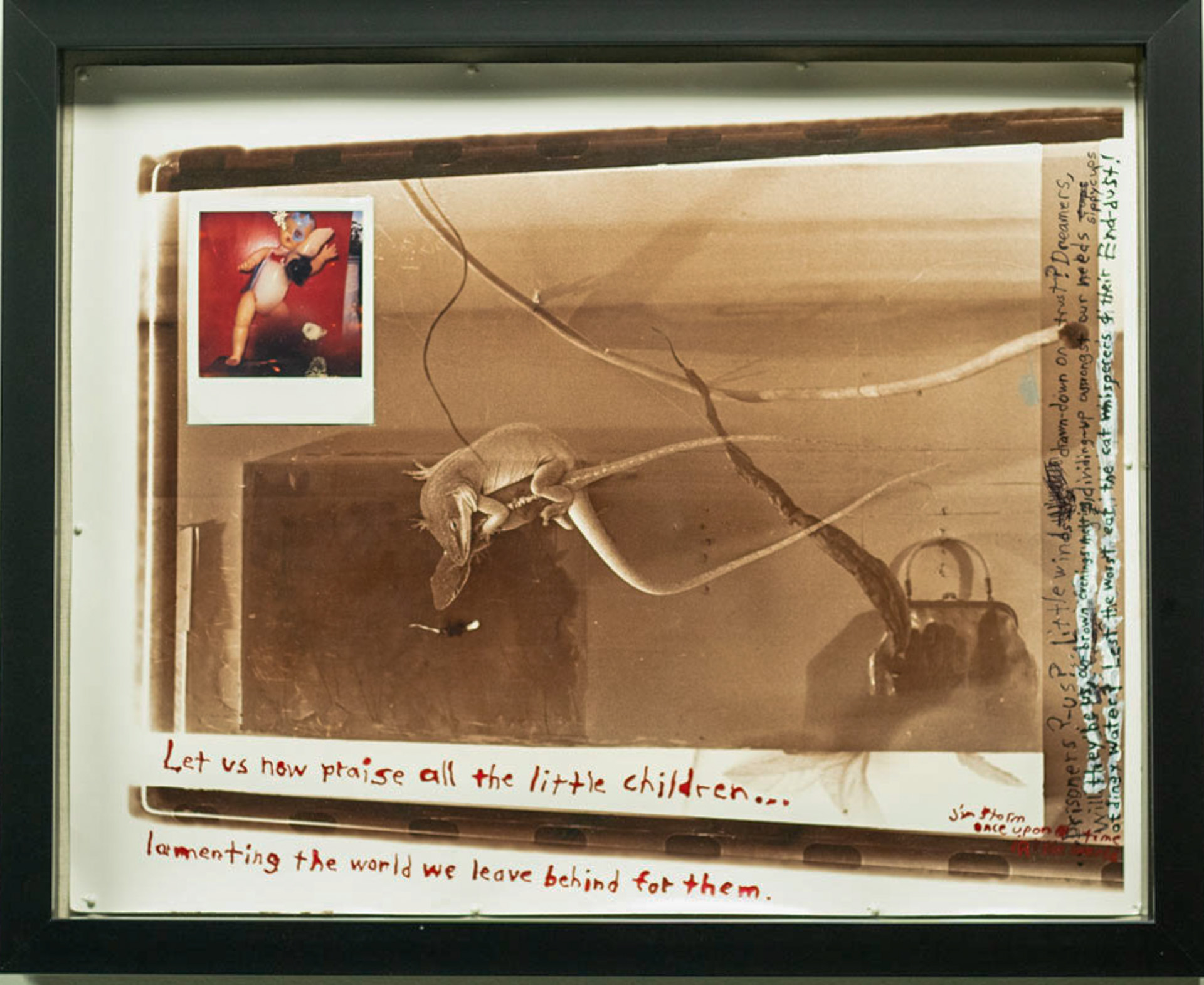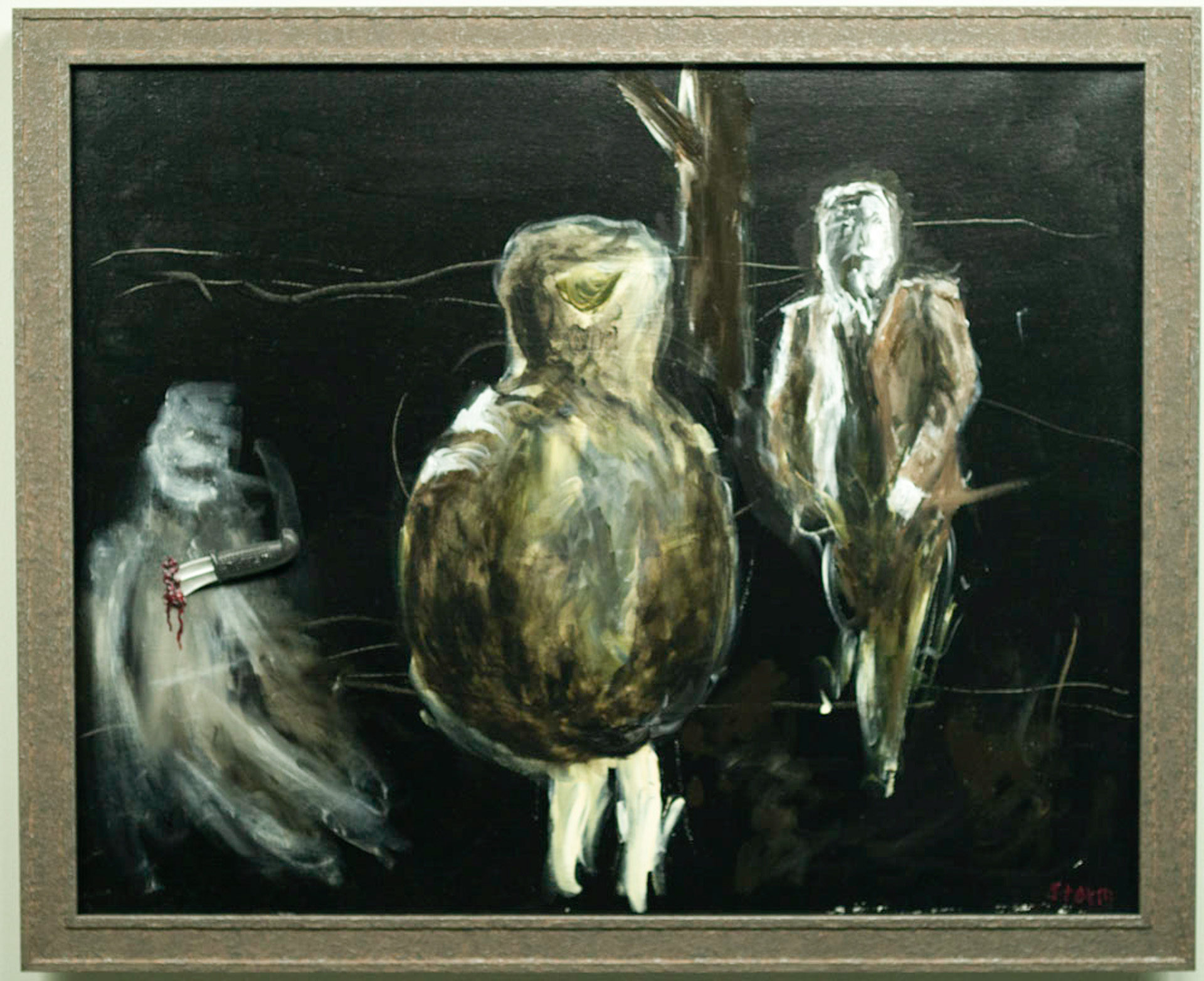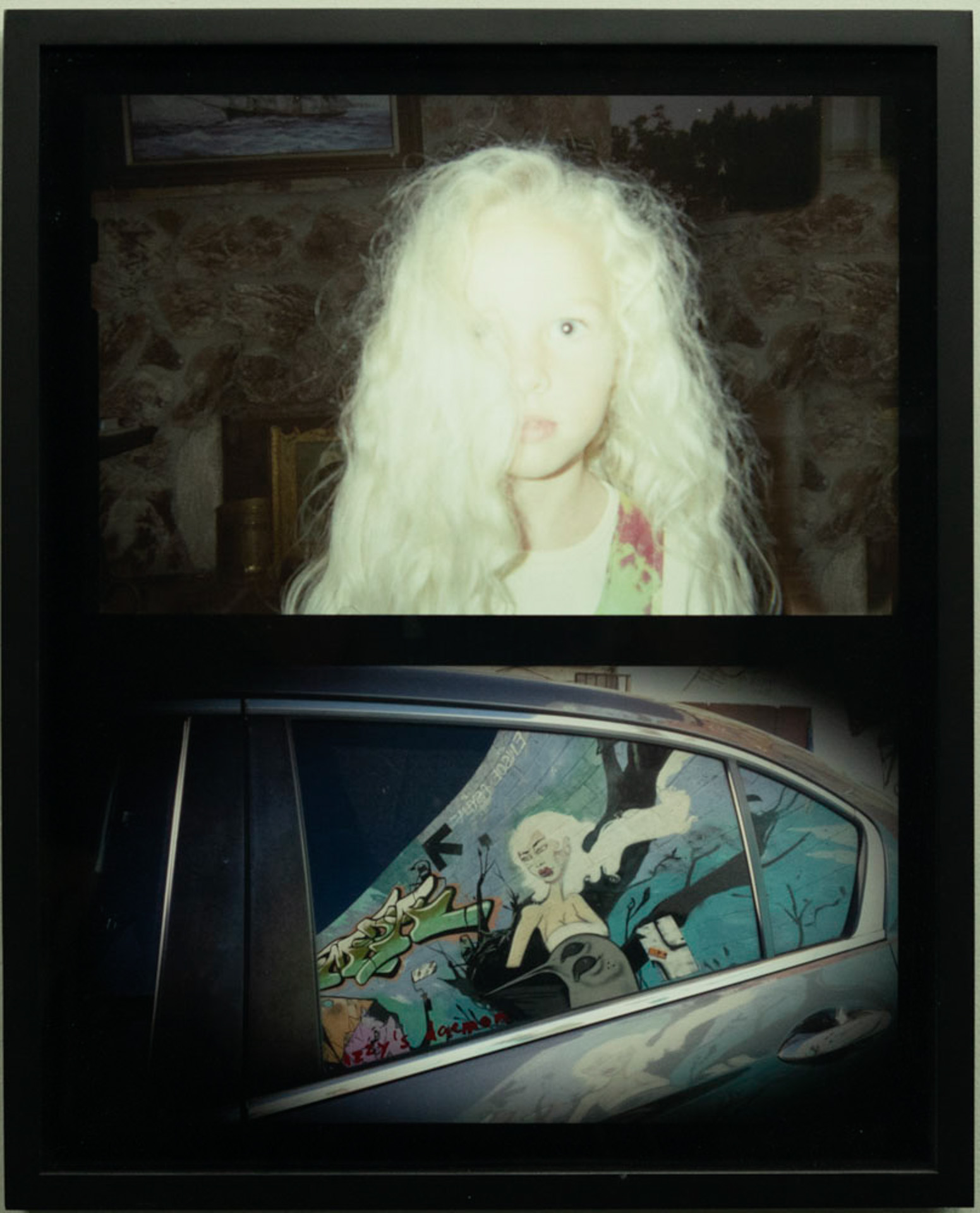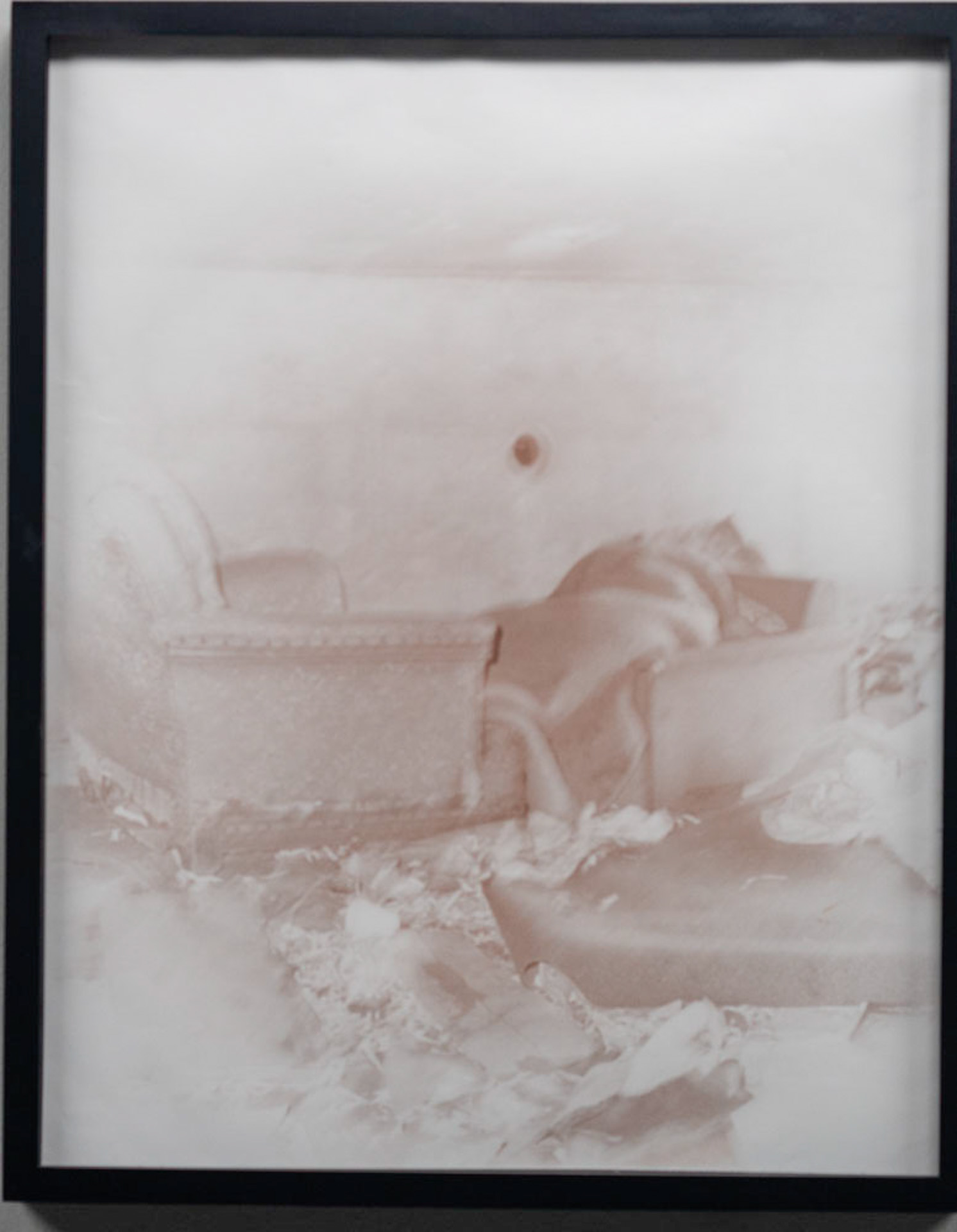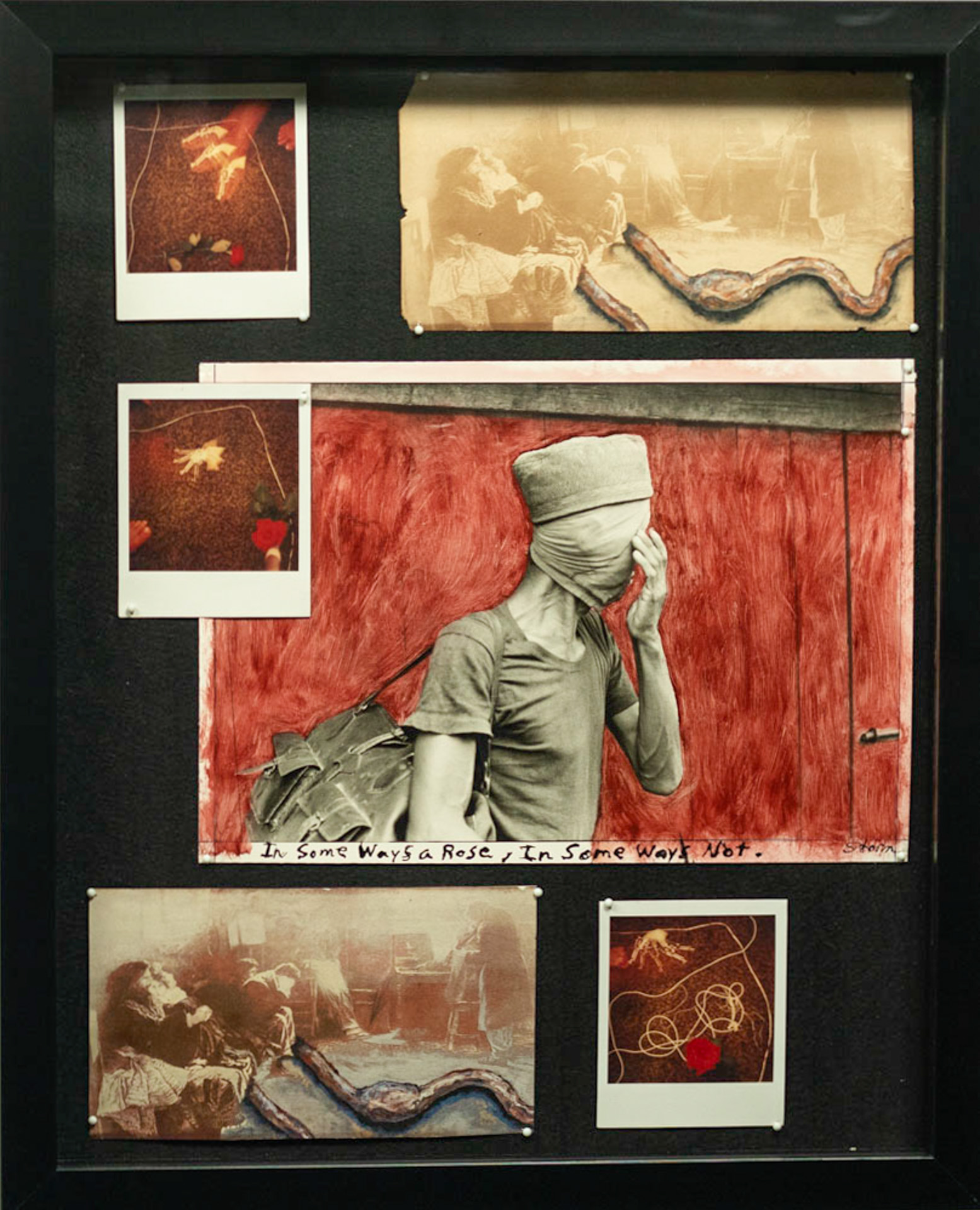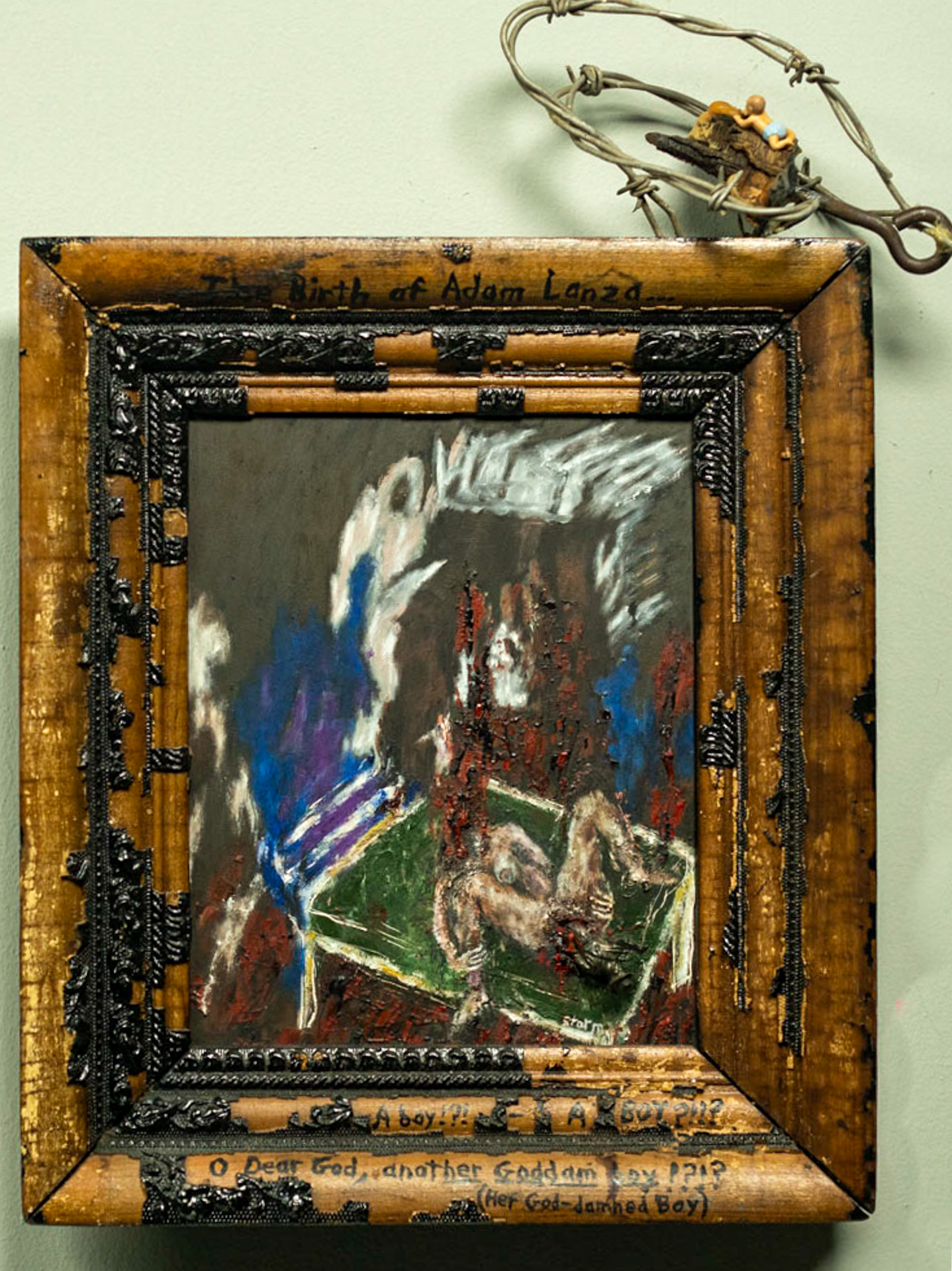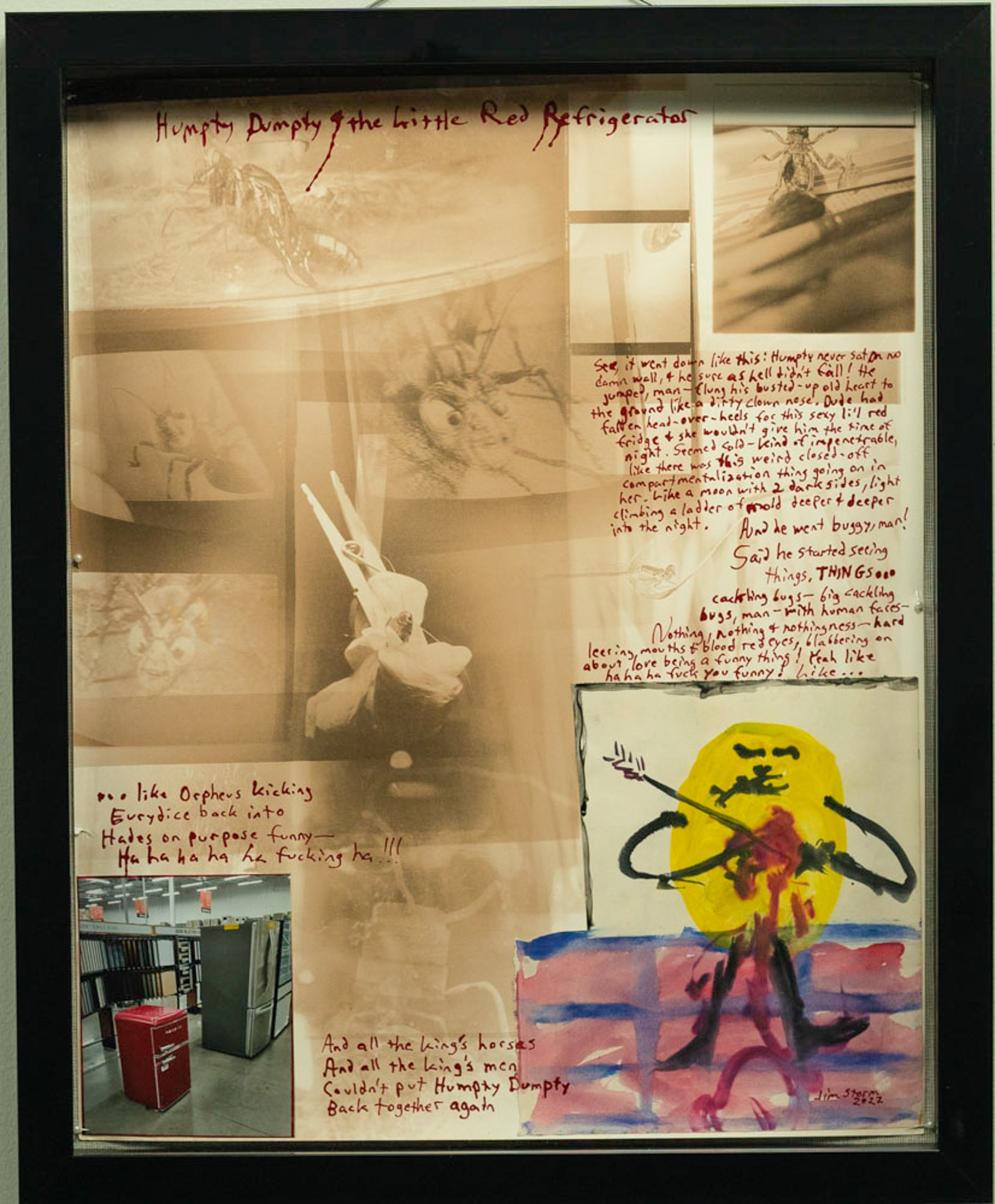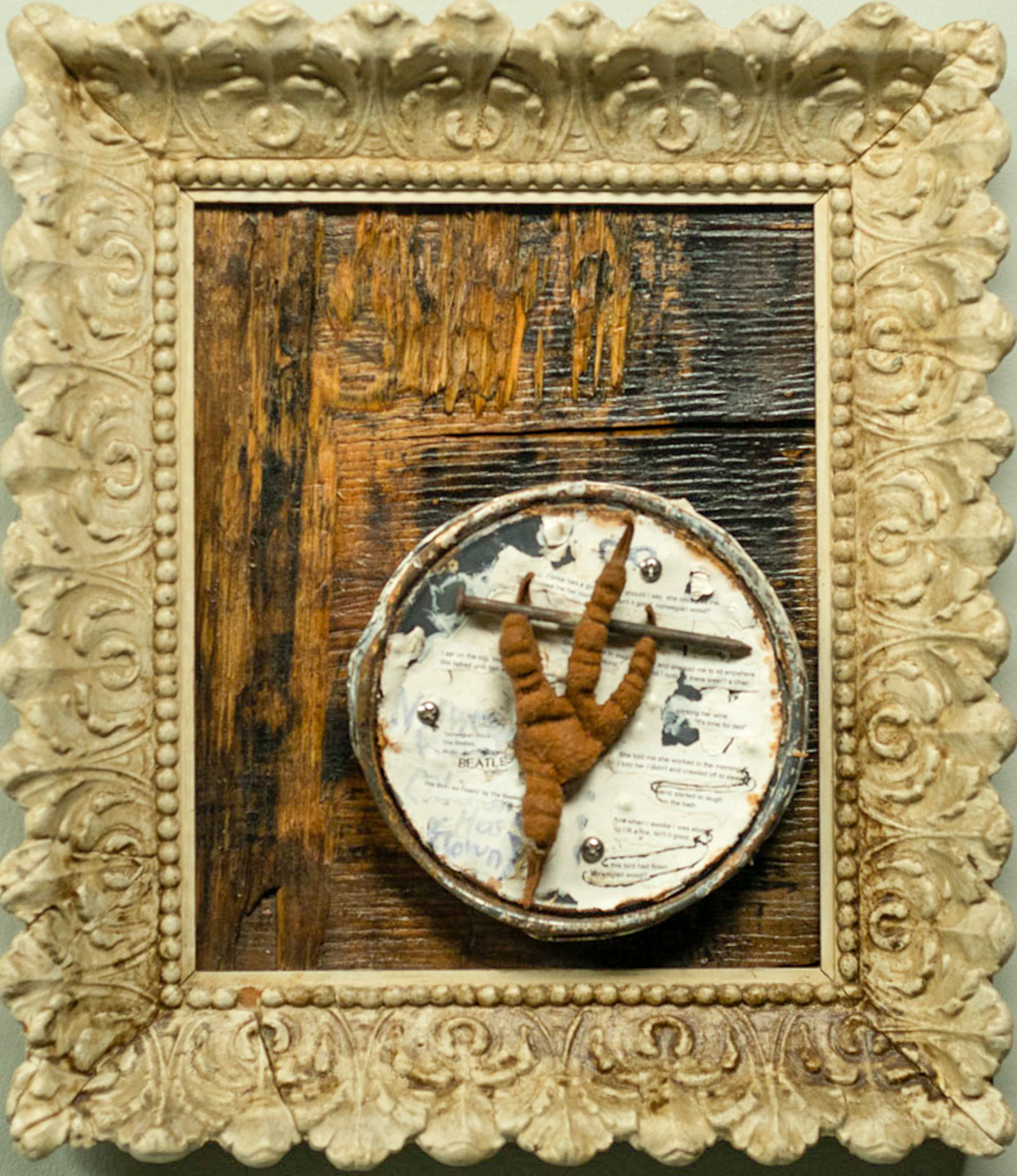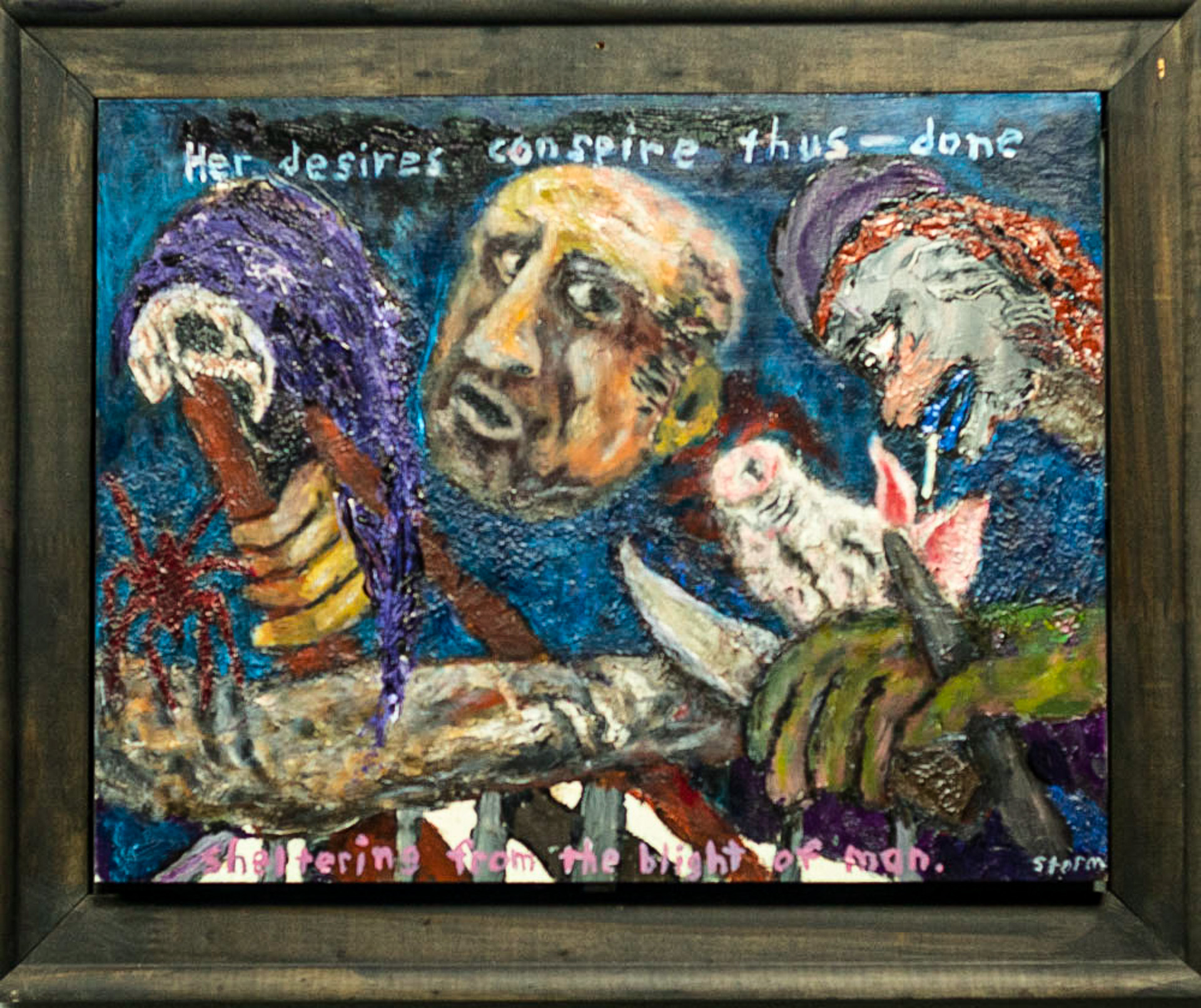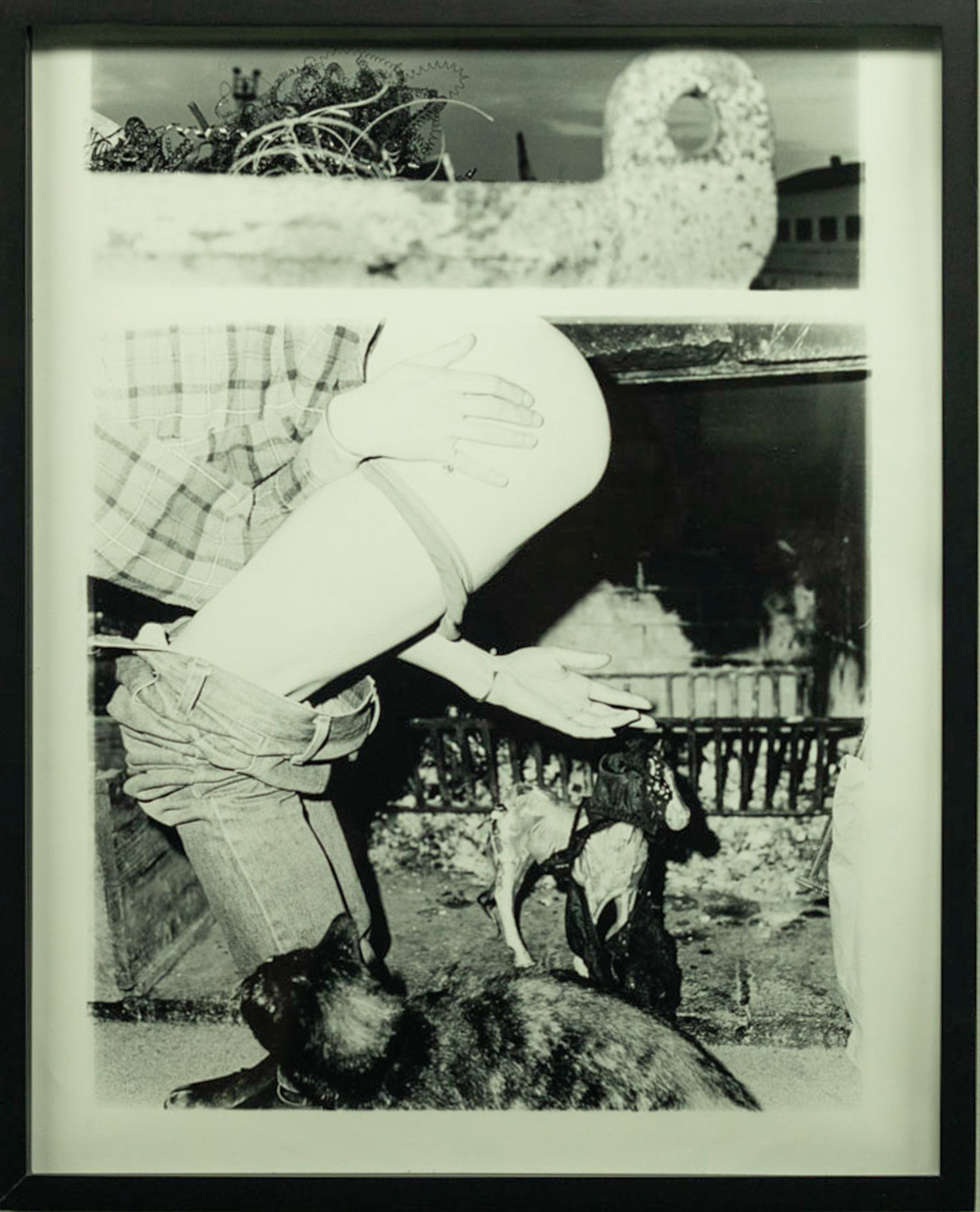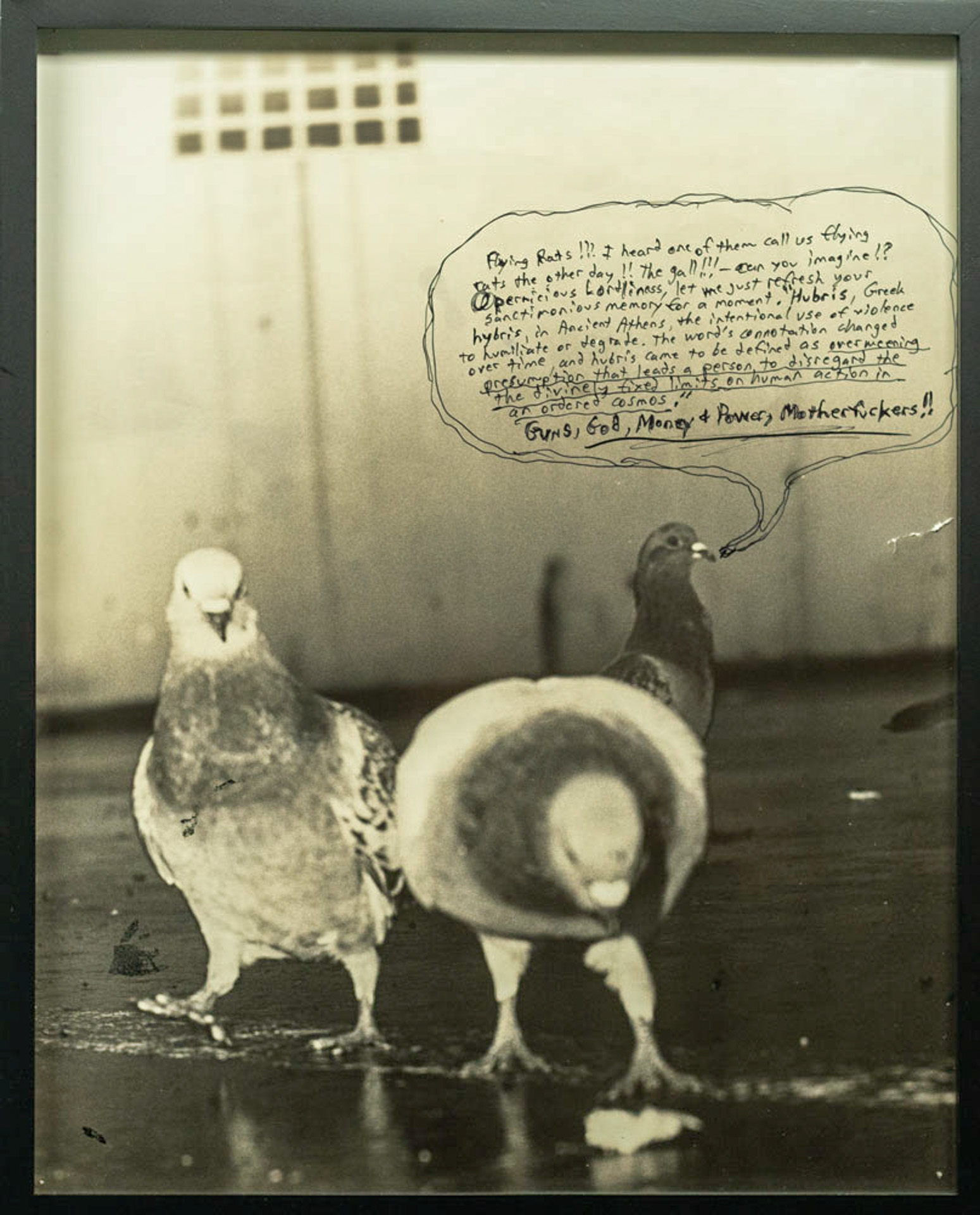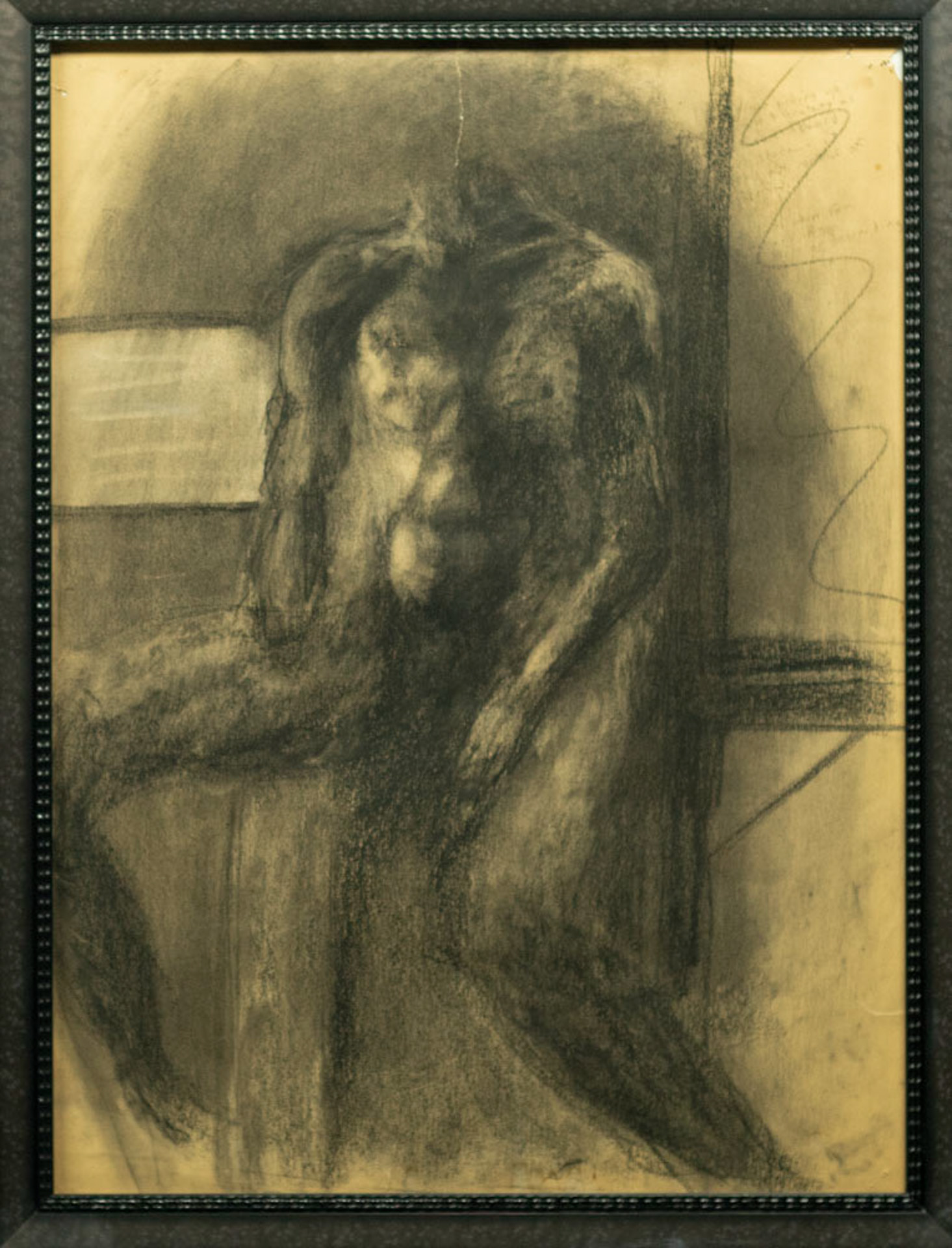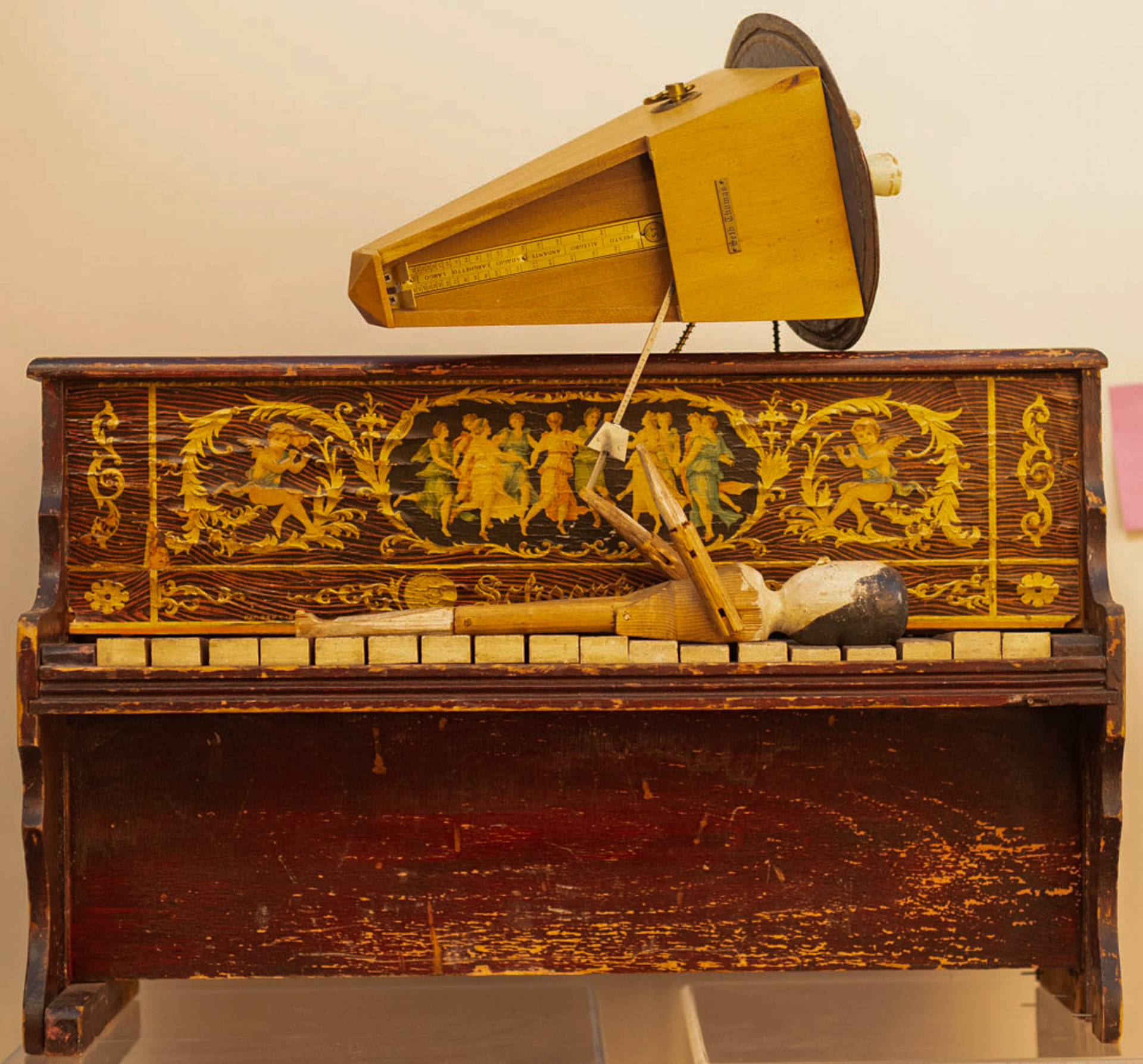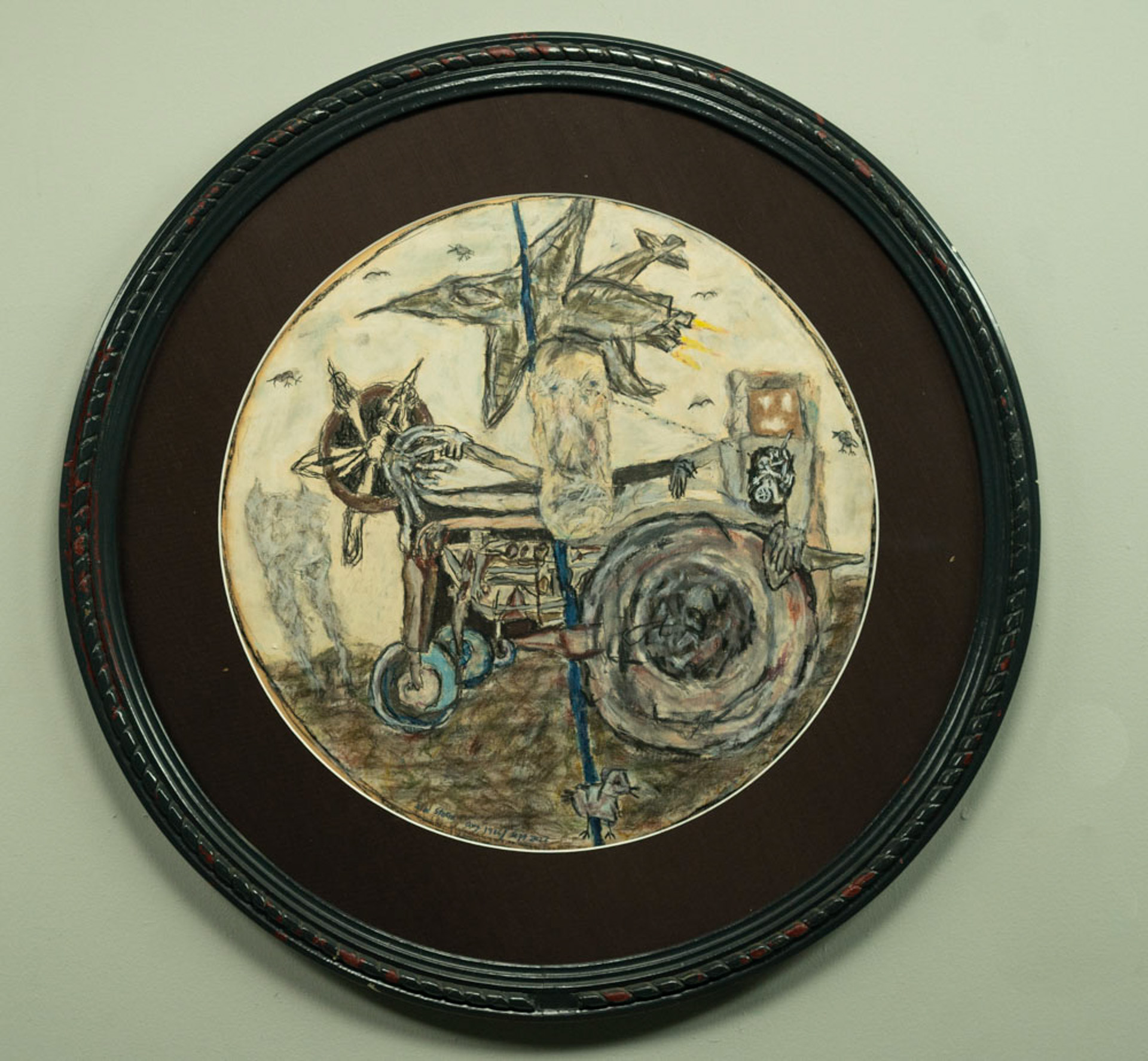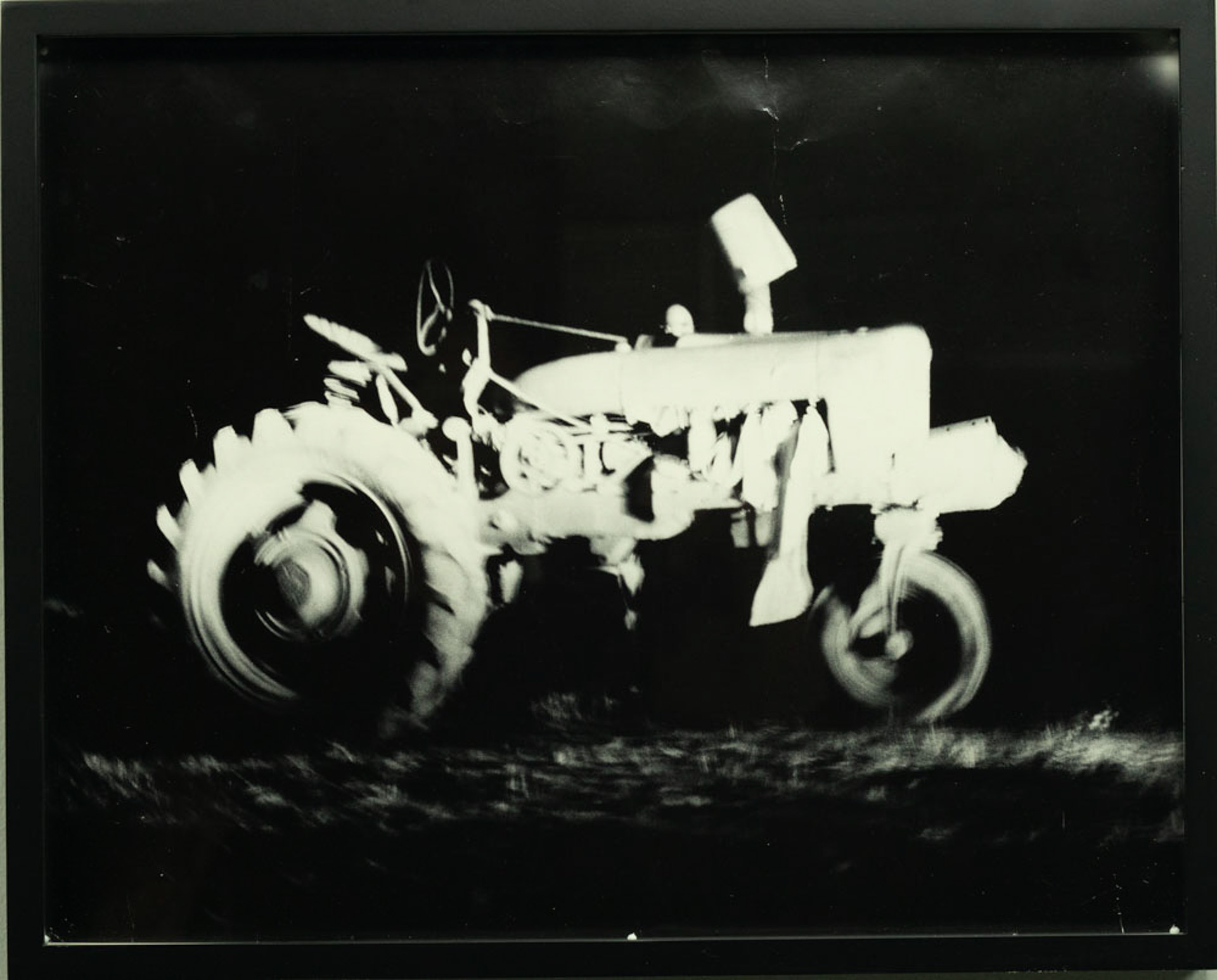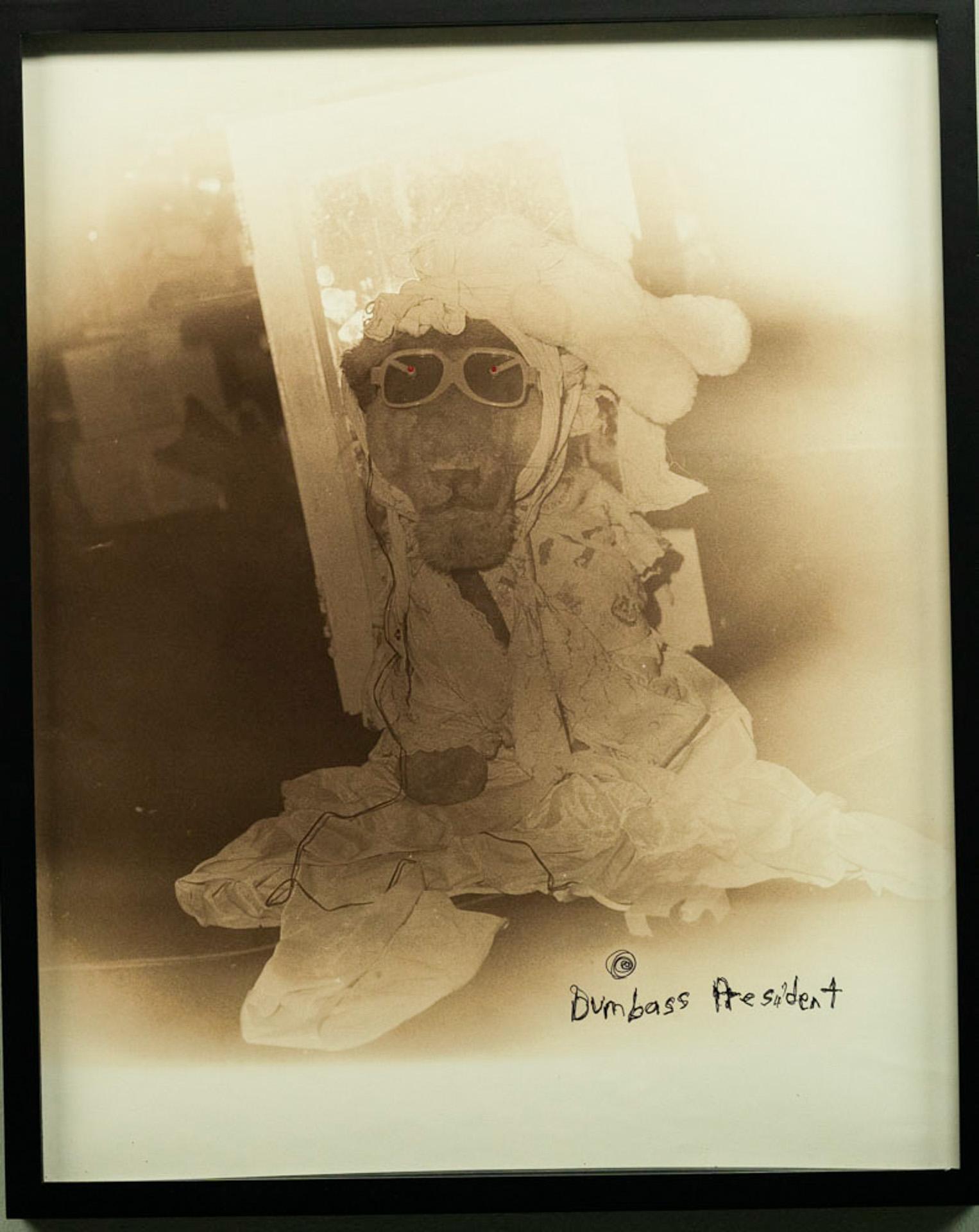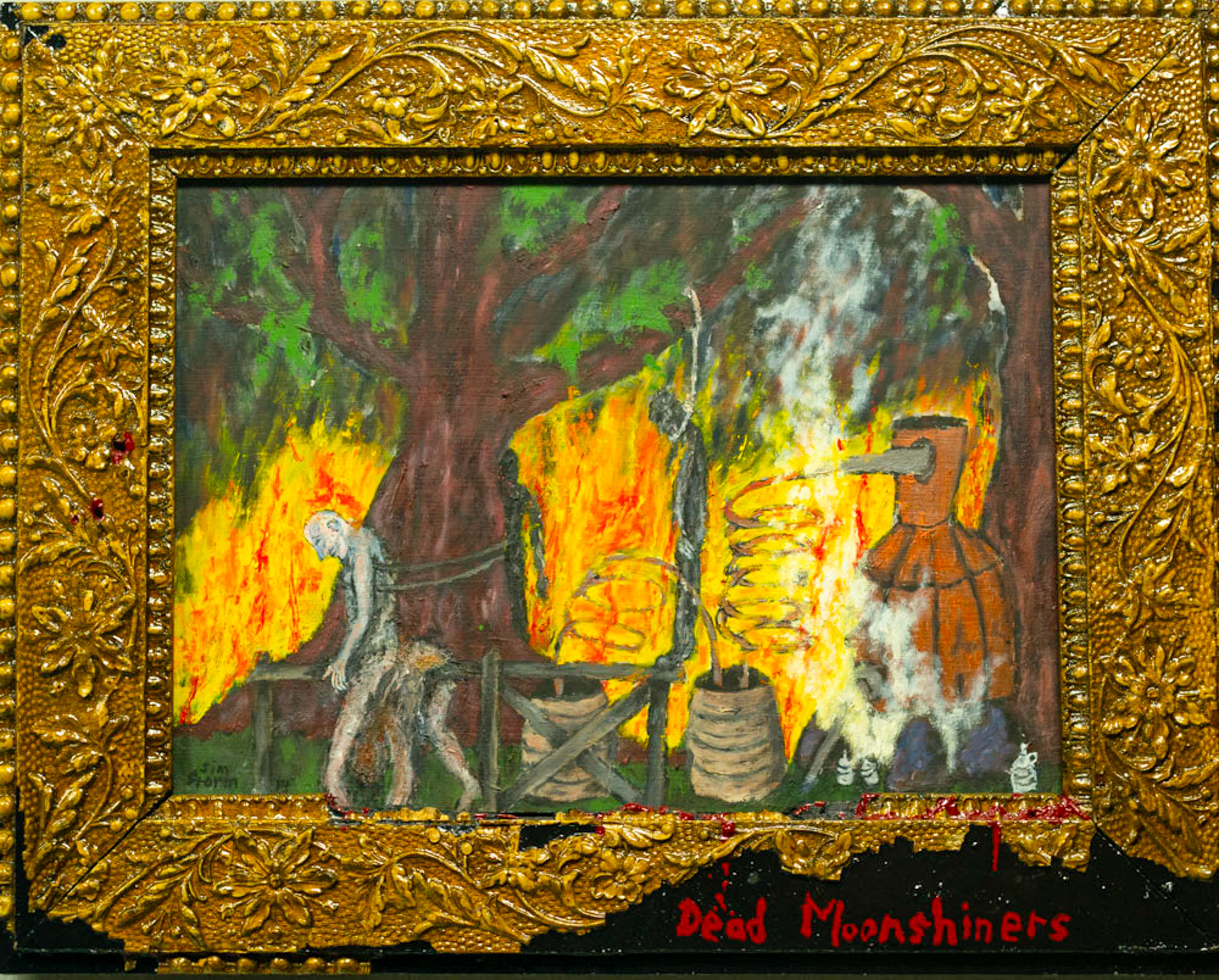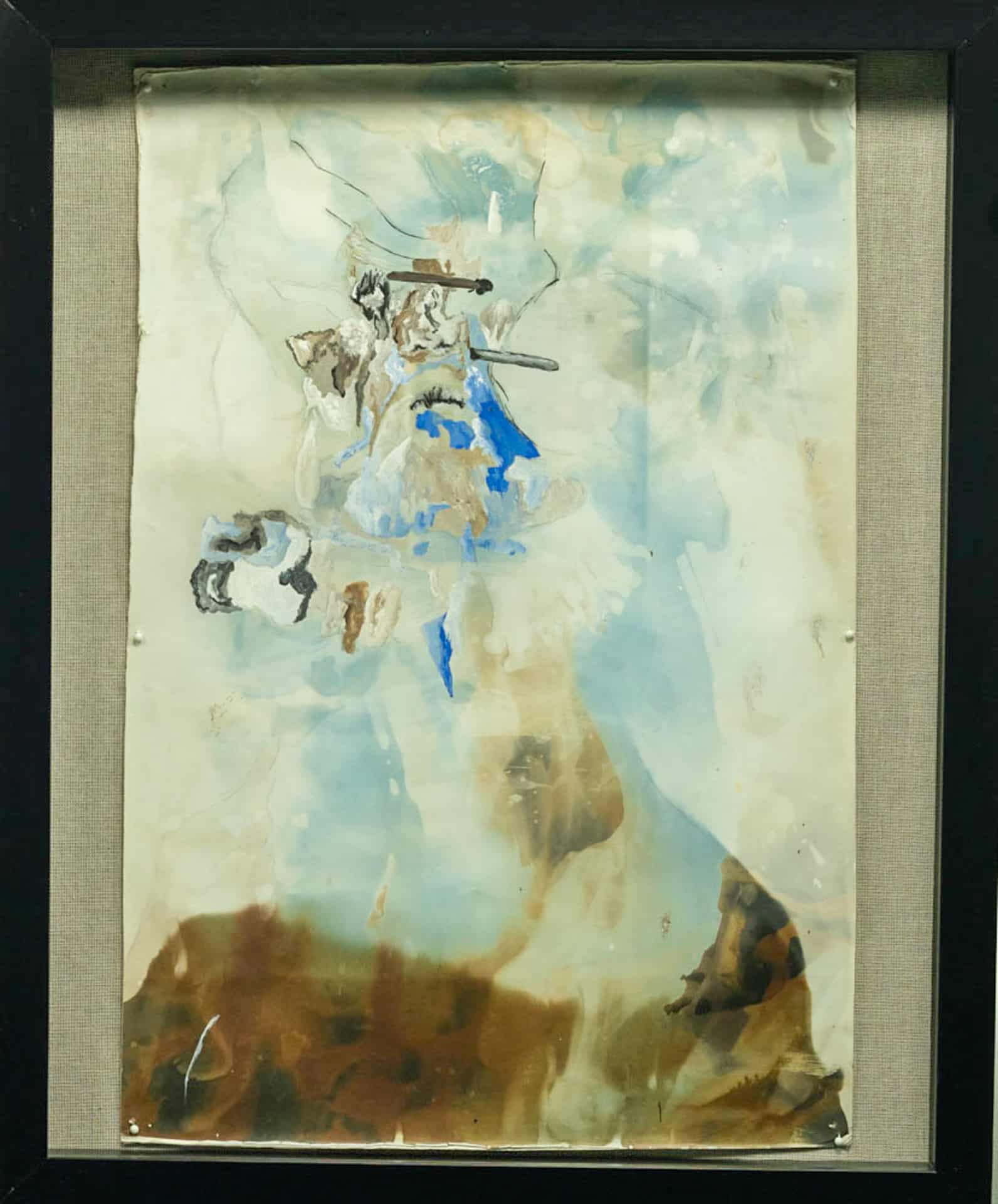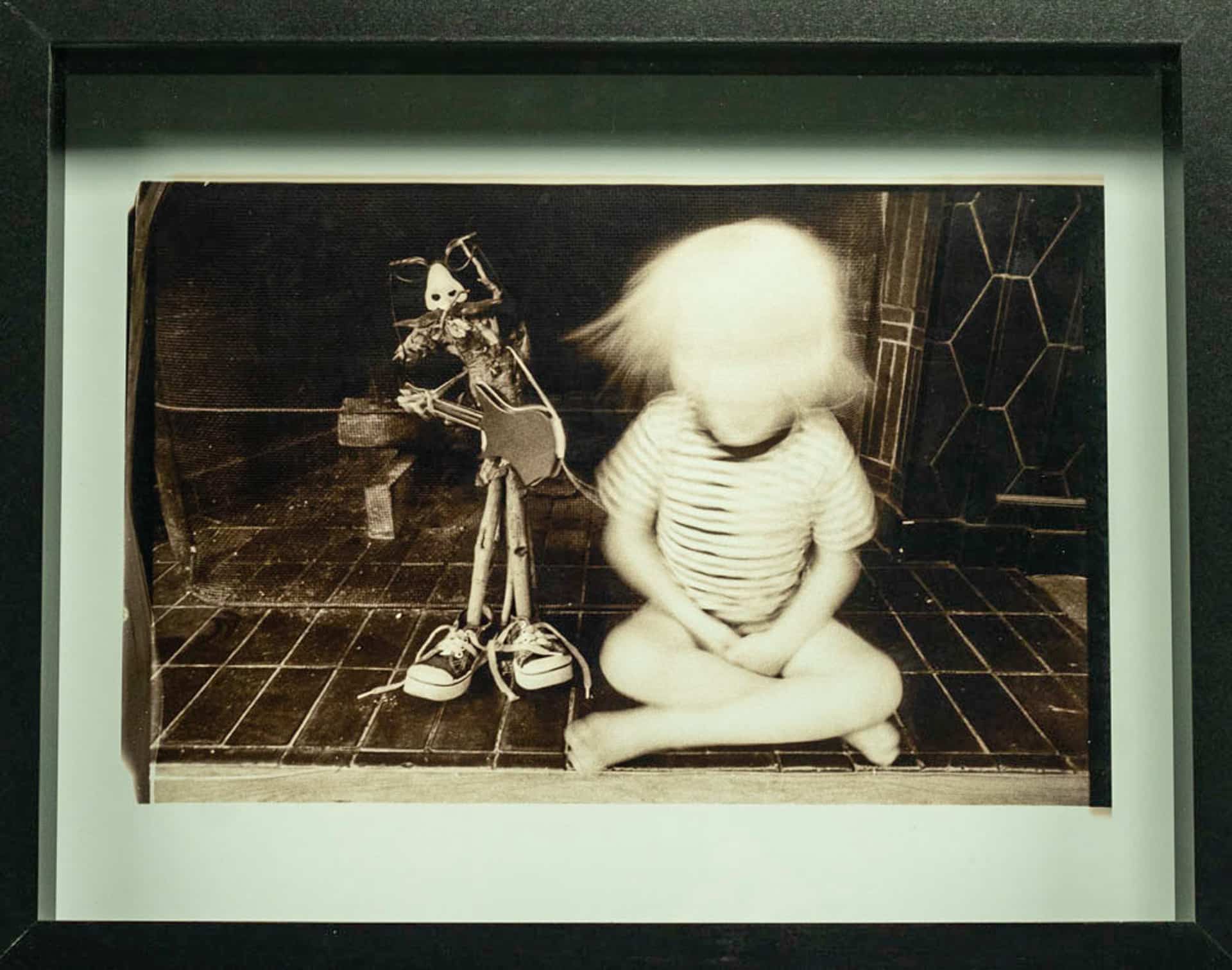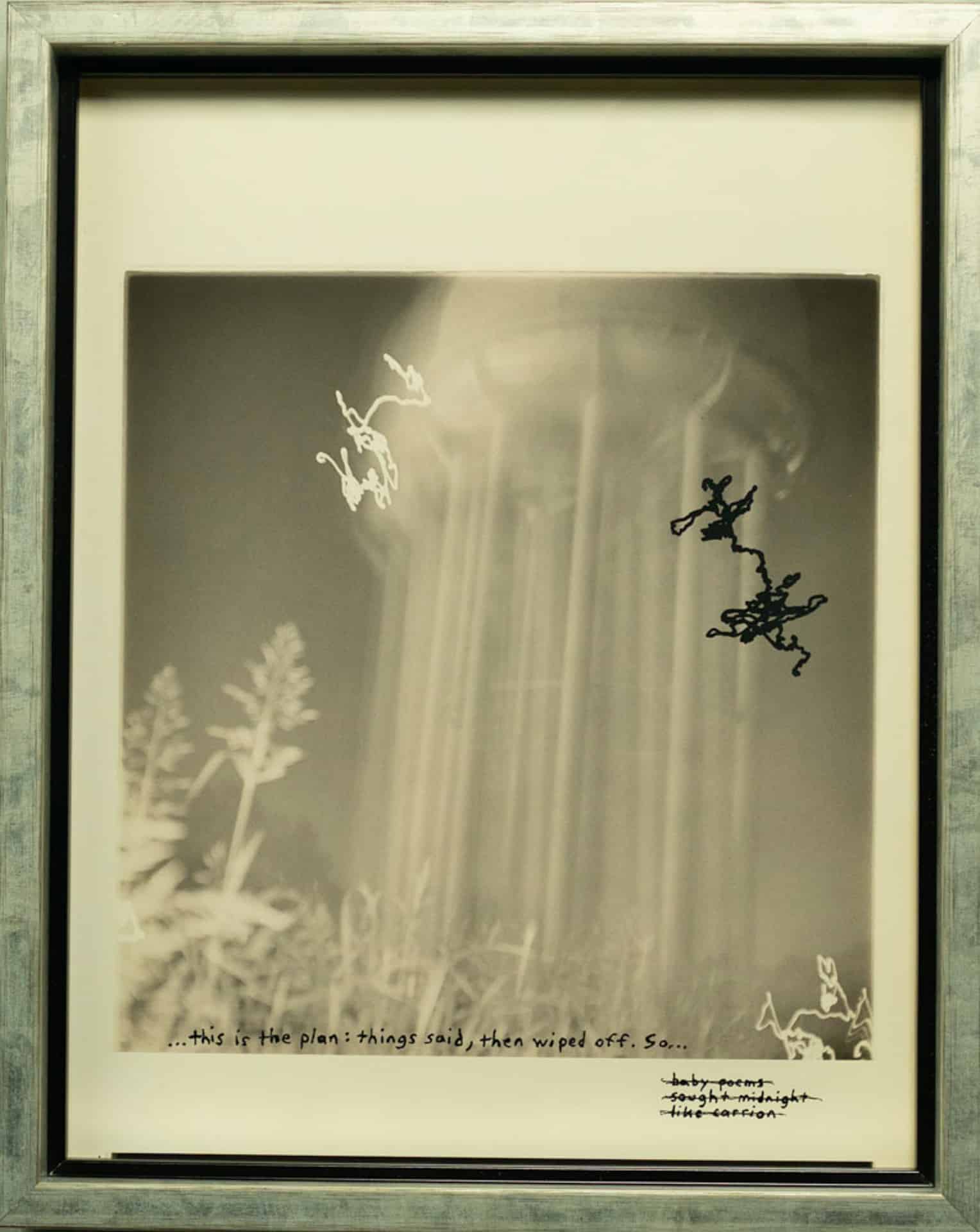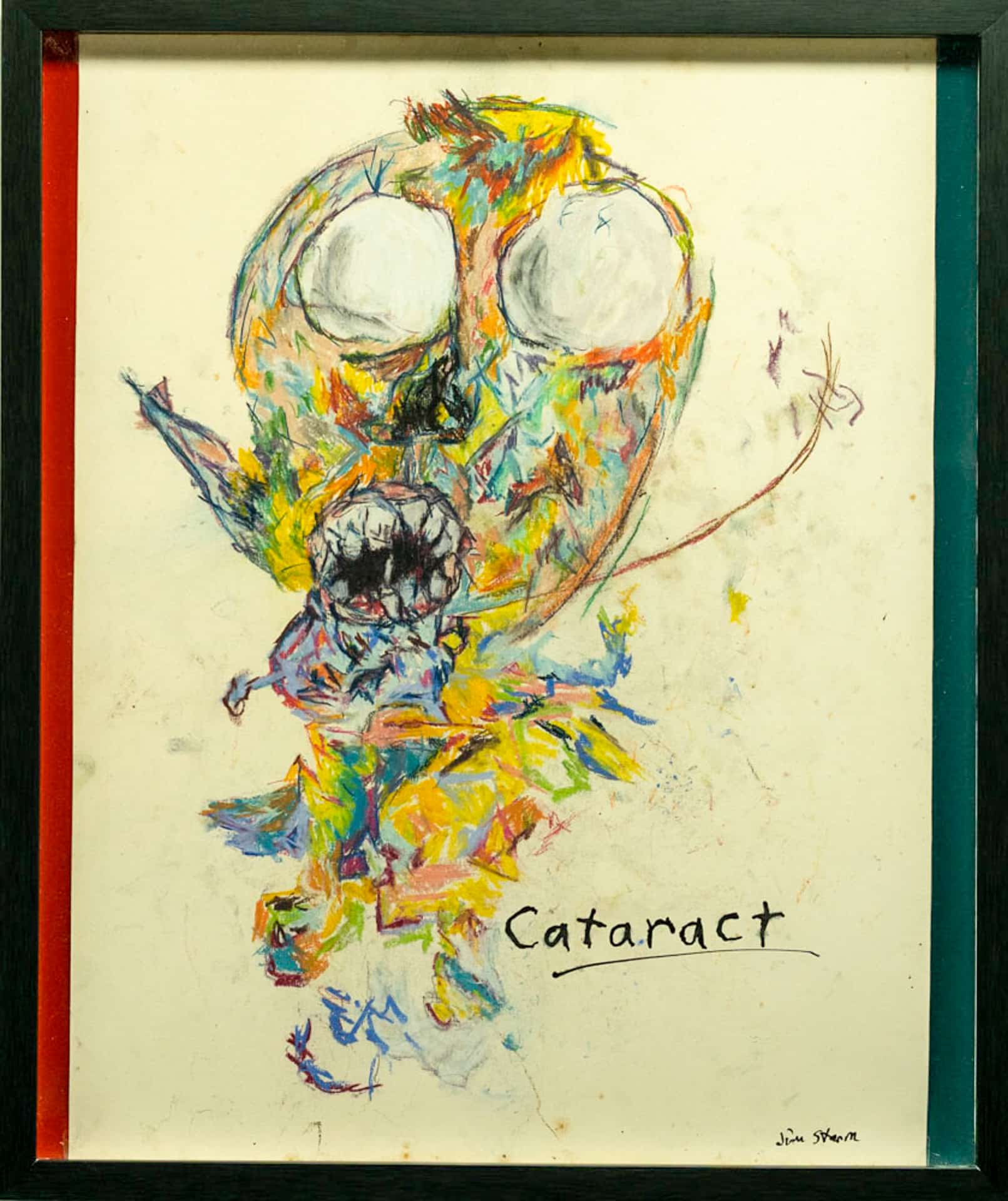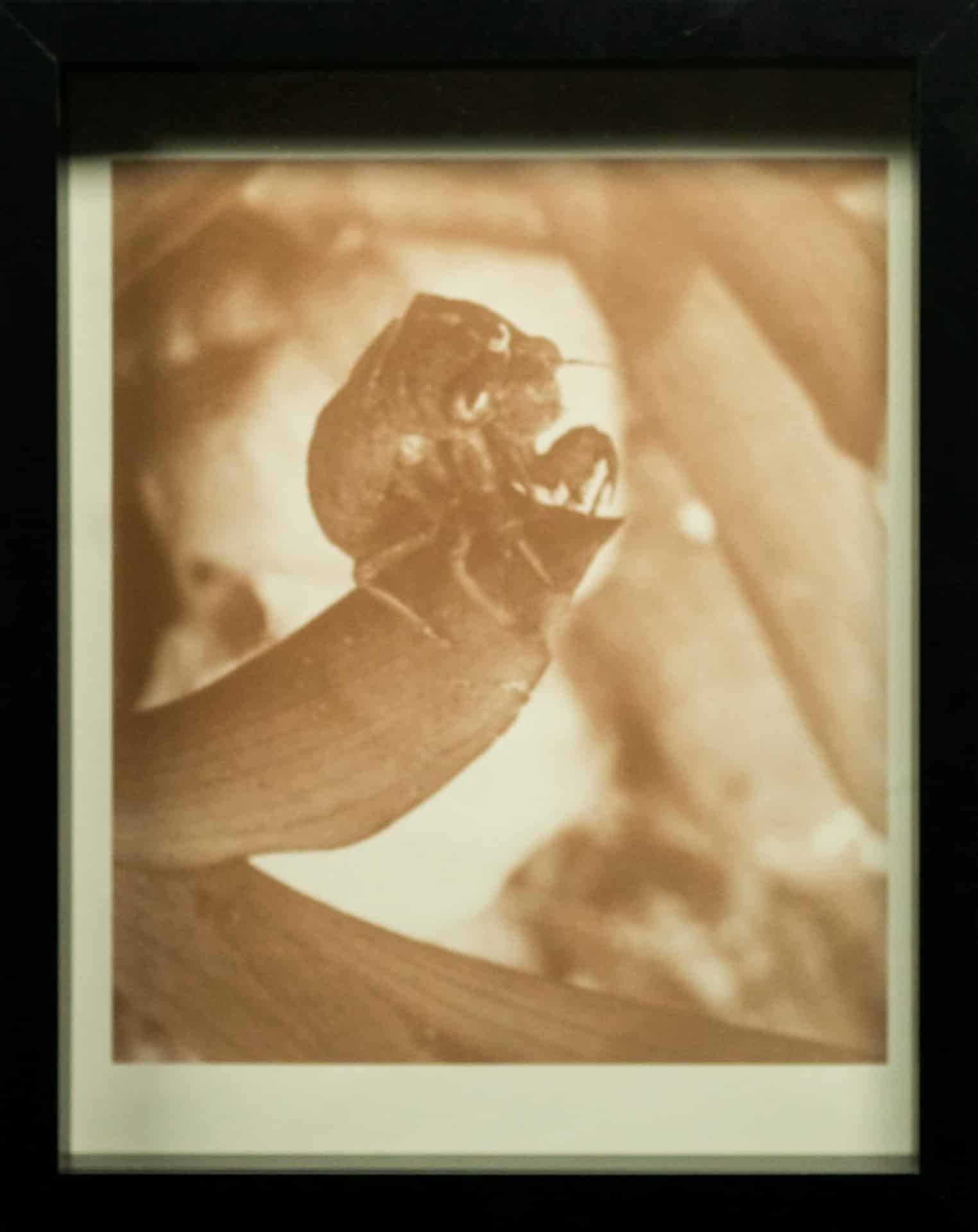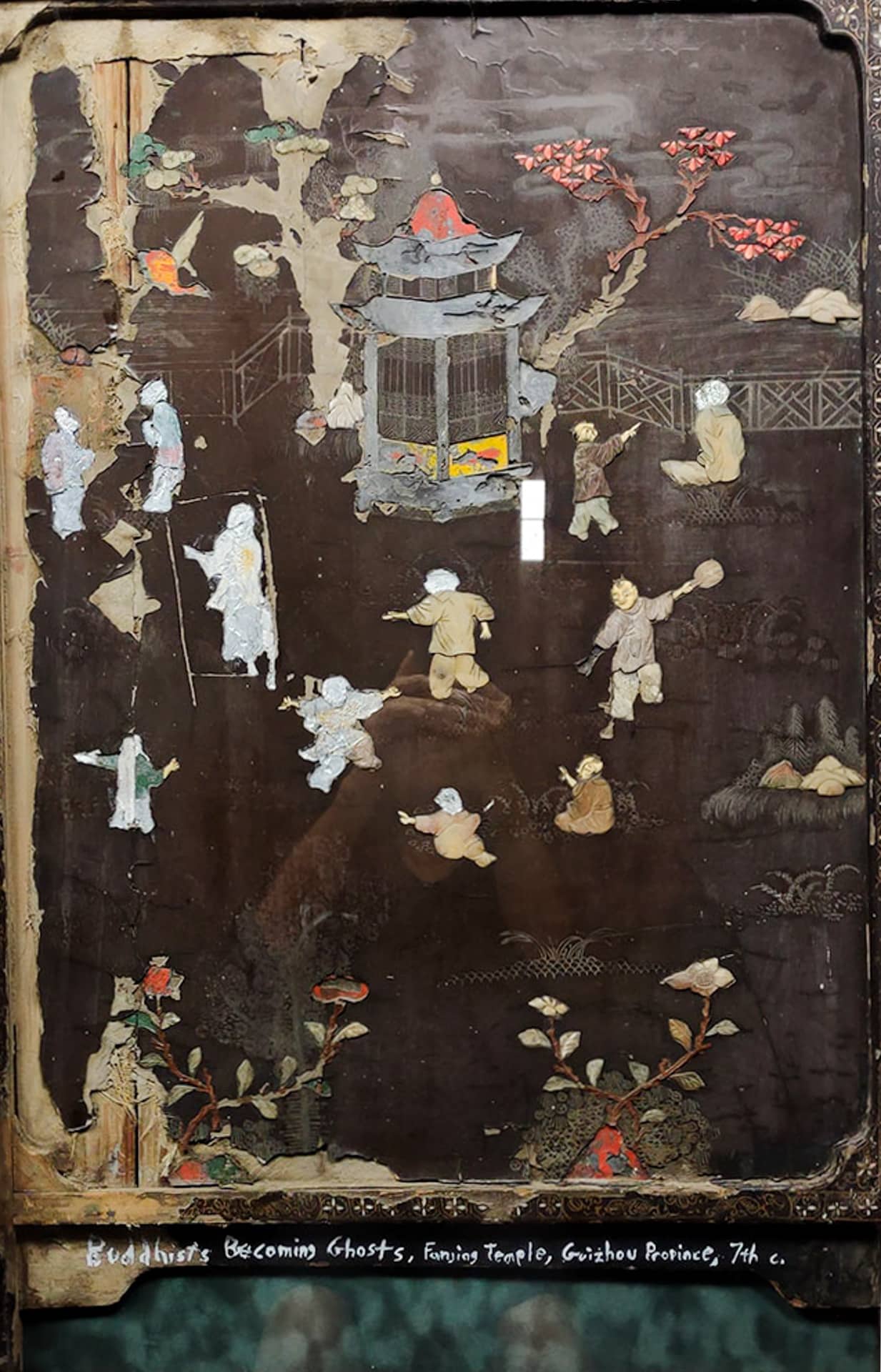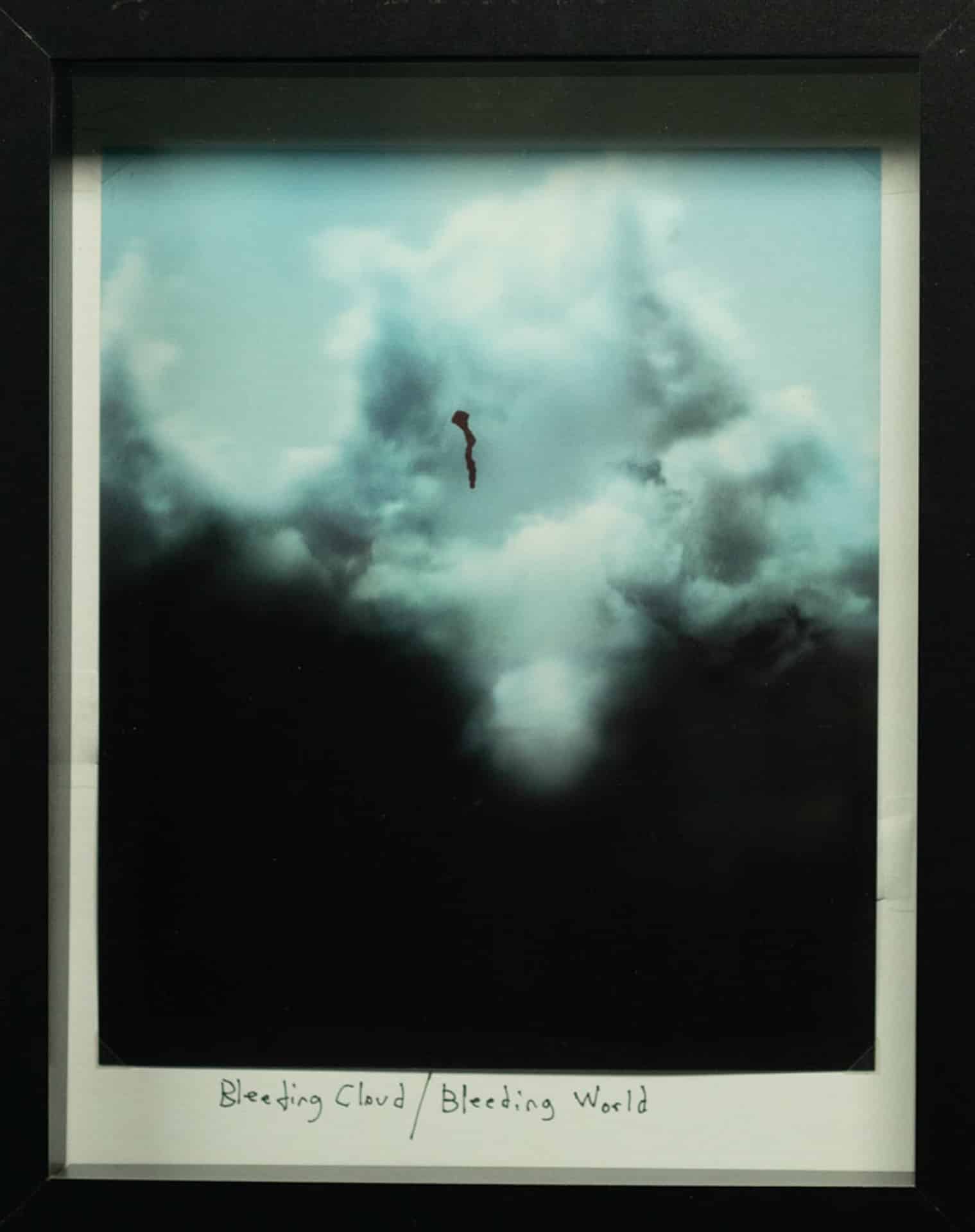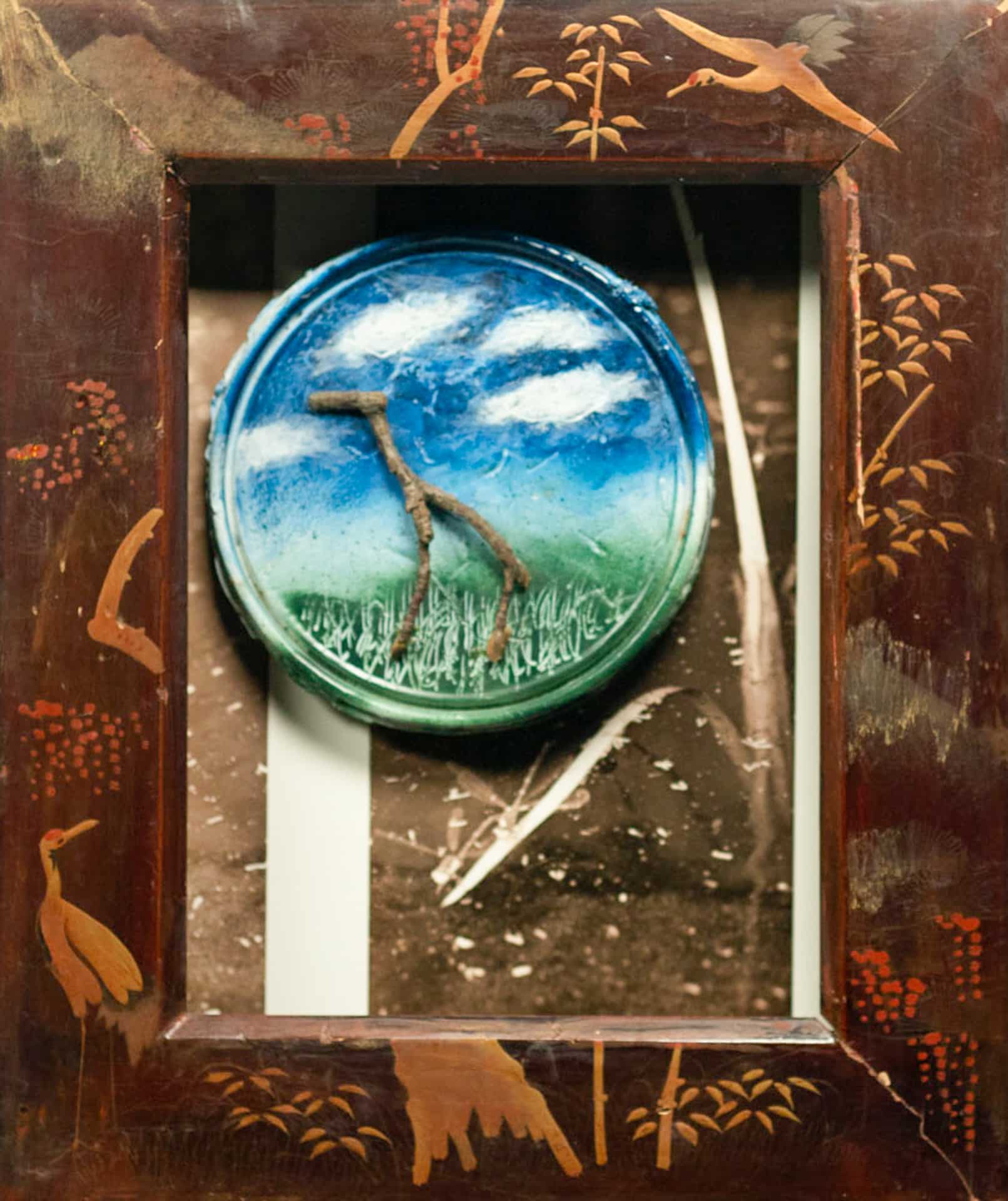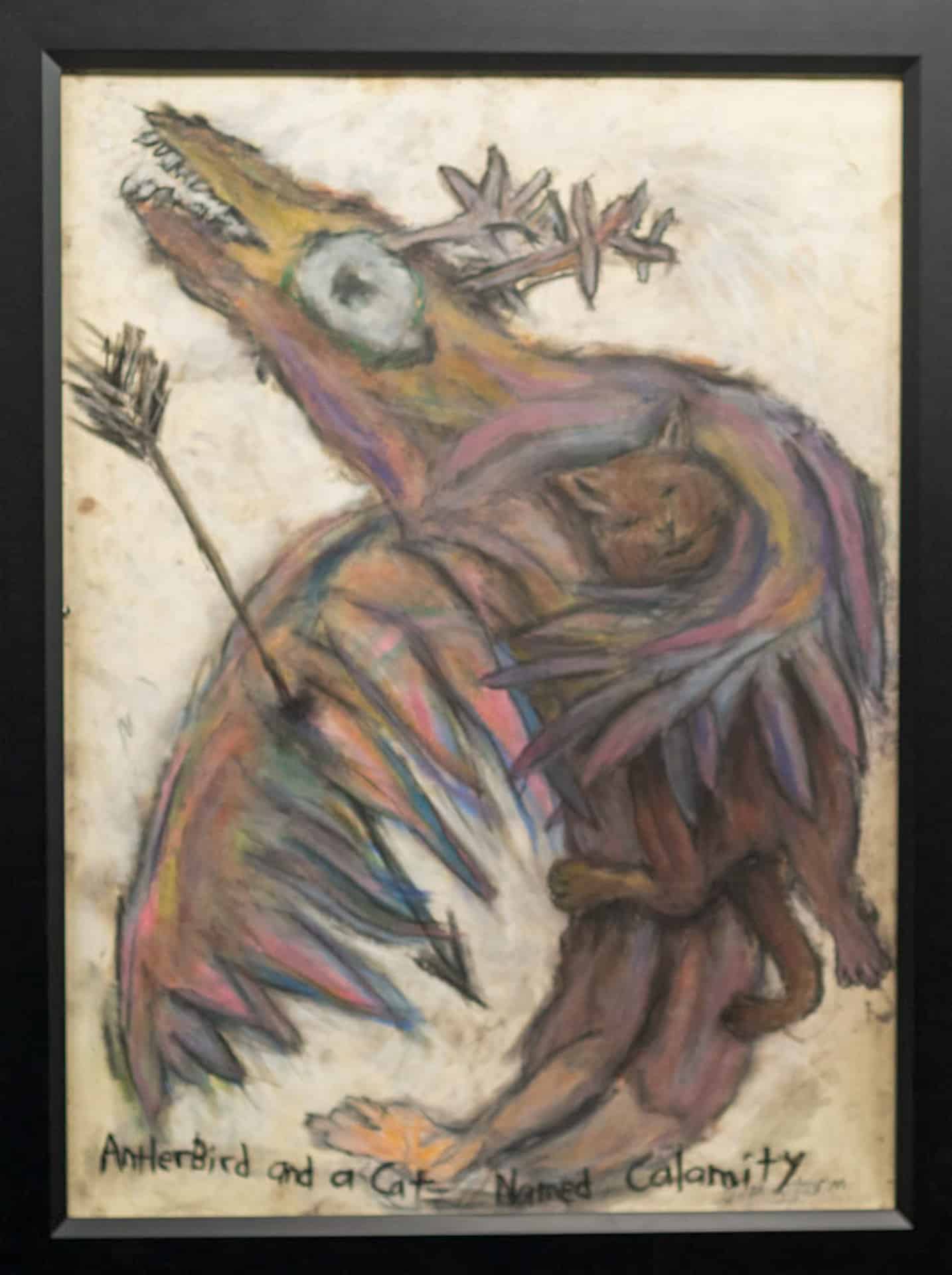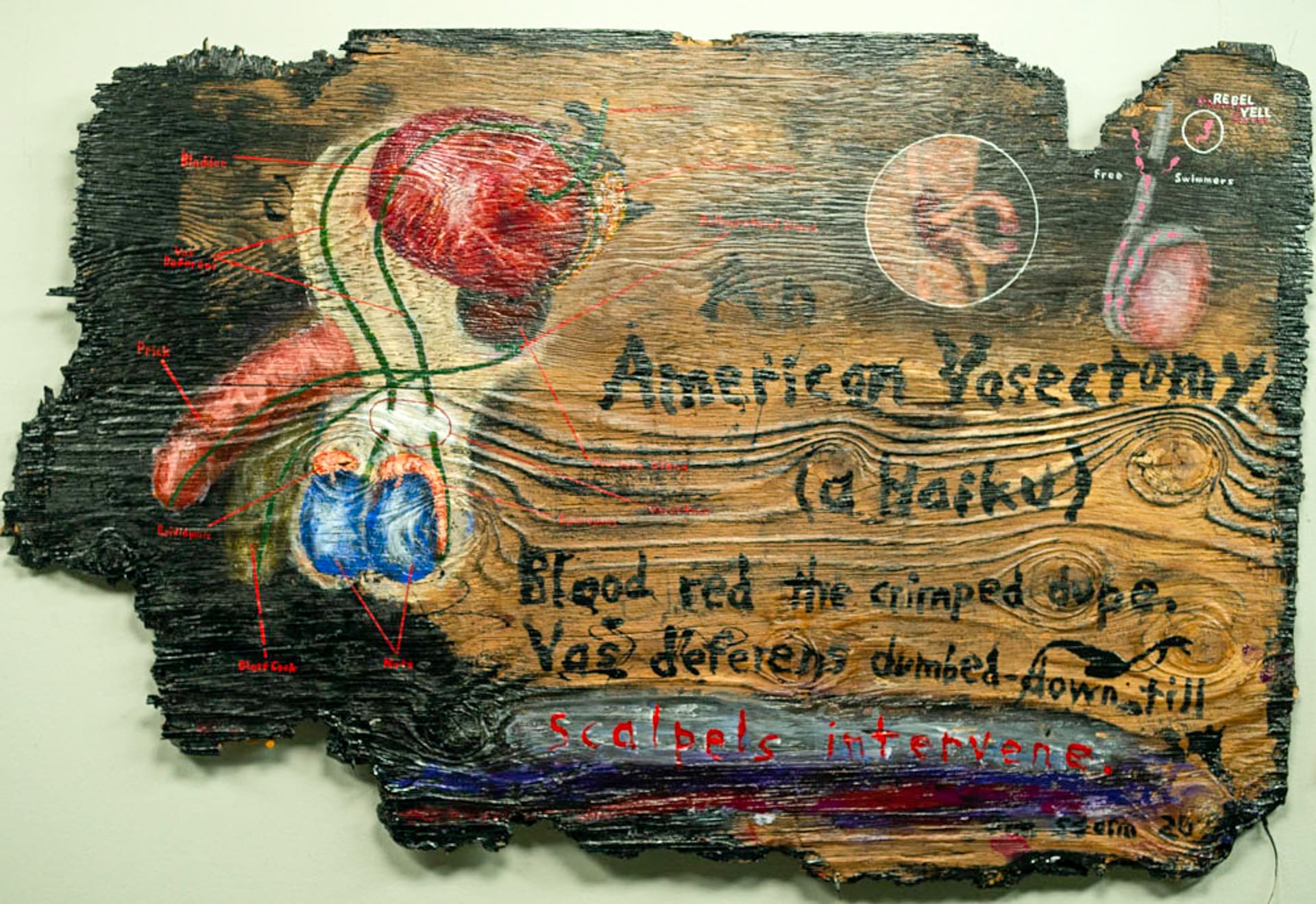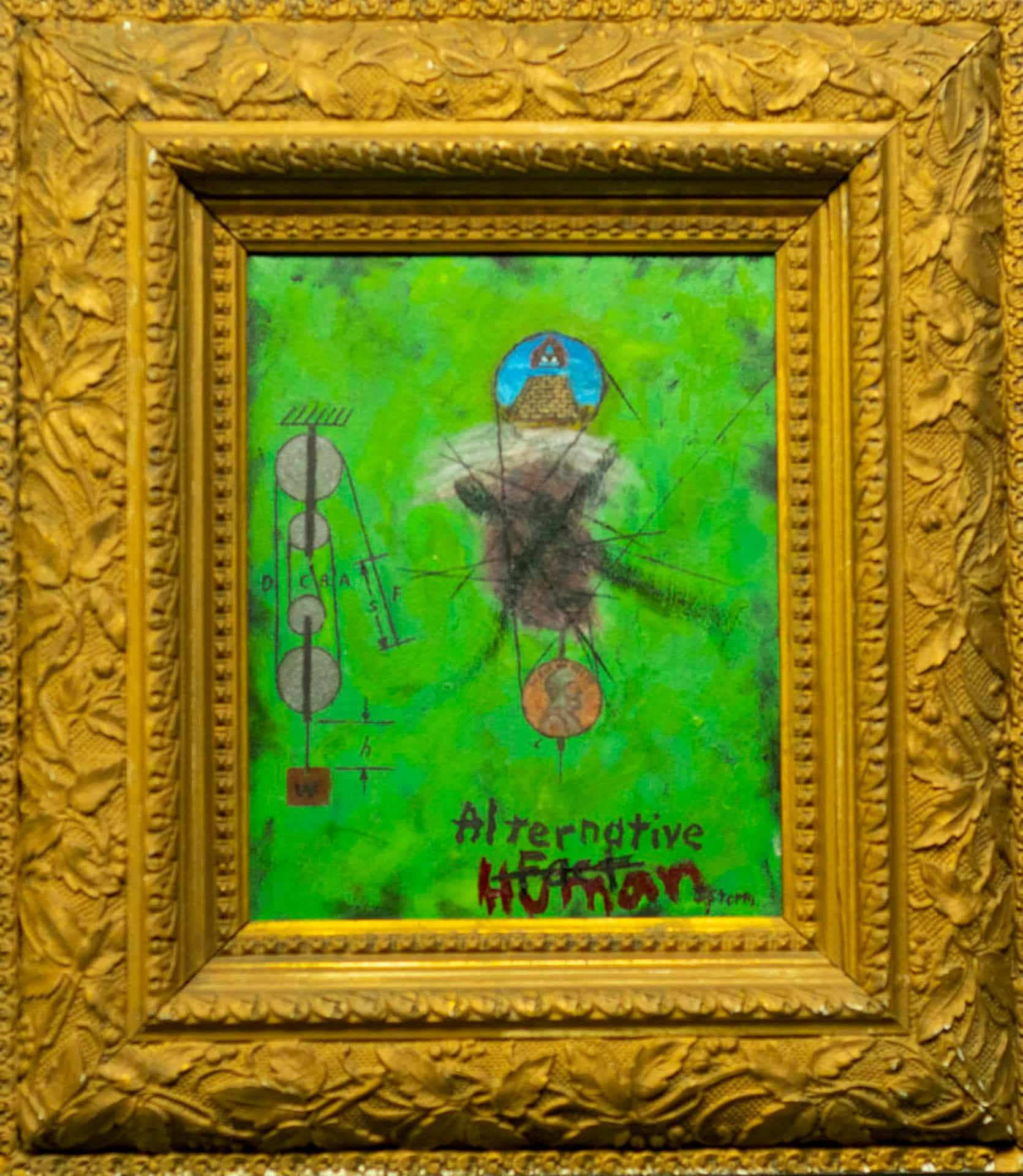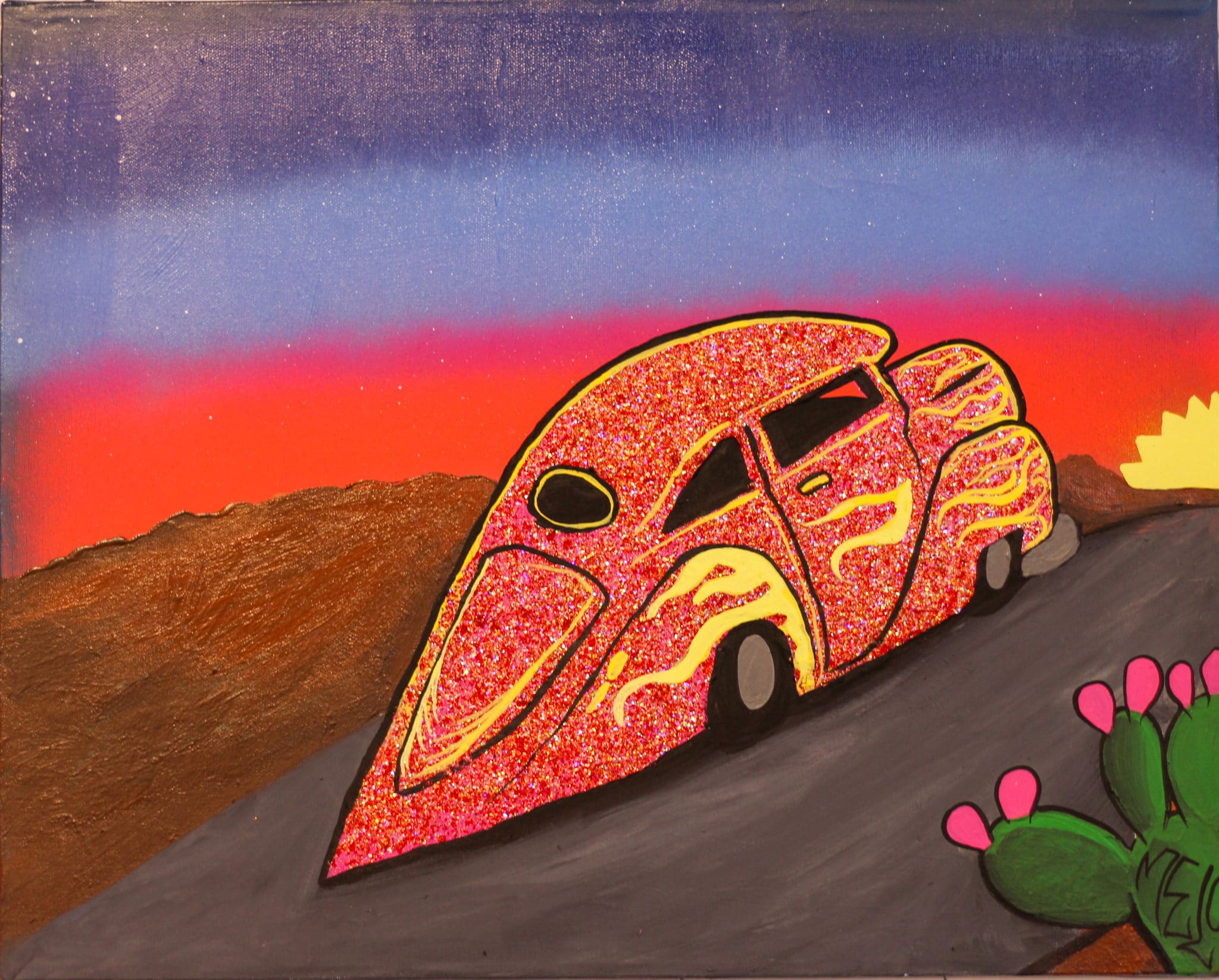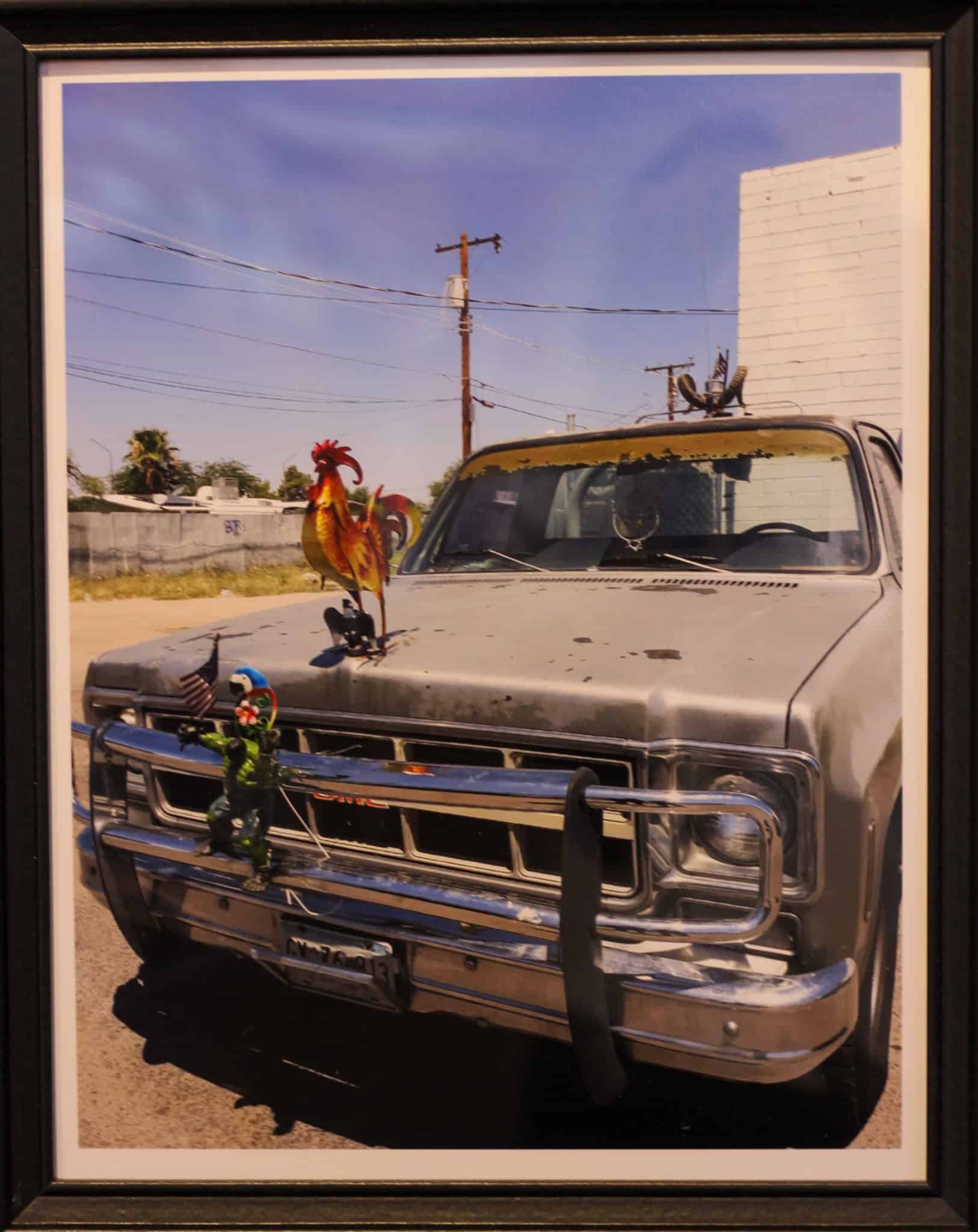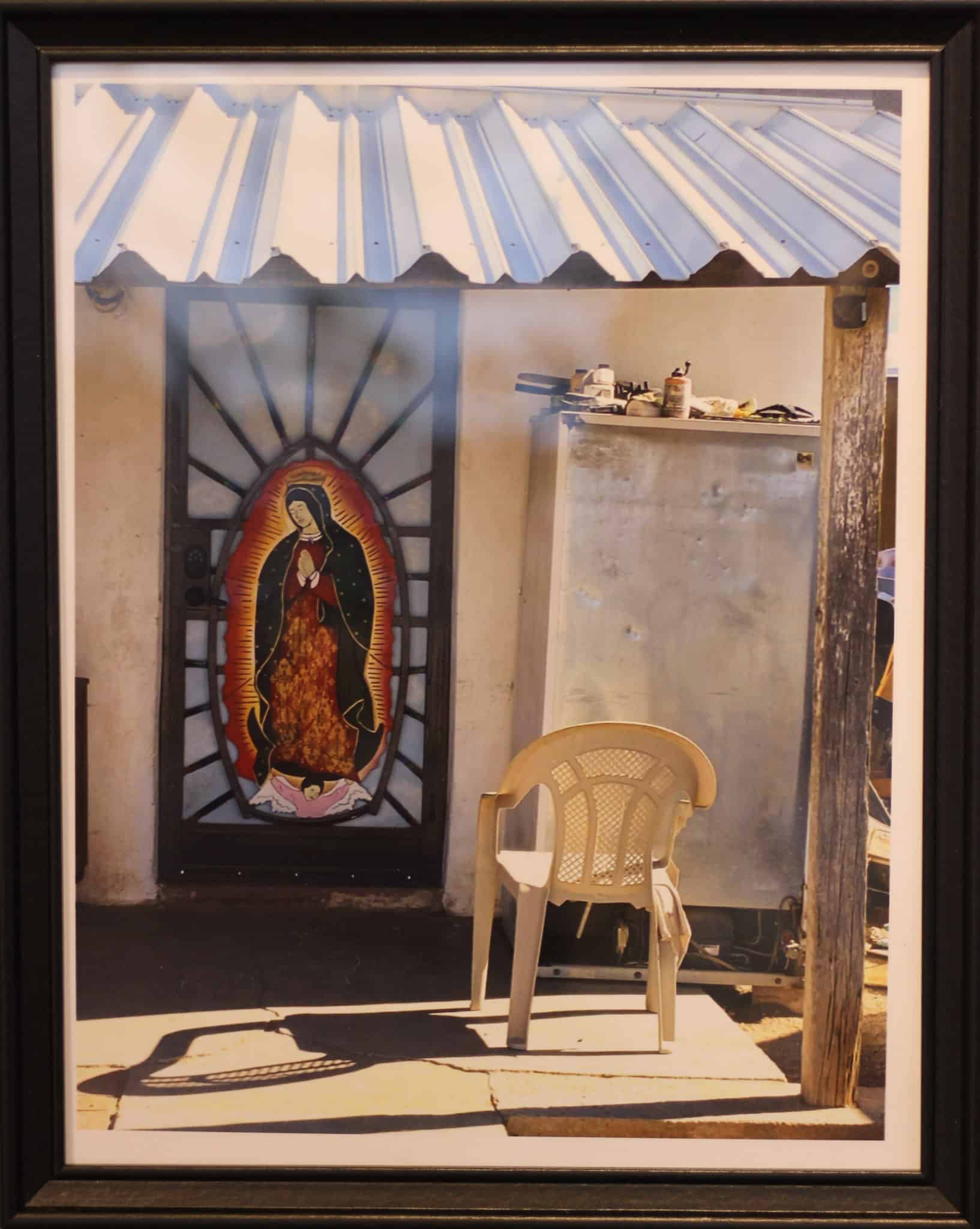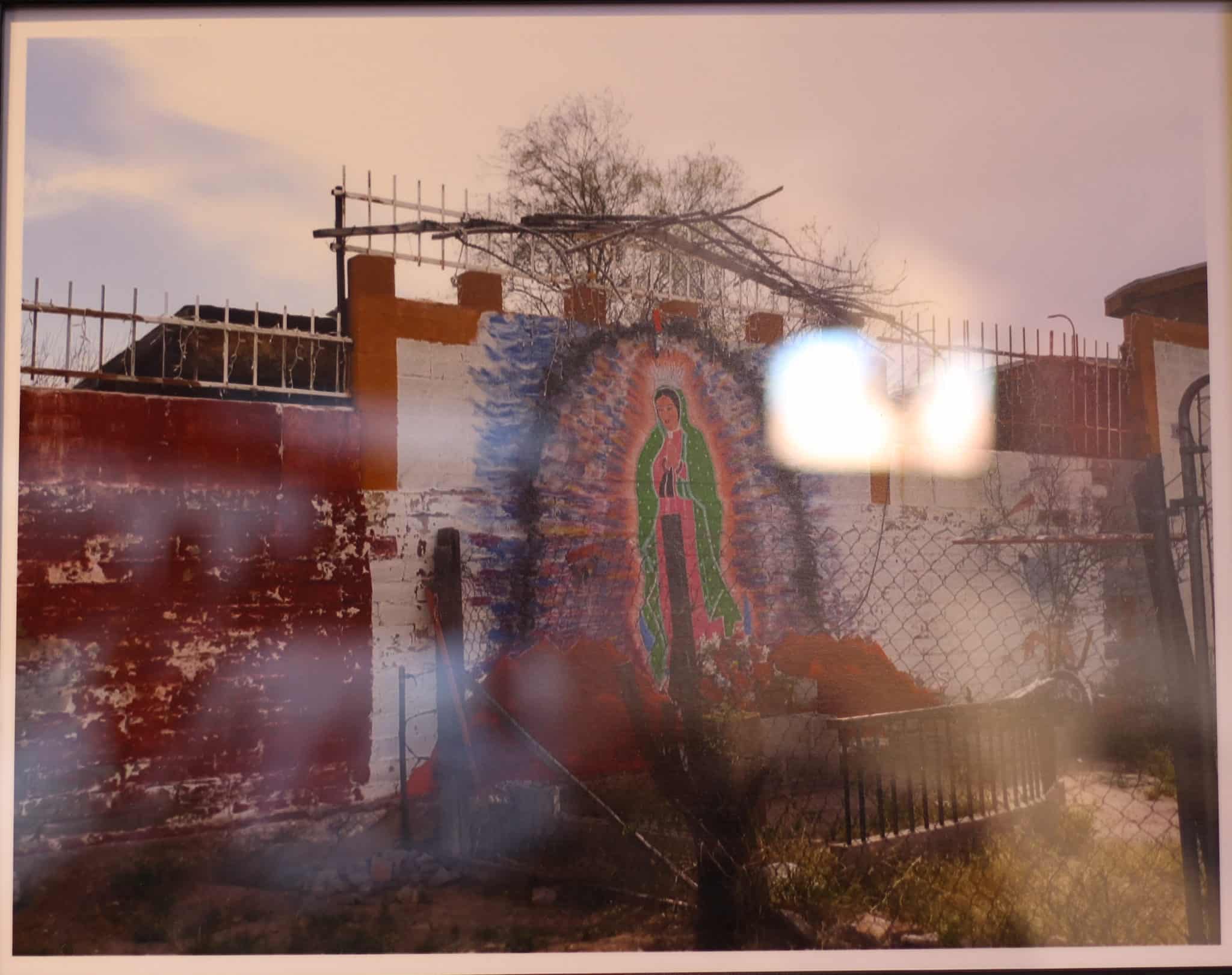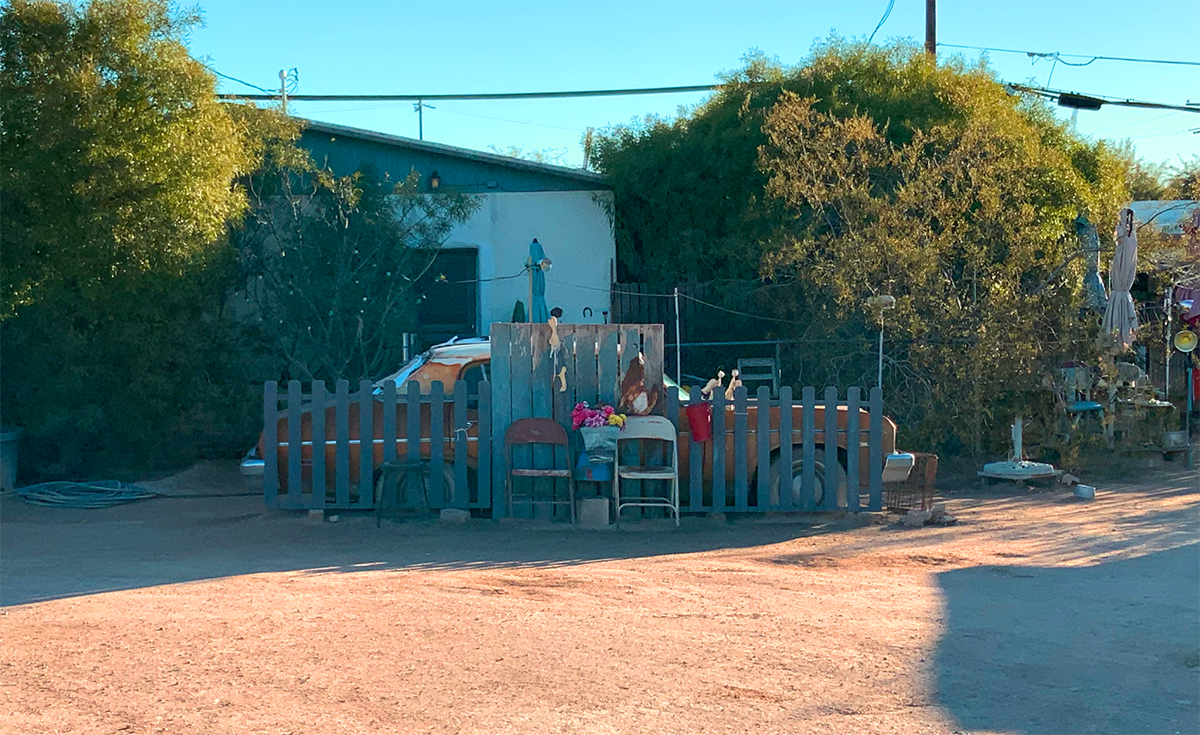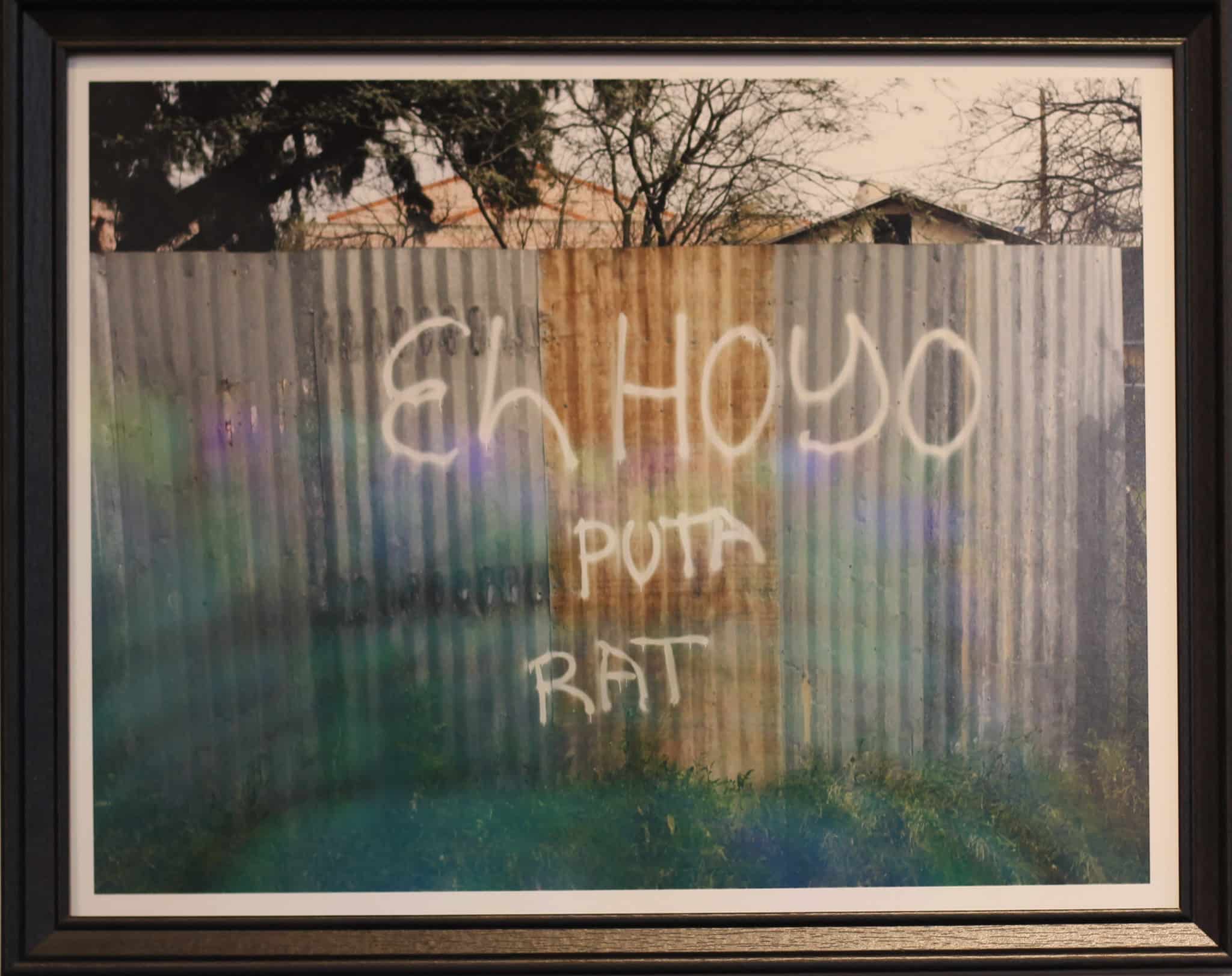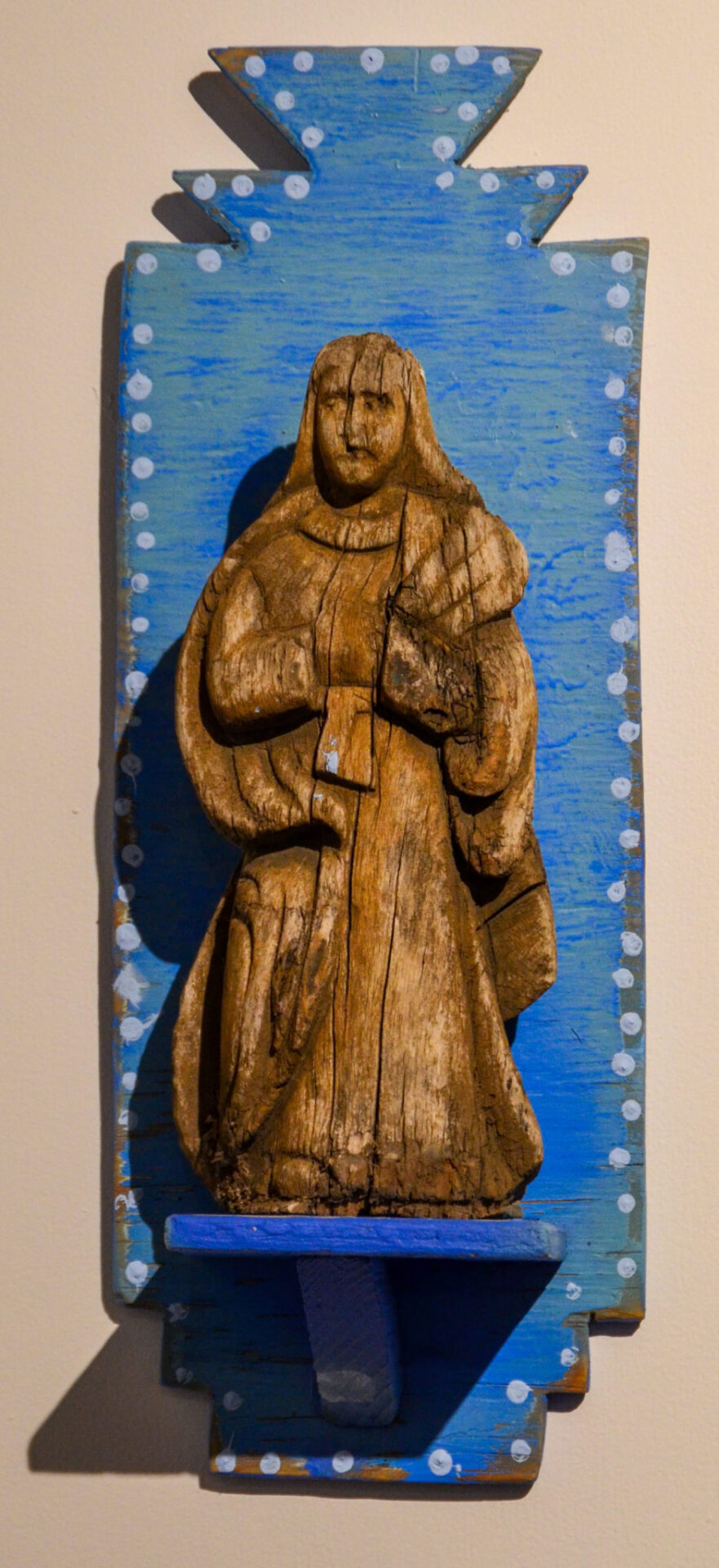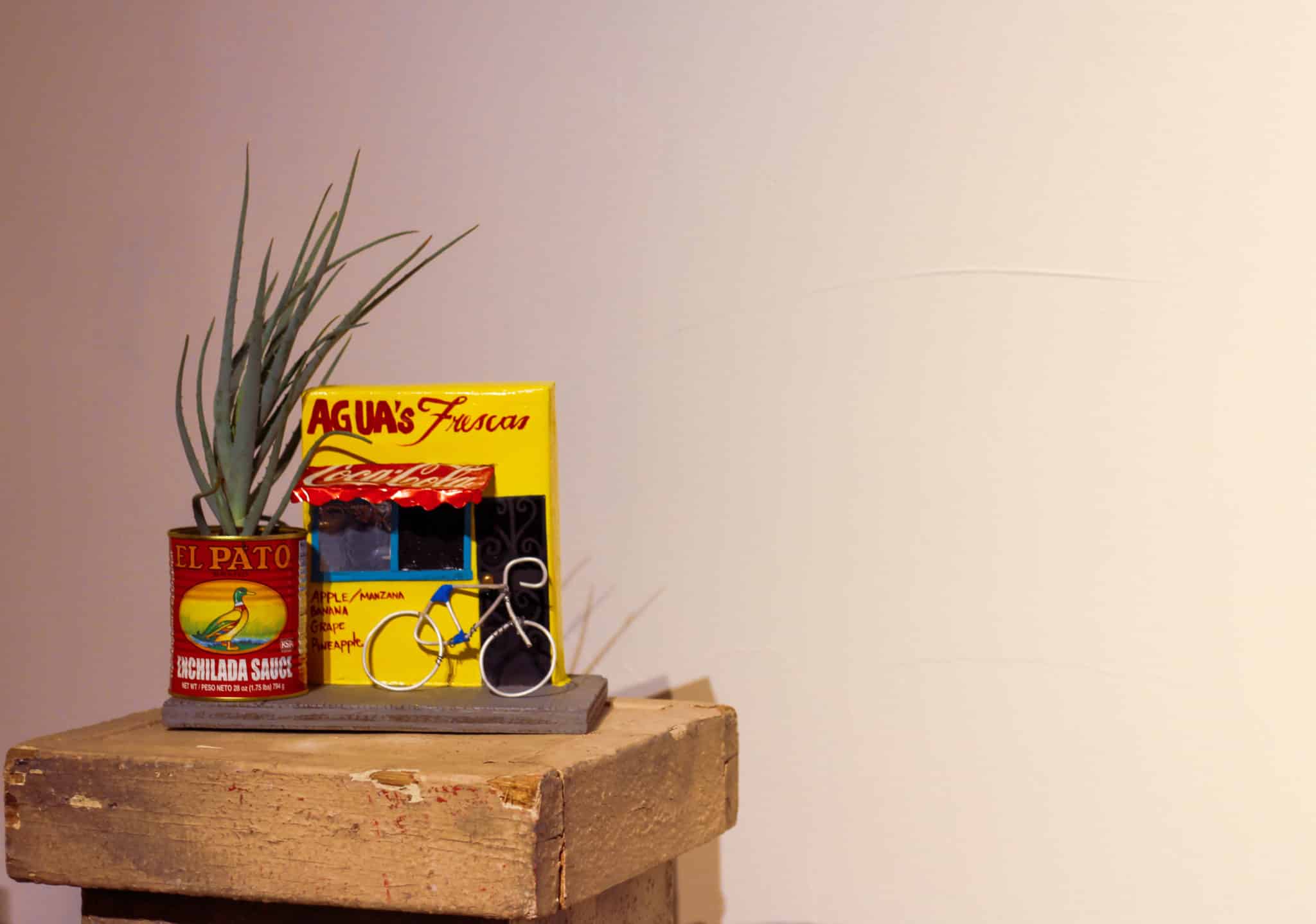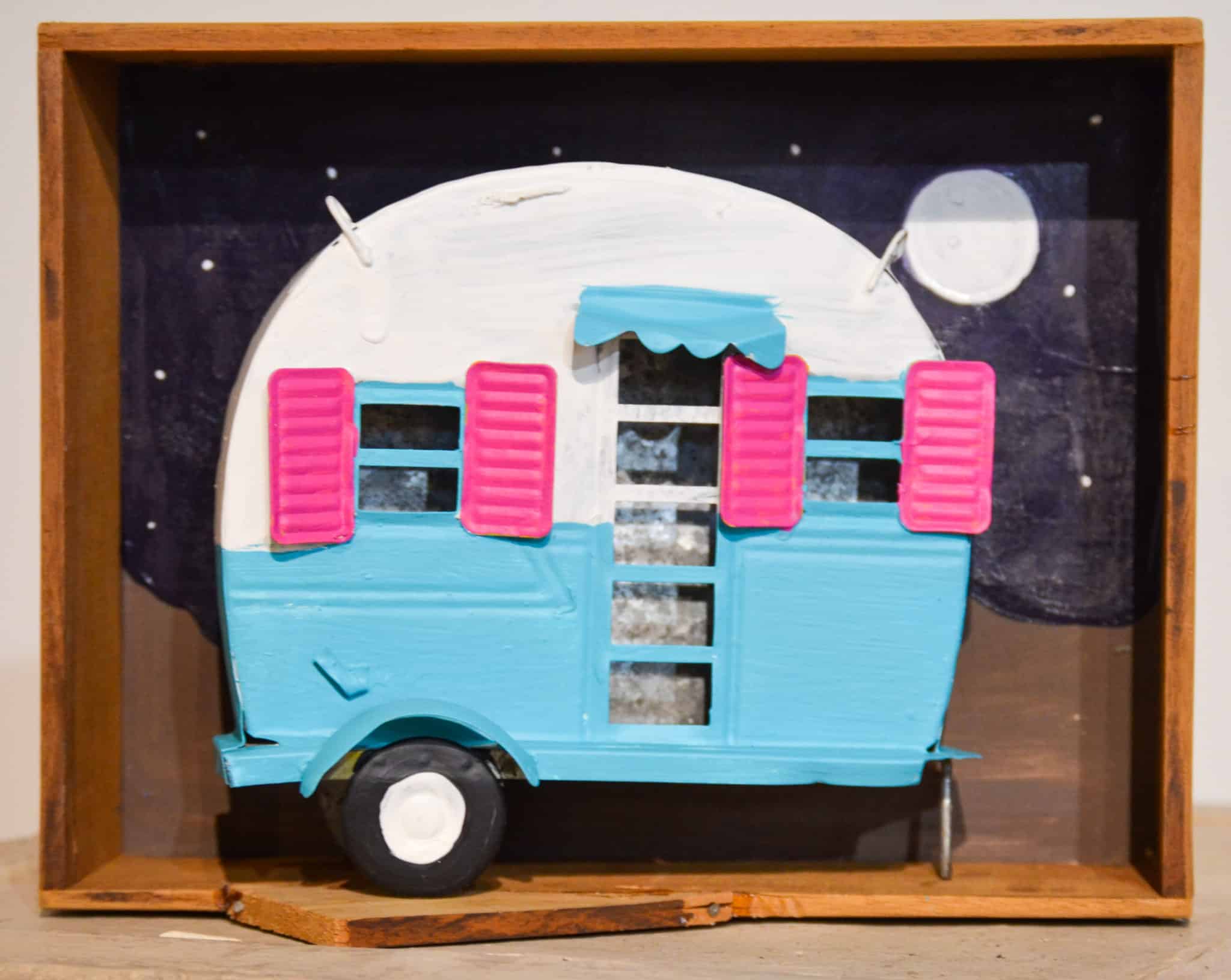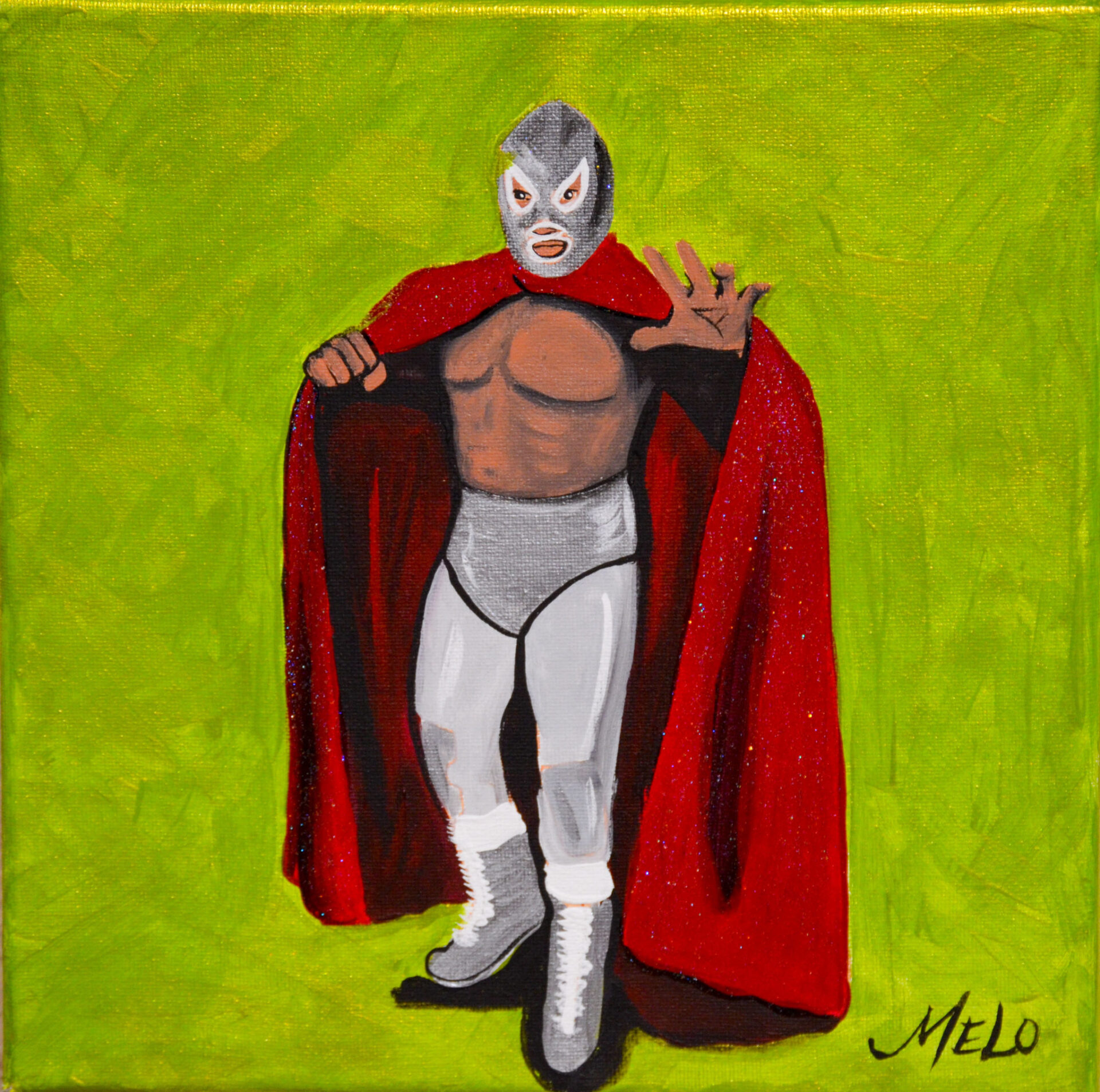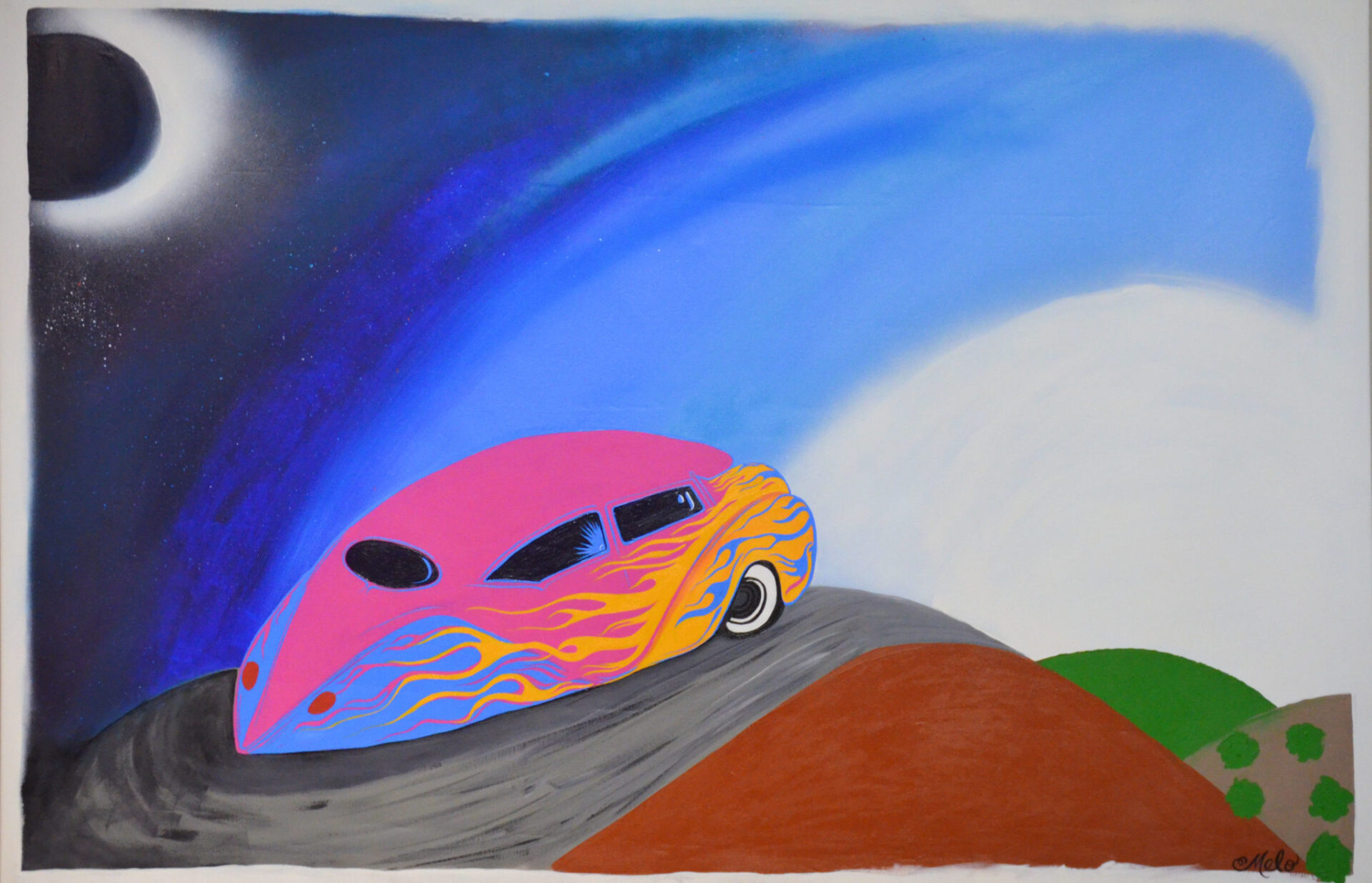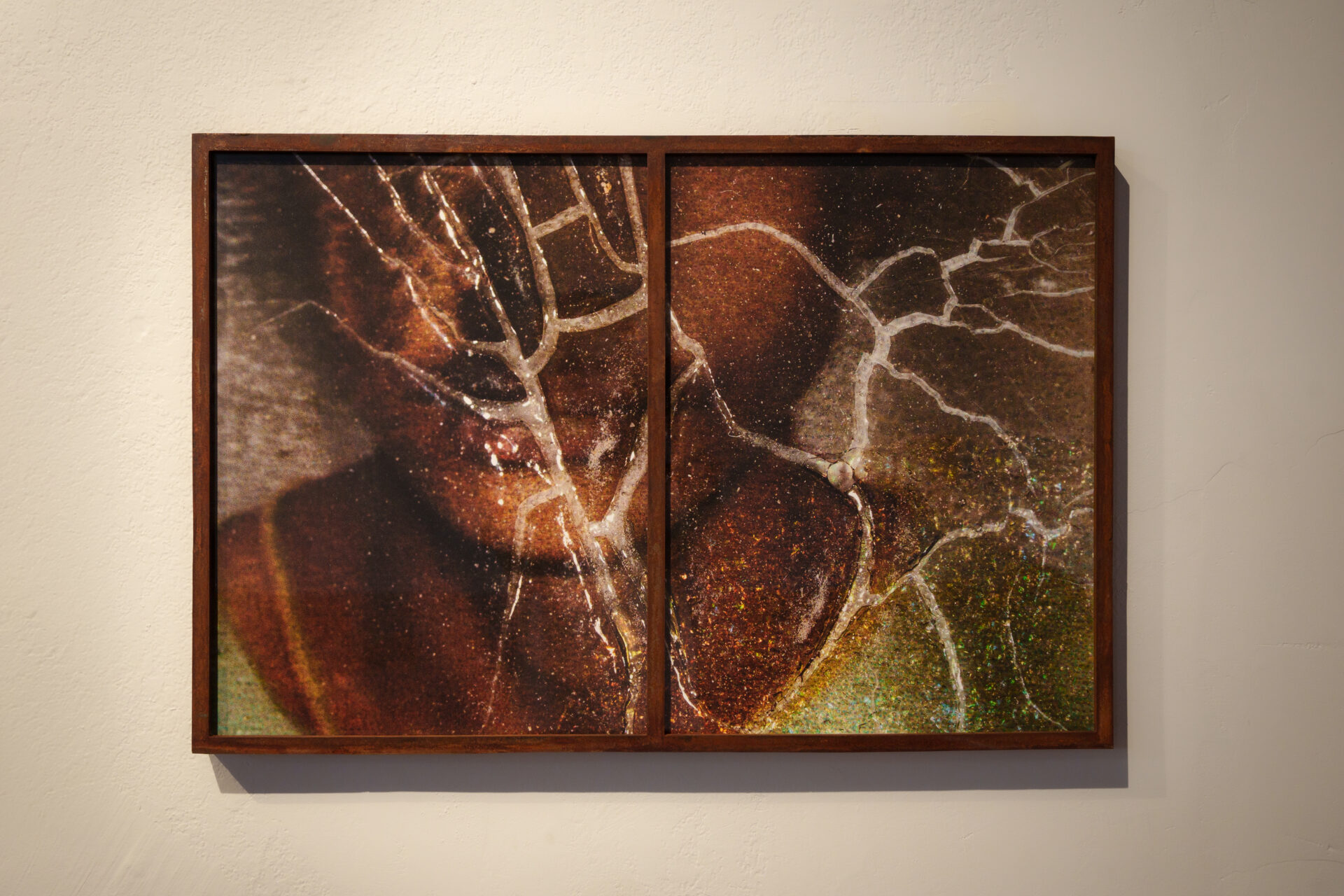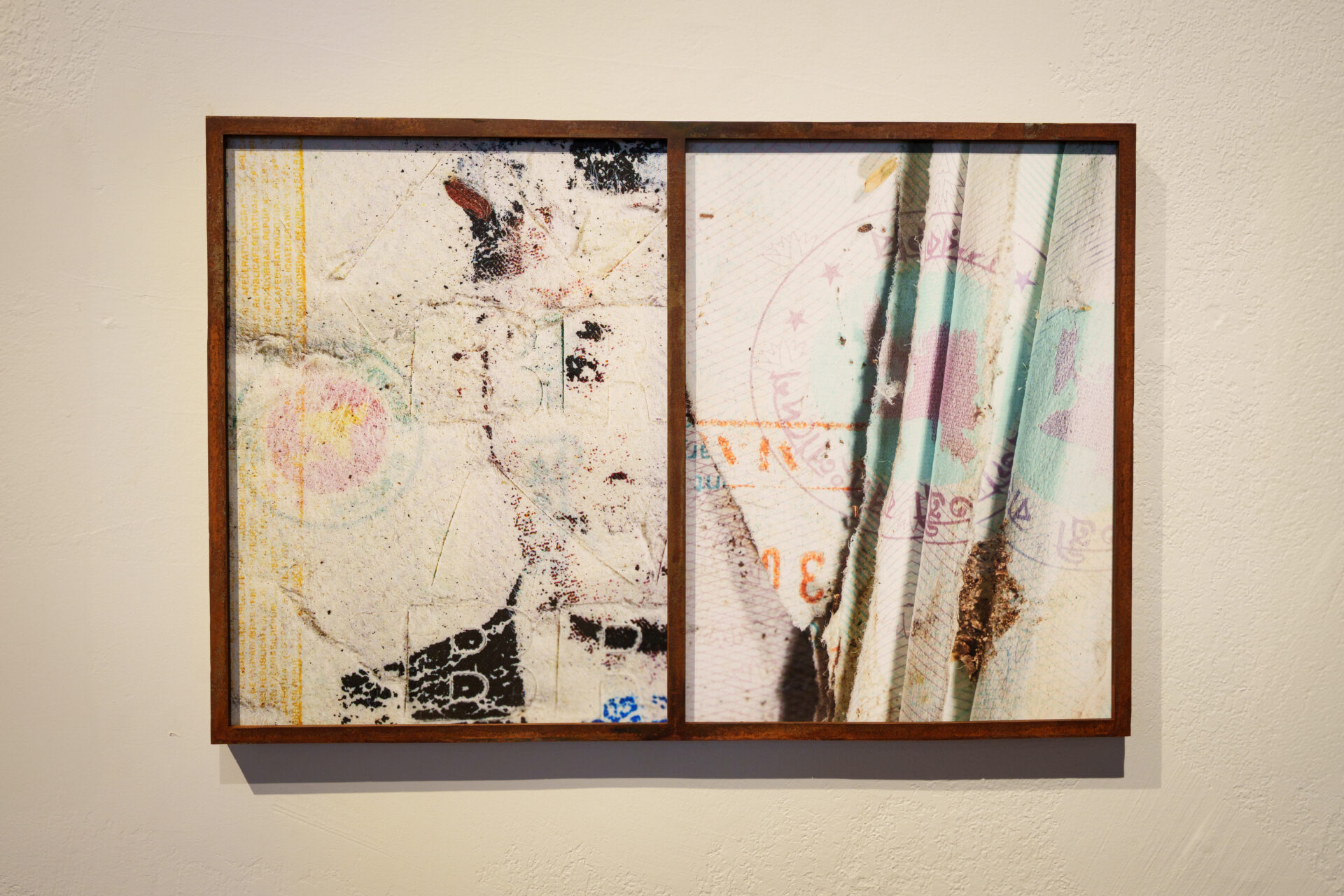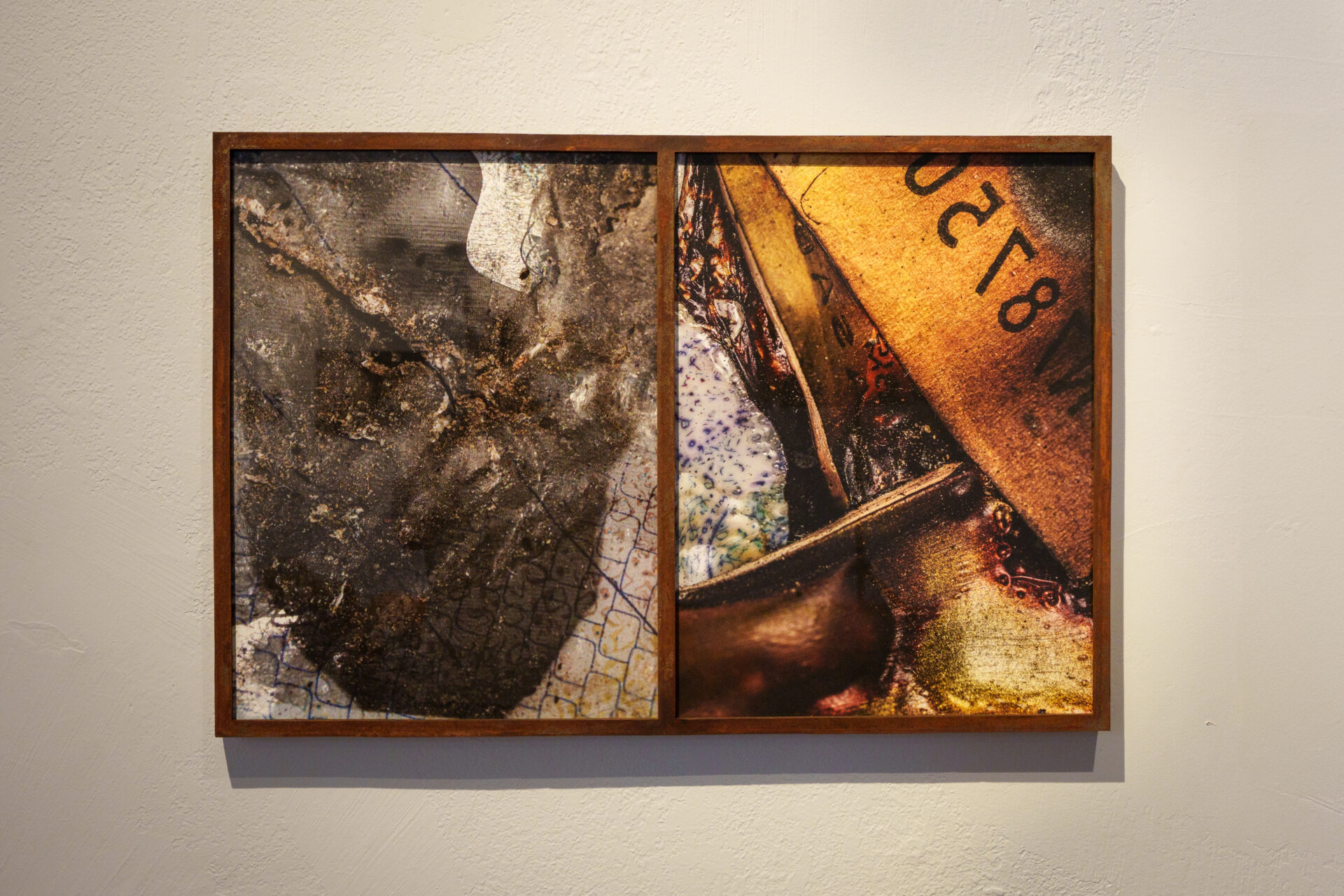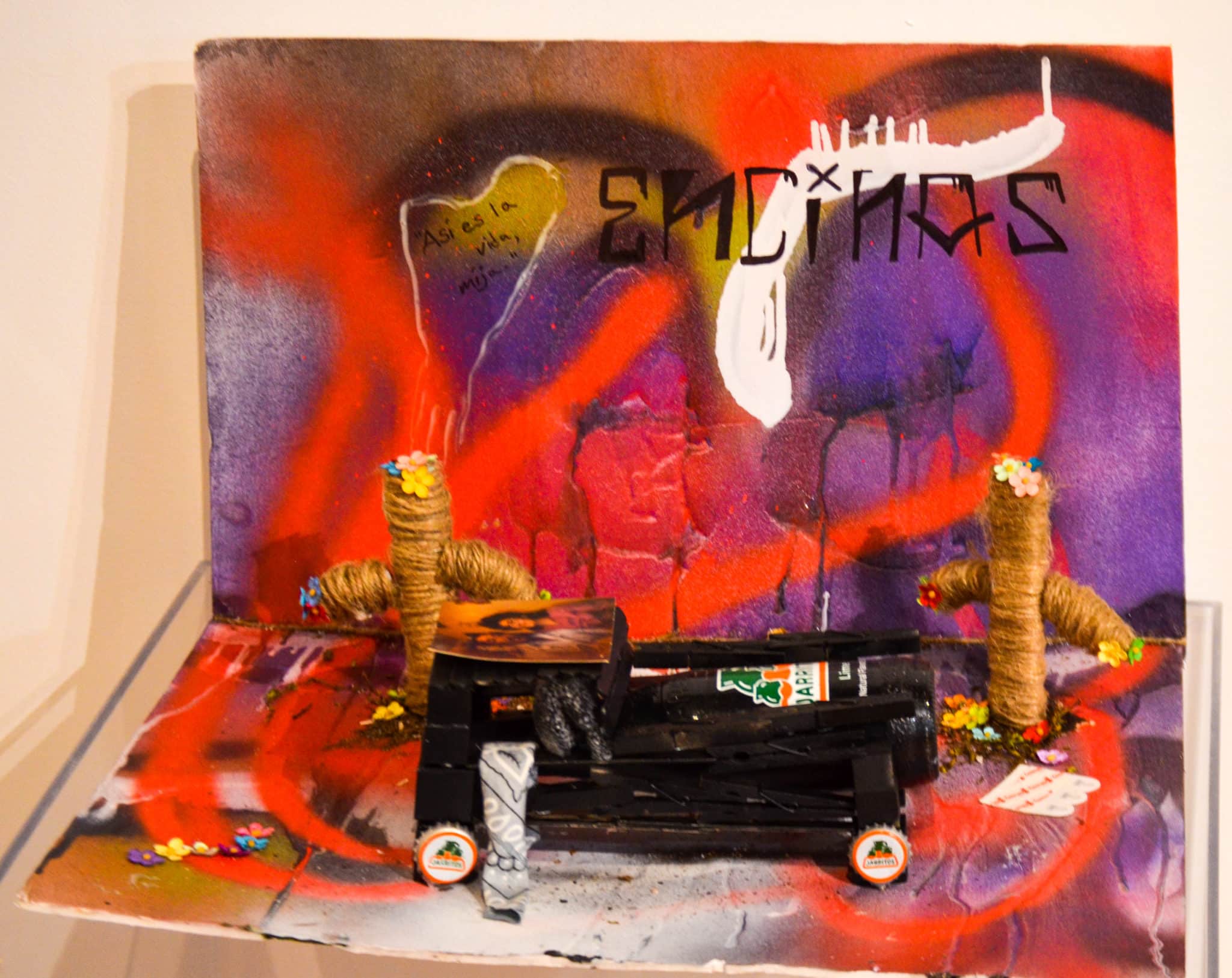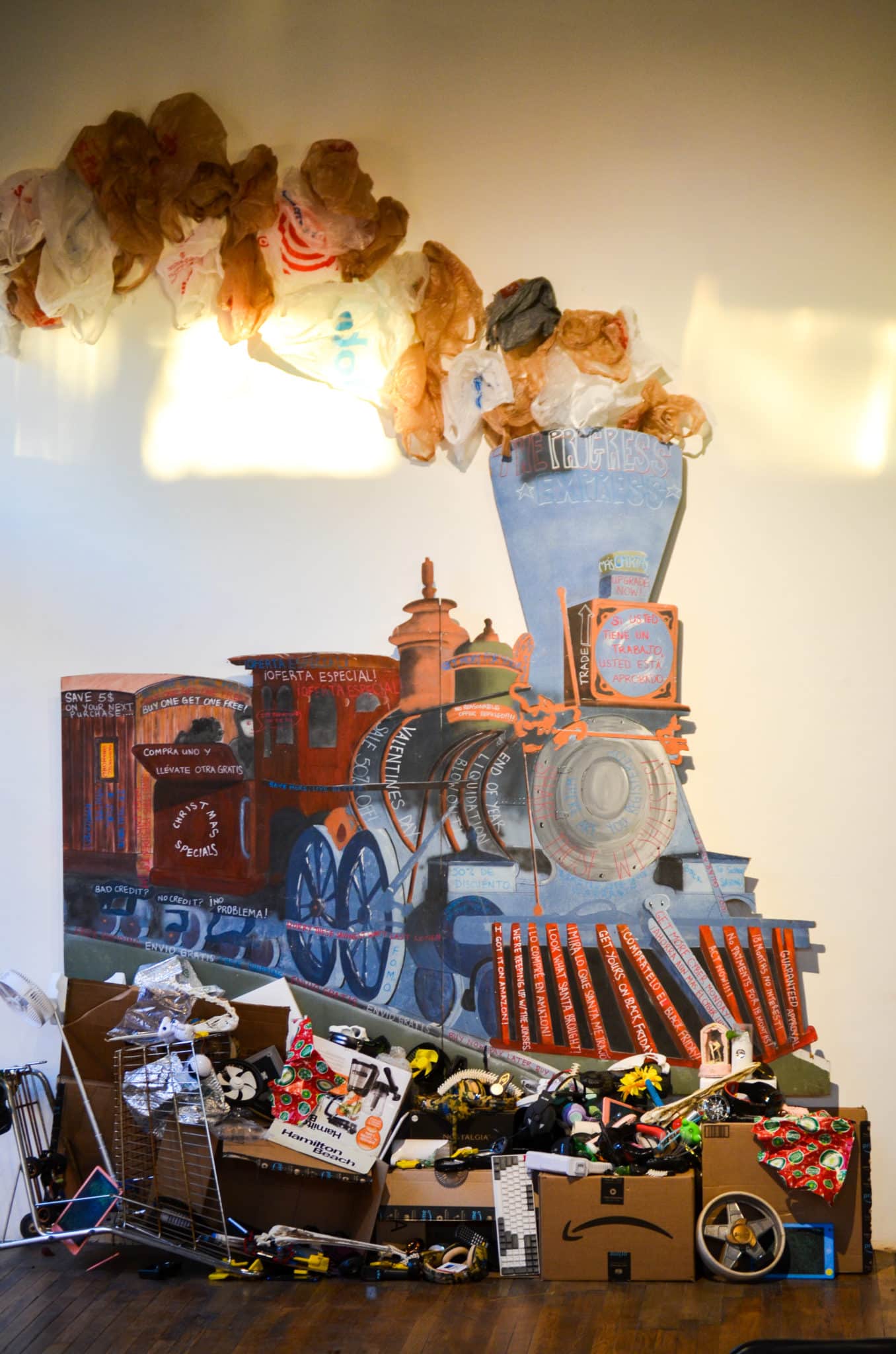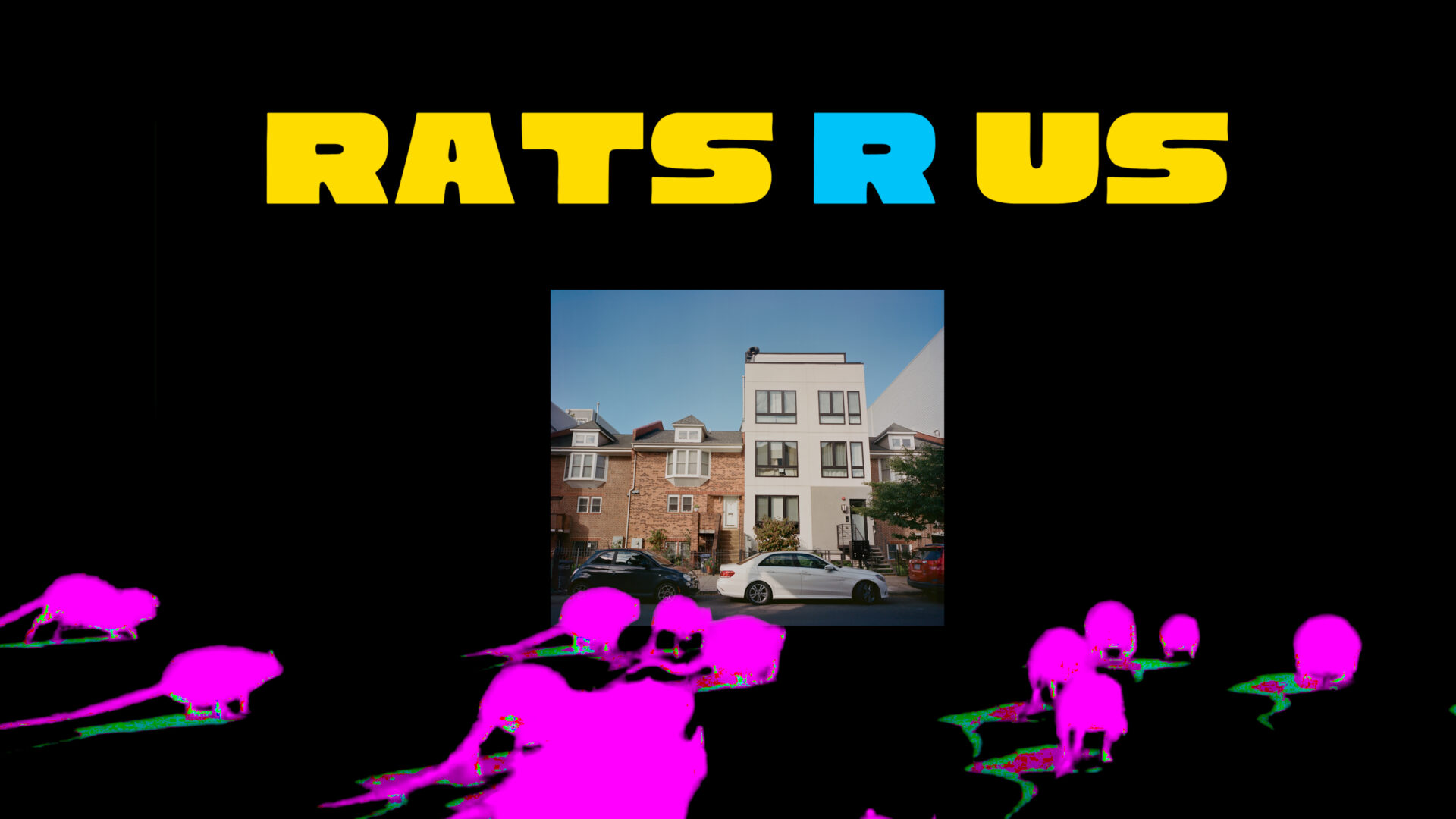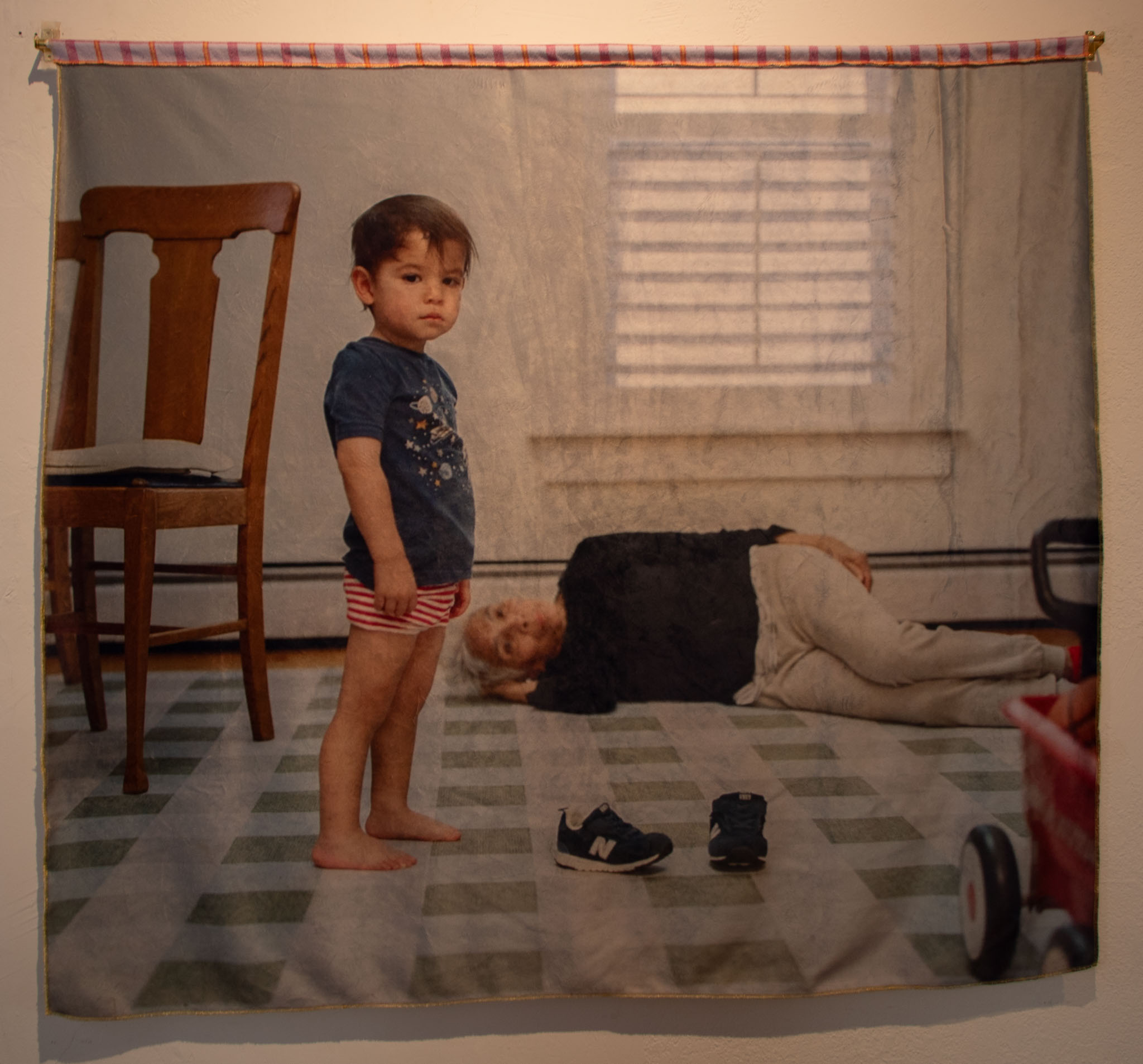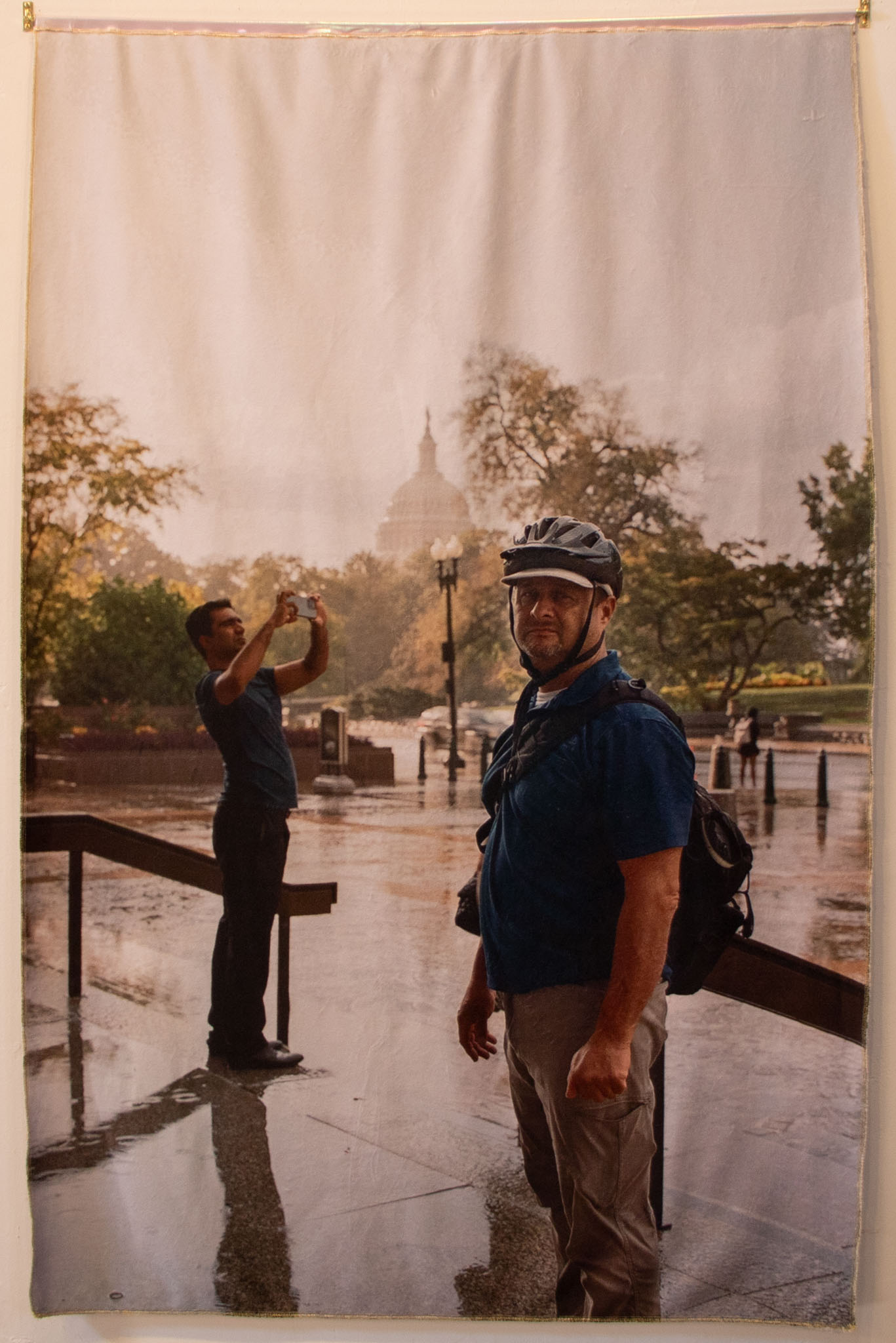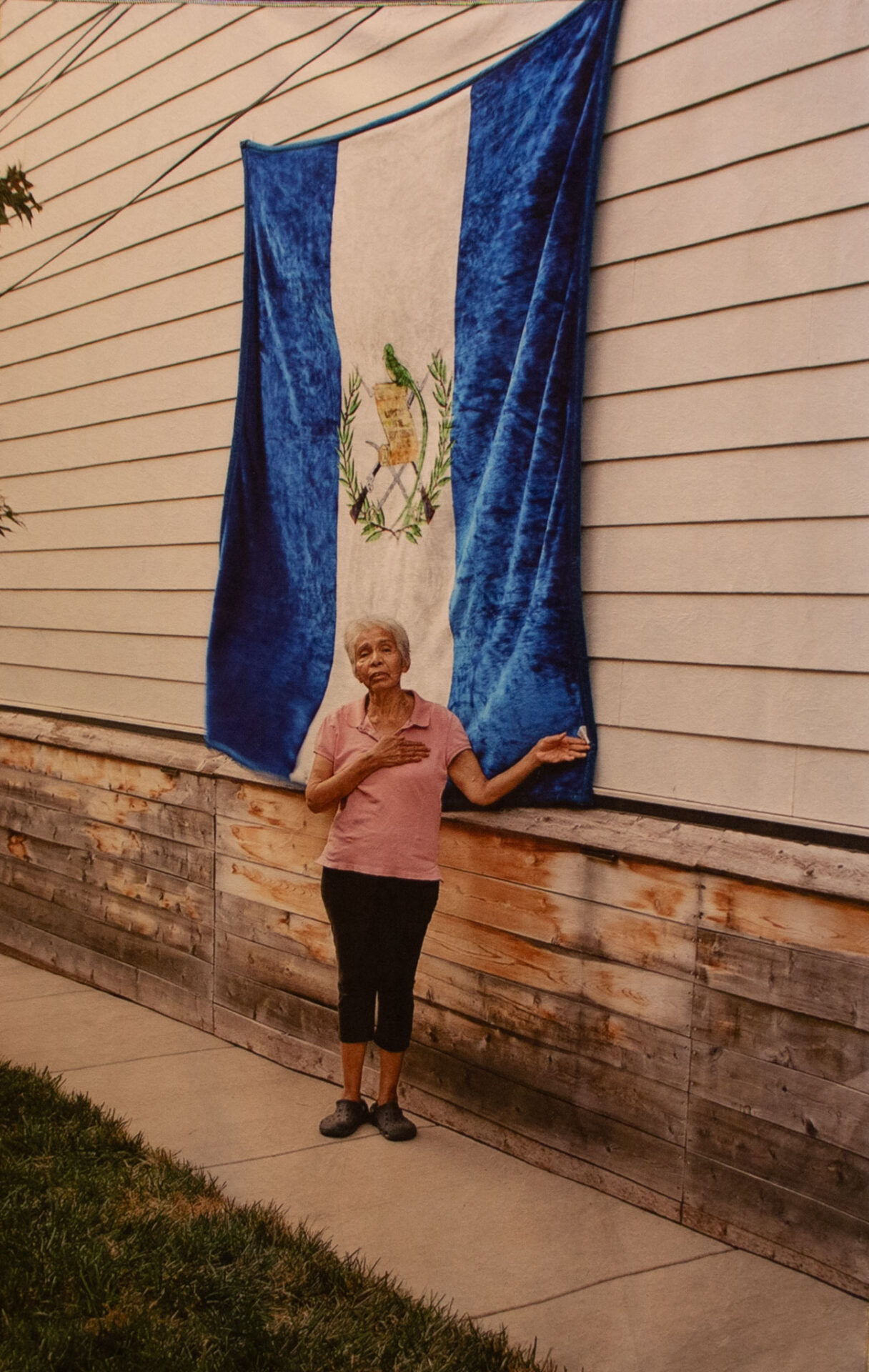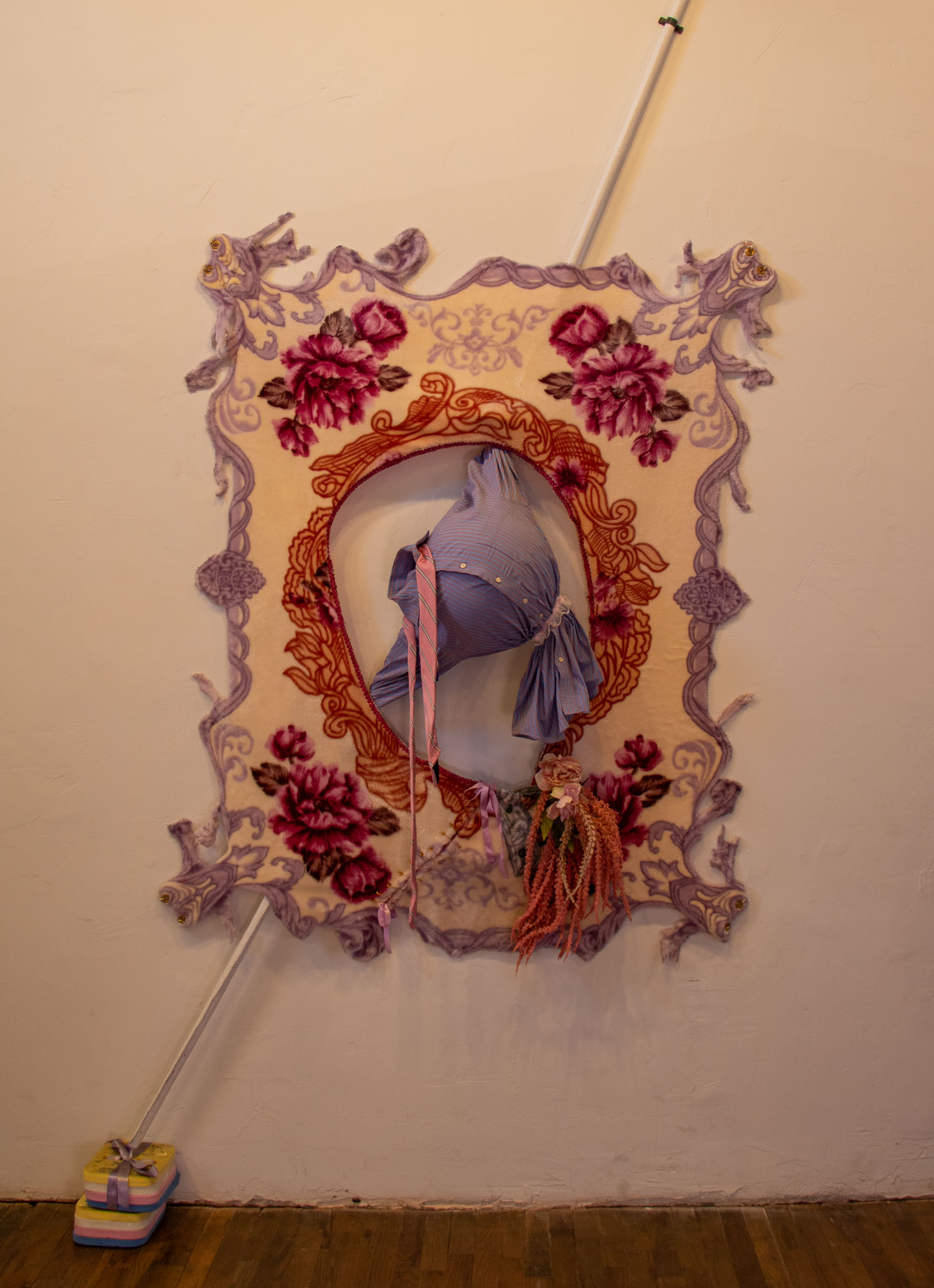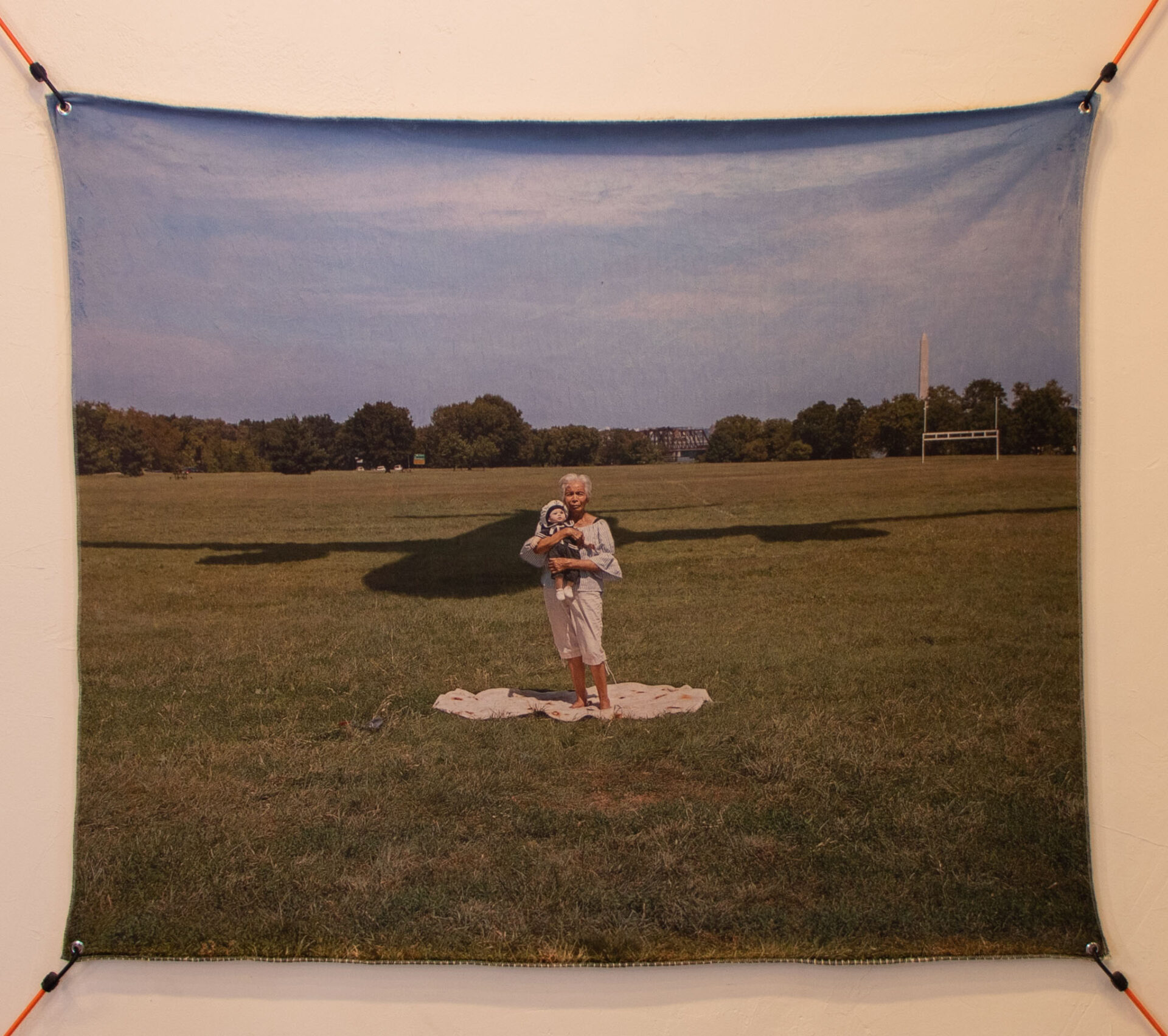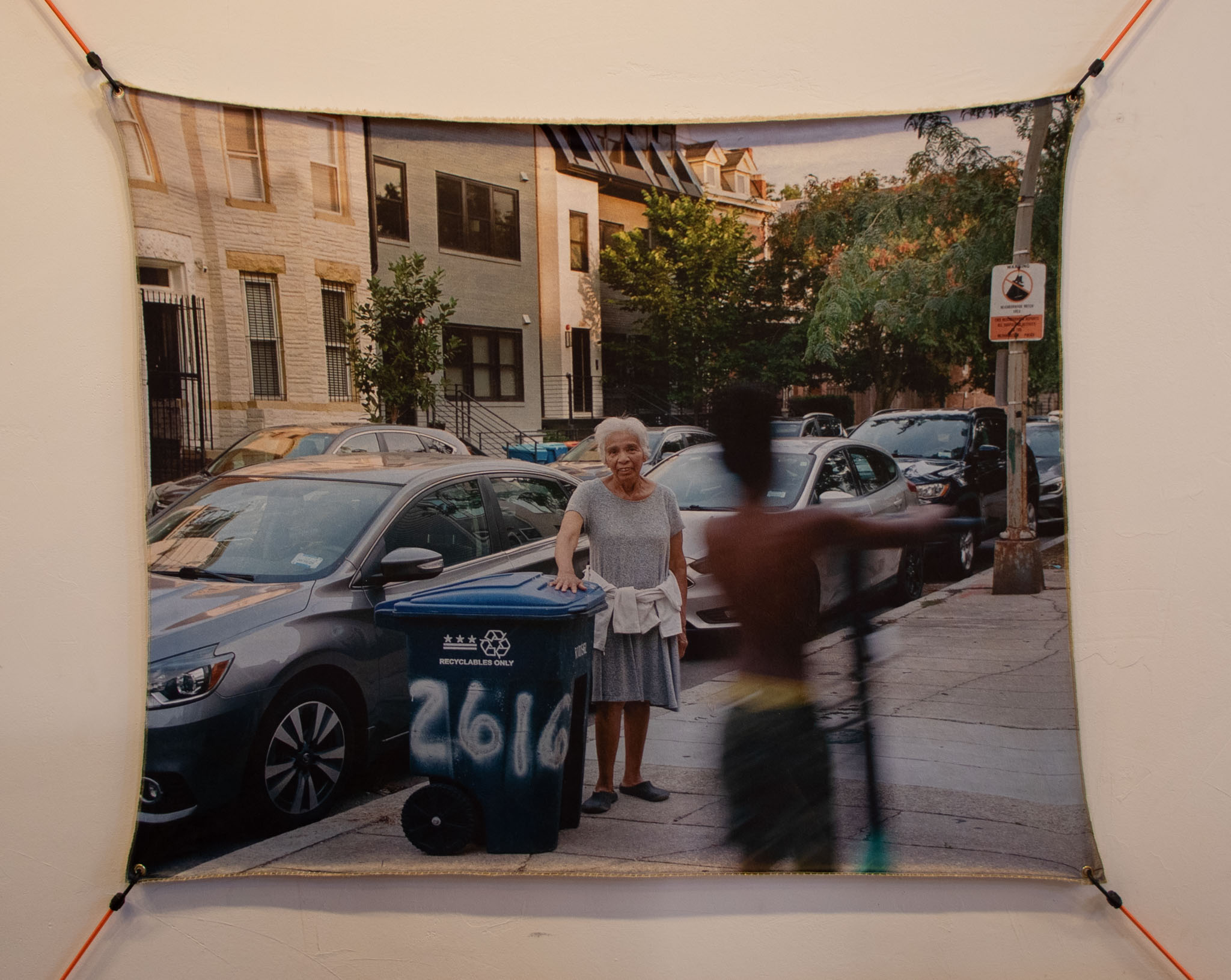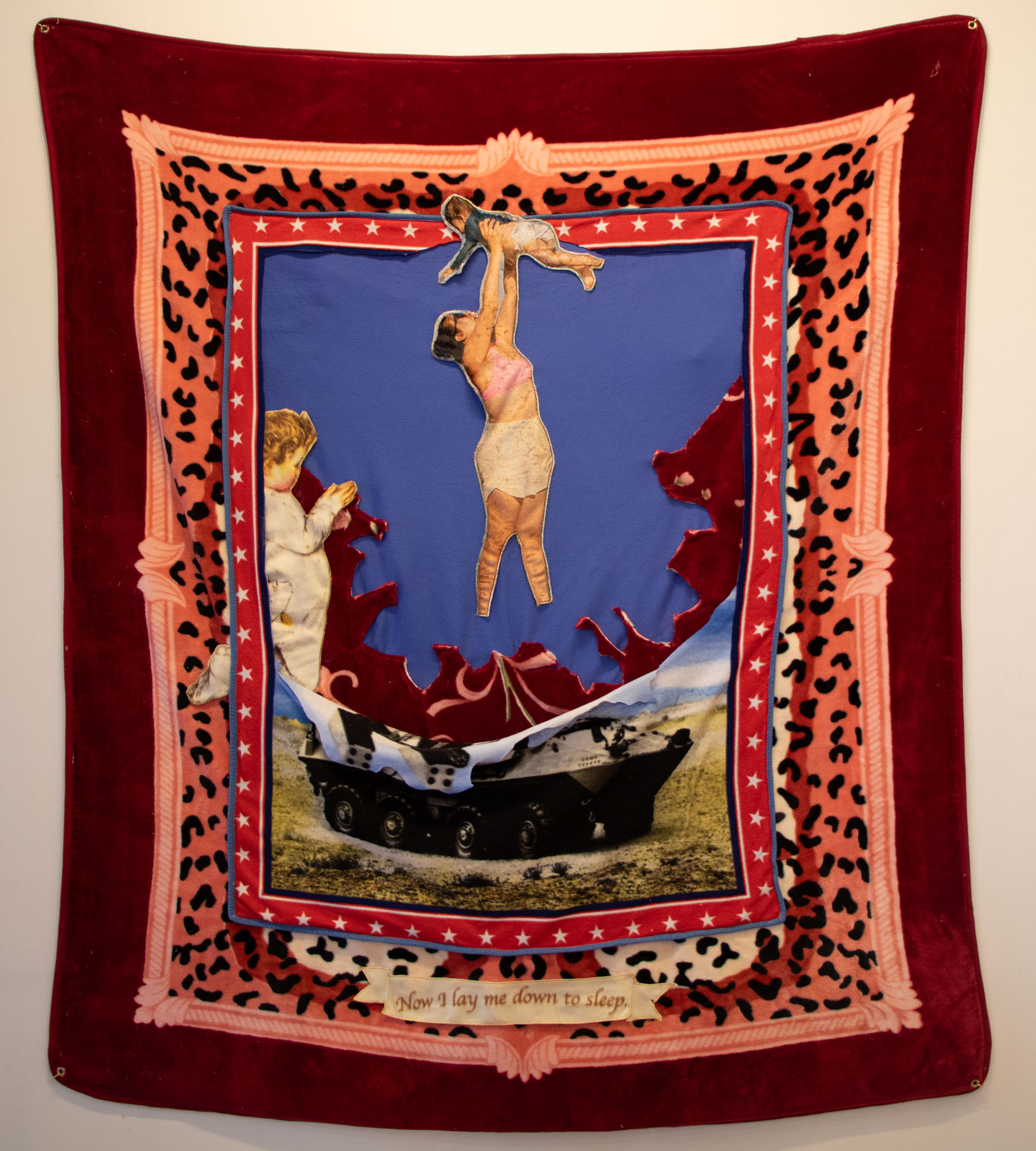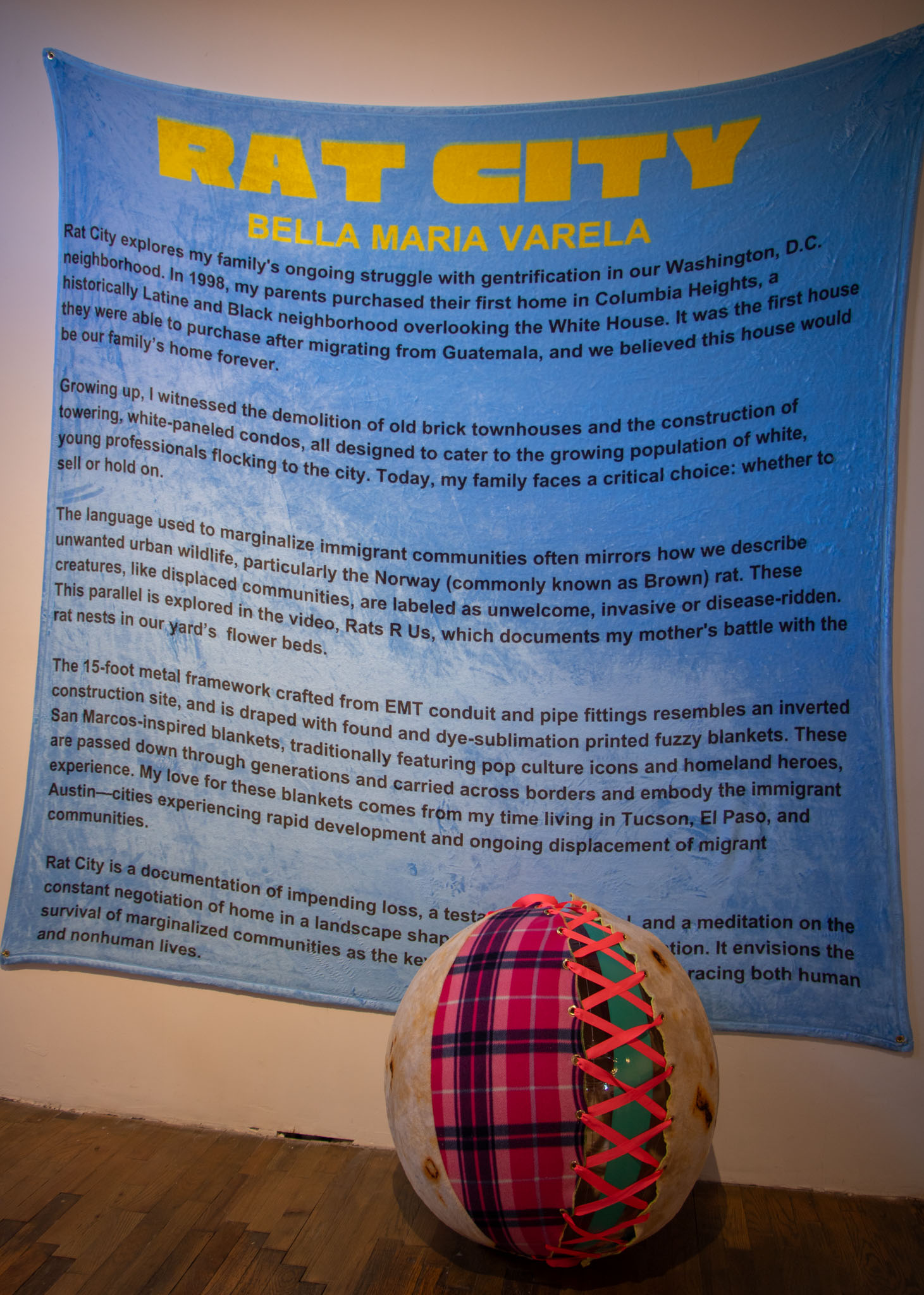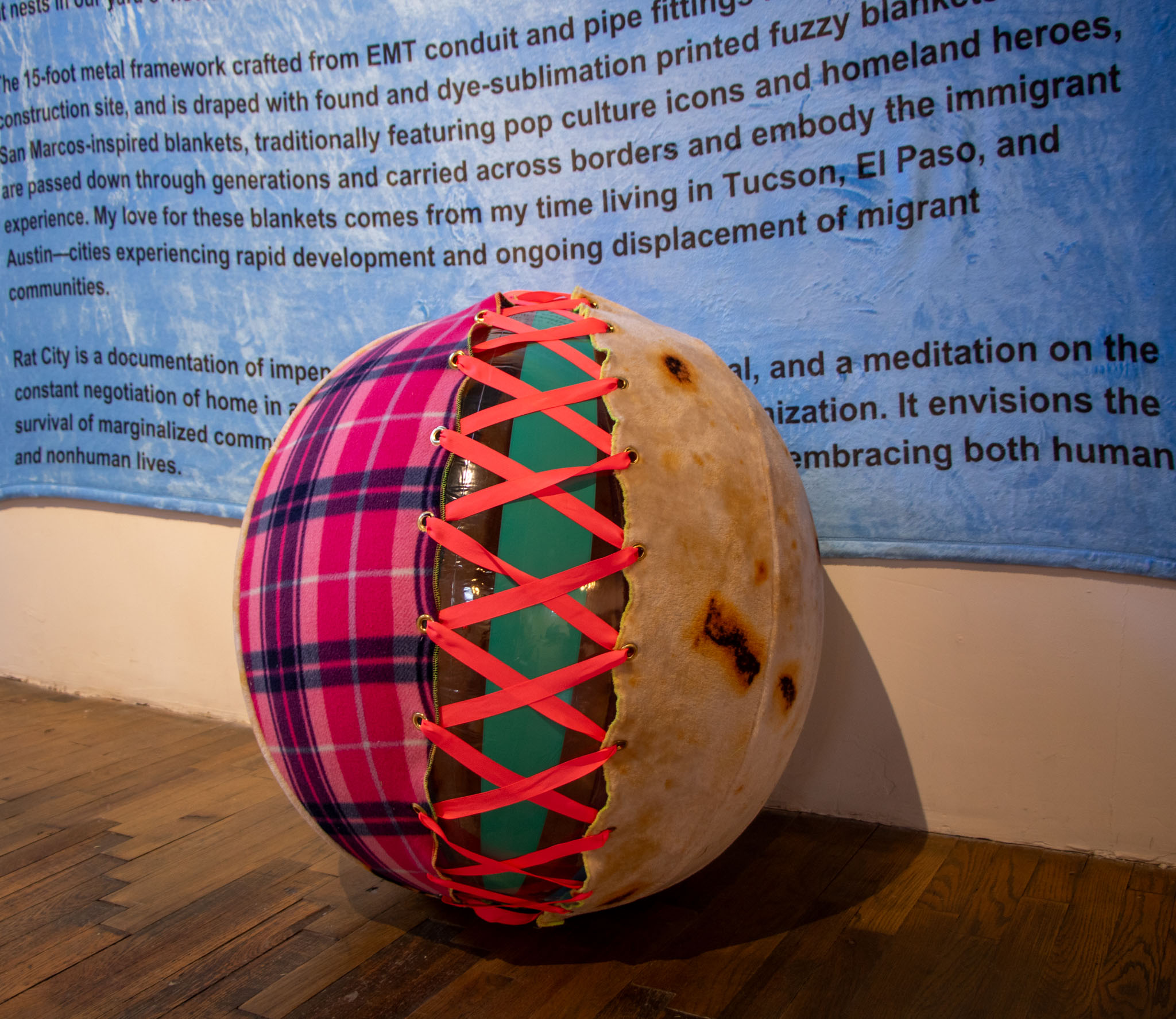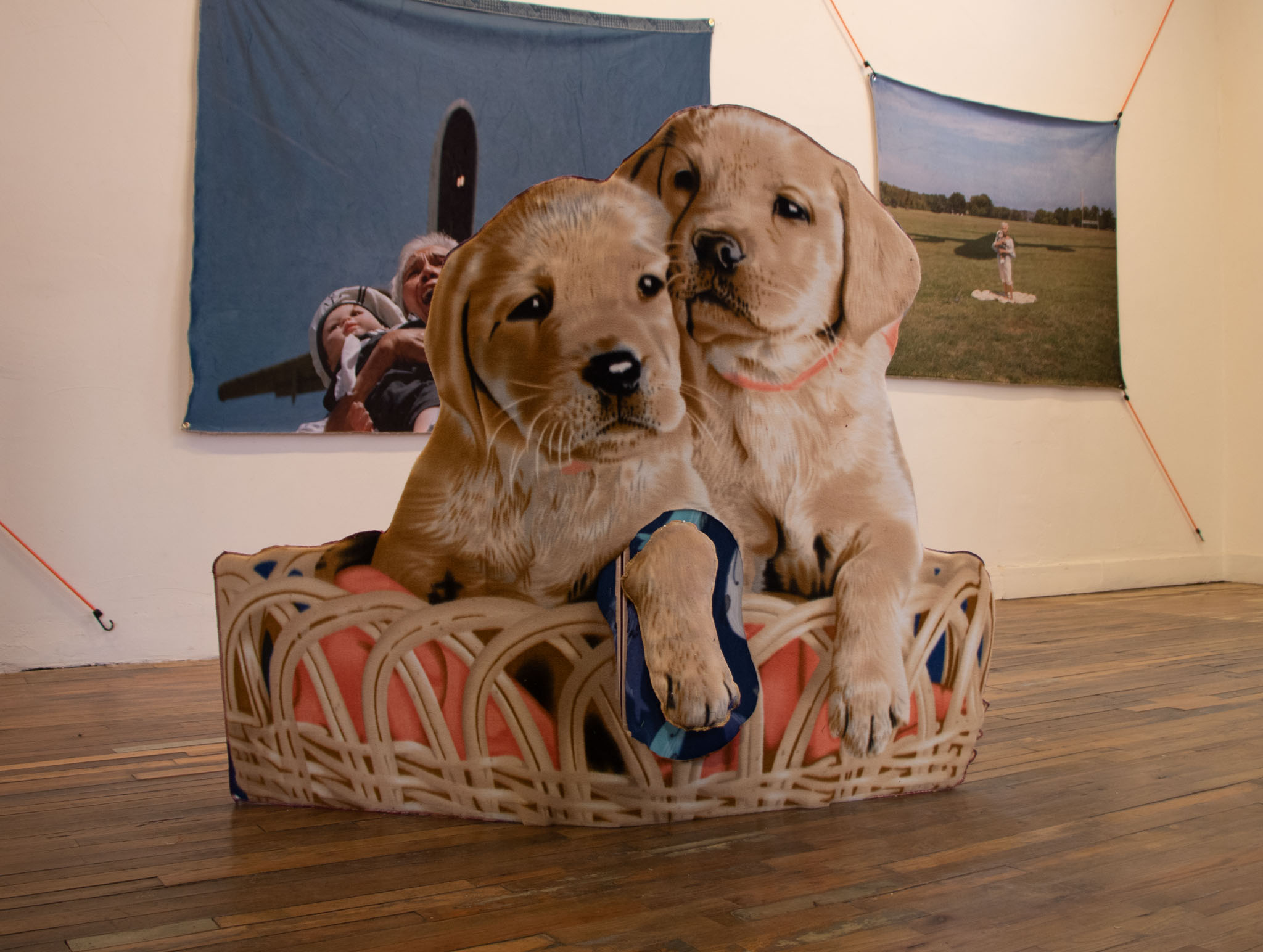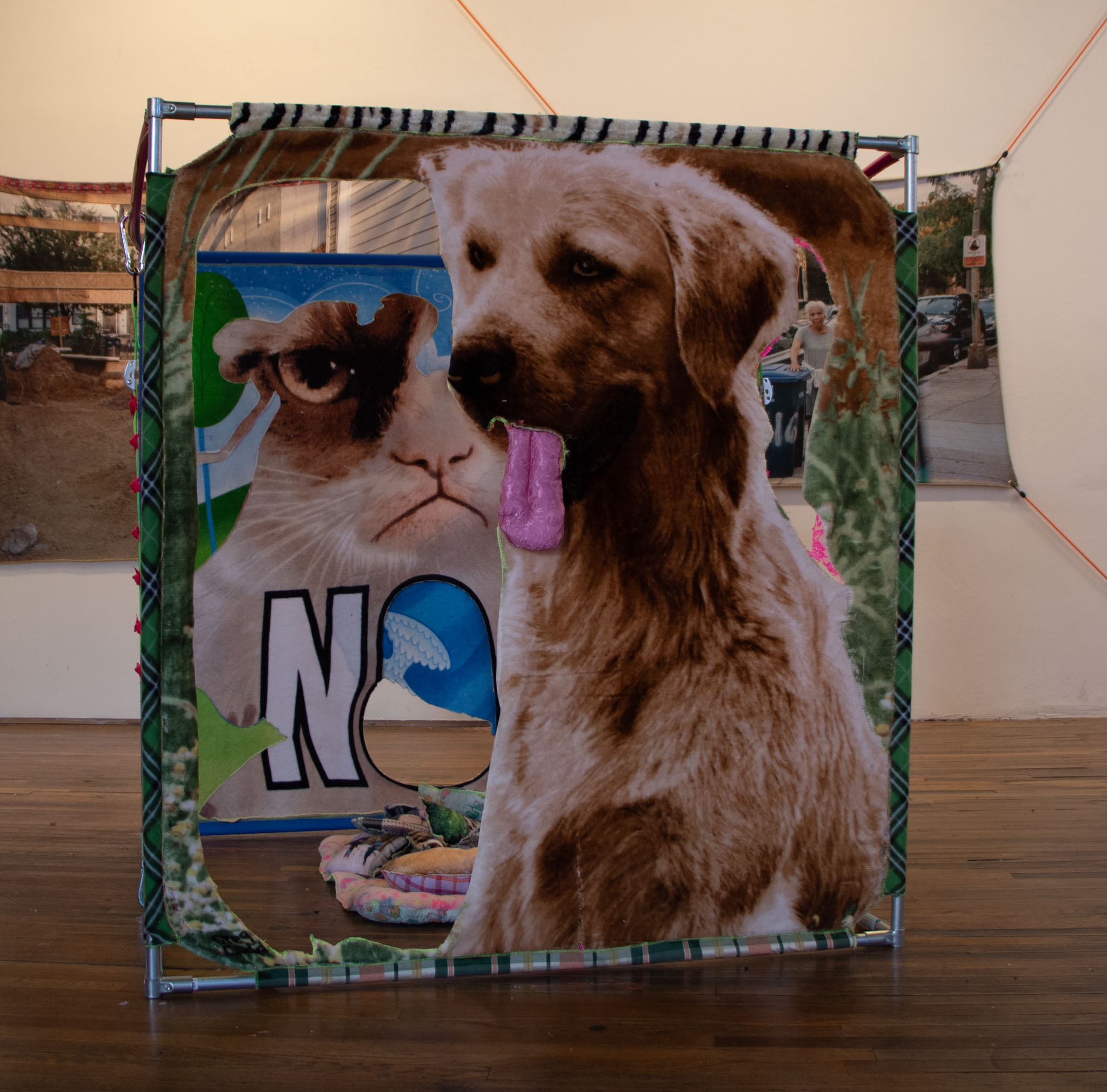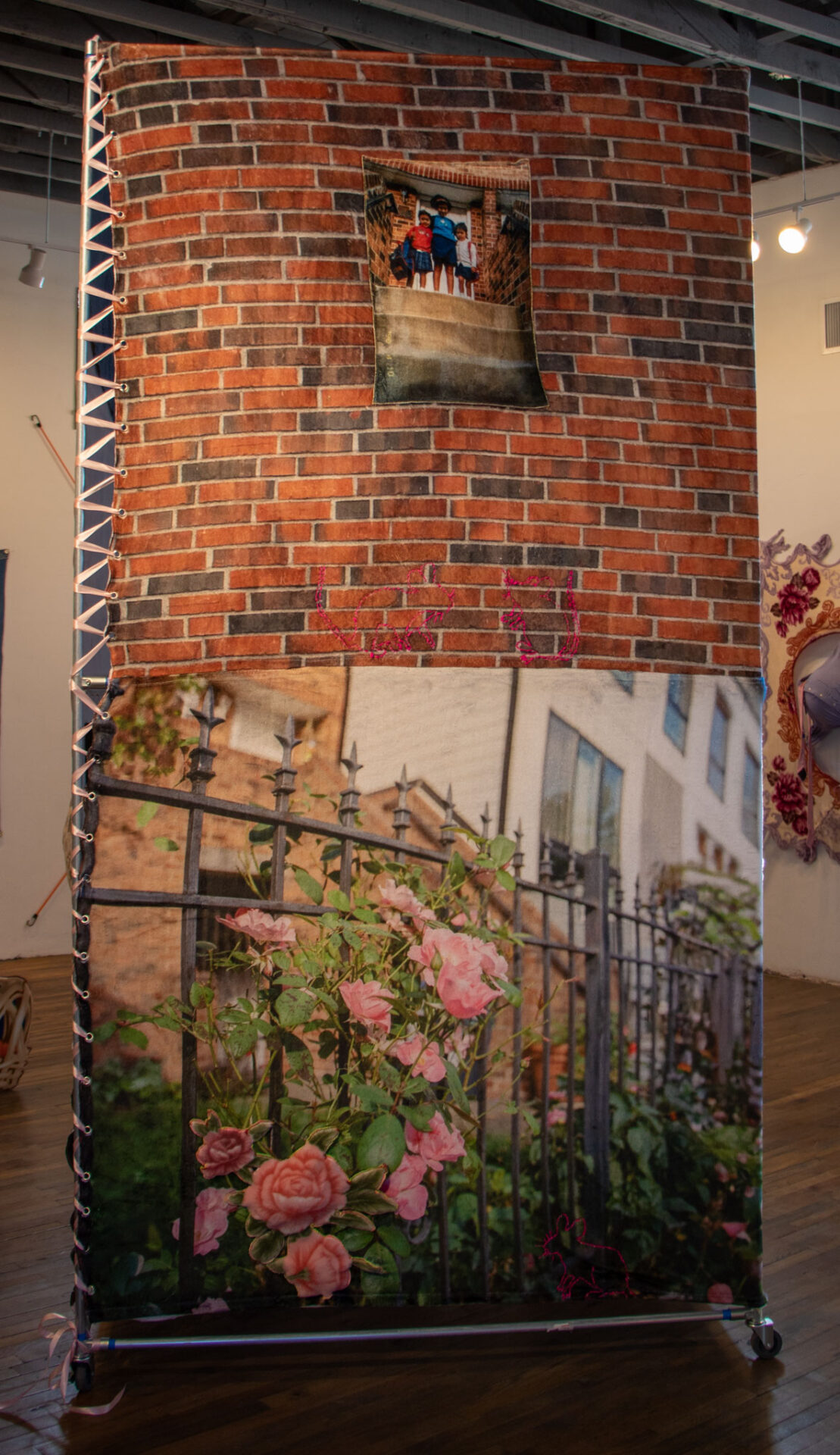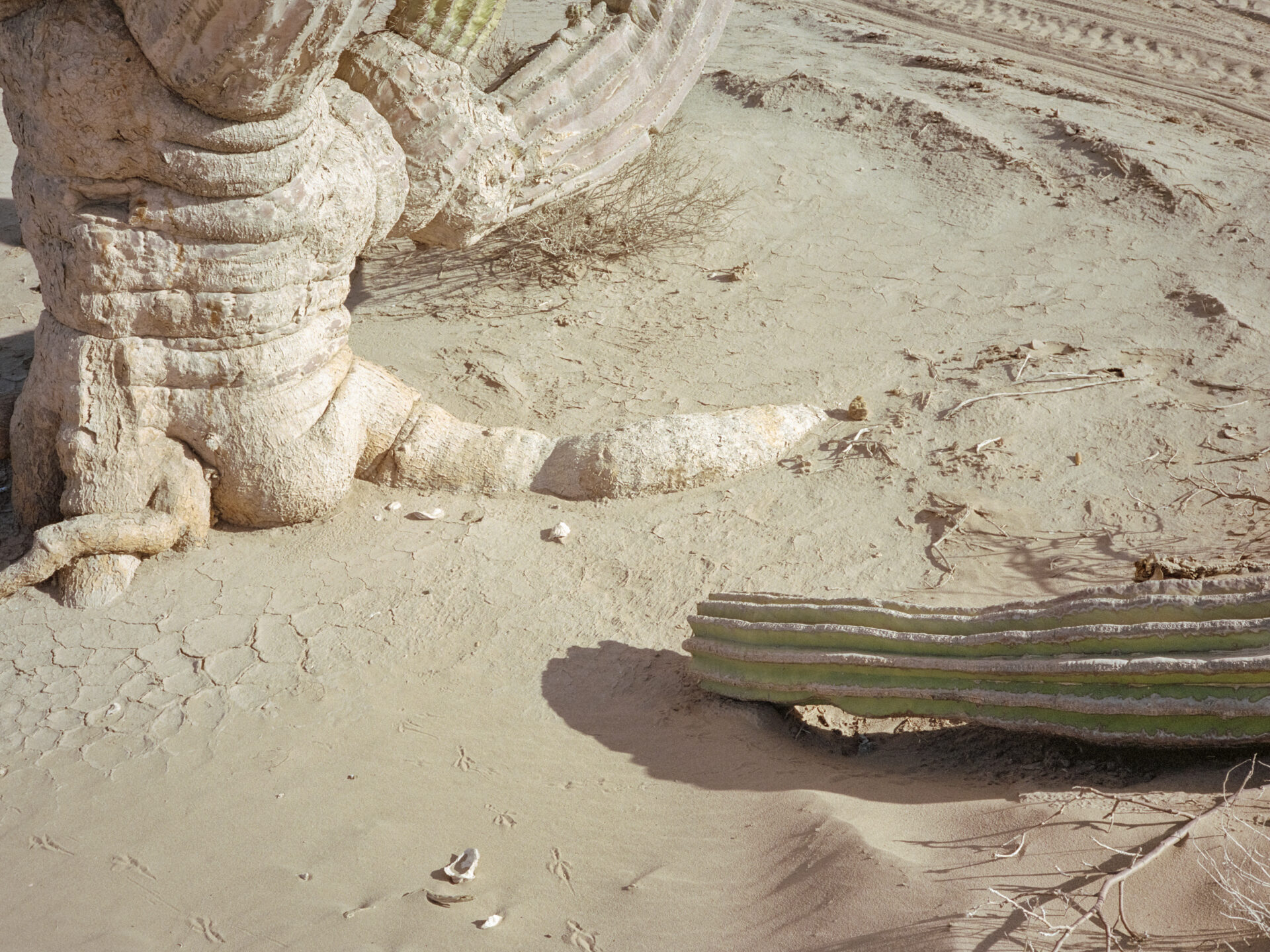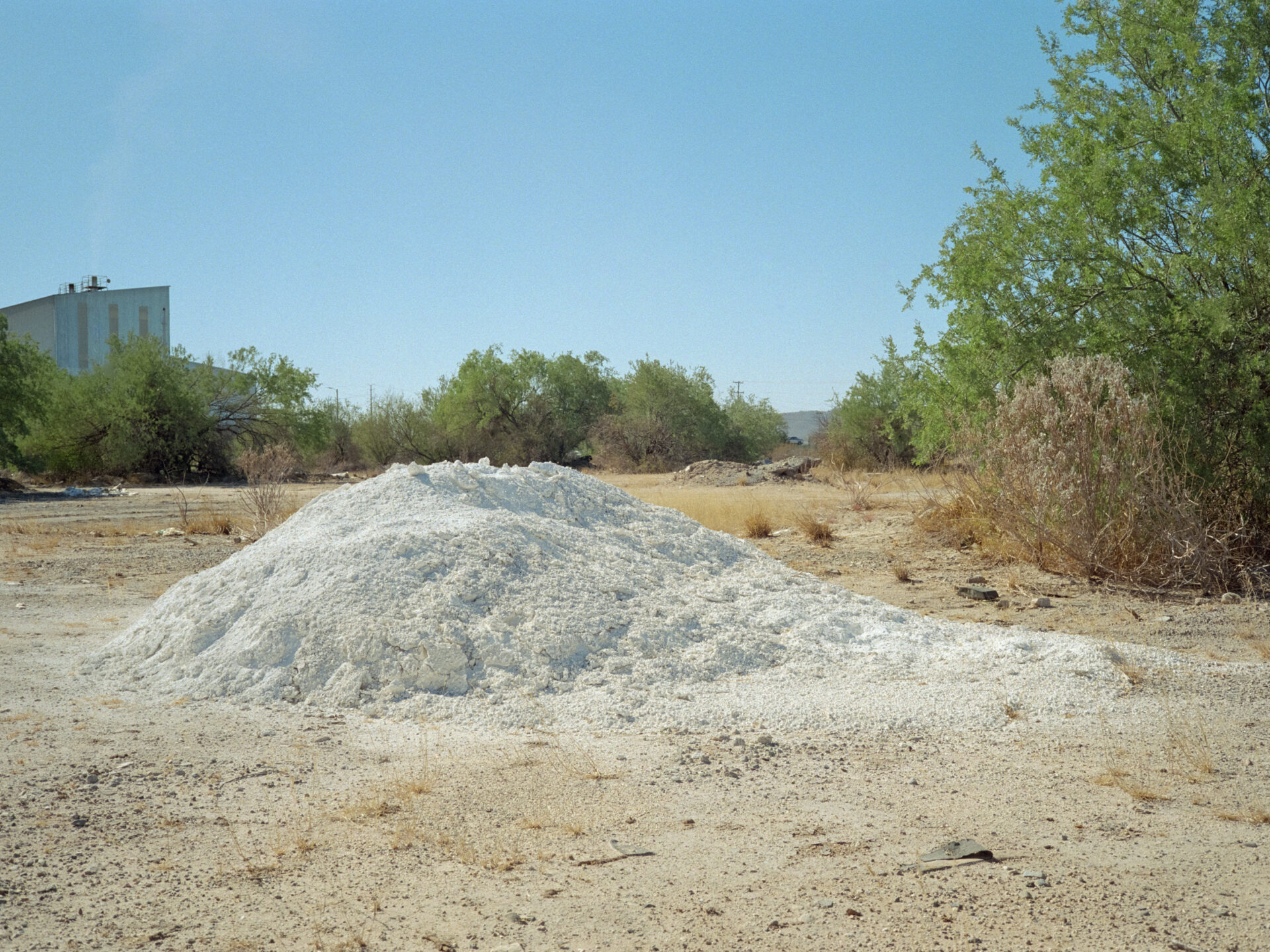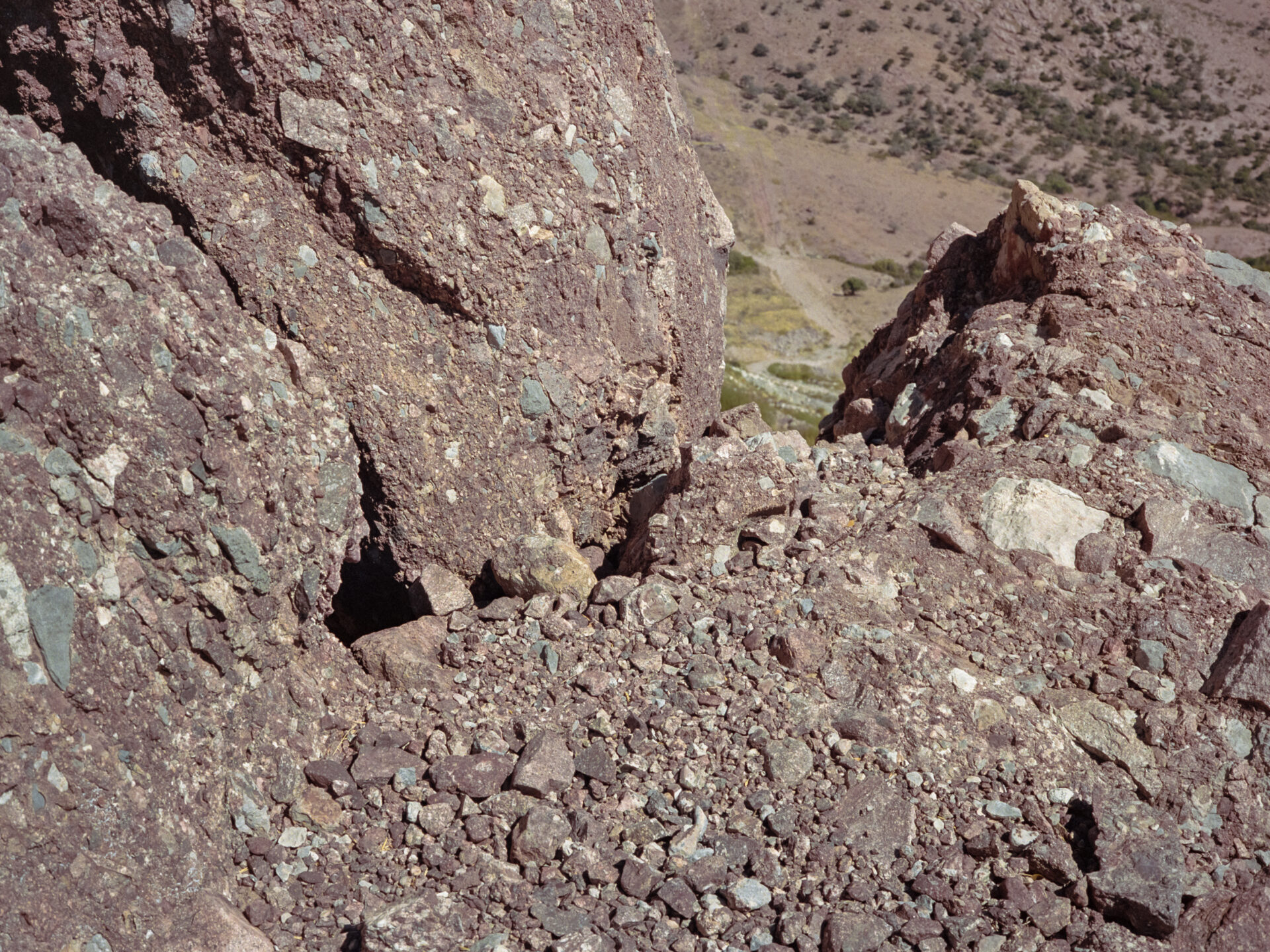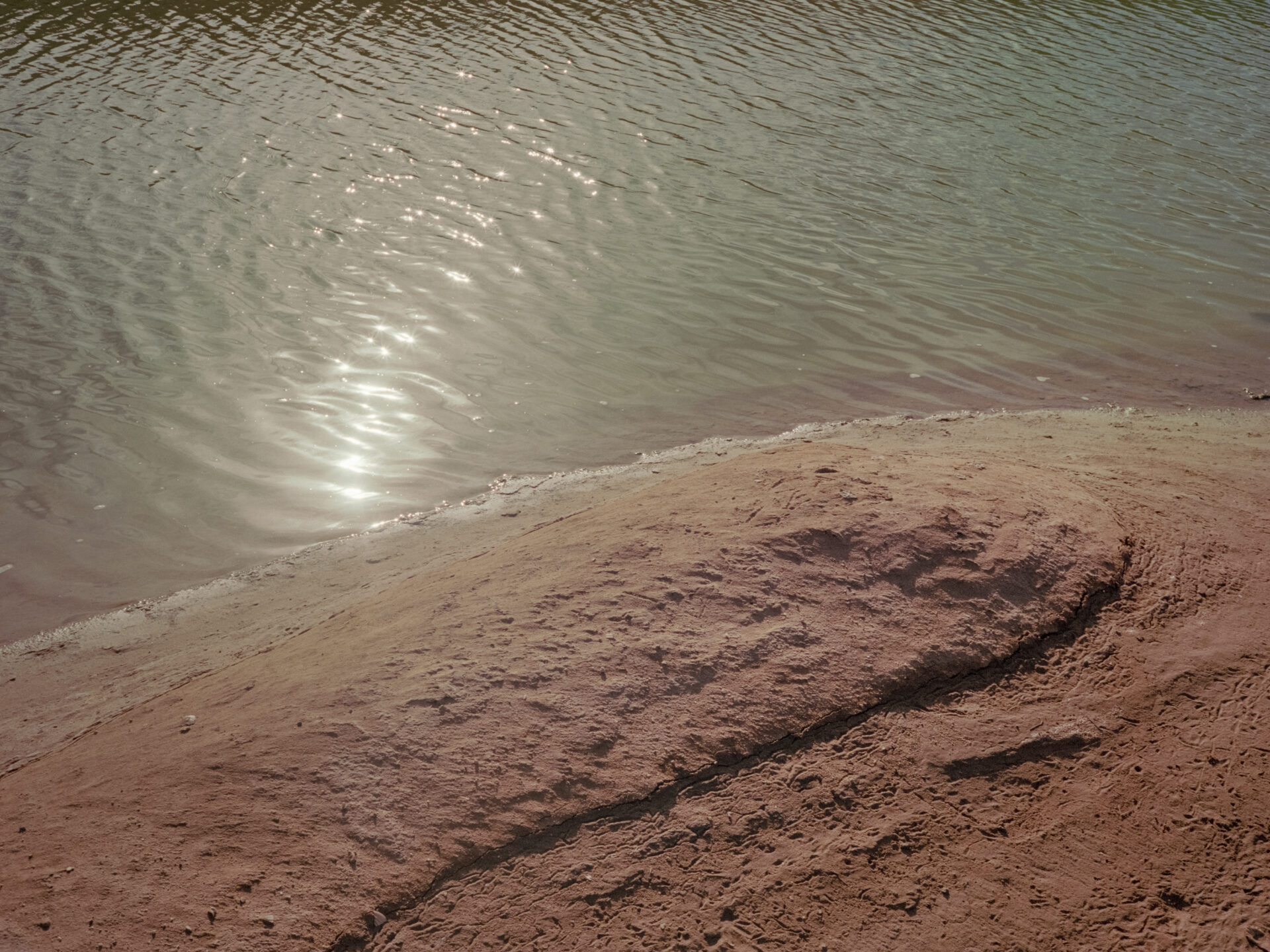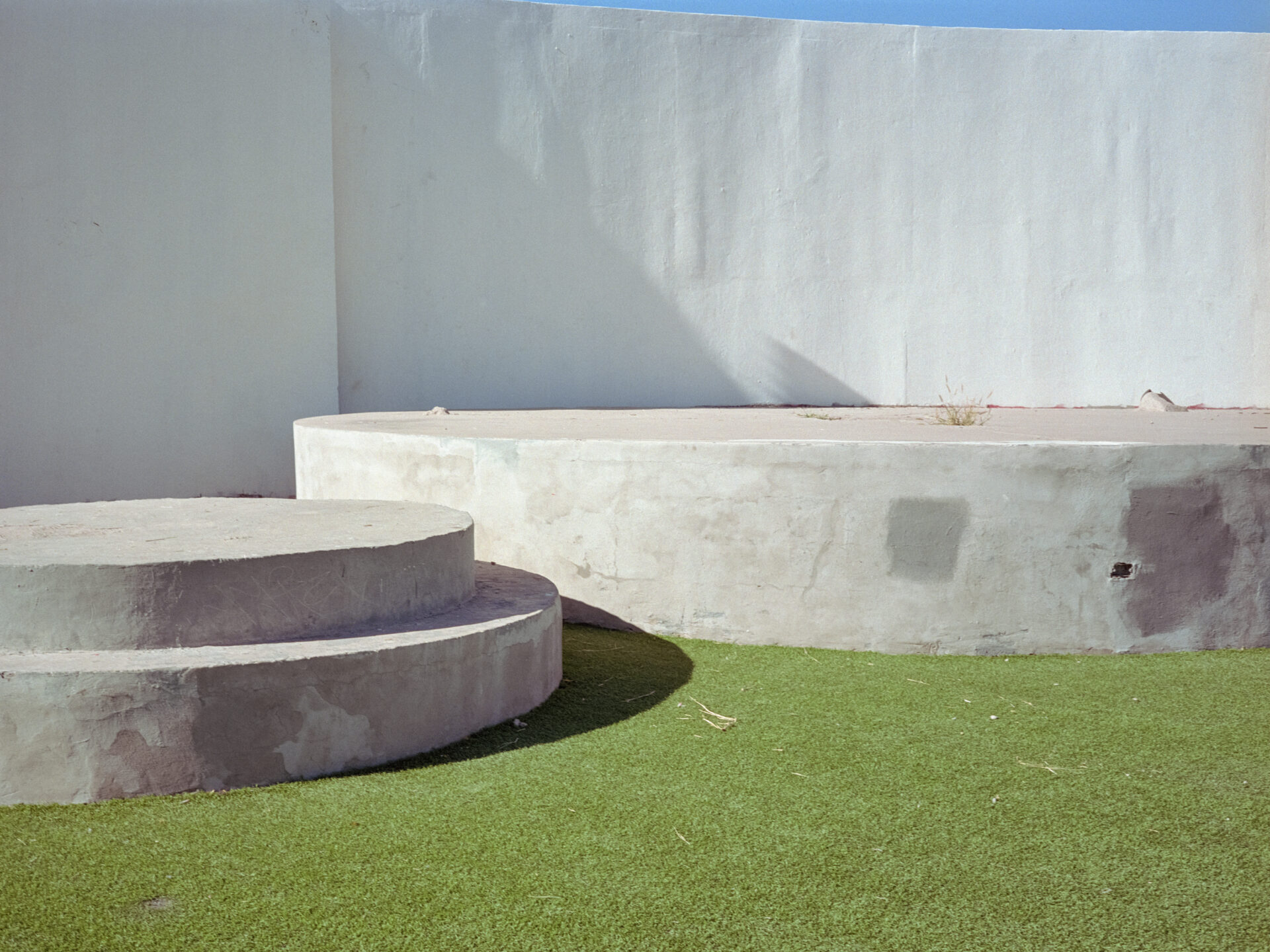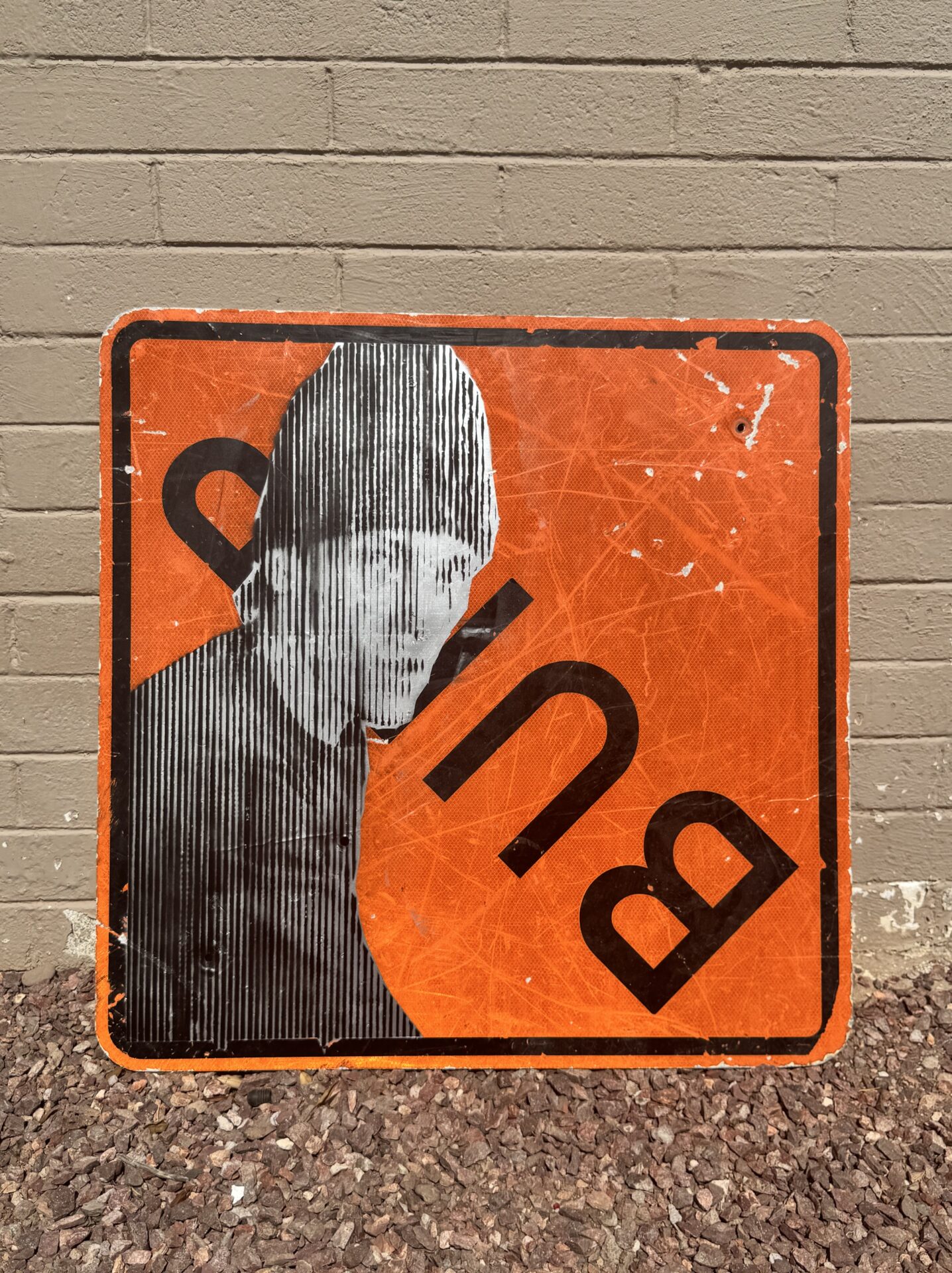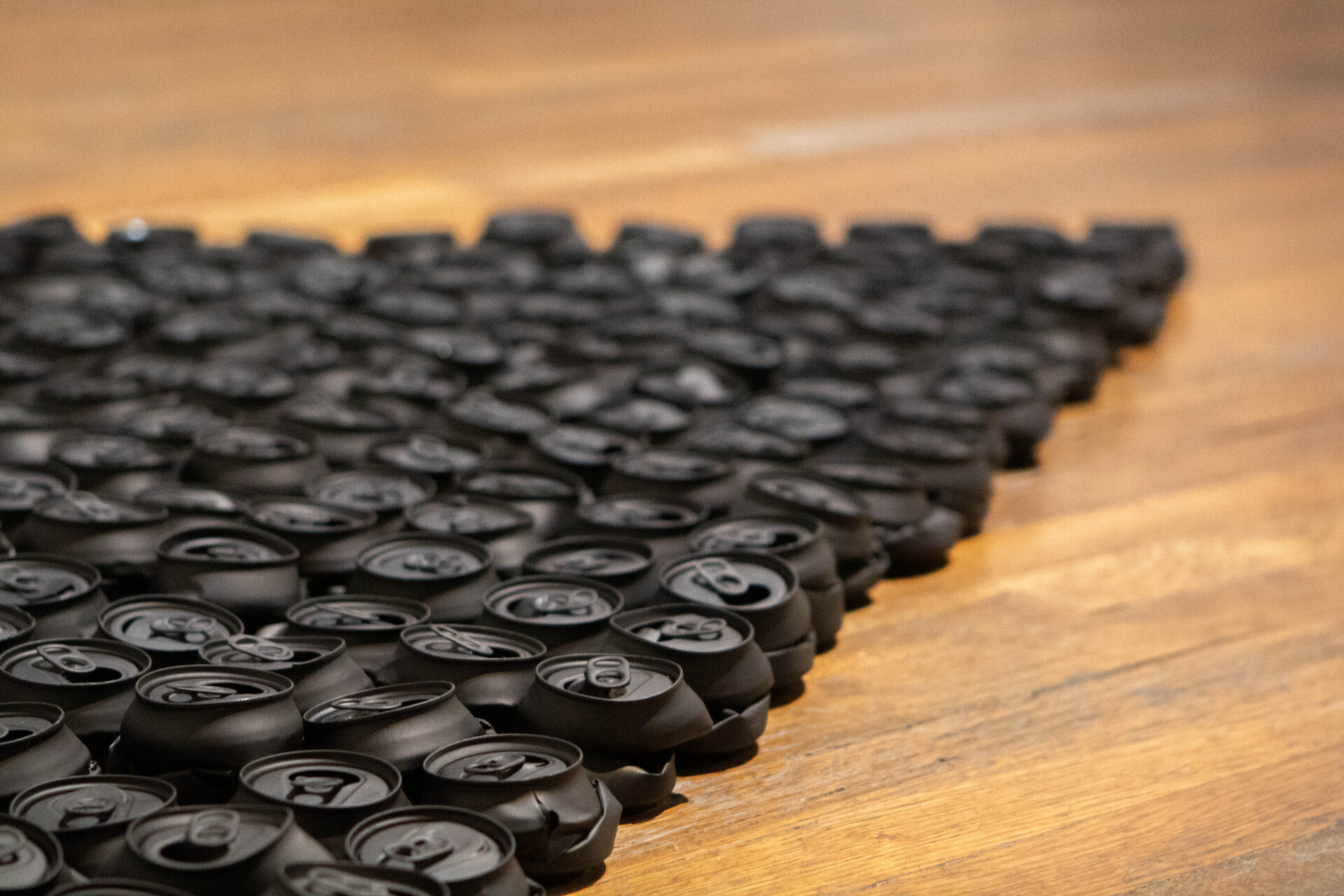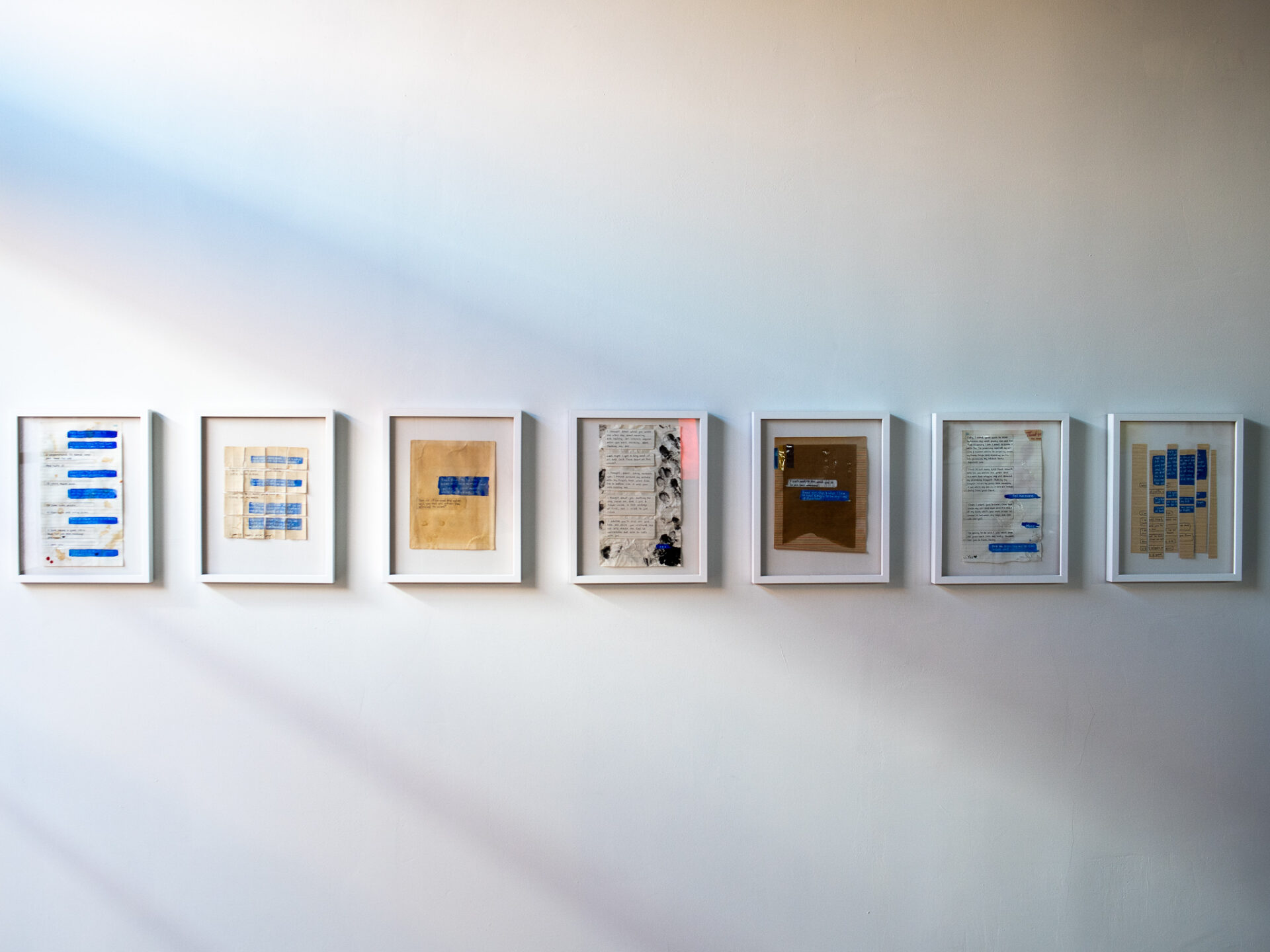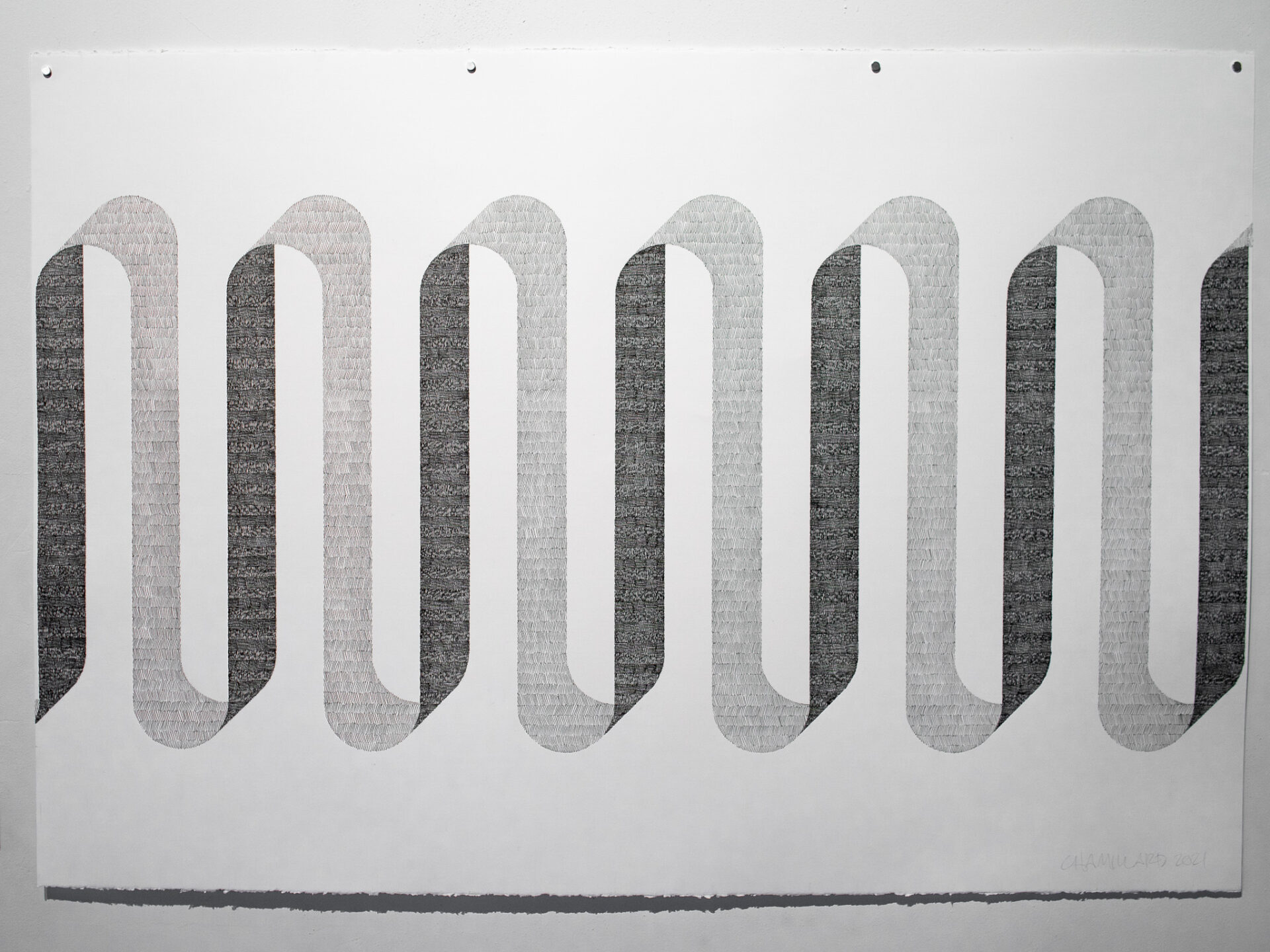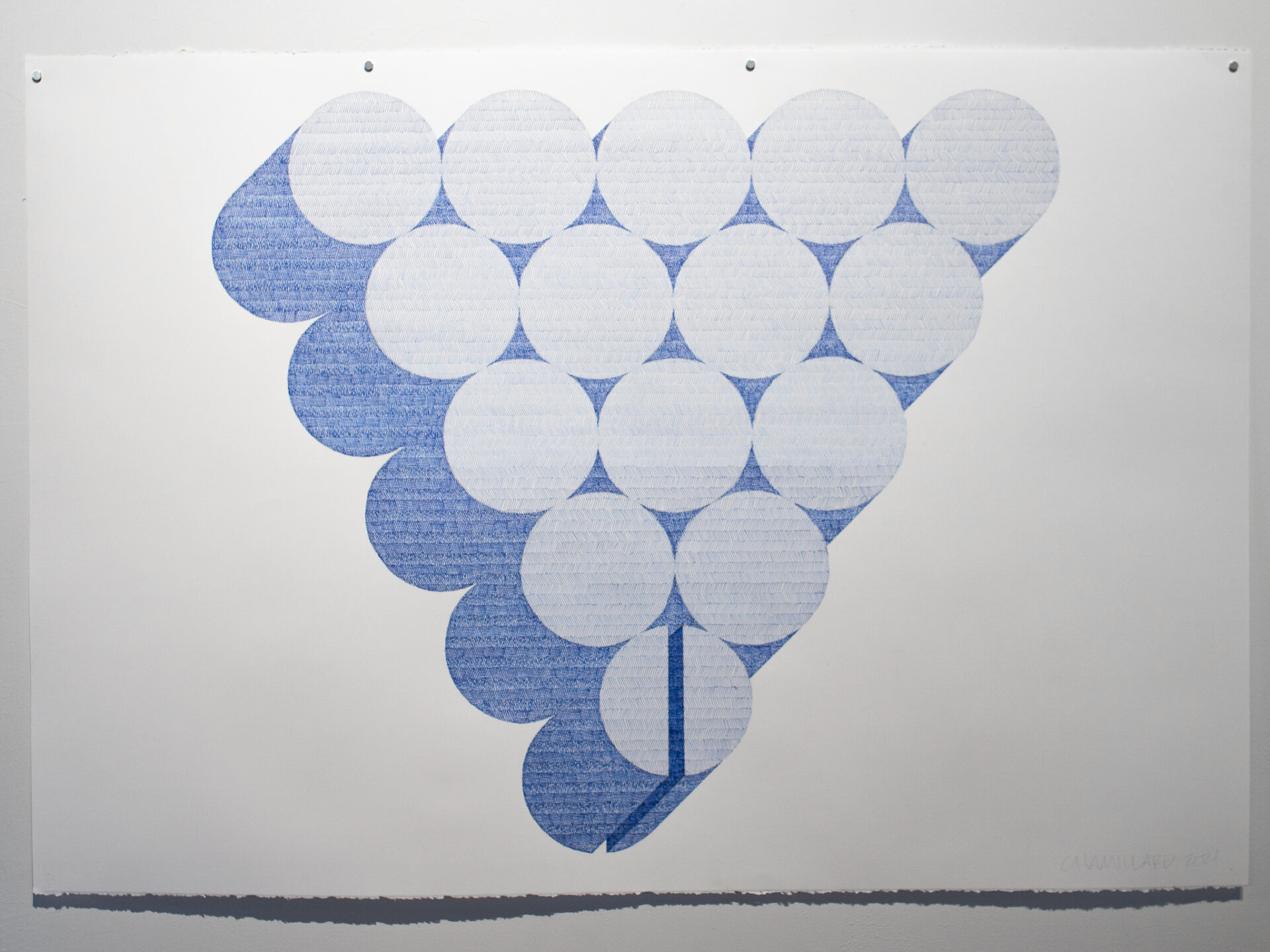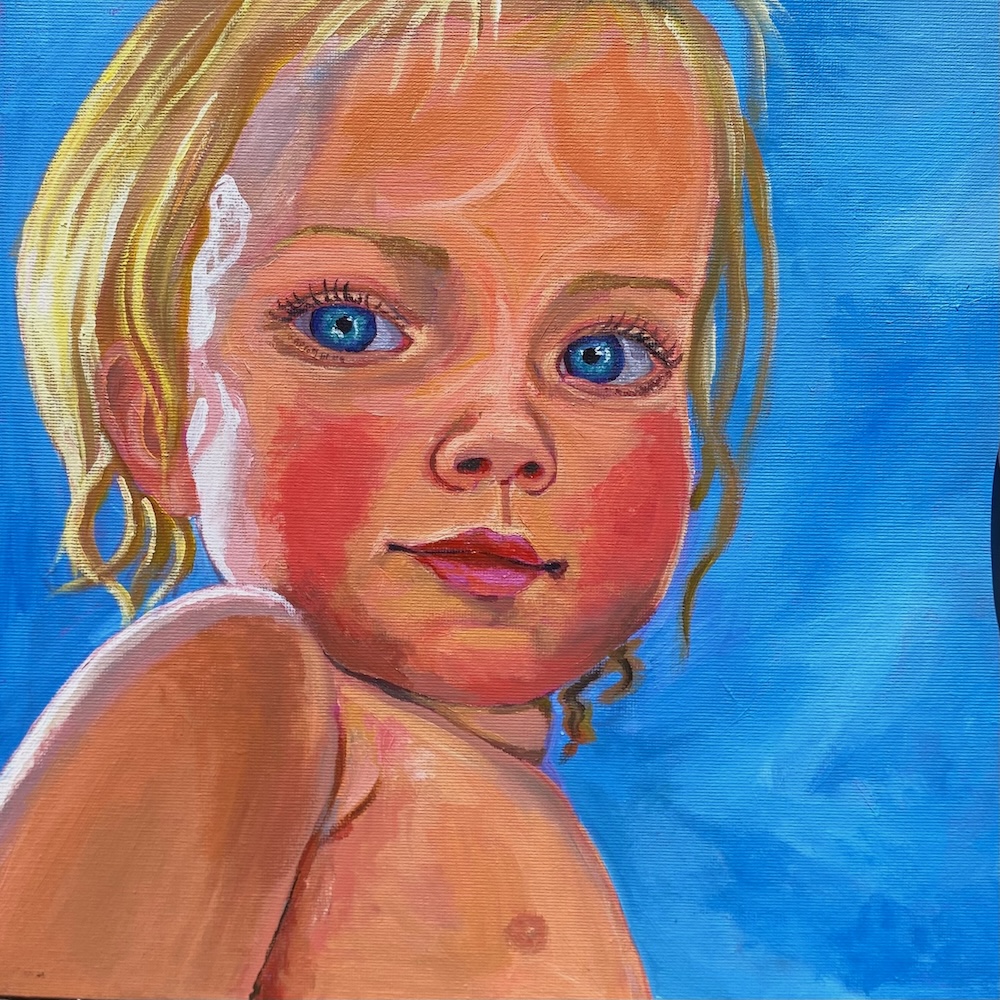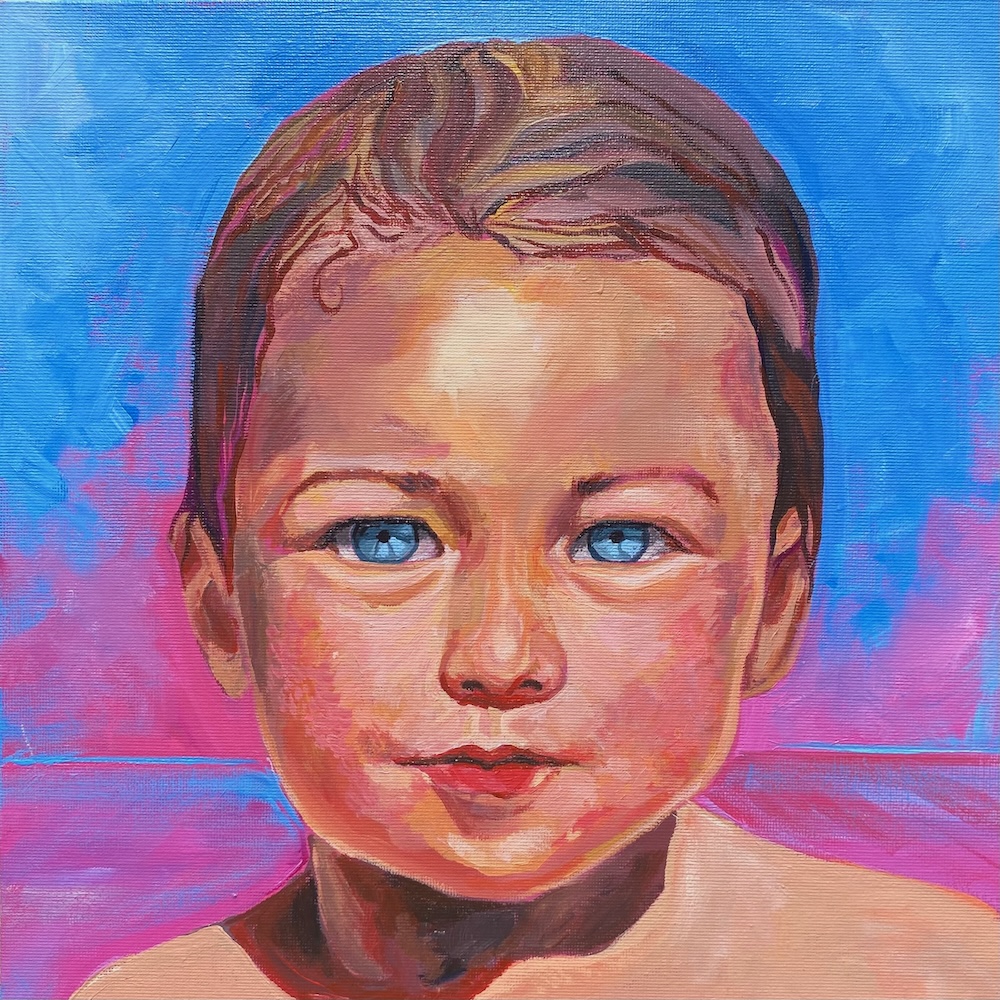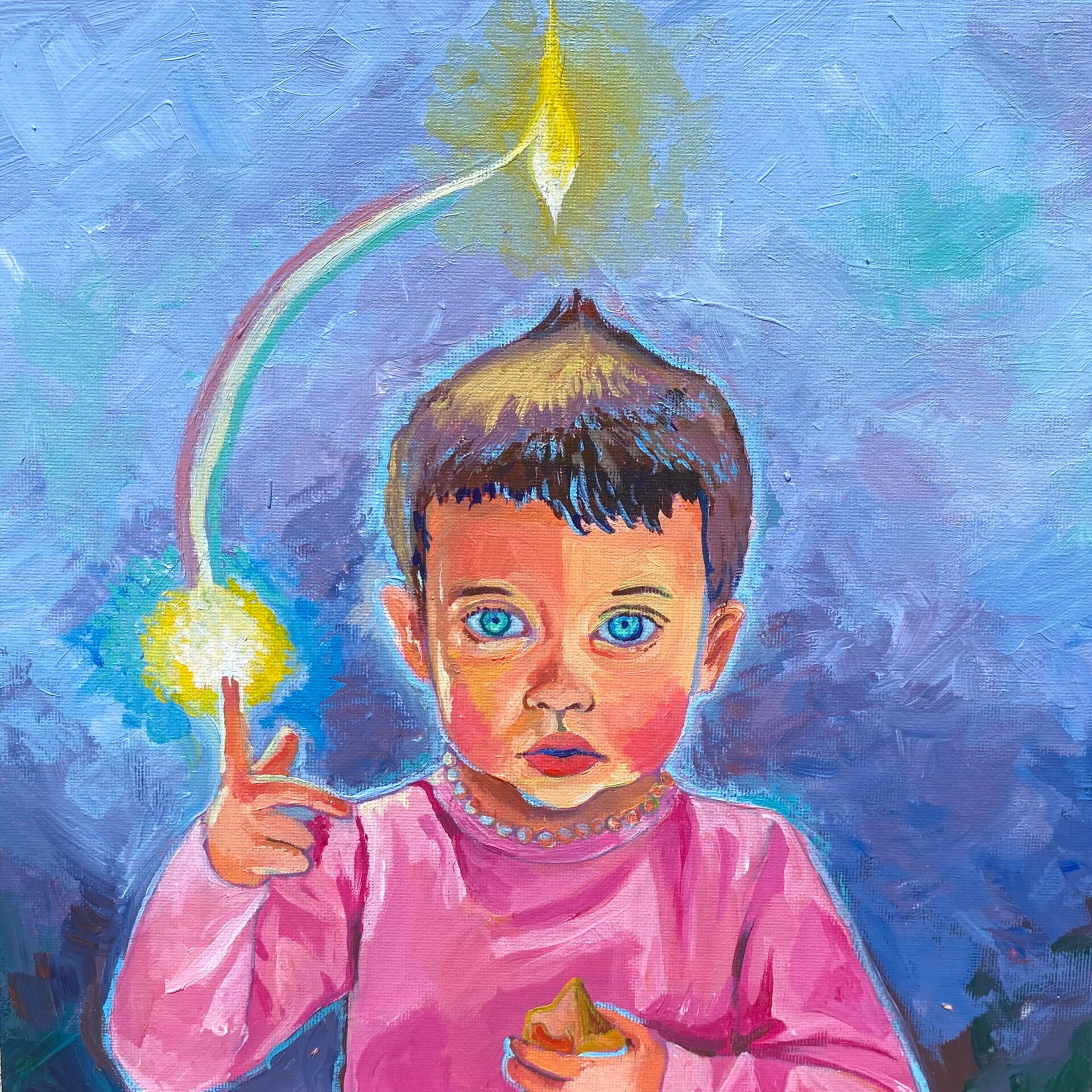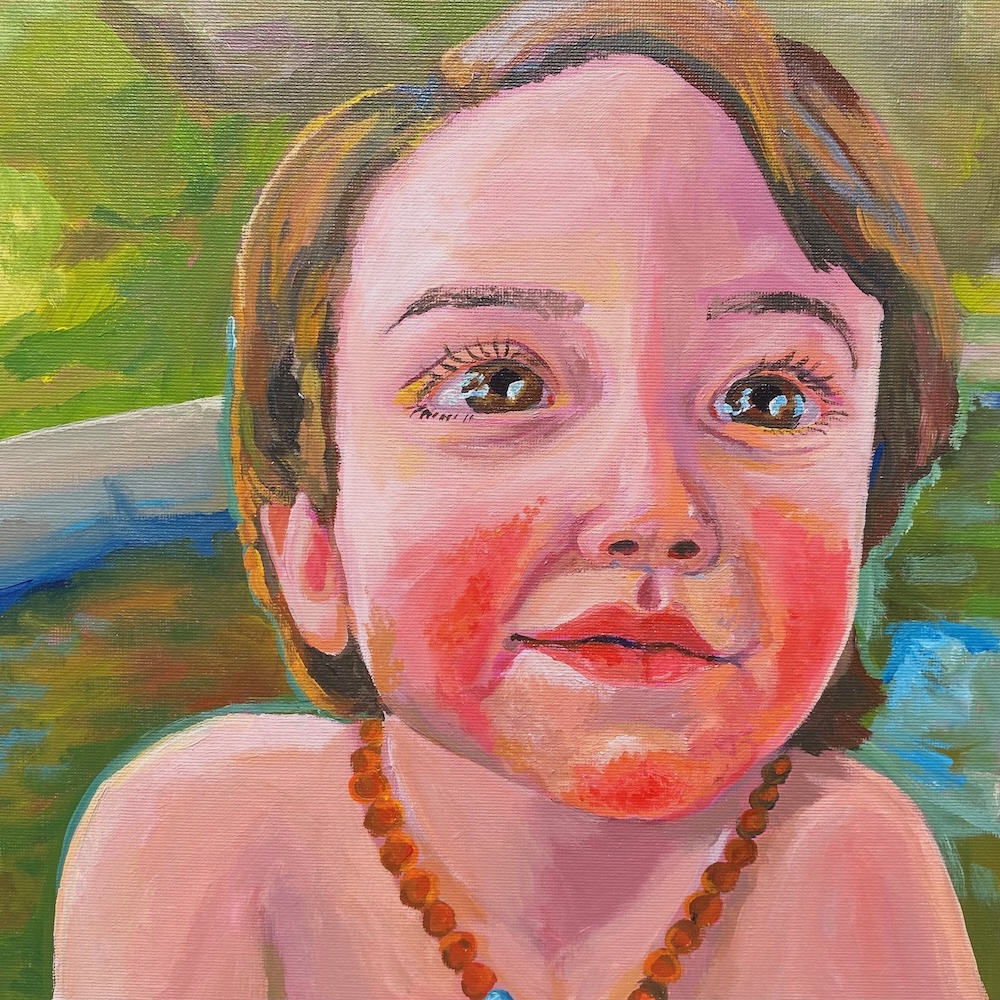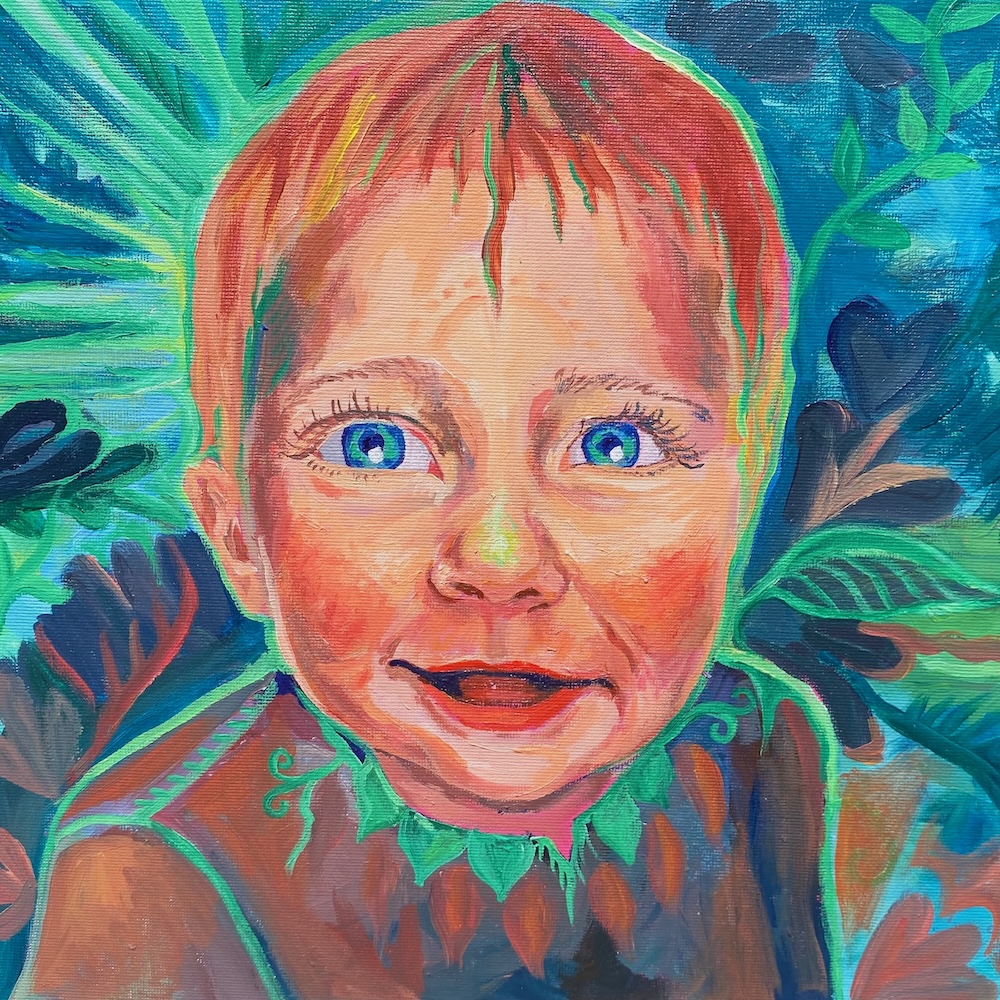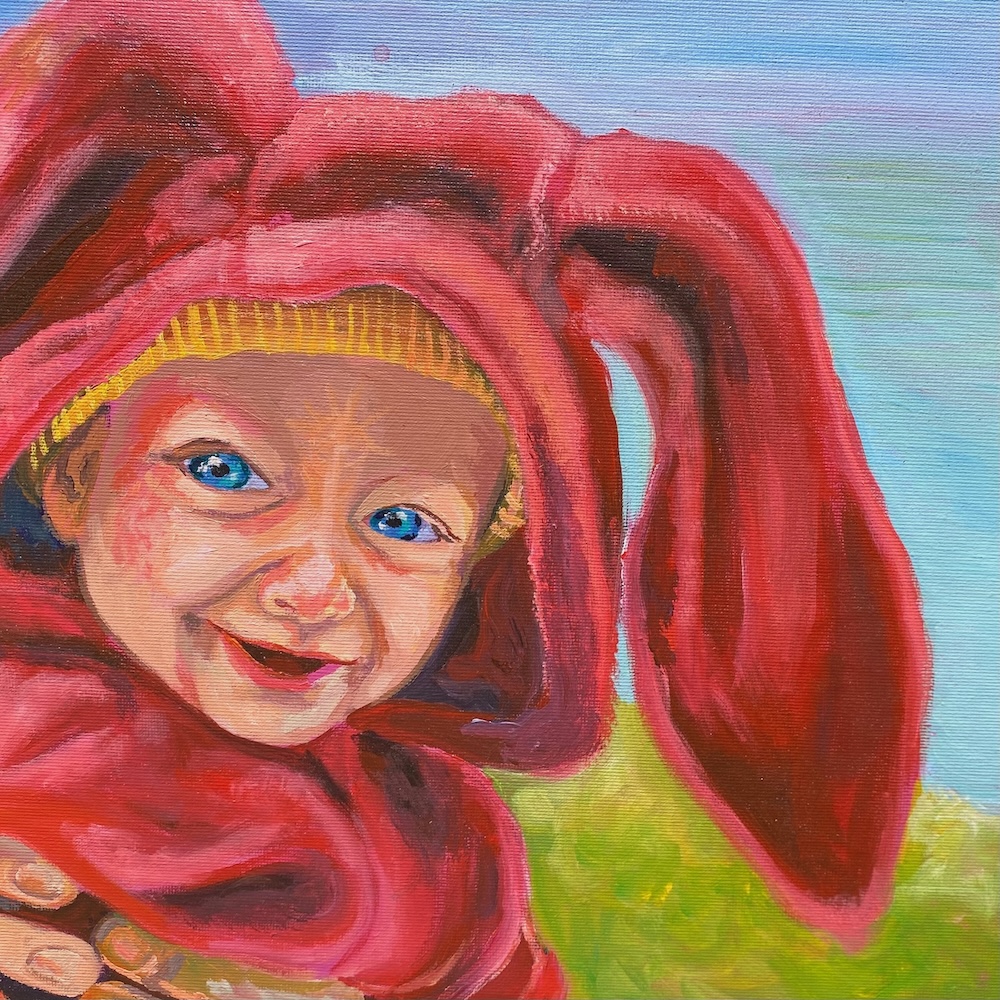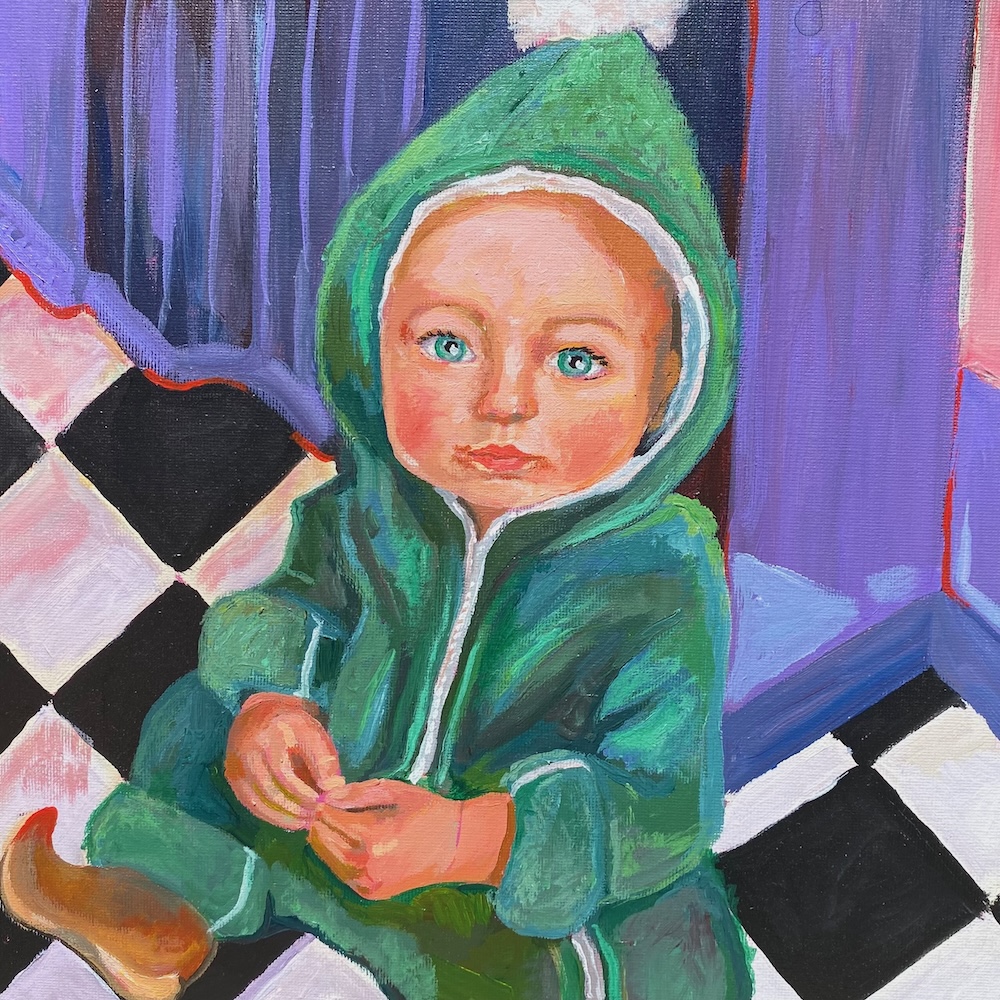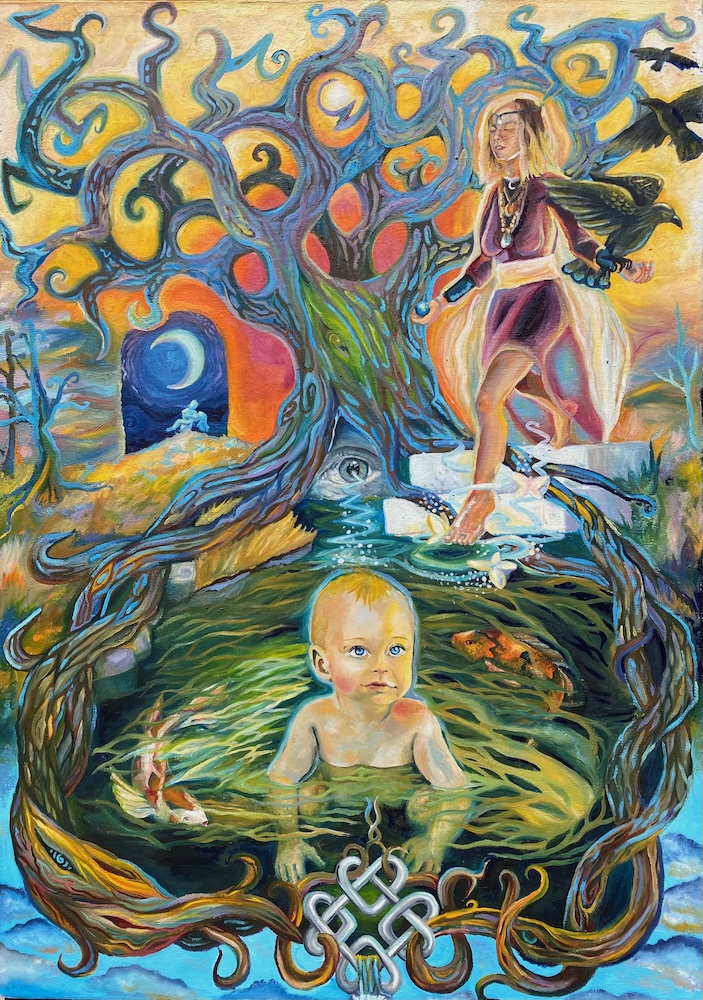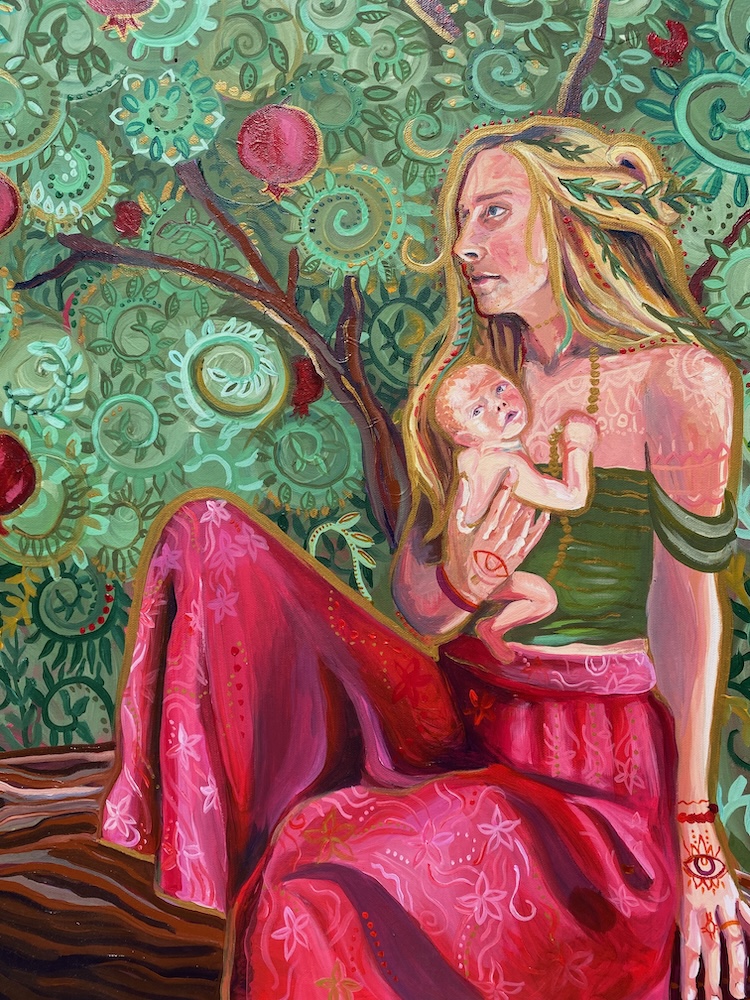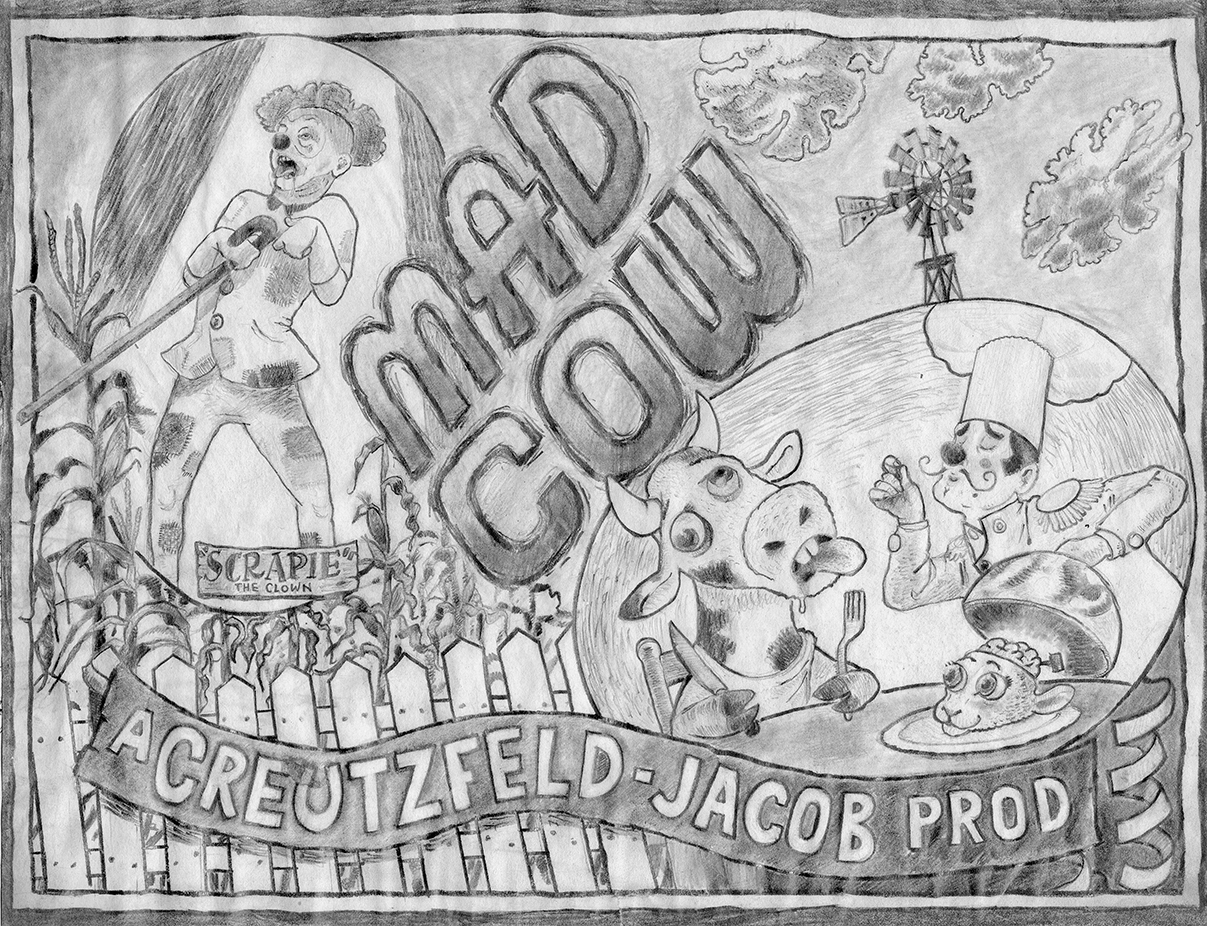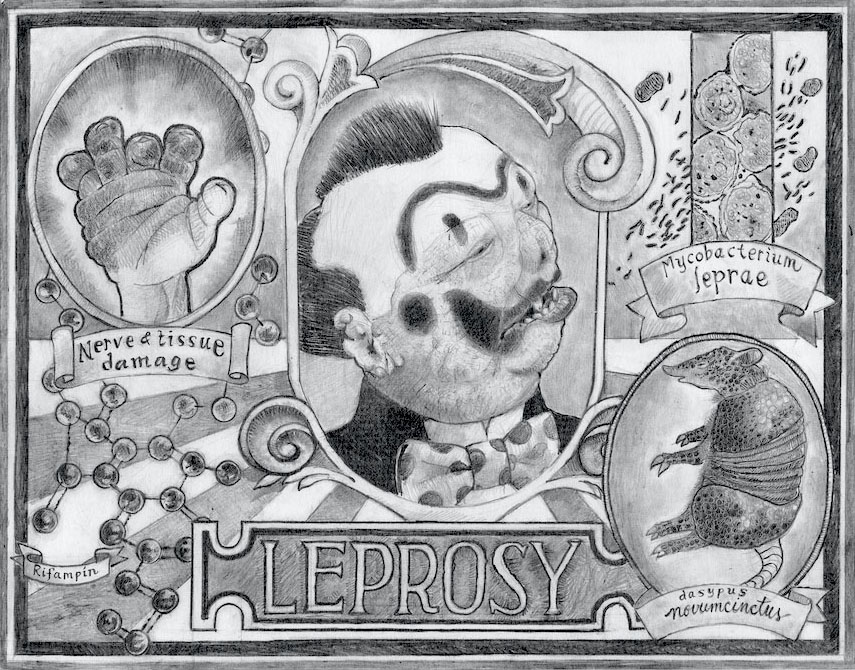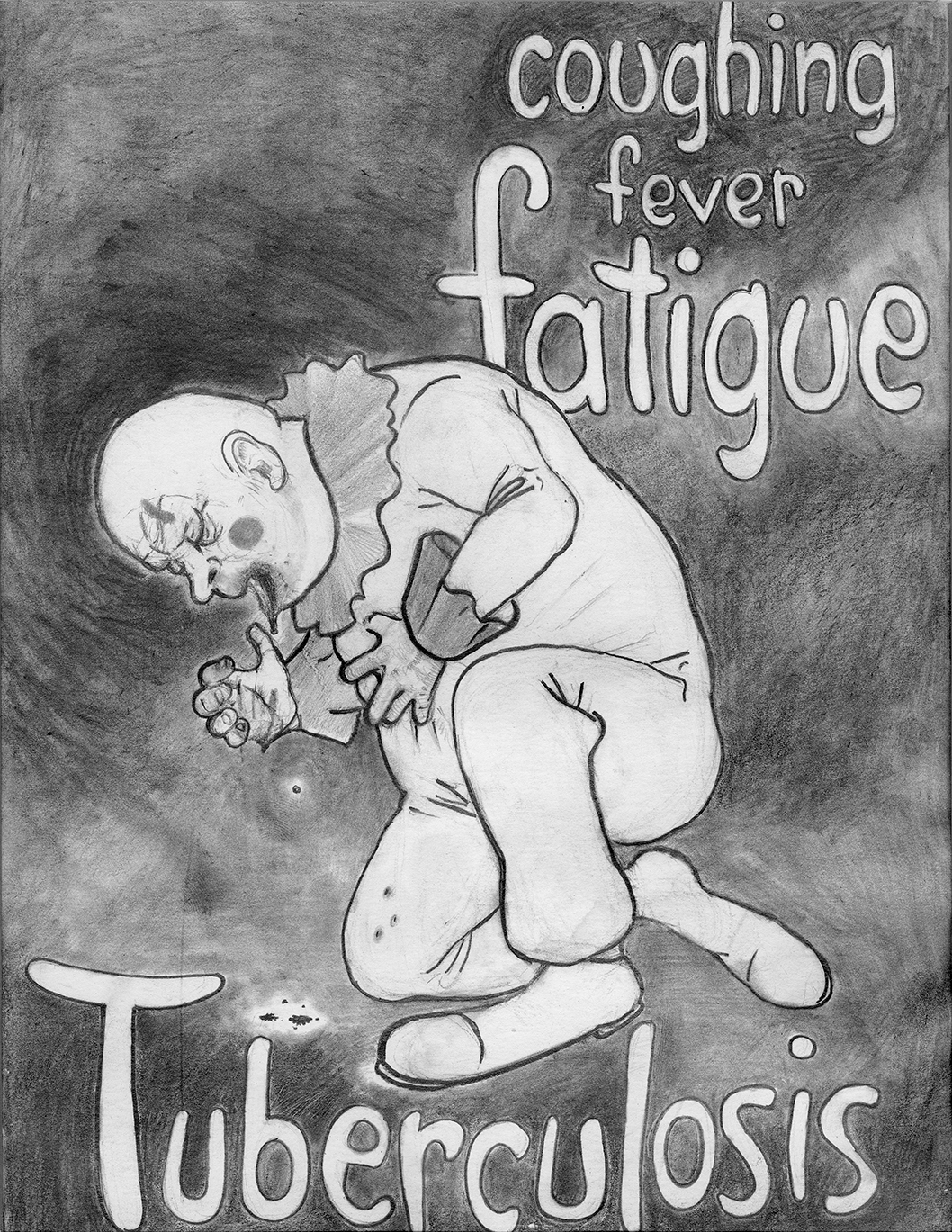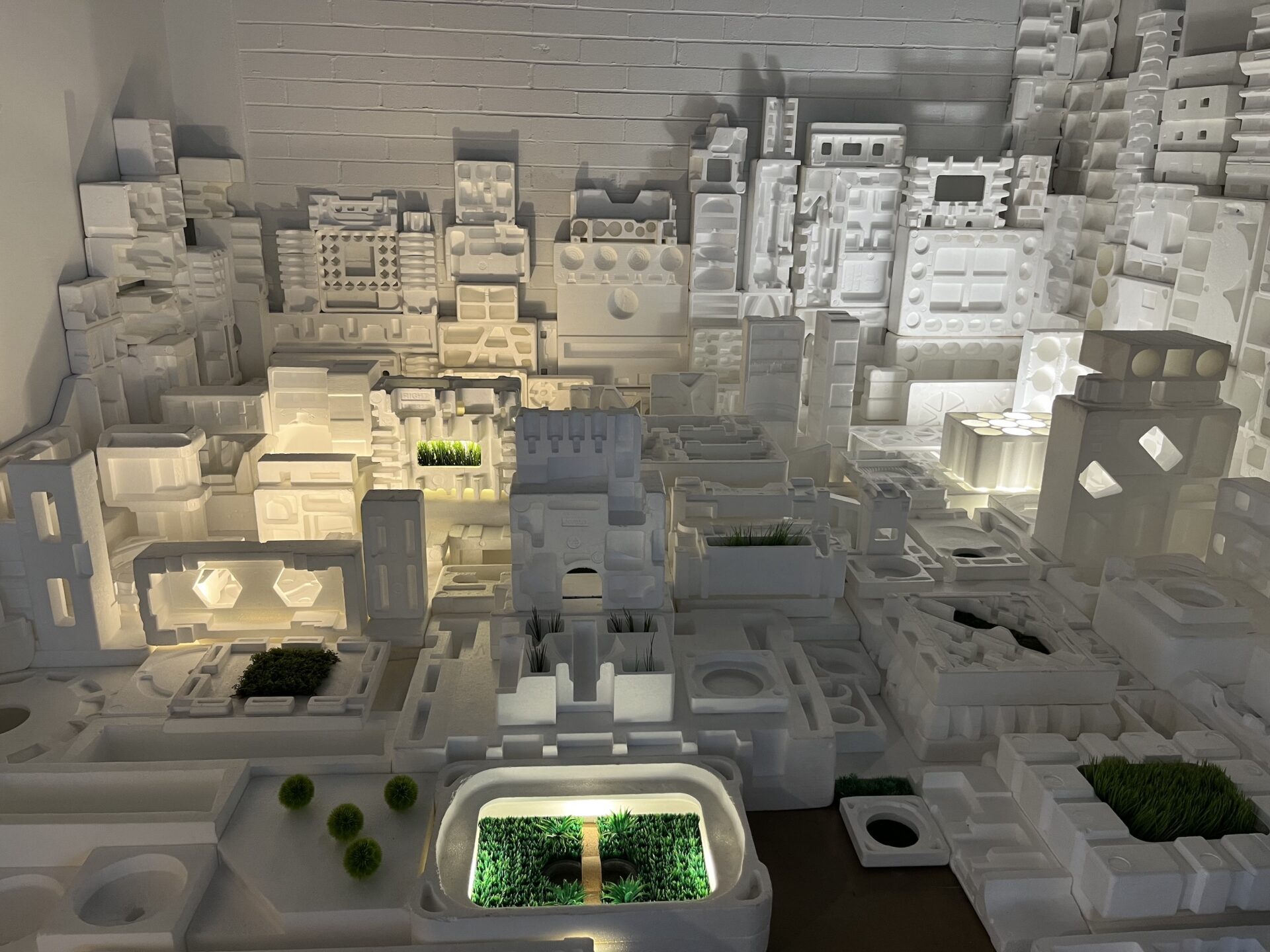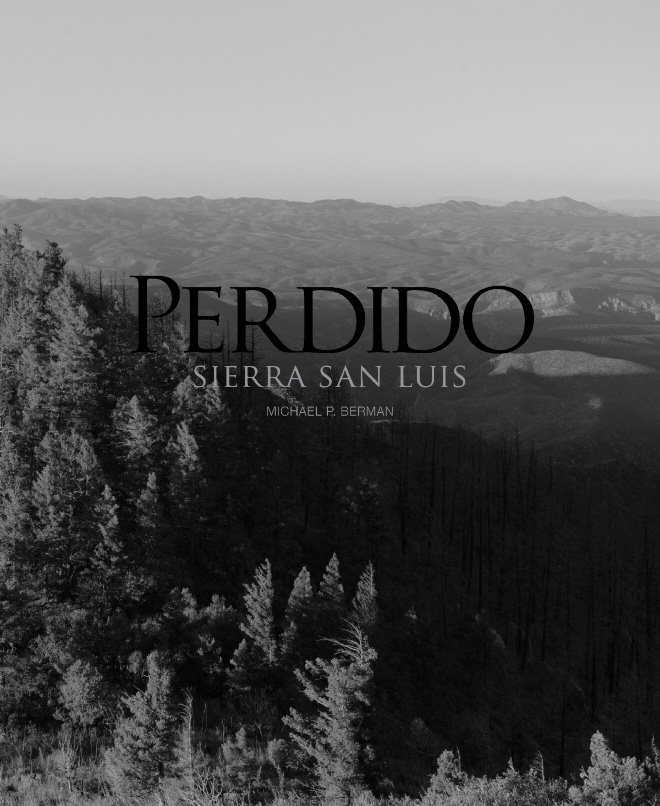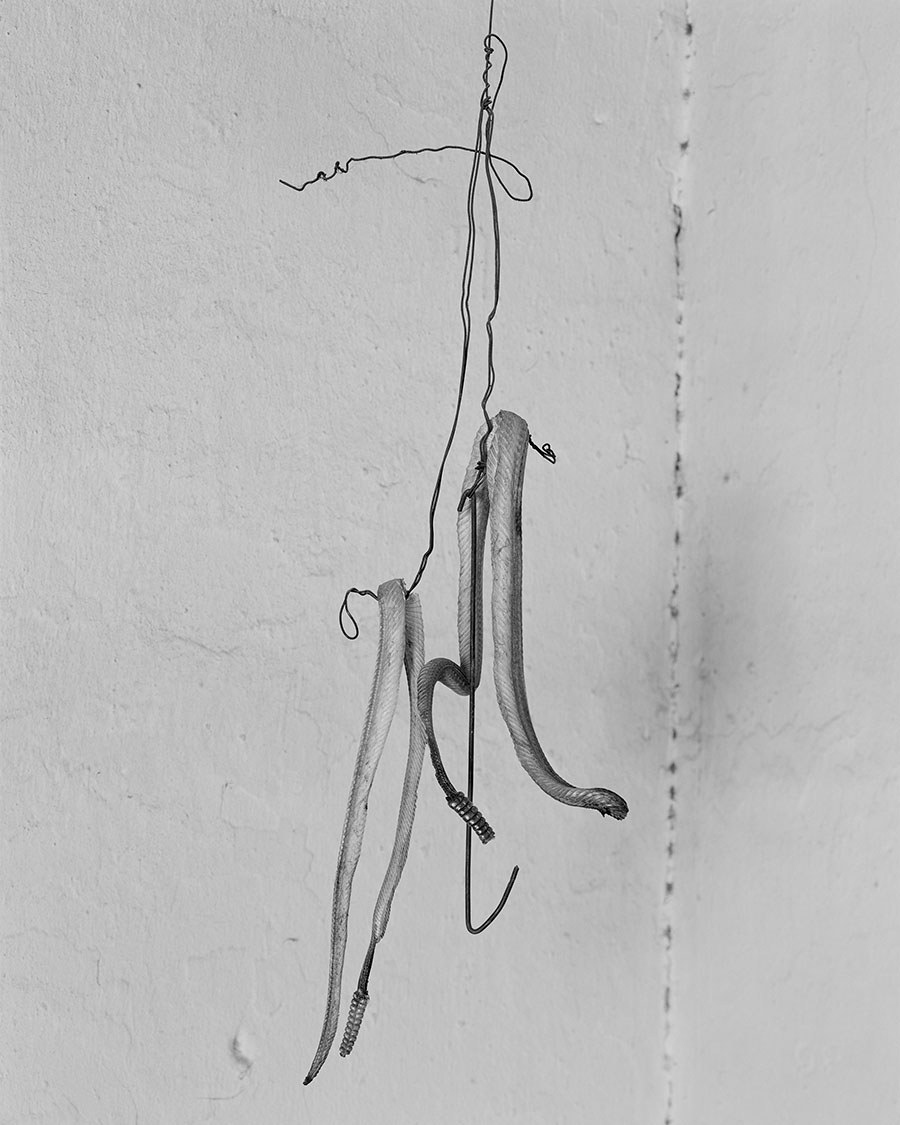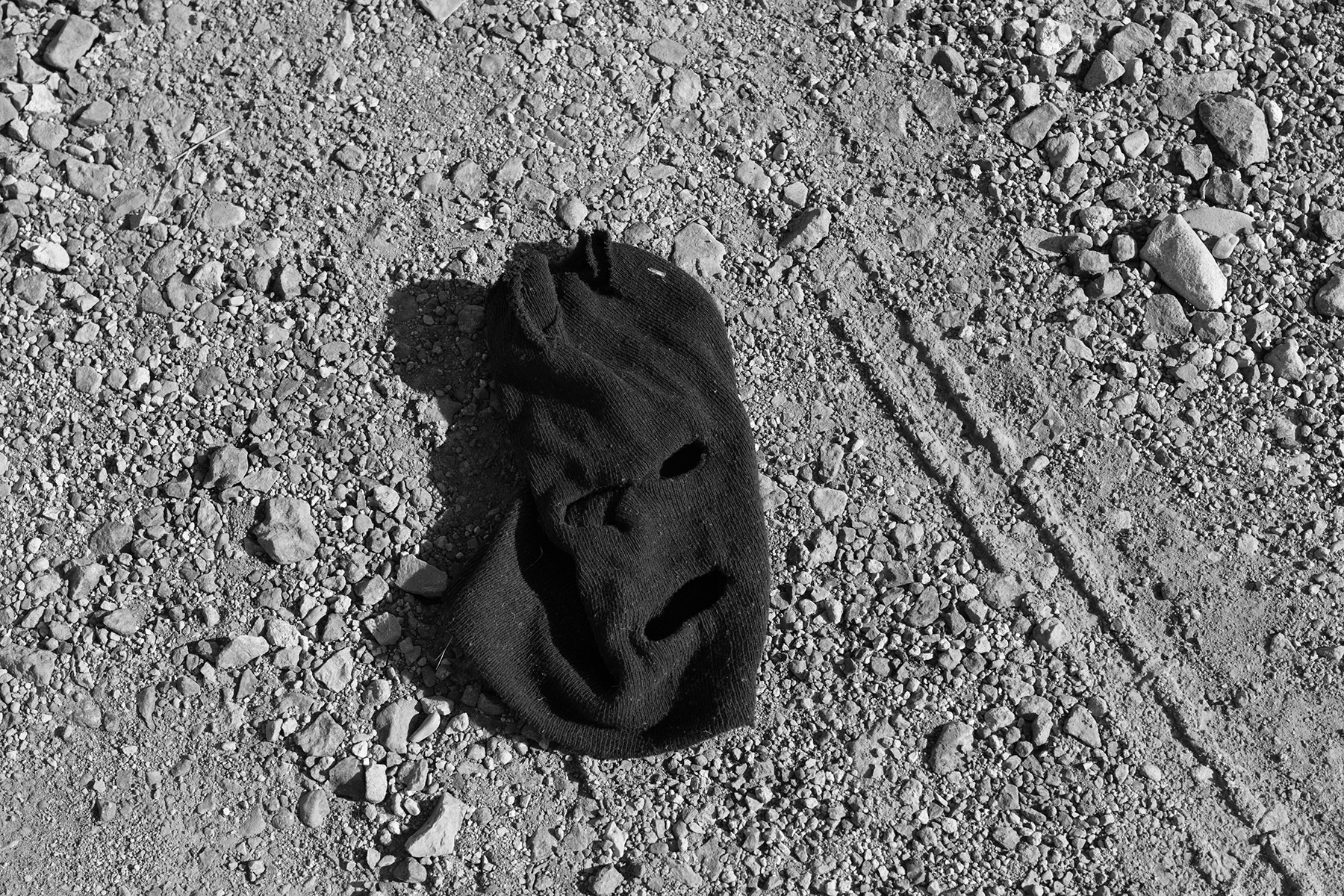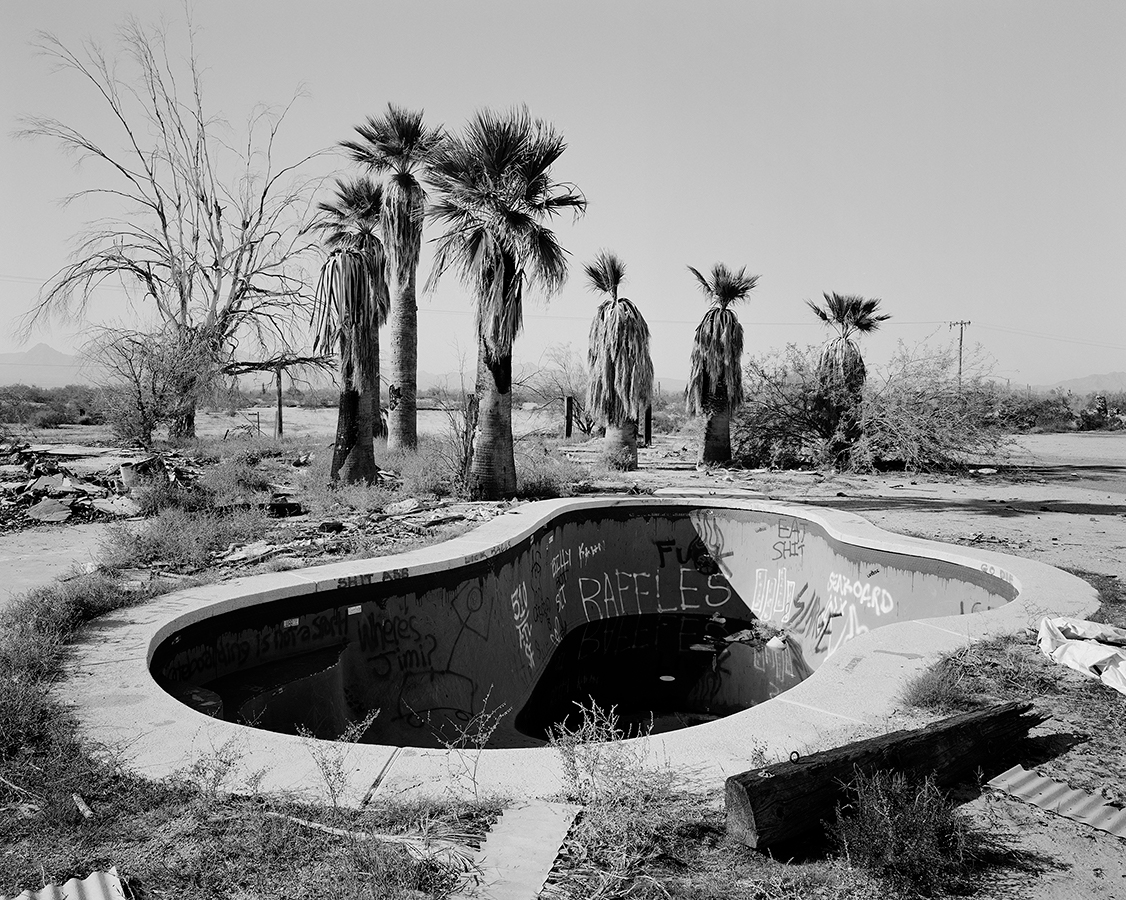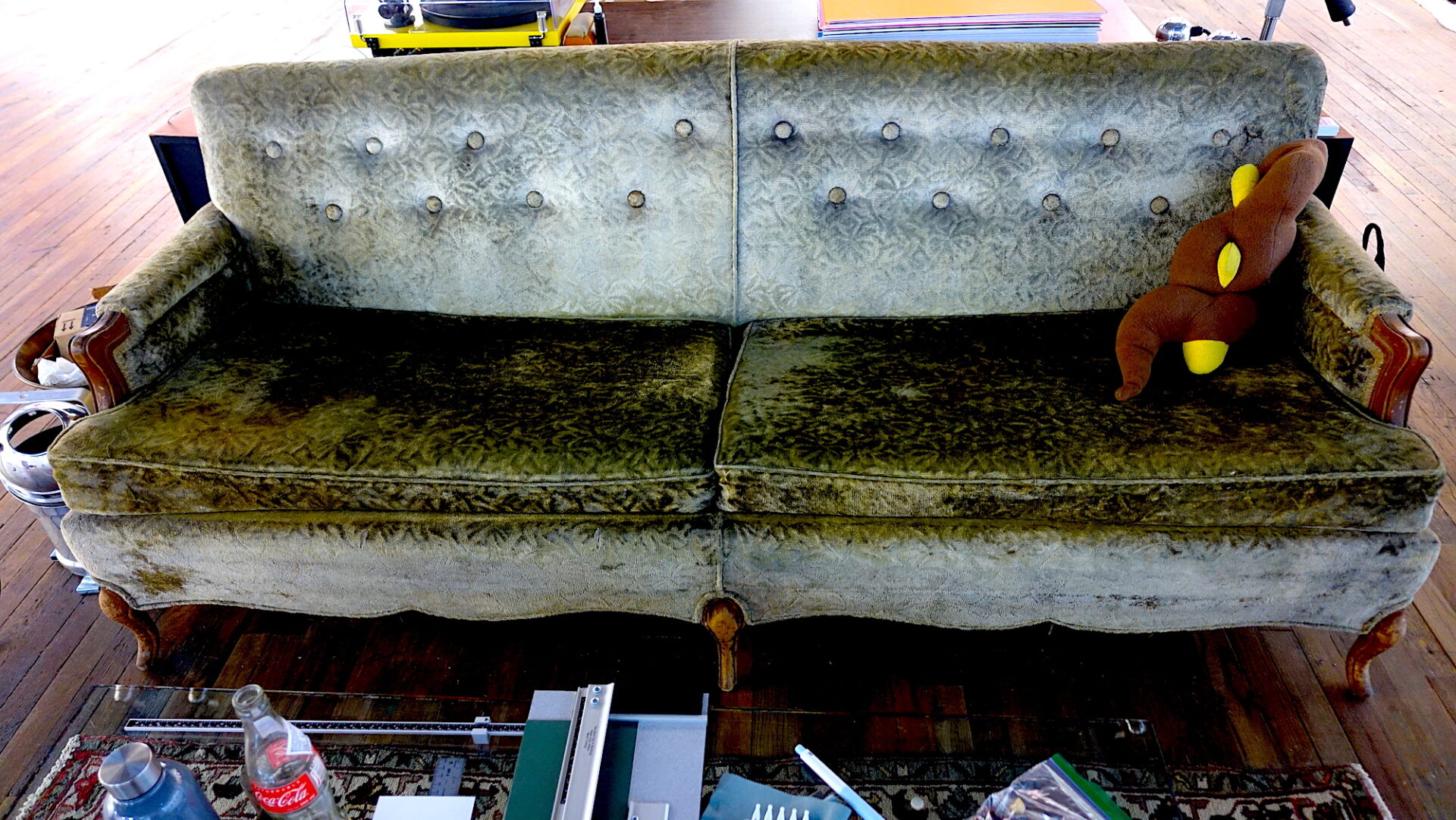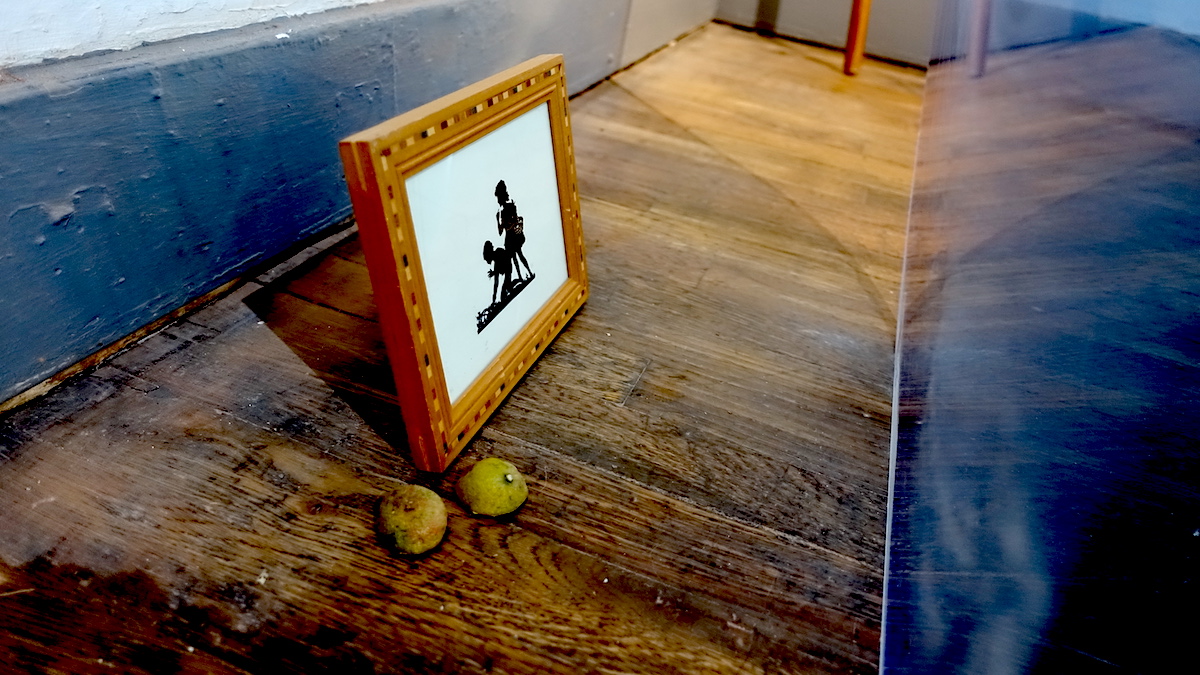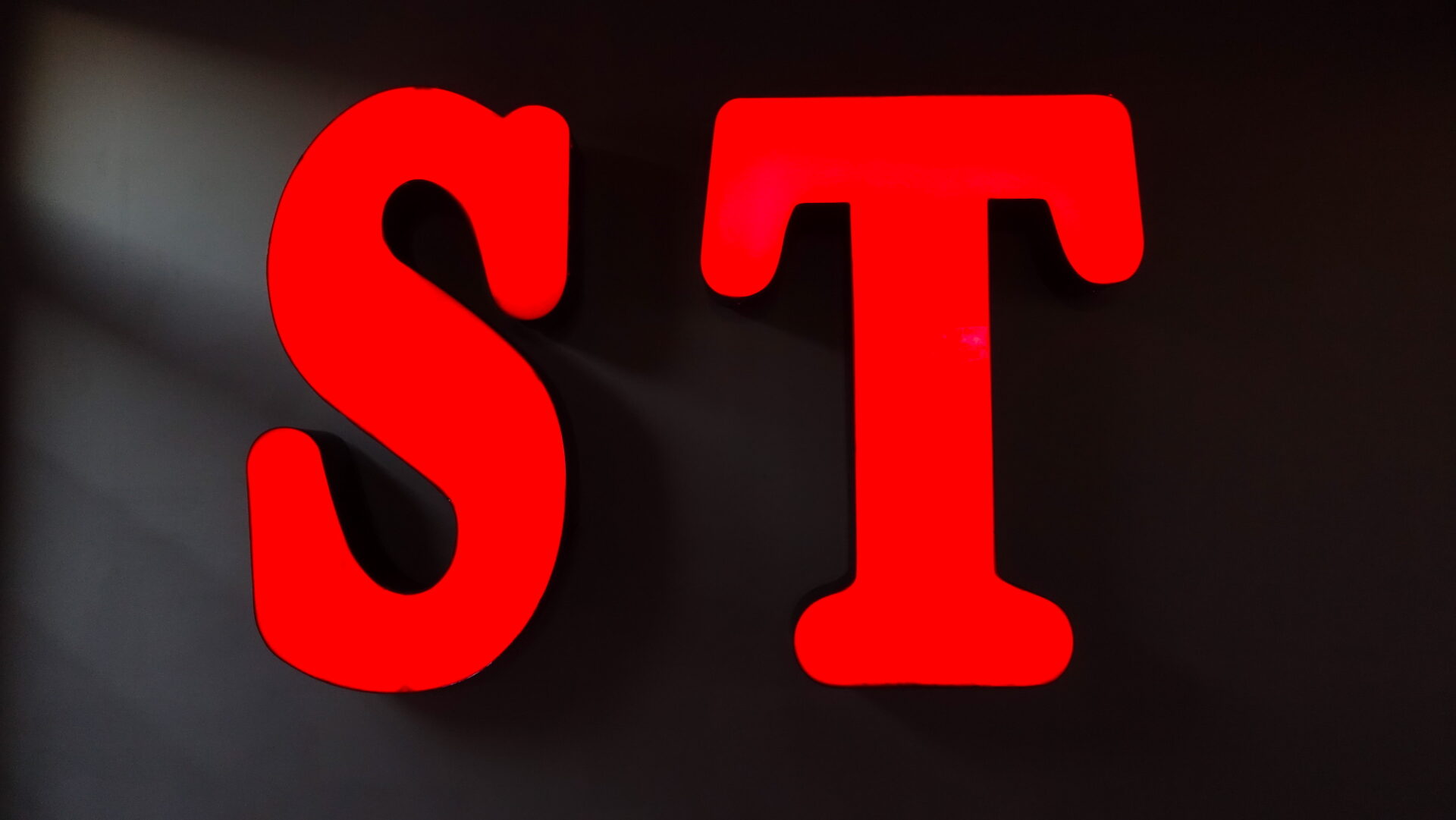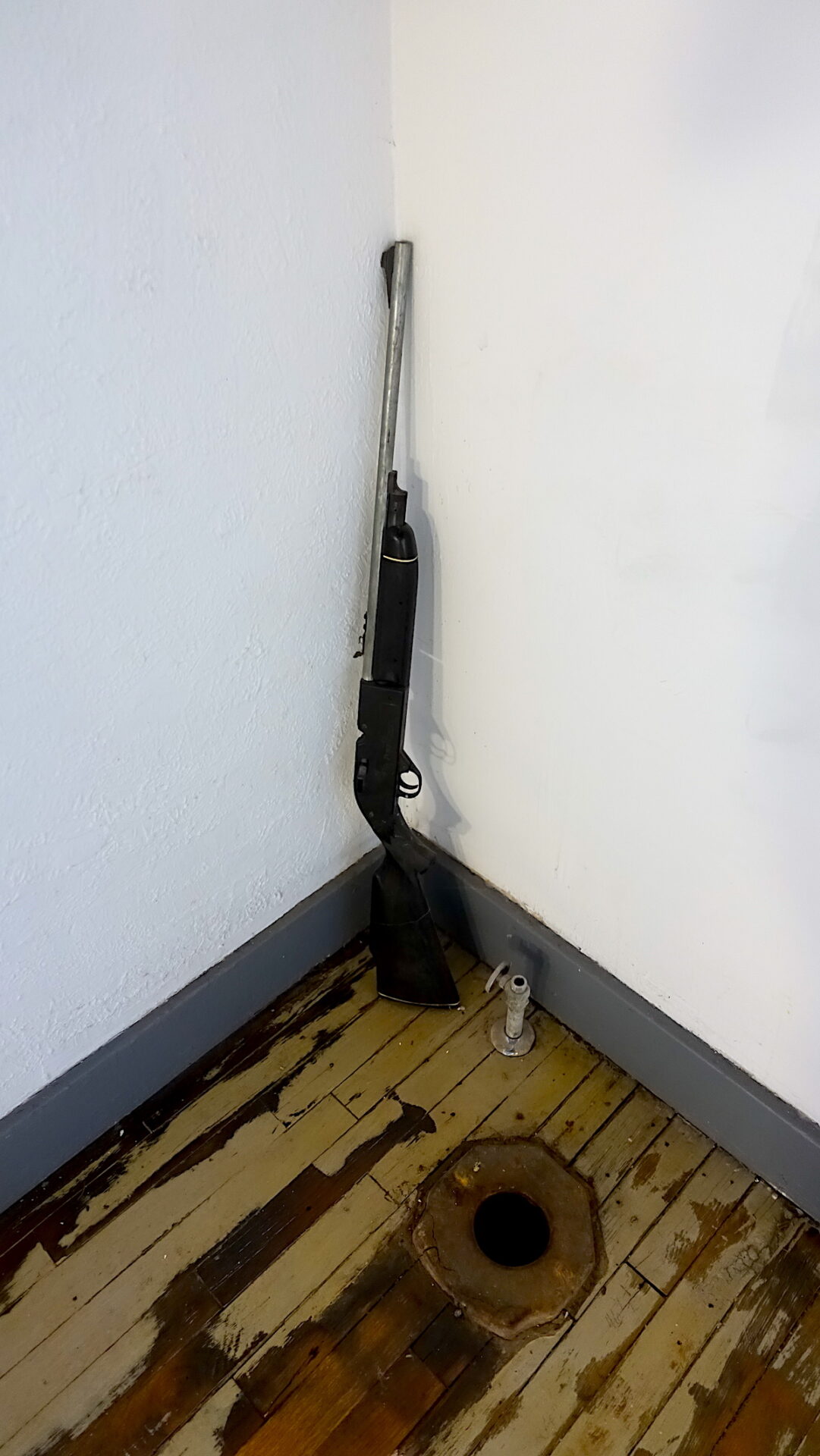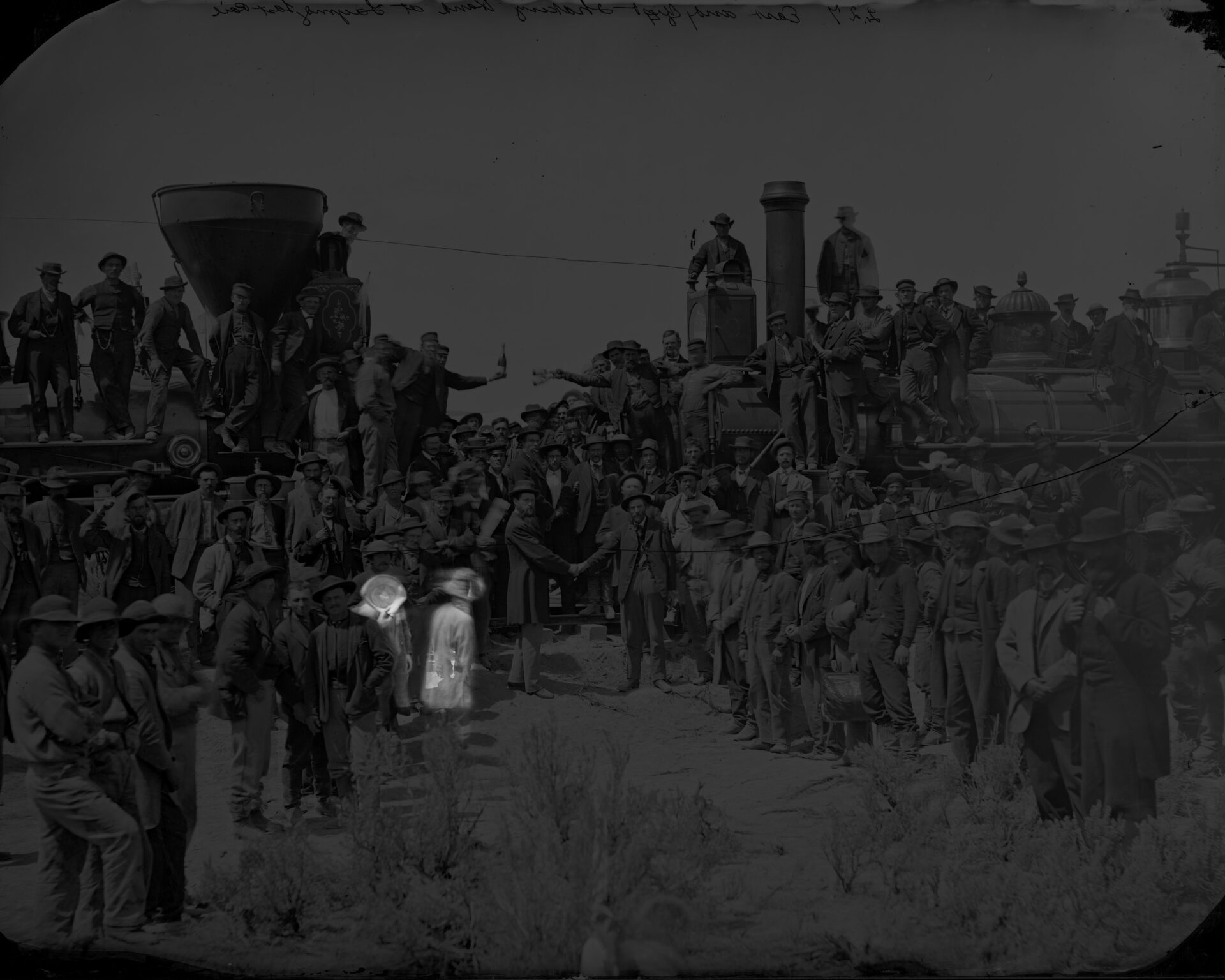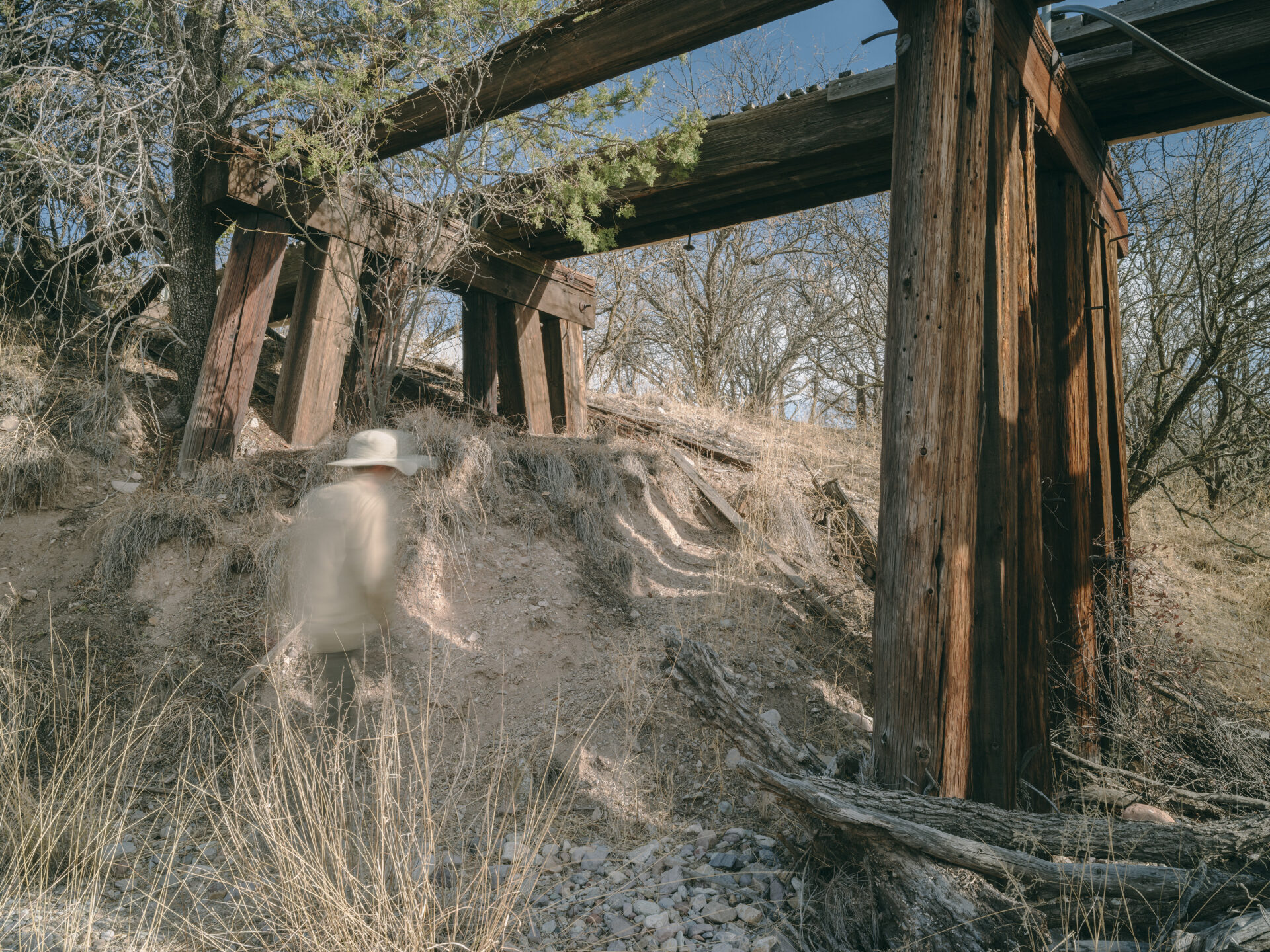Artists
THE PROPAGANDISTS
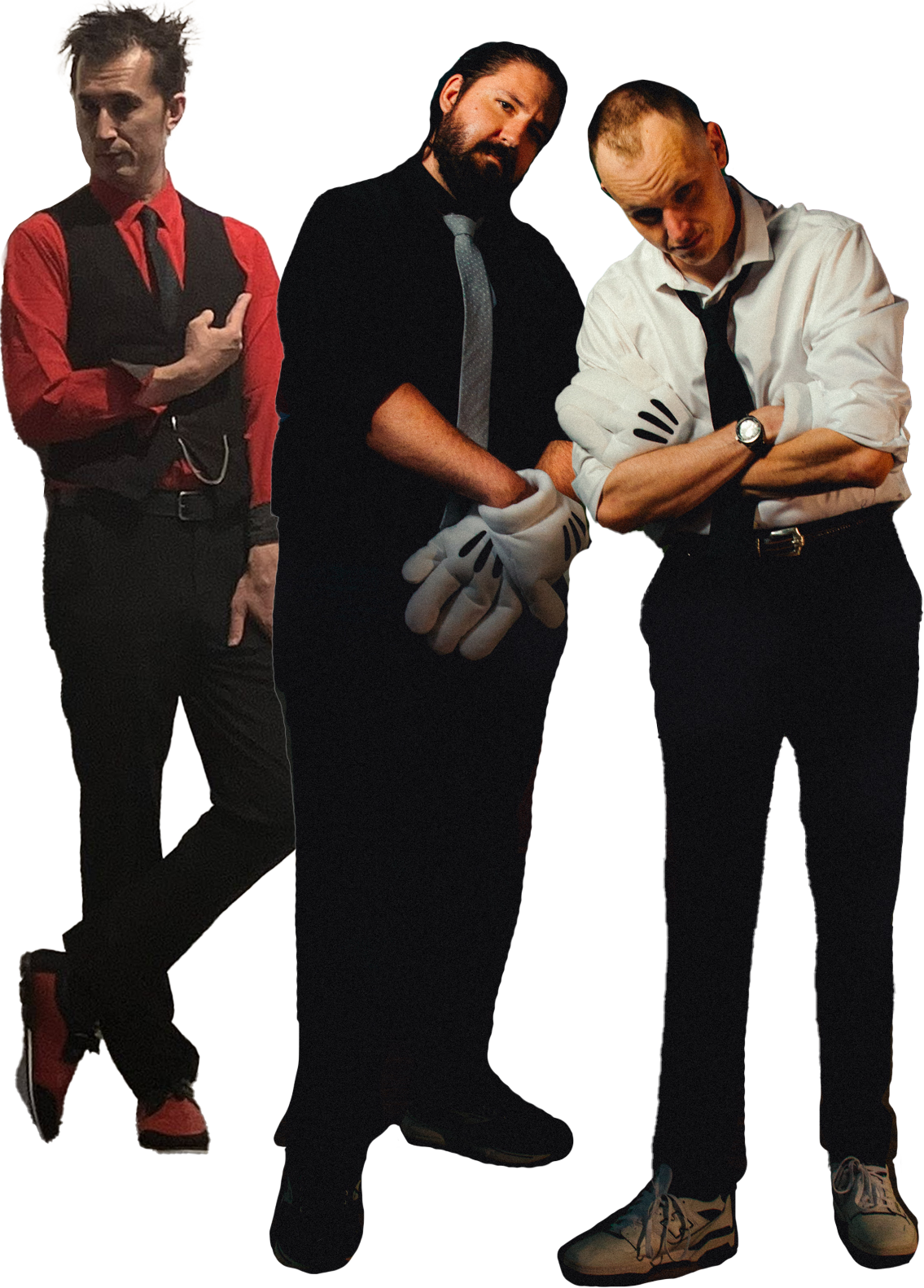
Josh Belhumeur
20 years on the job as a Writer / Planner / Designer / Coder / Director. Thinks feelings and feels thoughts. Likes: new wave, old houses. Dislikes: small talk, big emotions. Hasn’t figured it out yet, but is closer than ever.
Malcolm Critcher
Starving artist who finally got hungry enough to become a professional creative. Likes: BBQ, creative brainstorms, live news bloopers. Dislikes: push notifications, camp as an aesthetic concept, the military-industrial complex. Wishes he was a magician (either kind).
Andrea Osojnik
A Serbo-Canadian designer, educator and artist currently living in Arizona. Passionate about universal design and autonomy within conventional corporate systems, she has been navigating the landscape in which advertising, anarchy and art coalesce. Her background in ceramics has influenced both her graphic arts expression as well as her pedagogical approach by always centering back into a somatic experience with chosen craft.
Kai Miller
A fabricator and experimentalist with no real fear of failure. When something needs to be brought from thought to material, Kai will find a way or die trying.
Listen to the podcast at https://thisispropaganda.show
Porter McDonald
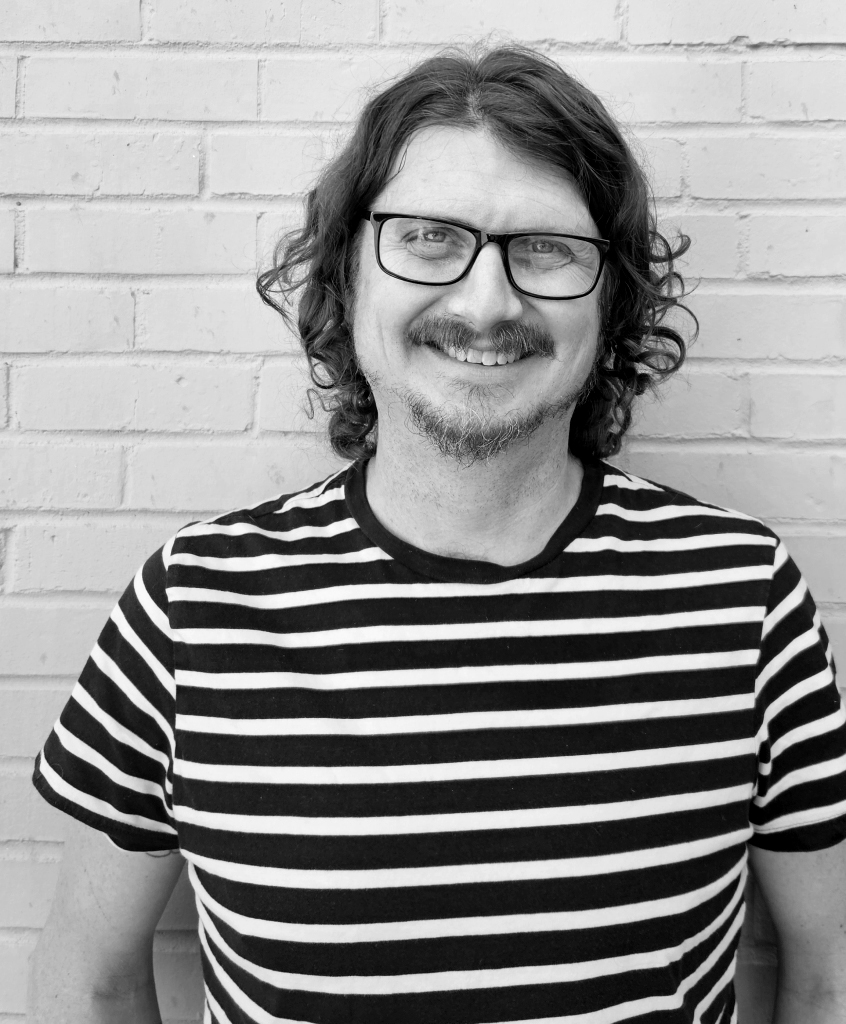
Porter Norton McDonald is an MFA student in Illustration/Design/Animation at the University of Arizona. His current work includes public murals, sequential art, reductive linocut printmaking, photography, and most recently, creative nonfiction.
After completing an undergraduate degree in Photography at the University of Arizona, he moved to New York City to work in film and television. Since returning to Tucson, he has worked as an artist and educator and gained his first master’s degree in Art and Visual Culture Education. Porter has created a murals throughout Southern Arizona including one in the neighborhood of Pueblo Gardens for which he was awarded the Mayor’s Community Service Award.
Eriks Rudans
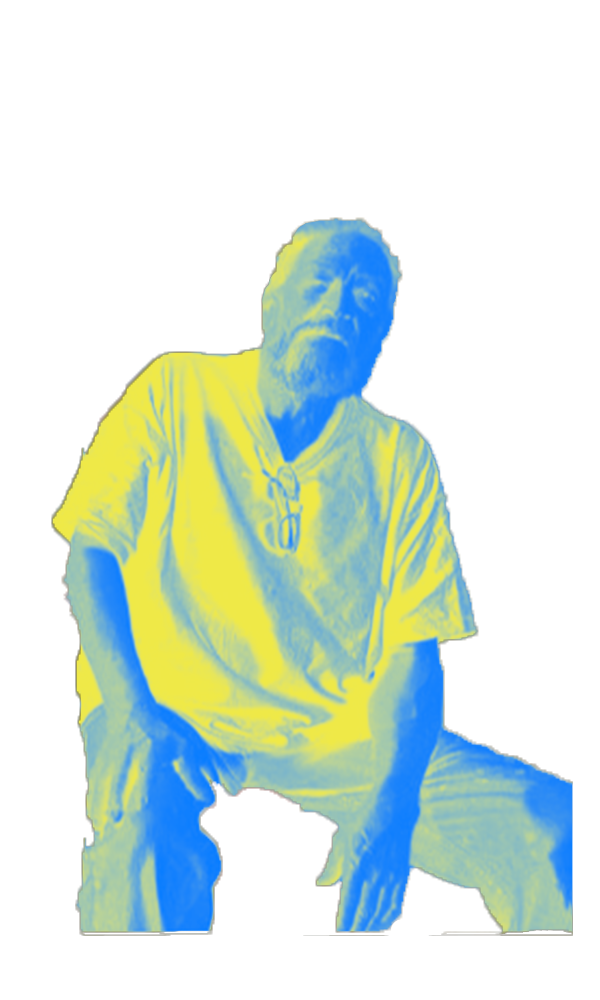
Rudans wasn’t exactly a Viking–he was born in Latvia in 1933–but his larger-than-life story merited a hero’s sendoff, art-style. A refugee who suffered through World War II in a displaced-persons’ camp with his family, he landed in the United States as a teenager in 1949. In short order, he joined the Army, got his citizenship, studied art at the University of Wisconsin, became an art professor and then confounded his immigrant success story by dropping out to do art–and nothing but.
Art took precedence over living. On a visit I paid in 2000, paintings were stacked up against the walls in piles so deep that they had almost taken over the living room, leaving only a narrow space for a single bed. Giant skeletal sculptures of a man and dog occupied what must have once been a bedroom.
Paintings featuring images alternating between lovely Rousseau-like nudes and lecherous priests covered the walls, in between the heads of angels and devils carved out of scrap wood. Rudans would make art with whatever materials he could find.
Rudans loved painting the female nude, and often pictured women in gardens overflowing with flowers and fruits. But even progressive types occasionally balked at Rudans’ unapologetic sexual imagery. Back in 1990, patrons at Club Congress were so angry about an explicit female nude hung above the bar that the painting eventually was removed. And Rudans delighted in attaching big wooden penises to many of his sculptures.
Geneva Foster Gluck
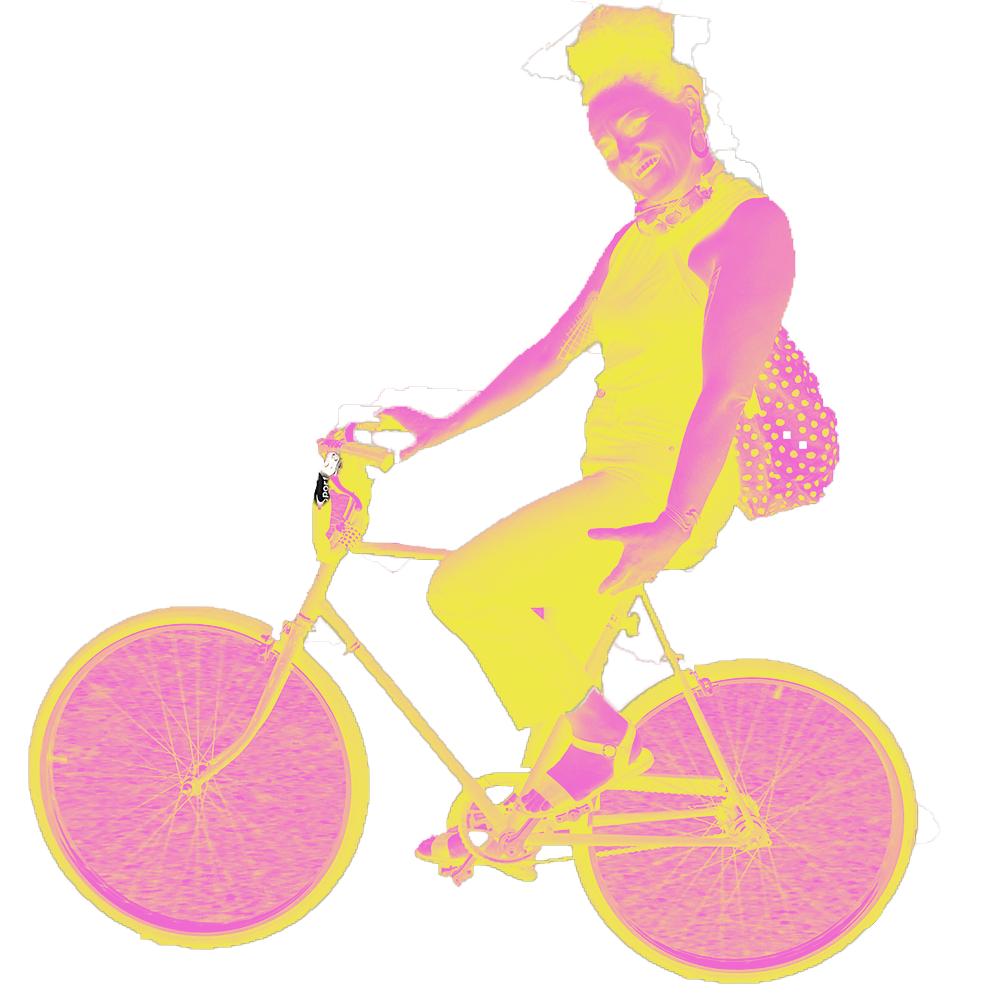
Geneva Foster Gluck is an artist, practice-led scholar and physically trained performer/director. Her work utilizes immersive event-making and material storytelling to explore a range of topics and experiences often grounded in decolonizing, feminist, and ecological approaches. Geneva holds a PhD in Philosophy and is the other part of *this, a place-based performance and object-making collaboration with artist Rachel Rios.
Rasquache Artists

Participating artists:
Mel Dominguez
Ruben Urrea Moreno
Danielle Love
Cristina Cardenas
Carolyn King
Sophia Mayorga
Racheal Rios
Robert Rios aka Tata Homie
Lower AZ, Lupita Chavez
Zeke Cook
Tony DiAngelis
Alexis Joy Hagestad
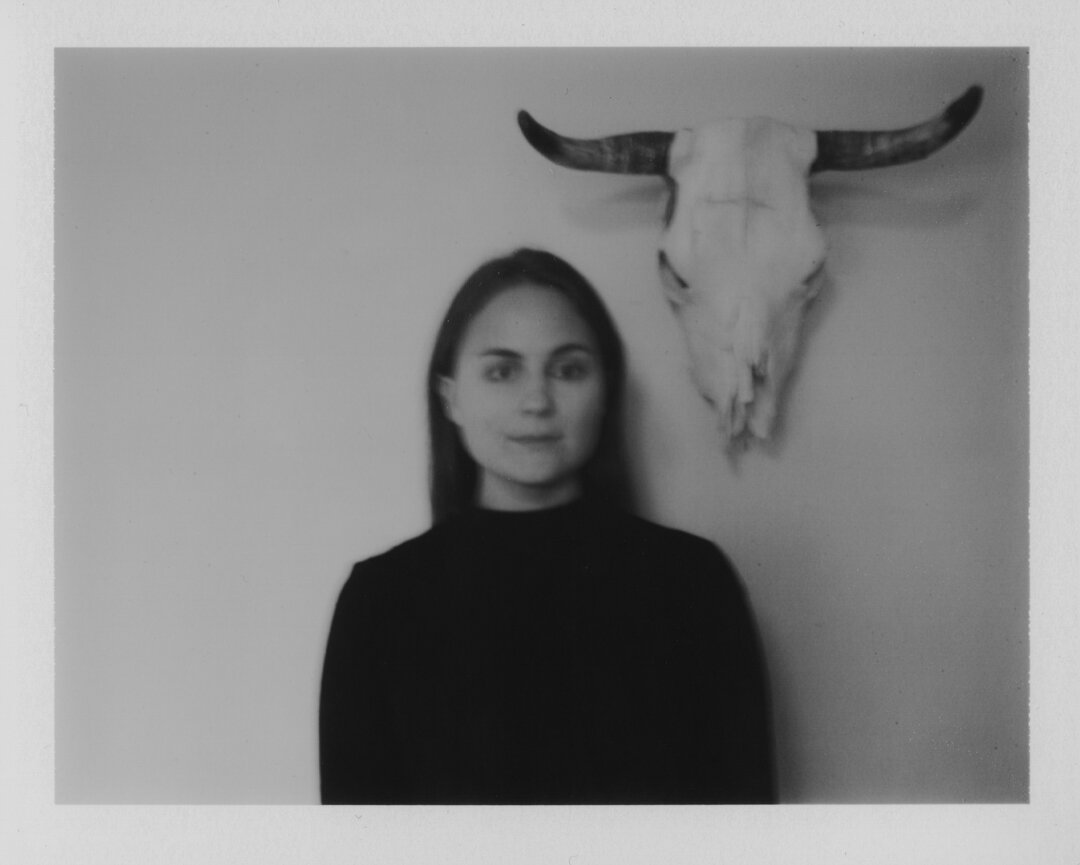
Alexis Joy Hagestad (she/they) was born and raised in Missoula, Montana, which is located on the traditional lands of the Salish, Kootenai, and Kalispel people. As a child, she believed she lived on half of the Earth because of the vastness of the sky. She is an
interdisciplinary artist whose work in sculpture, lens-based media, and multispecies collaboration investigates the impact of human activities on the planet. Her practice often emphasizes overlooked narratives of different species. By exploring ecological grief, Hagestad examines the interconnectedness of all living beings. Her work aims to challenge conventional human perspectives and envisions a future that transcends catastrophic environmental narratives. Through listening to and learning from multispecies communication, Hagestad’s research aims to examine and advocate for a more sustainable coexistence with all inhabitants of Earth.
Alexis holds a B.F.A. in Photography from the Savannah College of Art and Design (SCAD) and is currently an MFA candidate in Photography, Video, and Imaging (PVI) at the University of Arizona in Tucson, Arizona, which is on the traditional lands of the
O’odham and Yaqui peoples.
Amber Doe
All of her work is trans species ancestor worship.
Wesley Creigh
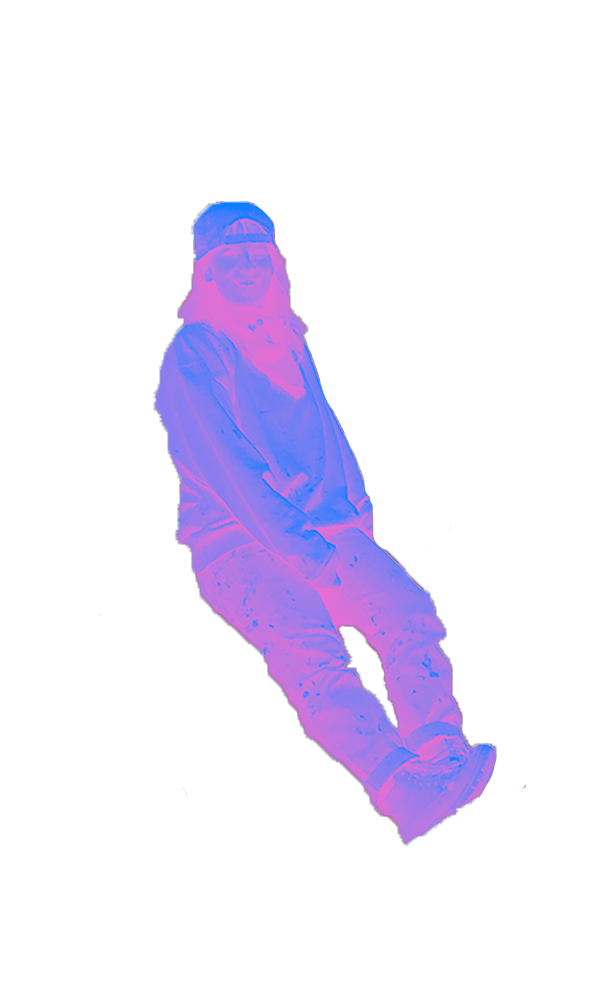
Wesley Fawcett Creigh is a multi-disciplinary artist based out of the land currently known as Tucson, Arizona. In 2008 she completed her Bachelor’s Degree at Prescott College in the self-designed major of Public Art with an Emphasis on Social Impact. Employing animation and multimedia installation for her creative projects, she explores modes of visual storytelling using a collaborative approach. Her 15 years of experience in various construction trades inform her artistic practice and the materials and methods she employs. She has been awarded grants and residencies from organizations such as the Arts Foundation for Tucson and Southern Arizona, The Puffin Foundation, Arizona Commission on the Arts, Springboard for the Arts, Franconia Sculpture Park, and Santa Fe Art Institute.
Sebastian Hirn & Lisa Hörstmann

Sebastian Hirn and Lisa Hörstmann have been working together on various projects since 2012.
Sebastian Hirn has realized a large number of art installations, stage and video designs, as well as projects as a director for theatre and opera in Germany and abroad. His method of working transcends established disciplines and moves within the space between fine art, theater/dance, and music. It is characterized by a great interest in experiments and openness that often results in collaborations with visual artists, musicians/composers, or scholars.
Lisa Hörstmann has been working for different art projects and institutions in Munich and Berlin for several years. She is currently doing a PhD on settler primitivism in South Africa with the Department for African Art at Freie Universität Berlin.
Danny Perkins
Drama, action and hope. Colors know it or not, are reminders of our experiences. We’ve all attached sights and visions of our lives and to our emotional selves. These paintings are references to those emotions. Everyone is going to have a different reference points; my references are just mine. In doing these paintings, there was a strong feeling in me to start with and I wrapped everything around that. I can say a lot of personal stuff about these paintings, what I was feeling when I was painting but it is for the viewer to bring their feelings to the painting. If you try to identify objects and images you will be disappointed, it is more of emotional journey. It is for the viewer to look at the work as a whole, the colors and proportions. I do believe, like many people, the world is a chaotic place, the drive to make sense, to build structure, I feel it helps us in the struggle. I have been doing color and form dichotomies for 35 years, first in 3 dimensions, sculptures, and now with paintings. It wasn’t until these recent paintings that I feel like I landed. There’s 10% hope. If you go deep and face the darkness. You have a lot more courage and will see a lot more, instead of running from it. – Danny Perkins
————–
Danny was born in Frankfurt, Germany, raised in an orphanage in Oklahoma, and was a young adult in the Bay area. He then moved to Washington state where he was a professional artist in glass and sculpture showing nationally and internationally and is in museum collections throughout. He moved to Tucson 10 years ago, this is his first show after a five-year hiatus.
Yu Yu Shiratori
Yu Yu Shiratori (b. 1988, Los Angeles, CA) is a Tucson-based multi-media artist. Shiratori’s work aims to capture the intricate web each individual holds within a multifaceted society. Her multi-dimensional work investigates the values of traditional methods and contemporary forms to explore issues of cultural and gendered perspectives.
Racheal Rios
My aspiration is to take up space in a male dominated art world. I be doing it for my bitches, period.
Mark Mitchell
Based in Tucson Arizona, Mark Mitchell’s contributions span art, music, and theater. His magnum opus, Mark Mitchell: Burial, a performance and installation, was showcased in a solo exhibition at the Frye Art Museum, 2013, to critical and popular acclaim. In November 2016, Burial was presented in a solo exhibition in Beirut, Lebanon. Mitchell was shortlisted for the Neddy Artist Award at Cornish, 2015, for the Artist Trust Arts Innovator Award, 2016 and 2017 and was the recipient of the Kayla Skinner Award, Betty Bowen Committee, Seattle Art Museum, 2016. His work is in public and private collections, including that of the Frye Art Museum.
Lu Zheng

Lu holds a Master’s degree in New Visual Arts from the Florence Academy of Fine Arts. She is a curator and artist whose work has been showcased in international exhibitions. Her writings have been published in Chinese newspapers and online media. Her artistic practice spans sculpture, installation, photography, and performance art. Academically, she focuses on contemporary participatory art and theater in China.
Semoria F. Mosley
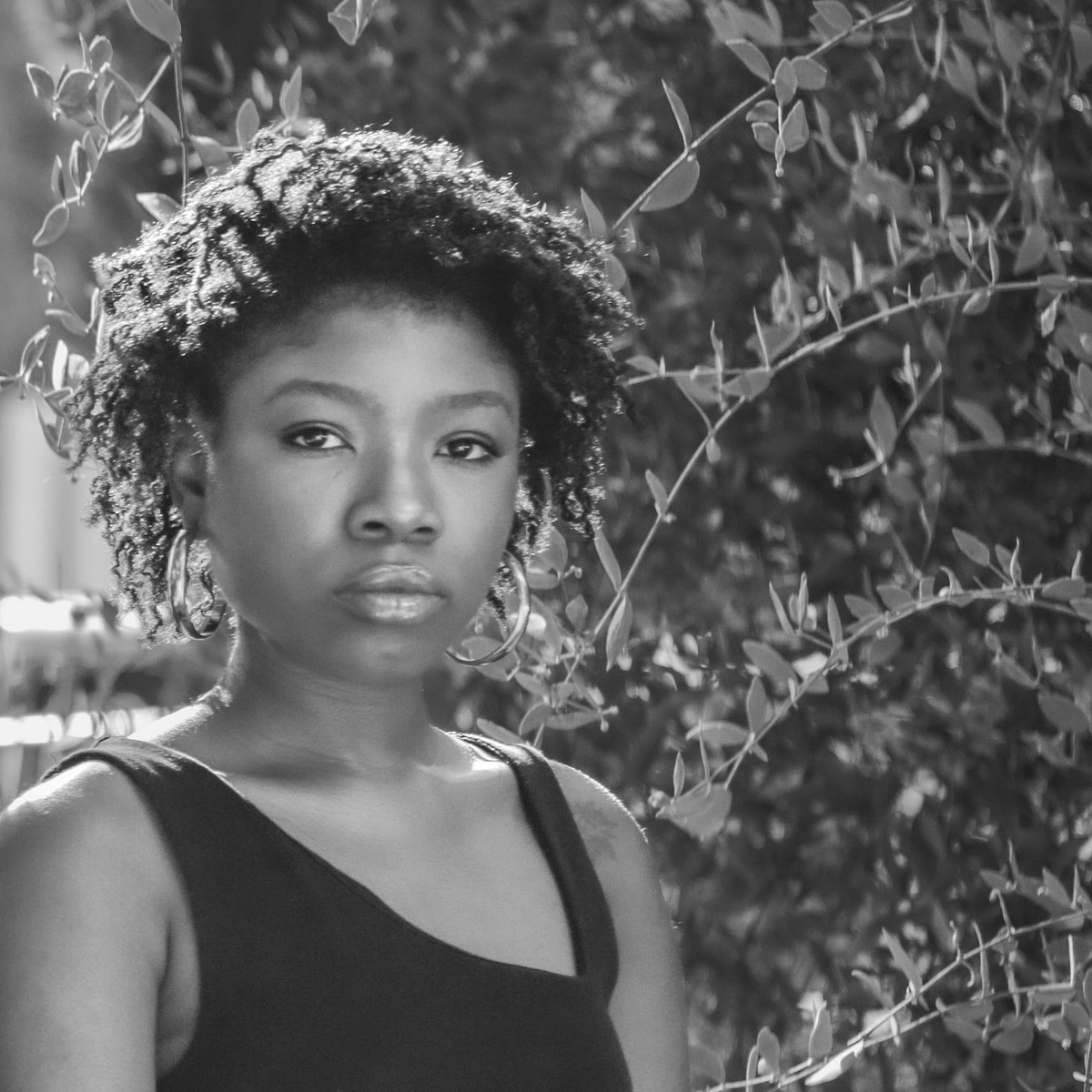
South Carolina is home but I’m in Arizona.
I interrogate the relationship between habit and habitat through vehicles of shared memory. My curiosity leads me to traditional media techniques and contemporary image-making. Using practice-based research to explore the complexities of culture, identity, and environments within African diaspora communities, I focus on uncovering daily nuance and mysticism of Black Americans in the Deep South.
A combination of video, sound, performance, and photography is used to instigate familiarity through contextual difference. As a means of nontraditional collaboration, the work I share relies on empowering individual agency through experimental recollection and cultural code reconstruction. Inspired by what is ritual, routine and diaristic, when viewed through a communal lens, where do the remnants of colonization reside within myself and everyone else?
Treynor Tetik
Treynor Tetik was born on the Great Plains of Oklahoma in 1987. He obtained an Associate’s Degree in Art from Northern Oklahoma College and has been a resident of Tucson since 2017. He’s been attracted to dark moody imagery since a young age, which has heavily influenced his art.
Maya Jackson
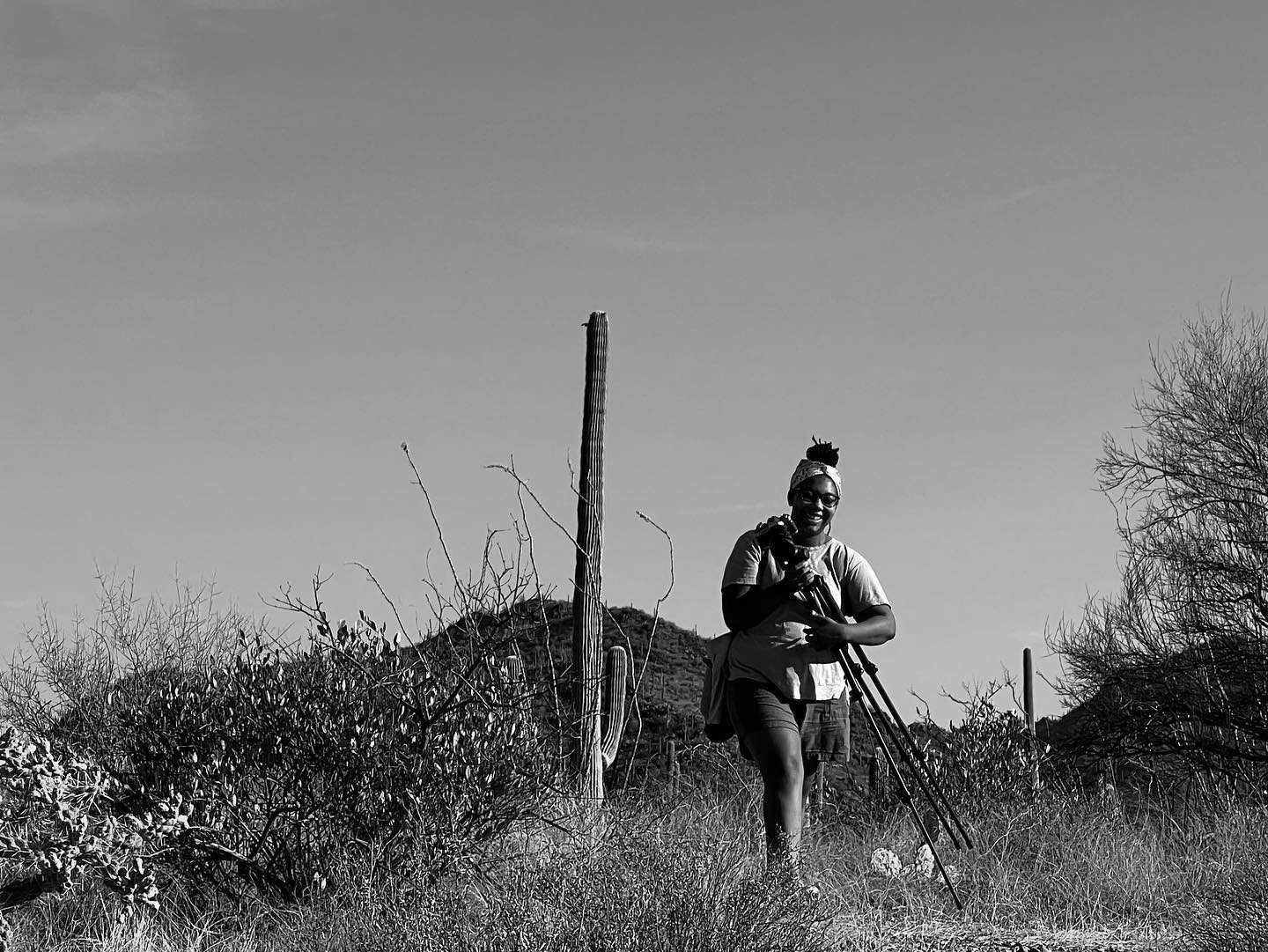
Maya Jackson is a multidisciplinary artist exploring the relationship between humanity and environment through photography, video, and poetry. Born and raised in Richmond, VA, her work reflects the internal and external landscapes of her experience as a Black woman, drawing from both personal and generational memory. Emphasizing the textures of body and land, she examines how these elements connect, fragment, and shape identity. Through her practice, Jackson resists colonial narratives and interrogates human intervention in shared spaces, visualizing liberation from an imposed realism that stems from systematic oppression.
She holds a BFA in Photography and Film from Virginia Commonwealth University School of the Arts (VCUarts) and is currently pursuing her MFA at the University of Arizona.
Nika Kaiser
Nika Kaiser is a visual artist working with photography, video, and installation. Her art practice intersects ideas of mysticism, interspecies connection, and future ecologies.
Kaiser received her MFA in Visual Art from University of Oregon in 2013. Her work has been exhibited internationally, including shows at the American Institute of Thoughts and Feelings, Tucson, AZ; Bruce High Quality Foundation, Brooklyn, NY; Coaxial, Los Angeles, CA; Portland Museum of Modern Art, Portland, OR; Border Patrol, ME; Woodstock Byrdcliffe Guild, NY; University of Dubai, UAE; WNDX Festival of the Moving Image, Winnipeg, MB; Antimatter [Media Art], Victoria, BC; University of Rostock Museum, GE.
She has been the recipient of numerous awards, including two Arts Foundation New Works Grants and a Pollock-Krasner Foundation Fellowship. She is an alumni member of the collective Ditch Projects in Springfield, OR and current member of the video collective Ungrund. Her photographs and videos have been featured in Wut Magazine, Azymuth (Spain), and on NPR. She teaches experimental practices in the Department of Film and Television at the University of Arizona.
Kevin Black
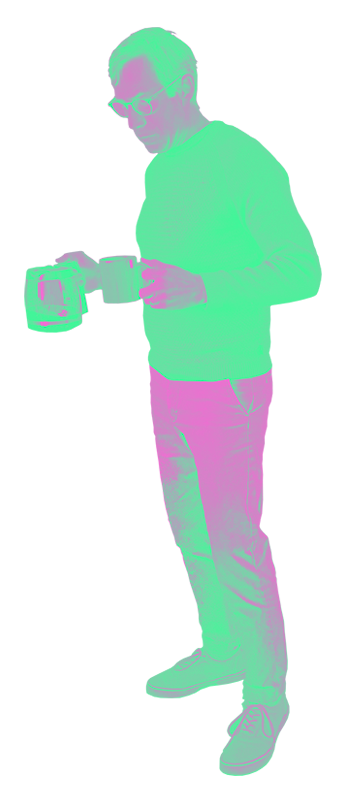
Kevin Black is a professional actor, director, producer and teacher based in Tucson, Arizona. A graduate of Carnegie Mellon University’s Drama program, he has acted at The New York Shakespeare Festival, Primary Stages, Theatre for a New Audience, The Pearl Theatre Company, Laguna Playhouse, and Arizona Theatre Company, and appeared in films selected for the San Francisco International, Seattle International, Venice and Sundance Film Festivals. He was an Associate Producer on the HBO Documentary ‘Brillo Box 3 Cents Off’. He is a Professor of Practice in the University of Arizona’s School of Theatre, Film and Television.
Marcus Xavier Chormicle
Marcus Xavier Chormicle is a lens-based artist and independent curator from Las Cruces, New Mexico and lineal descendant of the Agua Caliente Band of Cahuilla Indians. His work focuses on family, memory, and the intersection of class, race, and history in the Southwest.
He recently closed the Cristian Anthony Vallejo Memorial Gallery in Las Cruces, New Mexico, an art space dedicated to his late little cousin who passed away of a drug overdose in 2020. During the two year run at the gallery he curated 15 exhibitions of primarily Indigenous and Latinx artists, with exhibitions focusing on generational cycles, issues of migration, spirituality, and Indigenous ways of expressing place.
In 2023 he completed the Light Work Artist in Residency Program in Syracuse, New York, and in 2024 he completed the New Mexico Arts Fellowship and residency in Lincoln New Mexico.
In 2024 he has split his time between Las Cruces, NM and Séc-He (Palm Springs, CA), his ancestral homeland, to develop ongoing projects. This year he has shown in Phoenix, El Paso, Las Cruces, and Tucson, with plans to show in Palm Springs in March 2025. Additionally he recently co-curated an exhibition of 5 Indigenous artists at Smoke The Moon, a gallery space in Santa Fe, NM that opened during the weekend of Indian Market.
Camille Trautman
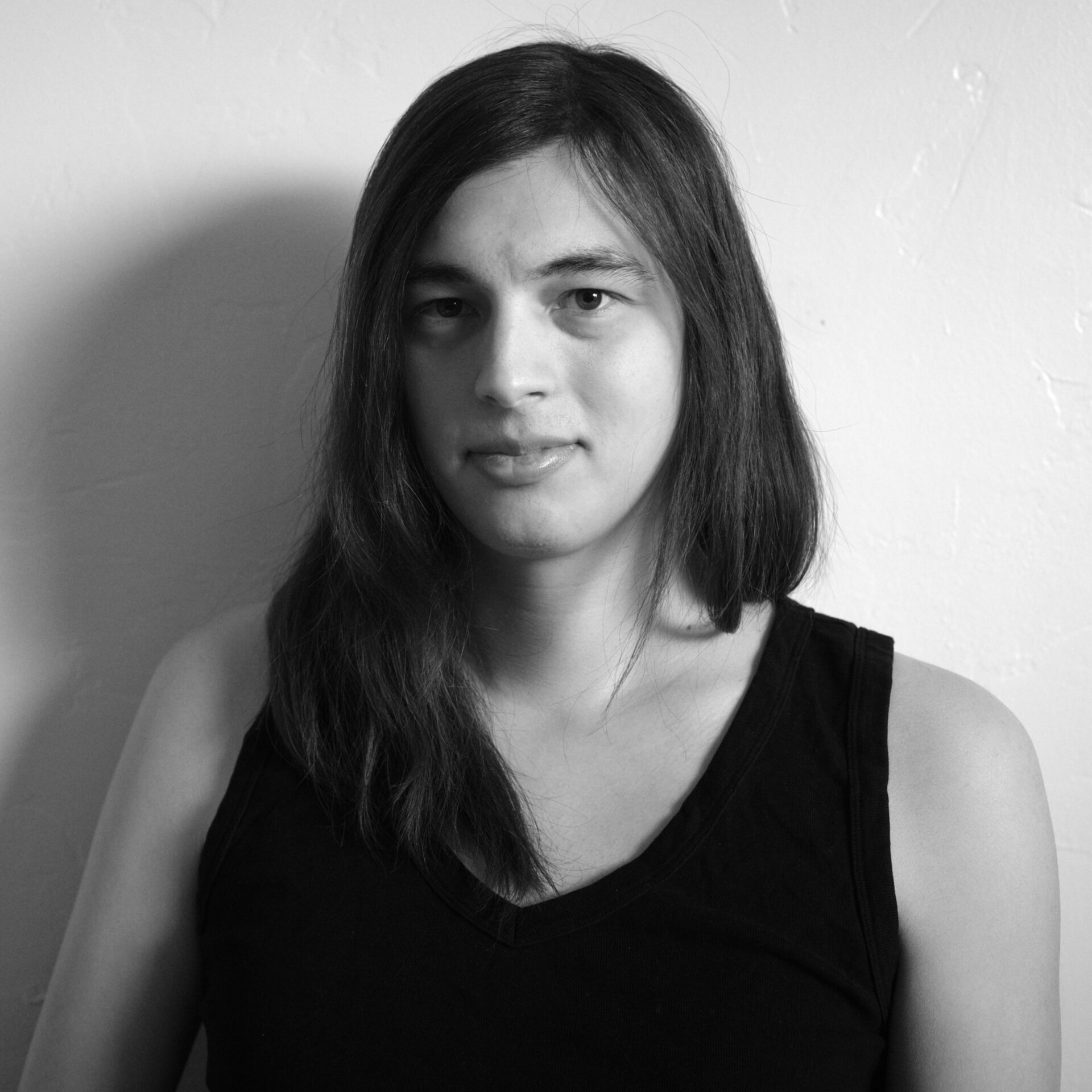
Camille is an artist and photographer based in Seattle and Tucson. A member of the indigenous Duwamish Tribe, Trautman is interested in how people project their idea of landscape onto the world.
Alfred J Quiroz
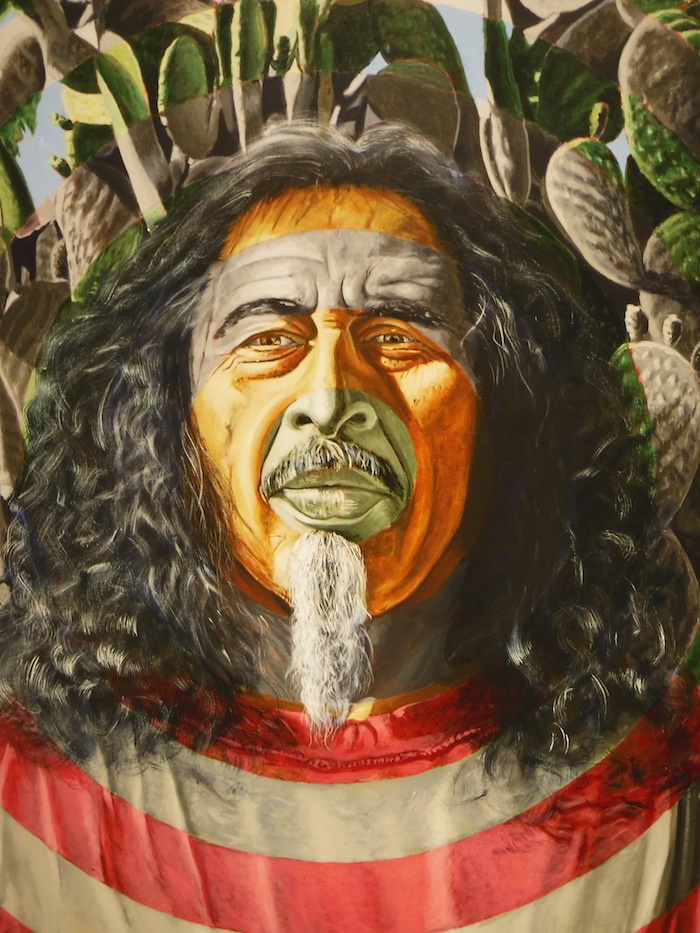
Born on May 9, 1944 in Tucson, AZ. Upon graduation from High School in 1963, enlisted in the U.S. Navy, served in Vietnam, 1964-65 & 1966. Completed active duty as an Assistant Navigator (E-5) and received an Honorable Discharge in 1967.
Accepted at the San Francisco Art Institute in 1968. Mentored by Peter Saul, Wally Hedrick, and Sam Tchkalien. Received in-house scholarships in 1970 & 1971 and was honored with an early graduation in 1971 BFA Painting.
In 1973 was accepted to the R.I. School of Design, graduated with an MAT in Art Education, in 1974. Taught at two alternative high schools, both private and public and worked for the Rhode Island State Council on the Arts as a Visual Arts Specialist. Active artist in the Providence art scene, he founded and directed two galleries. 1978-79, he was hired as the Project Coordinator for an ESAA federal grant in the Central Falls, R.I. school district.
In 1979, moved back to Tucson to re-establish his studio and base of operations. In 1982, was accepted into the University of Arizona MFA Painting Program, graduated in 1984. Mentored by Robert Colescott, James G. Davis and Bruce McGrew.
In 1985-89, he was selected into the Artist-in-Education Program for the Arizona Commission on the Arts and was a member of the Dinnerware Artist Cooperative in Tucson in that interim. Travelled extensively throughout the state as part of the A.I.E. Program.
In 1988, received the Arizona Artist Award ($25,000) from the Tucson Community Foundation, one of five finalists. 1989, the University of Arizona hired him as an Assistant Professor. Appointed Area Director of Painting, 1993-1995, 1997-2003, 2004-2005 and was the 2D Chair until 2017. In 1995 his work was included in the publication “Redefining American History Painting”, Cambridge University Press. Received Clinton King Purchase Award at Museum of Fine Arts of Santa Fe, 1996. Applied for and received a sabbatical in 1996. Invited to San Cristobal de las Casas, Chiapas, Mexico to conduct a mural workshop with members of Grupo Maya. In May 1998, was invited to the Academy of Art and Design in Bratislava, Slovakia as a guest professor to establish an exchange program. In July of 1999, participated in Vision 21 Art Exchange Program, Legends of China Foundation, Beijing, China. In November of 1999, had first international solo exhibition at Gallery B.A.I. in Barcelona, Spain. His work was selected for inclusion for the publication, “George Washington: American Symbol,” Hudson Hills Press, NY, 1999.
Invited to a Three-person Exhibition at Apex Curatorial Art Program, New York February– March 2000 reviewed in the NY Times, and received a Visual Arts Fellowship from Tucson/Pima Arts
Council. Completed a 2-year term as elected Studio Co-Chair for the Art Dept. Studio Program at the University.
The Chicano Hispano Student Affairs honored him for Teaching Excellence & Exemplary Service to Students in 2001. In 2002 he was selected for inclusion in The St. James Guide to Hispanic Artists, and Contemporary Chicana and Chicano Art.
In 2003 Professor Quiroz was awarded a one-year sabbatical. He was also awarded a Fulbright- Garcia Robles Grant as part of the Fulbright Border Program in Mexico, an Artist Project Grant from the Arizona Commission on the Arts for a Collaboration Project, the Pat Mutterer Memorial Fund First Place Award at the 2003 Arizona Biennial, Tucson Museum of Art, and a Dean’s Teaching Award from the College of Fine Arts.
During the full year Sabbatical, he completed a mural as part of his Fulbright project at the Universidad Tecnologica de Nogales in Sonora, Mexico and the Collaborative Artist Installation Project entitled “Parade of Humanity” was installed on the border wall in Nogales, Sonora with two artists from Nogales, Sonora. An Artist Project Grant from the Arizona Commission on the Arts funded the project. At the end of his sabbatical 2004, he initiated the first studio classes for the UA School of Art at the Orvieto Institute in Orvieto, Italy. The National Museum of Mexican Art in Chicago commissioned him to create a piece for the “African Prescience in Mexico” traveling exhibition, 2006-2007. His piece was reviewed in the Washington Post w/color photo.
Spring of 2006, he was invited as a set designer for the Borderlands Theater production of “Conjunto.” In the Fall of 2006, he coordinated a student mural project at the Mars Lab for the Phoenix Mars Mission and was invited by NASA to watch the launch at Cape Canaveral. He was nominated and appointed a Faculty Fellow in 2007. His Border Milagro pieces were the subject of a chapter in the publication “Faith and Transformation,” Museum of New Mexico Press (2007). October of 2007, he was awarded the League of United Latin American Citizens (LULAC) Latino Artist Lifetime Achievement Award. In 2009, his photograph on vinyl (12’ X 60’), entitled “Invisible Wall” was installed on the Border wall in Nogales, Sonora Mexico. The Cultura Sonorese of Mexico funded the project.
He was awarded Sabbatical for the Spring 2010 to conduct a project about water usage in Tucson entitled “Bodies of Water.” He created nine “ocean charts” of local swimming pools along with sculptural mariner’s symbols that were floated in each pool.
2012, The University of Mexico UNAM, Mexico City DF reproduced his “Goddess” painting in the publication “En La Punta de La Lengua.” The same painting was reproduced on the cover of the book “Mama Dolly,” Norstedts Publishing, Stockholm, Sweden also in 2012 and recently on the cover of “Power,” a very recent publication, 2021.
In 2013 he exhibited in an invitational group show at Texas Tech University Museum (museum purchase) and a juried exhibition at East Tennessee State University.
In 2014 he exhibited in a juried exhibition at the Grunwald Gallery of Art at Indiana University and two shows in Phoenix. He was awarded a People’s Choice and Critic’s Choice at the 30th Exotic Invitational Alwun House Gallery, Phoenix, AZ. The Milagro works were selected for inclusion for the publication “Up Against the Wall” University of Texas Press.
He was the recipient of the Omari-Tunkara Faculty Fellow of the Year Award for 2013-2014.
Professor Quiroz conducted a mural project in the Fall of 2014 for the OSIRIS-REx Space Mission with students from the School of Art. It was completed in December 2014. He was also commissioned by the National Museum of Mexican Art in Chicago to create a painting for a group invitational exhibition, “House On Mango Street: Artists Interpret Community.” In 2015, he was nominated for the Joan Mitchell Foundation Painters and Sculptors Grant Program. In the Spring of 2016, Professor Quiroz was awarded the James Anthony Award for Sustained Excellence in Teaching by the UA College of Fine Arts. Summer 2016, he was invited to exhibit at the Apexart Gallery “Fencing In Democracy” in New York City. He had a solo exhibition at the UA Museum of Art (Oct. 22nd- Jan 22, 2017). A catalogue was produced for the exhibition. A photo of the Border wall installation was included in the back cover of the publication “Puro Chicanx Writers of the 21st Century” 2020. He was awarded Professor Emeritus status in 2018. Spring 2022 invited artist for the “XICANX, Dreamers & Changemakers” invitational exhibition at the Museum of Anthropology, BCU, Vancouver BC
NATIONAL/INTERNATIONAL EXHIBITIONS INCLUDE:
• Alameda Museum, San Antonio TX
• Aljira Art Center, NJ
• Anacostia Community Museum (Smithsonian), Washington D.C. • Apex Art Curatorial Program, New York City
• California African American Museum, Los Angeles, CA
• Centro Cultural, Tijuana, Mexico
• Centro Cultural de la Raza, San Diego, CA
• Coconino Center for the Arts, Flagstaff, AZ
• Diverseworks, Houston, TX
•Donna Beam Fine Arts Gallery, UNLV, Las Vegas, NV
• East Tennessee State University, (Slocumb Gallery) Johnson, TN • El Paso Museum of Art, TX
• Exconvento Betlemita, Vera Cruz, Mexico
• Ft Wayne Museum of Art, IN
• Galeria Mesta Bratislavy, Bratislava, Slovakia
• Galeria M.A. Bazovskeho, Trencin, Slovakia
• Gallery NAGA, Boston, MA
• Gallery of Contemporary Art, Colorado Springs, CO
• Gorman Museum University of California at Davis, CA
• Grunwald Gallery of Art, Indiana University, Bloomington, IN
• Guggenheim Gallery, Chapman College, Orange, CA
• Heard Museum, Phoenix, AZ
• Martin Museum of Art, Baylor University, Waco, TX
• Monroe Community College (Burris Gallery) Rochester, NY
• Museo de Arte del Estado, Orizaba, Vera Cruz, Mexico
• Museo de la Historia Mexicana, Monterrey, Mexico
• AMERIND Museum, Dragoon,AZ
• Museum of Anthropology at UBC, Vancouver, B.C.
• Museum of Fine Arts of New Mexico, Santa Fe, NM
• Mexic-Arte Museum, Austin, TX
• Mexican Museum, San Francisco, CA
• Museum of Contemporary Art, Ft. Collins, CO
• Museum of Contemporary Art, San Diego, CA
• National Hispanic Cultural Center, Albuquerque, NM
• Nelson Fine Arts Center, AZ State University Museum, Tempe, AZ • Neuberger Museum, SUNY, Purchase, NY
• Northern Arizona University Art Museum, Flagstaff, AZ
• Oakland Museum of Art, CA
• Ohio State University at Newark, NJ
• Plains Museum, Moorhead, MN
• Promega Gallery, Madison WI
• Roswell Museum and Art Center, NM,
• Sam Houston State University, TX
• San Antonio Museum of Art, TX
• San Francisco Art Institute, CA
• San Jose Museum of Art, CA
• Scottsdale Center for the Arts, AZ
• SOMAR Gallery in San Francisco, CA
• S.P.A.R.C. Gallery, Los Angeles, CA
• Statna Galeria, Banska Bystrica, Slovakia
• Tacoma Art Museum, Tacoma, WA
• Texas Tech Museum, Lubbock, TX
• The African Museum of Philadelphia, PA
• Tucson Museum of Art,
• University of Arizona Museum of Art • University of Texas, El Paso
• Washington Project for the Arts, (D.C.), • Walker Art Center, Minneapolis, MN
AWARDS:
• Selected for inclusion in the Tucson High School Hall of Fame, 2020
• Awarded Professor Emeritus of Art, 2018
• James B. Anthony Award for Sustained Excellence in Teaching UA College of Arts 2015-16
• Mikelle Smith Omari-Tunkara Faculty Fellow Award, UA Student Affairs 2013-2014
• LULAC Latino Artist Lifetime Achievement Award, 2007
• First Place Award, Pat Mutterer Memorial Fund, AZ. Biennial (Tucson Museum of Art) 2003 • Awarded Fulbright-Garcia Robles Grant, Mexico: Fulbright Border Program Award 2003
• Awarded Artist Project Grant, AZ Commission on the Arts, 2003
• Dean’s Teaching Award, College of Fine Arts, UA, 2003
• Selected for inclusion: Contemporary Chicana and Chicano Art, Bilingual Press, Tempe, AZ, 2002
• Recipient of 2001-2002 Fine Arts Research & Professional Development Incentive Grant, UA • Recipient of Grant, College of Fine Arts Dean’s Fund for Excellence, to attend College Art
Association Conference, Philadelphia, UA, 2002
• Selected for inclusion, St. James Guide to Hispanic Artists, 2002
• Honored for Teaching Excellence & Exemplary Service to Students Chicano Hispano Student
Affairs, University of Arizona, 2001
• College Art Association Nominating Committee, (National election) March. 2001-2002 • Visual Arts Fellowship, Tucson-Pima Arts Council, 1996 & 2000
• Juror’s Recognition, 1997 AZ Biennial, Tucson Museum of Art
• Community Service Award, 1996, Pima County, AZ
• Clinton King Purchase Award 1996 Museum of Fine Arts, Santa Fe, NM
• Artist in Residence, Partners of the Americas: Oaxaca, Mexico, 1995
• Excellence in Teaching Award, UA 1995
• Incentive & Small Grant Awards, UA 1995
• Visual Arts Fellowship AZ Commission on the Arts 1989 and1995
• Materials Grant (Phoenix Art Museum) 1992
• Incentive Grant, UA 1992
• New Forms Regional Initiative Grant (Diverseworks,) Houston, TX 1991,
• Arizona Arts Award Fellowship 1988
• Best of Show AZ. Biennial (Tucson Museum of Art) 1986
• Celebration Artist Grant, (NEA) 1977
JUROR & PANELIST FOR THE FOLLOWING ORGANIZATIONS:
• Apexart Curatorial Program
• College Art Association (1999 & 2000 Elected to the Nominating Committee) • National Endowment for the Arts
• General Service Administration
• Fulbright Senior Specialist Program
• Arts Midwest
• Mid-Atlantic Arts Foundation
• Mid-America Arts Alliance
• Southern Arts Federation
• Western States Arts Federation (Board Member 1993-1996)
• Arizona Commission on the Arts
• Colorado Council on the Arts
• Delaware State Arts Council
• Idaho Commission on the Arts
• Nebraska State Council on the Arts
• Nevada Arts Council
• New Mexico Committee of the National Museum of Women in the Arts
• Pennsylvania Commission on the Arts
• Tucson Community Foundation
• Tucson-Pima Arts Council
Pat Foley
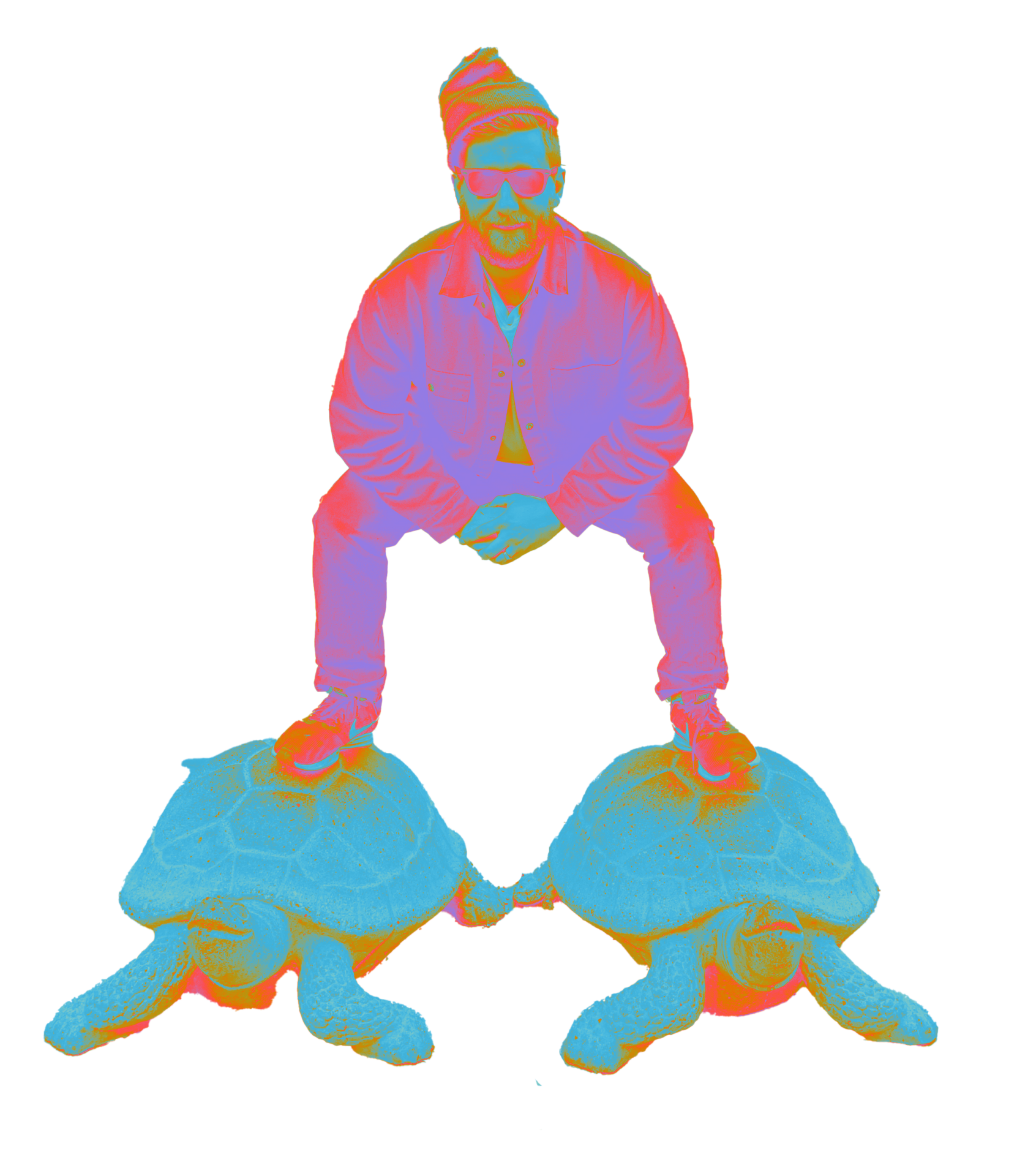
Pat Foley’s contemporary blotter acid art carries forward the legacy of the psychedelic underground at the same time evolving into a sophisticated form of visual storytelling. No longer just a covert delivery system, today’s blotter designs blend sacred symbols, pop culture, and visionary aesthetics to reflect a culture more openly engaging with altered states. As psychedelics move from taboo to therapeutic, these miniature canvases serve both as nostalgic artifacts and contemporary talismans—celebrating the trip not just as a chemical experience, but as an artistic, spiritual, and communal one. Each sheet becomes a kind of psychedelic iconography: portable, collectible, and charged with intention.
Foley’s psychedelic sculpture is a powerful, tactile expression of expanded consciousness. Unlike flat visuals, these works distort space itself—melting icons, warping proportions, and turning familiar figures, like a dripping Mickey Mouse, into surreal relics of a culture in flux. The pedestal becomes unstable, the sacred made strange. In this altered form, sculpture doesn’t just reflect a psychedelic state—it invites viewers to physically navigate it, to question solidity, identity, and meaning in a world where everything, even childhood symbols, can bend, ooze, and transform.
David Taylor
David Taylor’s artwork examines place, territory, history and politics. Exhibited internationally, his projects reveal how borders can function not only as spatial demarcations, but also as an amplifying device particularly attuned to geo-political, environmental and social conditions. Pursuing projects that chronicle the changing circumstances of the U.S.-Mexico borderlands, he was awarded a 2008 Guggenheim Fellowship and has released two monographs–Working the Line (Radius Books, 2010) and Monuments: 276 Views of the United States – Mexico Border (Radius Books and Nevada Museum of Art, 2015). His artwork is in the permanent collections of numerous institutions including the Nevada Museum of Art, the Nelson-Atkins Museum of Art, the Library of Congress, the New Mexico Museum of Art and the MFA Houston. Widely published, Taylor’s projects have been featured in outlets such as Art LTD., The Guardian, The New Yorker blog, Politico, The New York Times, The Los Angeles Times, Places Journal, PREFIX PHOTO, Fraction Magazine, the Mexico/Latin America Edition of Esquire Magazine and Arquine. Exhibition venues include the The Aldrich Contemporary Art Museum, Phoenix Art Museum, the MCA San Diego, the Mexican Cultural Institute in Washington DC, Museo de las Artes Universidad de Guadalajara, Oficina de Proyectos Culturales, MFA Houston, Utah Museum of Fine Arts and the Boise Art Museum.
Most recently Taylor was awarded a 2019 residency at Proyecto Siqueiros: La Tallera in Cuernavaca, Mexico, a 2019 Arizona Commission for the Arts Research and Development Grant and the 2023 Tucson Museum of Art Contemporary Art Society Prize. In 2023-24 his collaborative work with Marcos Ramírez ERRE travels to the Smithsonian American Art Museum in the exhibition Many Wests: Artists Shape an American Idea.
Katja Fritzsche
The opposing tension and breadth of many human characteristics are shared by animals strength/fragility, stability/flight, grace/boldness, aggression/submission. I am inspired by their life expression of grace, strength, beauty and raw sensuality. By exploring the architecture of animal’s he and their bodies with glass, steel and other materials, I bring them into our lives and our shared emotional states. The sculptures are extensions of ourselves.
As a child I experienced the tension of opposing worlds — the rough rawness of the South Chicago st mills, the stark beauty of Chicago’s architecture, and the sensuality of animals portrayed in the halls taxidermy in Chicago’s Museum of Natural History. I see myself strongly attracted both by man’s industrial mastering of materials and by the untouched nature of the Southwest, my present home.
Celia Reed
My Friend Celia
We met in 1980, in Santa Fe, and shortly after, moved together to a commune between Santa Fe and Taos, in a canyon leading up to the Truchas peaks, surrounded by magical pink hills dotted with Juniper. I took care of the pigs, goats and chickens, and Celia watered and looked after the Jerusalem artichokes we grew. When we parted ways we stayed in touch, mostly due to Celia’s devoted diligence to correspondence. Later she would write to me from Mexico where she and a couple of friends lived in caves among the Tarahumara. She eventually settled on the east-side slope of the Chiricuahua mountains near the town of Rodeo, about the same time I settled in Tucson.
First she built a classic pit house, which was eventually abandoned to the rattlesnakes.Then she built her own straw bale adobe house, as much as she could by her own hand. And she painted, always on small canvases. Her inspiration was in the land around her. It was a stark lifestyle, hauling water, heating with wood, no cooling during blazingly hot summers, very little electricity. Emphatically this was her choice, a primitive lifestyle in the Sonoran desert as a painter.
There she remained for the last 35 years. She does not own a computer or a cell phone. She harvests rainwater, a life depending on conservation. She made her peace with the rattlesnakes that invade every spring. She thrived on the drama of weather that unfolded around her, and relished her view of Pelloncillos peaks across the valley.
This show is her farewell now to her desert home, as she plans to return to her native England later this year. At 71, she will enjoy her sisters whom she has missed for many years, and perhaps get to know the generation of nephews and nieces who have grown up while she was away.
Each of these paintings are a reverential goodbye to the corners of her home, to the metates filled with rain water, to the transcendentalist dreams she puzzled out. These paintings are the footprints of 35 years spent in the desert.
Karlito Miller Espinosa
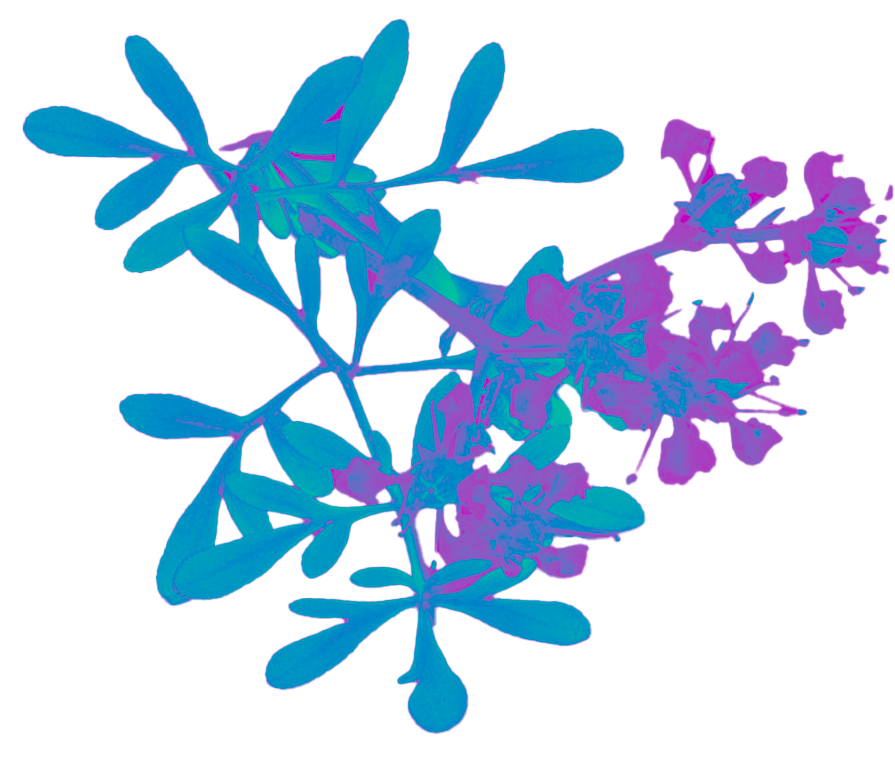
Karlito Miller Espinosa (b. San José, Costa Rica, 1989) is an artist who creates objects and composes installations informed by the direct relationship between capitalism and the structuring role violence plays in its preservation. Through an interdisciplinary practice that employs the artist as researcher and material as witness Miller Espinosa’s intention is to unmask predatory strategies of enforcement that have otherwise effectively been rendered invisible. His work is particularly concerned with U.S. policy and its effects on minority, migrant, and working-class populations.
Karlito has received numerous awards and recognition for his artwork, including the University of Arizona 2018 Graduate Student Centennial Achievement Award, the University of Arizona School of Art’s Marcia Grand Centennial Sculpture Award, and the University of Arizona College of Fine Arts 2017 Creative Achievement Award. His work has been exhibited by esteemed institutions around the world including the Newark Museum, El Museo Barrio in Harlem, the United Nations Headquarters in Geneva, Switzerland, the Street Art Museum in St. Petersburg, Russia, Twitter’s New York Headquarters, EARTH University (School of Agriculture of the Humid Tropical Region) in Costa Rica, and the Hudson Valley Center for Contemporary Art in New York. In 2018 he was featured on the BBC’s Documentary Series The Art of Now and was a selected exhibit for the 2018 Arizona Biennial at the Tucson Museum of Art.
Karlito Miller Espinosa graduated from the Maryland Institute College of Art (MICA) in 2012 with a BFA and from the University of Arizona in 2019 with an MFA and is currently a studio program resident for the 2019-2020 Whitney Independent Study Program.
William Elizondo
“In my work, sculpture, drawing, performance, and digital art overlap to examine my experience with dissociation of identity and culture. Since early childhood I have battled with the alienating feelings of depersonalization and derealization, and the yearning to connect with people. I use the archetype of the clown, in both its familiar and novel forms to explore myself and the ever shifting culture, holding up a mirror to religion, sex, family, community and my own practice. The work shifts stylistically between mediums, while maintaining a unified intent that ultimately exposes the absurdity of life and reality. More recently, I spent a year as a real estate agent, expanding upon the concept of public art. By donning the character of a Realtor, I aimed to understand people’s relationship with private property that is simultaneously interconnected by a public infrastructure. I am deeply interested in delving deeper into all of these concepts through personal and collaborative projects.”
Jim Storm
Born May 28th, 1950
Corpus Christi, Texas
A true gemini
Jim Storm currently lives in his van, traveling around the country for the last 4 years. He has lived in Texas, Hawaii, Colorado, Detroit, San Francisco, New York, Los Angeles, Wyoming, and Oregon. He got a BFA in Art from U of Hawaii, and an MFA in Photography from Cranbrook Academy of Art in Detroit, in 1978. He has worked many different jobs, always keeping his art in its own little haunted house.
He spent one year in Tassajara Zen Mountain Center, off-grid in the Ventana Wilderness east of Monterey, CA. He has done volunteer political work in Texas, worked for Meals on Wheels during COVID in Tillamook, Oregon, and worked in different jobs for a food/energy/diaper assistance organization in Rockland, Maine. His only paying job in all this time was working in the dining room and cabin crew at a guest ranch in Jackson Hole, Wyoming. He is currently working on his 4th book of poetry.
Andrés Caballero

Coming from Mexico City but based in Tucson, Arizona, my research explores the complex realities of migration, surveillance, and marginalization across the US/Mexico border. I interrogate dominant narratives imposed by mass media and institutions, asking how visual technologies are designed for control, and how they can be reclaimed to foster agency and social justice. Through ethnographic research and constant travel along the borderlands, I aim to present these regions as places of community and cultural heritage. As a native Spanish speaker, I build these projects in collaboration with the Latinx community of Arizona, prioritizing public presentations in non-institutional spaces. I am currently a third year MFA candidate in Photo, Video & Imaging at the University of Arizona.
Bella Maria Varela
Bella Maria Varela is an artist based in Columbia, MO, and Austin, TX. Her work integrates photography, video, performance, and fleece blankets to layer personal experiences with American history and popular culture. Through her multimedia practice, Bella has developed a hybrid language to represent her family’s journey from Guatemala, across the U.S.-Mexico border, to Washington, D.C.
Bella received her Master’s degree in Photo, Video, and Imaging from the University of Arizona School of Art (2021), where she was a Mellon-Fronteridades Graduate Fellow. Her work has been exhibited at venues including the Blaffer Museum (Houston, TX), Centro de Artes Gallery (San Antonio, TX), Visual Arts Center (Austin, TX), Mass Gallery (Austin, TX), Borders Arts Residency (El Paso, TX), CAV Gallery (Las Cruces, NM), Stop Gap (Columbia, MO), the Cohen New Works Festival (Austin, TX), 1415 Gallery (Albuquerque, NM), and Troost Gardens (Kansas City, MO).
From 2022 to 2024, Bella served as an Early Career Fellow at The University of Texas at Austin as part of the Expanding Approaches to American Art initiative, where she taught Developing Joyful Creative Practice, an interdisciplinary arts course. She currently teaches as an adjunct professor in Women’s and Gender Studies at the University of Missouri. Her upcoming solo exhibition, Blanket Zone, will be presented at Big Medium in Austin,TX as part of the Tito’s Prize.
Benjamin Davis
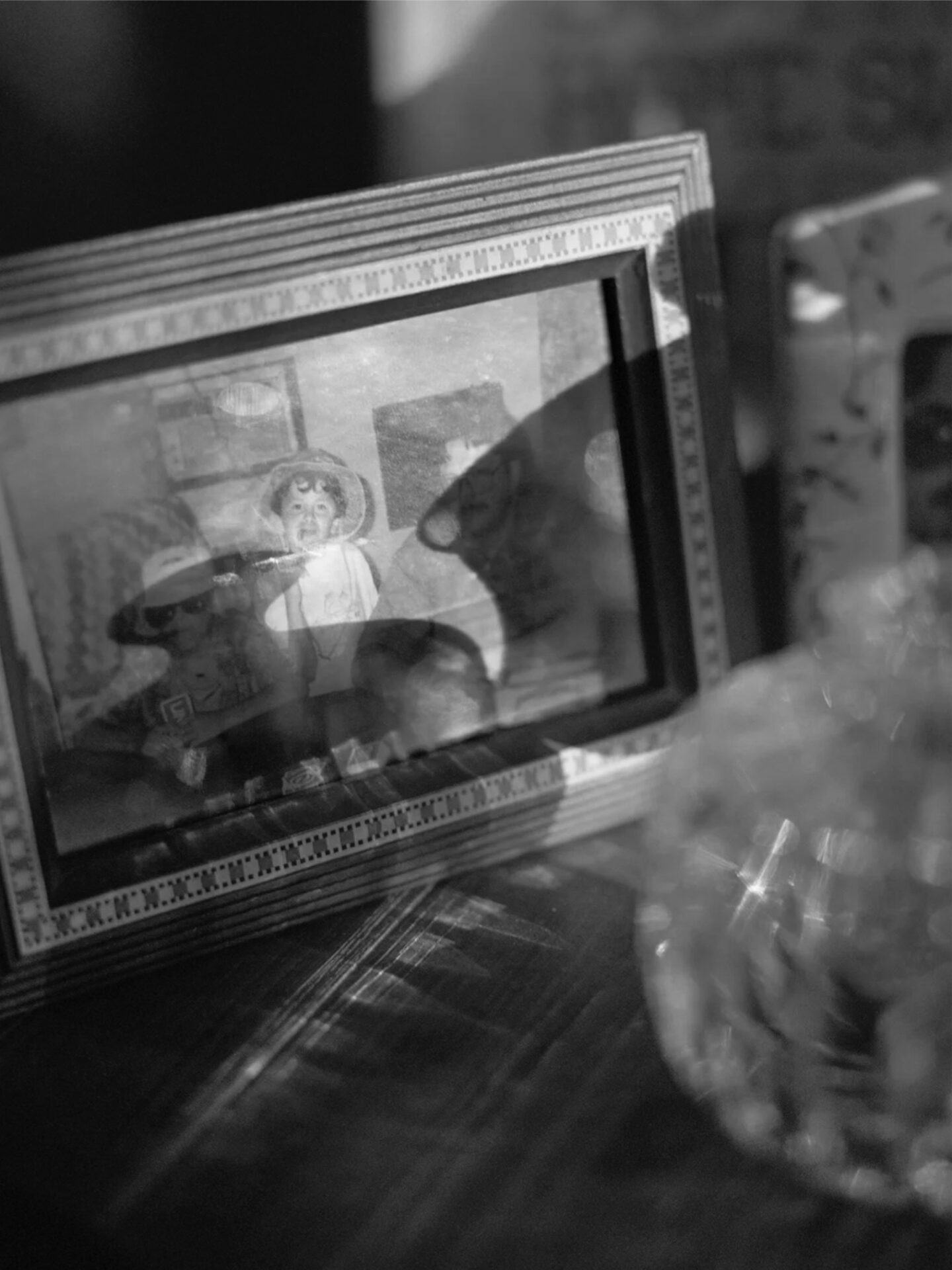
Ben Davis is a visual artist working with photography, video, and the artist book form. Ben has participated in residencies in Finland (Arteles Creative Center, 2018), Iceland (Fish Factory, 2018), and Spain (Casa Tagumerche, 2018). He has also shown in the United States at The Center for Fine Art Photography (Fort Collins, CO) and internationally at Millepani Gallery (Rome, Italy).
In Ben’s practice, he recontextualizes images from his family’s archive through media transformations (video) and re- presentations (cyanotypes) of source material. The family archive enmeshes with his photographs to create a new space for visual communication.
He holds a BFA in Fine Art Photography and a BS in Biomedical Photography from Rochester Institute of Technology. He currently resides in Tucson, AZ, where he has just completed his MFA program at the University of Arizona.
Eden Squires

My work explores the tension between control and agency, decay and regeneration, past and future. Rooted in sculpture and expanded through digital tools, fabrication techniques, and public engagement, I build objects and environments that question how identity, memory, and resistance take shape—especially within overlooked or constrained spaces.
I often work with recycled metals, cast concrete, found technology, and code—materials that carry the imprint of use and obsolescence. These fragments are reassembled into hybrid forms: part-human, part-machine, part-archive. Whether through kinetic installations, wearable pieces, or skateboardable public sculptures, I’m drawn to the point where physical and digital, organic and industrial, collide. My practice is influenced by my background in maker spaces, my experience as a skateboarder, and my connection to intergenerational trauma and cultural erasure.
Underlying all of my work is a desire to open up space—both literal and conceptual—for participation, disruption, and reimagining. I see art not as a finished object, but as a site for movement, dialogue, and shared experience.
Based in Tucson, Arizona, I am currently taking my graduate degree in 3DXM (3-Dimensional Digital Media) at the University of Arizona, College of Fine Arts.
Olivier Mosset

Olivier Mosset first became known in France for having been part of the famous BMPT group alongside Daniel Buren, Niele Toroni and Michel Parmentier. Since then he has been associated with a multitude of art historical movements, involving himself in both the European and American artistic and critical contexts.
In anticipation of many artists, who in the 1980s would use appropriation to critique Modernist authority, Mosset called into question the painter’s gesture and signature by sharing styles and dissolving authorship to reach a “degree zero” of painting. Mosset has remained committed to questioning painting as a historical object by, paradoxically, continuing to paint, turning to monochrome works on canvas and walls.
Mosset lives and works in Tucson, AZ. Since his emergence in the 1960s with BMPT, Mosset has exhibited extensively in galleries and museums worldwide. Recently he has been the subject of a solo exhibitions at Jean Paul Najar Foundation, Dubai, United Arab Emirates (2017); Hunter College Art Galleries, New York, NY (2016); The Power Station, Dallas, TX (2015); Musée regional d’art contemporain Languedoc-Roussilon à Sérignan, France (2013), and Kunsthalle Zürich, Switzerland (2012), among others. A retrospective of his work, Olivier Mosset: Travaux/Works 1966-2003, was presented at Musée Cantonal des Beaux-Arts, Lausanne, Switzerland and Kunstverein St. Gallen Kunstmuseum, Switzerland (2003). His work has been included in several group exhibitions including Manifesta 10, Hermitage Museum, St. Petersburg, Russia (2014); Whitney Biennial, Whitney Museum of American Art, NY (2008); and he represented Switzerland in the 44th Venice Biennale (1990). His work is in the collections of such institutions as Museum of Modern Art, New York, NY; Centre Pompidou, Paris, France; National Gallery of Canada, Ontario; Albright Knox Gallery, Buffalo, NY, and Musée Cantonal des Beaux-Arts, Lausanne, Switzerland, among others.
Albert Chamillard
Albert Chamillard was born in Attleboro, Massachusetts in 1971.
He moved to Tucson in 1994 and has been a part of it’s art scene ever since. In the late 90’s, Albert cofounded Carbonbase Gallery and Studios, a student-run space in Dunbar Spring. He worked for Eric Firestone Gallery from 2007 to 2012, and founded Atlas Fine Art Services in 2011 and held exhibitions there until 2014. He’s been a preparator at the UA Museum of Art since 2019.
Since getting my BFA in Studio Art in 2003, I’ve been an active exhibiting artist and have shown my work nationally. My most recent exhibition was a solo show at Etherton Gallery in 2023, and I’ve been a freelance artist for Hermés since 2020.
Albert’s work is primarily small scale drawings that are comprised of layers of cross-hatched marks which create textile-like surfaces, and deal with concepts of memory, family, the natural world and ways language affects and interferes with our perceptions of our world. Albert Chamillard has exhibited work nationally and locally at Etherton, Paradigm and Pulp Galleries.
Nina Lott
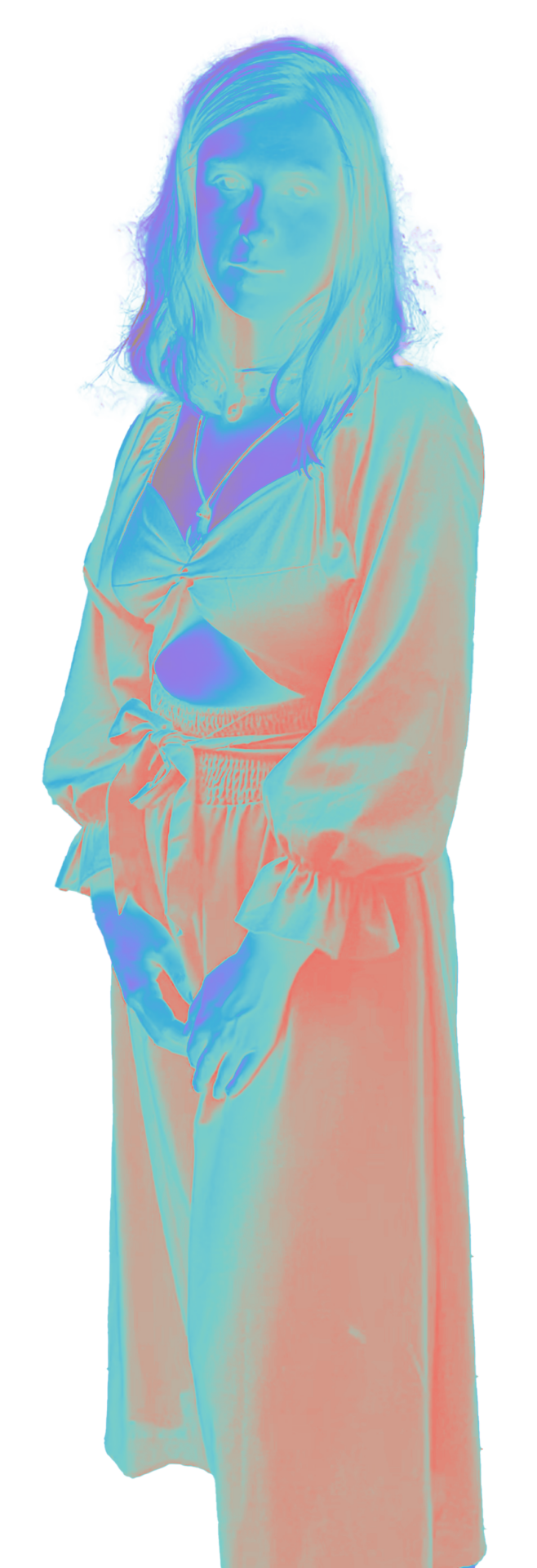
Nina Lott’s psychedelic portraits of young children capture a profound intersection between innocence and expanded consciousness. Toddlers, still unshaped by societal norms and rational thought, move through the world with a raw, sensory openness that mirrors the psychedelic state. By rendering them in vibrant, surreal, and cosmic forms, she highlights the idea that young children aren’t just innocent—they’re deeply attuned to a primal, often mystical way of experiencing reality. In an era exploring altered states as tools for healing and insight, these portraits suggest that the clarity we seek through psychedelics may be a return to the wonder we once naturally held.
Her portraits of young families reimagine the nuclear unit as a fluid, cosmic bond rather than a fixed structure. Bathed in surreal color and symbolism, mother, father, and child become more than roles—they’re seen as fellow travelers in a shared journey of consciousness. These works elevate the family from a social institution to a living, evolving expression of love, perception, and transformation.
Mario Garcia
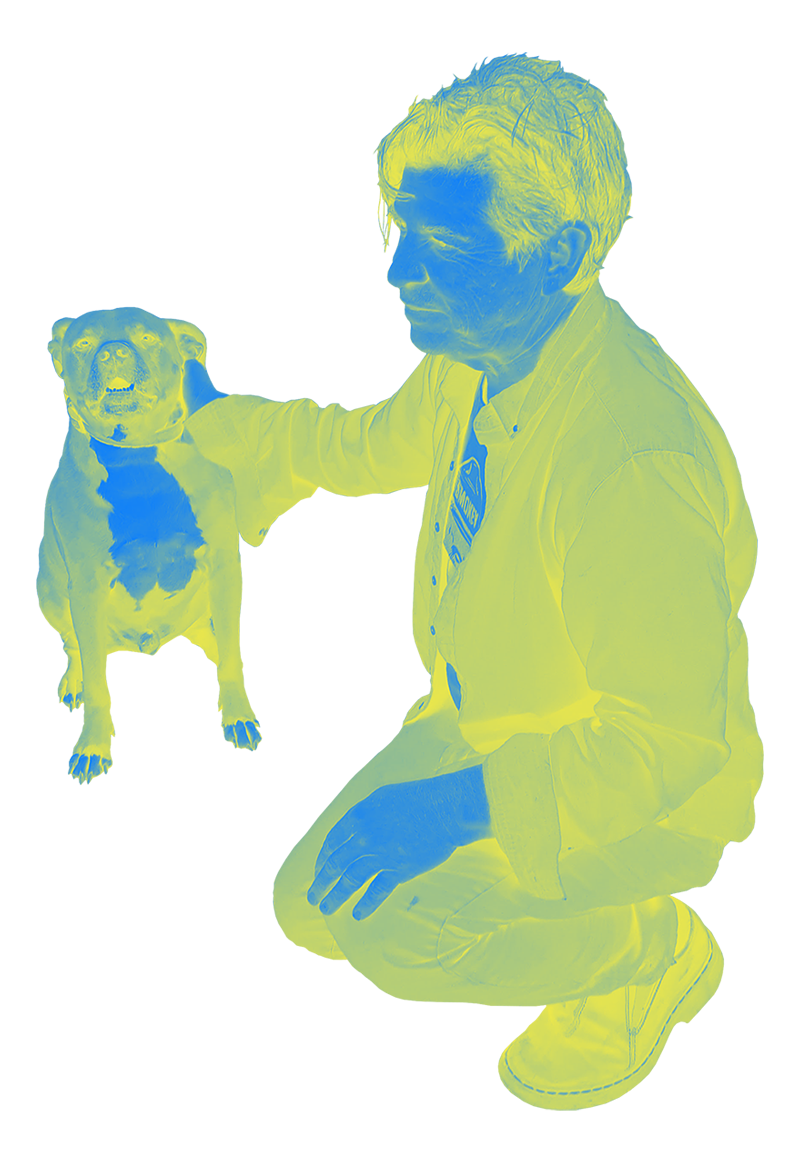
“I wish I could spend more time drawing stuff, but I have a job that is kind of soul-sucking (in a good way), that is, a first grade teacher. And besides, drawing and I have an adversarial relationship, where I end up hating most of what I do. But I continue to draw, when I can, which is mostly during work meetings. During one, I drew a dead clown, as a response to the prevailing mood of the meeting.
I got to thinking about what might have killed the clown. I added pustules and swelling. These doodles led to the series, “Clowns, Diseases, and You”. I hoped to use the clowns to educate the public about the dangers of communicable diseases, like a public service.”
Cornelia Jensen
“Microstructures” is a panoramic utopian urban environment by artist, Cornelia Jensen. It occurs as a site-specific installation using found Styrofoam packing material, faux grass and light to create a small scale cityscape, including infrastructure and green space. A background in filmmaking and found-object assemblage evolved into the creation of light-imbued sculpture. Instead of demanding external light sources to be visible, it requires darkness to fully appreciate its glowing presence. The use of light brings out a delicate ethereal beauty in material that would otherwise be thrown away after its temporary purpose of cradling delicate consumer products in transit. Instead of becoming an albatross of bulky, non-biodegradable waste, the material is transformed into something that transports us to an imaginary world of possibilities.
After years of being a figurative and figure-ground painter, Jensen transitioned into plein-air landscape painting, like her father had done when she was young. While living in New York City, she worked in a studio from photos she took during her travels in the West. The human-created “order” of the urban landscape fostered a craving for the wild “order” that natural landscapes provide. In the face of the conscious design of a city environment, the process of portraying wilderness became very freeing. Now, abstract painting takes the experiment further by letting go of the control of capturing “likeness”. The landscape and abstract paintings each have a life of their own, unifying nature, mind and time to create a finished moment as art.
Environments, whether man-made or natural, provide a matrix for existence. Jensen’s themes in painting and assemblage experiment with environment and scale, as well as the relationship between human beings and nature. How does environment reflect and/or complement our human lives? To what extent are our environments the negative space to our presence? Her personal concern is how Nature fits with current life, what it offers, what it requires, how it suffers or wins?
Michael Berman
Landscape Photography
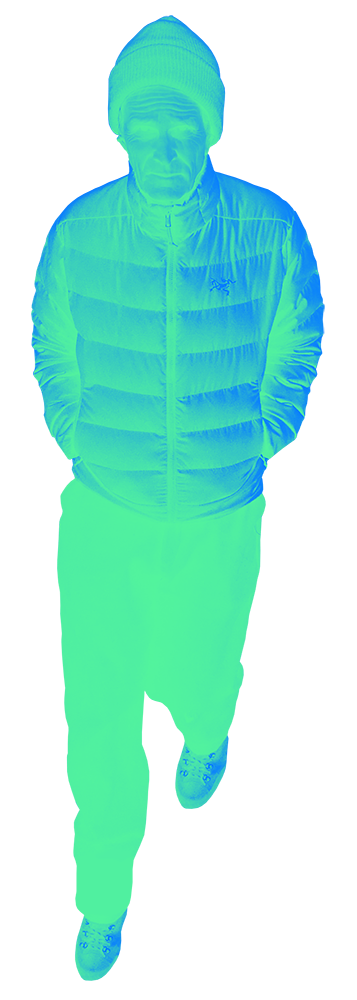
Michael P. Berman’s classically executed black and white photographs participate and extend the tradition of western landscape photography. Berman was awarded a Guggenheim Fellowship in 2008 for his work Grasslands: The Chihuahuan Desert Project. Photographs from this project was published in 2009 in the book Trinity, by The University of Texas, Austin. Trinity is the third book of the border trilogy, The History of the Future, with the writer Charles Bowden. In 2008, the Lannan Foundation organized an exhibition, also titled The History of the Future, of photographs by both Berman and artist Julián Cardona, accompanied by an essay by Bowden. The exhibition traveled to the Santa Fe Art Institute (2008), the North Dakota Museum of Art (2009), Blue Star Contemporary Art Center (2009), Ohio Wesleyan University (2011), and Tulane University (2011). A selection from the show is now on view at the Nation Institute.
Berman was born in New York City in 1956 and later came west to Colorado College, where he studied biology. He subsequently received an MFA in photography from Arizona State University. Fifteen years ago he settled in southwestern New Mexico, where he now lives in the Mimbres Valley near San Lorenzo.
He wanders the border wild lands of U.S. and Mexico and works on the local issues—mining, grazing, wilderness, timber, water, growth and the border—that impact the land. Berman brings an awareness of the complexity of the biological world to the political and social dialogue of the West to his art, which he then uses as a catalyst to renew and heighten our perception of the land.
His photographs are included in the collections of the Metropolitan Museum of Art, the Cleveland Museum of Art, the Amon Carter Museum, Lannan Foundation, and the New Mexico Museum of Art. He has received Painting Fellowships from the Arizona Commission on the Arts and the Wurlitzer Foundation and his installations and paintings have been reviewed in Art in America, and exhibited throughout the United States.
Calvin Readymade
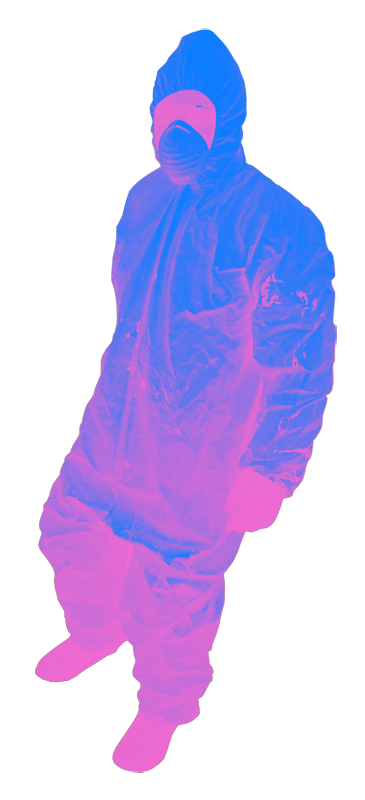
Calvin’s a team player. He works hard fighting Q and trolling insurrectionists. He has a body shop, fixing the dents of battle and strife. He’s always there to fix the fender of single moms everywhere.
Eli Blasko
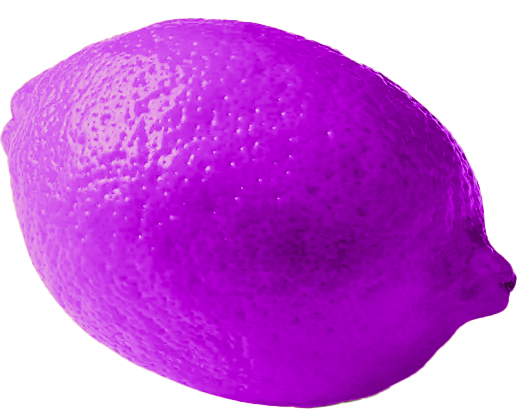
Beihua Guo
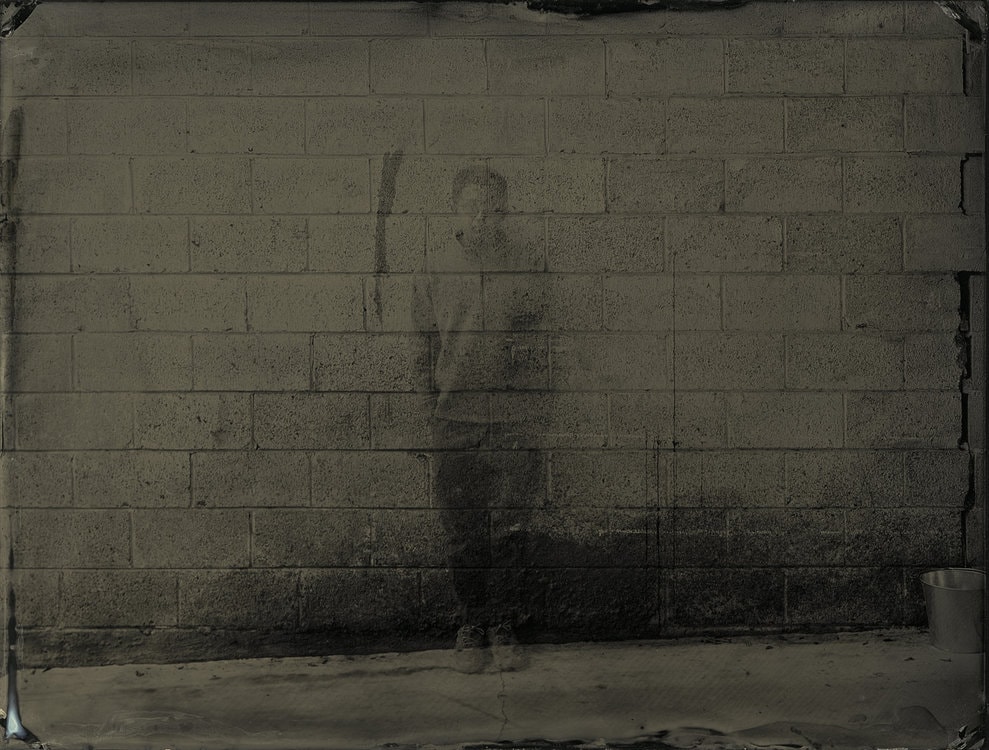
Beihua Guo (b. 1998, Shanghai, China) is a visual artist working in photography, video, and installation. He holds a BA in Studio Art and Environmental Analysis from Pitzer College (home to the Tongva) and is pursuing an MFA in Photography, Video, and Imaging at the University of Arizona (home to the O’odham and the Yaqui). His work investigates how histories are remembered, buried, or erased, particularly in landscapes marked by colonialism, extraction, and displacement. He is a recipient of the John Goto Prize, the Lucie Foundation Emerging Scholarship, the TOP20·2025 Contemporary Chinese Photography award, the Kurt Markus Photography Scholarship Fund, and the Janie Moore Greene Scholarship Grant. He received an Honorable Mention for the Lenscratch Student Prize and was named a finalist for the Aftermath Grant, Photolucida’s Critical Mass, the OD Photo Prize, the BarTur Photo Award, the Three Shadows Photography Award, and the PDNedu Student Photo Contest. His work has been exhibited internationally at venues such as the Three Shadows Photography Art Centre, the Royal Photographic Society, Cleve Carney Museum of Art, Photo Beijing, Photo Open Up International Photography Festival, Space Place, and Nizhny Tagil Museum of Fine Arts, among others. He has participated in artist residencies at Petrified Forest National Park, Lassen Volcanic National Park, Yellowstone National Park, Yangshuo Sugar House, and Sunyata Hotel Wuli Village.
